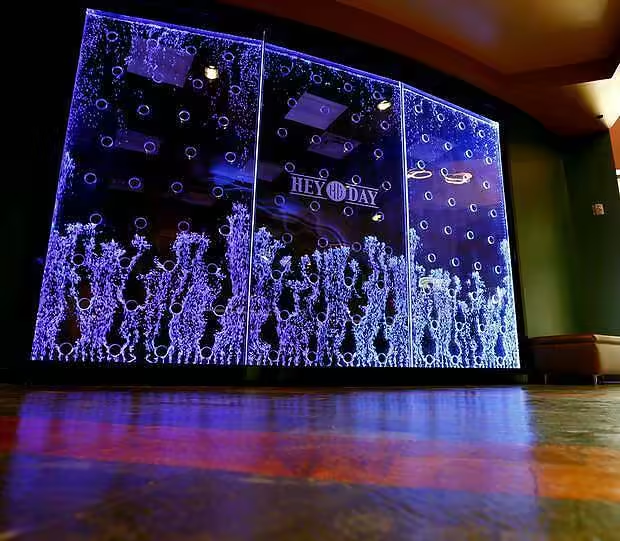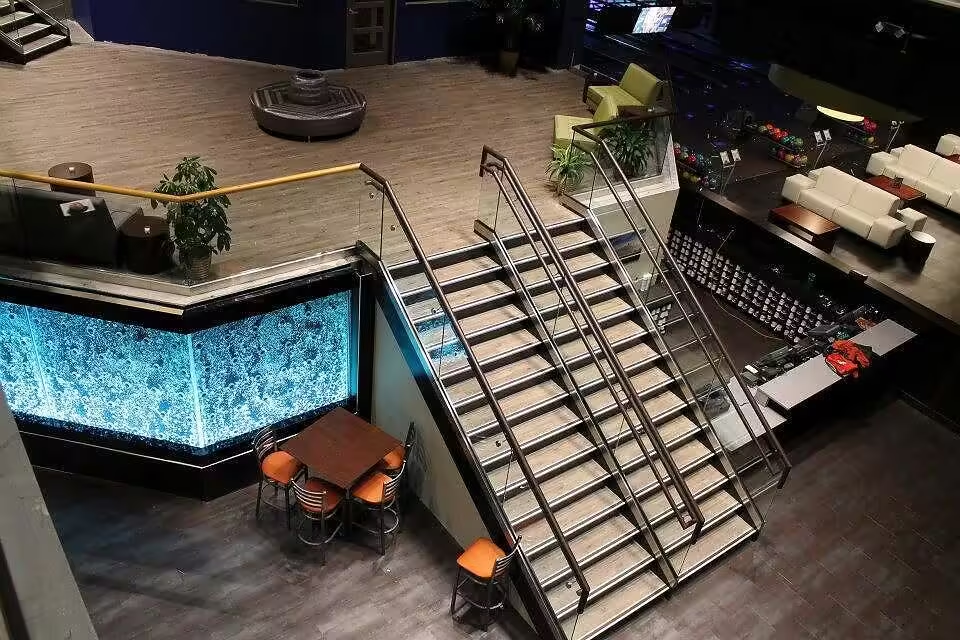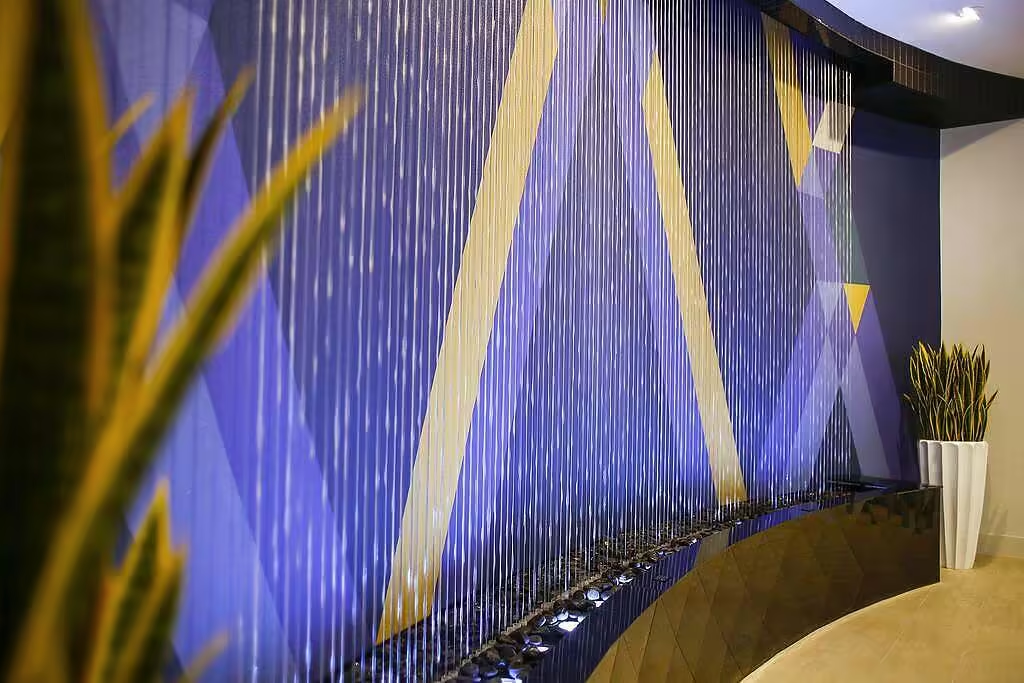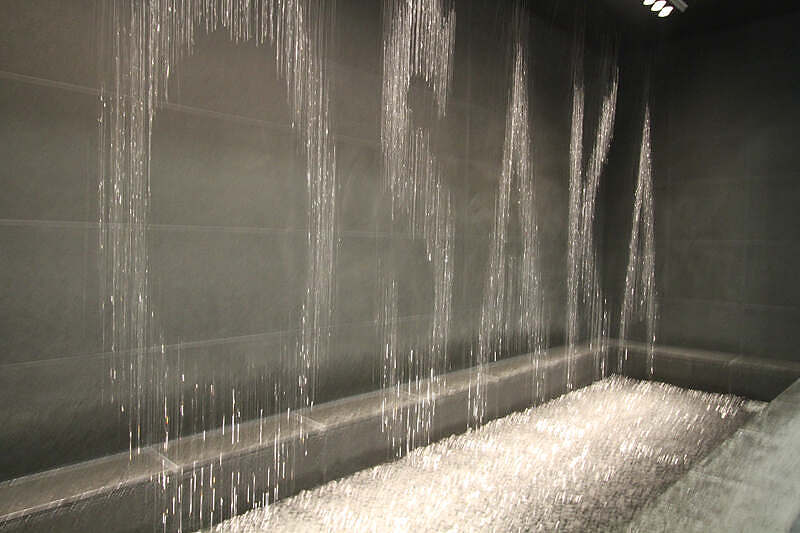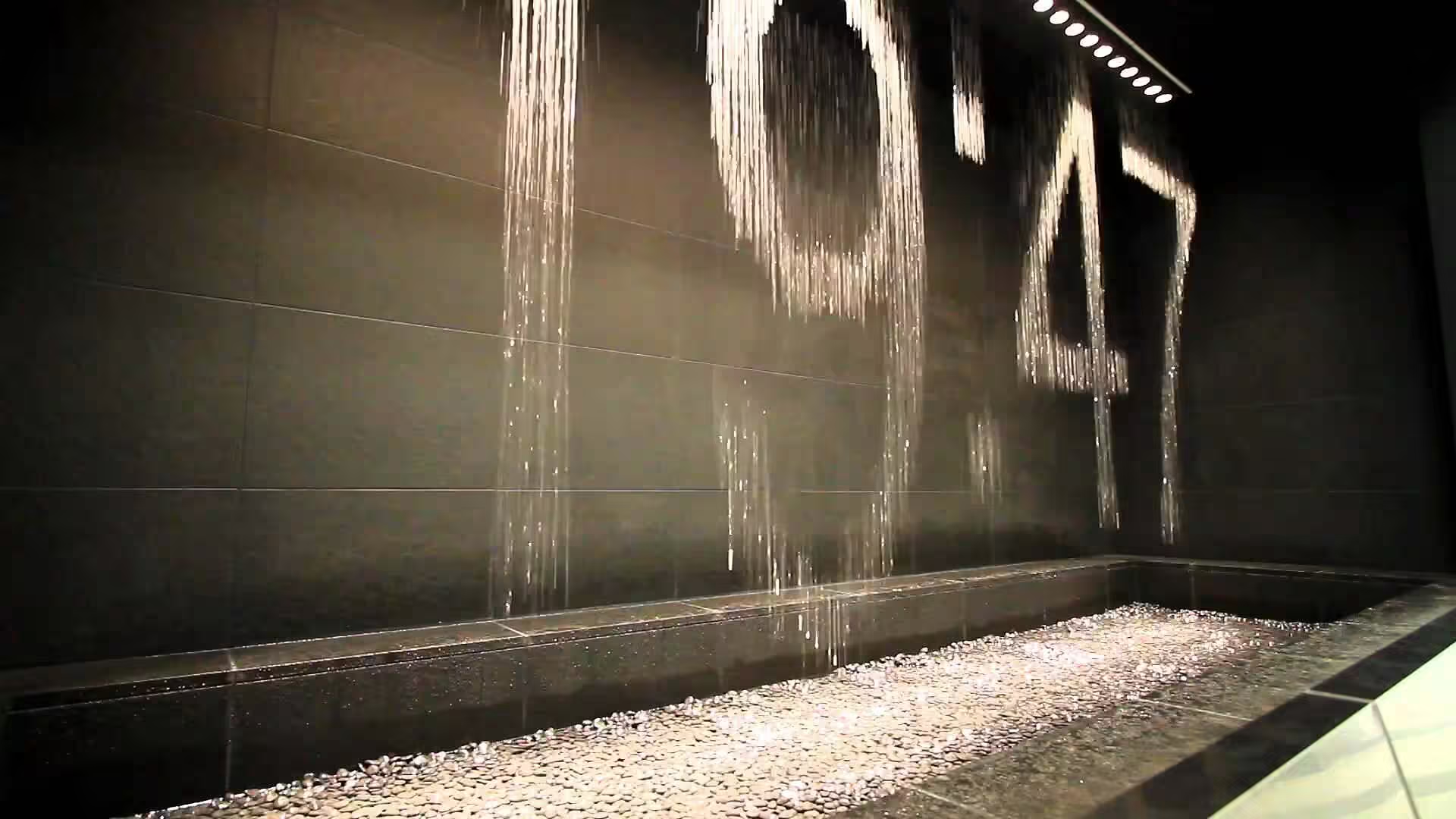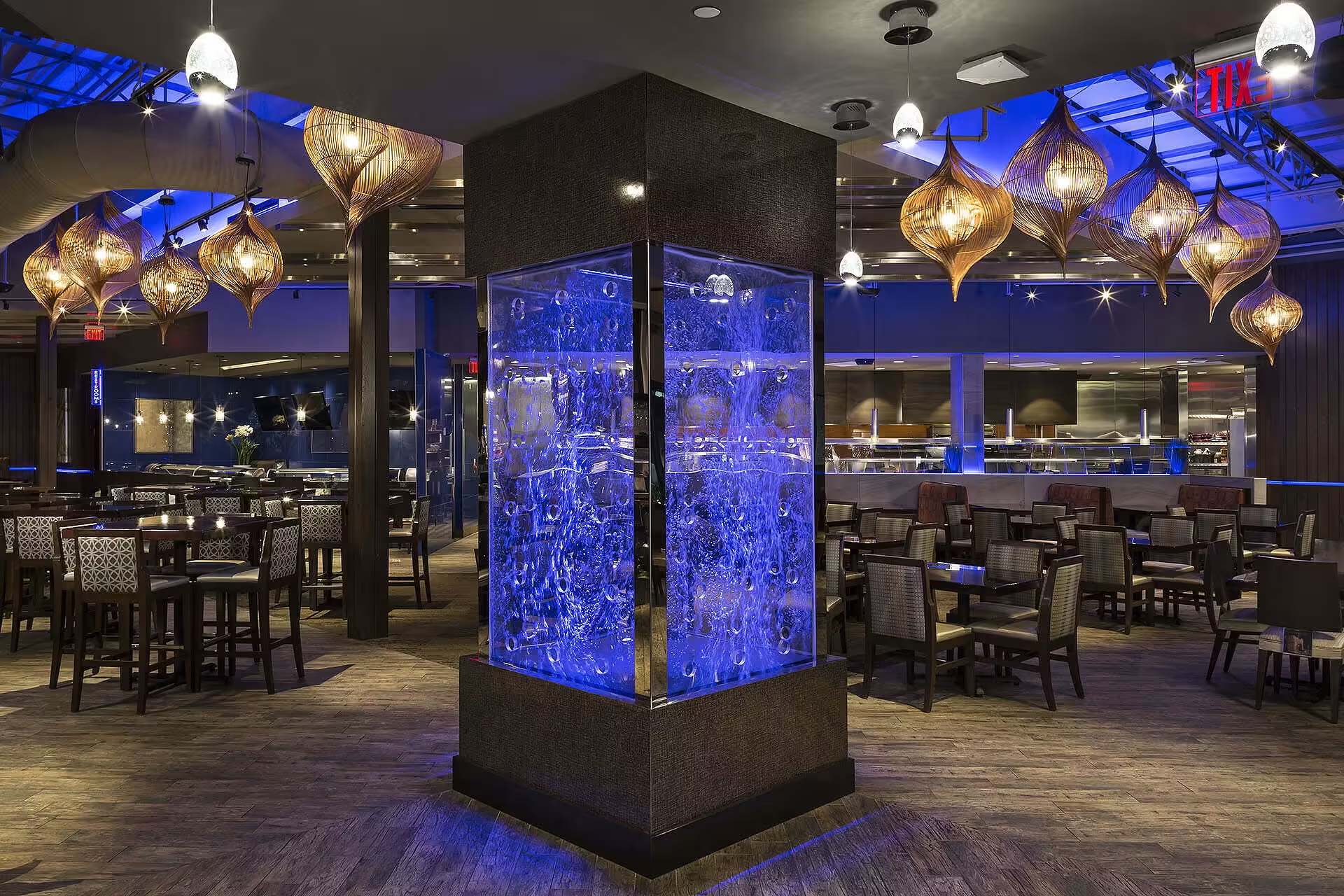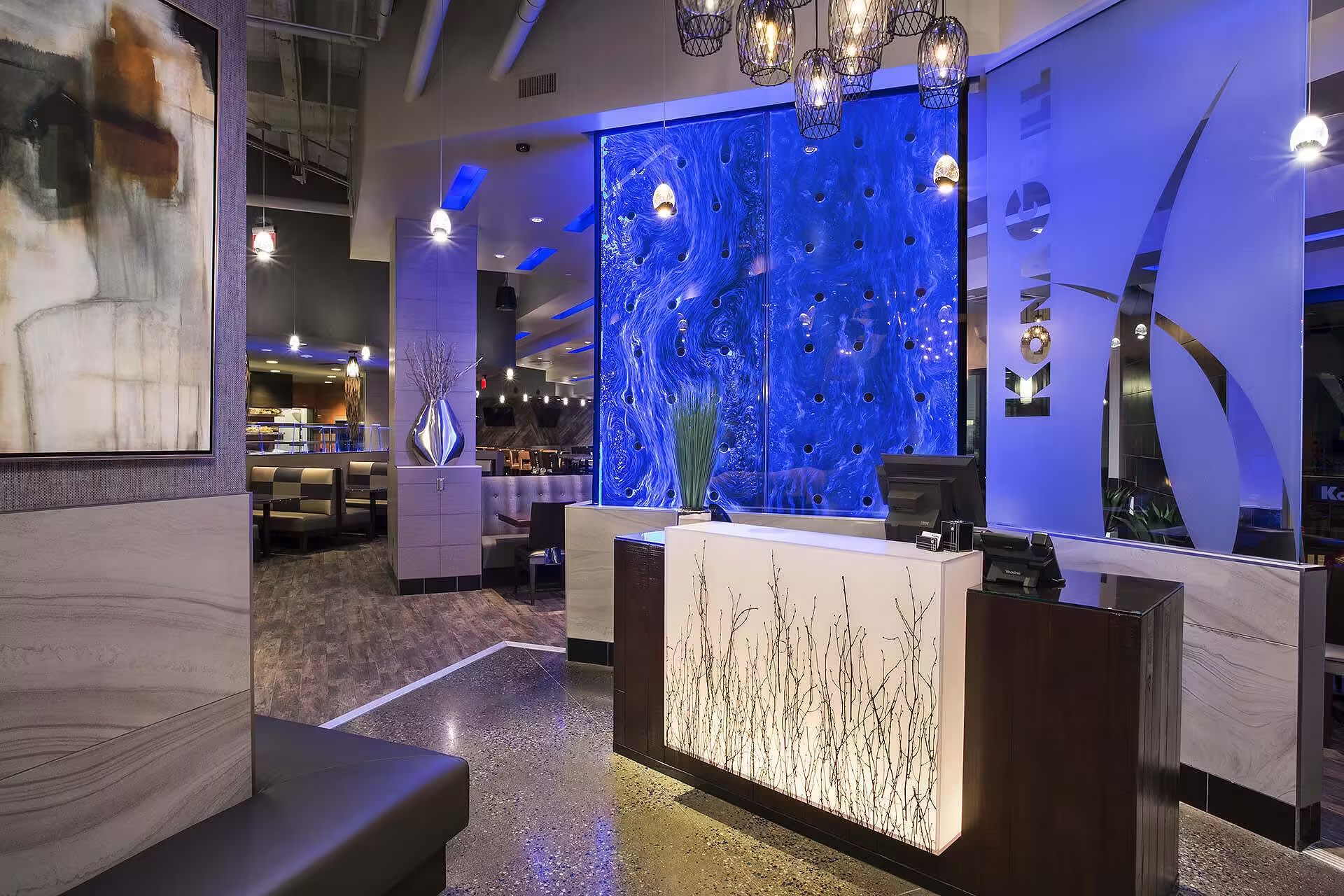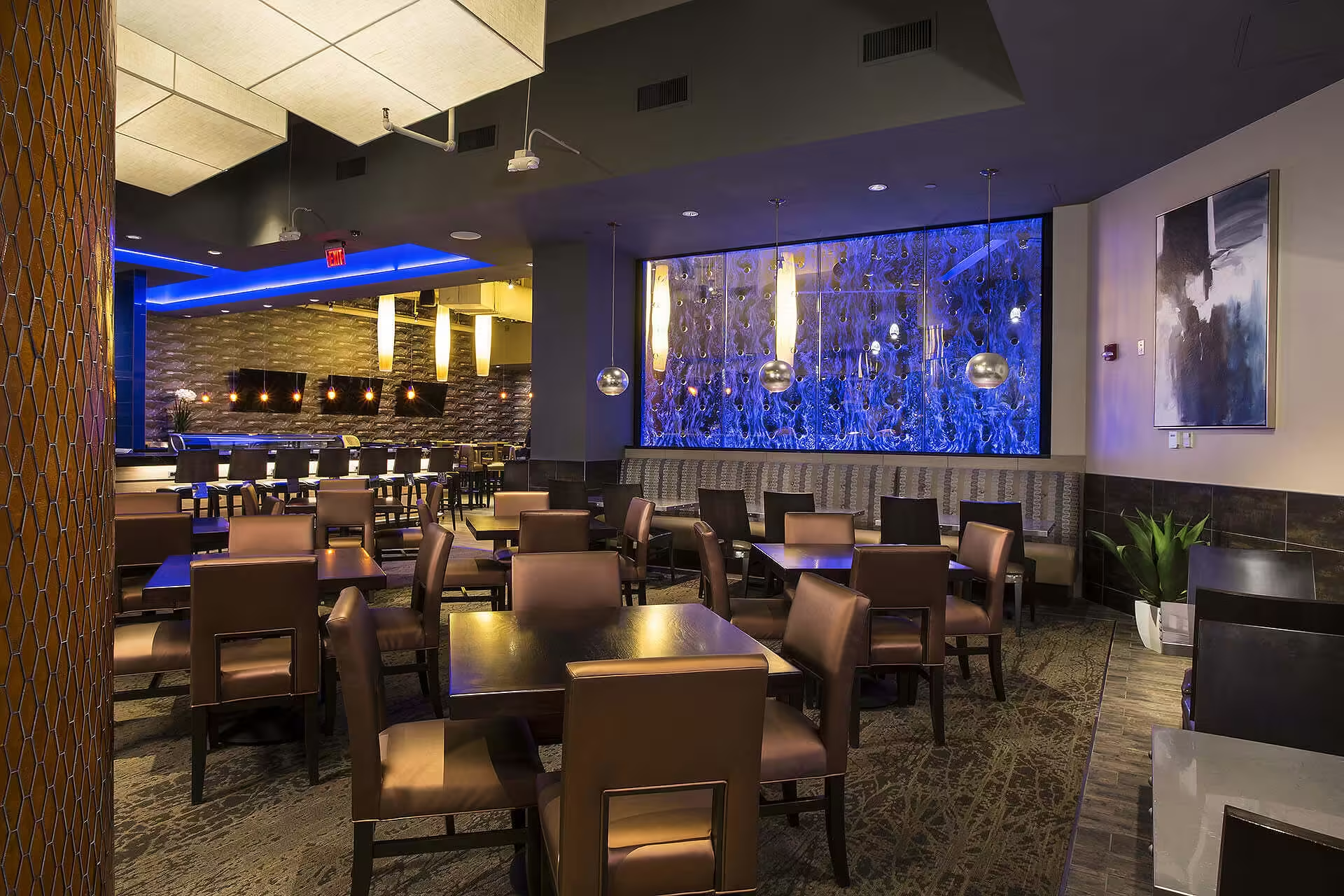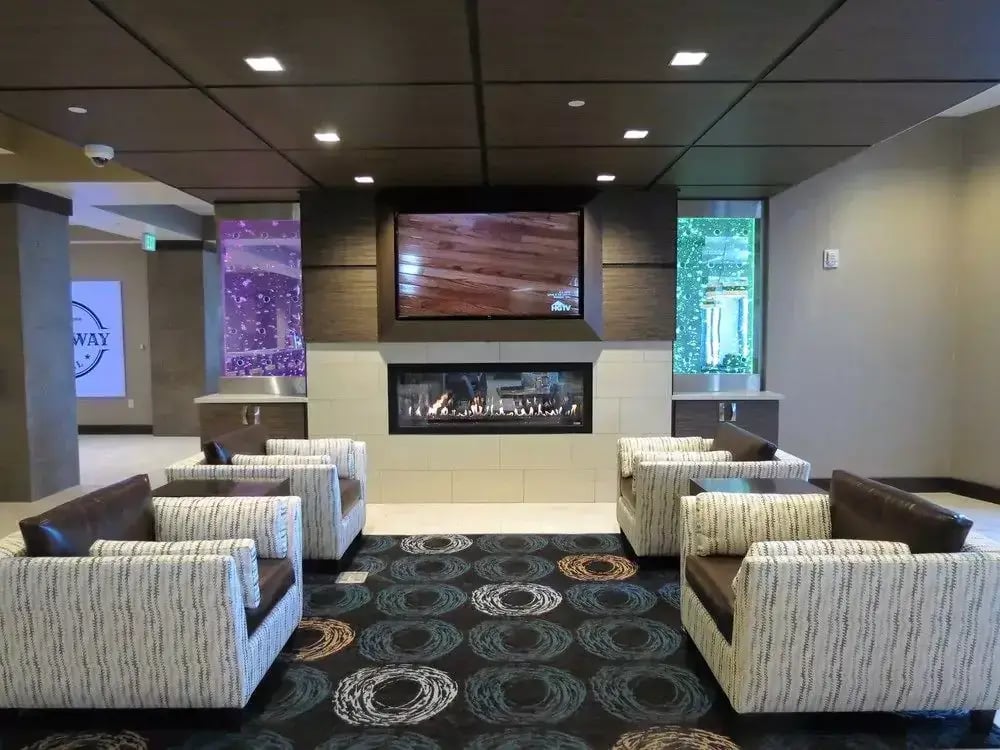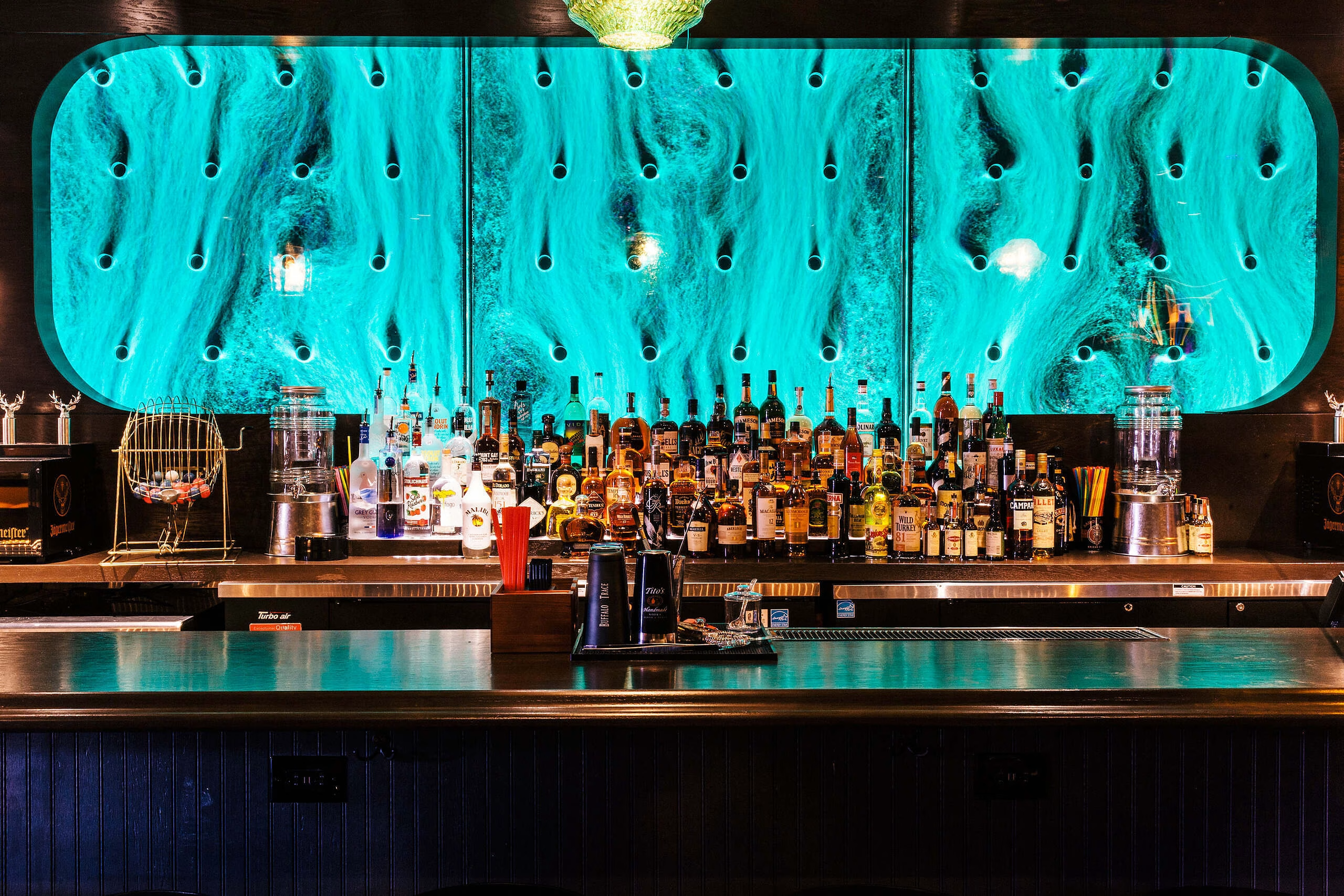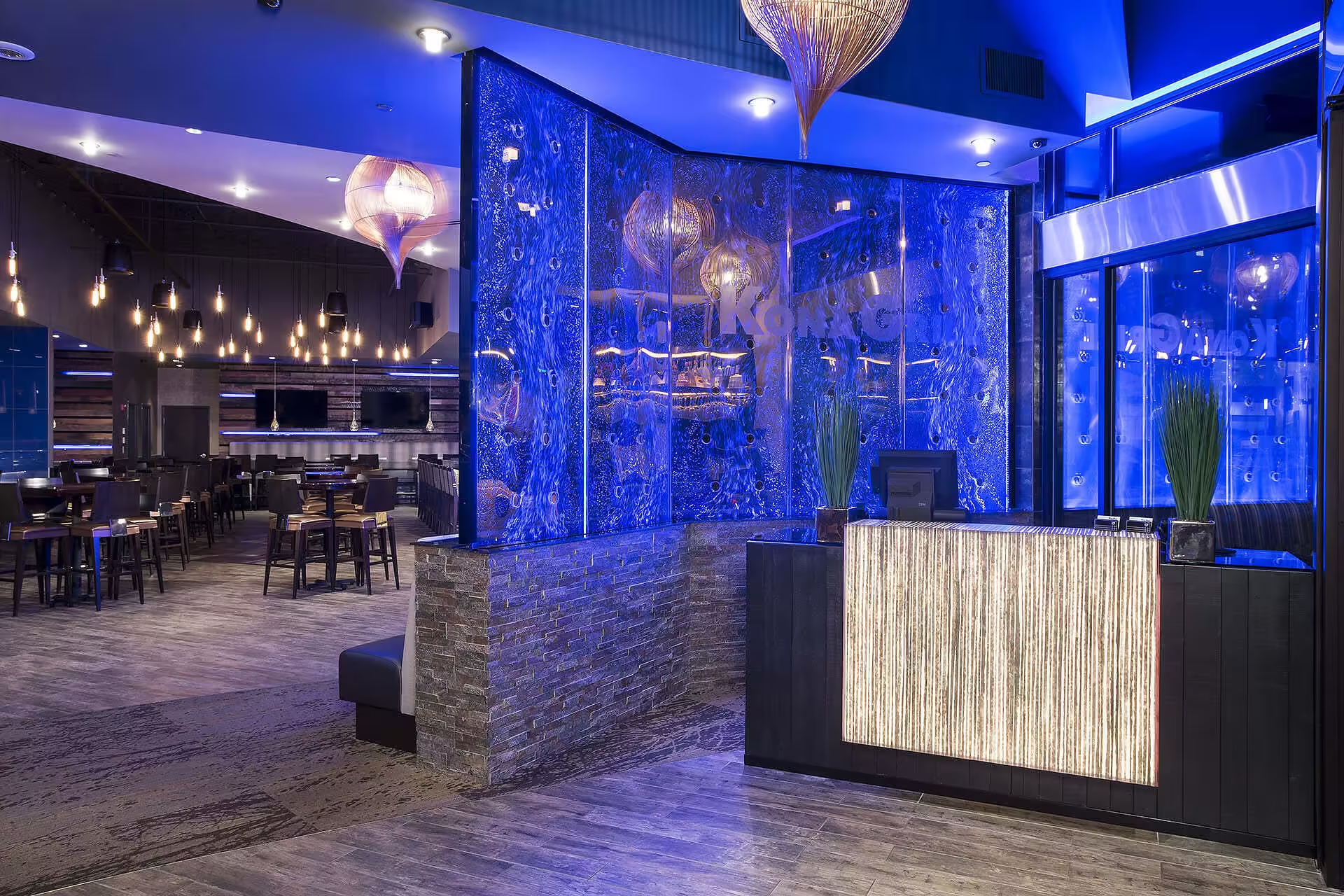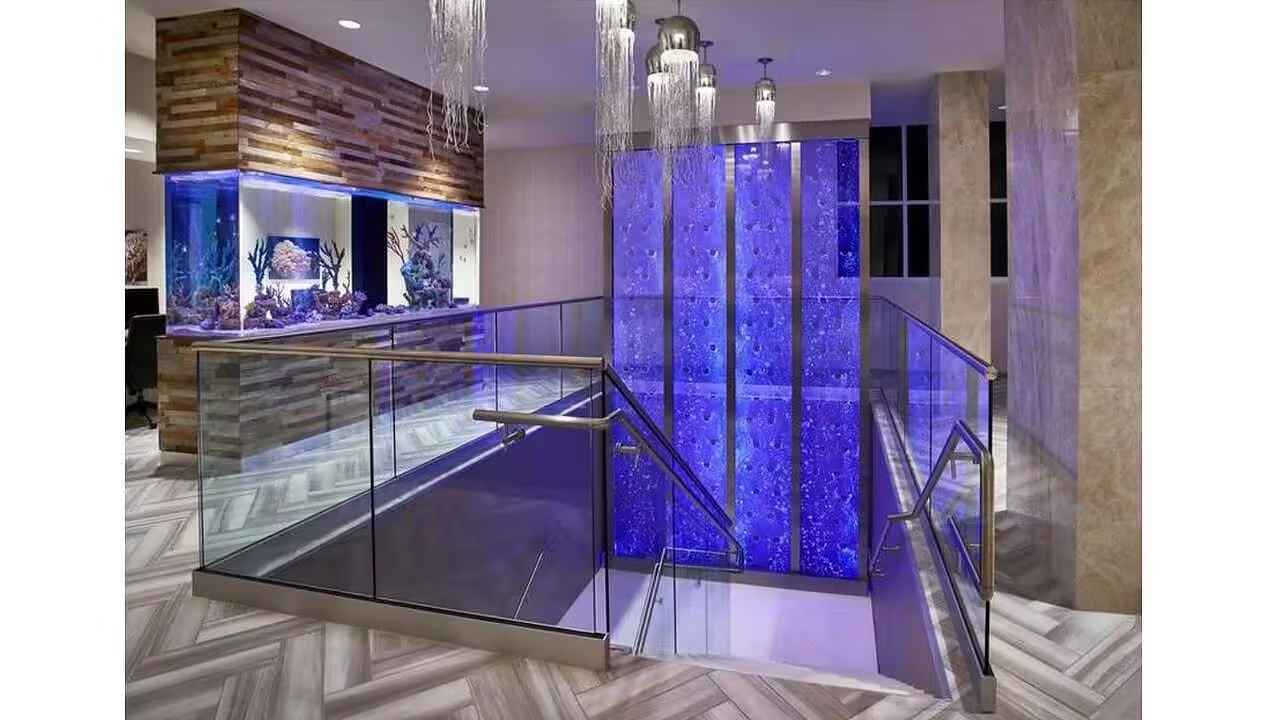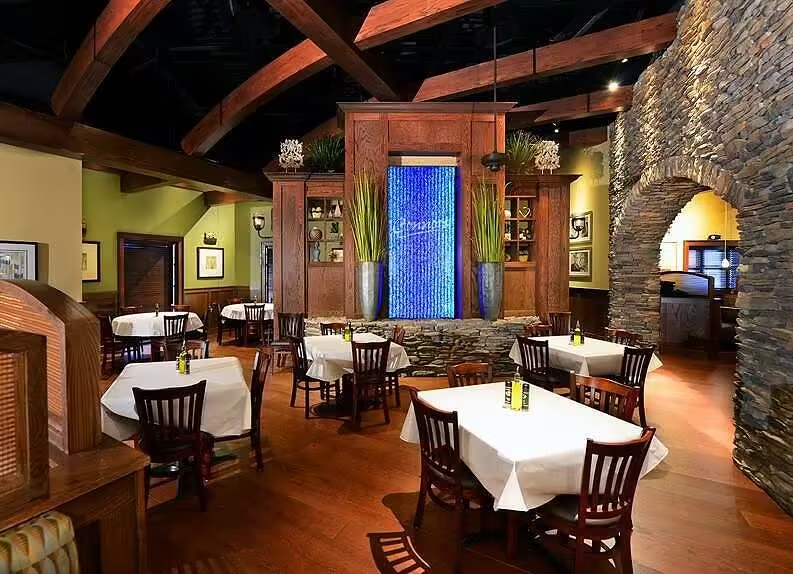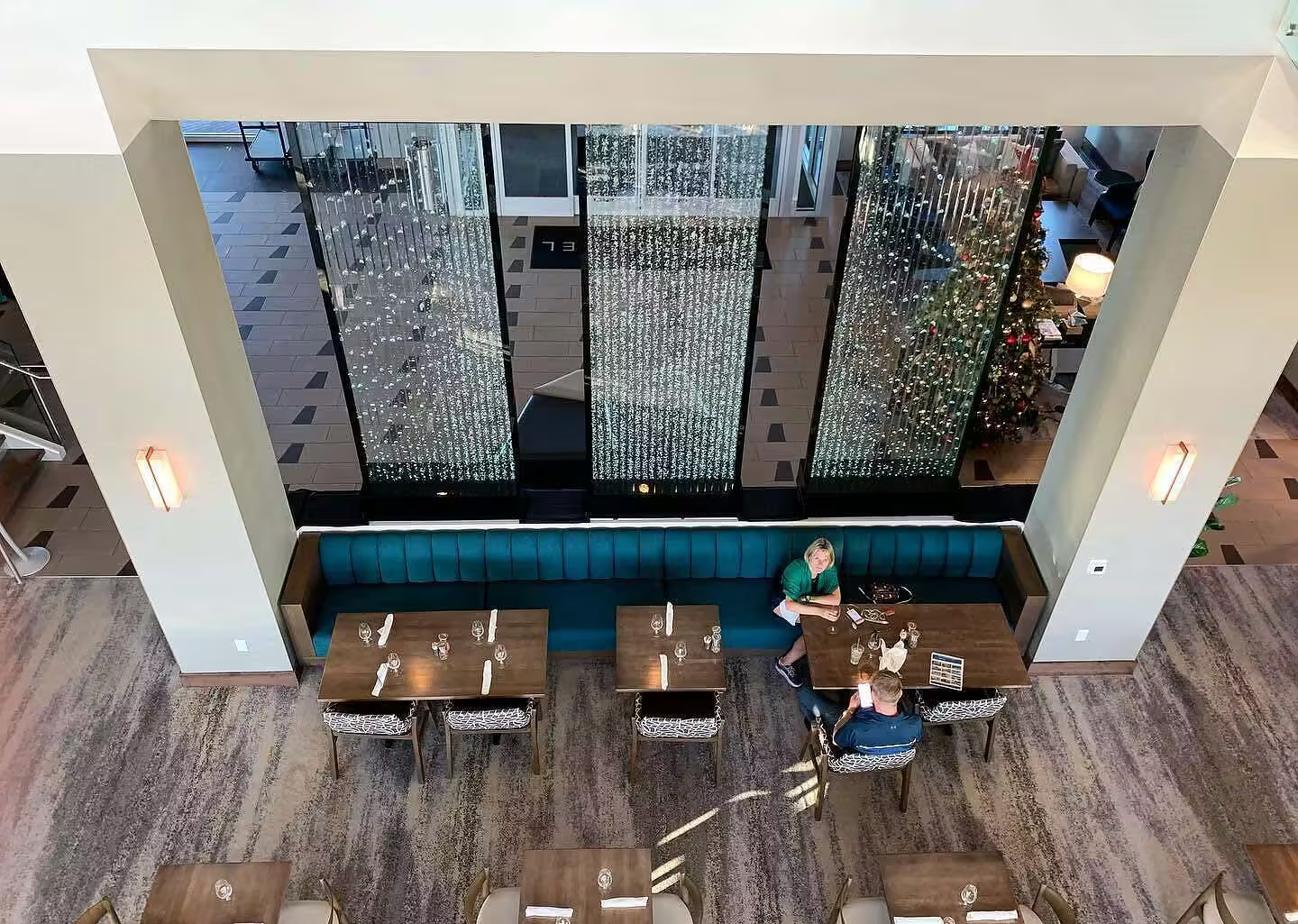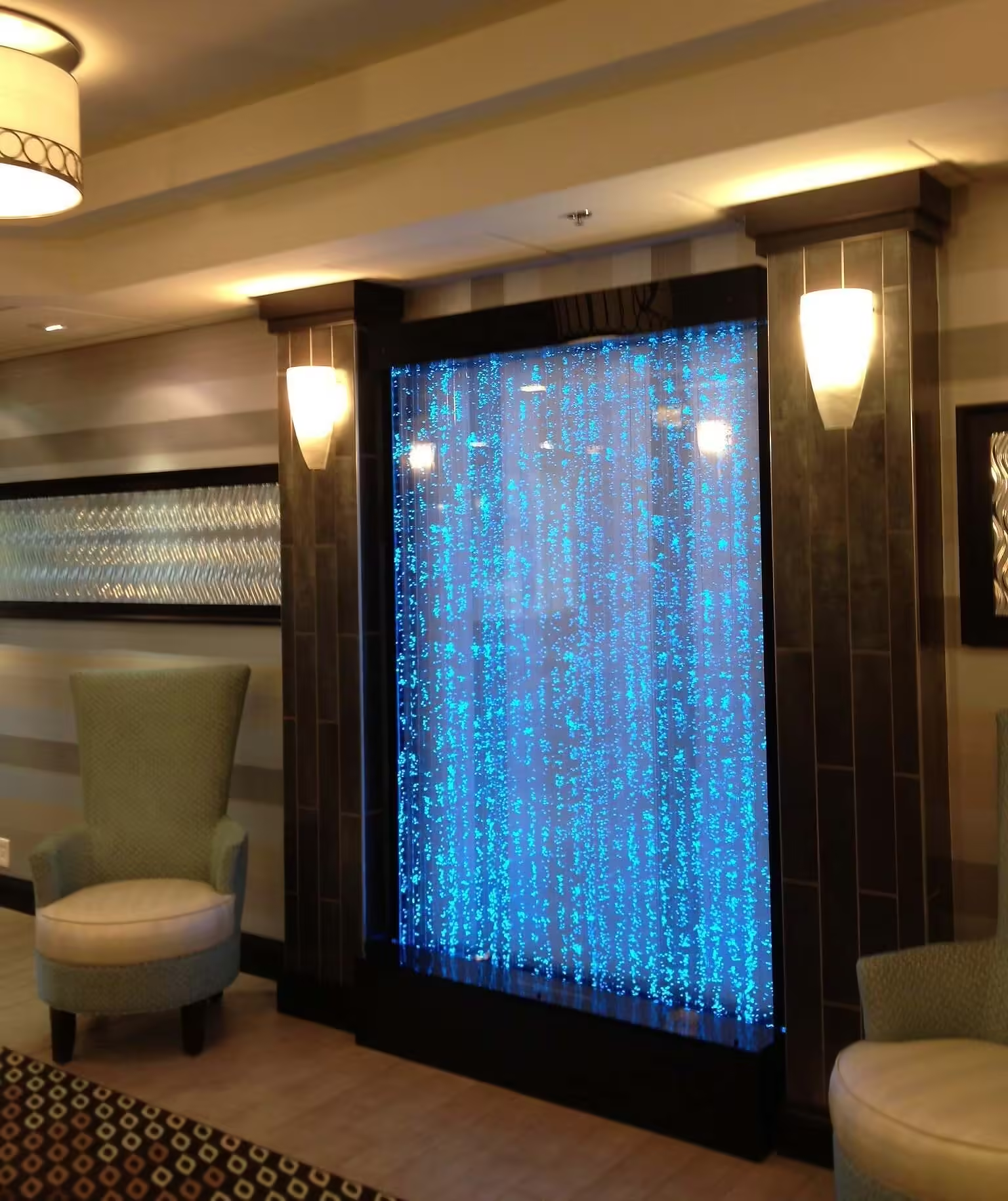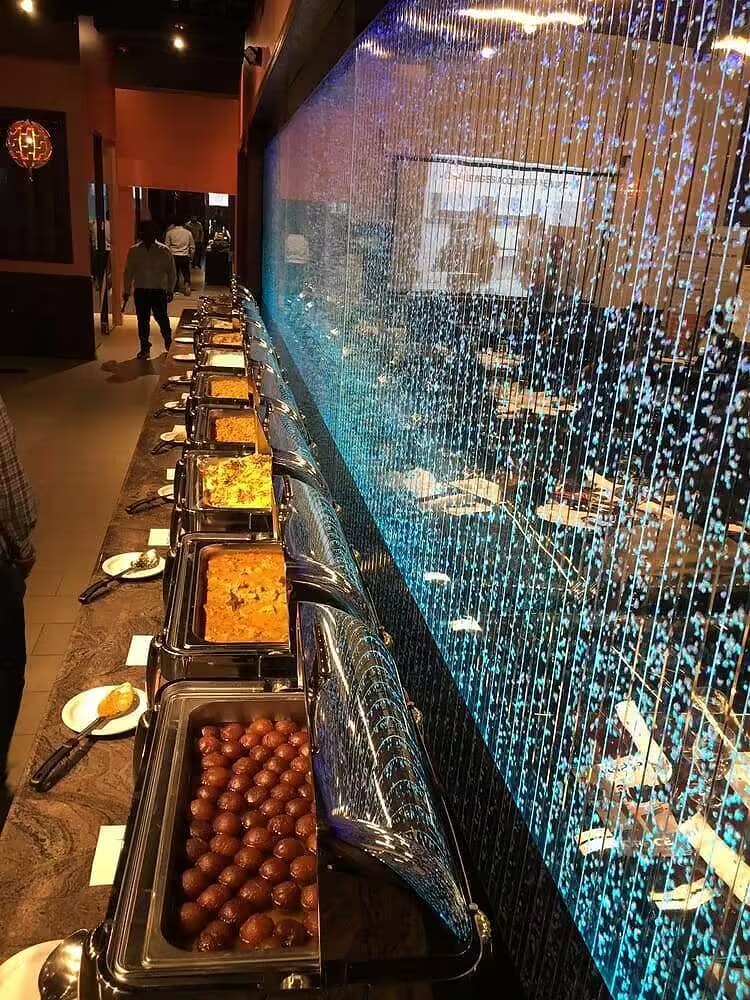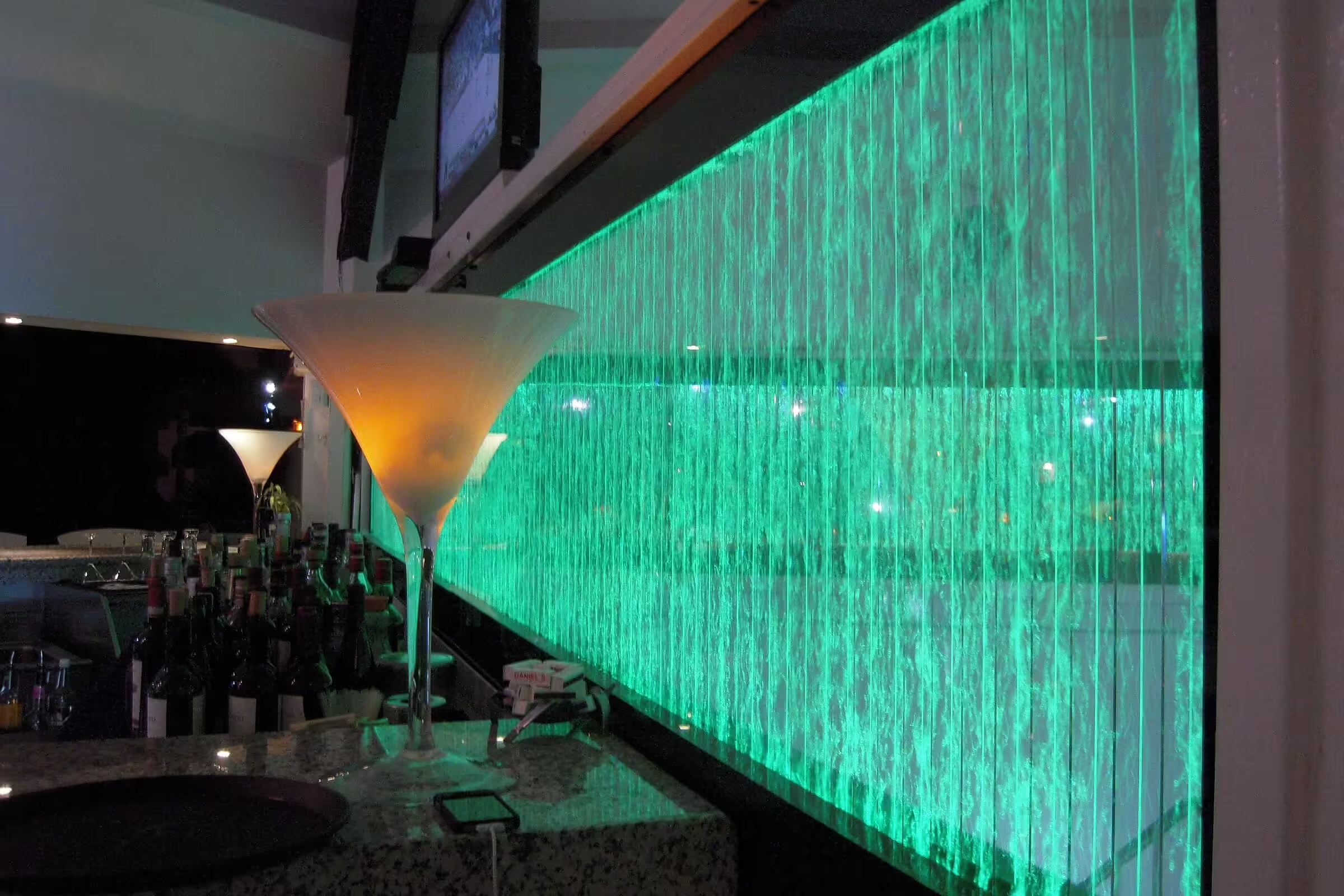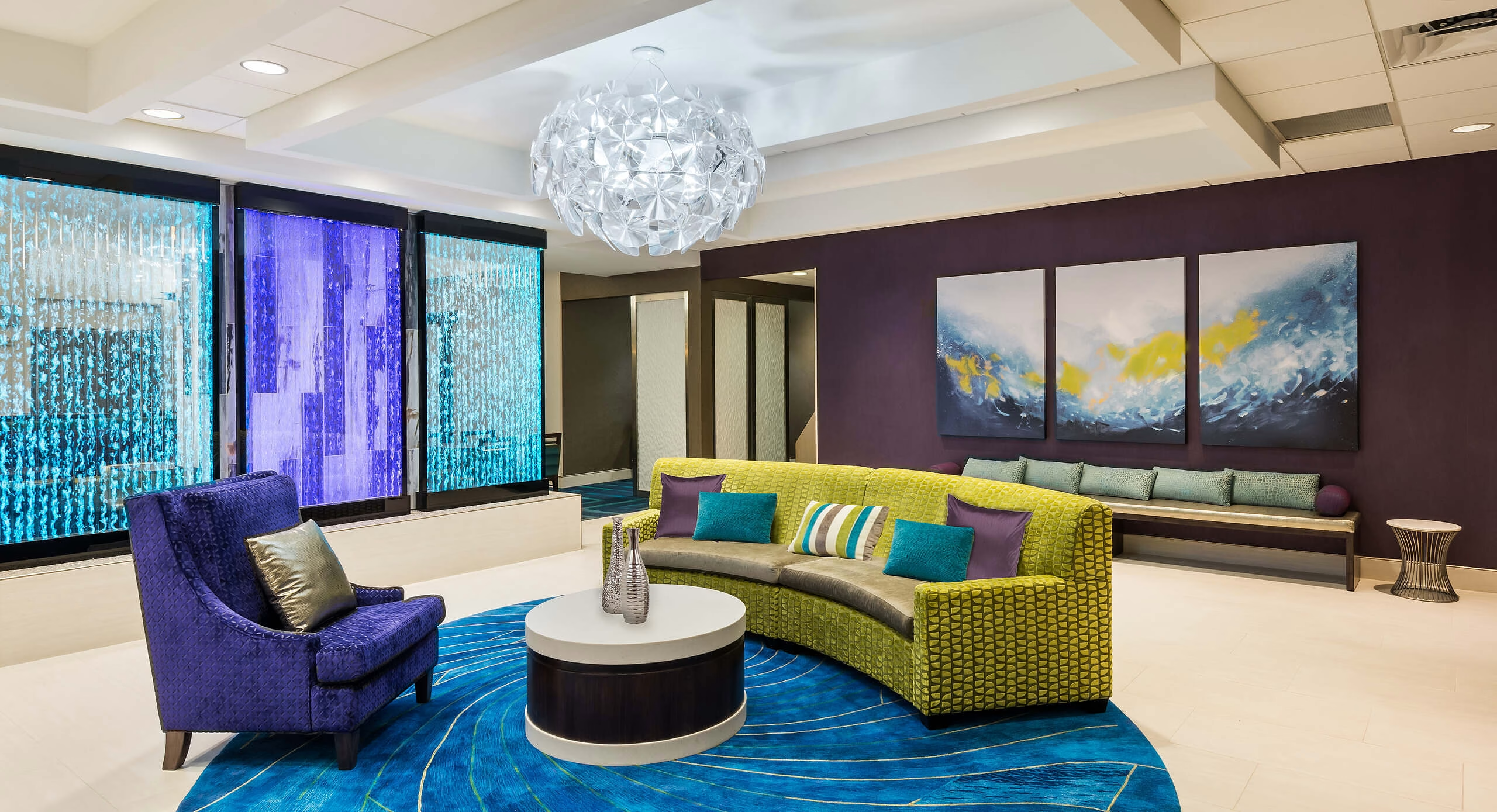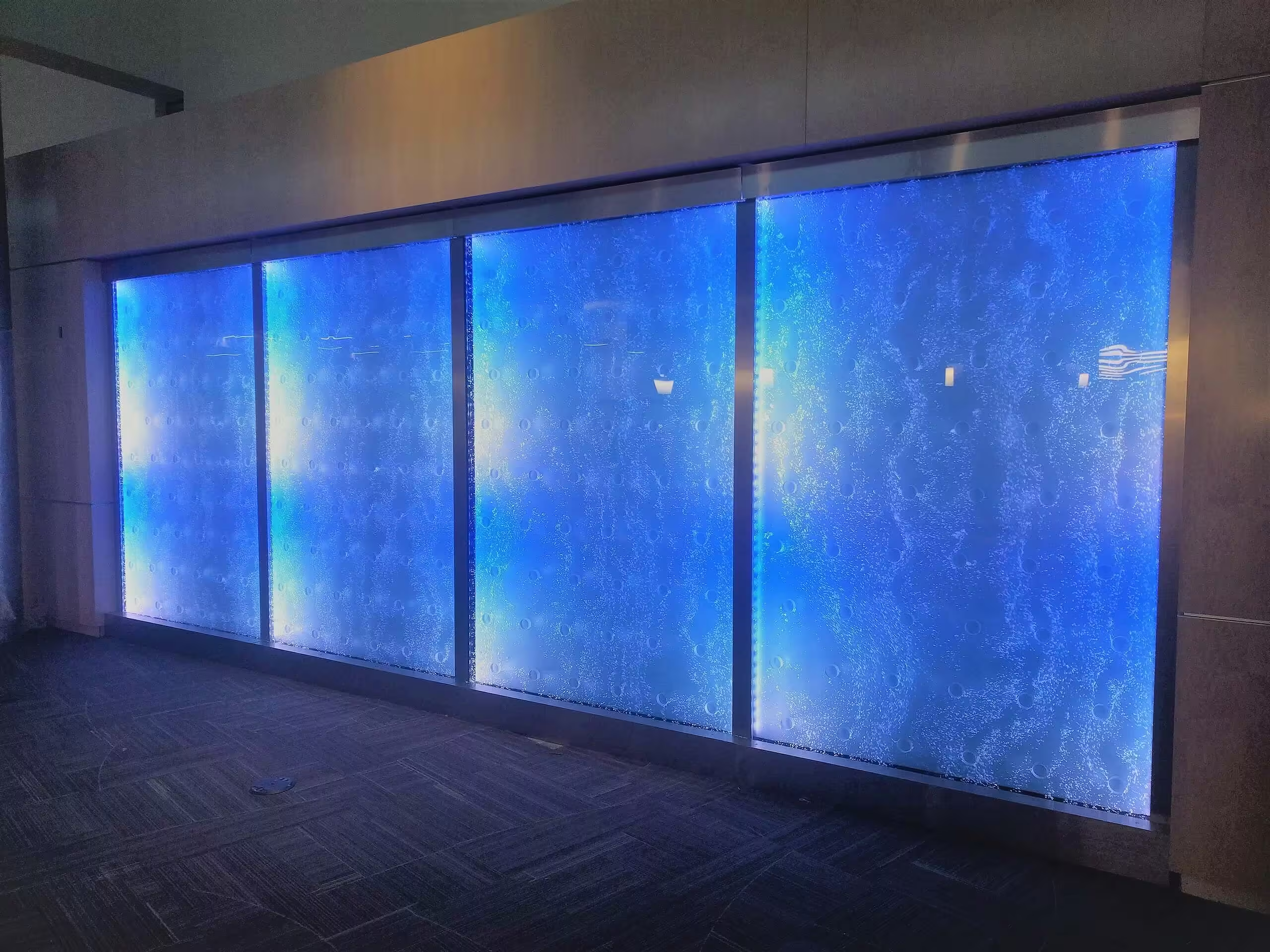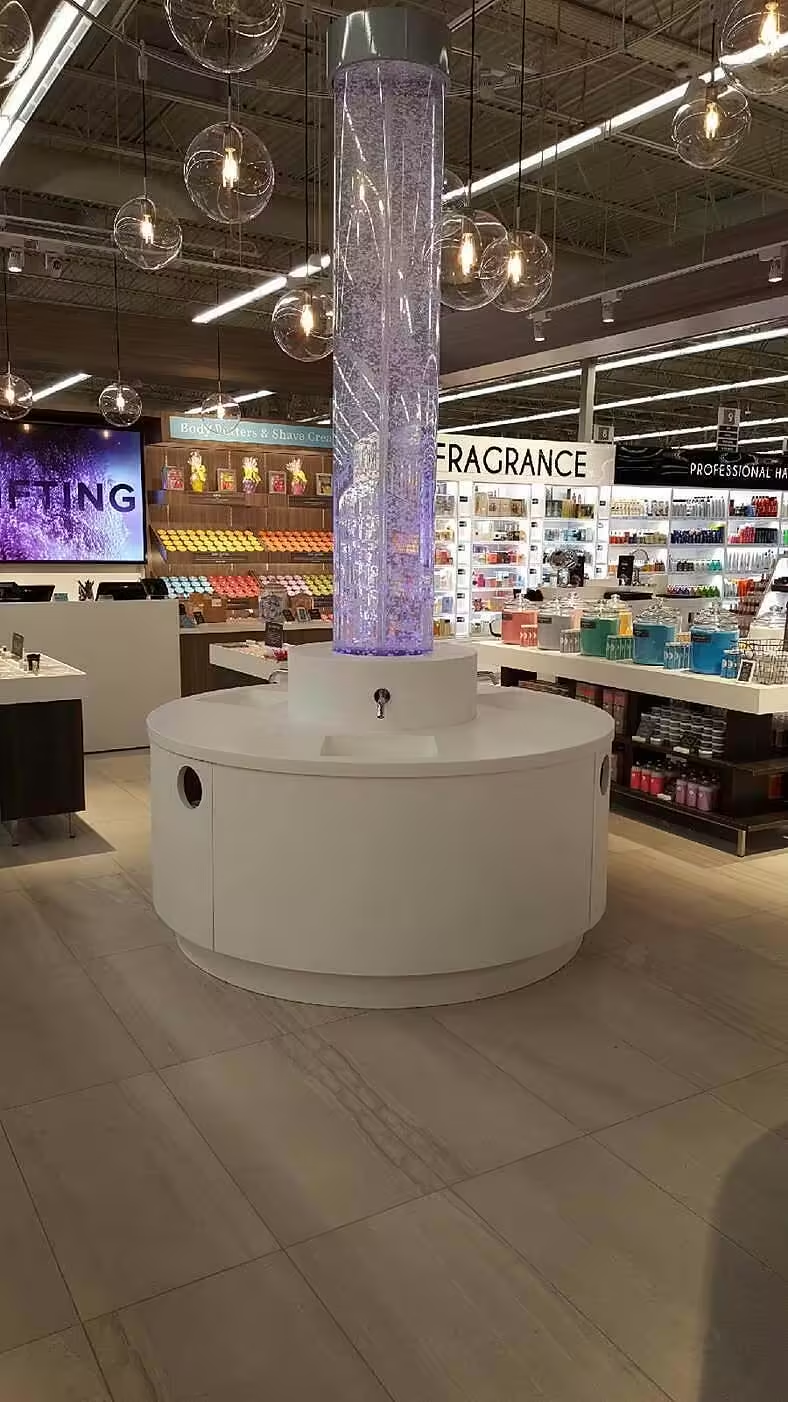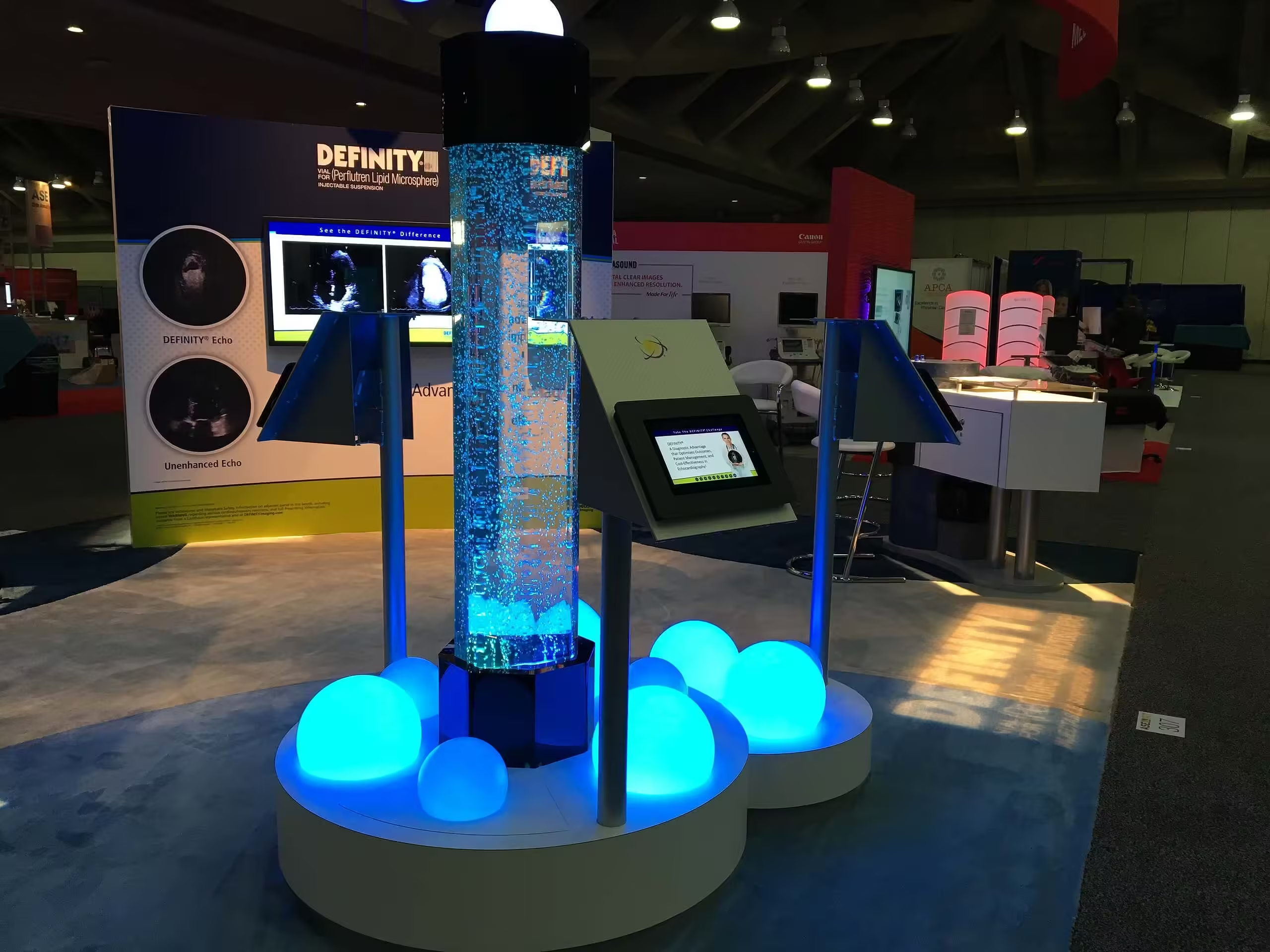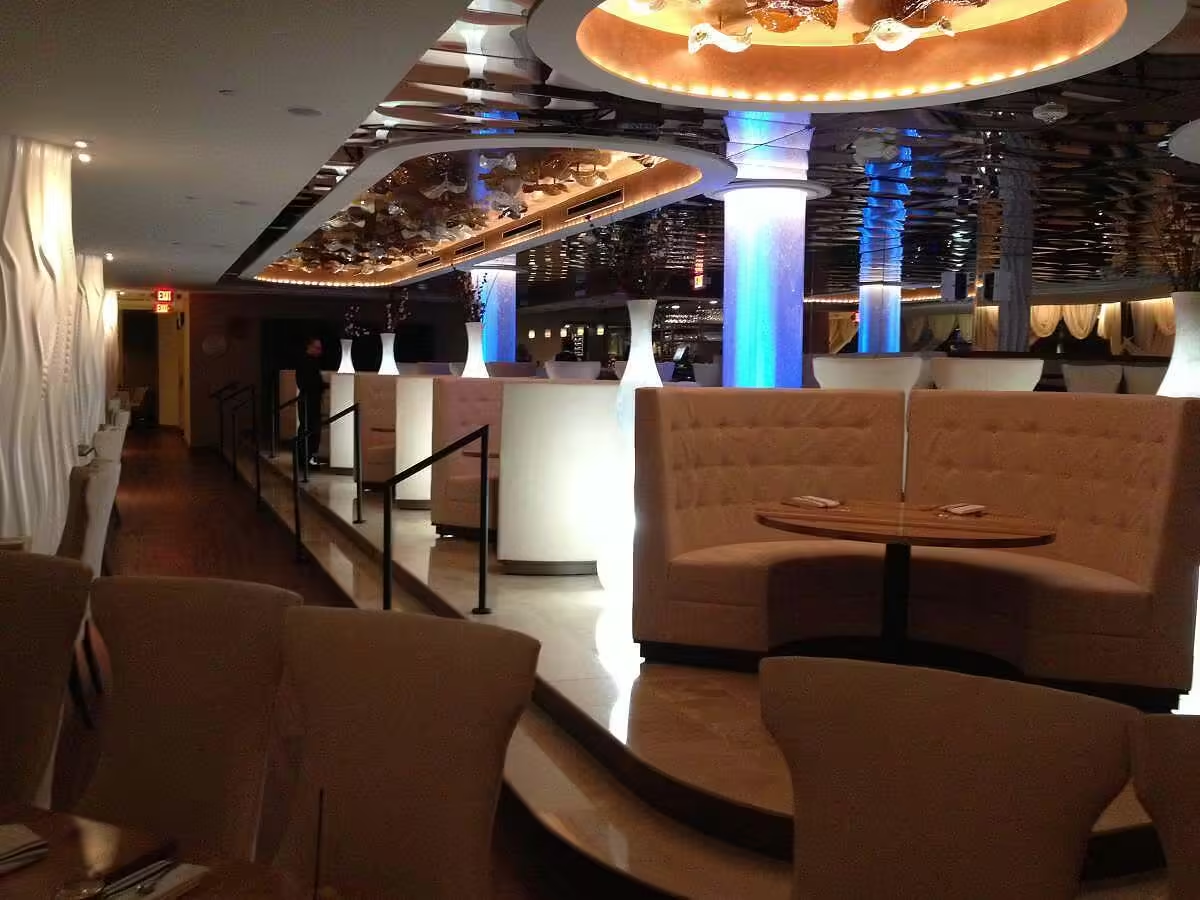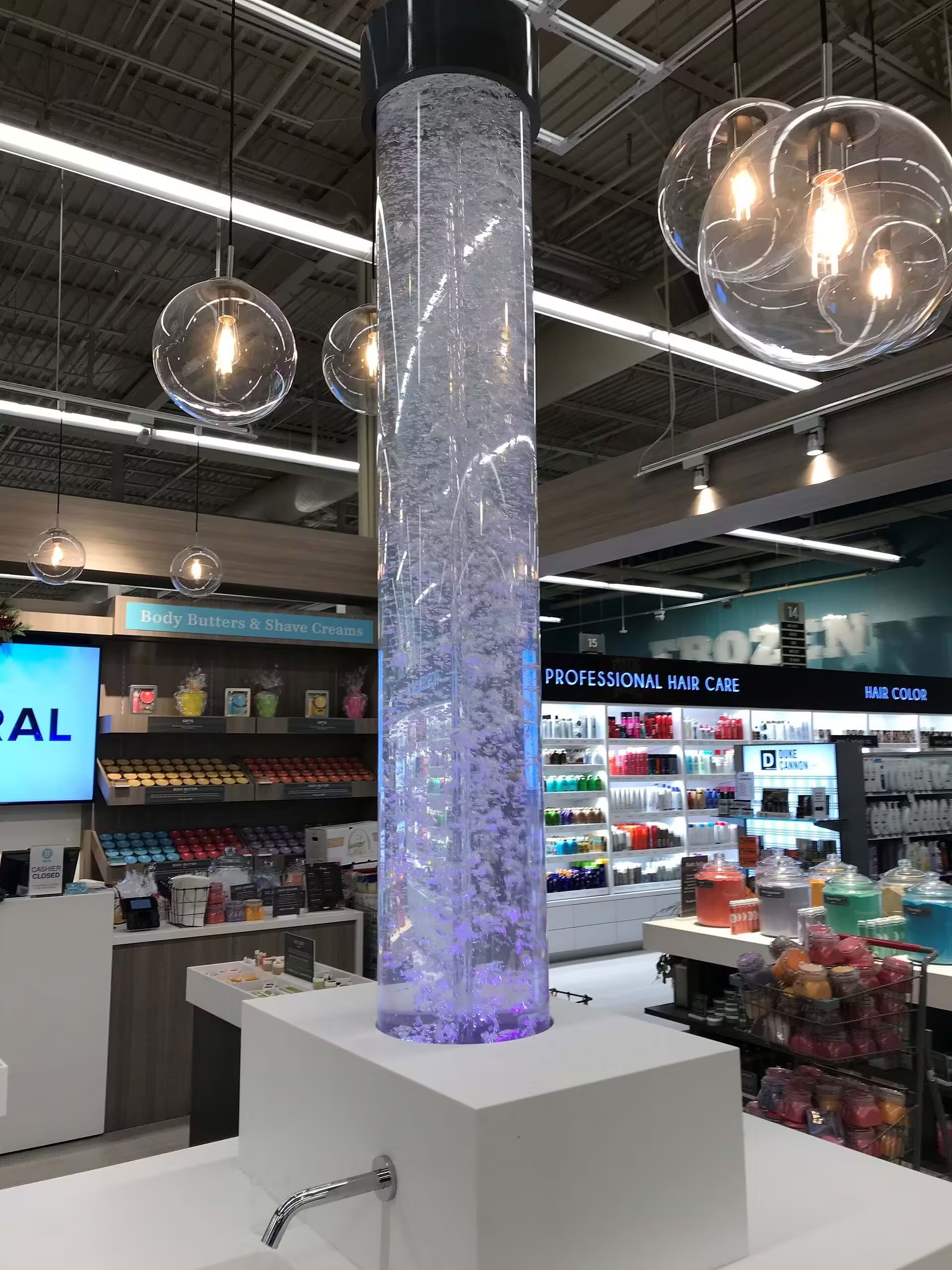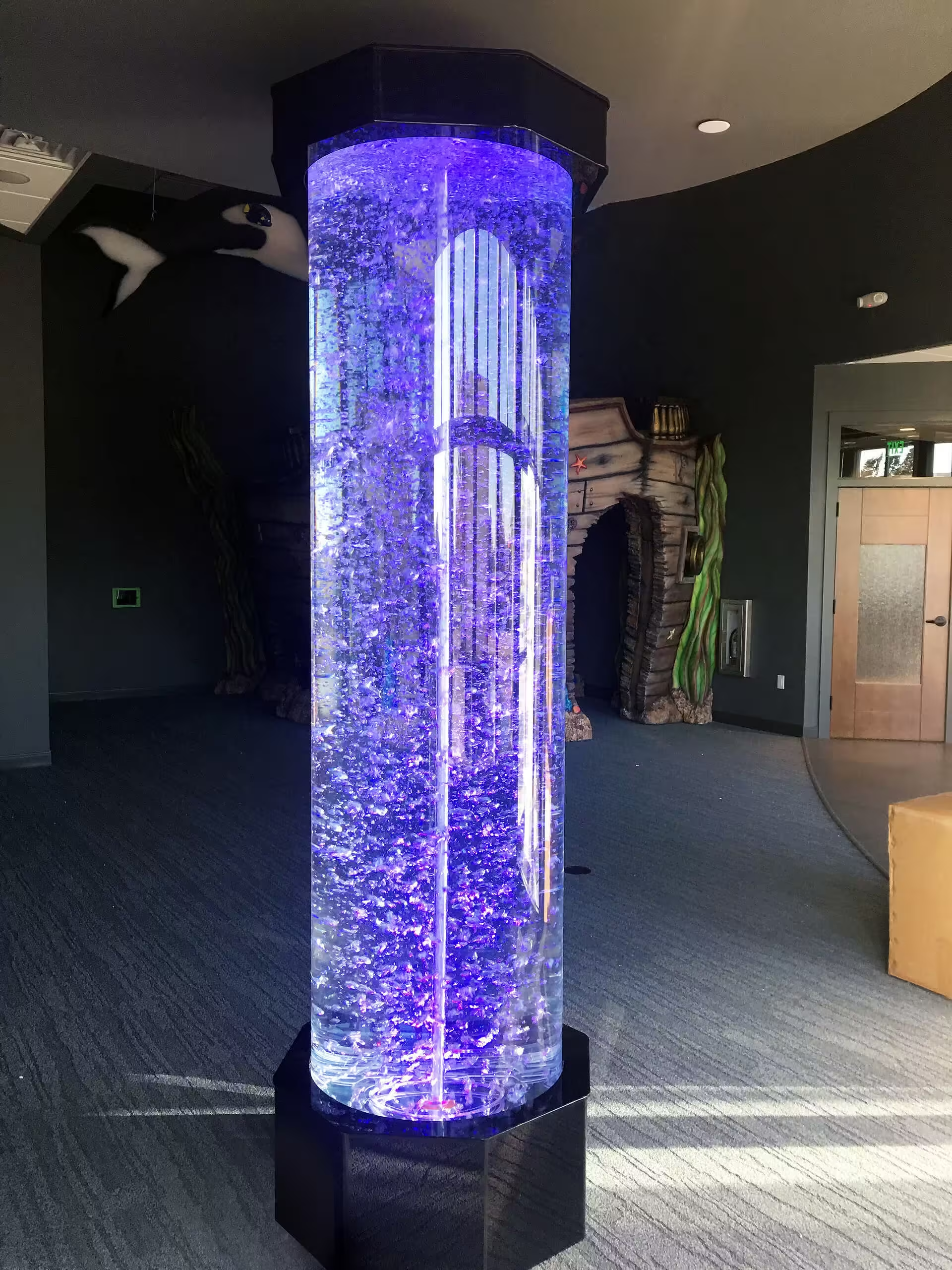Removing Water Bubble in Wall: Step-by-Step Guide
Watermoisturewallwaterproofingmoisturedrainageplumbing
Table Of Contents:
- Help! There’s a Water Bubble in My Wall: What Should I Do?
- Key Takeaways
- 1. Recognize the Water Bubble in Your Wall – Identify Early Warning Signs
- 2. Evaluate the Wall’s Condition and Safety – Assess Structural Integrity
- 3. Stop the Water Ingress Immediately – Seal and Prevent Further Damage
- 4. Decide on Appropriate Repair Methods – Choose What Works Best
- 5. Avoid Missteps That Could Intensify the Issue – Prevent Repair Complications
- 6. Implement Long-Term Preventative Measures – Safeguard Against Recurring Damage
Help! There’s a Water Bubble in My Wall: What Should I Do?
Struggling with a water bubble in your wall? Midwest Tropical— a leading architectural and interior design provider and manufacturer of custom water features for nearly 50 years—brings you a step-by-step guide that explains how to recognize the water bubble, assess wall safety, stop leak ingress, choose effective repair methods, avoid aggravating mistakes, and implement long-term prevention. This guide equips influencers, designers, architects, and business owners with practical repair strategies and expert advice.
Key Takeaways
- Early recognition mitigates extensive damage.
- Accurate moisture evaluation is key for safe repairs.
- Immediate waterproofing prevents further water ingress.
- Customized repair methods restore aesthetics and integrity.
- Regular maintenance and advanced drainage ensure lasting protection.
1. Recognize the Water Bubble in Your Wall – Identify Early Warning Signs
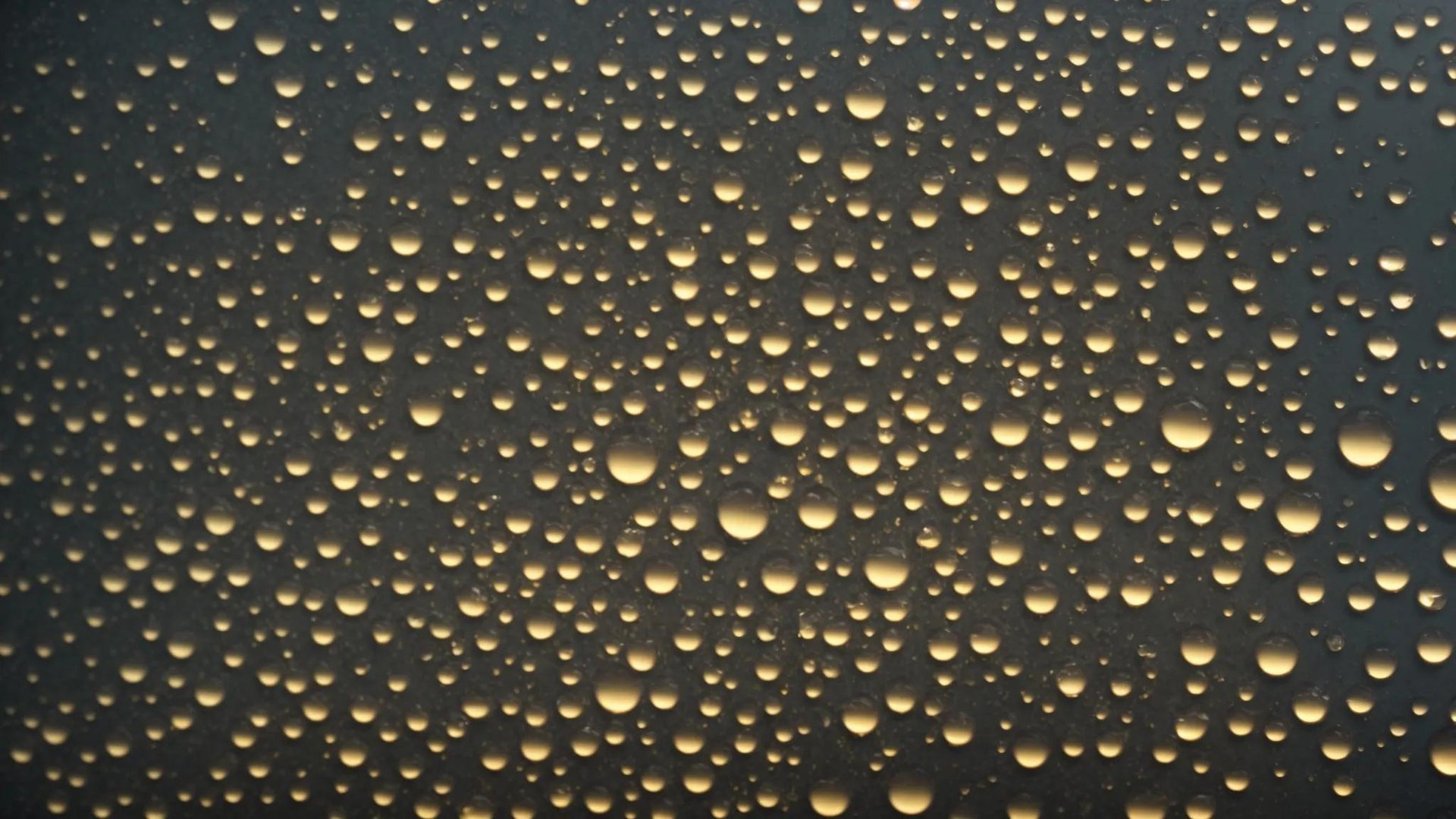
Recognizing a water bubble in your wall begins by identifying discolorations, deformities, or blistering that are uncommon in undamaged walls. Small pockets of trapped moisture expand over time, indicating potential water intrusion. Research published in the Journal of Building Engineering (2021, by Chen et al.) confirmed that early signs such as soft, spongy textures and peeling paint can predict severe damage in as little as six months. Recognizing these subtle changes allows homeowners and professionals to intervene early and prevent extensive structural damage.
Typical indicators include bubbling, blister-like formations on painted surfaces, damp patches, and unusual textures. Midwest Tropical, with its expertise spanning nearly five decades, advises regular wall inspections—especially after periods of heavy rain or plumbing issues—to spot early warning signs before they escalate.
2. Evaluate the Wall’s Condition and Safety – Assess Structural Integrity
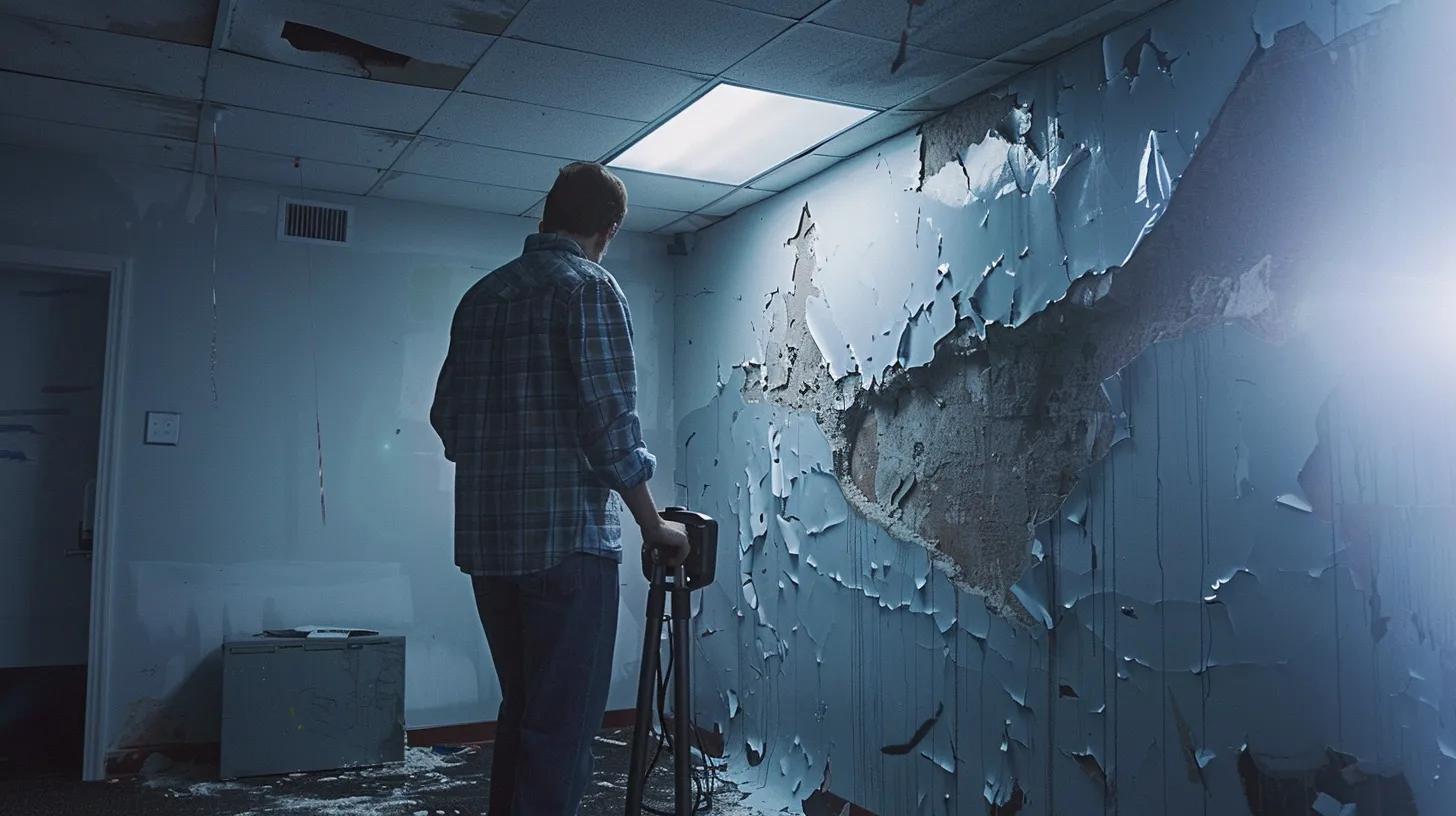
Evaluating the wall’s condition means conducting a thorough check to determine the extent of damage and guarantee safety. Professional assessments, often utilizing moisture meters and infrared thermography, can quantify the moisture level in the wall and reveal hidden water pathways. Studies indicate that walls with moisture readings above 20% are at higher risk of mold growth and deterioration. Midwest Tropical emphasizes that safety is paramount, advising that if a wall is severely compromised, a certified structural engineer should be consulted immediately.
In addition to using a moisture meter, a visual inspection for efflorescence or cracks adds context. Peeling plaster or uneven surfaces are red flags that more invasive degradation, like delamination of wall substrates, might be underway. Maintaining a record of these measurements provides valuable data for planning repair methods.
3. Stop the Water Ingress Immediately – Seal and Prevent Further Damage
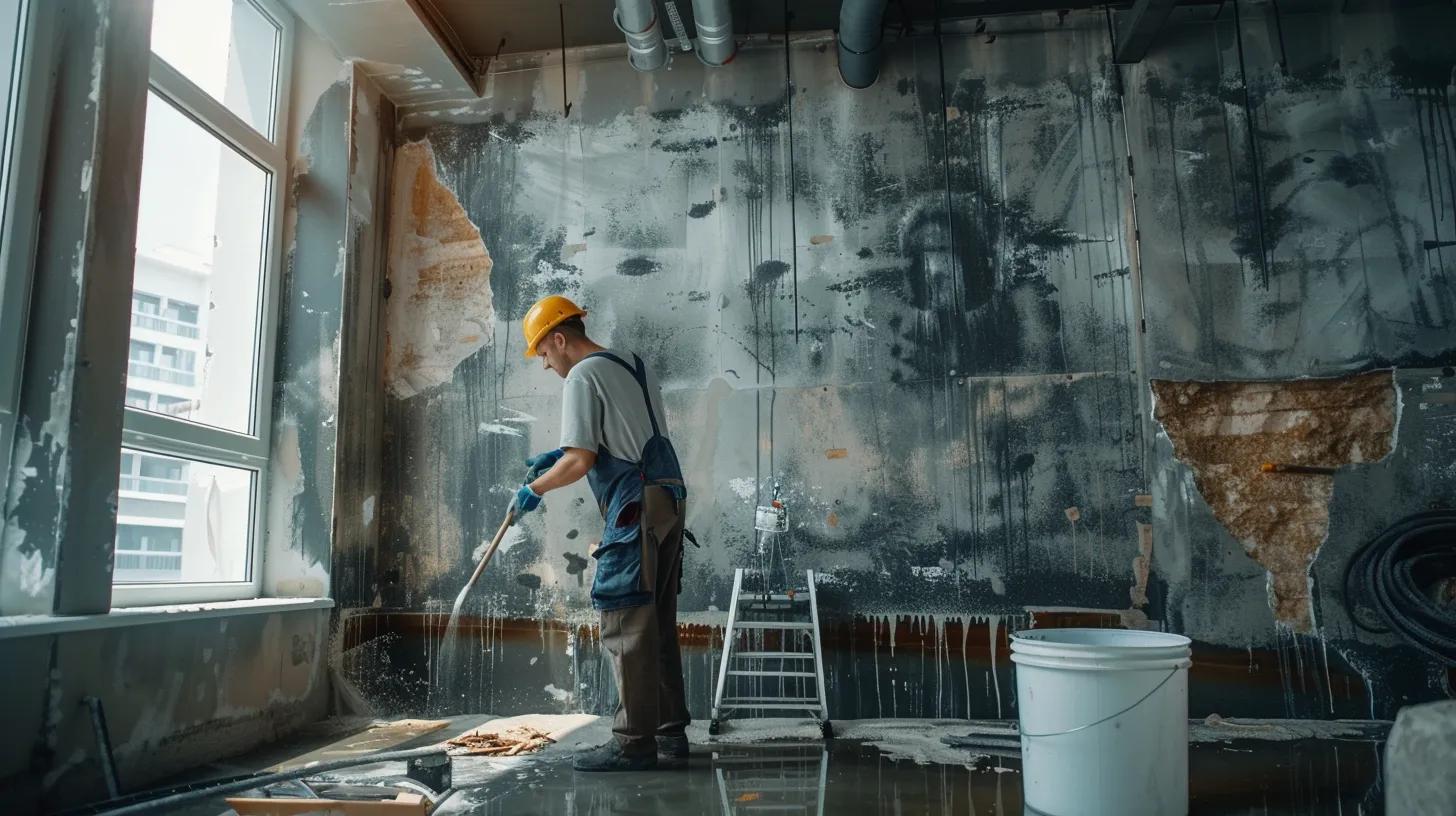
Stopping water ingress involves identifying the source—be it a plumbing leak, roof failure, or poor drainage—and sealing it immediately. The first step is to isolate the affected area and temporarily stop the flow of water using sealants, waterproof tape, or emergency patch kits. Research from the International Journal of Architectural Research (2020) demonstrates that quick sealing measures can reduce further damage by up to 35% within the first 24 hours.
Midwest Tropical’s experts recommend using high-grade waterproofing membranes that are designed to bond to plaster and concrete. Ensuring that the water flow is halted not only protects the wall structure but also limits mold proliferation. Once the leak is controlled, documenting the repair process with clear photographs and moisture readings is advisable for further remediation.
If the water ingress originates from external sources such as roof leaks or gutter overflows, it is essential to address those issues concurrently. A coordinated approach that includes both fixing the internal bubble and external drainage improvements is ideal.
4. Decide on Appropriate Repair Methods – Choose What Works Best

Deciding on appropriate repair methods involves selecting both short-term fixes and long-lasting solutions based on the wall’s condition. Options range from patching blisters with joint compound and waterproof primer to performing full-scale wall removal and replacement. Data from a 2022 study published in the Journal of Construction and Building Materials showed that repair methods incorporating high-quality waterproofing reduce reoccurrence of moisture issues by nearly 40%.
For minor water bubbles, employing spackle and latex-based waterproof paint can be effective; however, significant damage may require removing the affected plaster, drying the wall thoroughly, and mechanically bonding a new substrate. Midwest Tropical’s custom water feature installations often incorporate proprietary sealants and materials designed to outlast standard repair products, ensuring that the structural integrity and aesthetic value of a wall are restored.
Additionally, the repair choice should consider the wall’s load-bearing function, insulation effectiveness, and compatibility with existing decorative elements. Detailed cost-benefit analyses and material comparisons are essential so that homeowners and designers can select methods that balance durability with design aesthetics.
Table: Comparison of Repair Methods
The following table compares common repair methods, highlighting benefits, estimated repair time, and long-term durability:
| Repair Method | Key Materials | Estimated Cost | Durability (years) | Benefit |
|---|---|---|---|---|
| Patch Repair | Joint Compound, Waterproof Primer, Latex Paint | Low to Medium | 5-7 | Quick, cost-effective fix for small bubbles |
| Partial Wall Replacement | Plaster, Structural Adhesives, Waterproof Sealant | Medium | 10-15 | Removes compromised material; longer-lasting |
| Full Wall Redesign | New Drywall, Insulation, Custom Finishes | High | 20+ | Modernizes wall with optimal moisture protection |
The table above provides a quick reference for determining which repair method aligns with your budget and long-term goals. Midwest Tropical’s proven track record underscores that thoughtful material selection and professional installation can greatly minimize future repair incidents.
5. Avoid Missteps That Could Intensify the Issue – Prevent Repair Complications
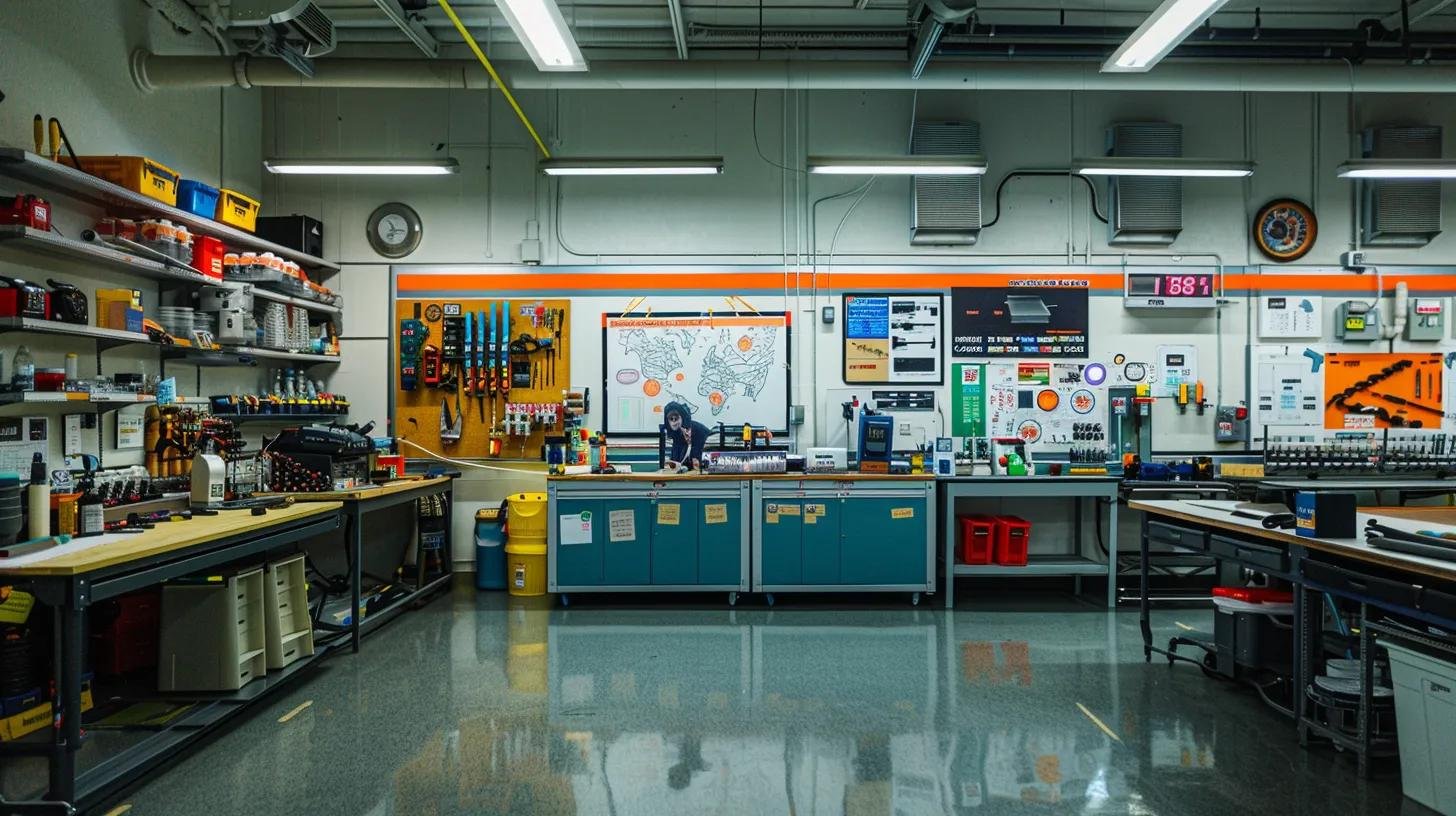
Avoiding missteps means not only applying the correct materials but also ensuring that the repair environment is ideal. Overlooking steps—such as inadequate drying time, improper surface preparation, or use of incompatible compounds—can worsen water damage. Experts advise that repairs must not be rushed; for example, reapplying joint compound over a previously moist surface can entrap more moisture and lead to re-blistering. Midwest Tropical’s engineers, with years of craftsmanship, caution that each repair step must be executed with precision to maximize durability.
Common pitfalls include applying waterproof coatings to surfaces that have not been completely dried, neglecting to seal edges where new and old materials meet, and failing to address external water sources concurrently. These oversights can lead to persistent dampness, mold growth, and structural weaknesses. A systematic approach that includes testing moisture levels before and after repair helps ensure that no hidden pitfalls compromise the result.
6. Implement Long-Term Preventative Measures – Safeguard Against Recurring Damage

Implementing long-term preventative measures involves enhancing your wall’s resilience against moisture intrusion. This means installing proper drainage systems, upgrading waterproofing, and performing regular maintenance inspections. A study in the Building Research & Information journal (2020 by Li and Associates) revealed that homes with improved water barrier systems experienced up to a 50% reduction in wall water damage over a decade.
Practical measures include reapplying a high-quality waterproof sealant every few years, ensuring gutters and downspouts are free-flowing, and investing in professional inspections post-major storms. Midwest Tropical’s custom water feature solutions integrate advanced drainage technology and specialized coatings that not only protect walls from water bubble formation but also add an aesthetic accent.
Additionally, using dehumidifiers in high moisture areas and ensuring adequate room ventilation further protect the wall’s integrity. Establishing a routine maintenance schedule helps designers, architects, and homeowners detect potential issues early and plan timely interventions.
What causes a water bubble to form on a wall?
bubbles typically form when
becomes trapped between the
layers due to leaks or poor
.
How can I tell if my wall is structurally compromised?
Signs include extensive blistering, softened surfaces, and high
readings above 20%.
Can I repair a water bubble myself?
Minor repairs may be DIY-fixable, but significant damage should be evaluated by professionals.
What materials are best for long-term prevention?
High-quality waterproof sealants, membranes, and proper
systems are recommended for lasting protection.
How often should I inspect walls for water damage?
It is advisable to inspect walls after heavy rains or
changes, and at least twice yearly for early detection.
Addressing a water bubble in your wall requires a meticulous, evidence-based approach. Each step from recognizing early signs to deploying long-term preventive measures plays a crucial role in ensuring structural safety and durability. By following these six actionable steps, homeowners and professionals can safeguard walls against recurring water damage. Midwest Tropical’s proven expertise and innovative solutions stand as a benchmark for quality repairs.

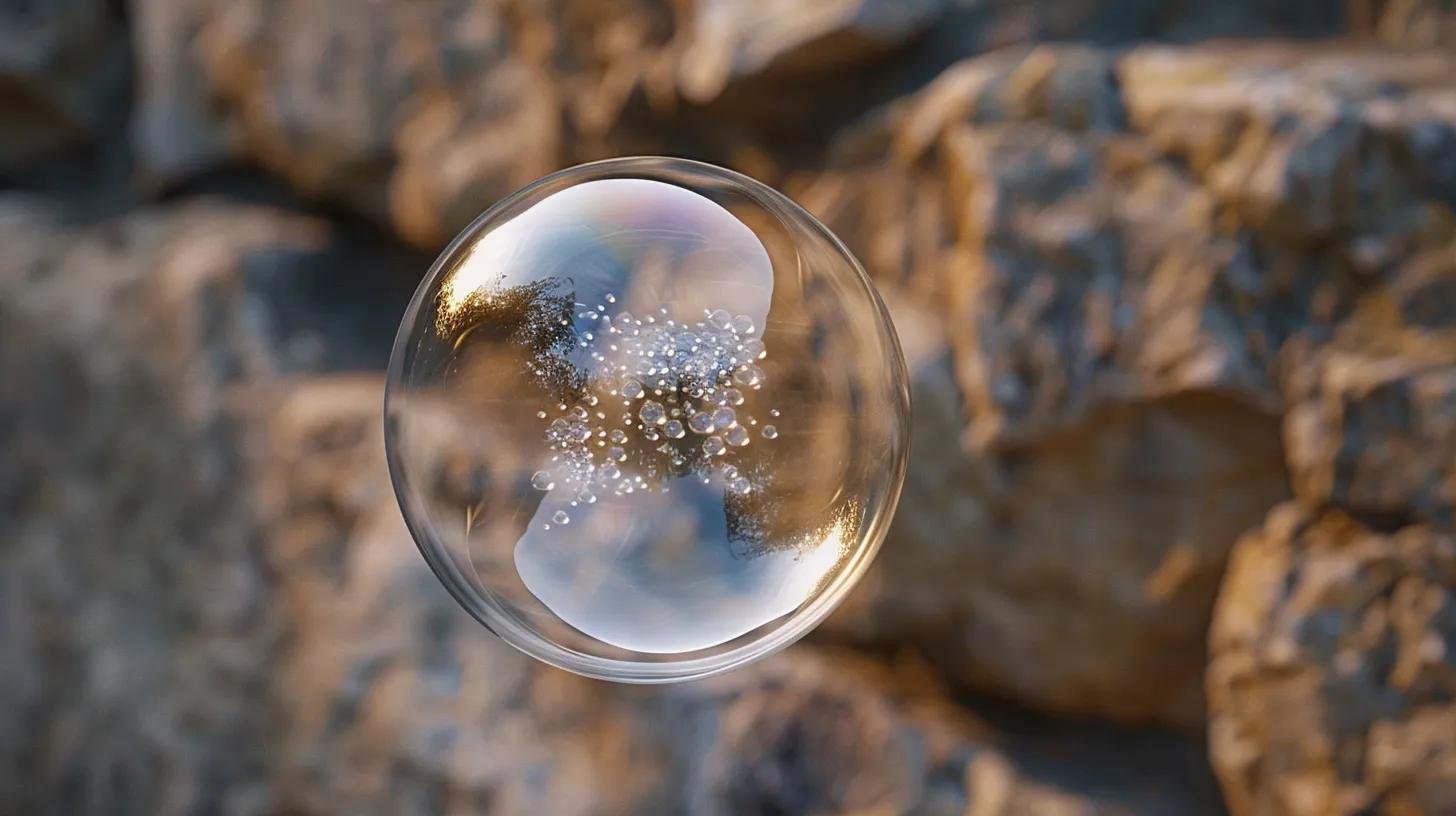

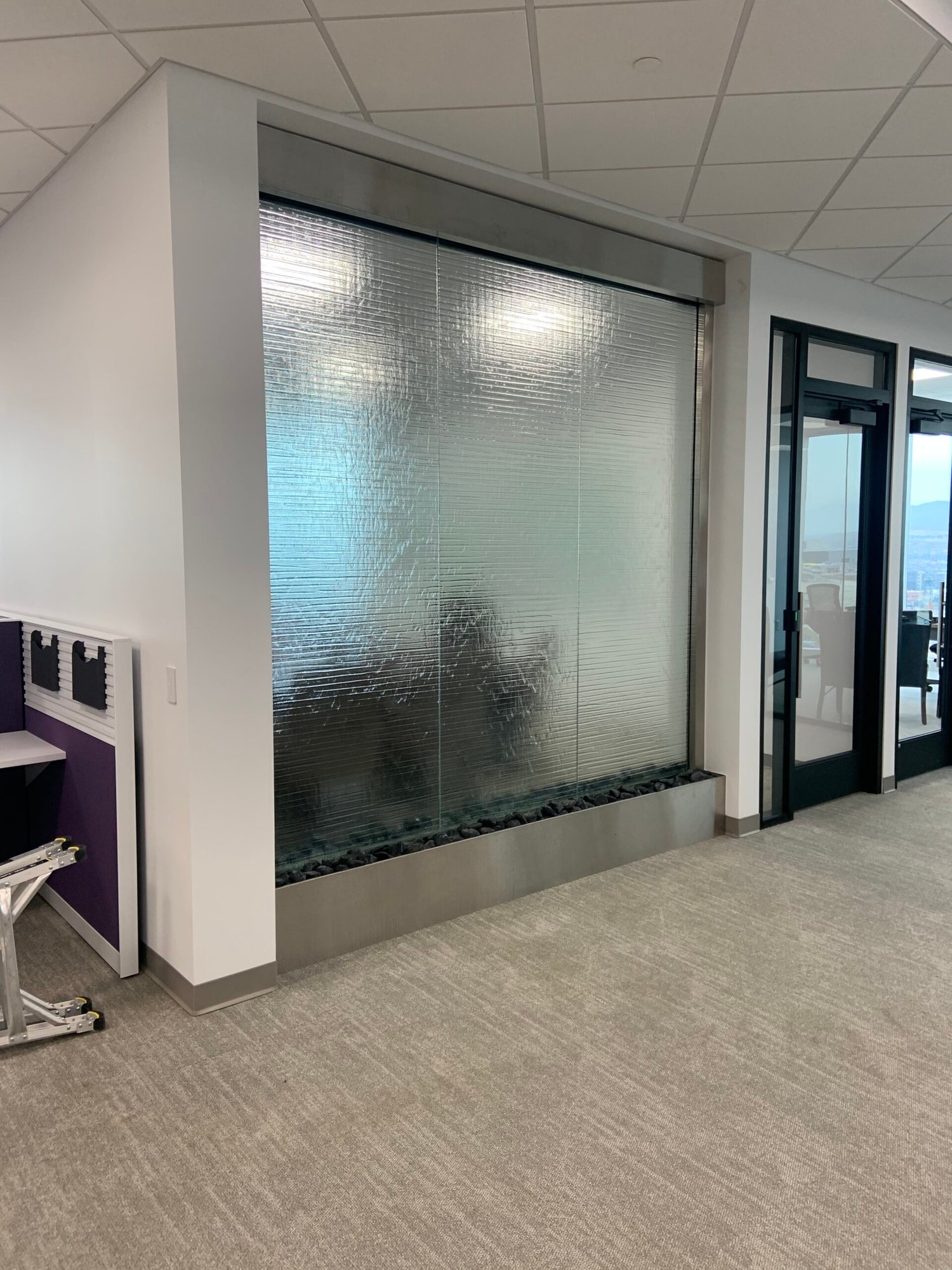
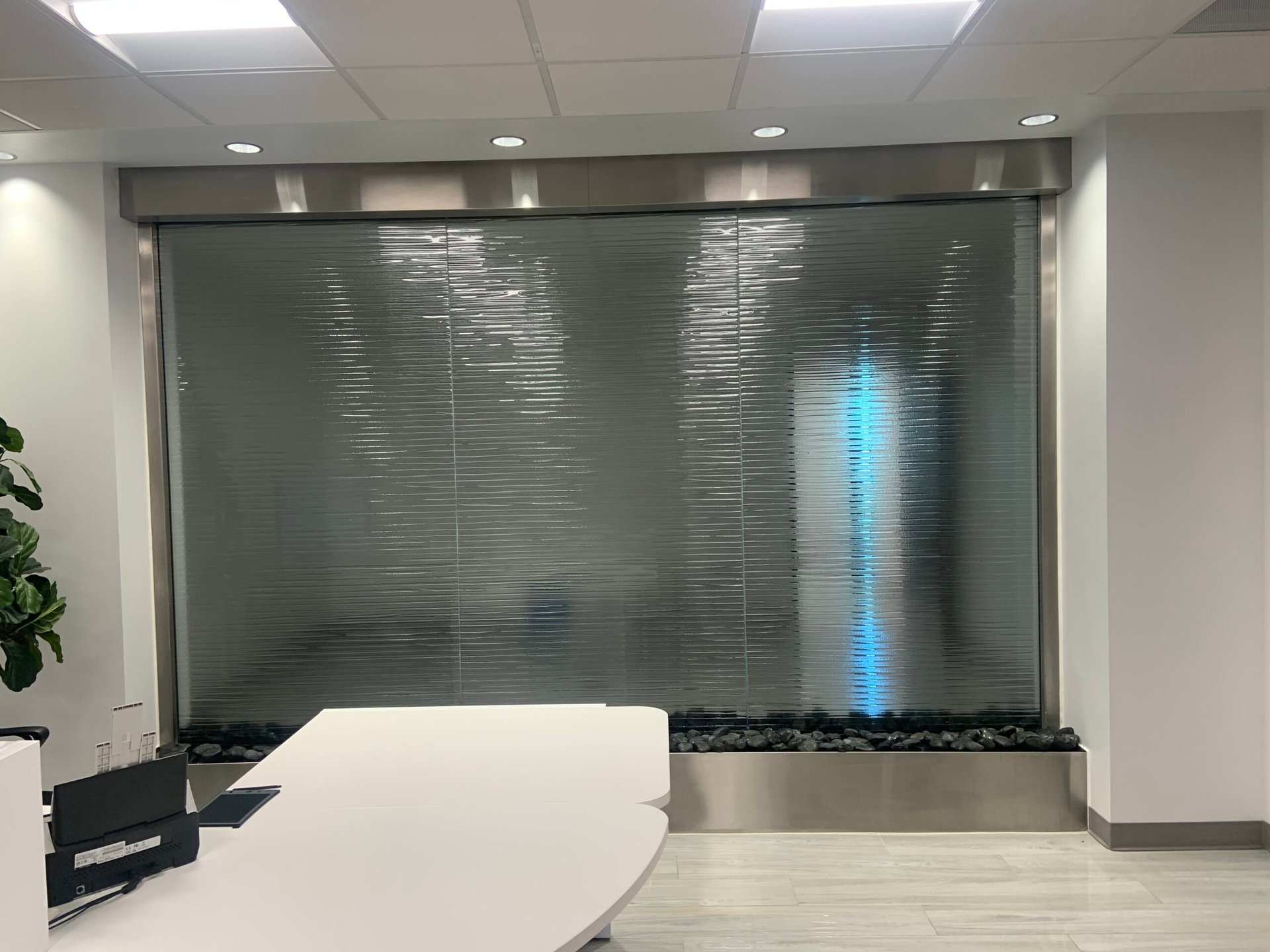
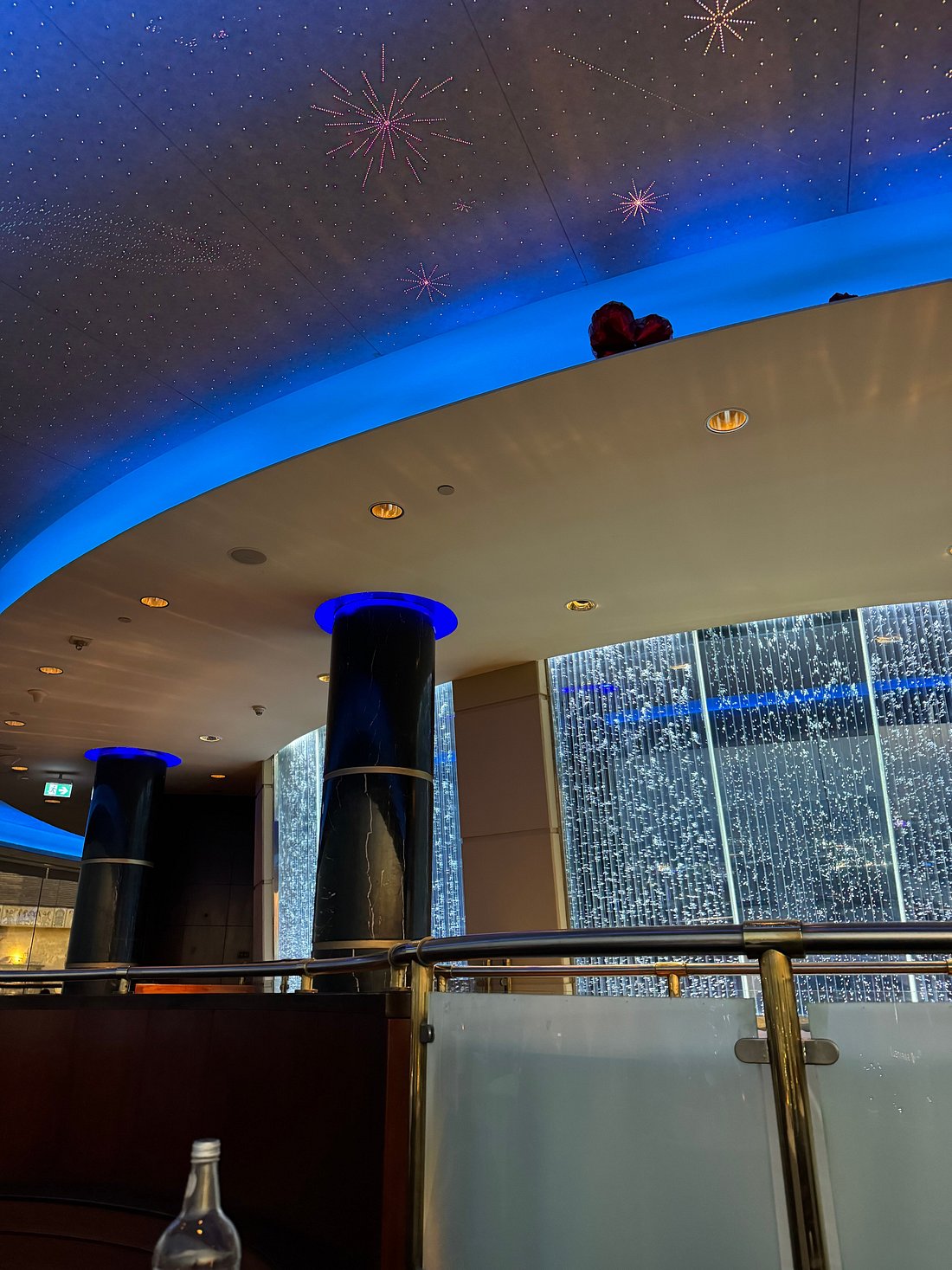
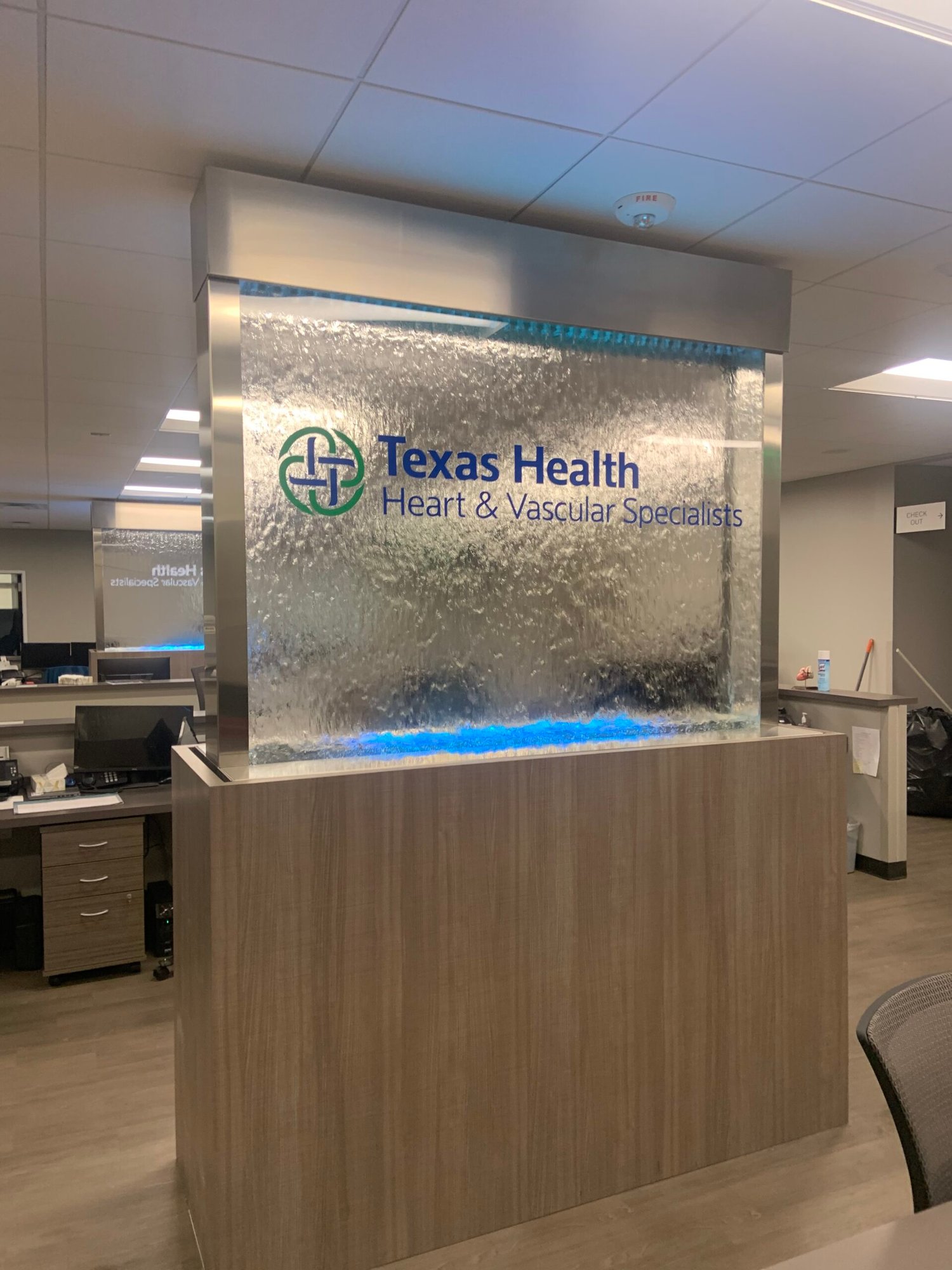
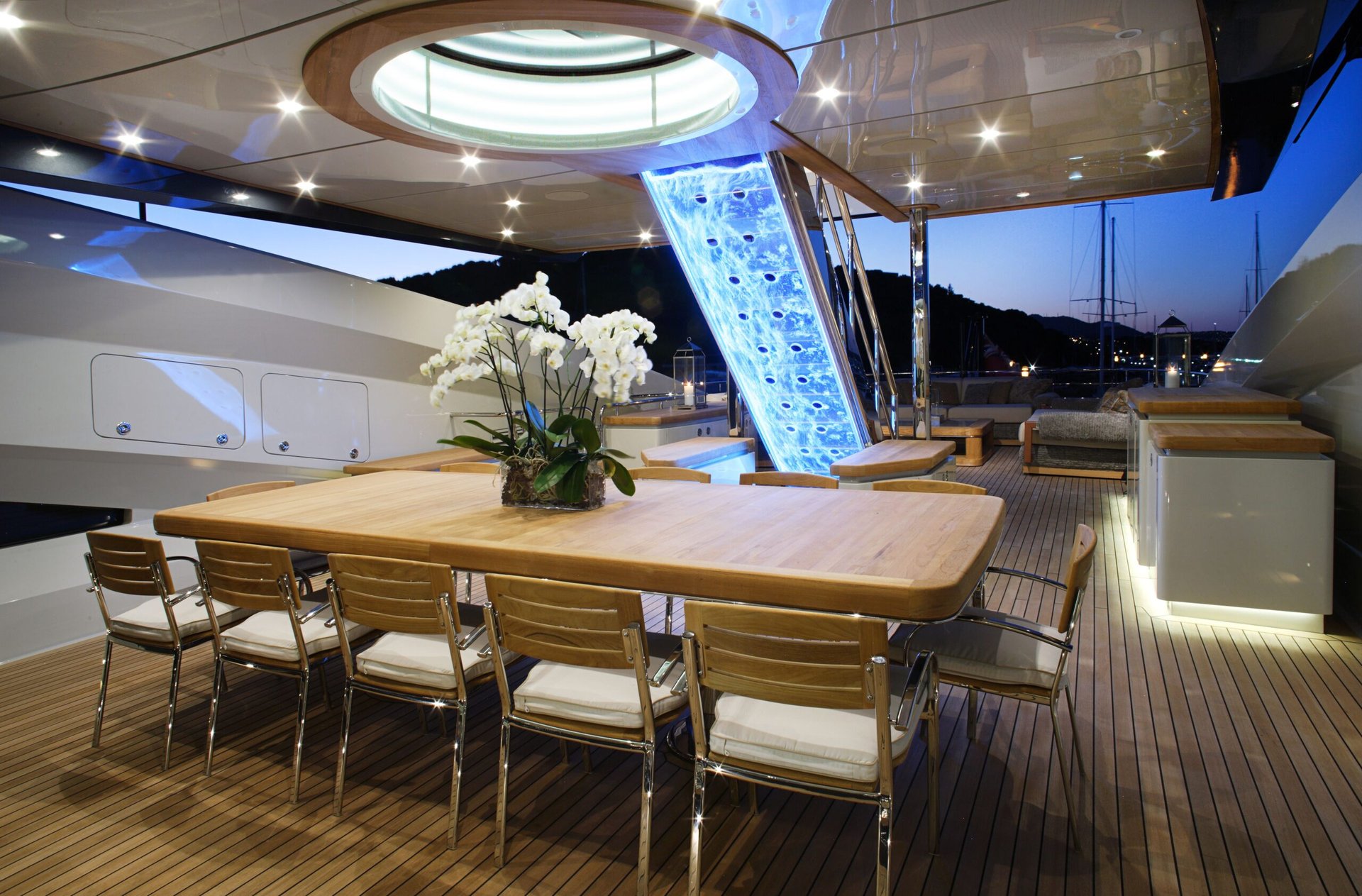
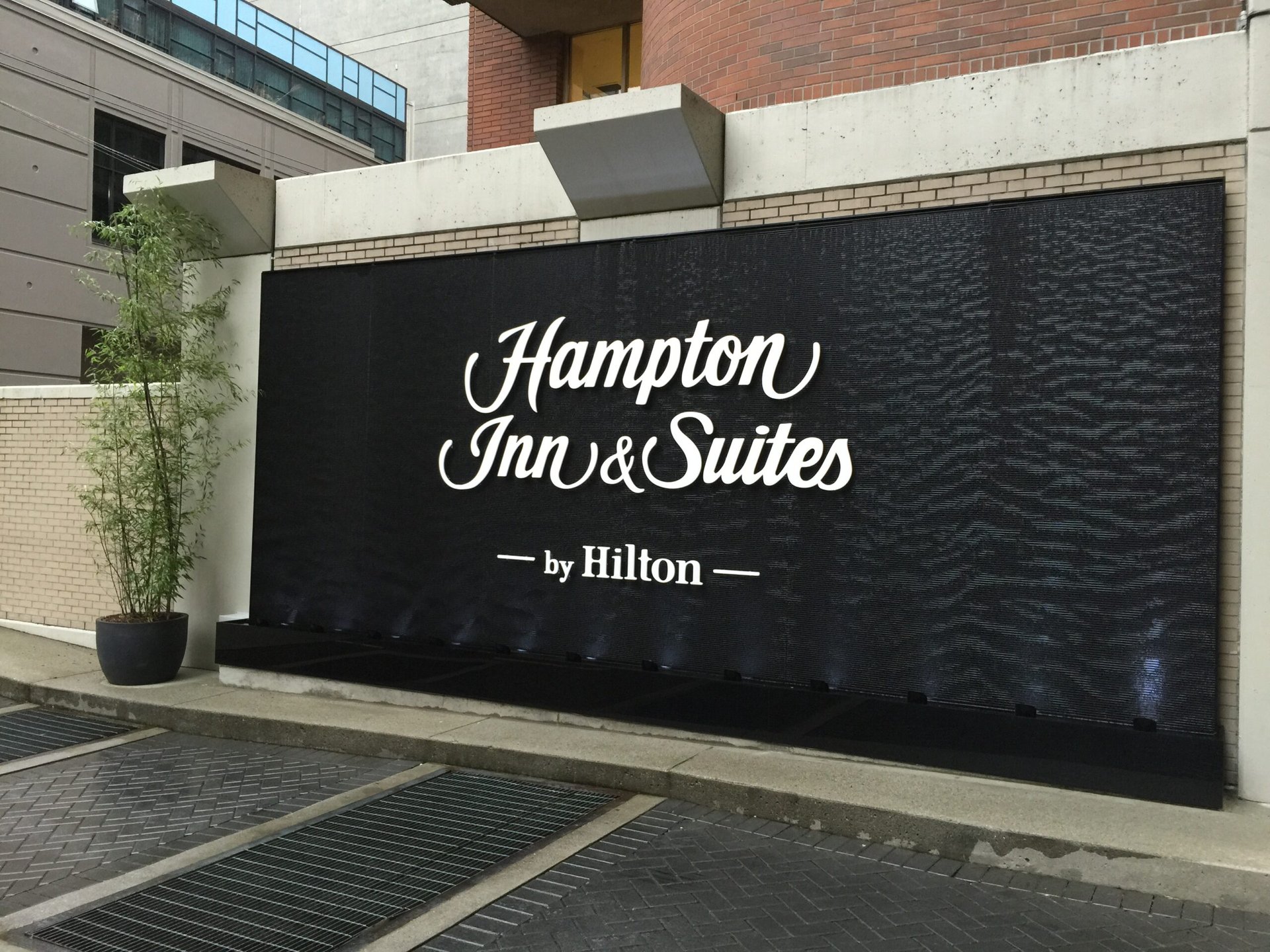
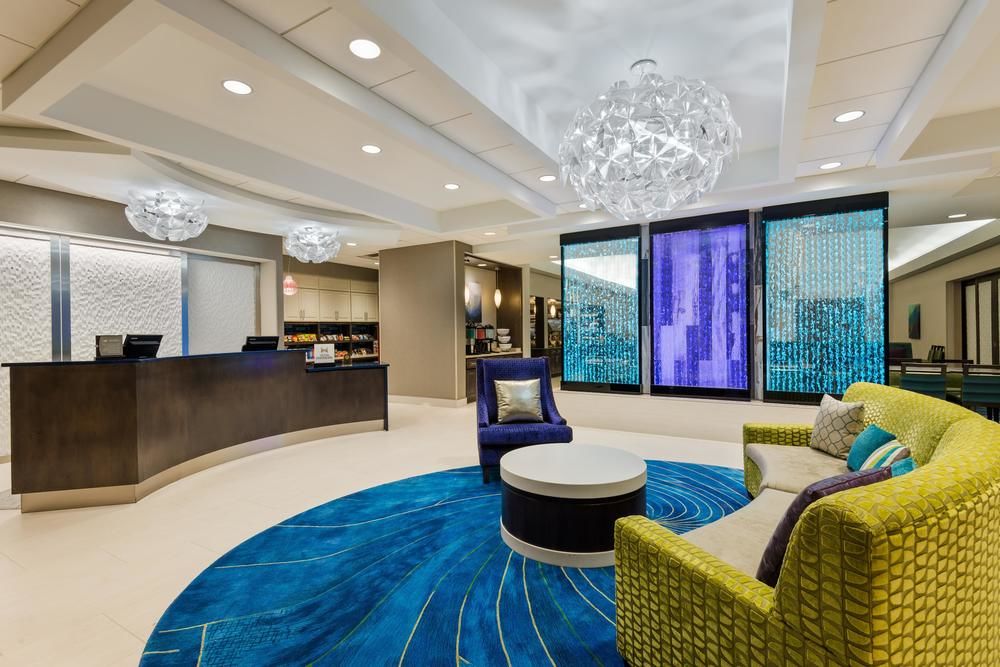
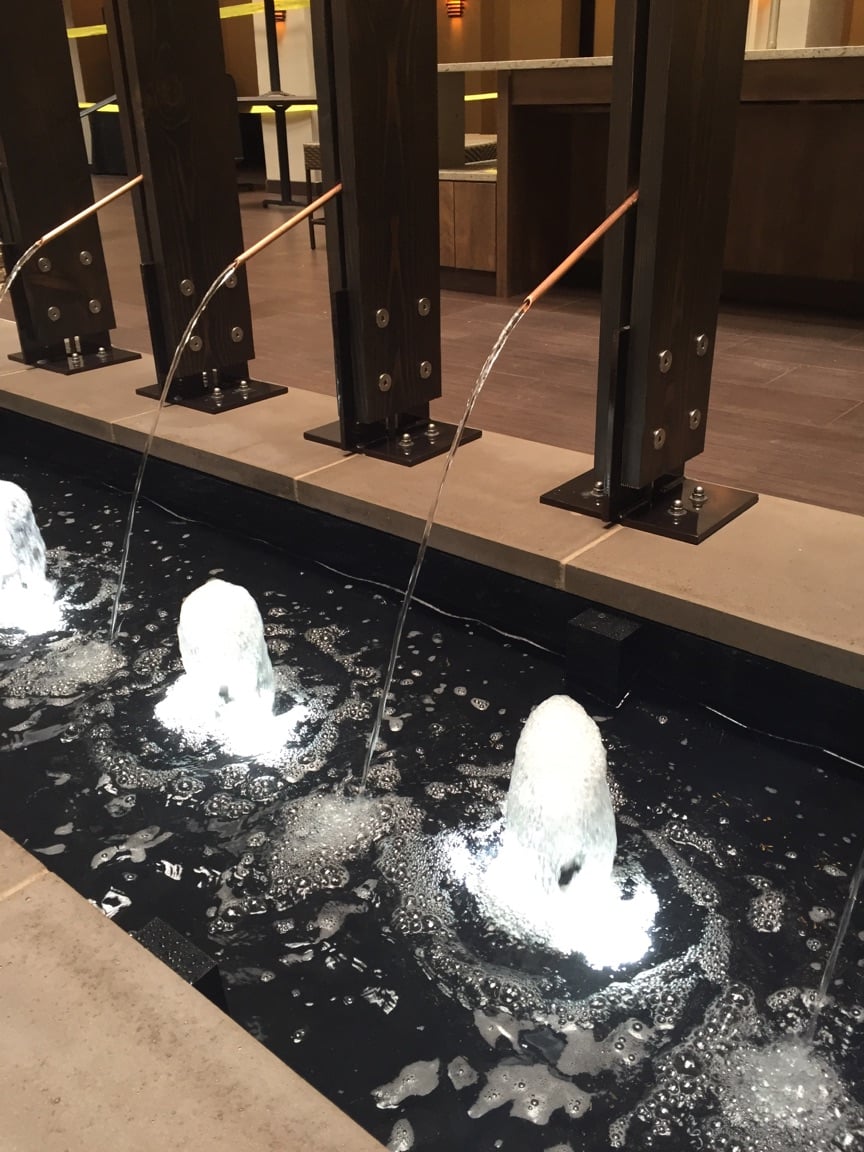
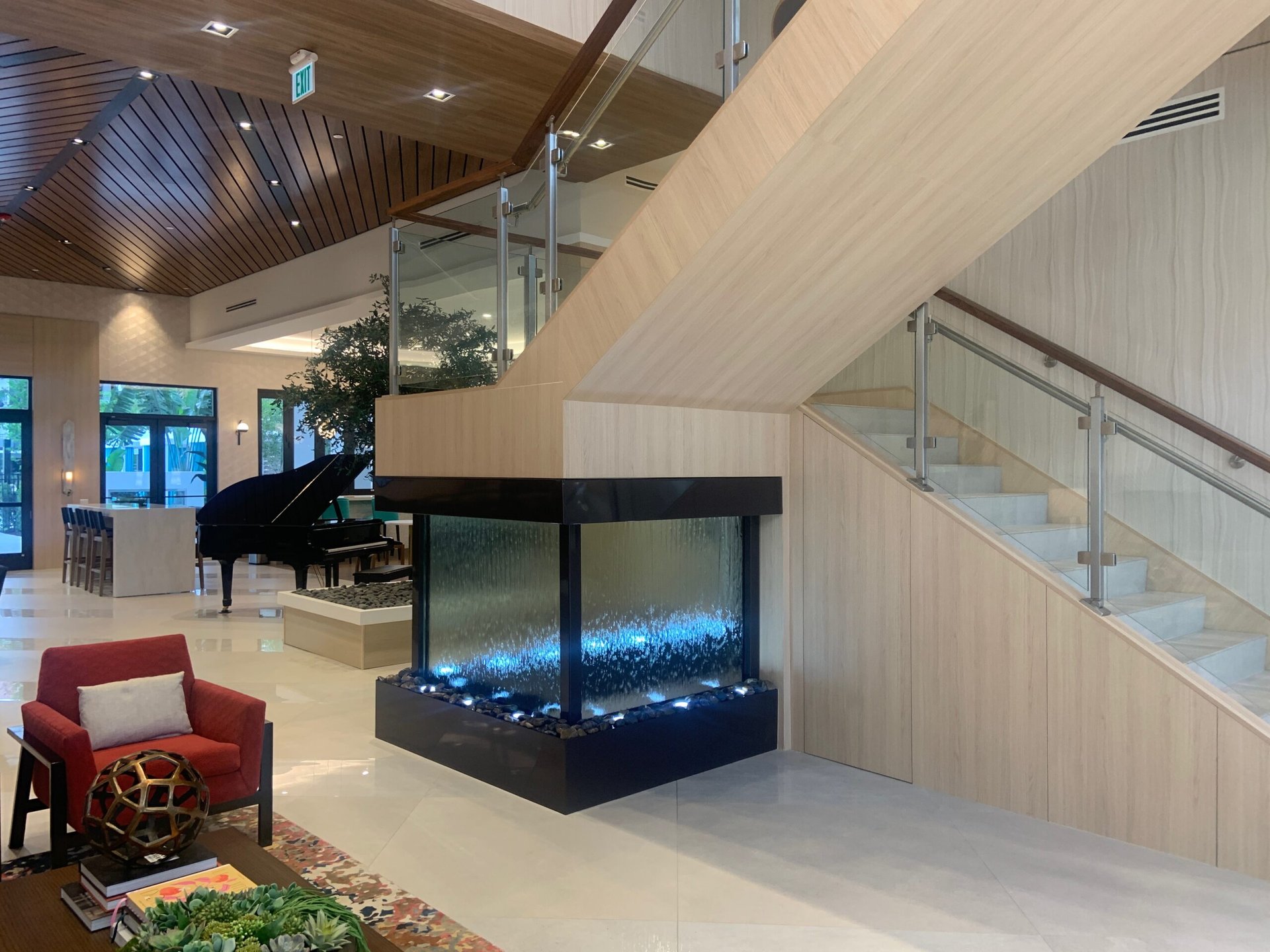
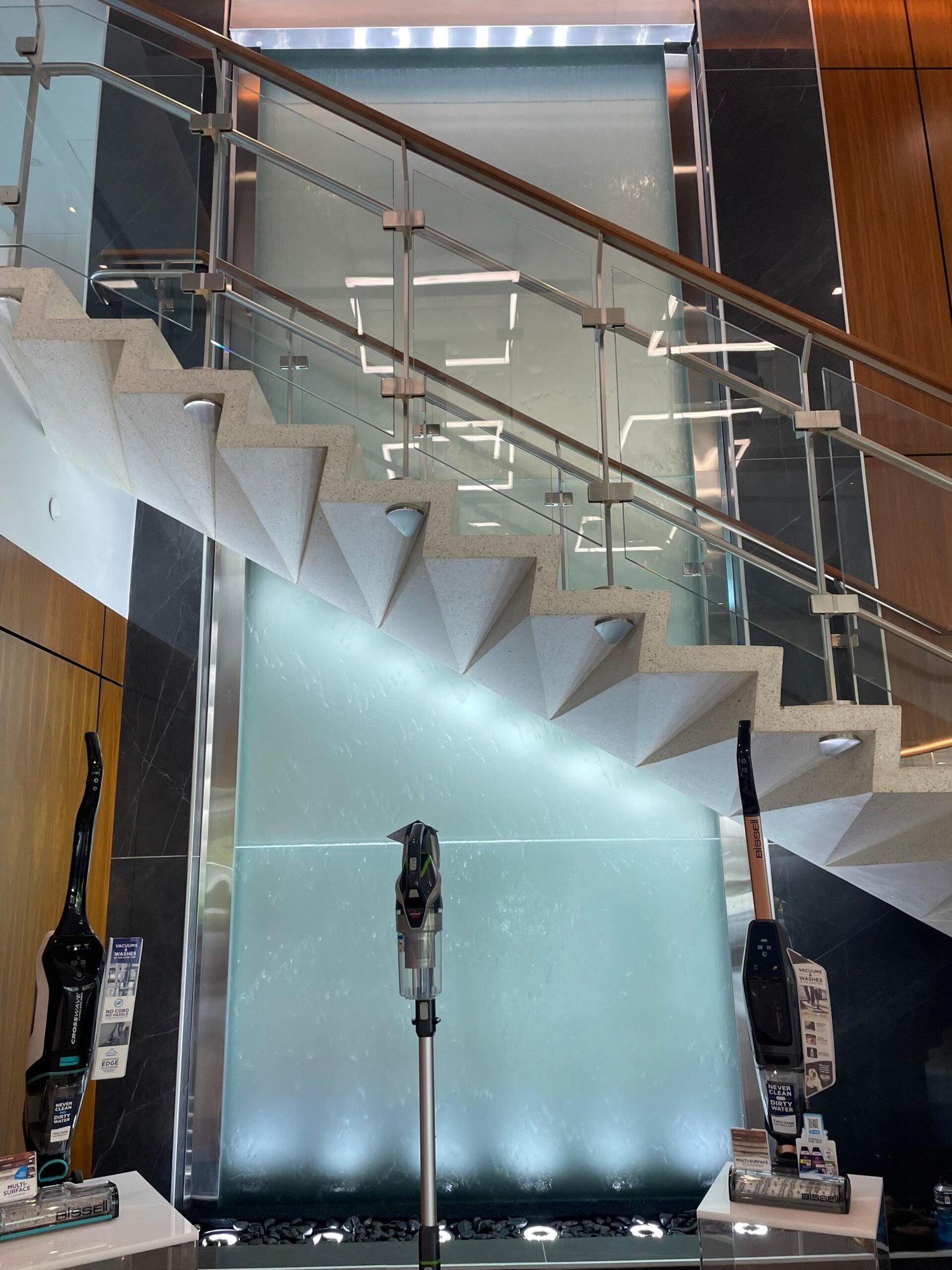

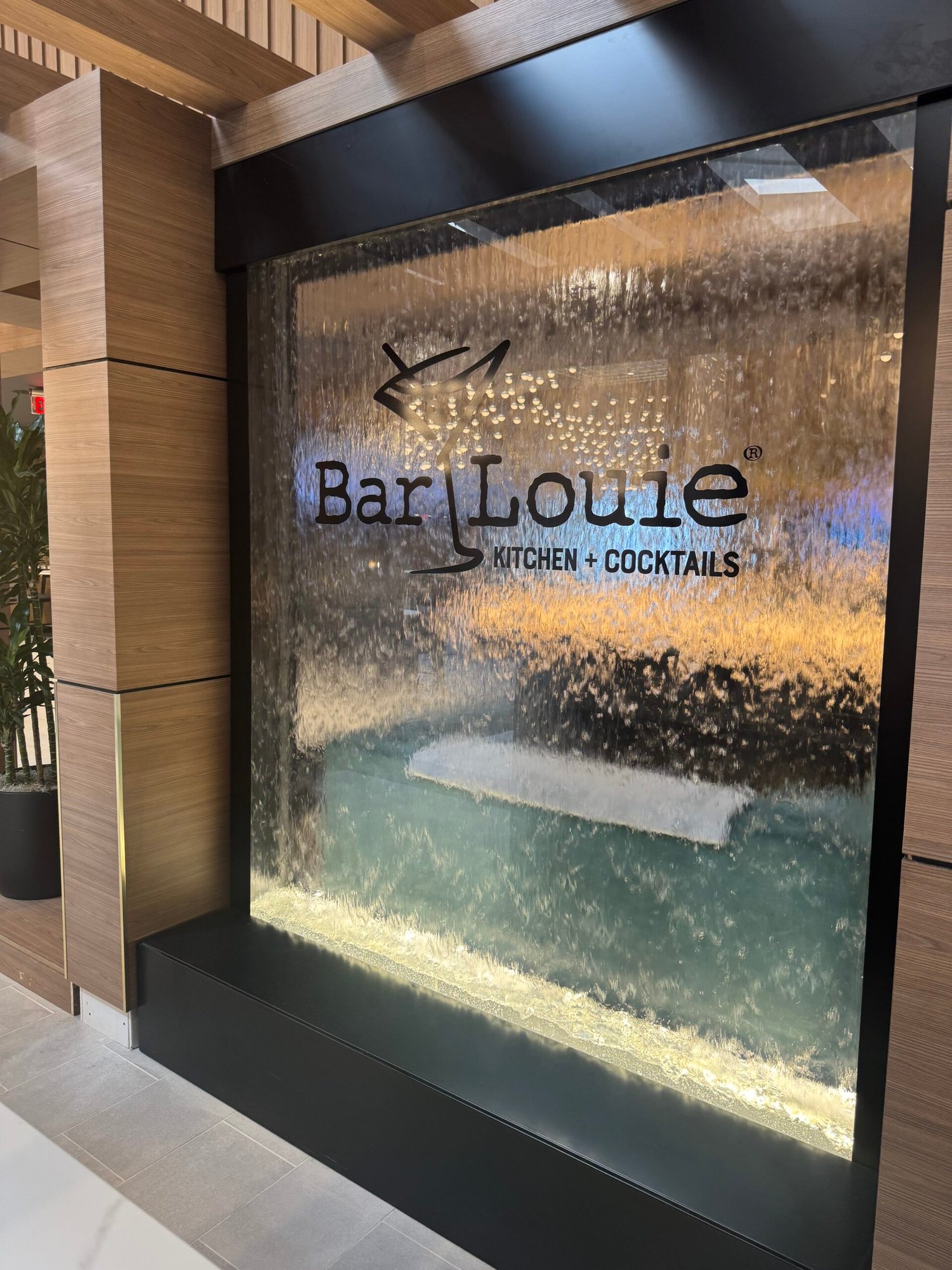
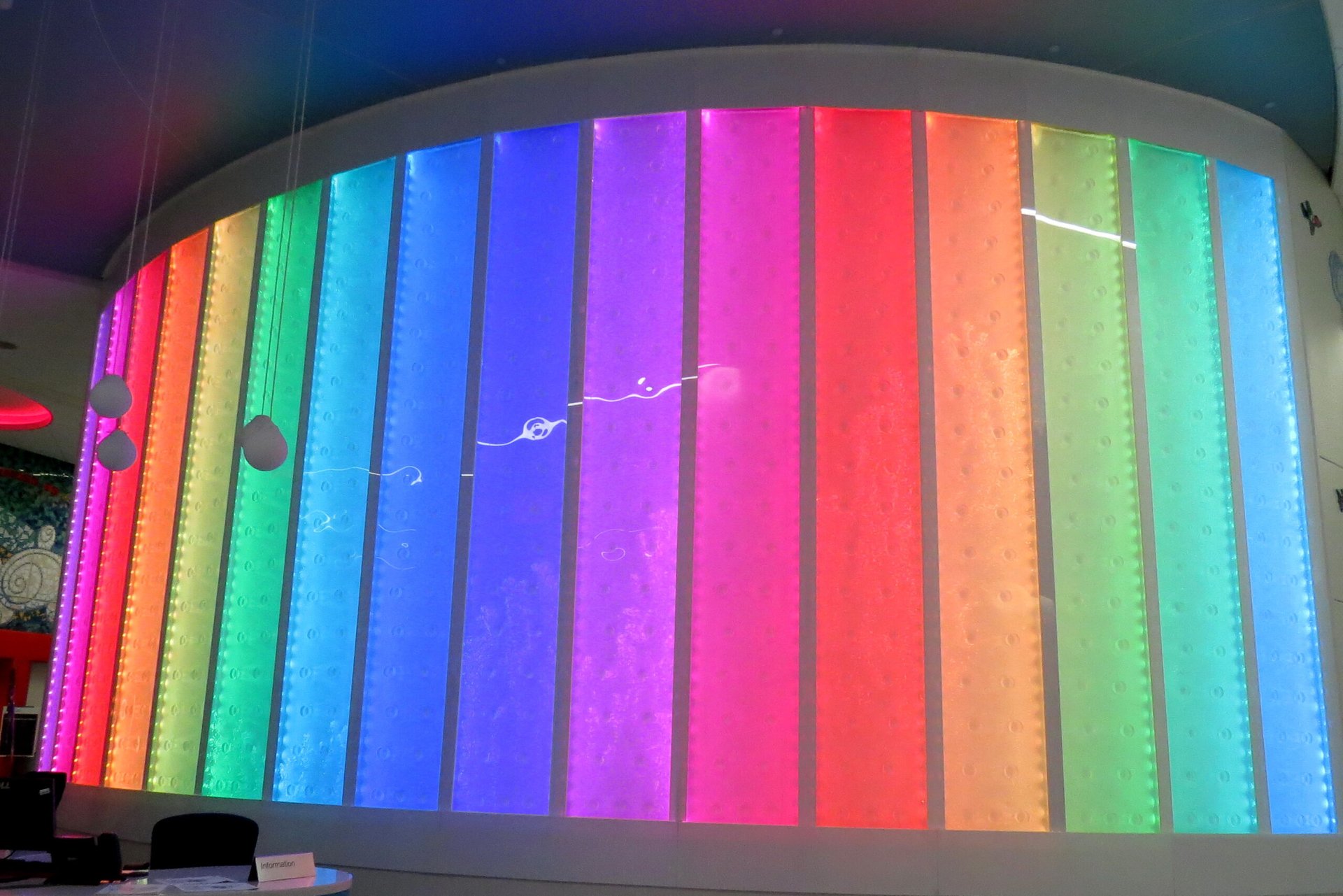
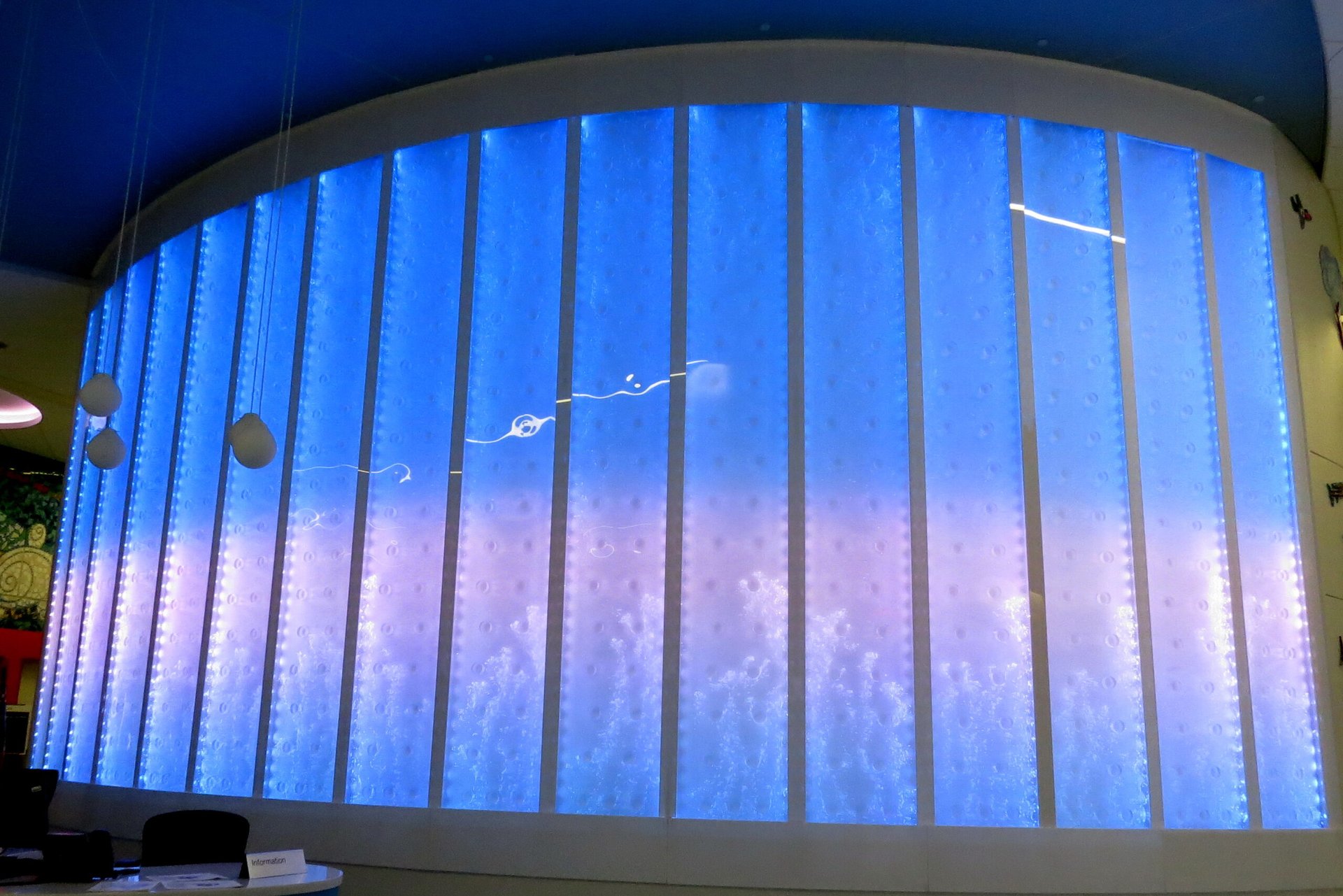
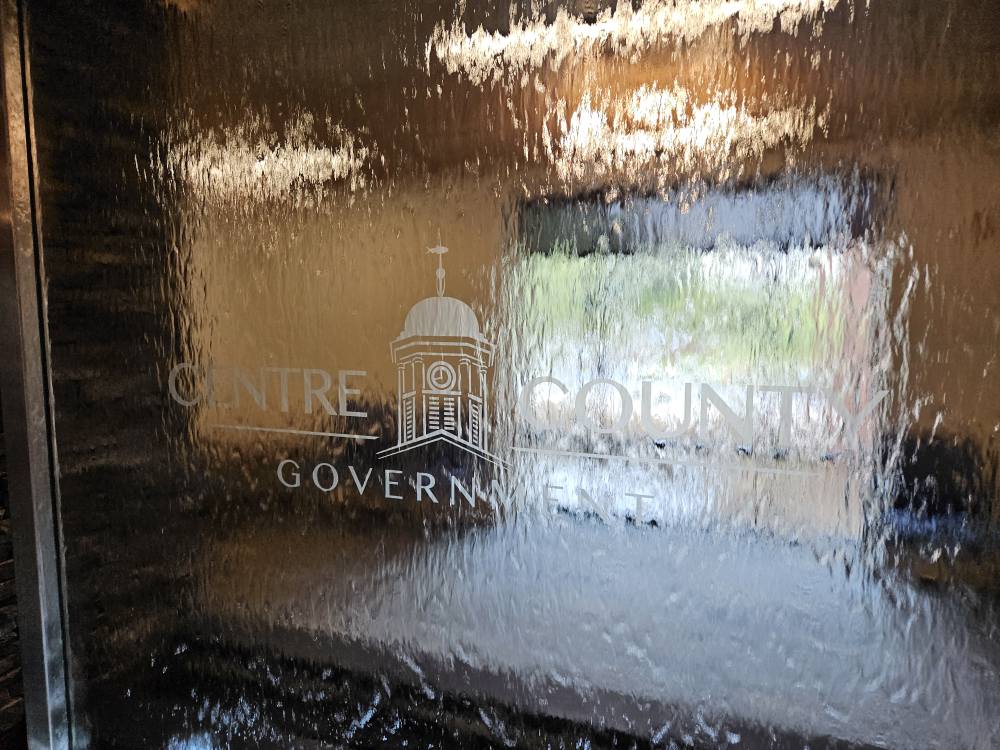
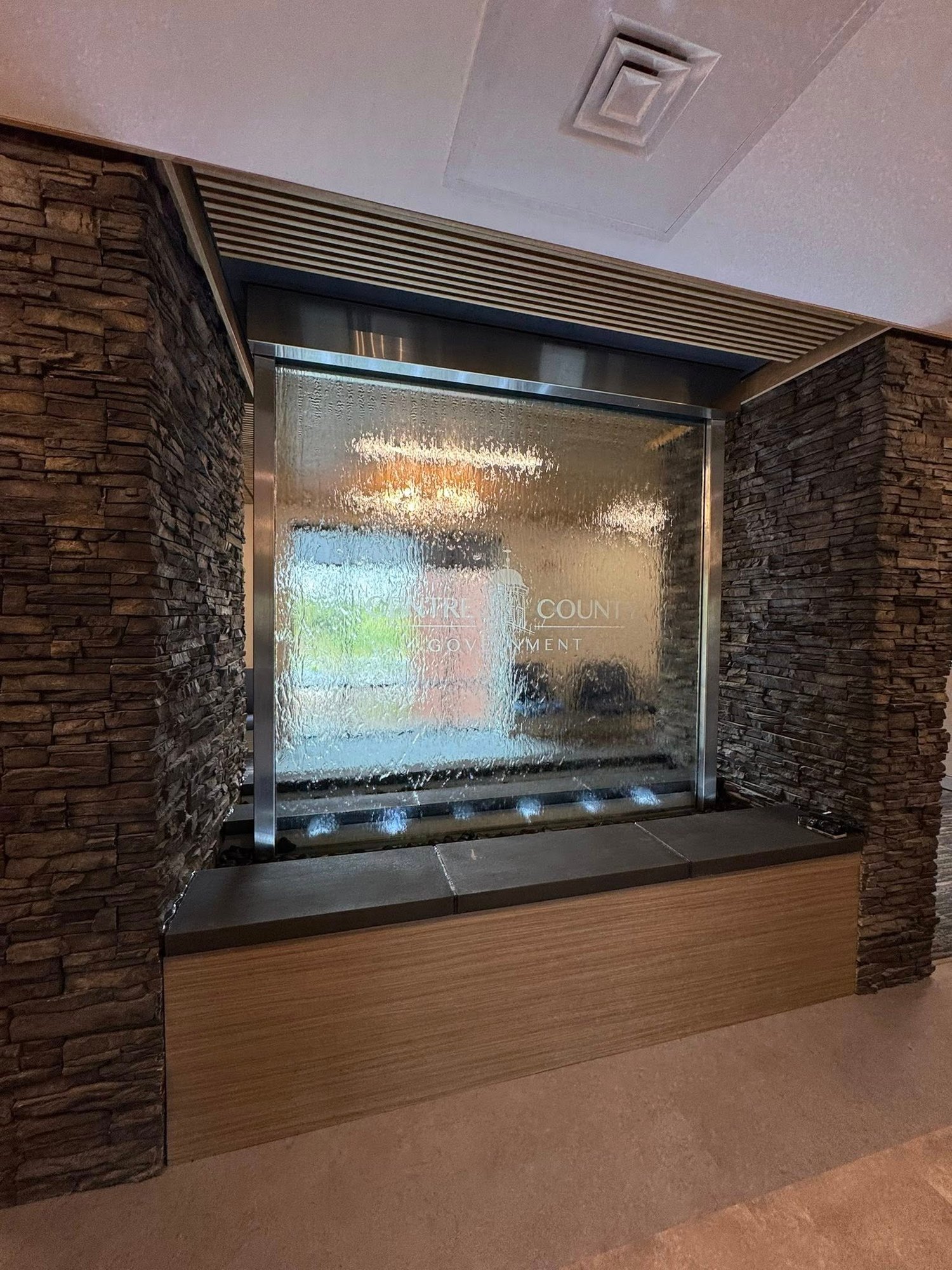
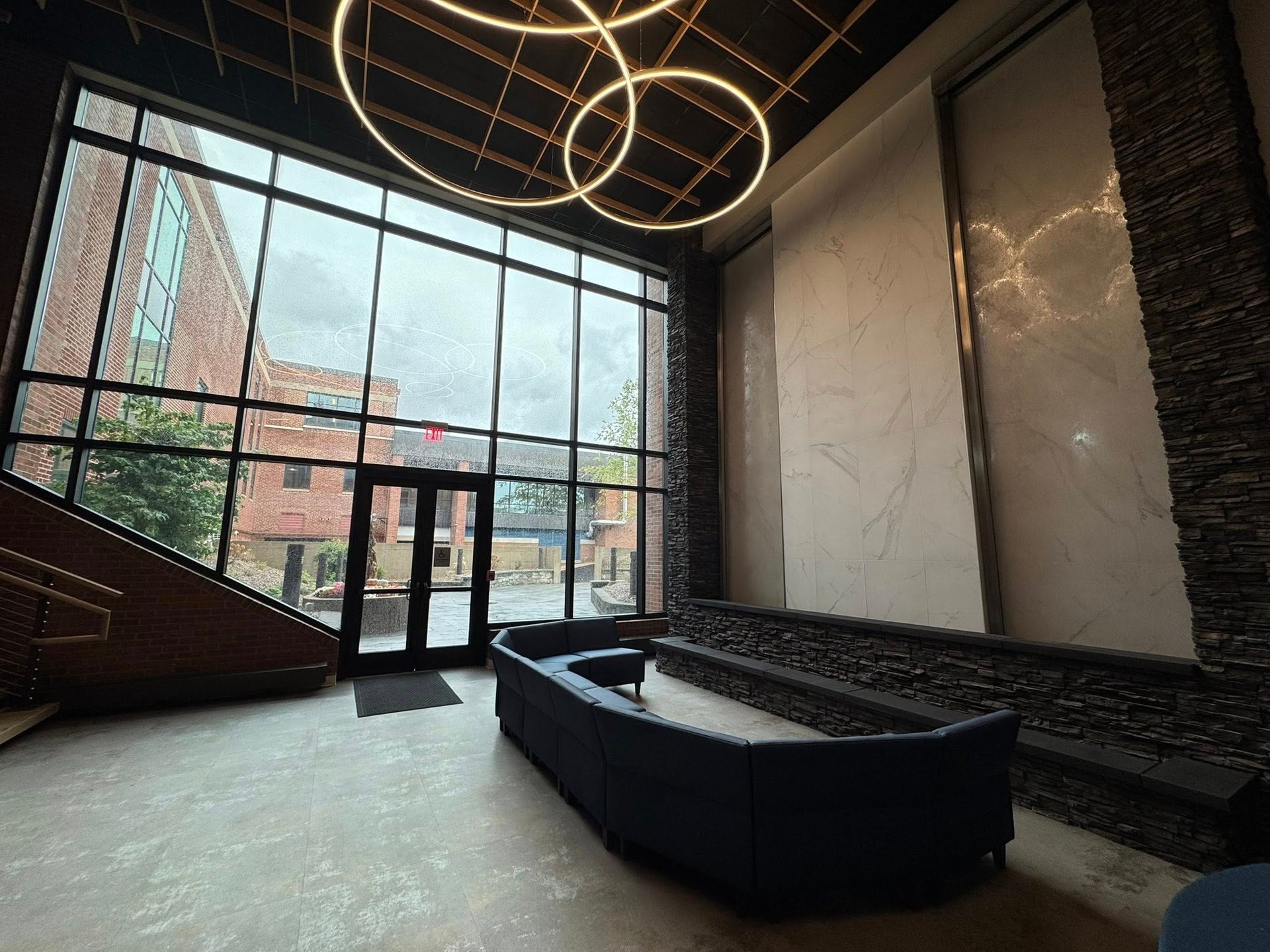
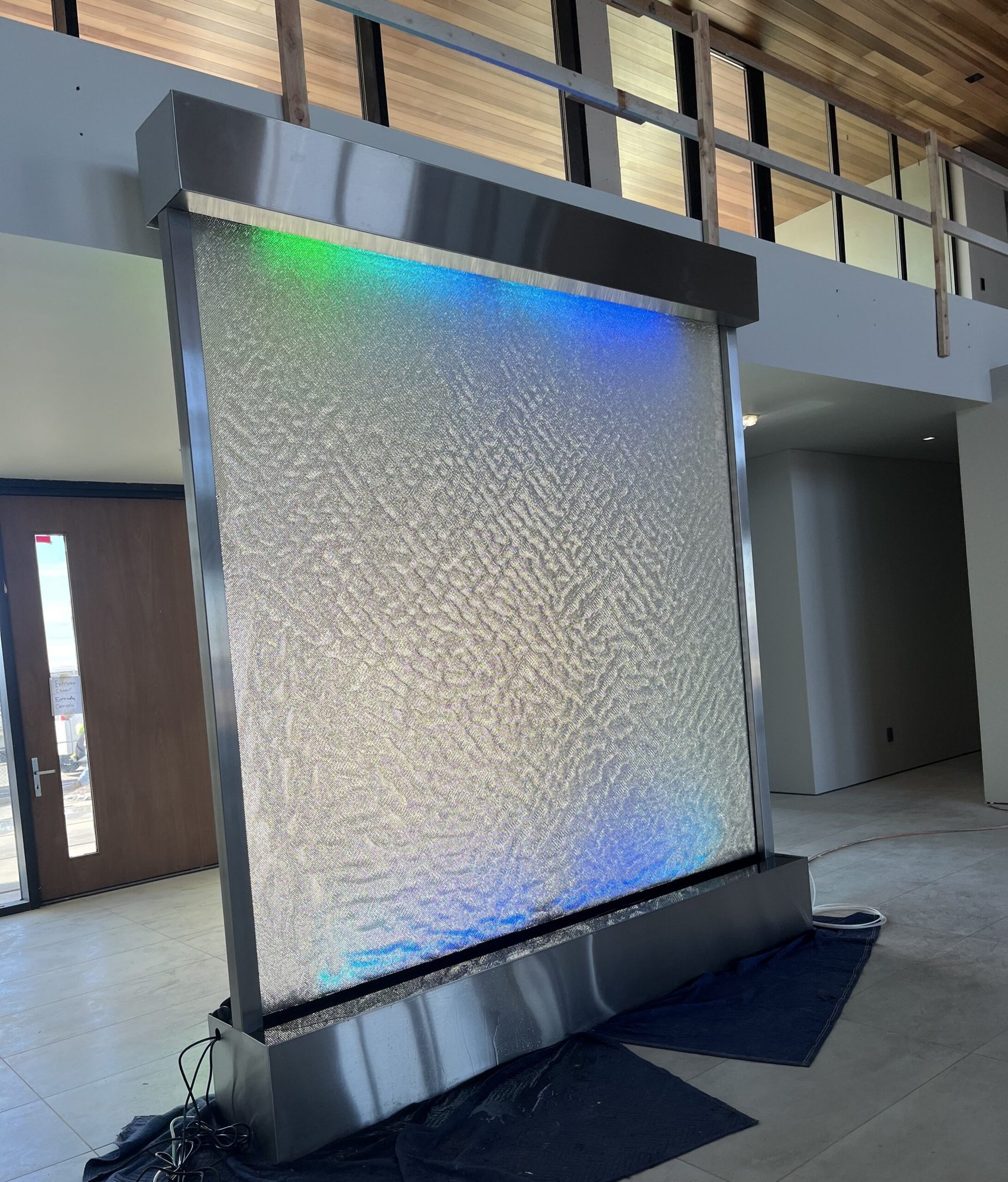
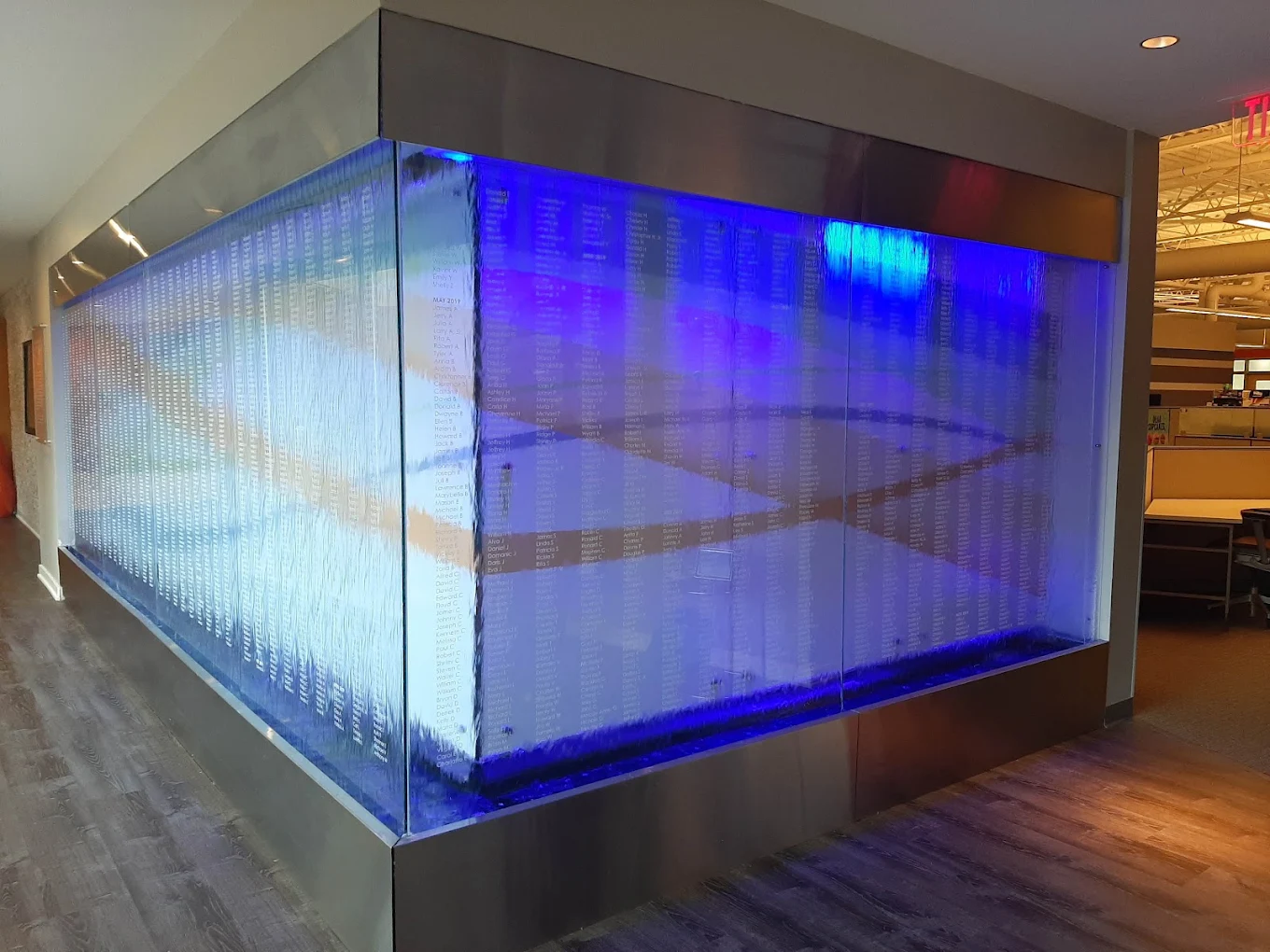
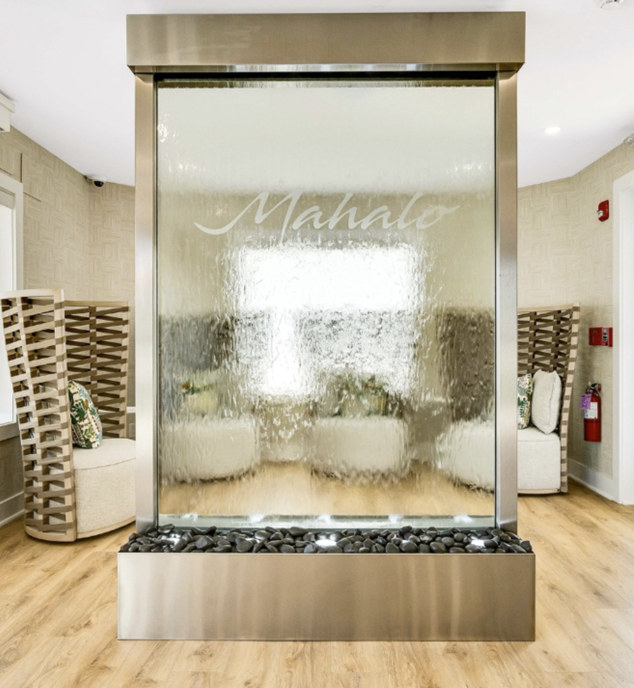
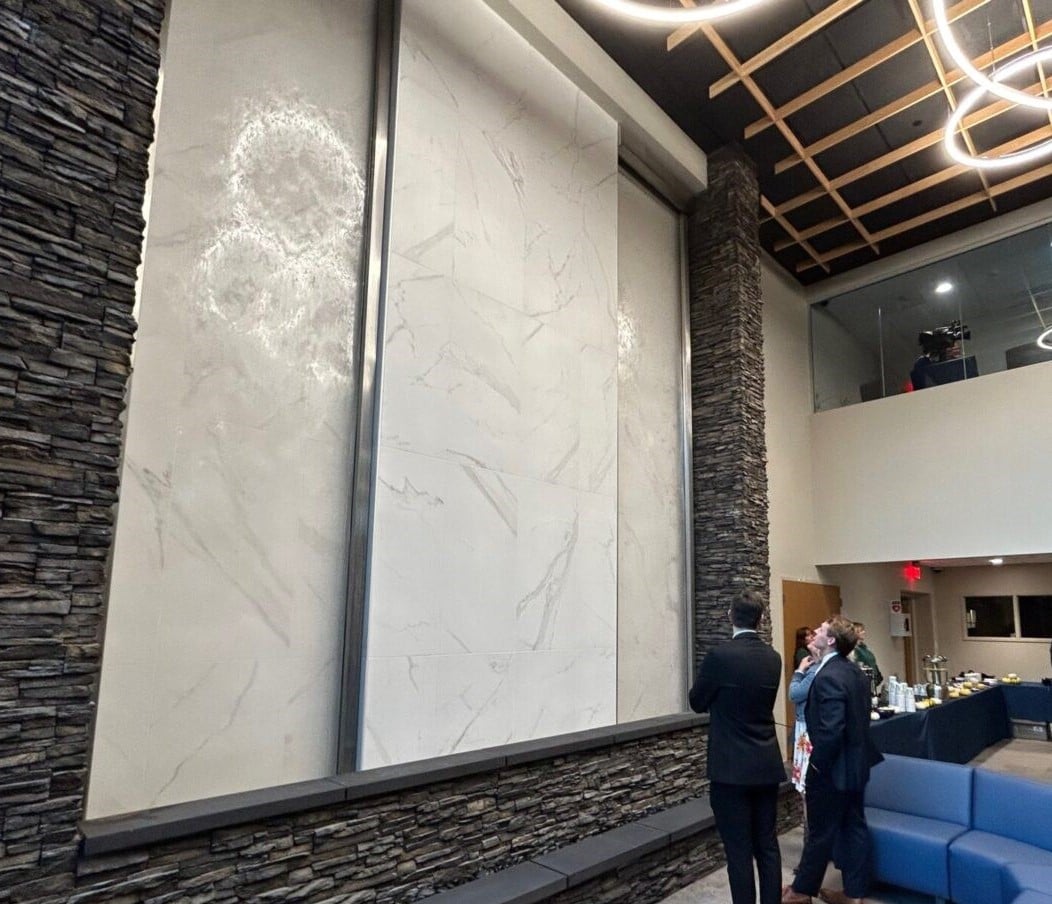
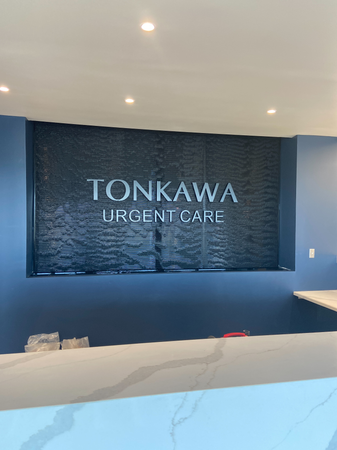
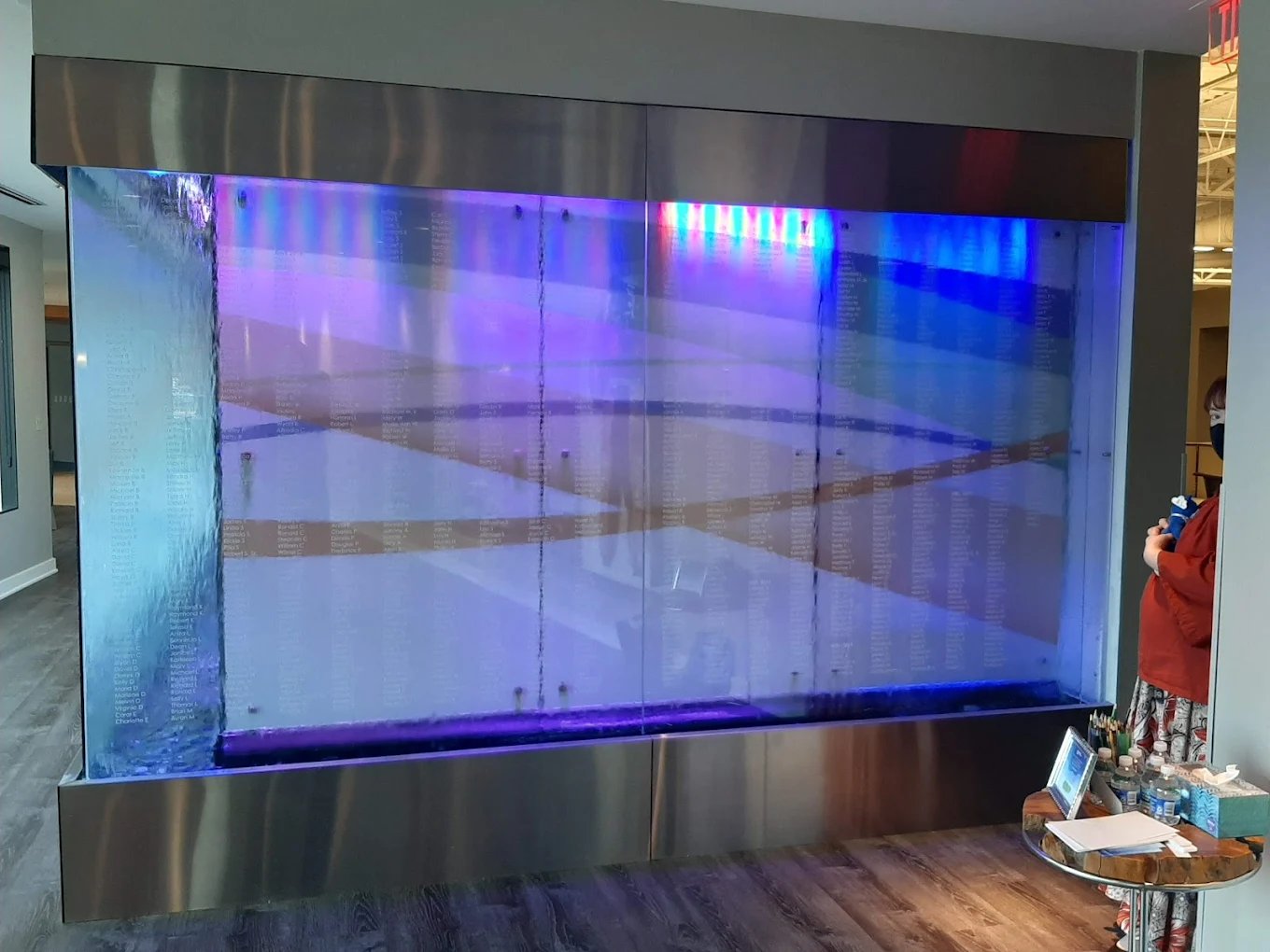


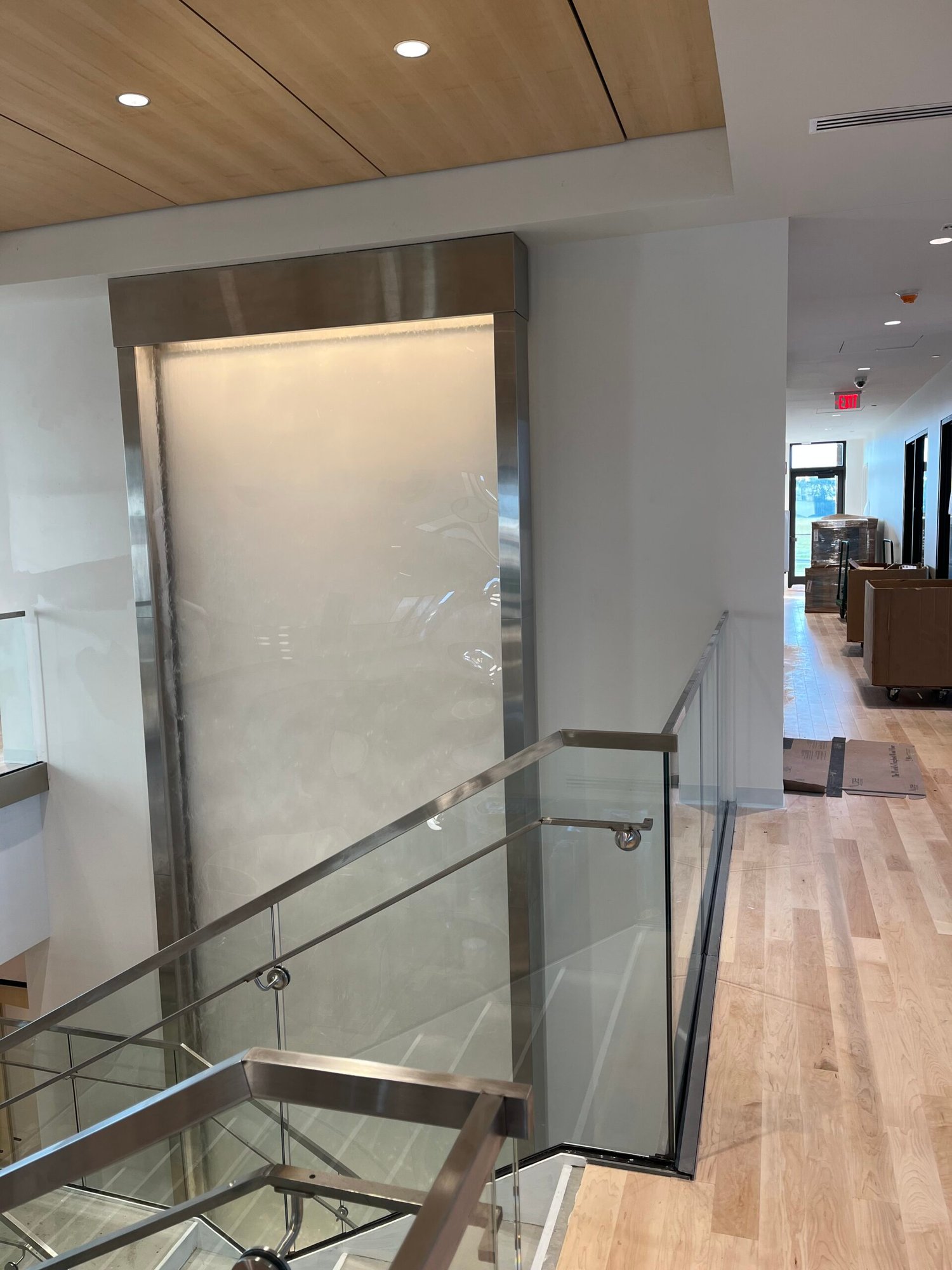
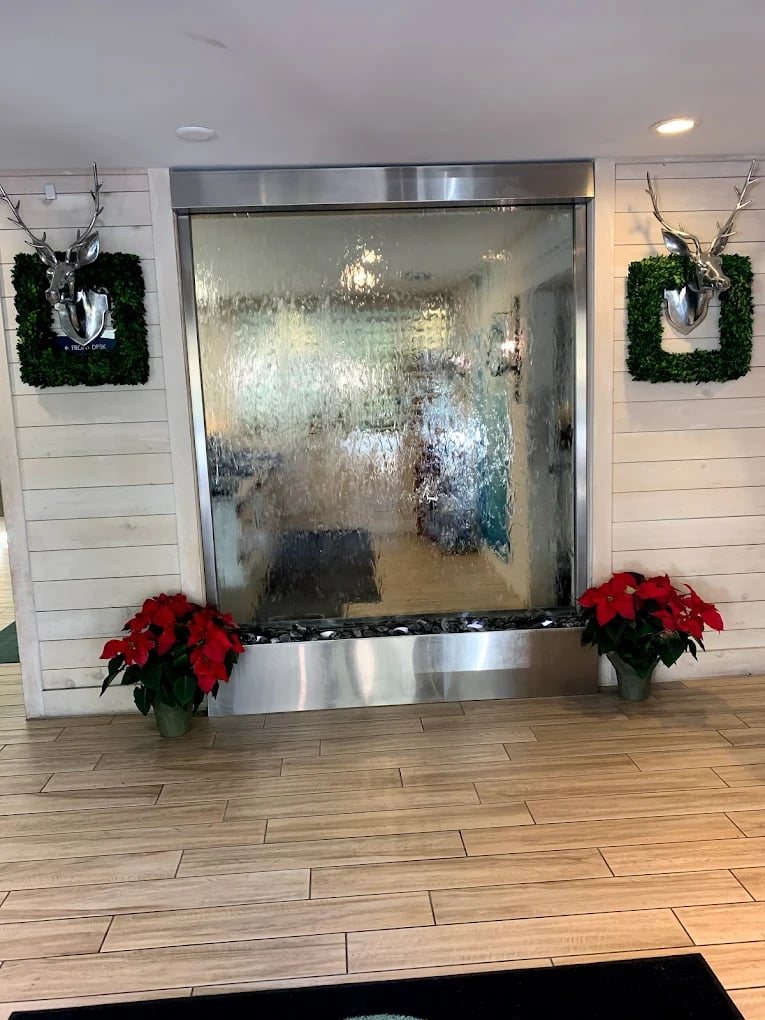
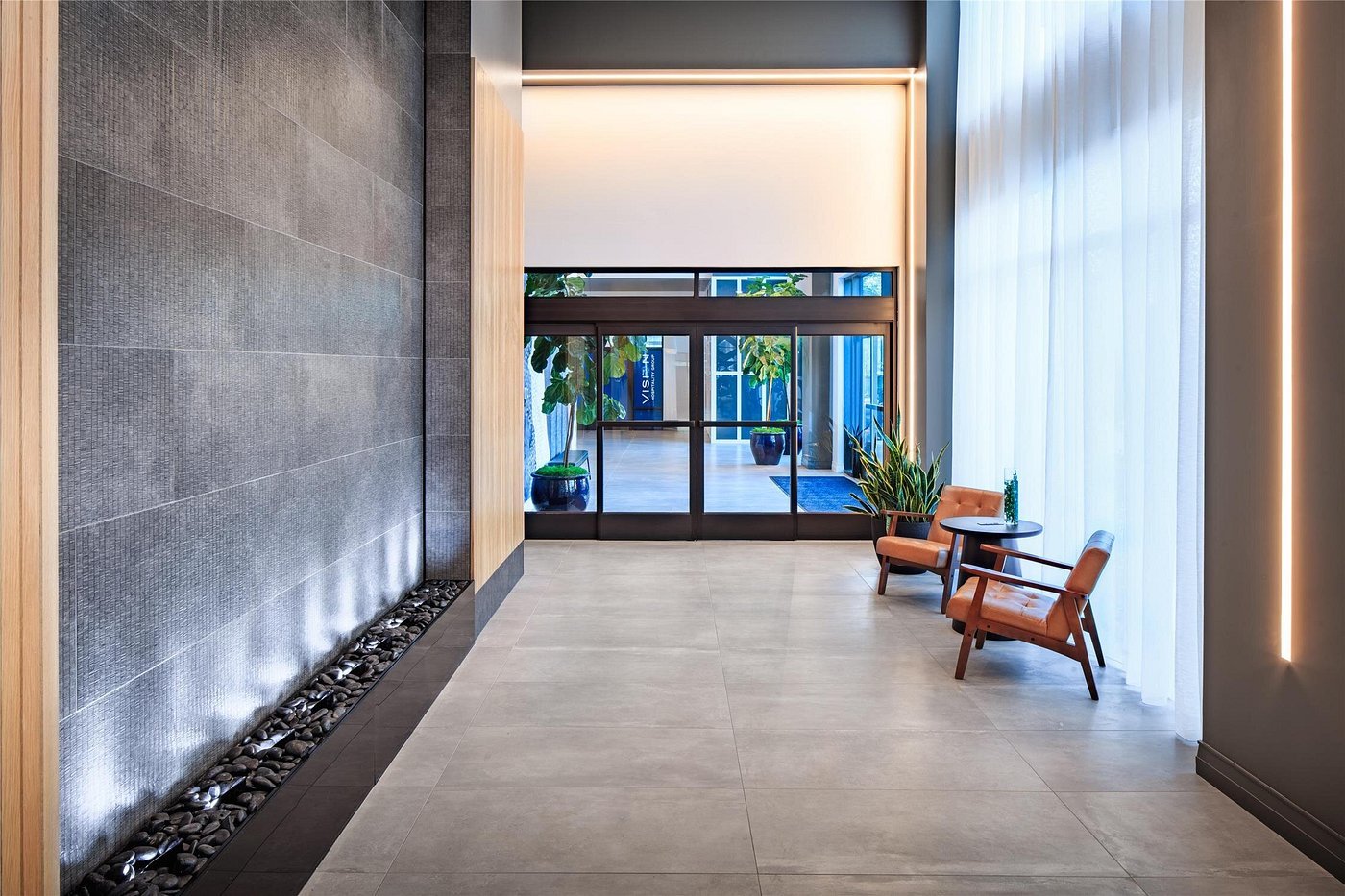
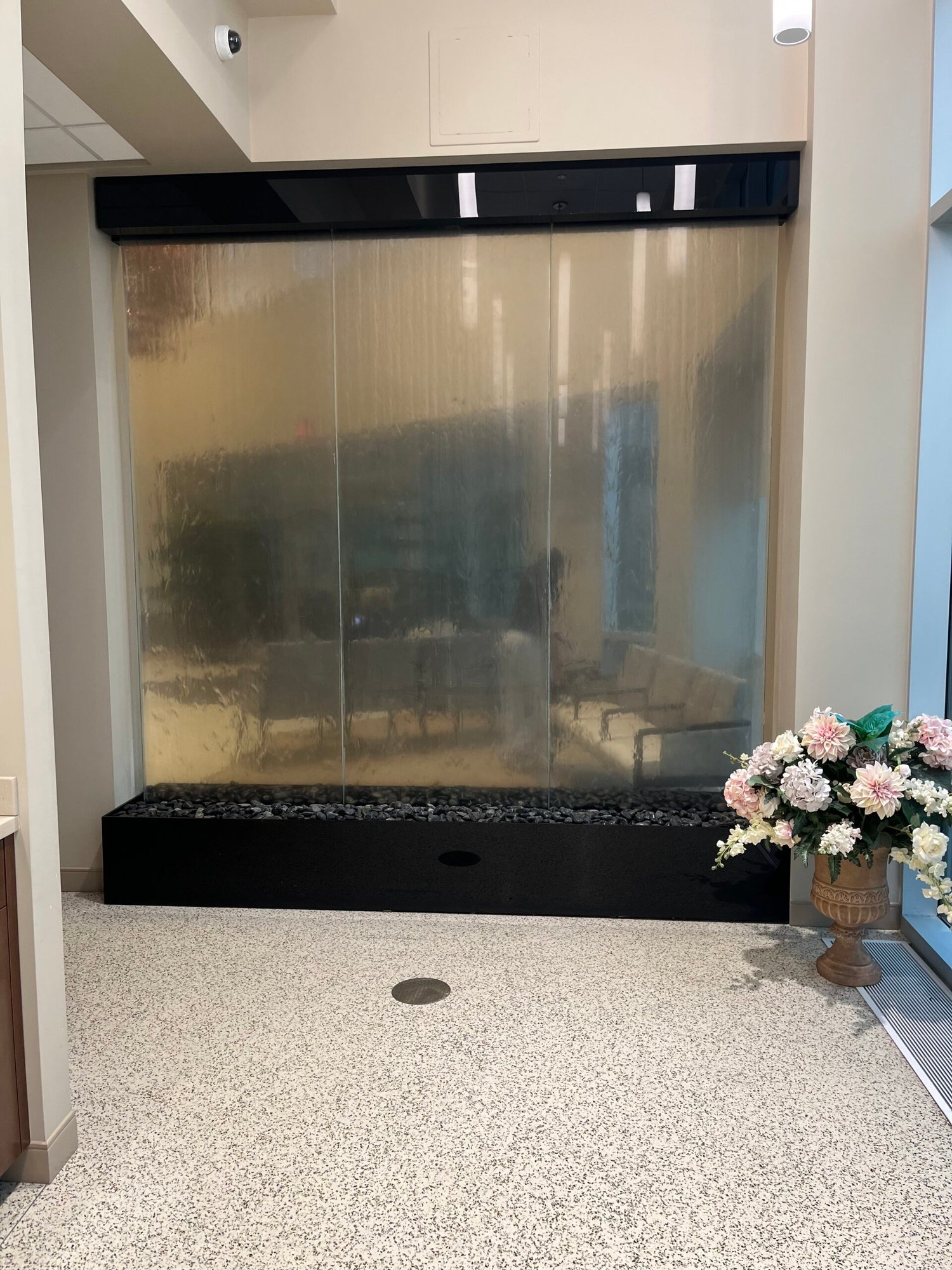
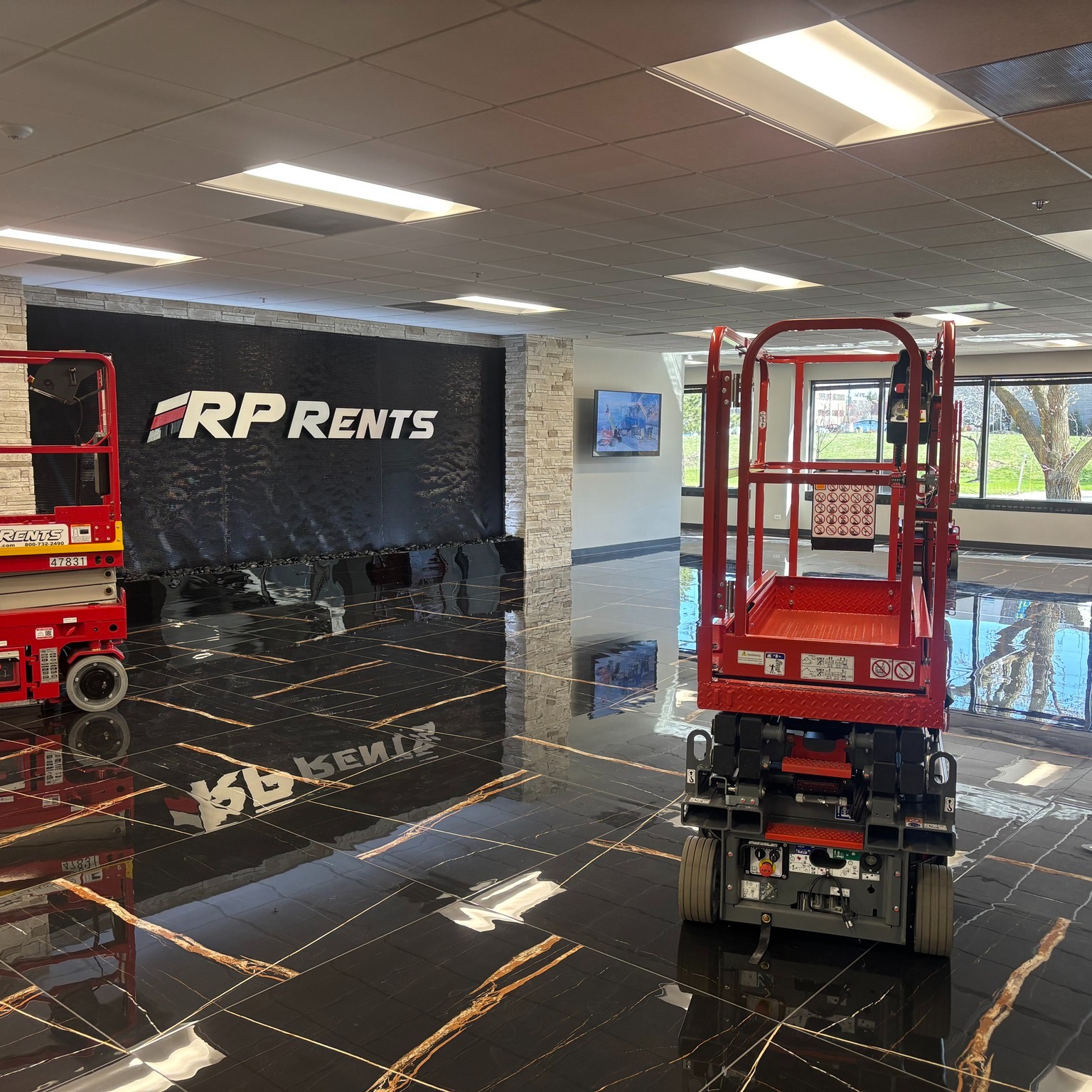
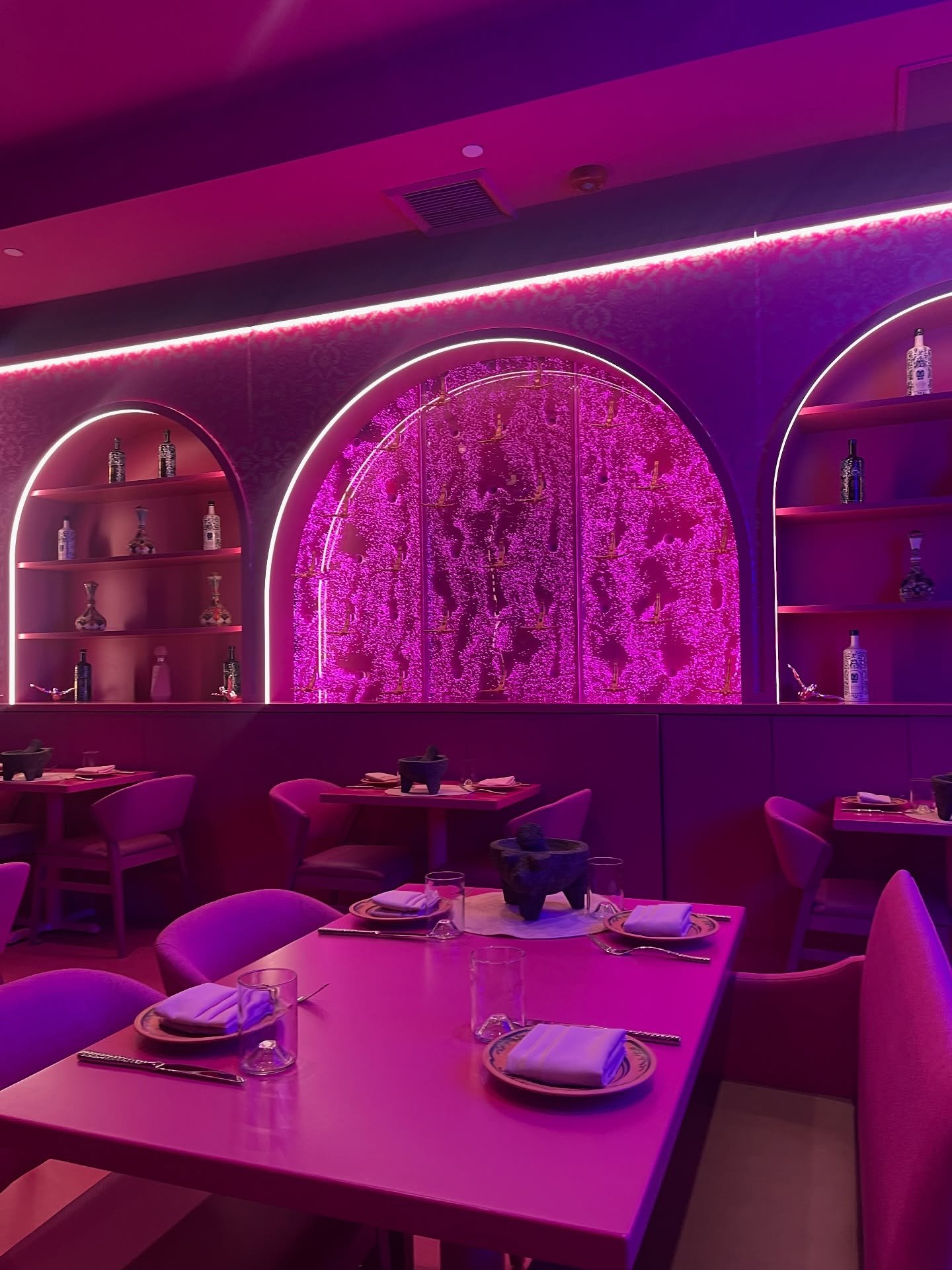
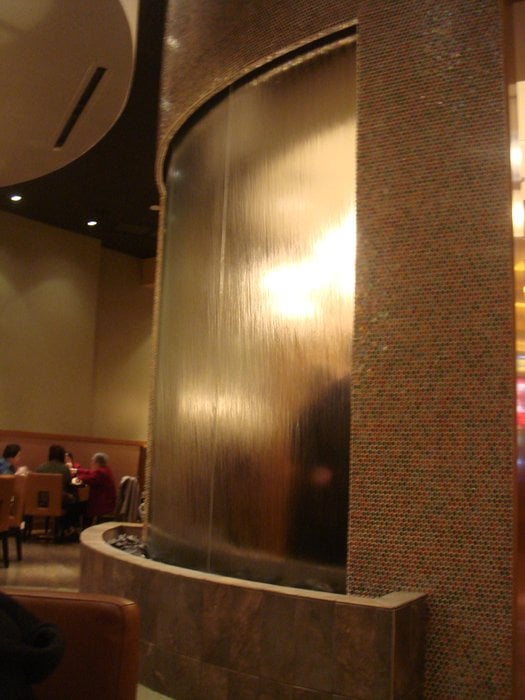

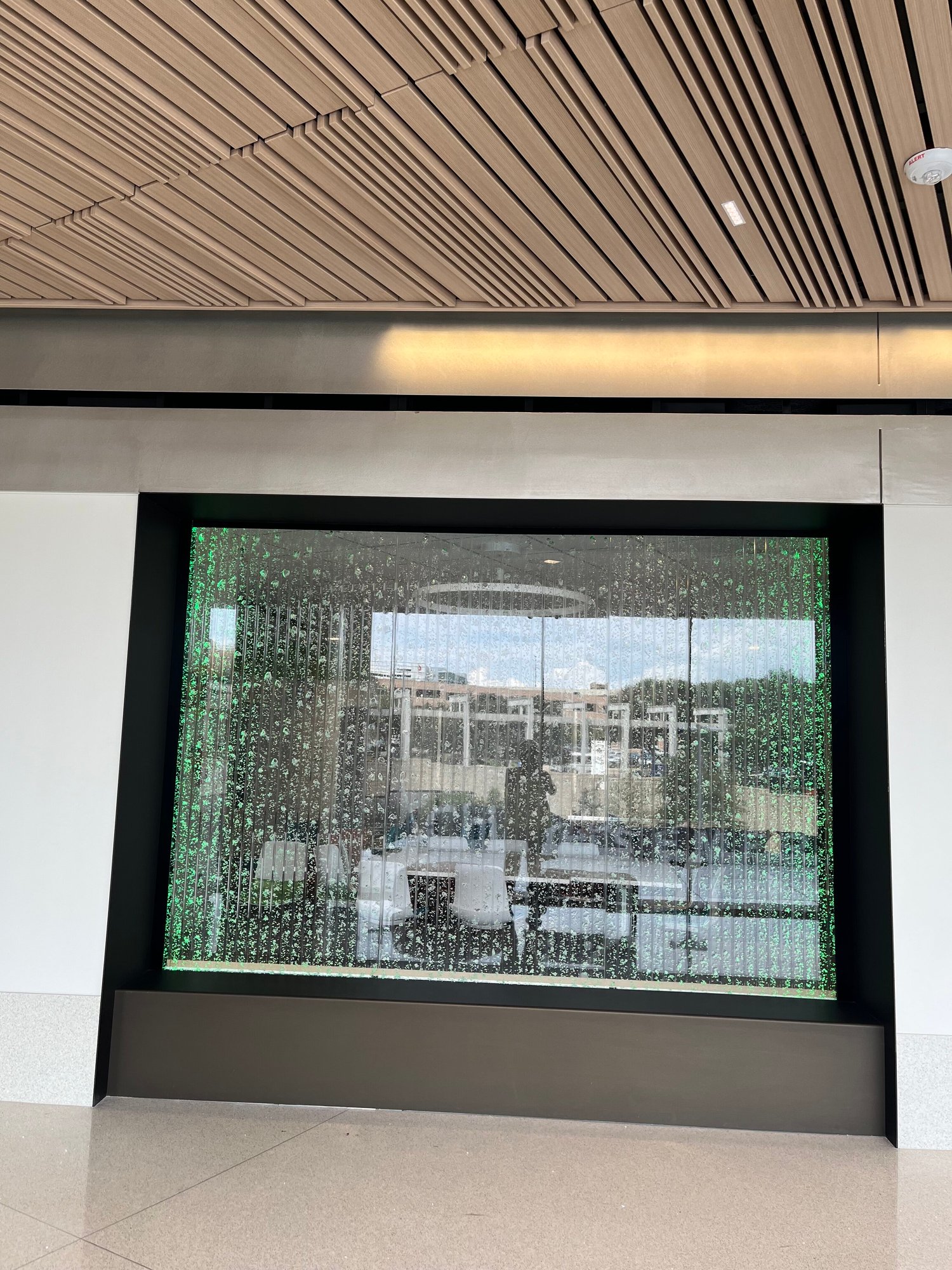
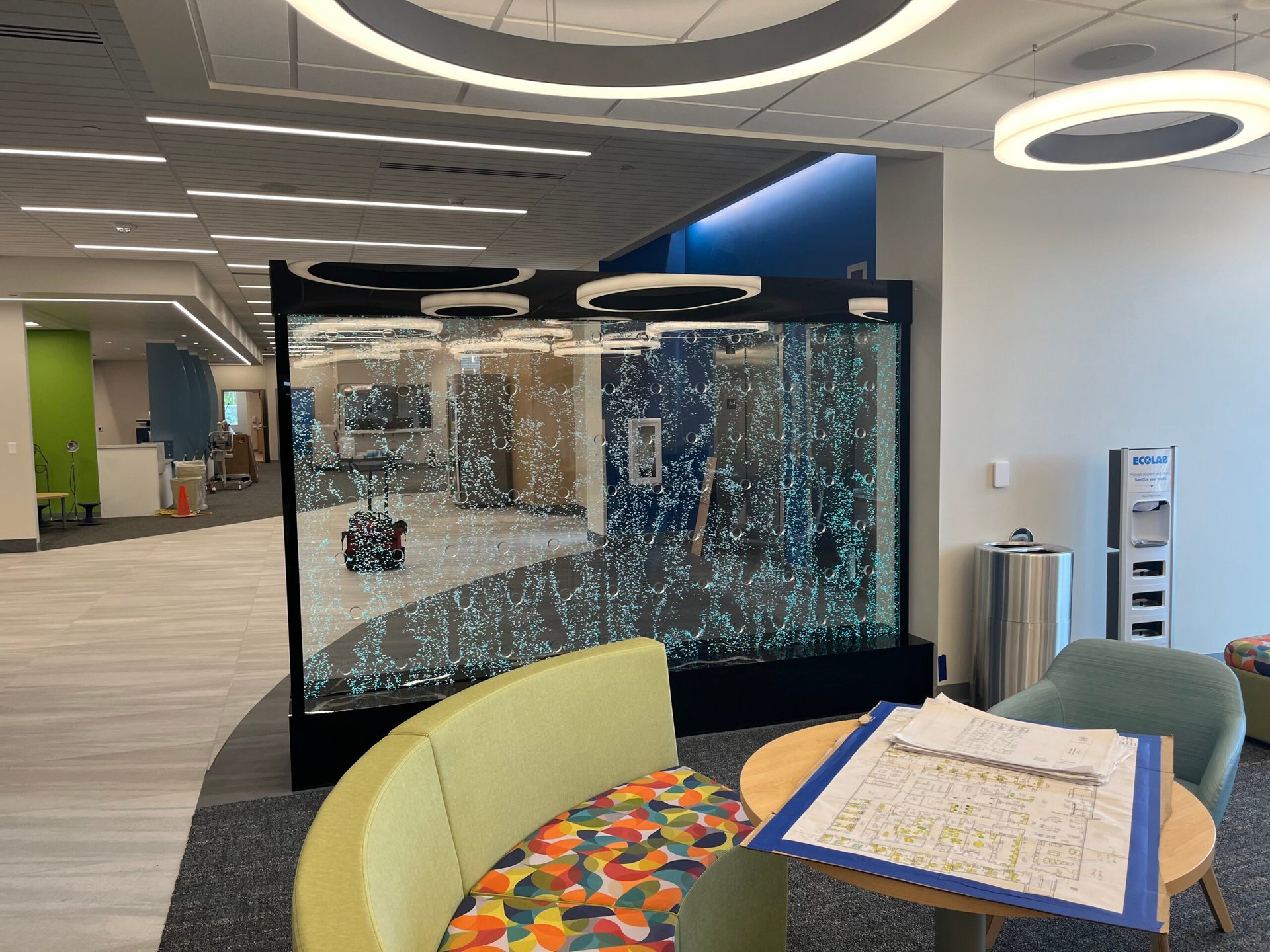
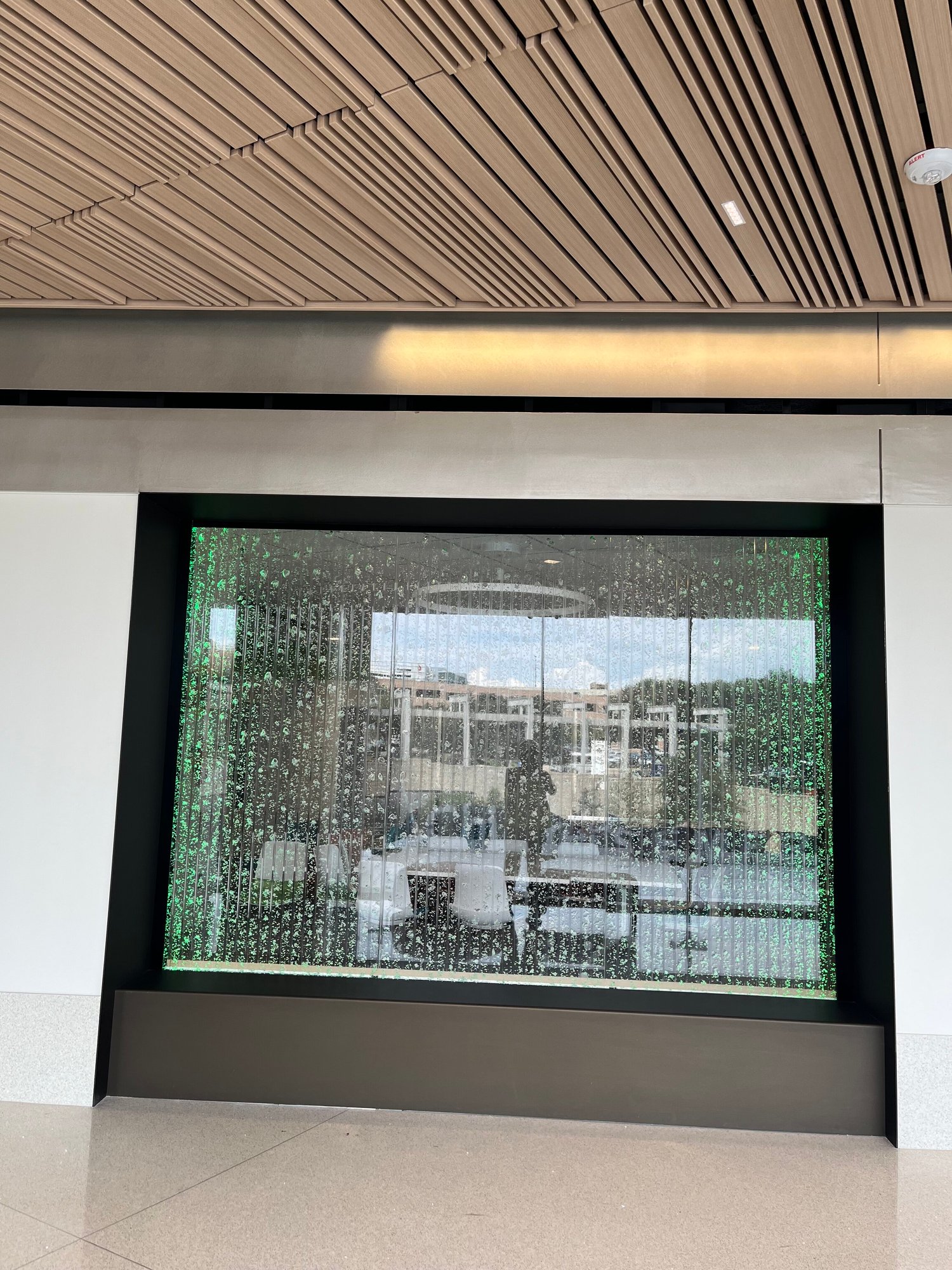
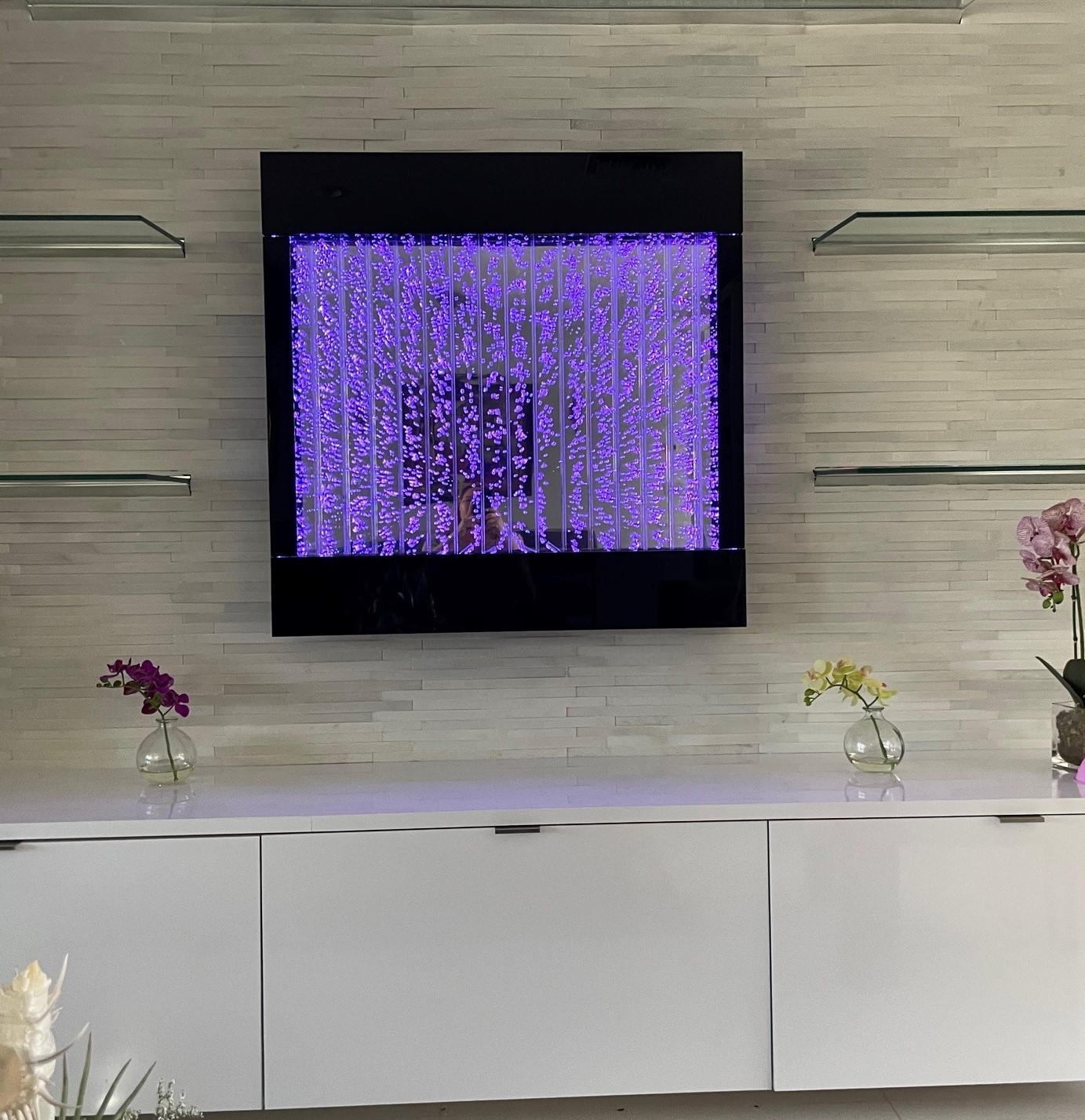
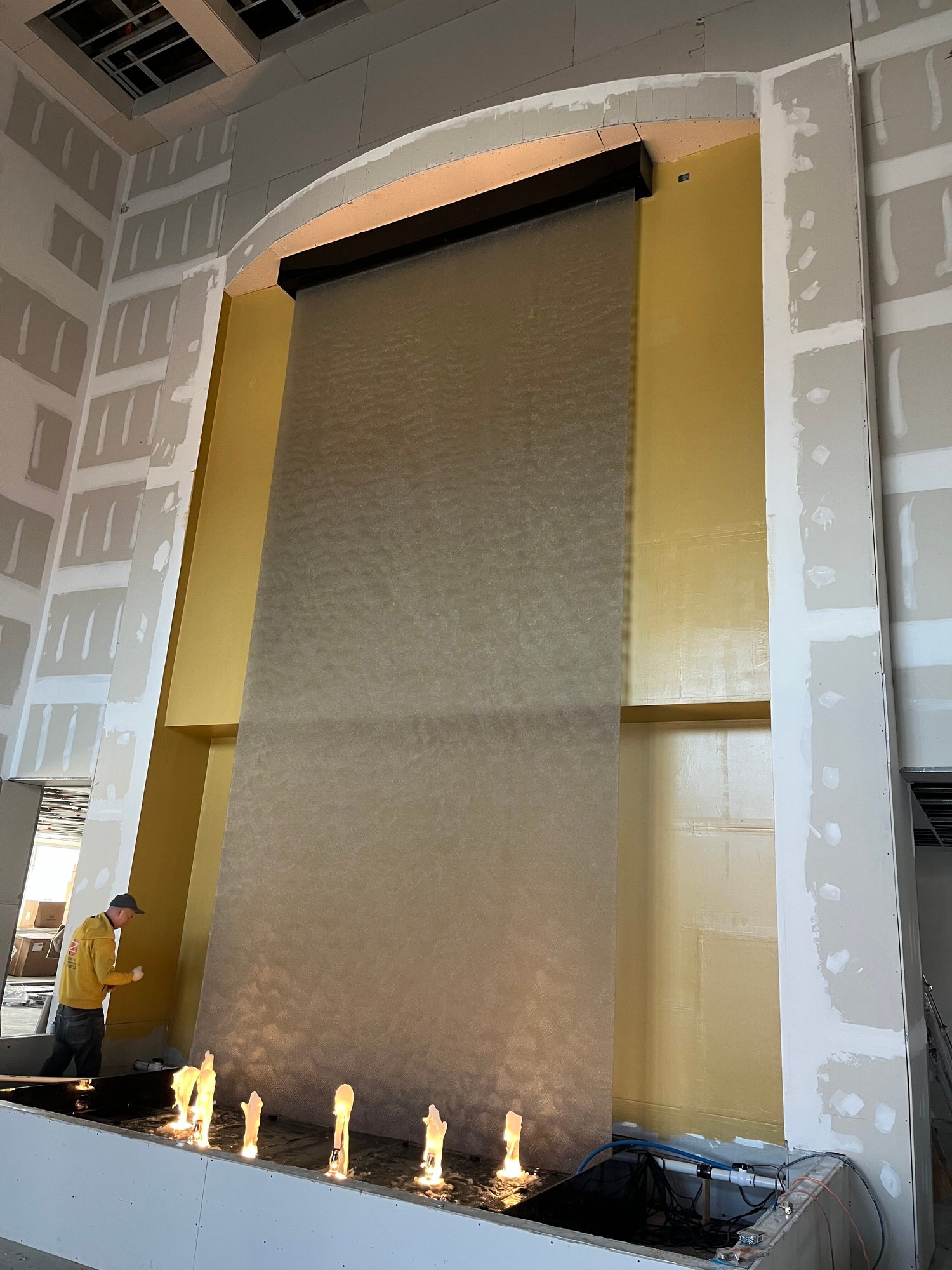
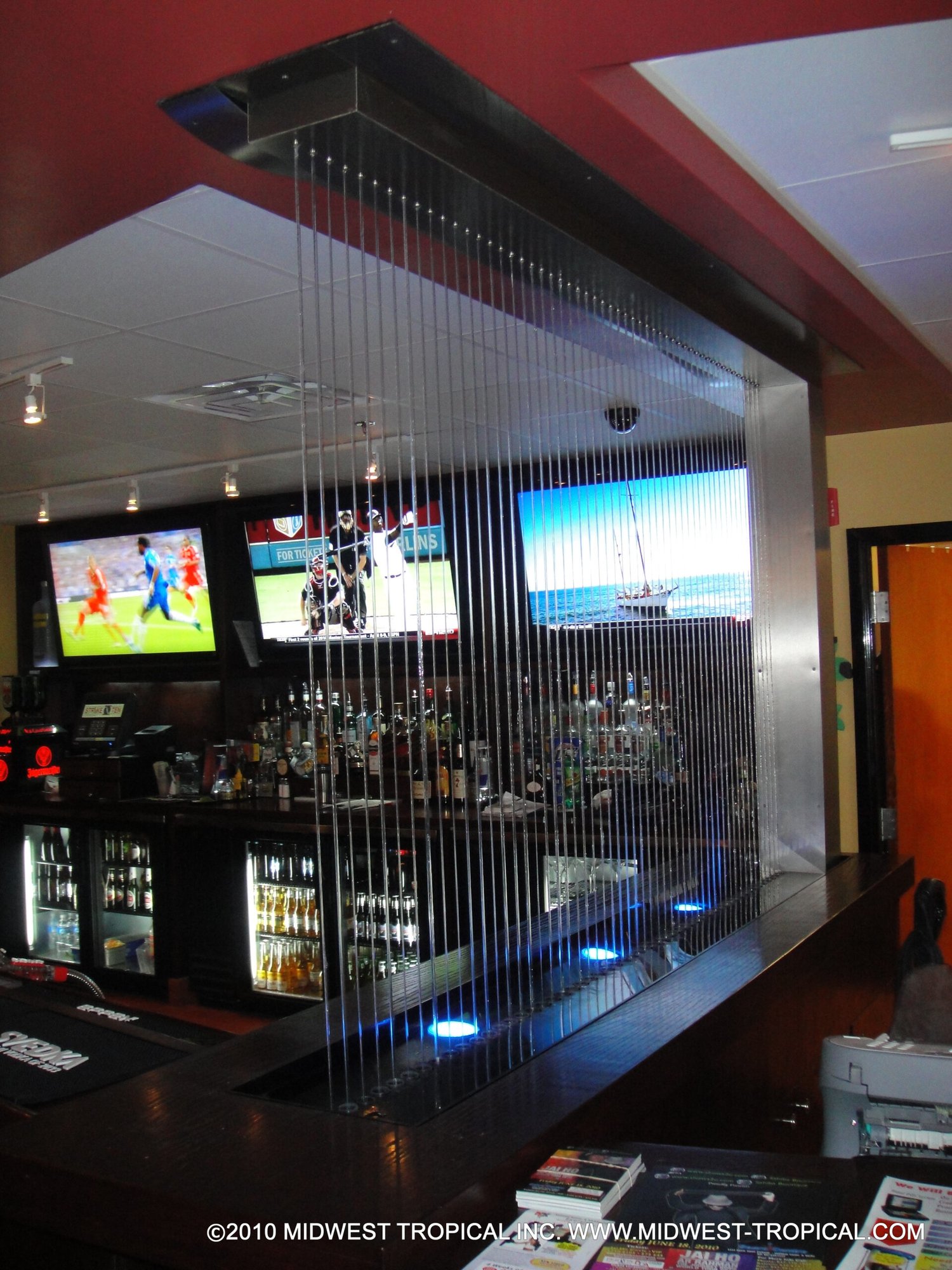
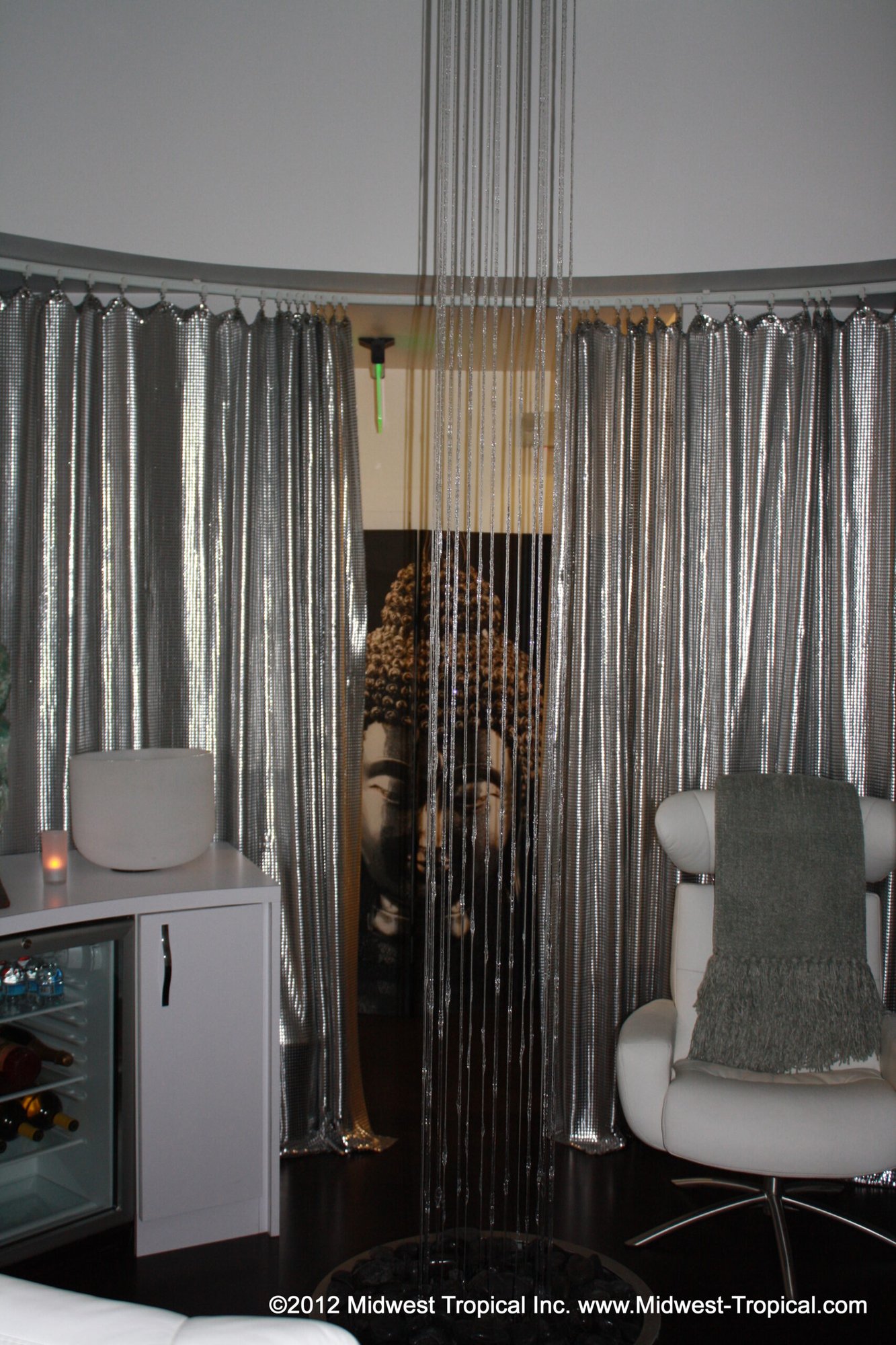
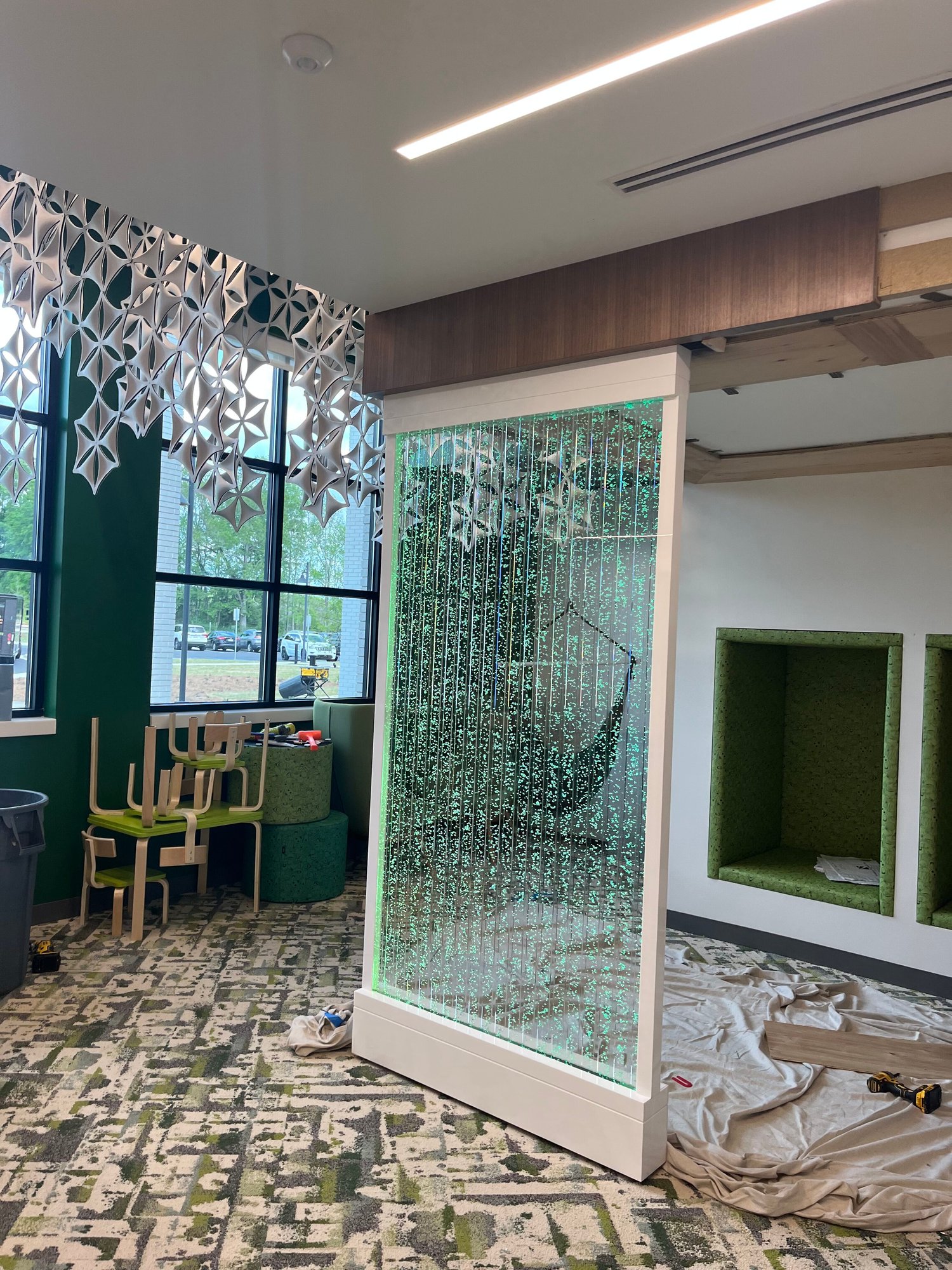
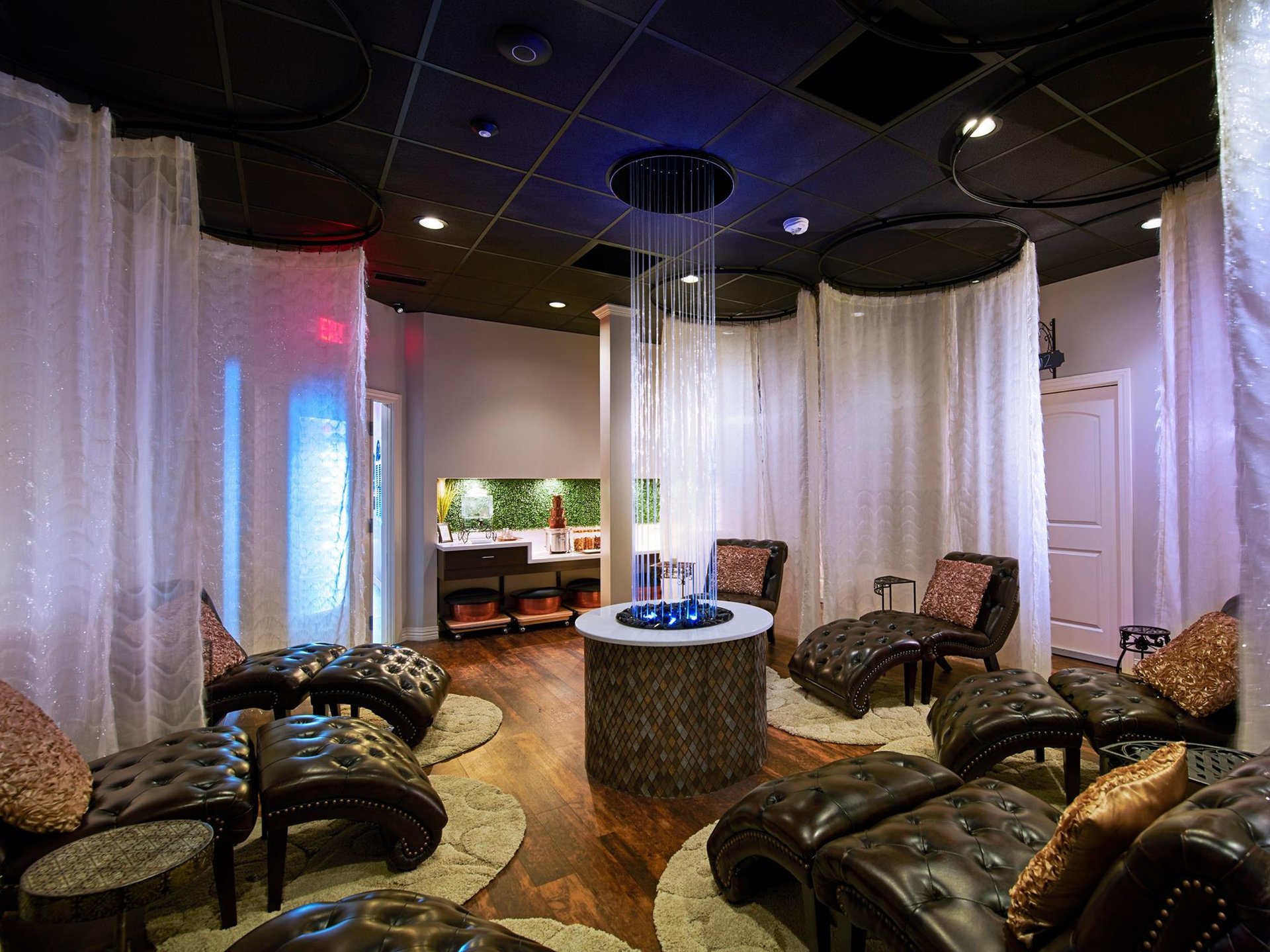
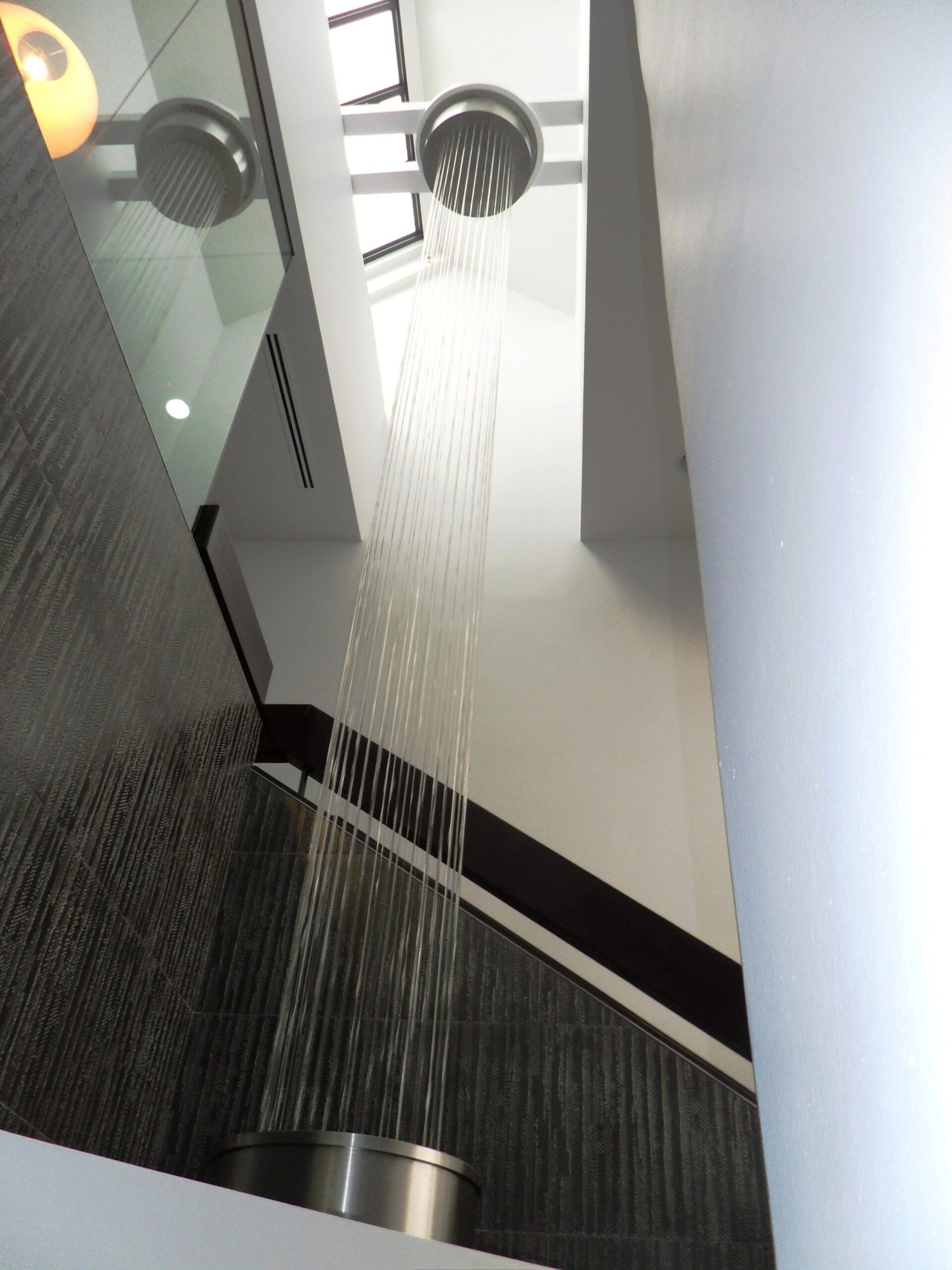
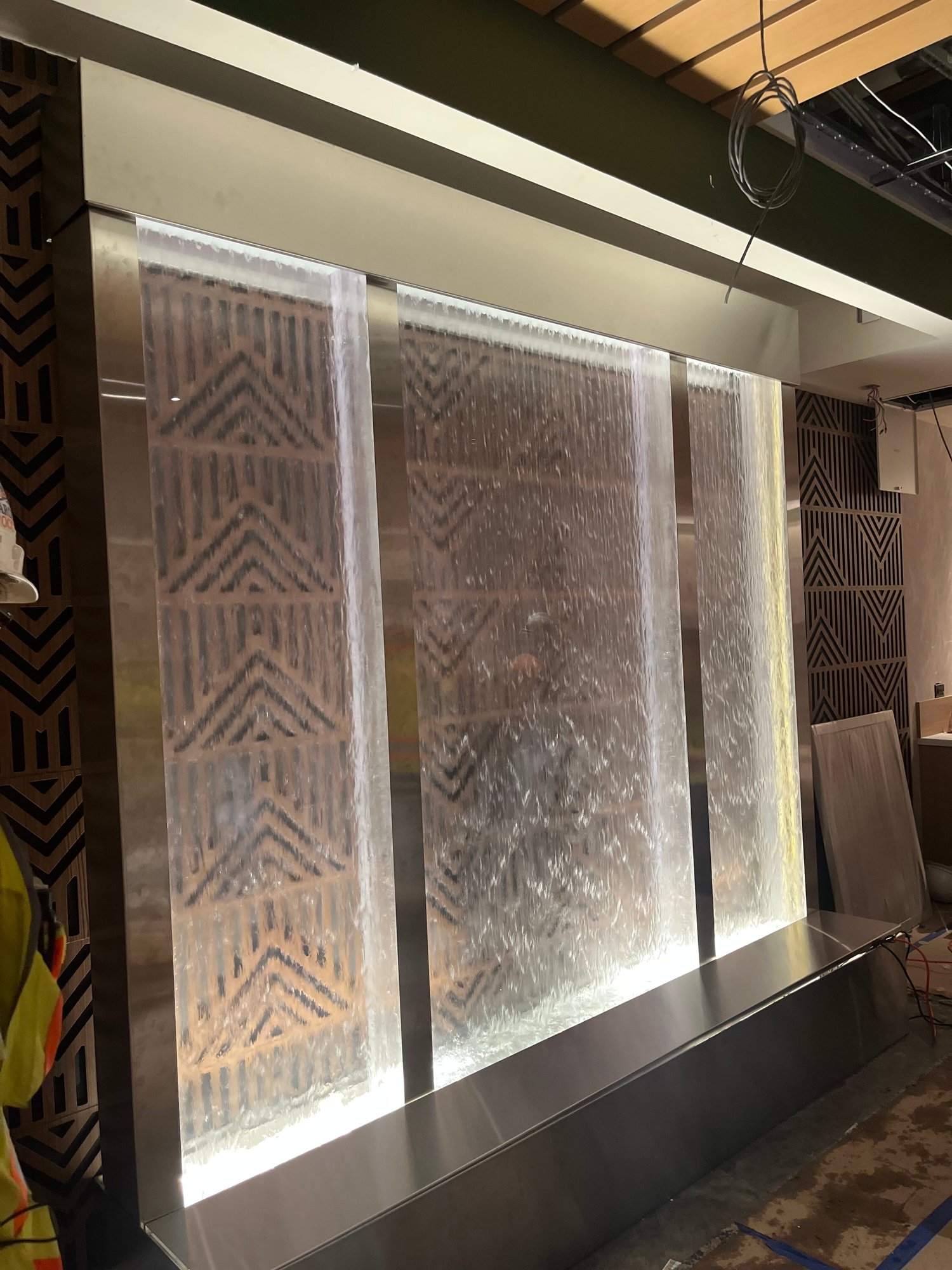

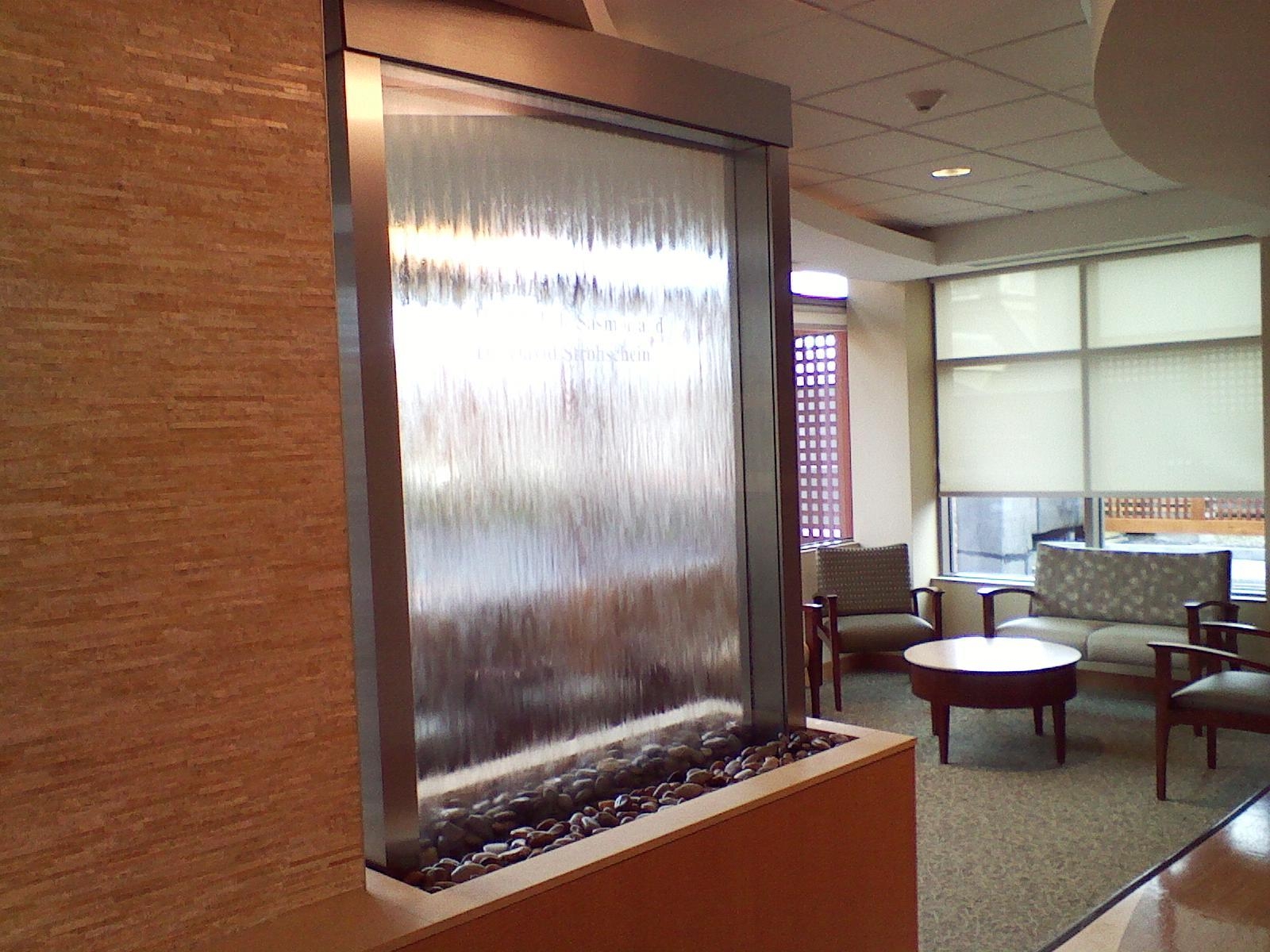
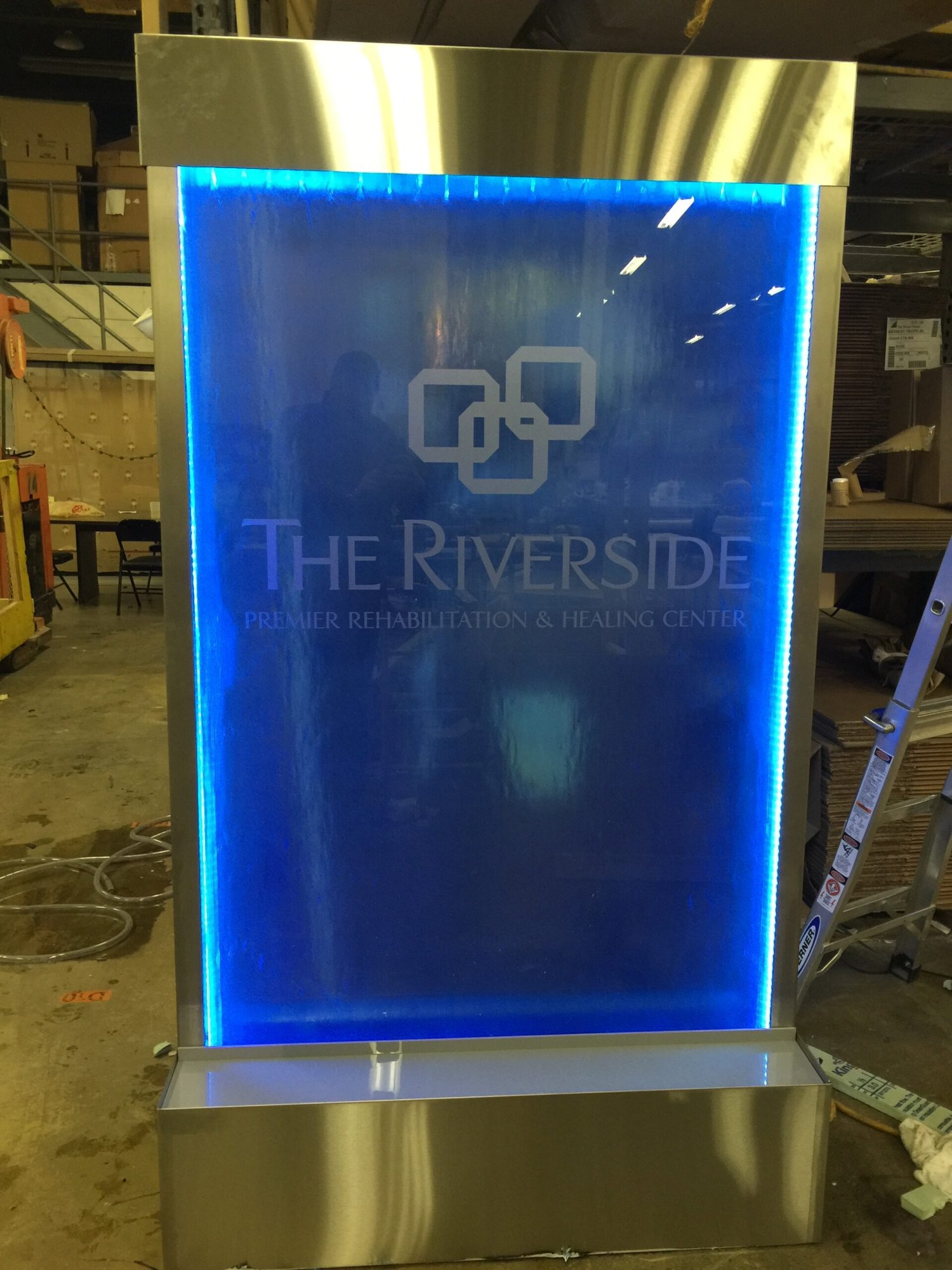
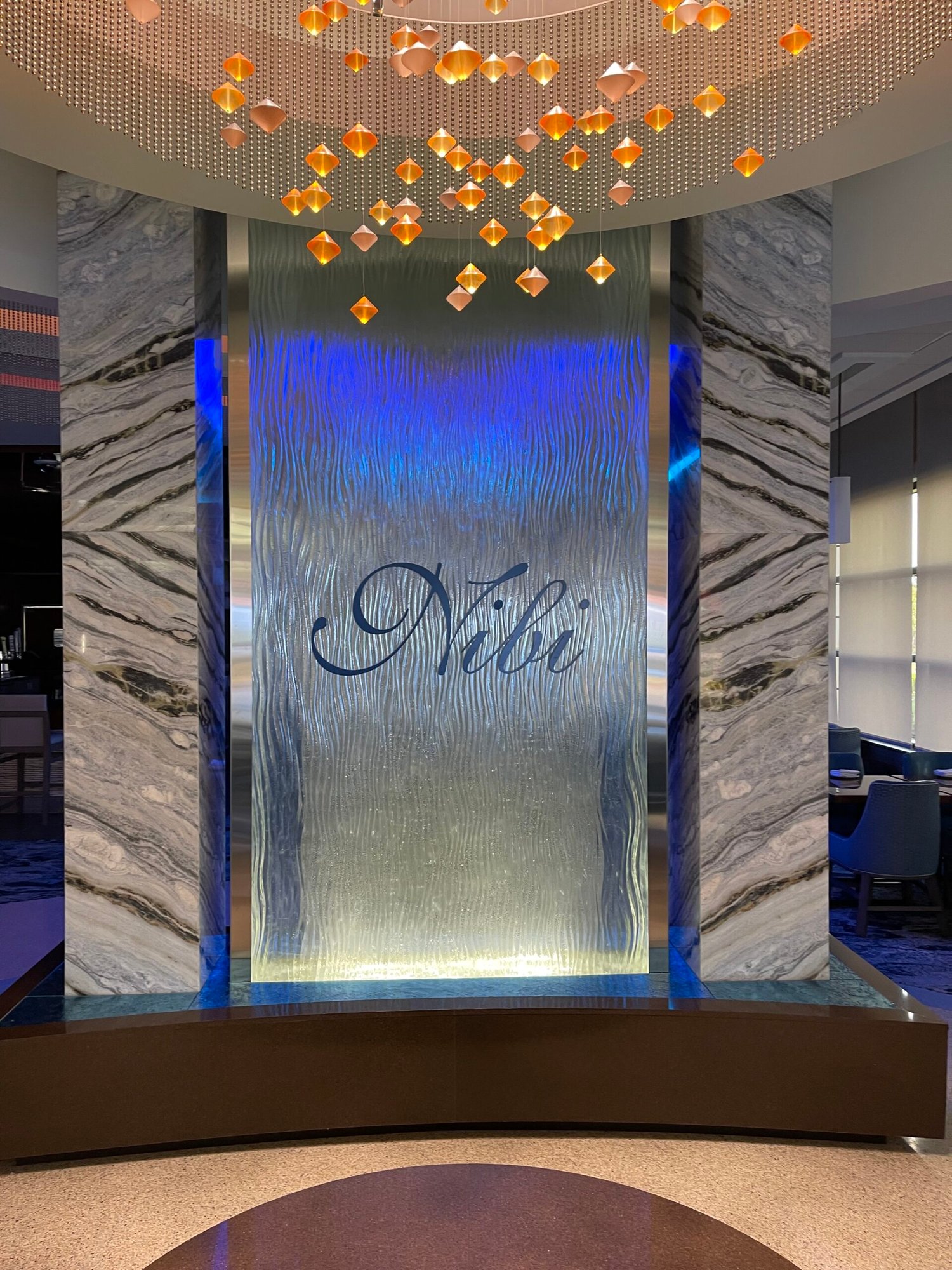
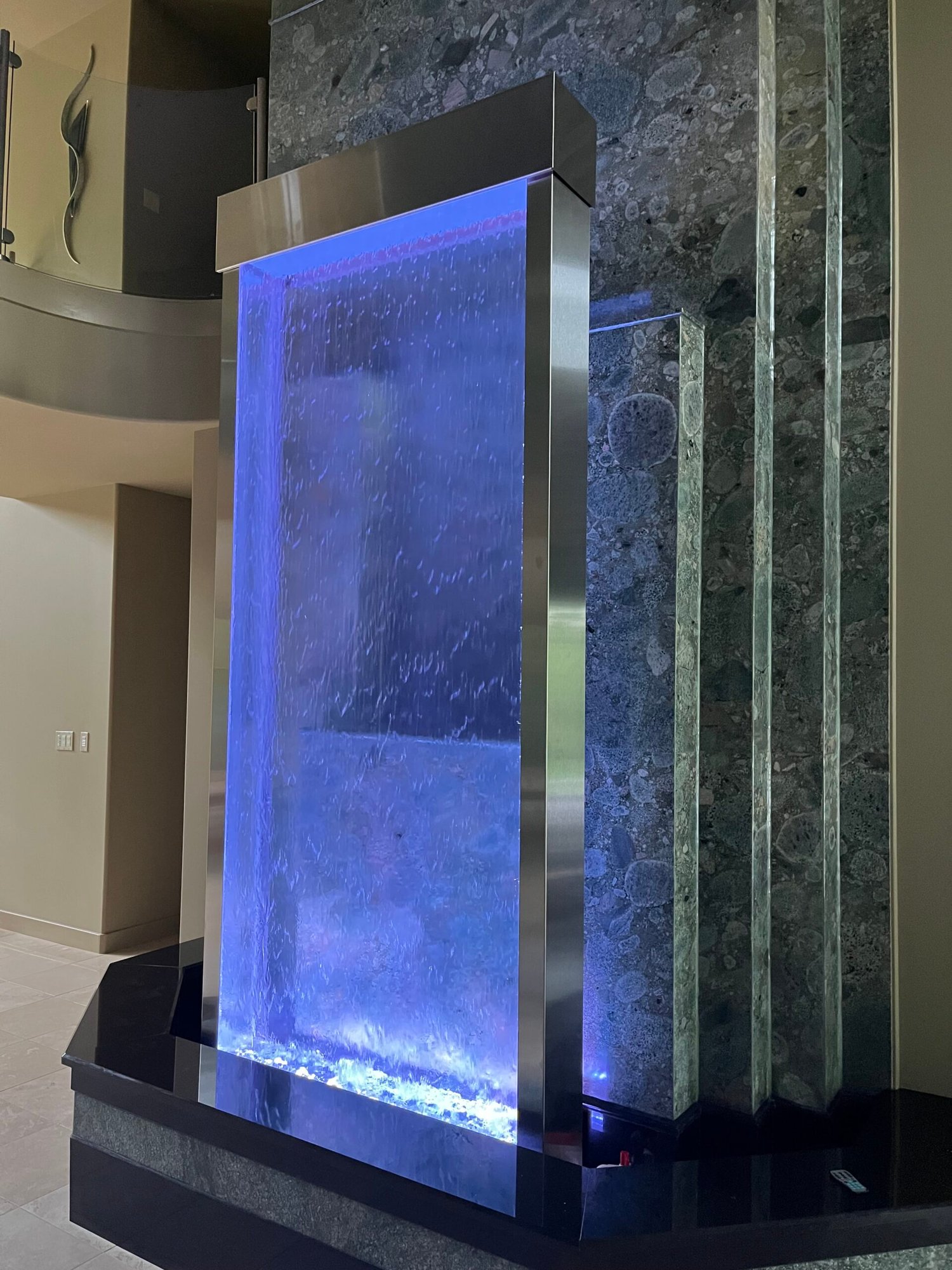
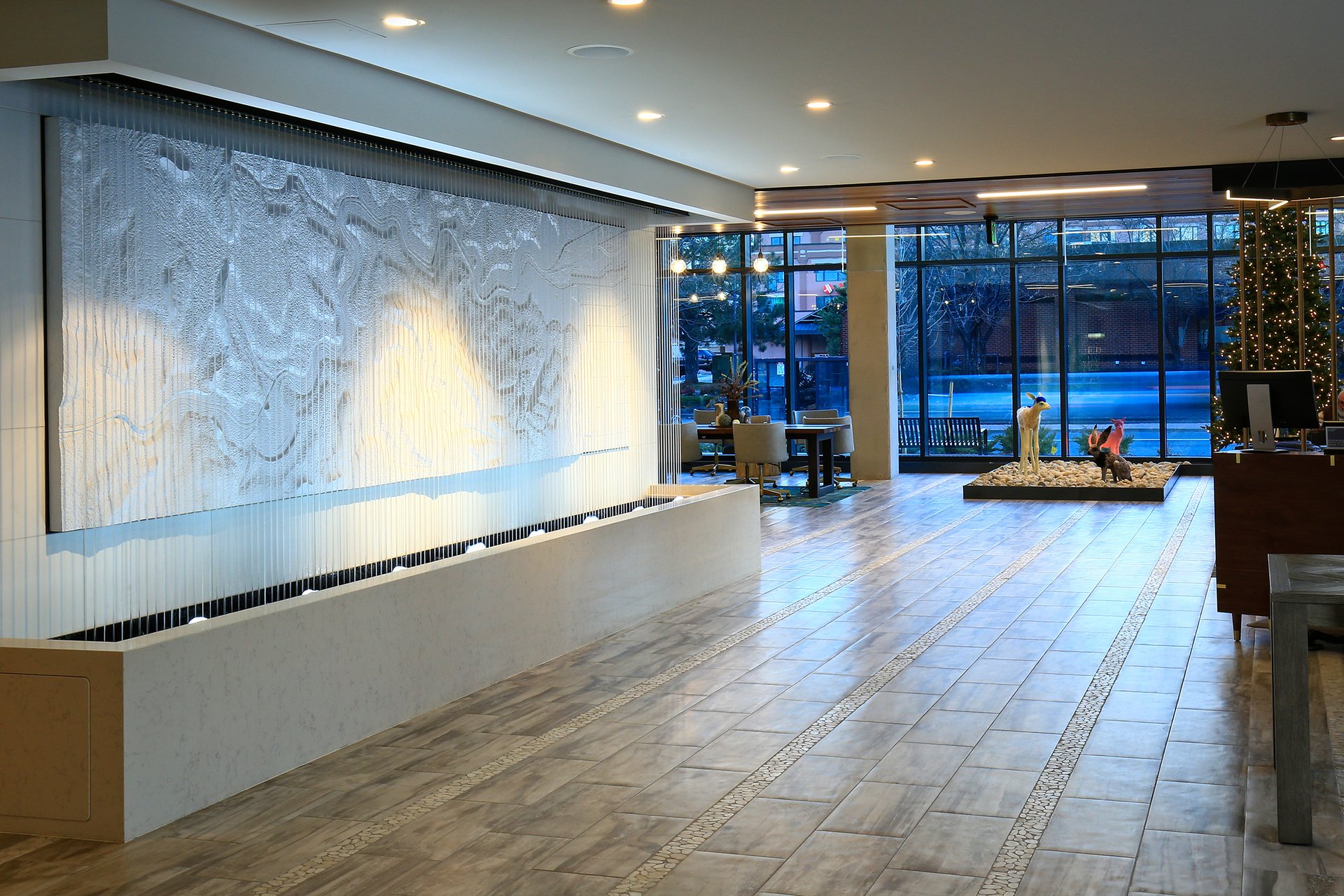
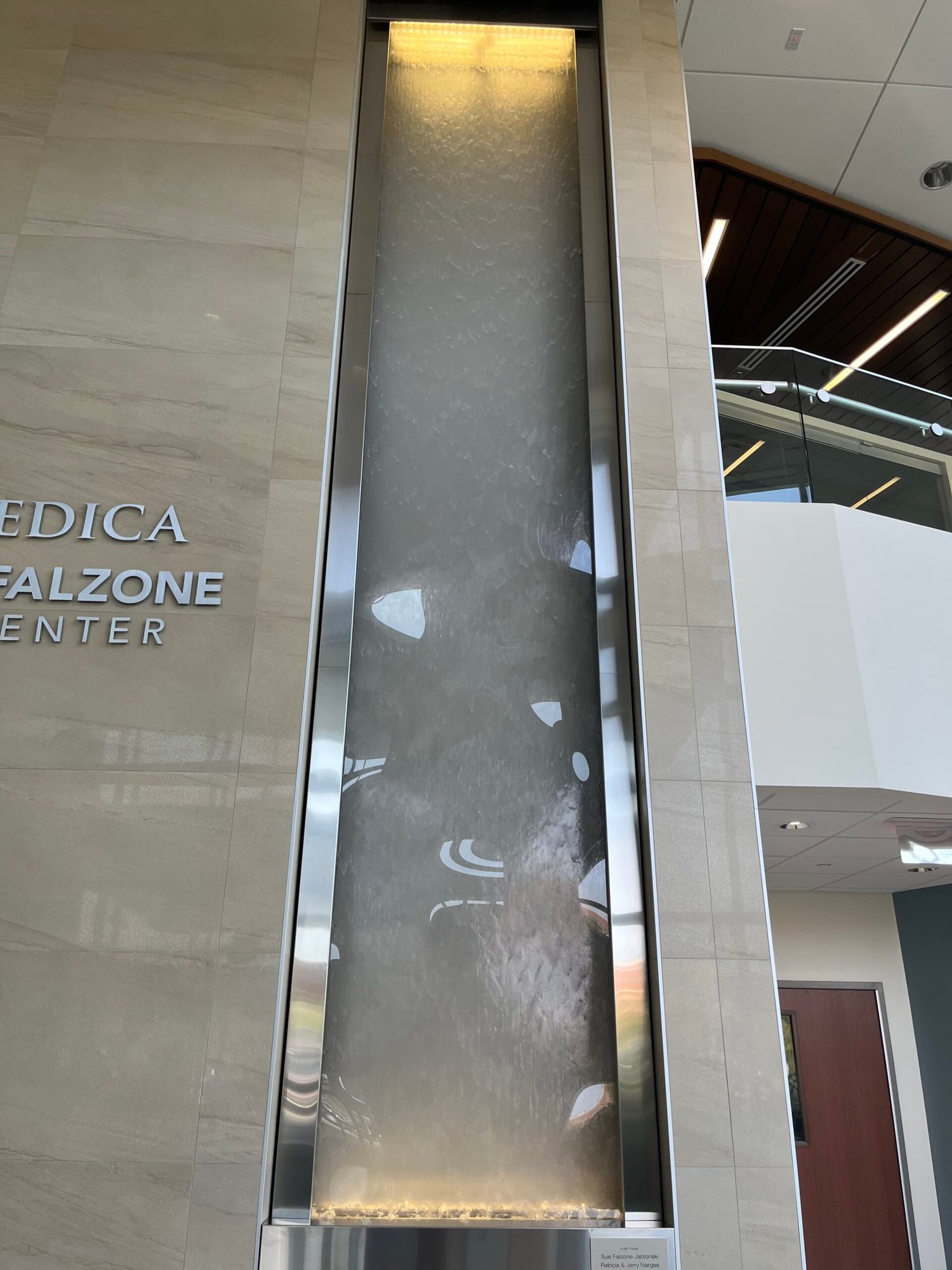

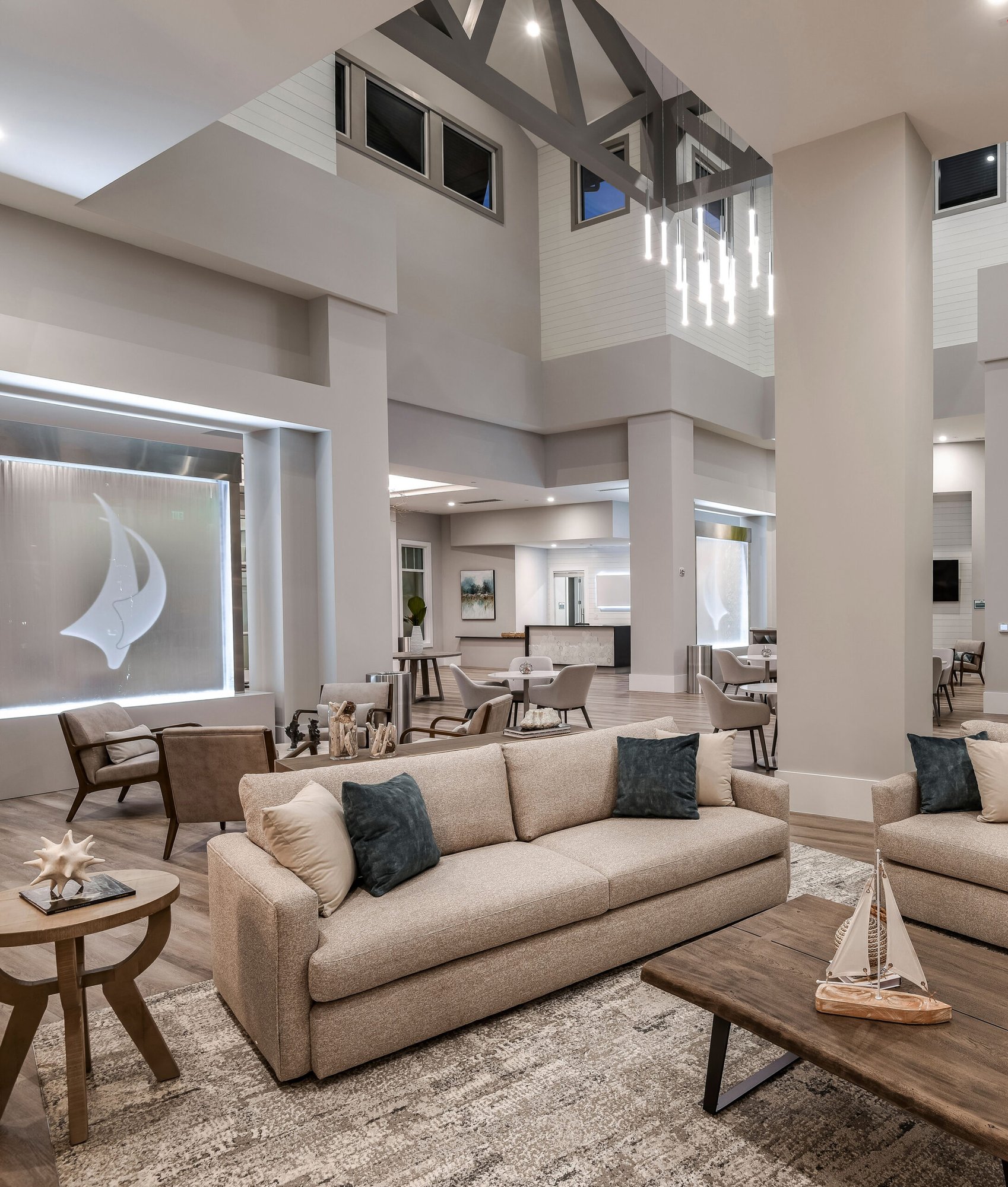
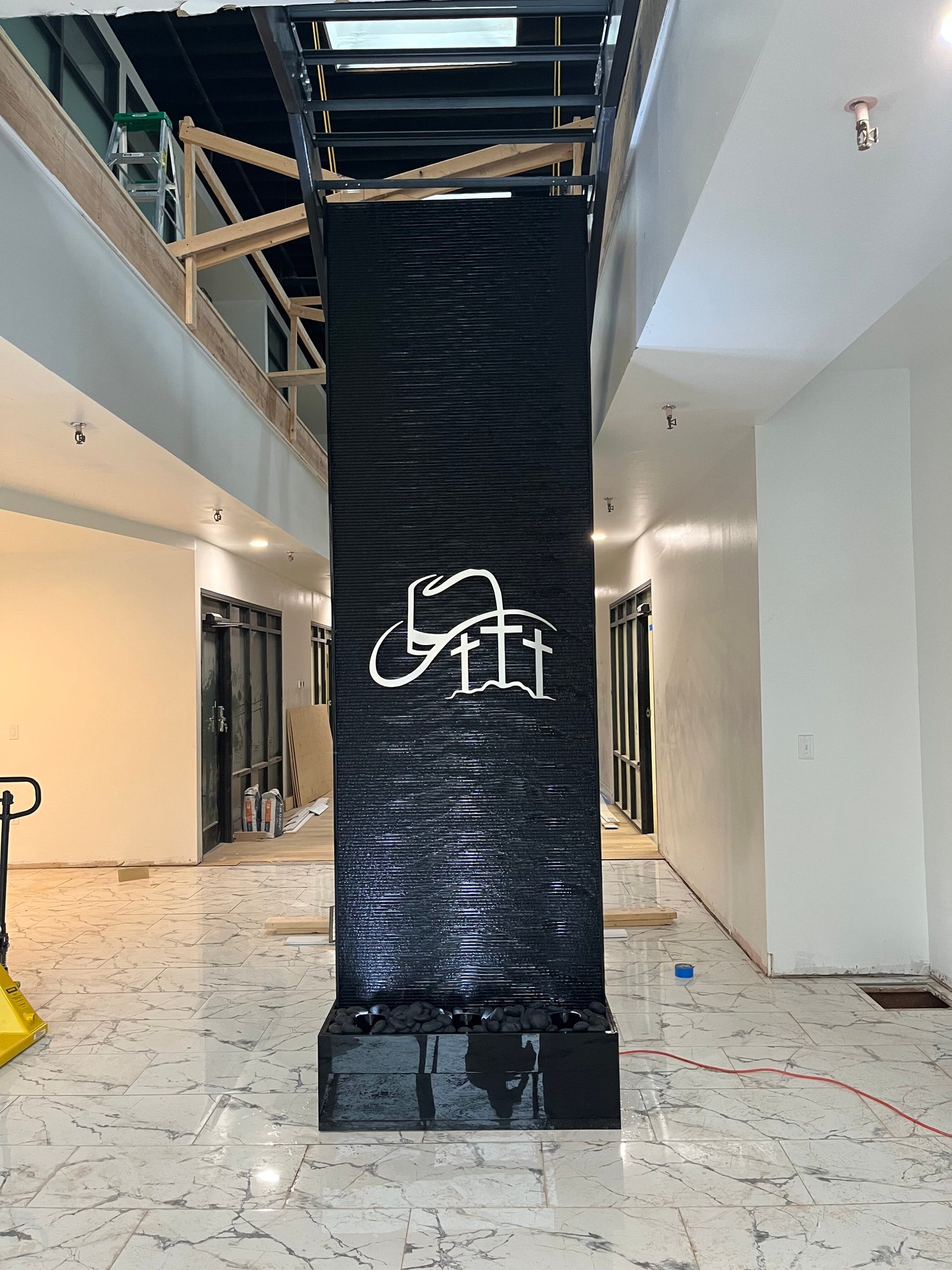
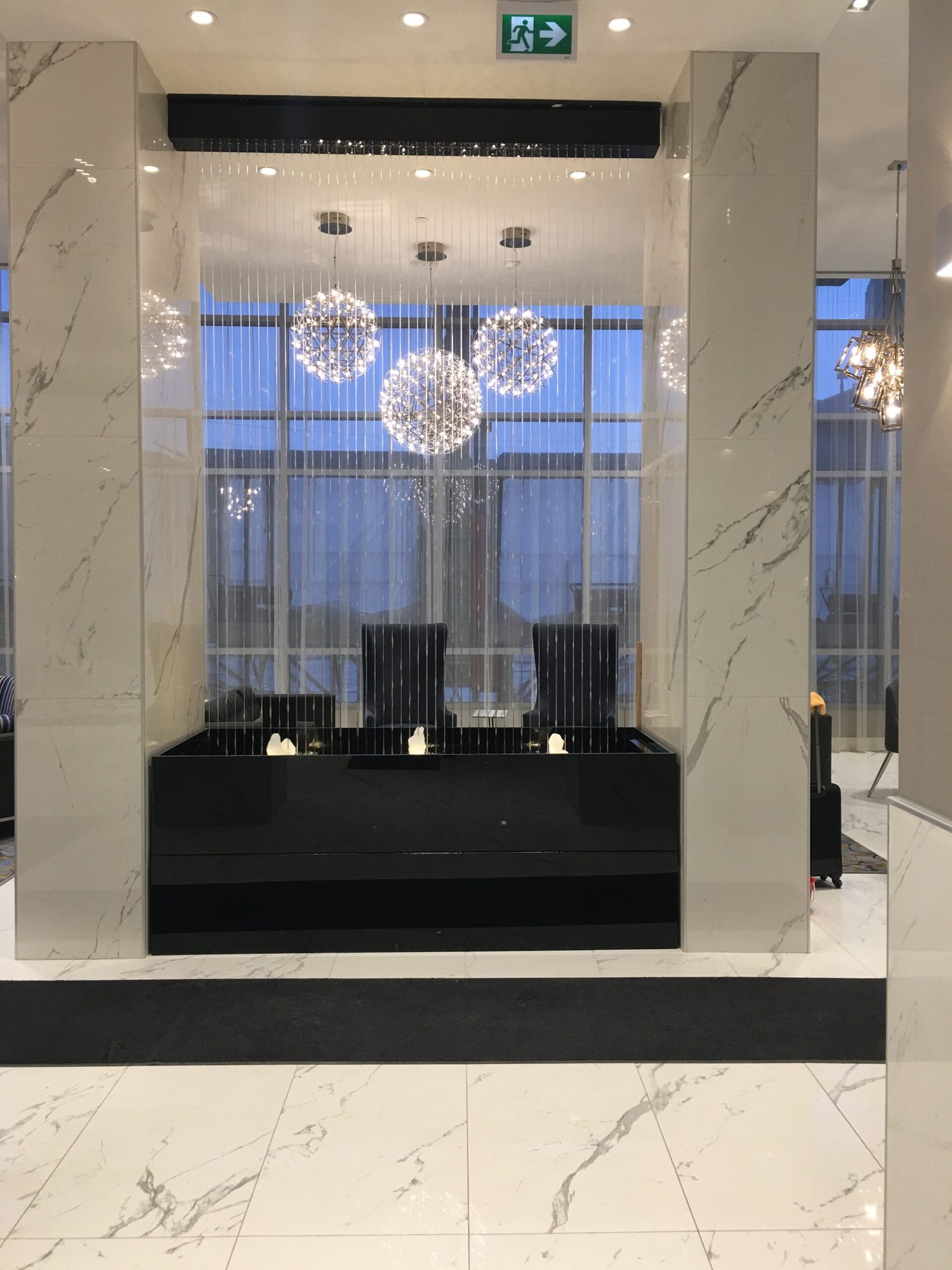
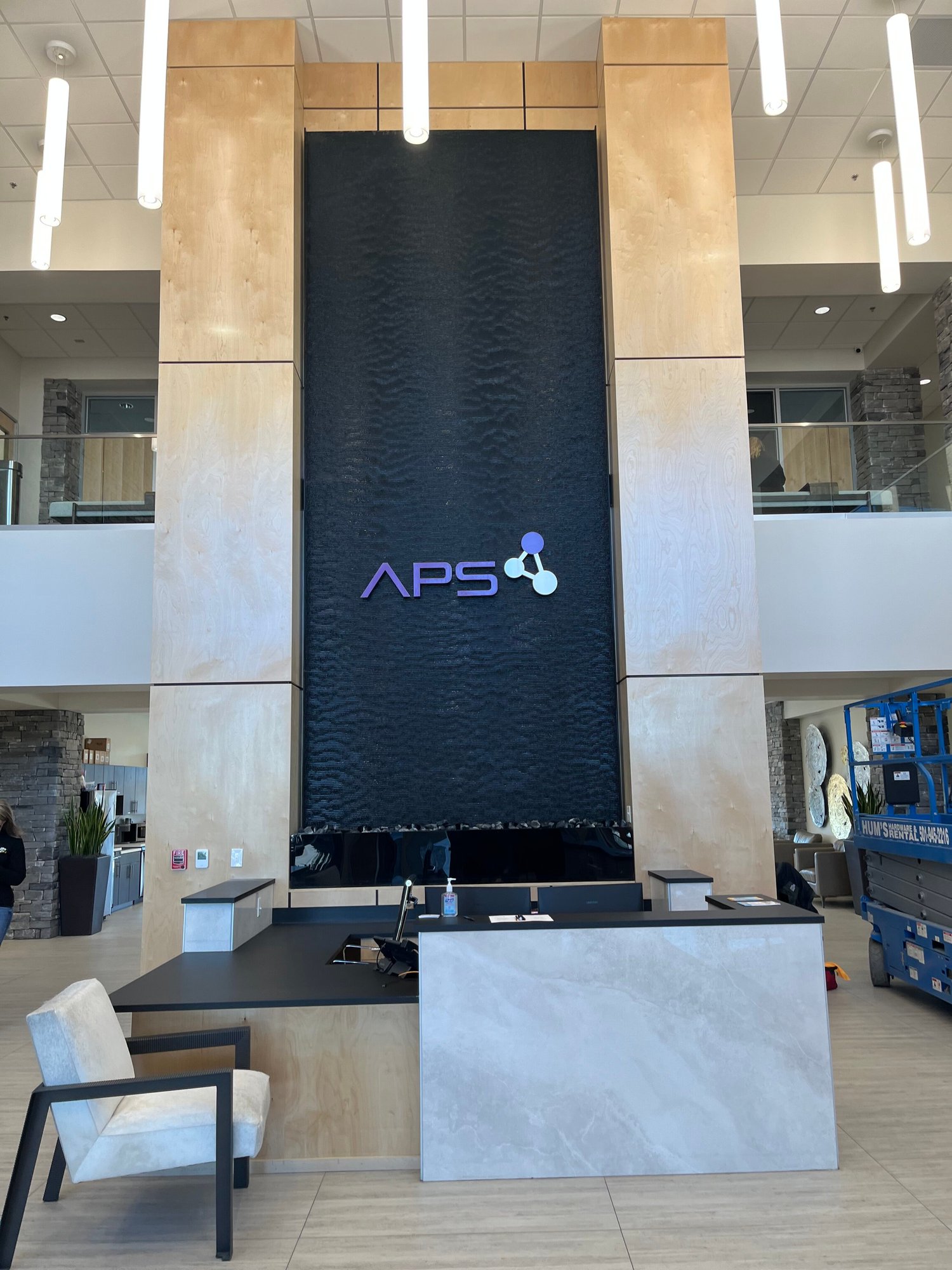
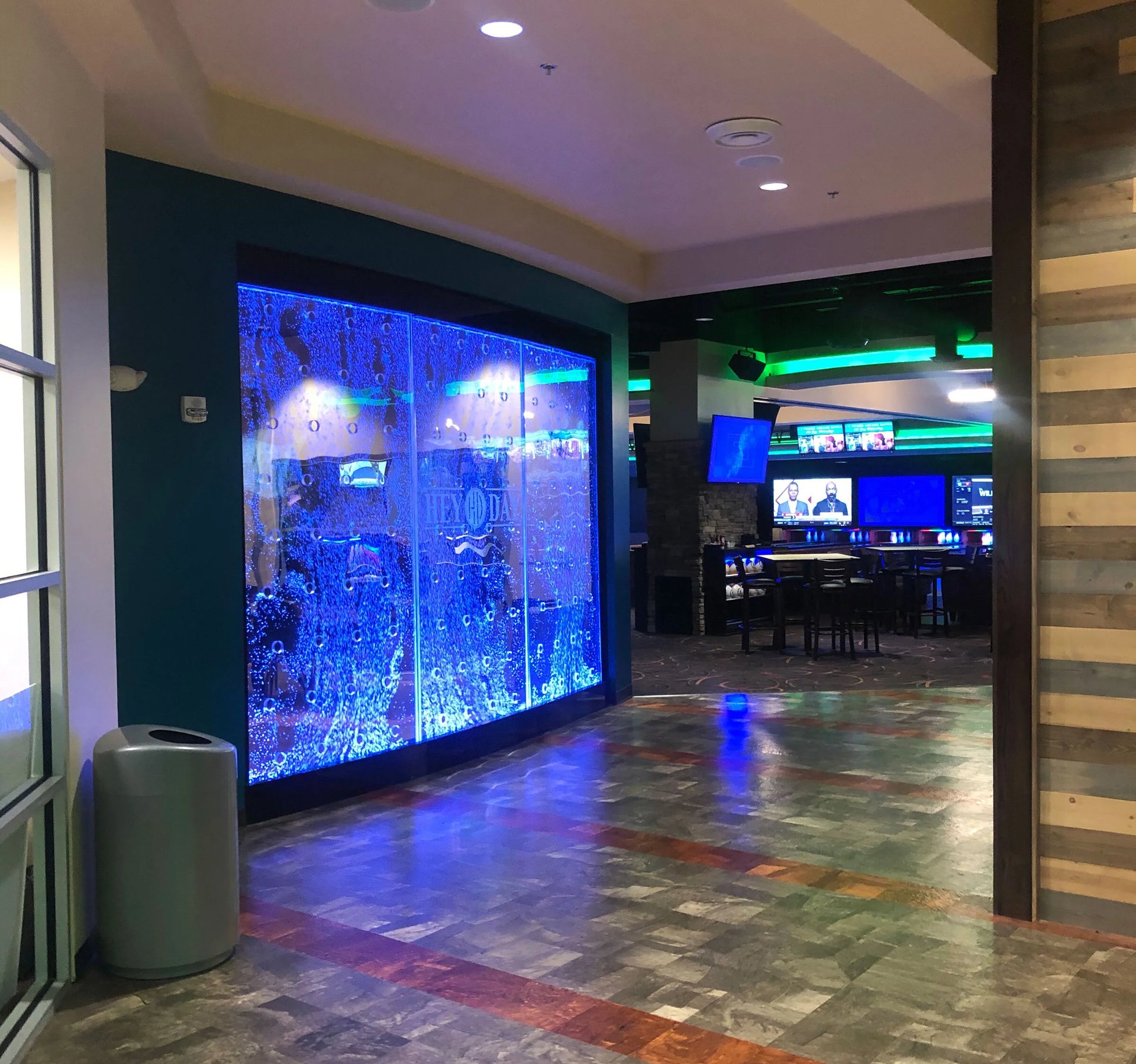
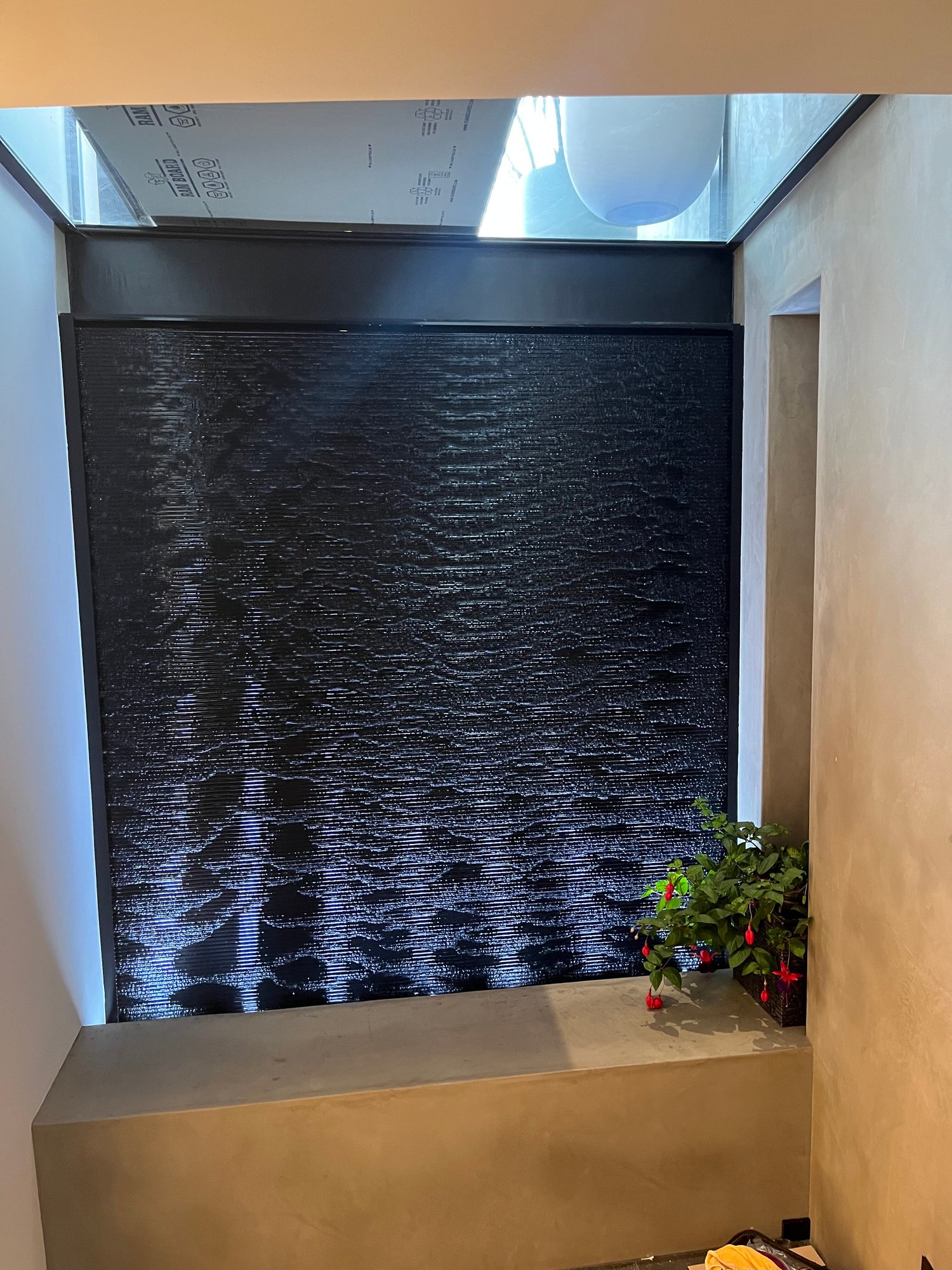

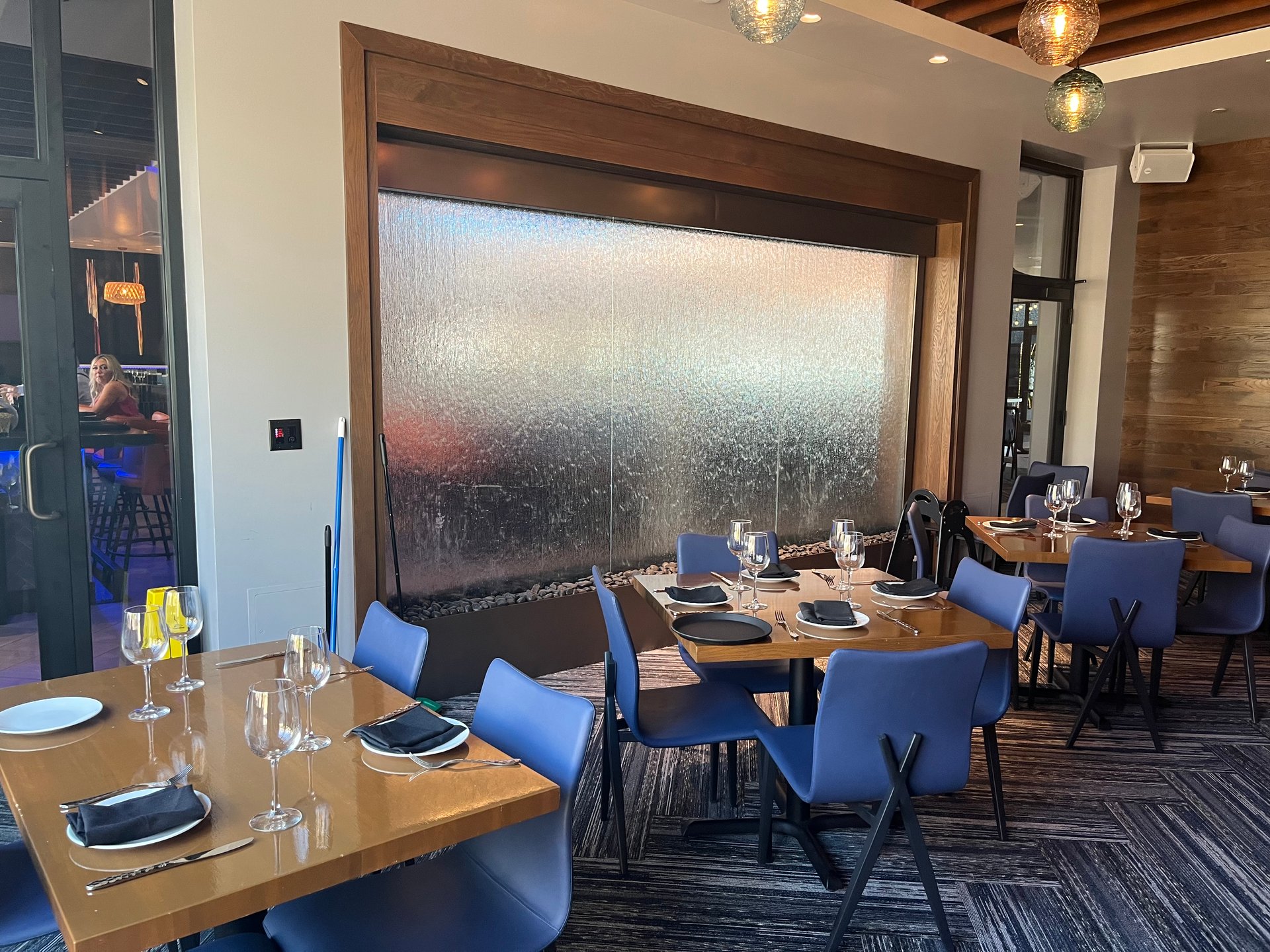
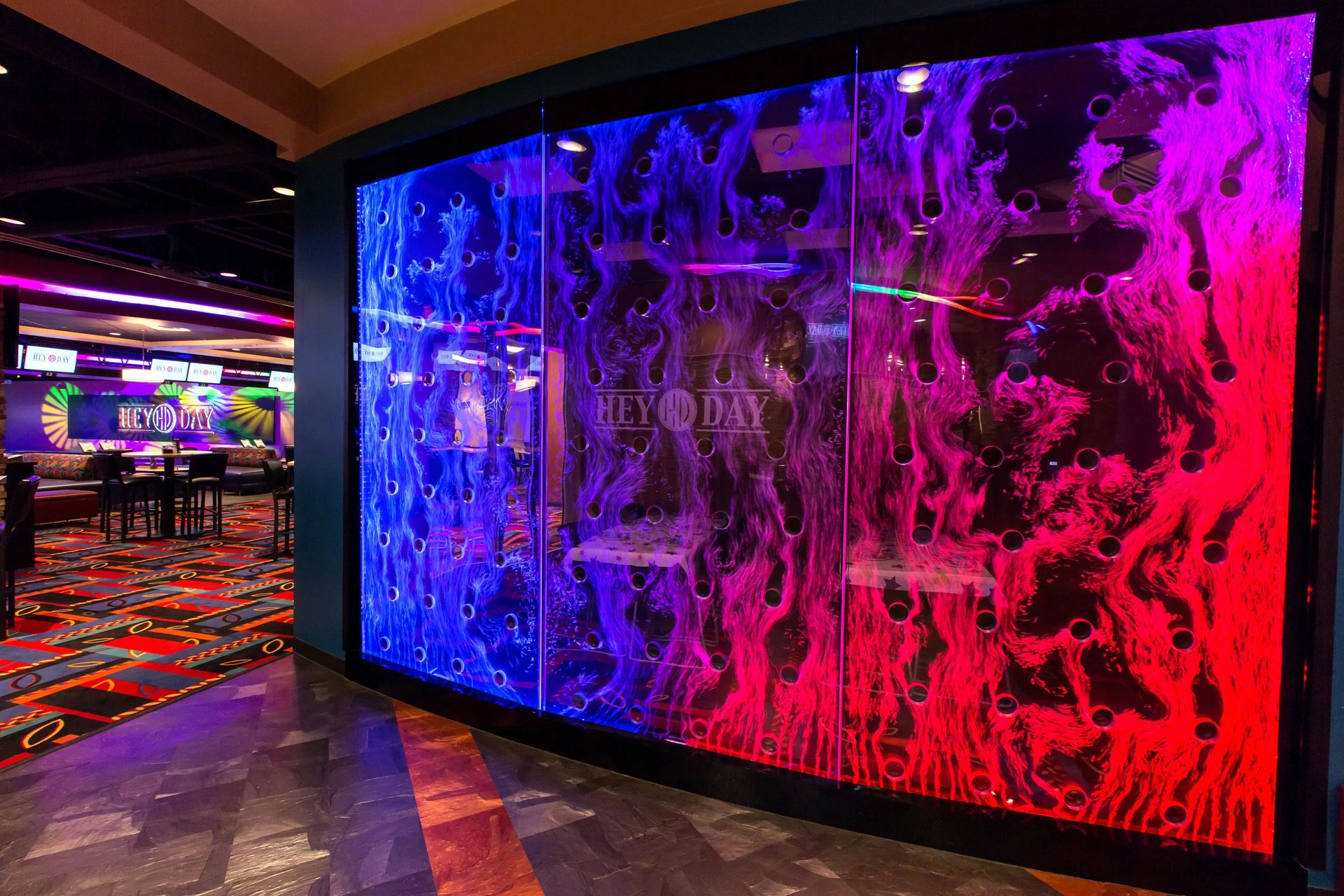
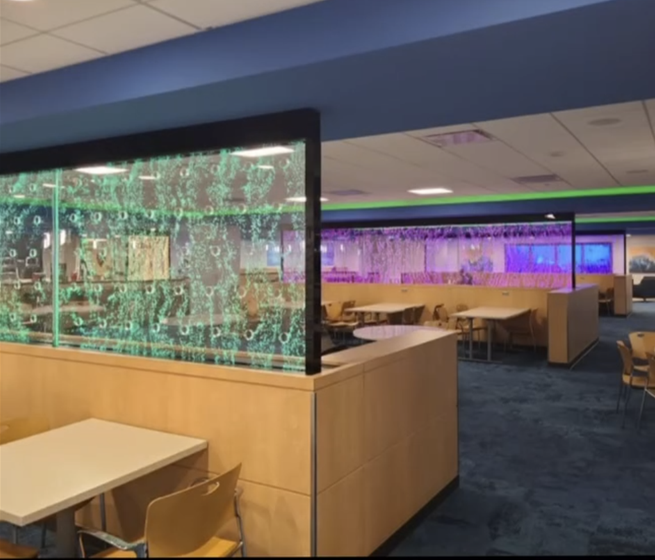
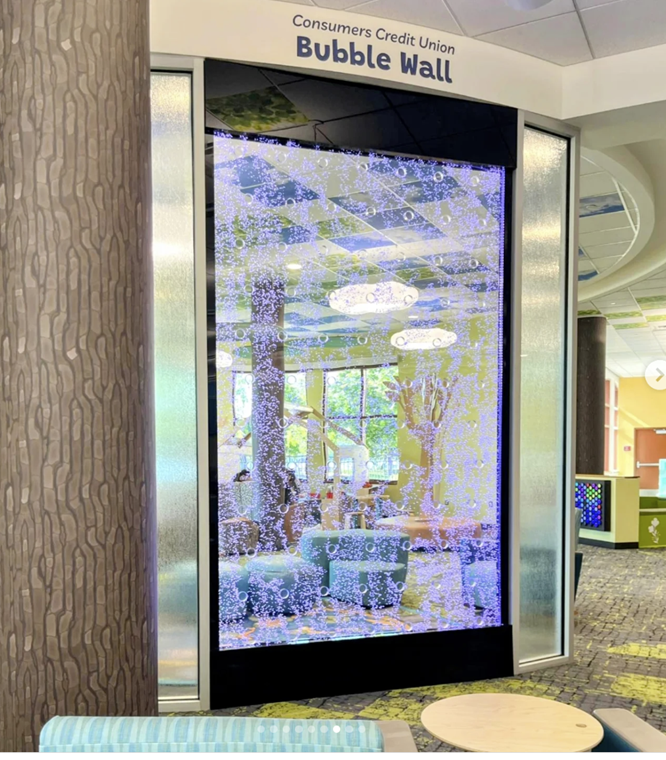
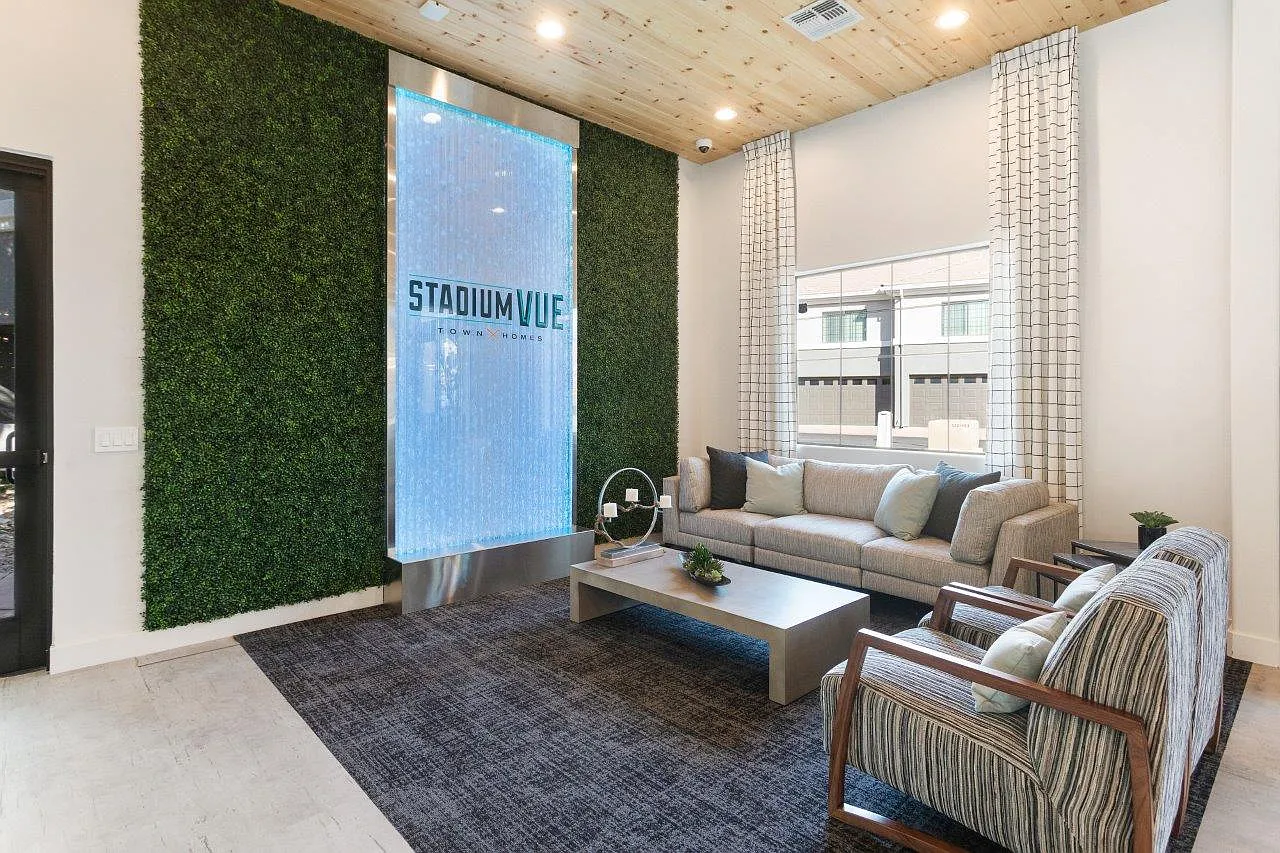

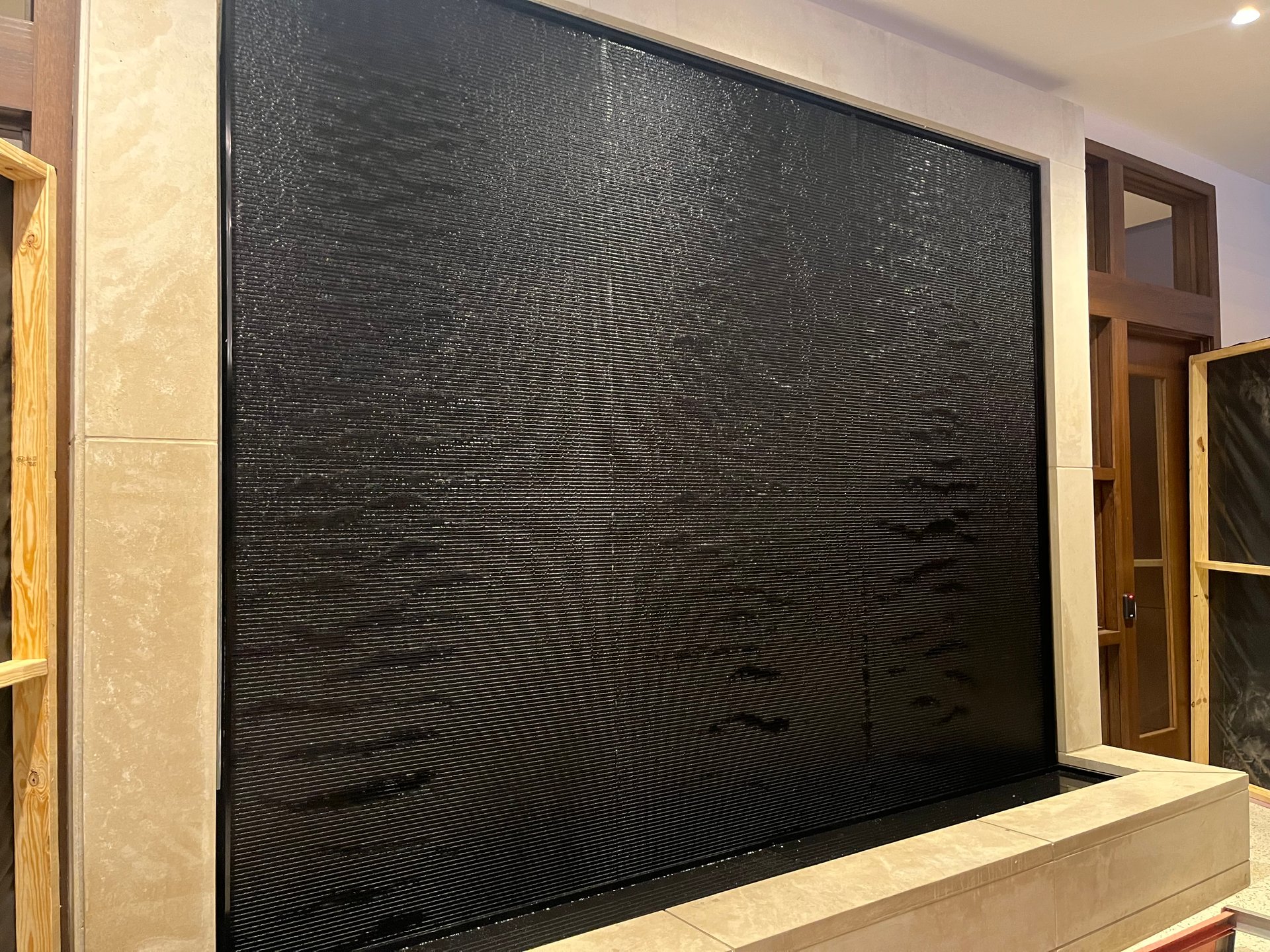
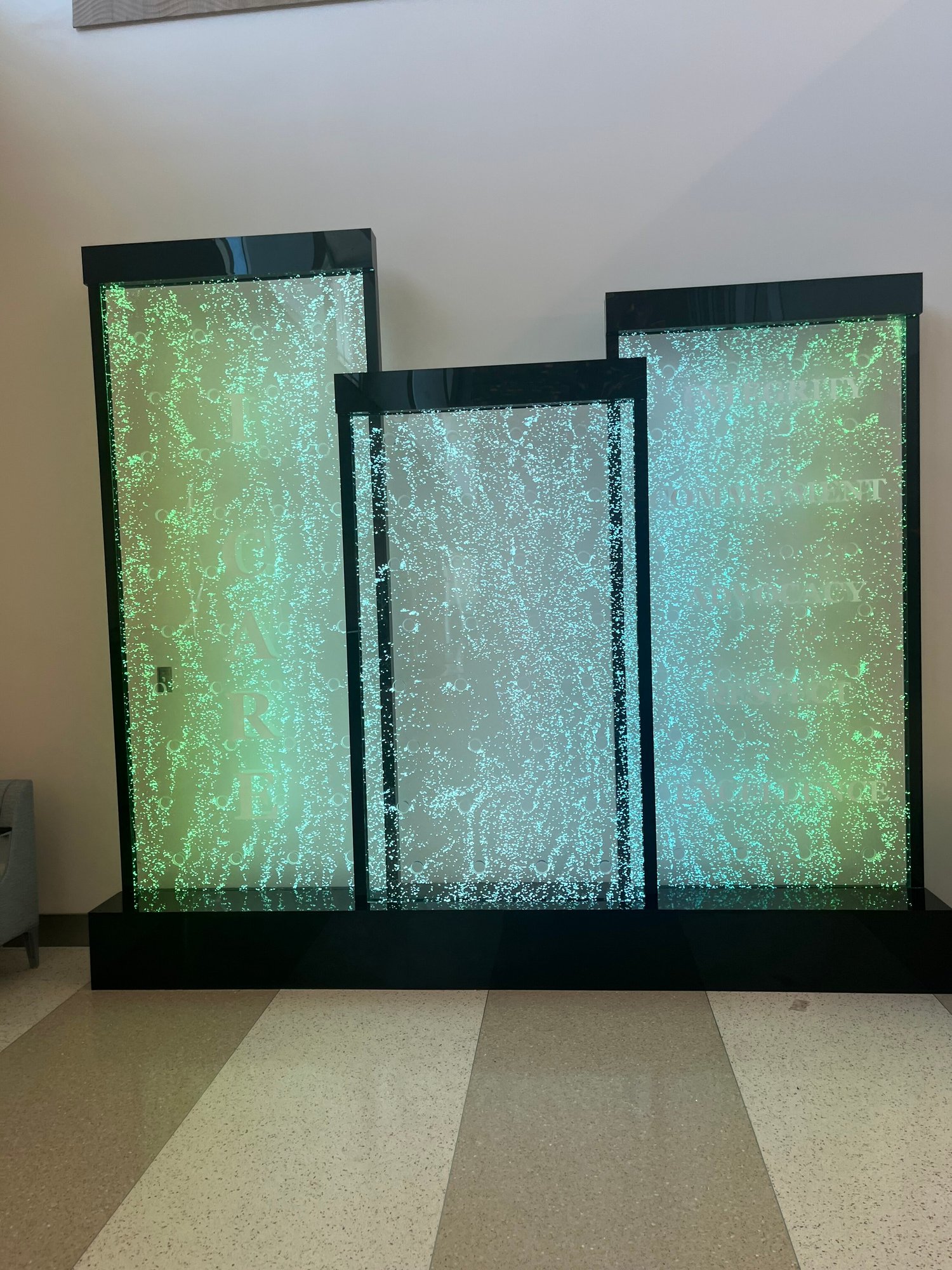
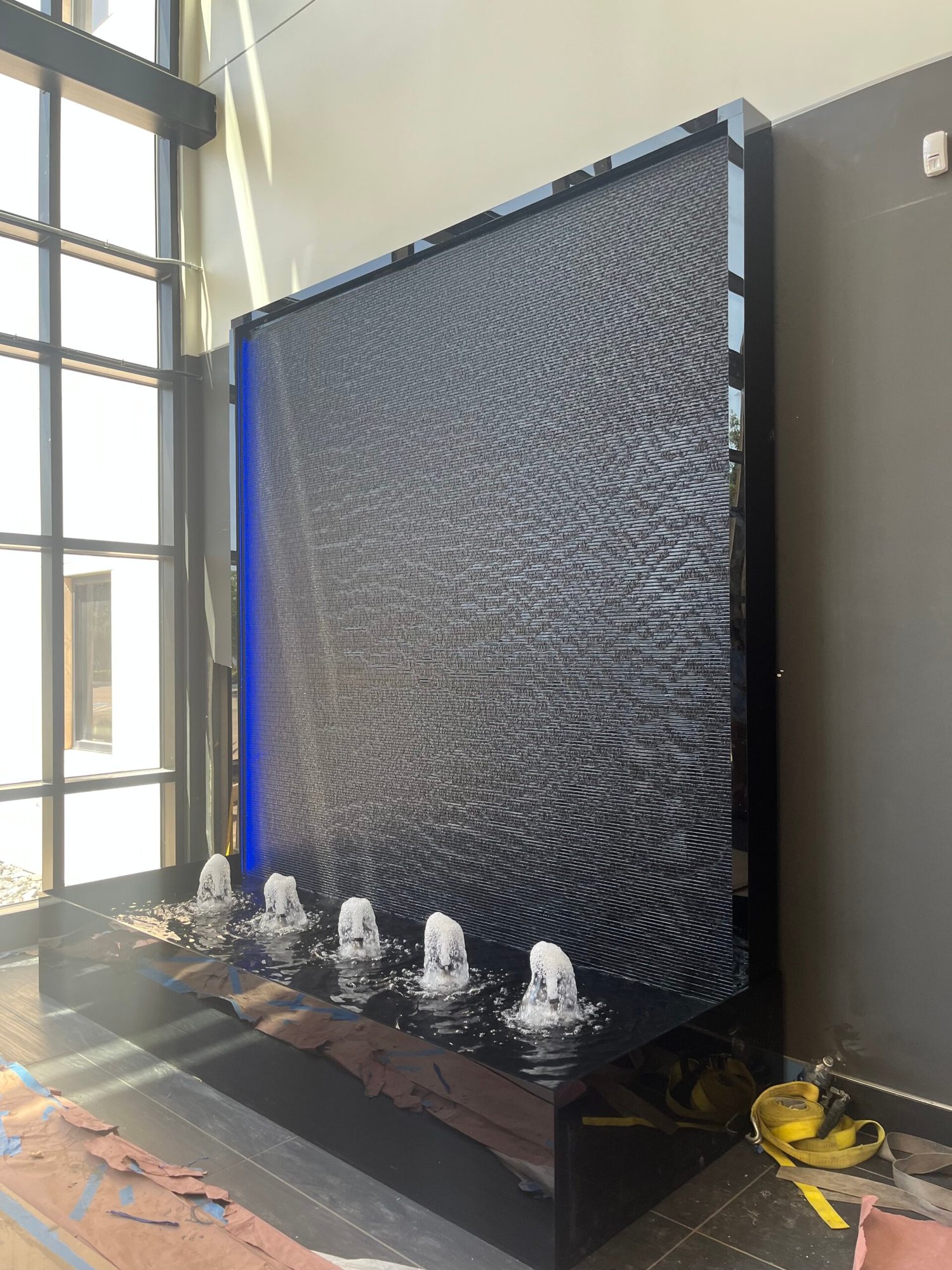
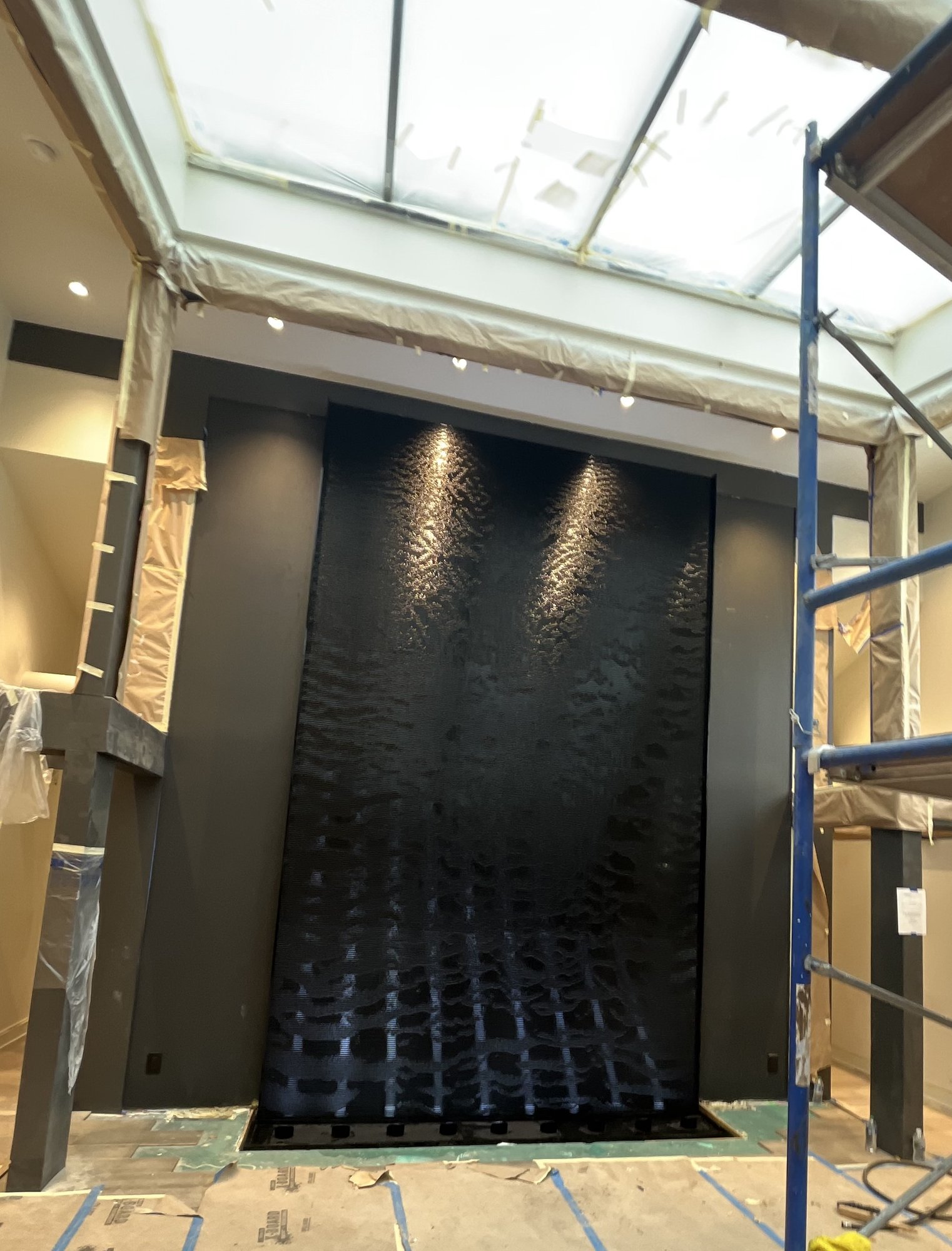
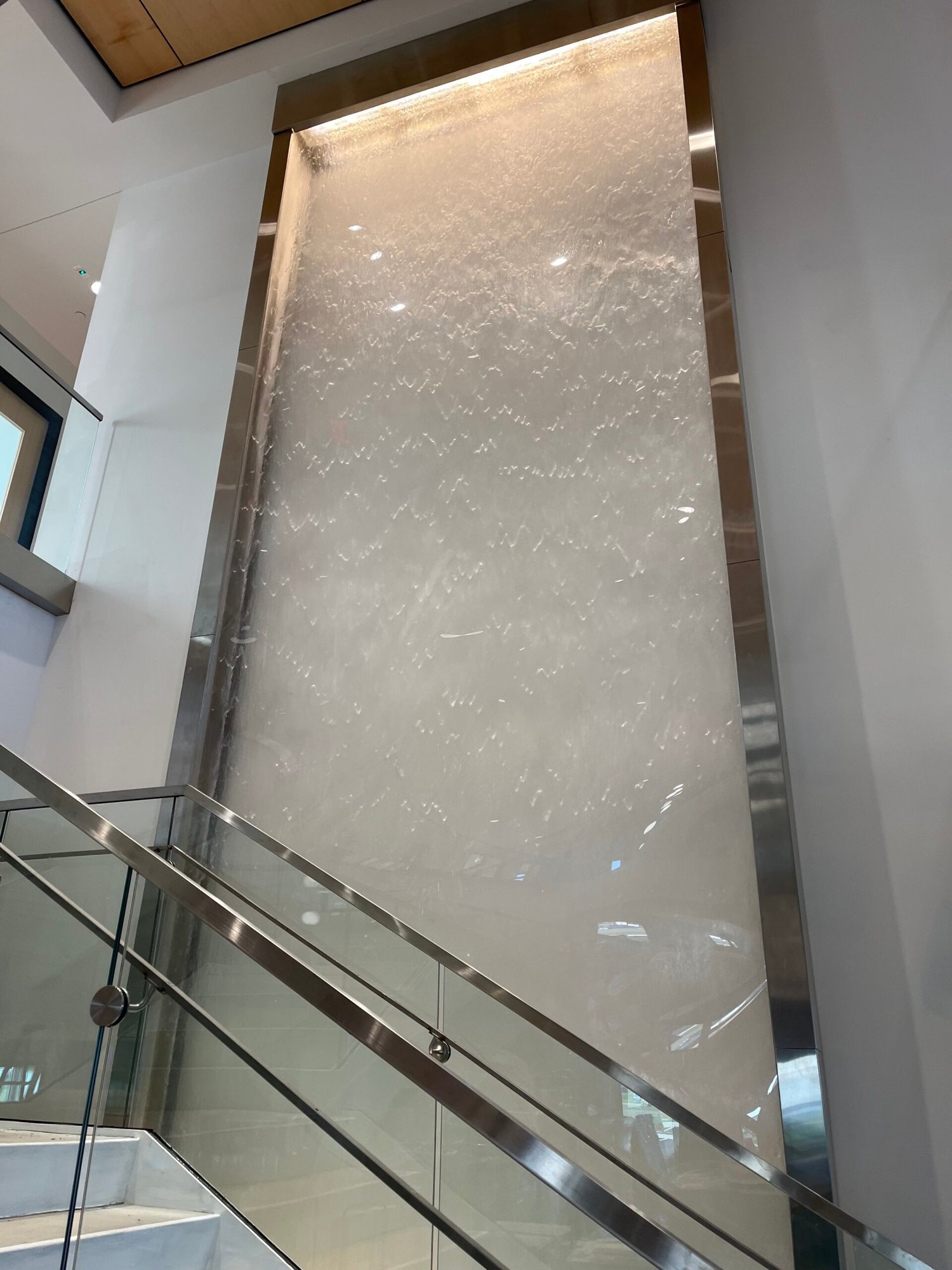
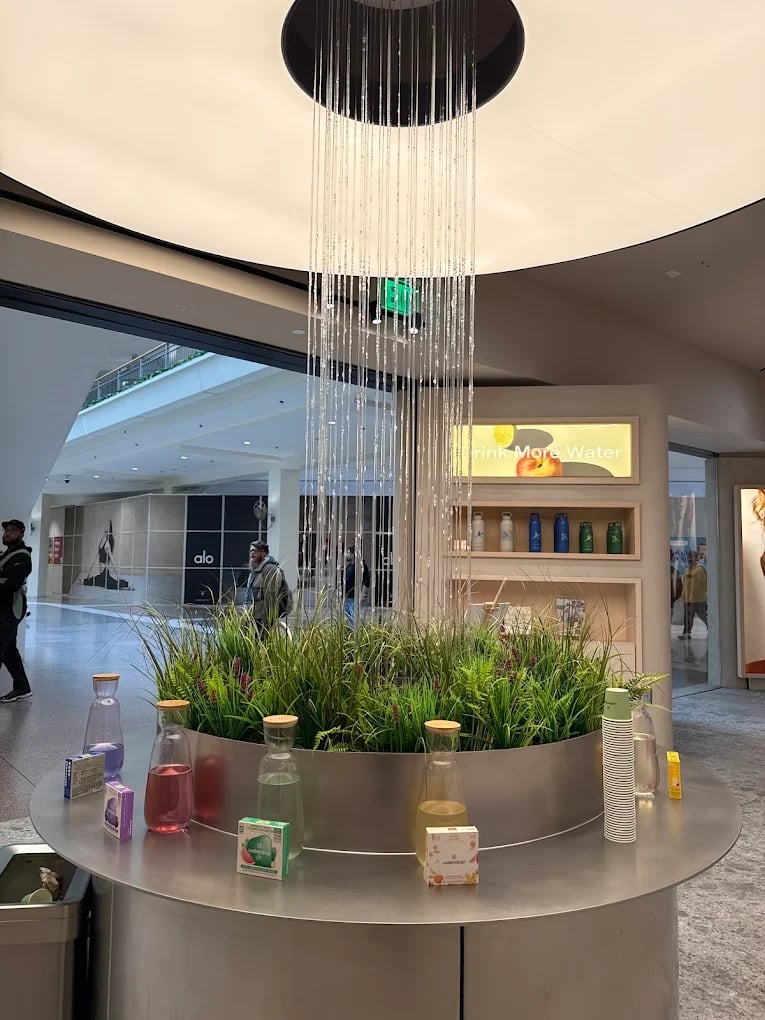
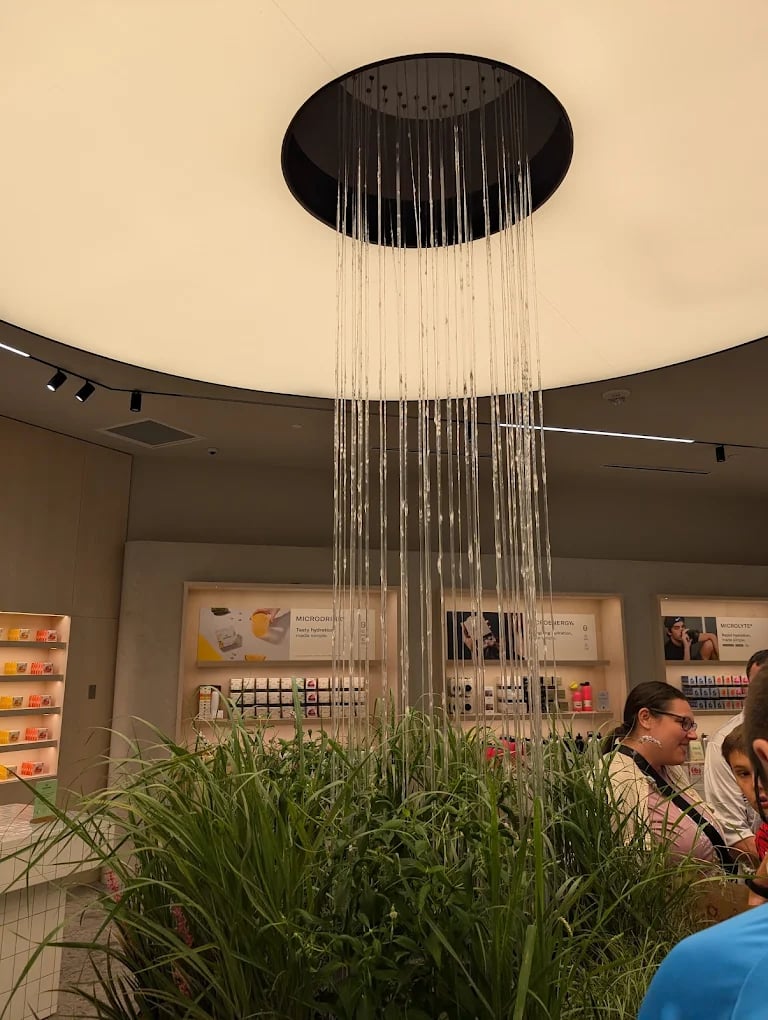
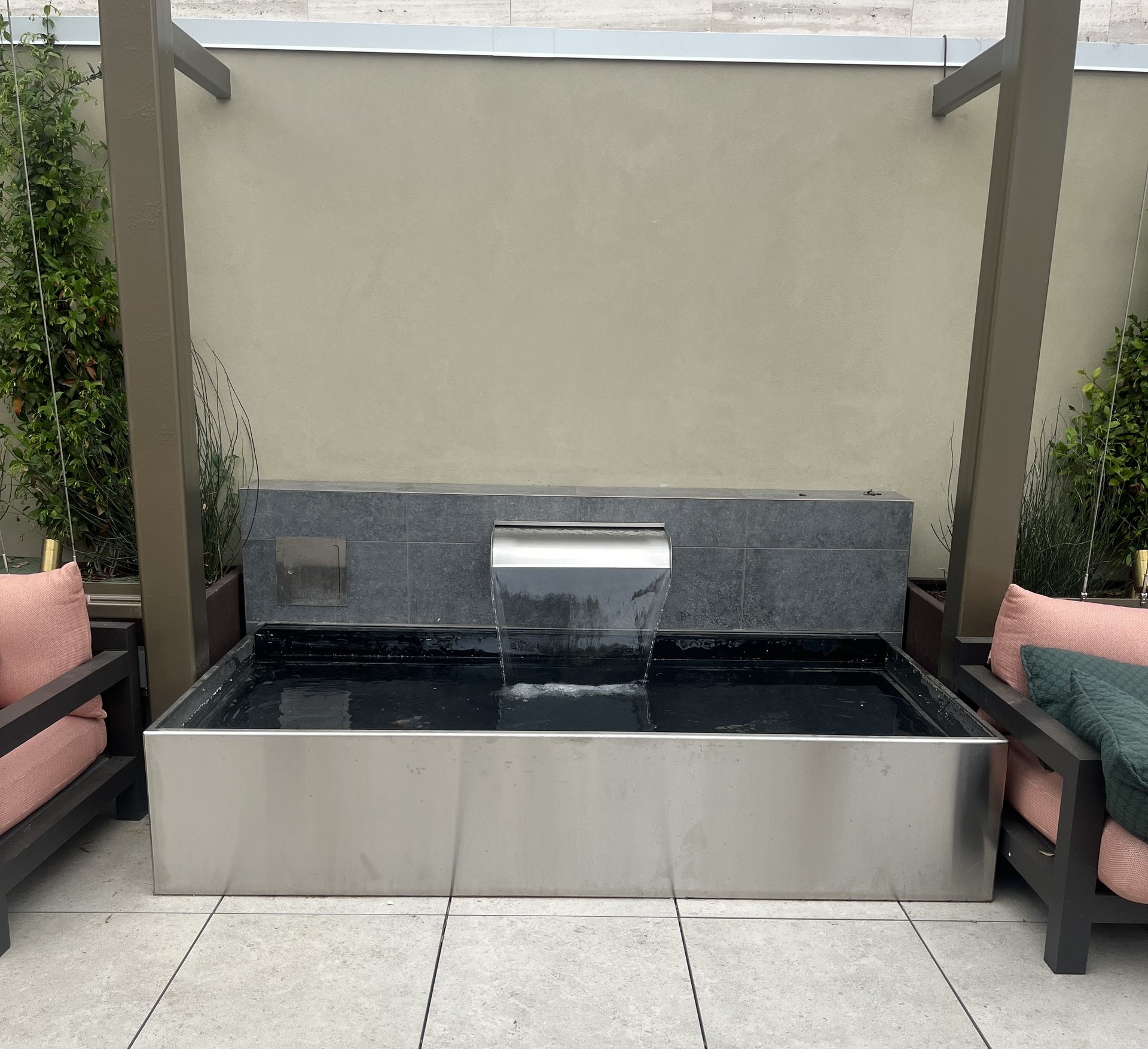
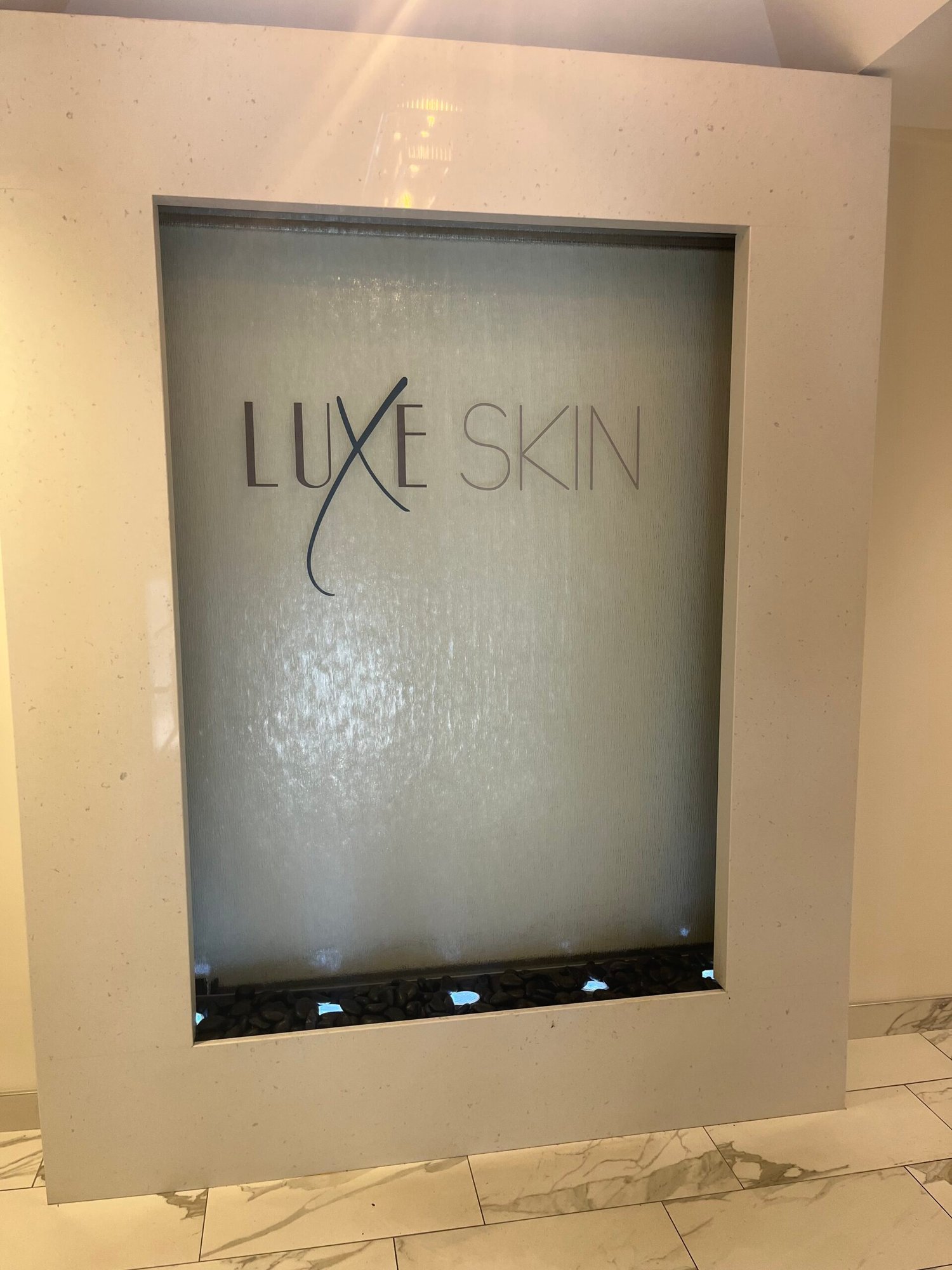
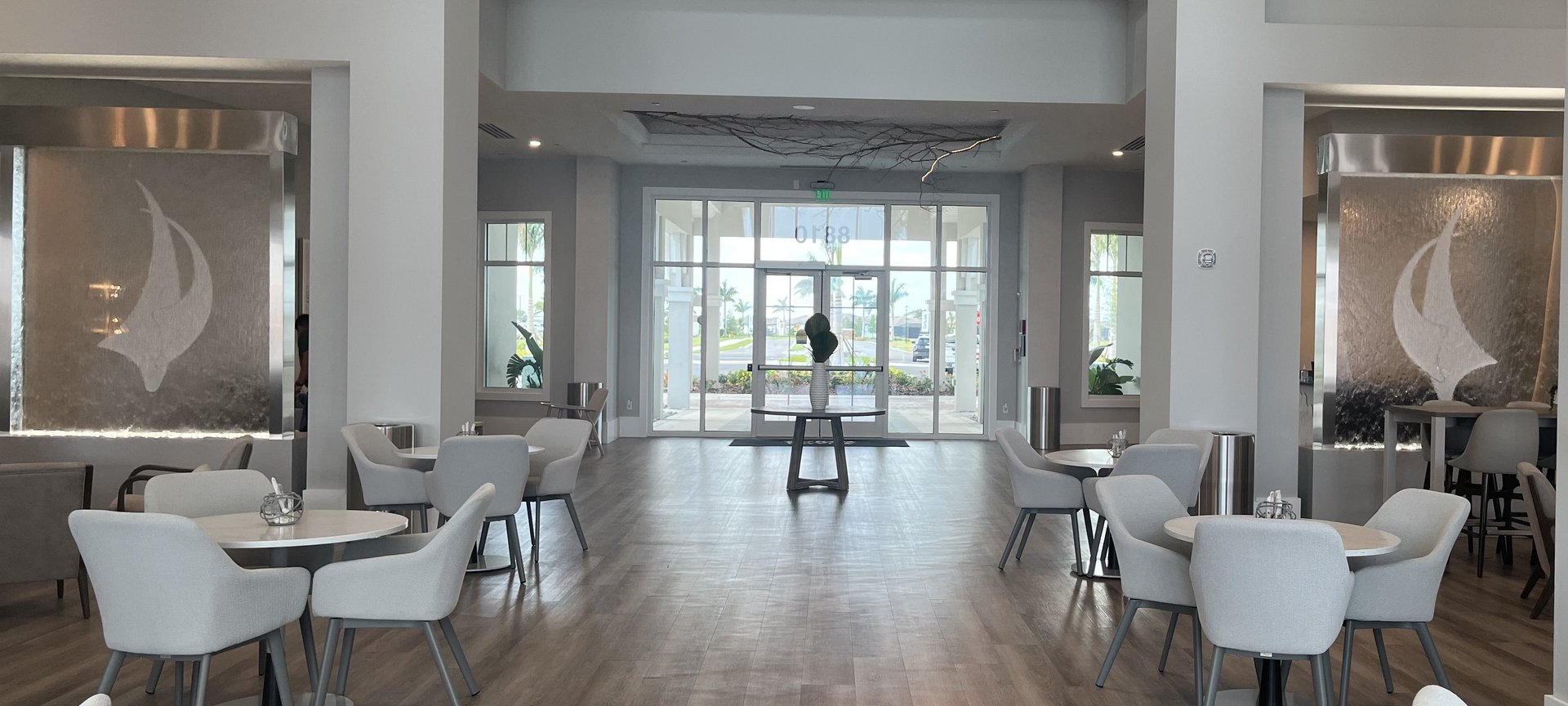
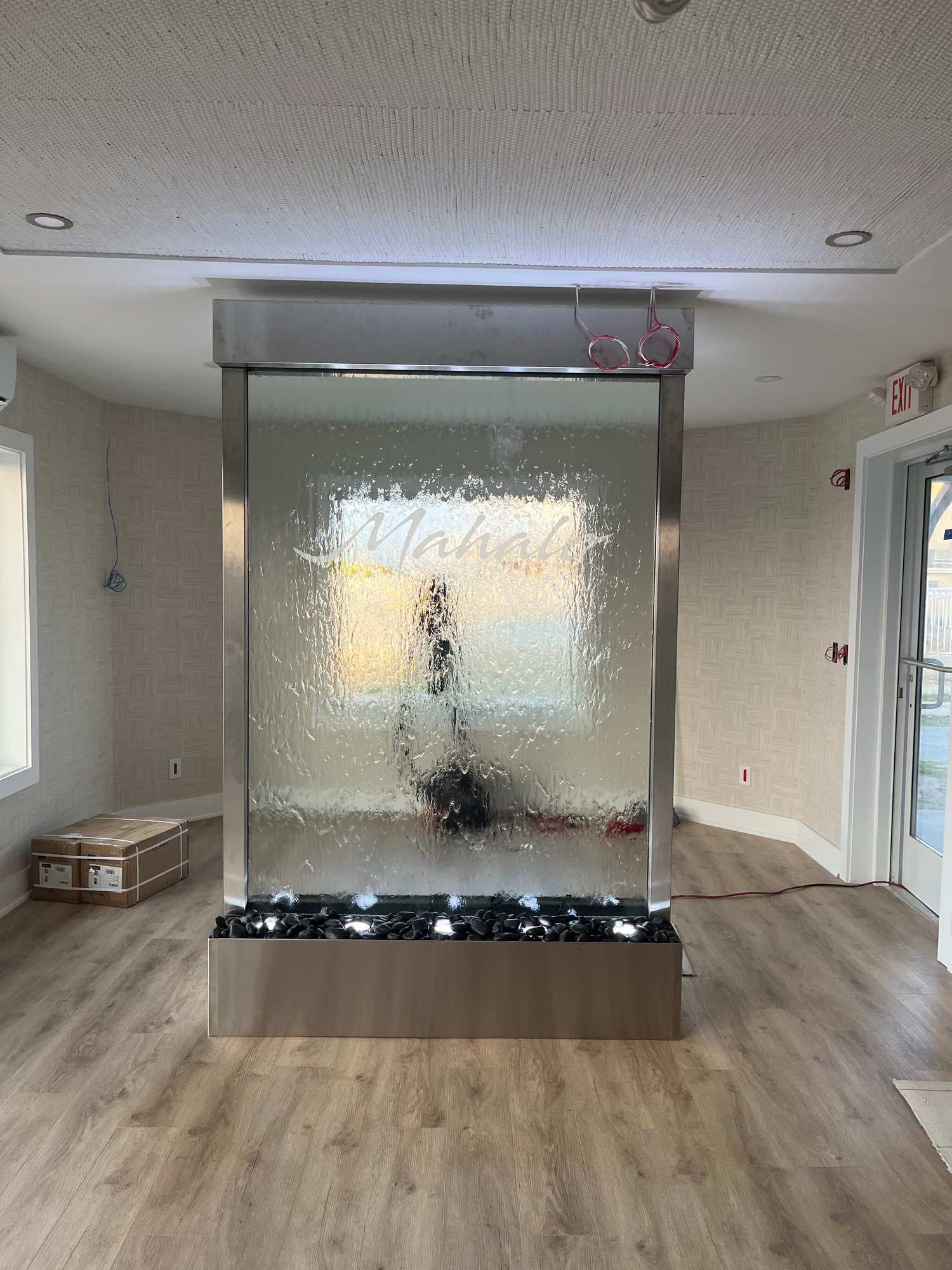
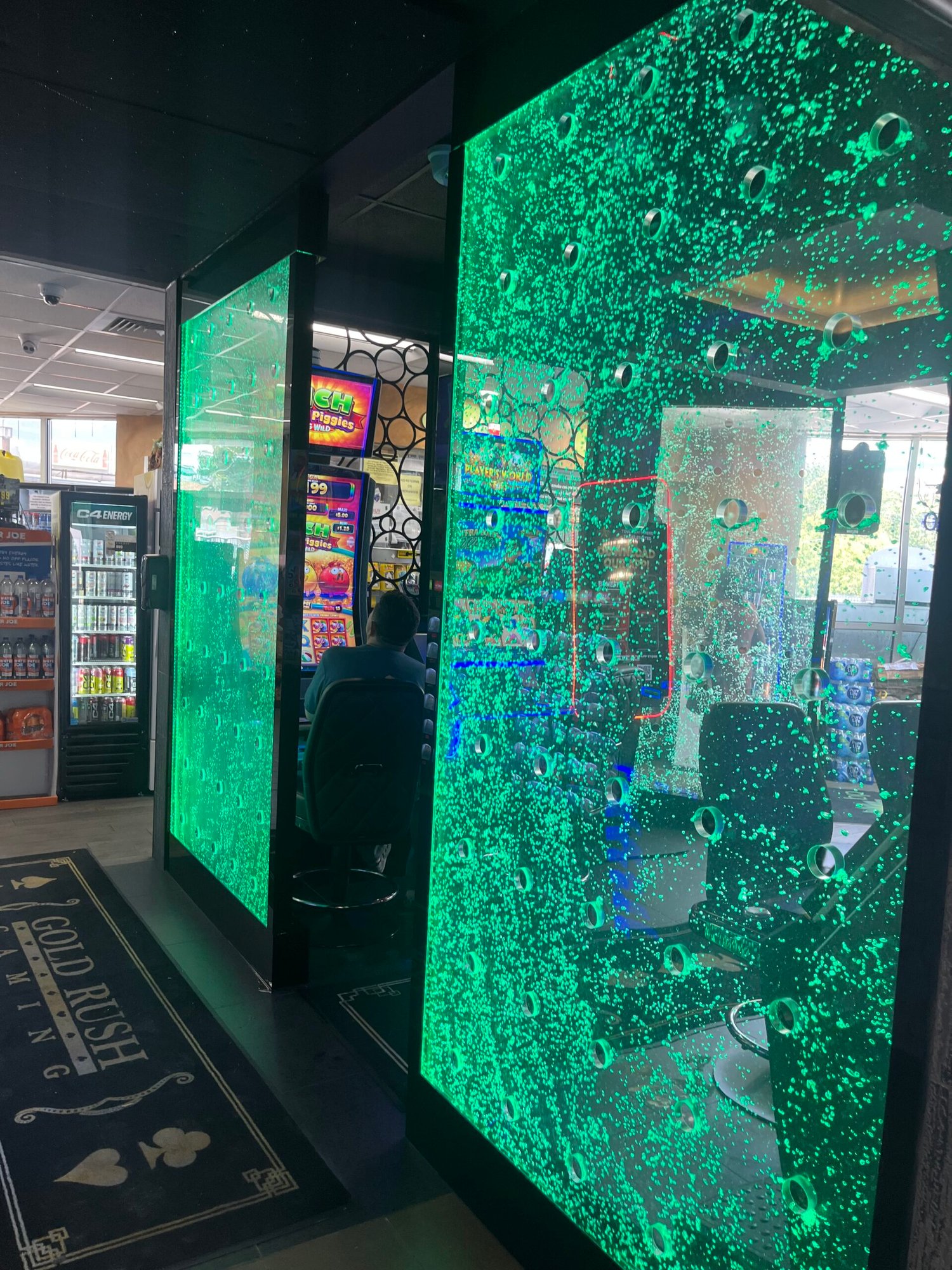
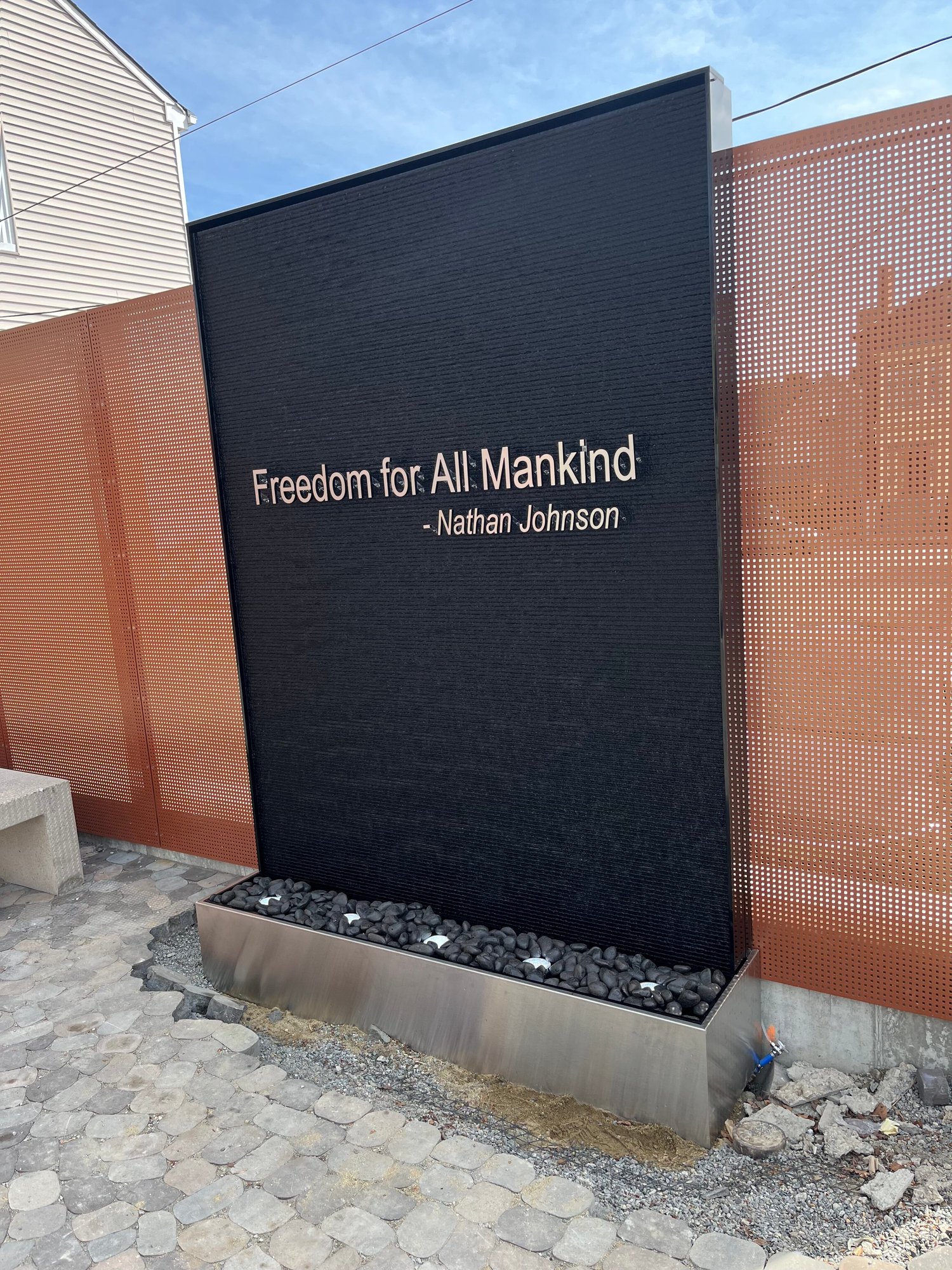
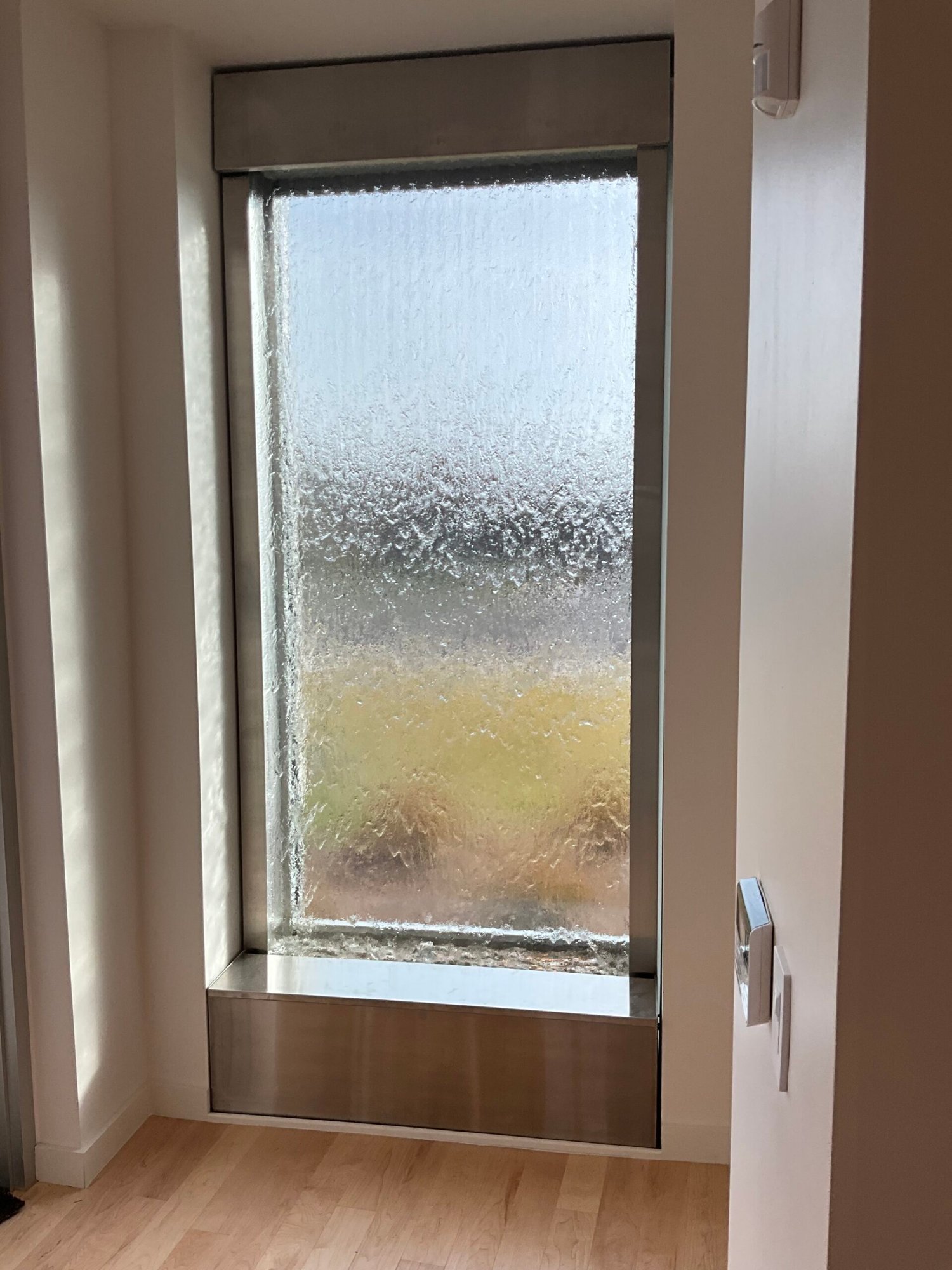
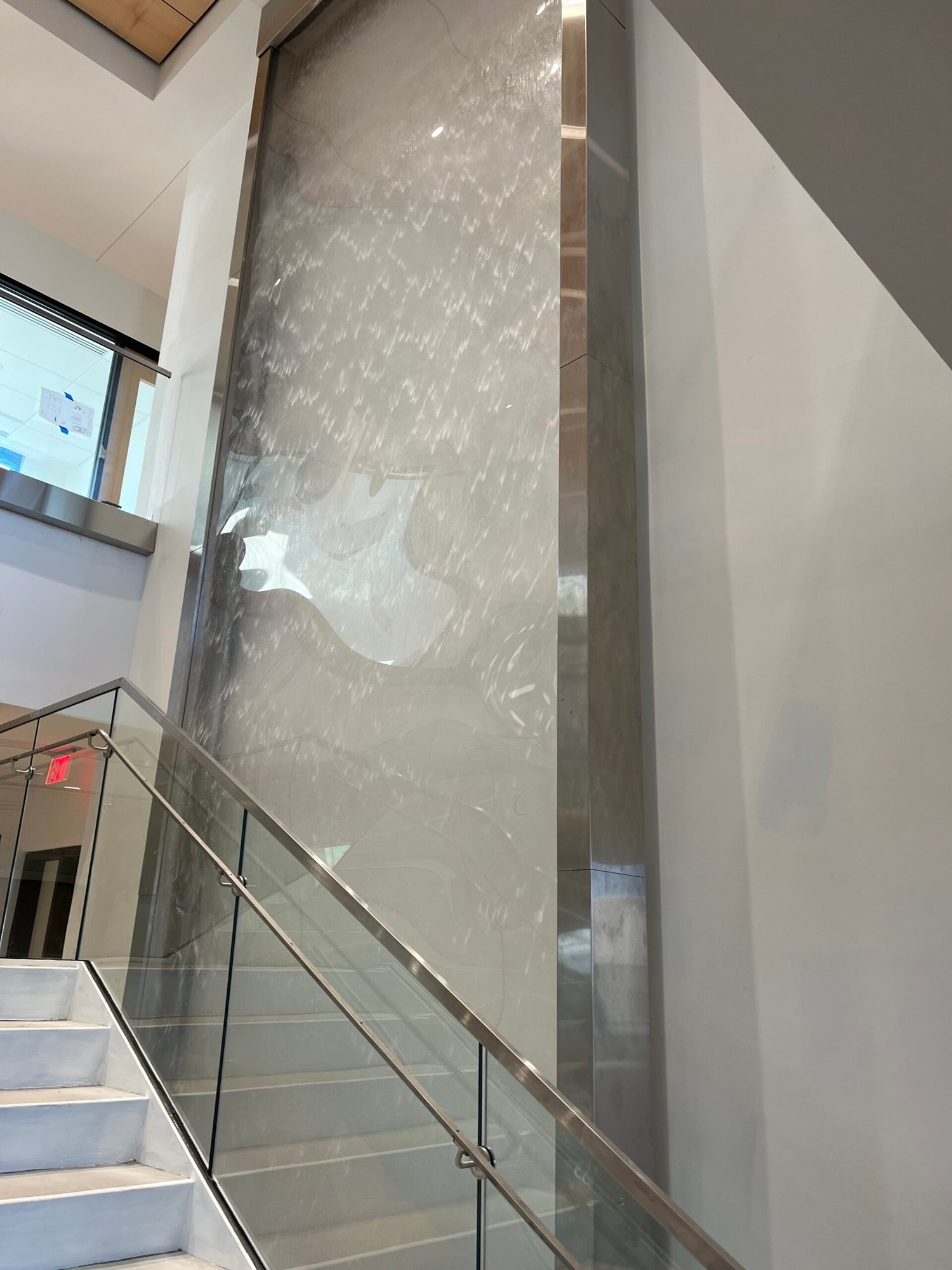
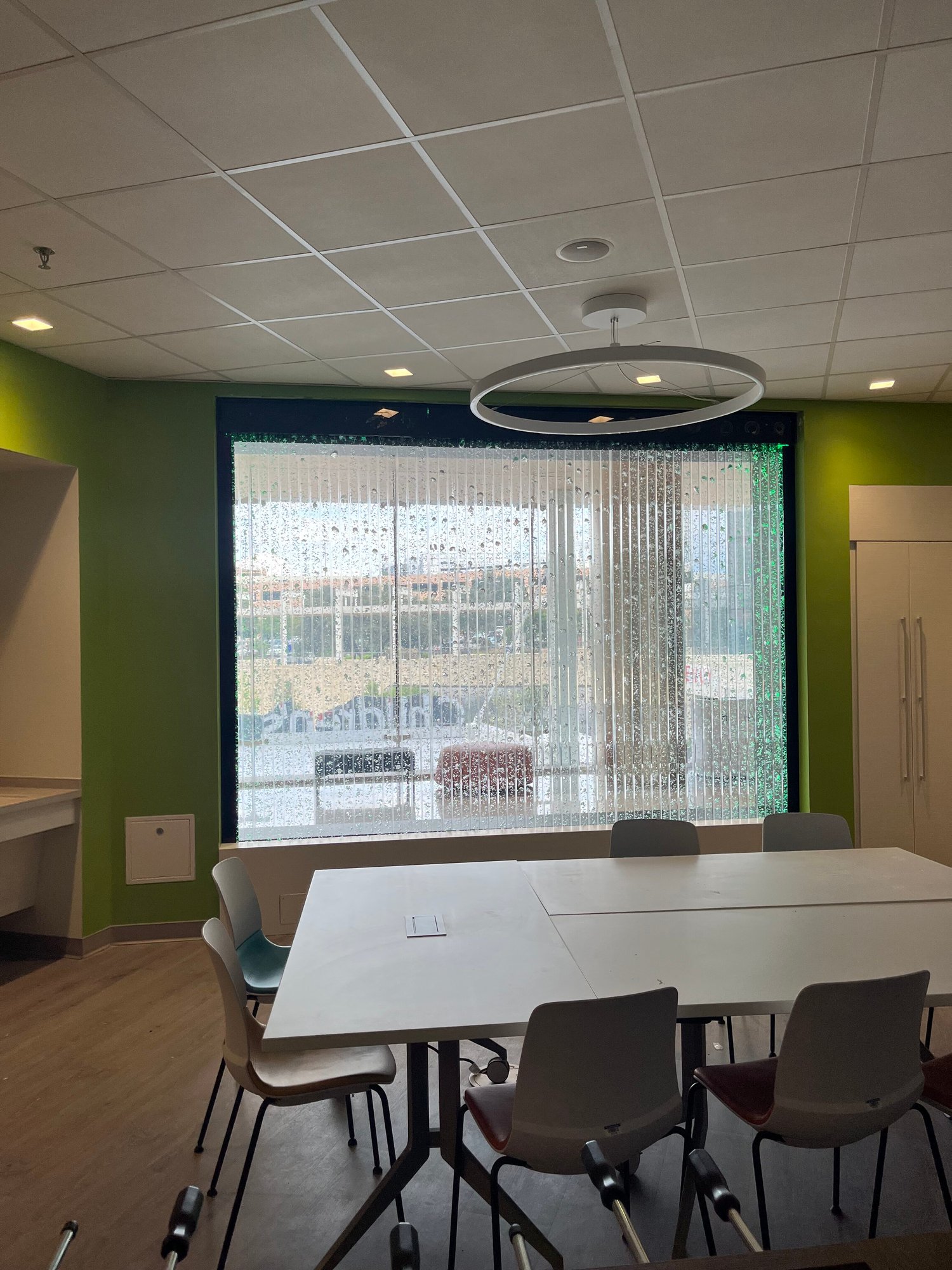
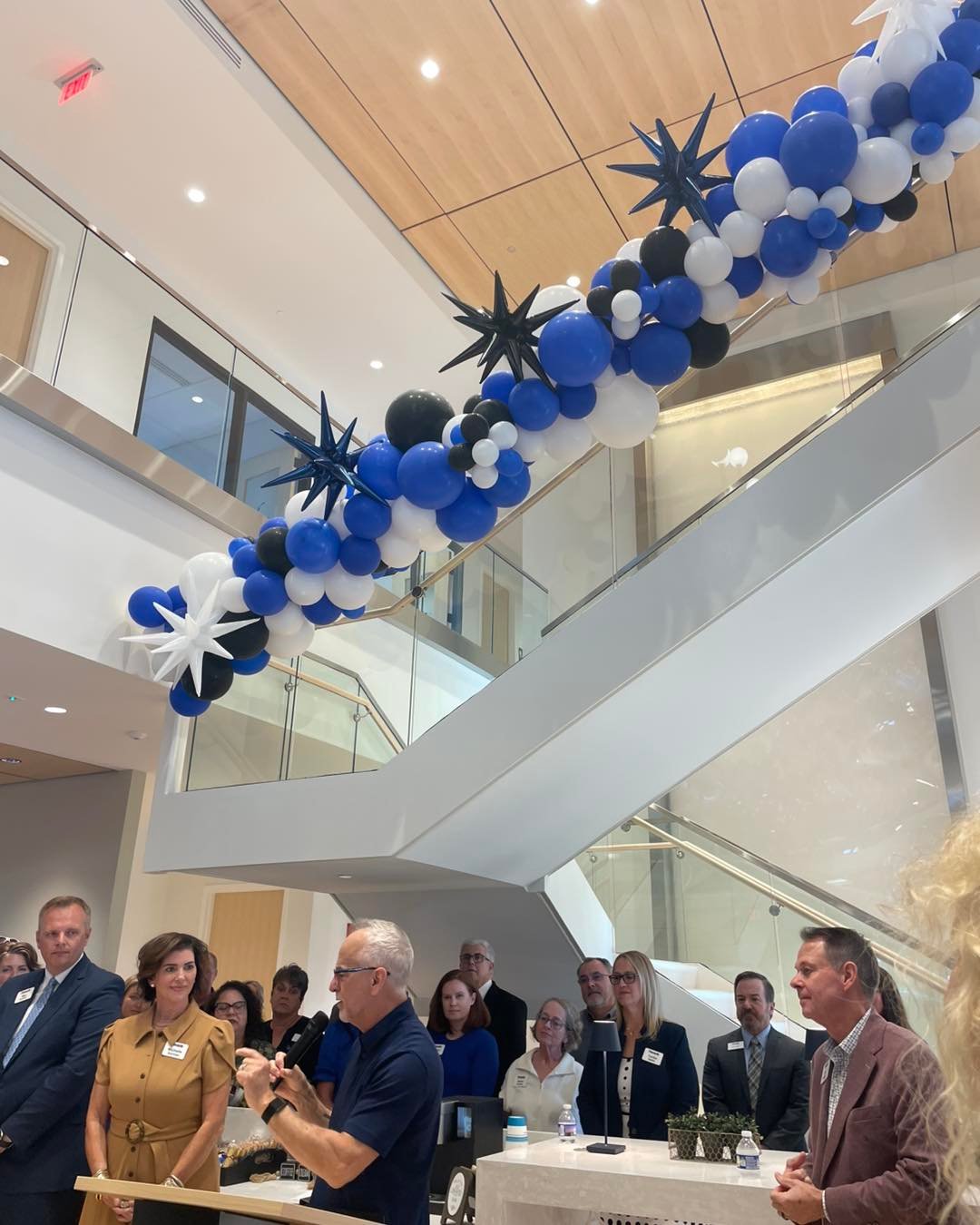


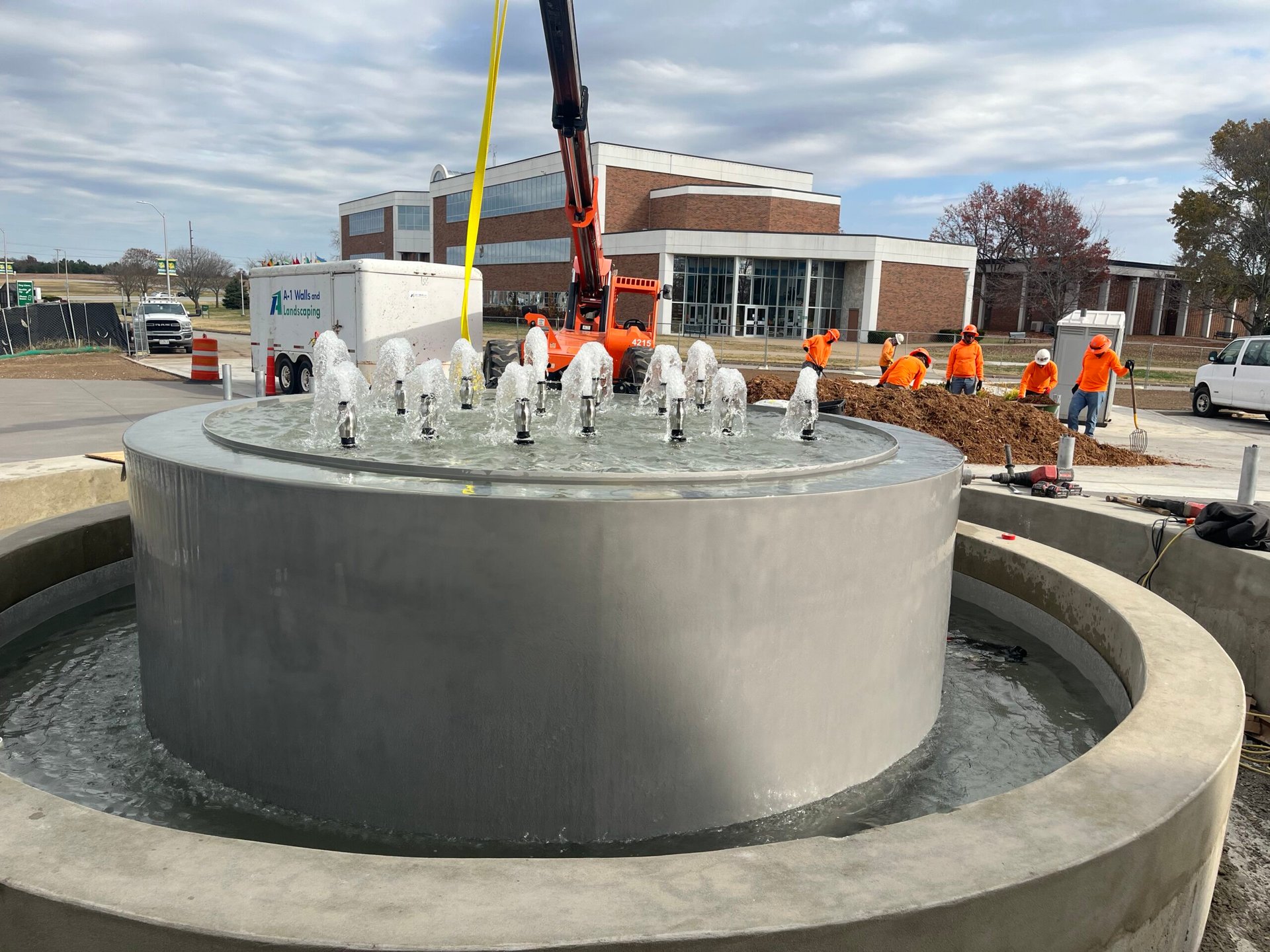
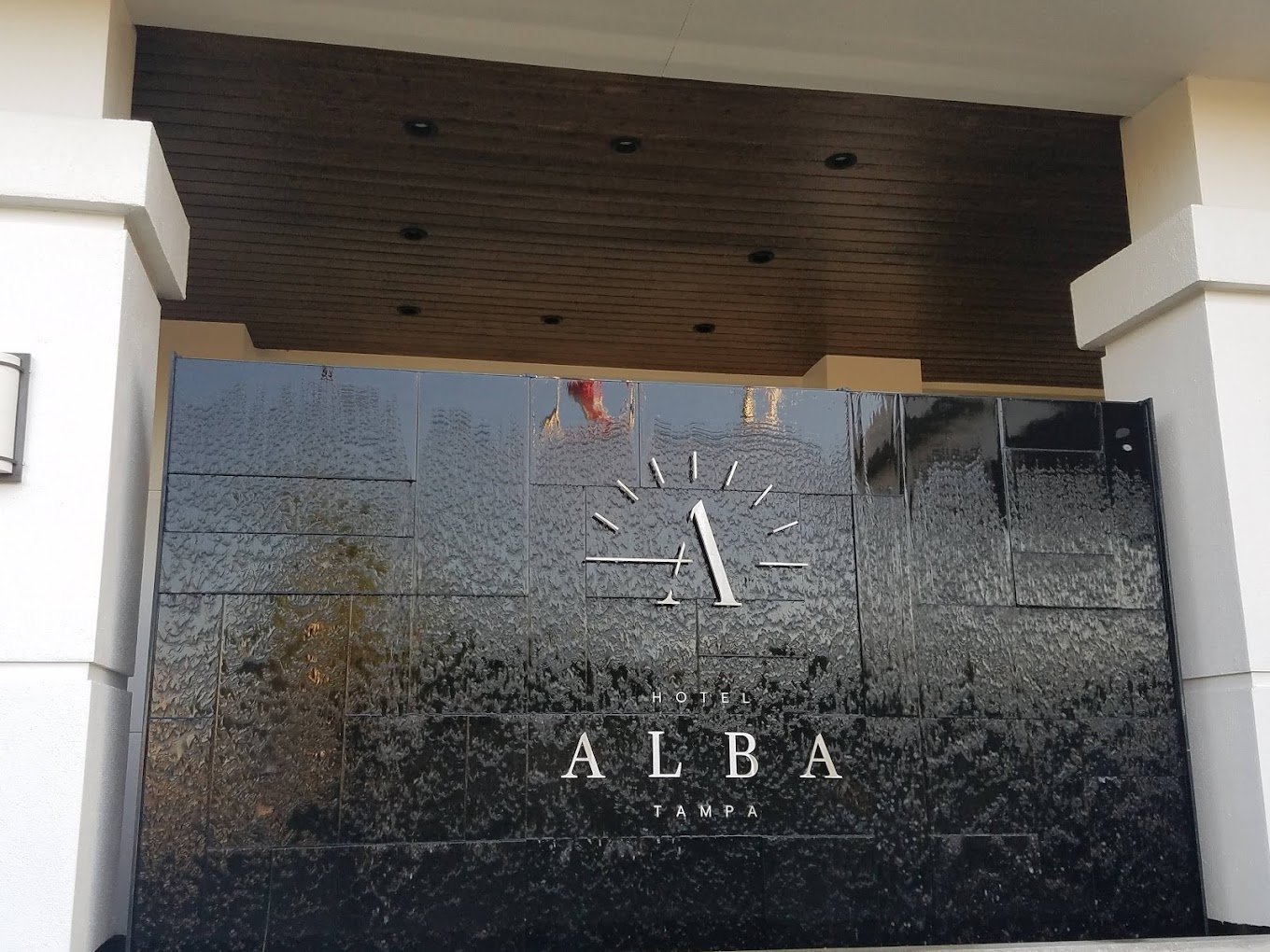
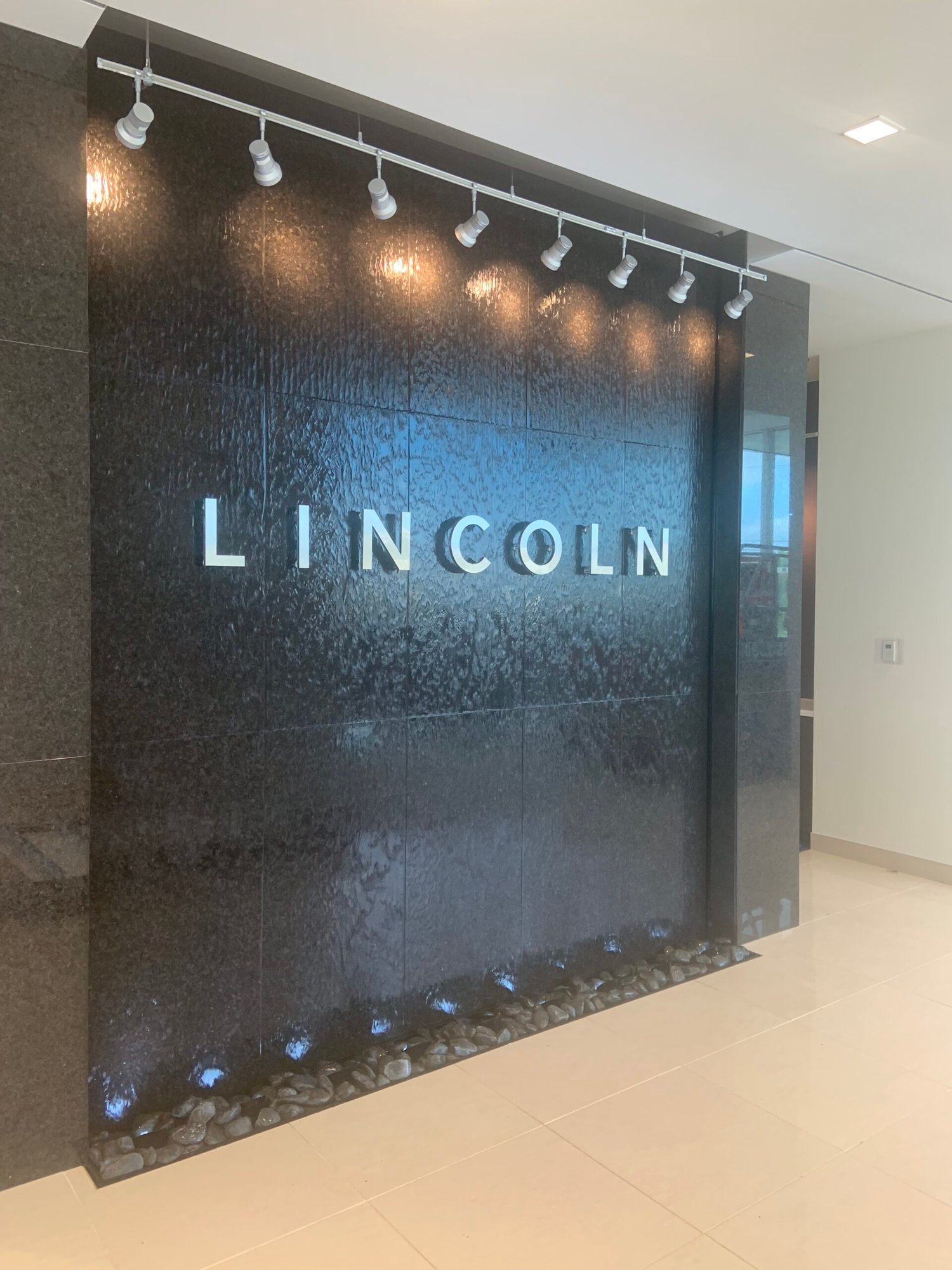
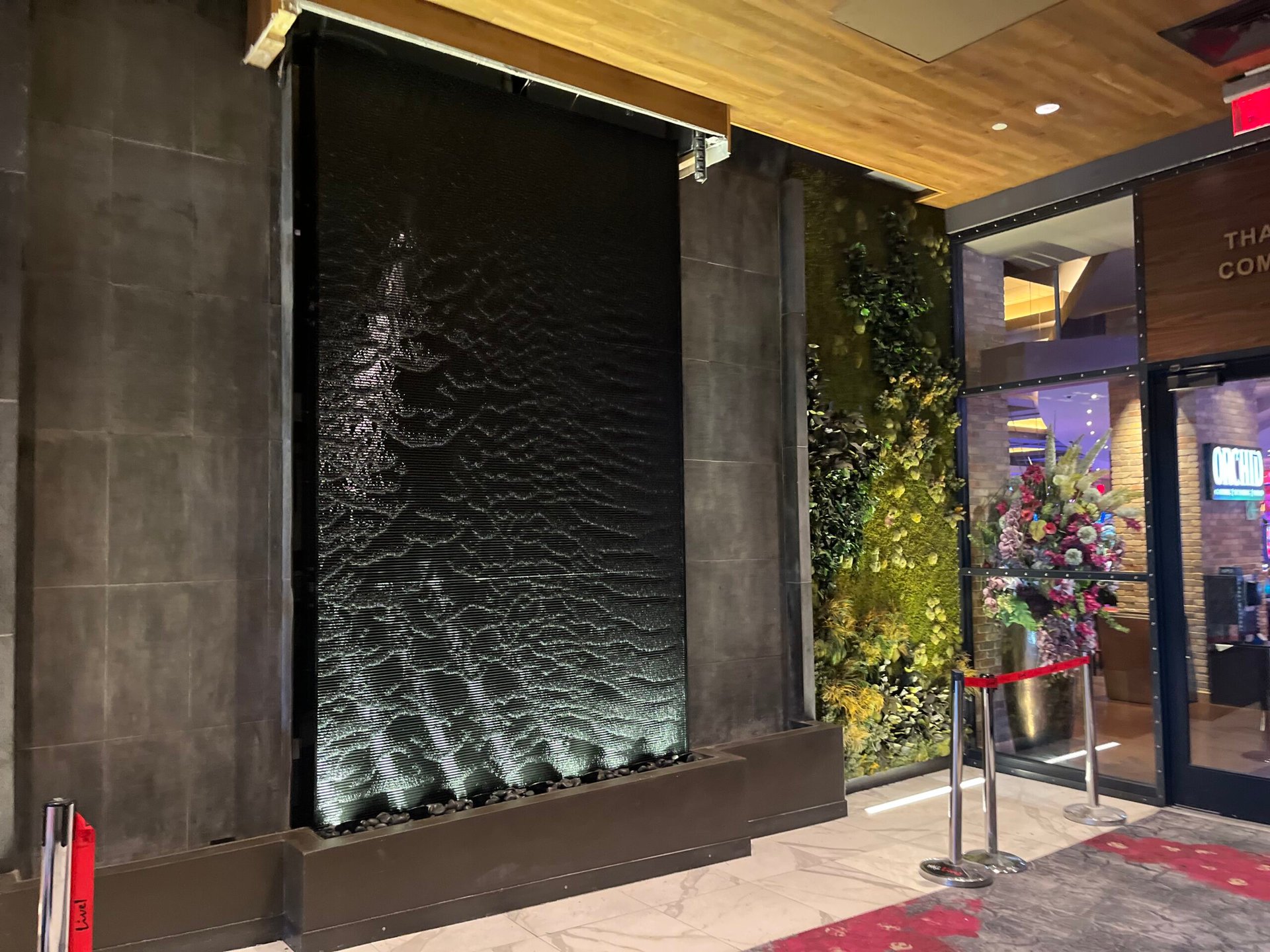
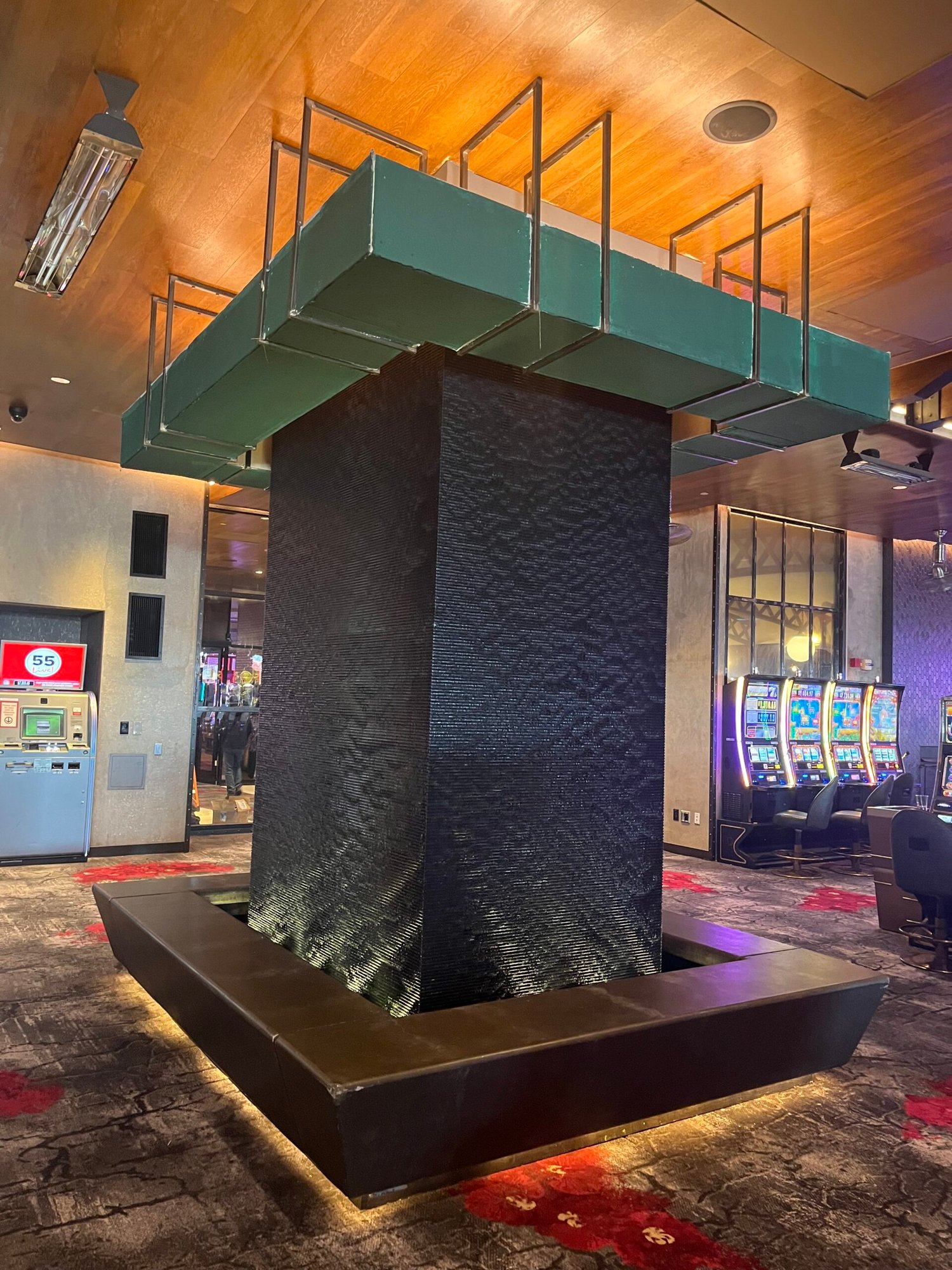
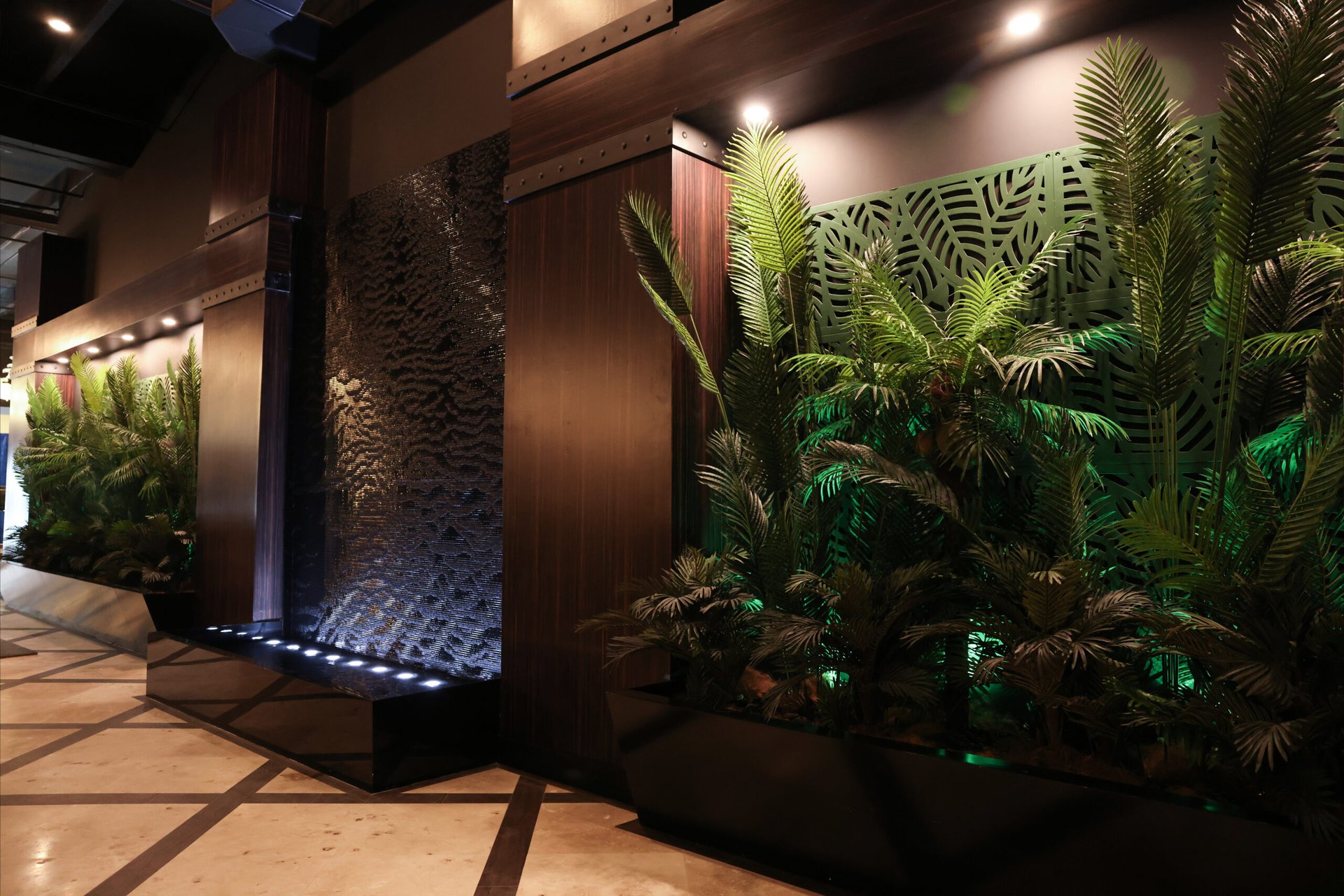
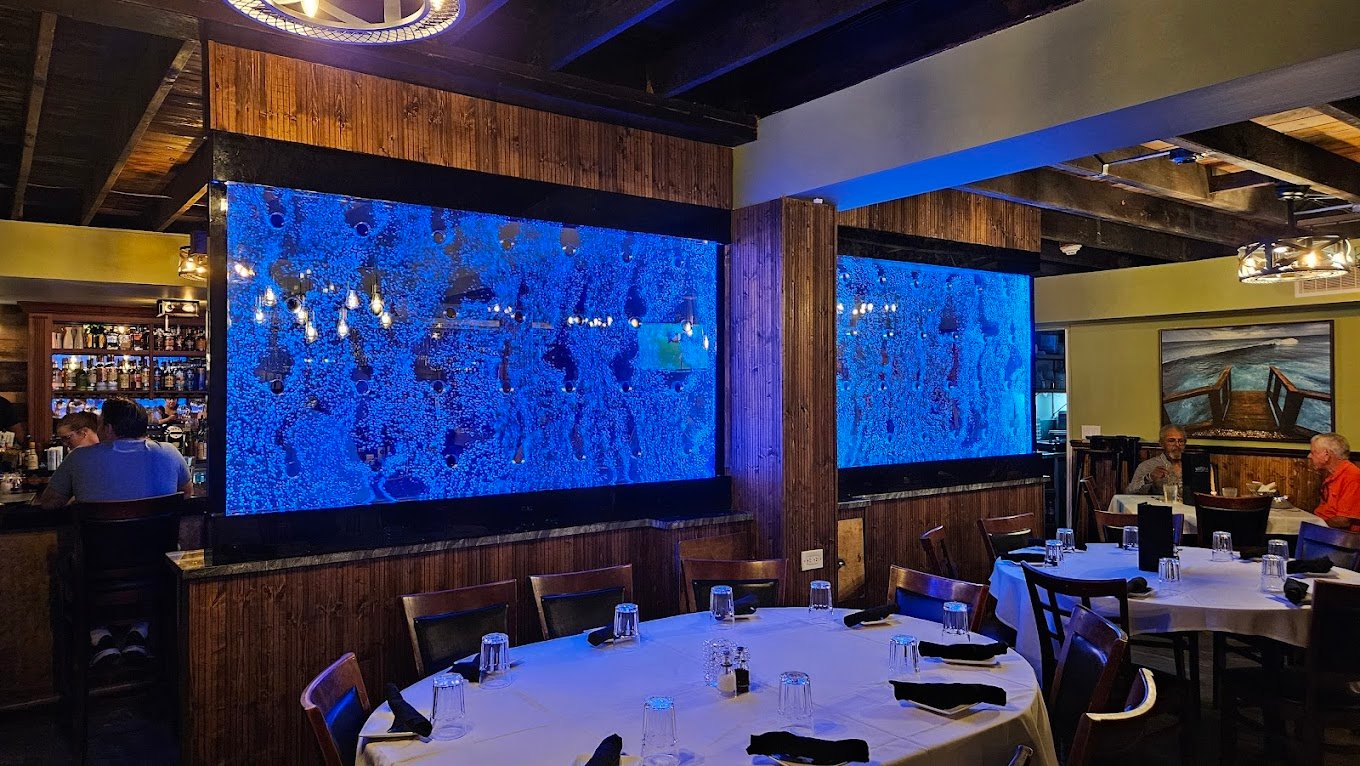
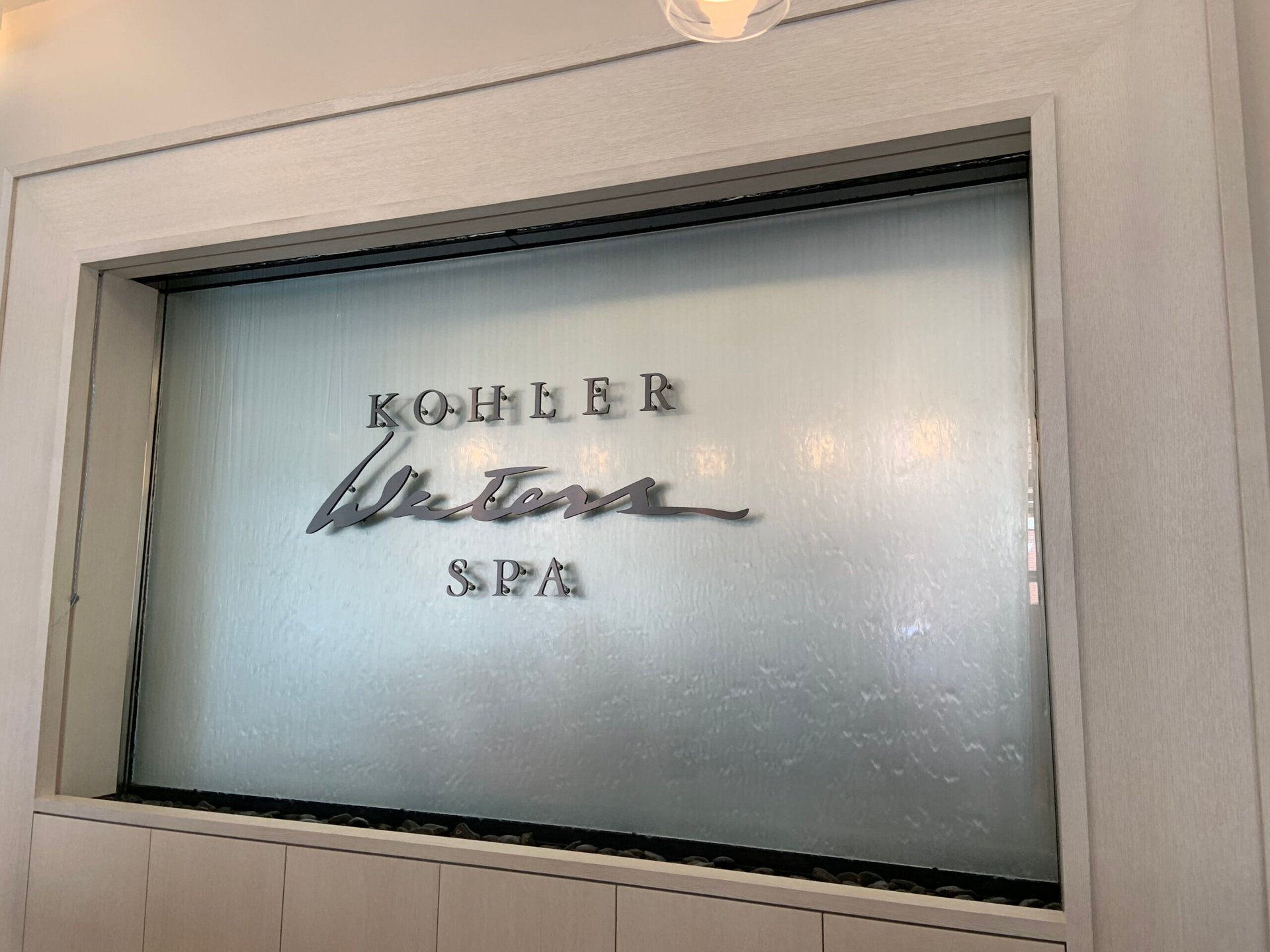
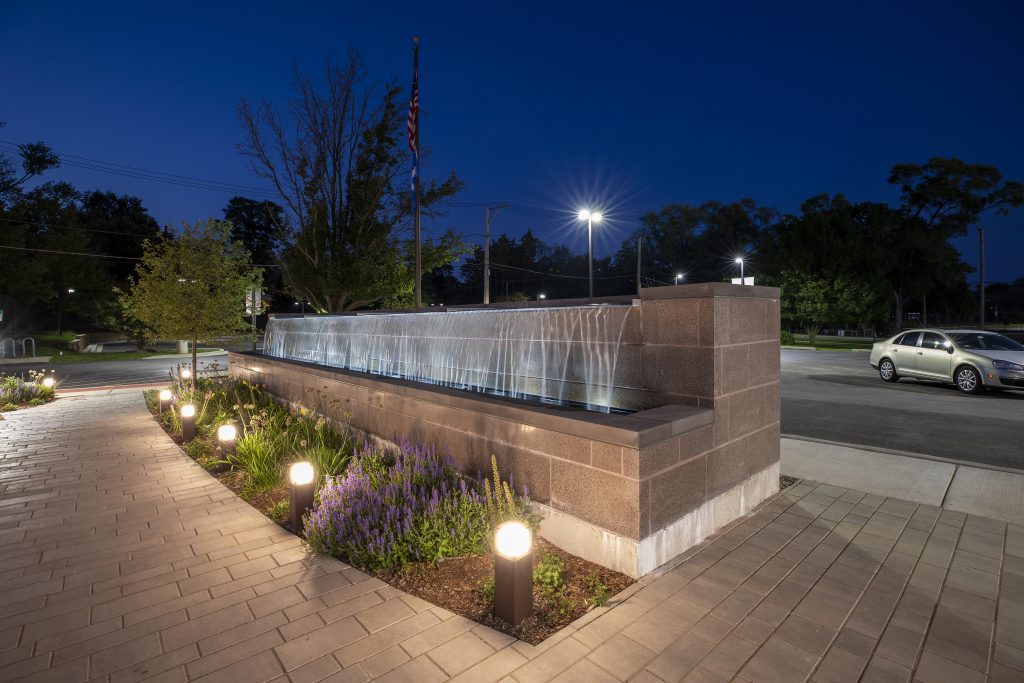
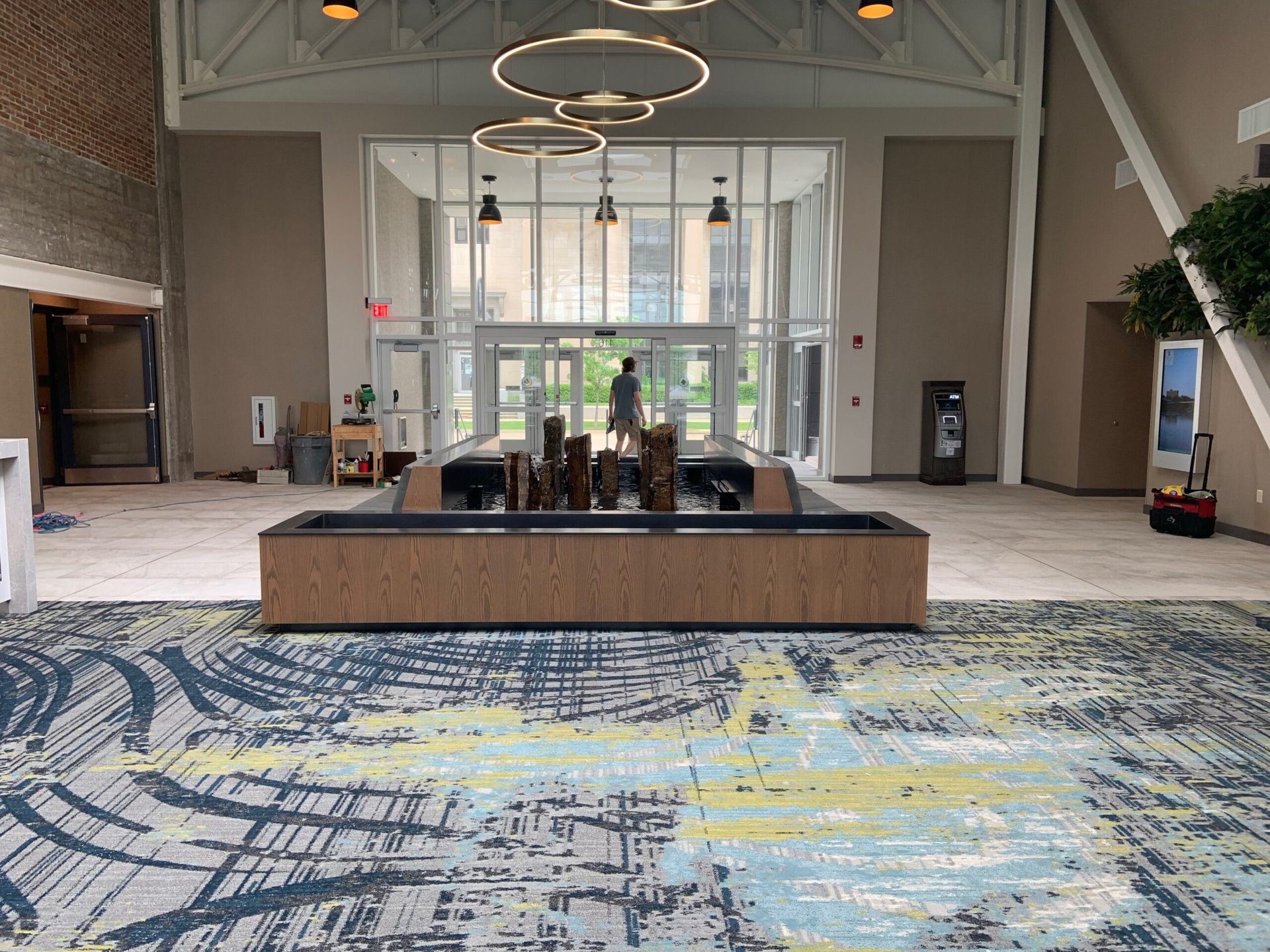
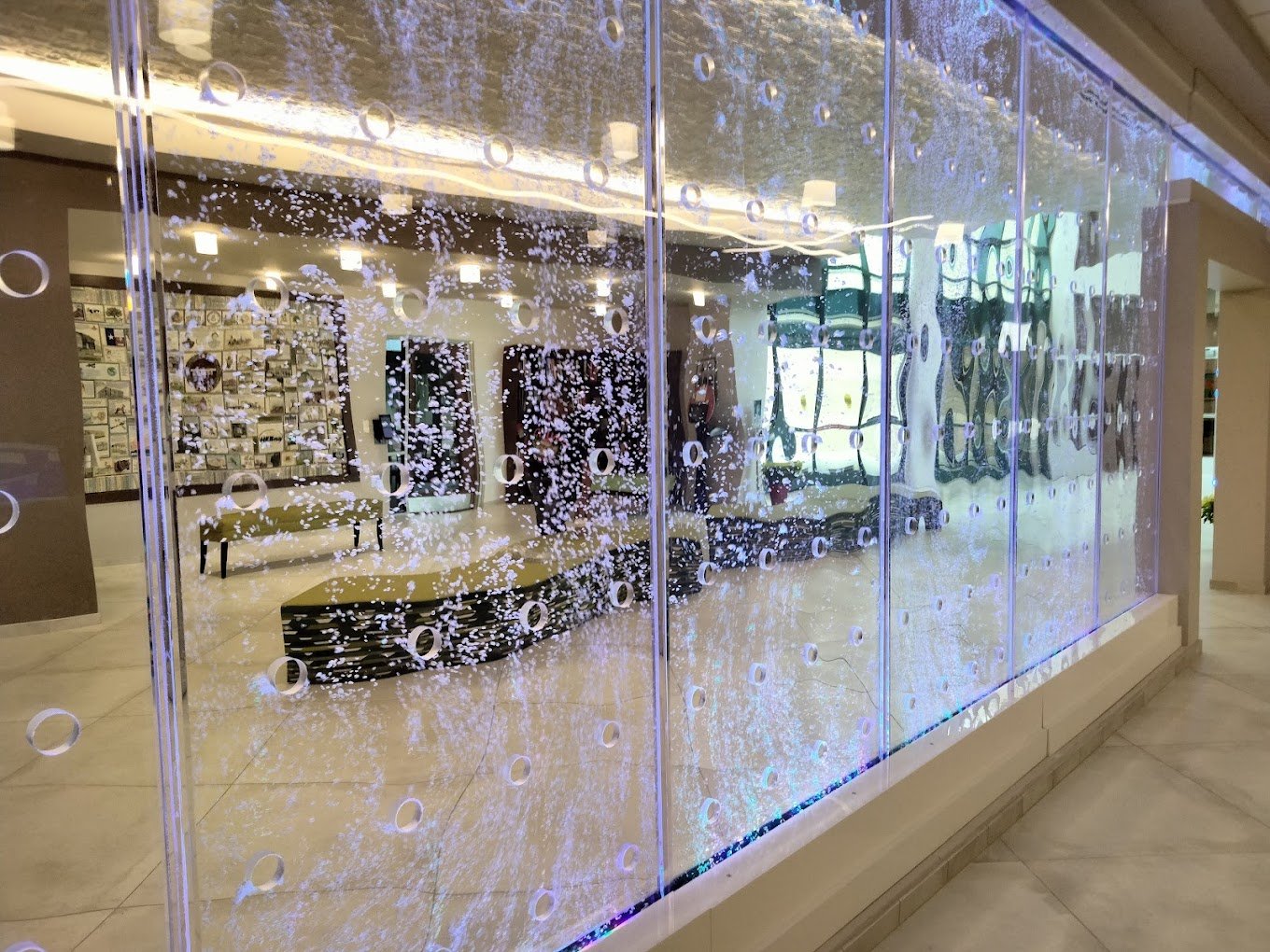
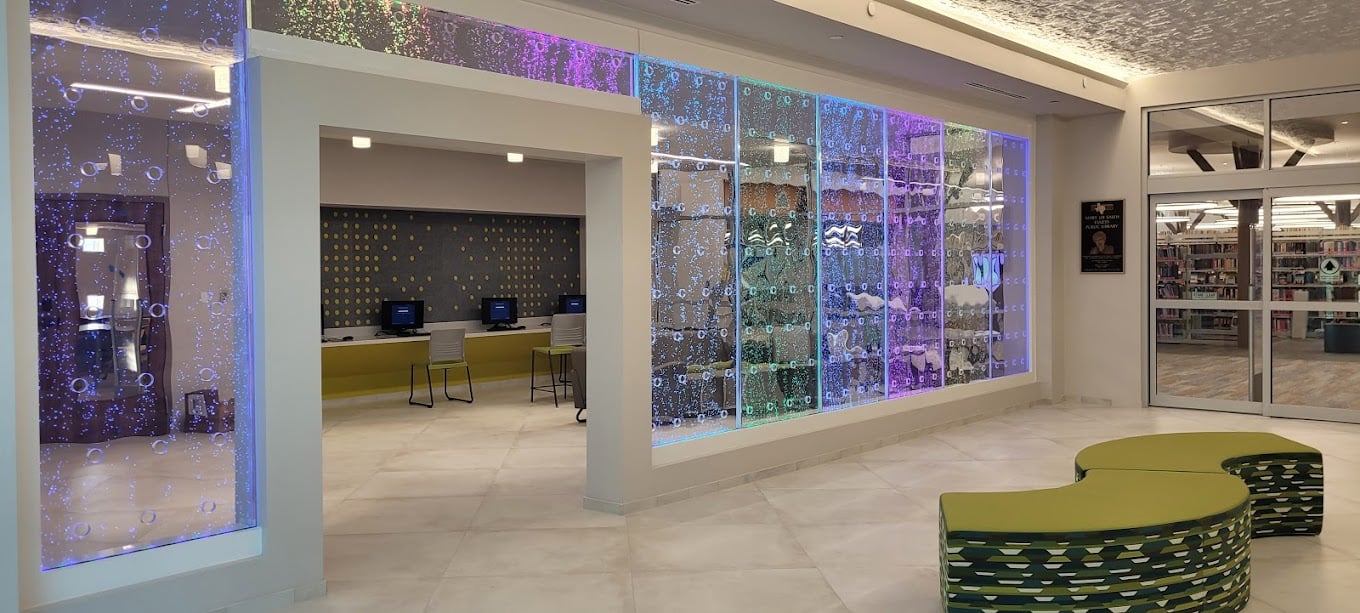
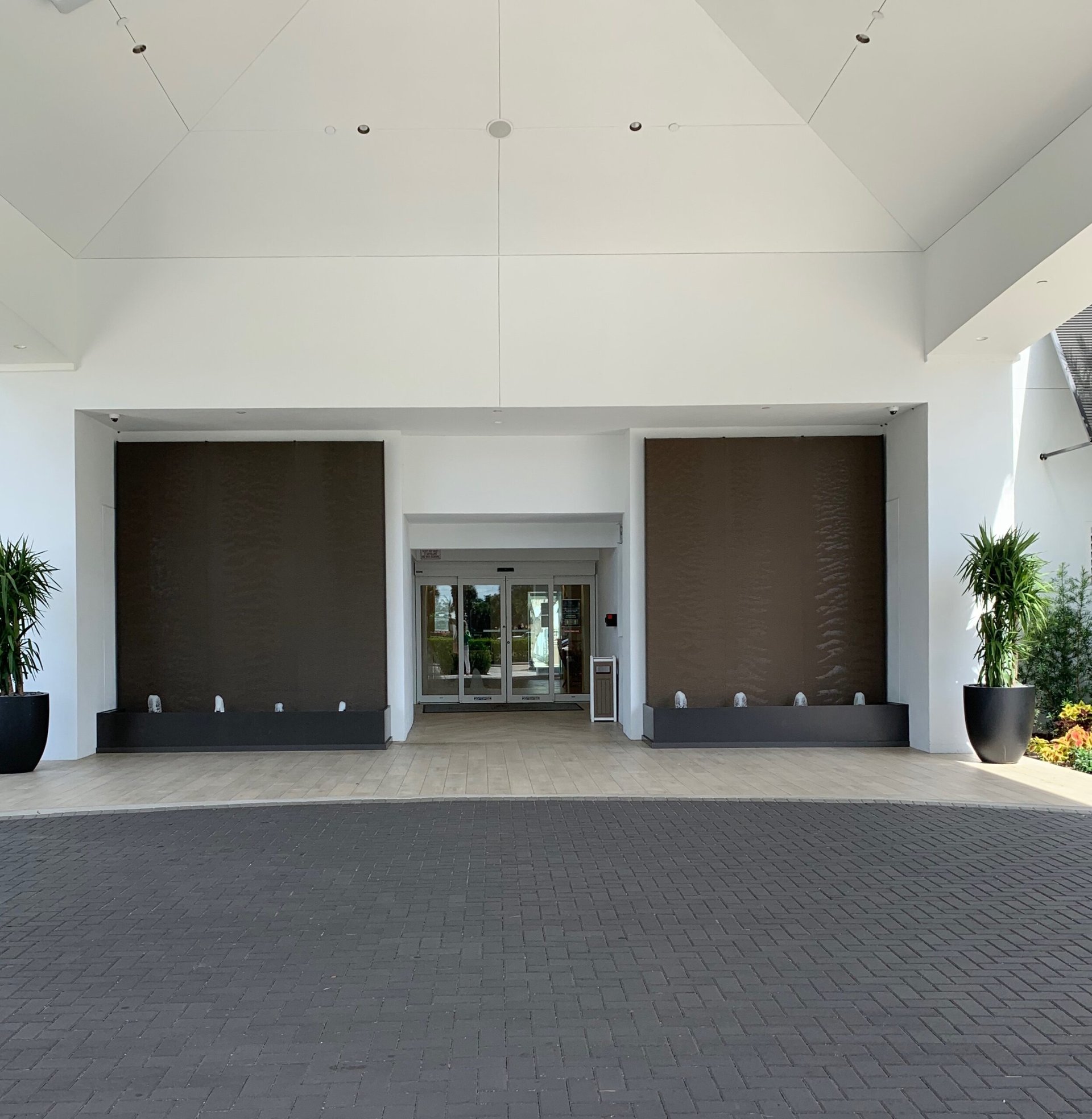
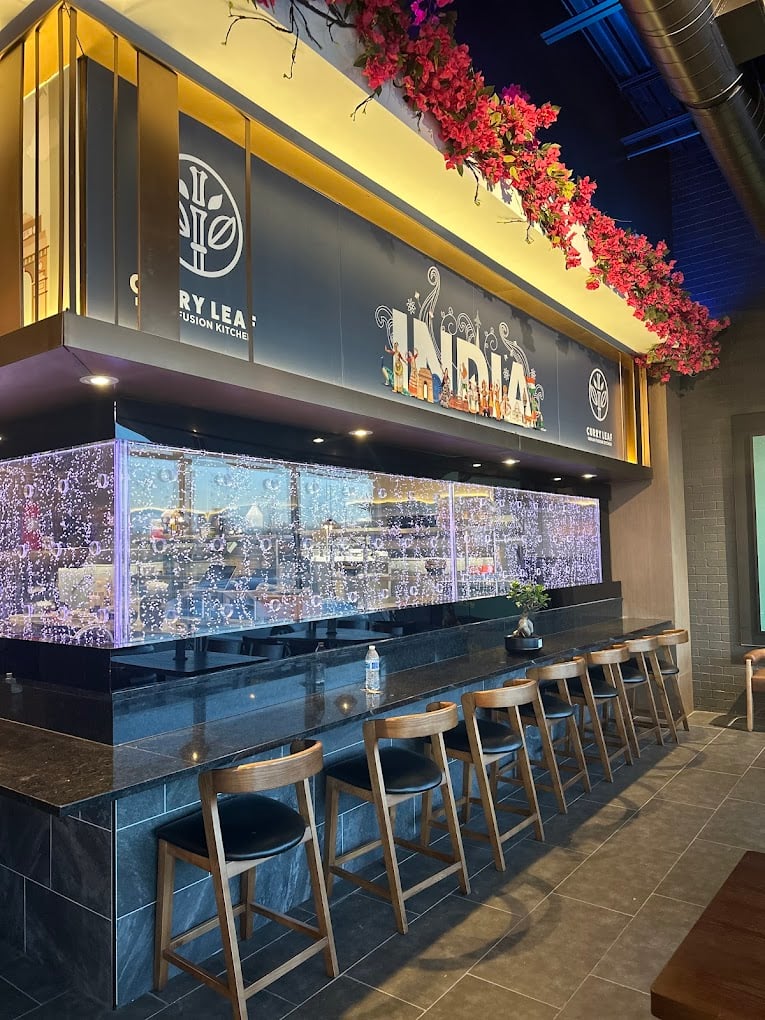
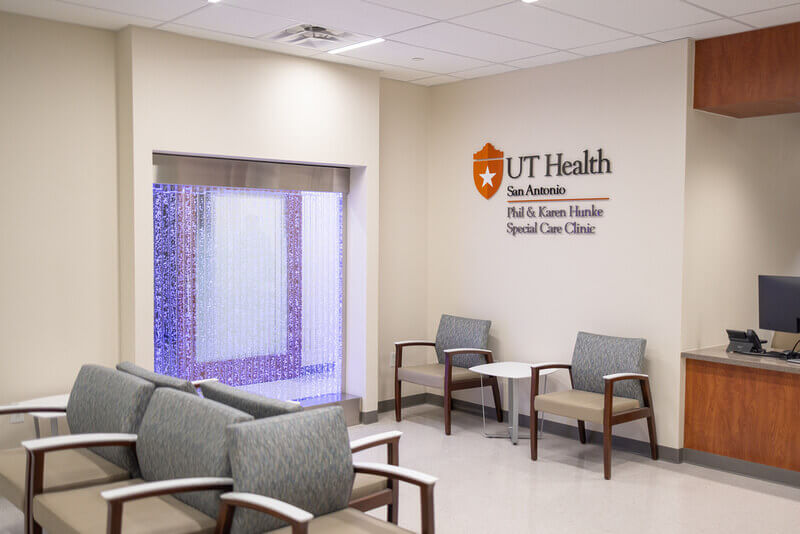
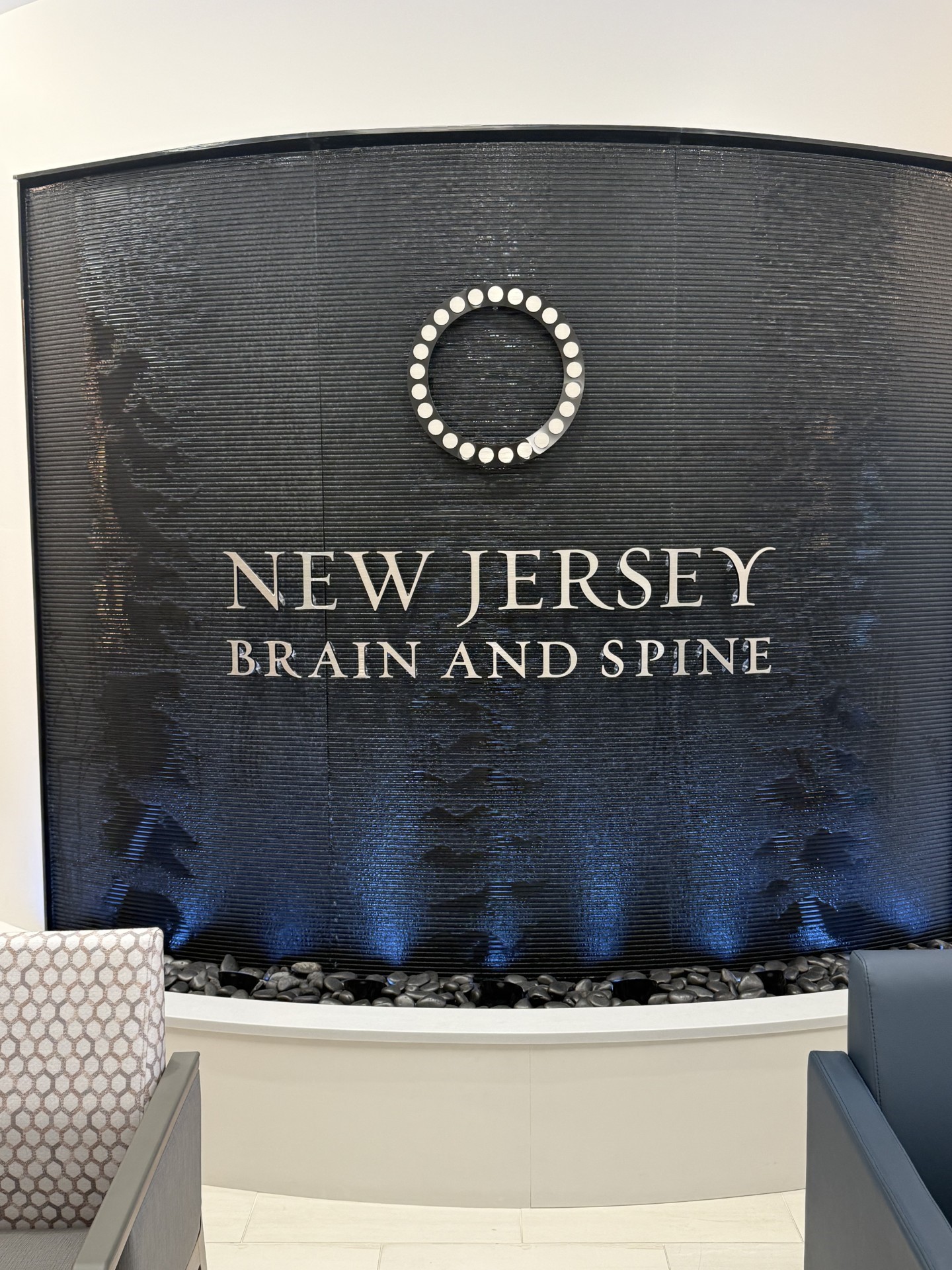
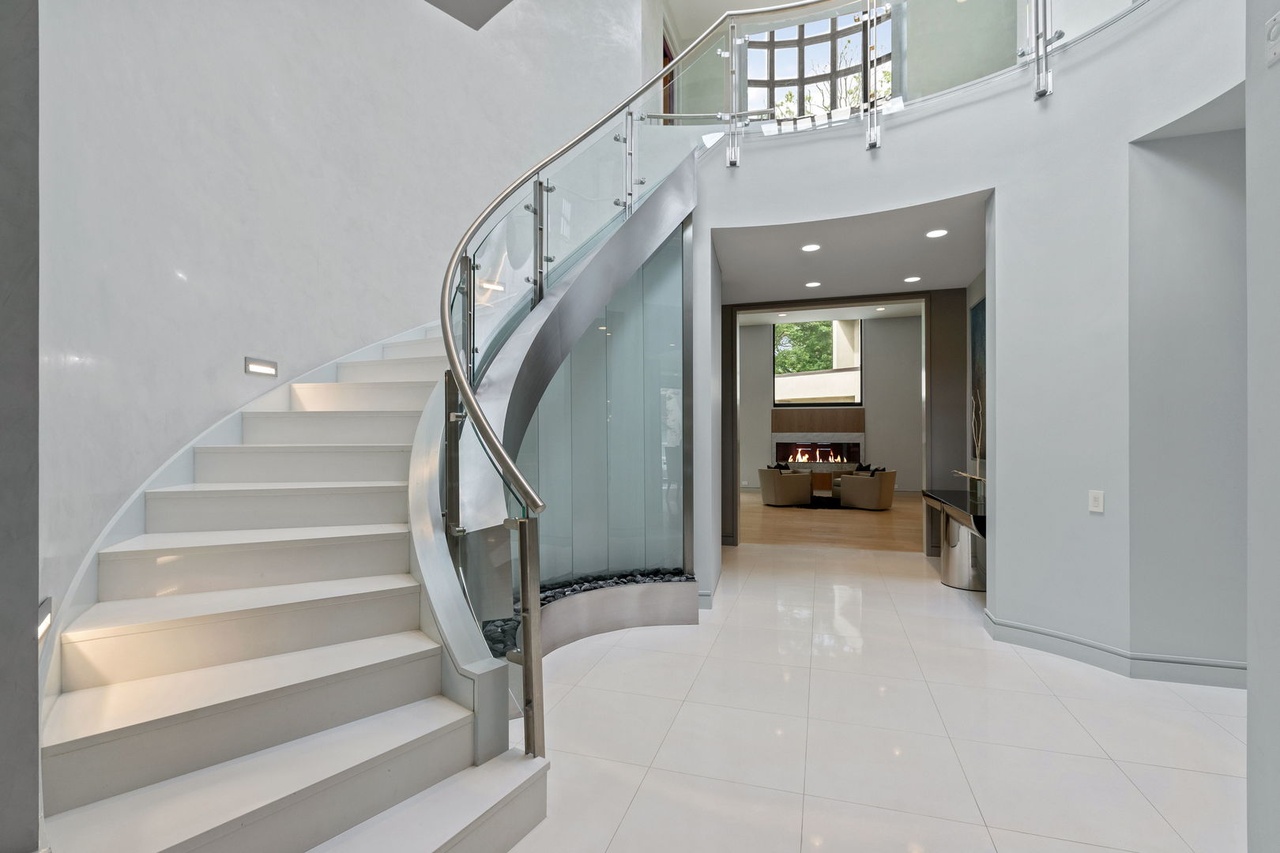
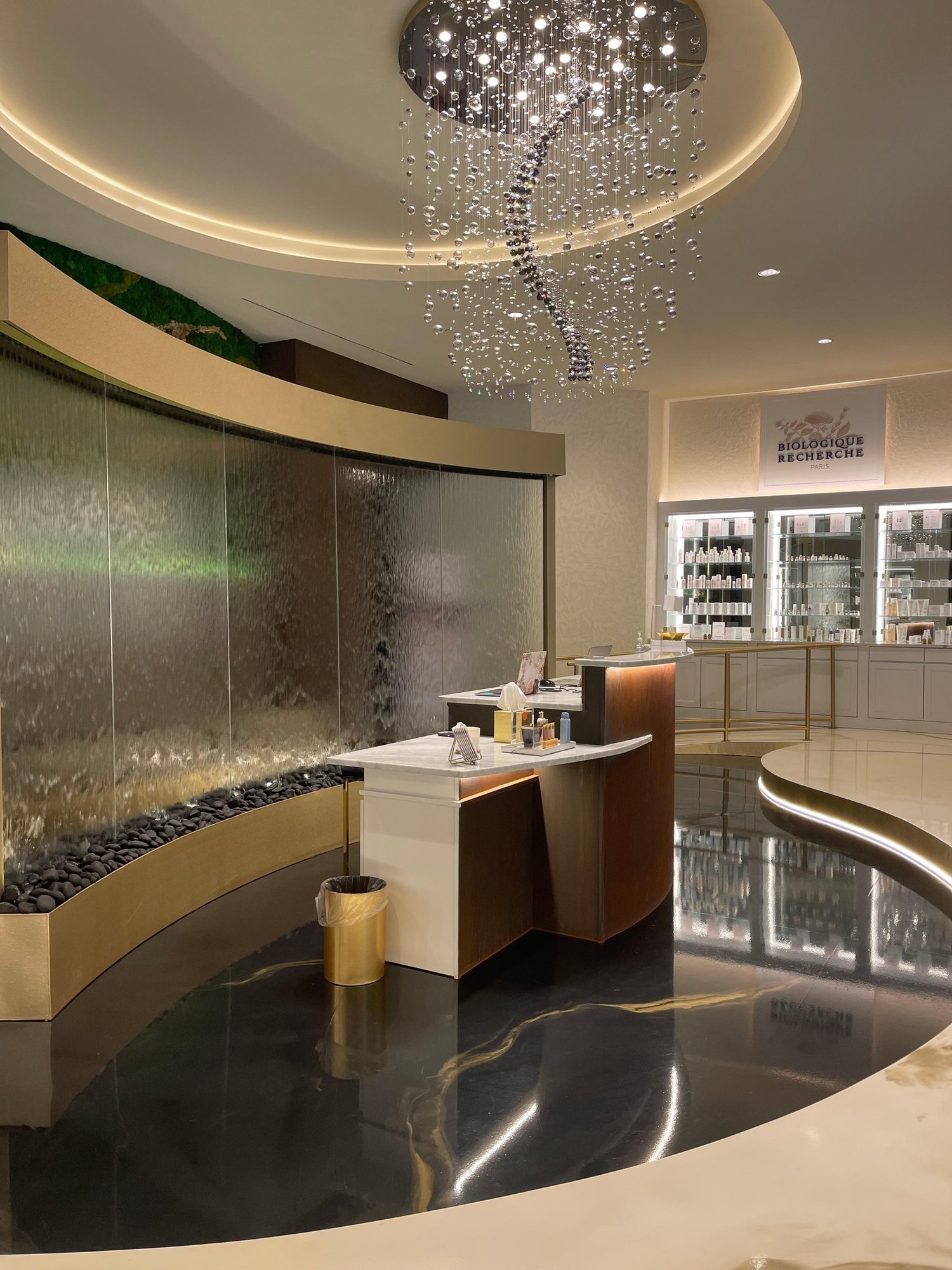
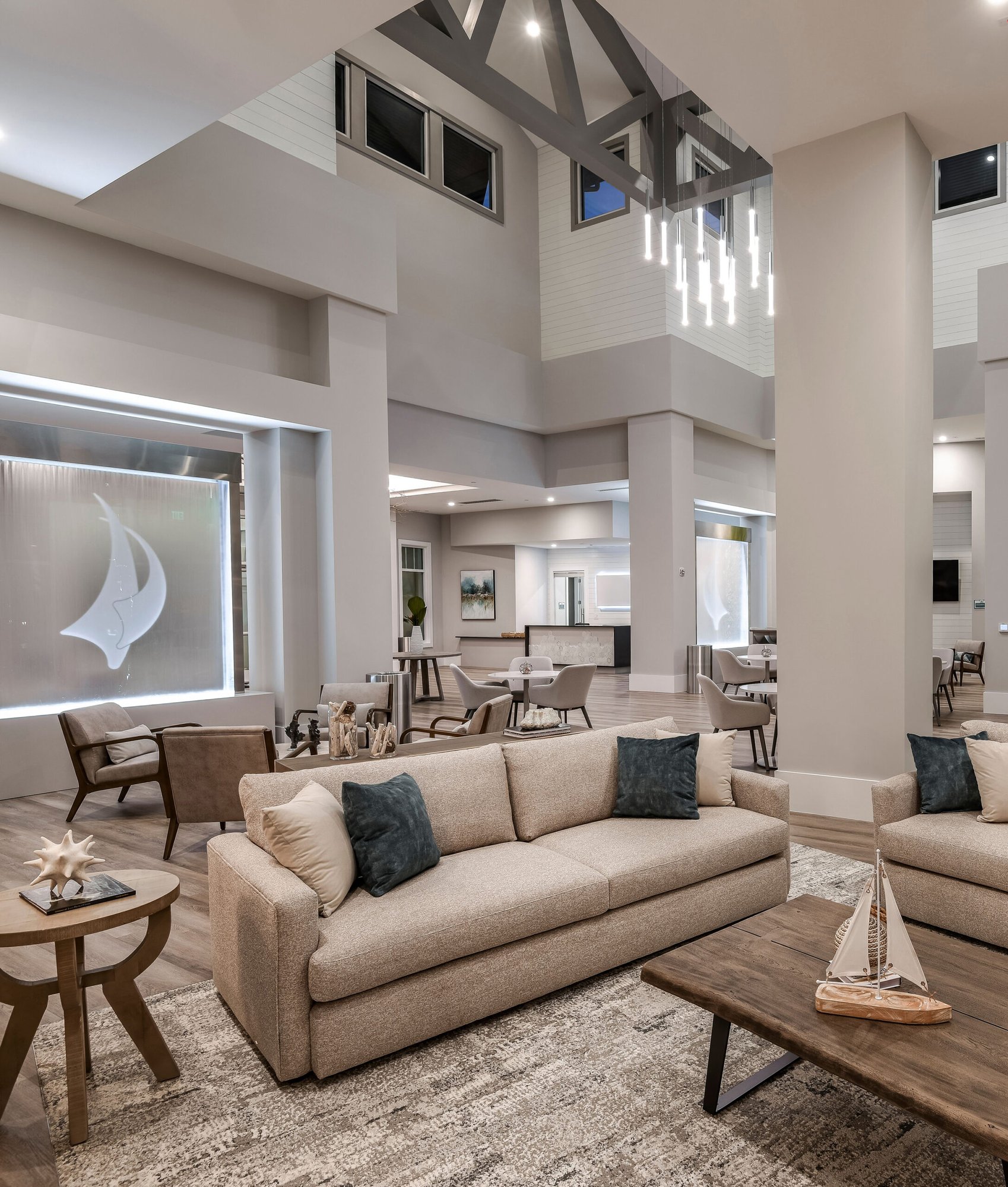
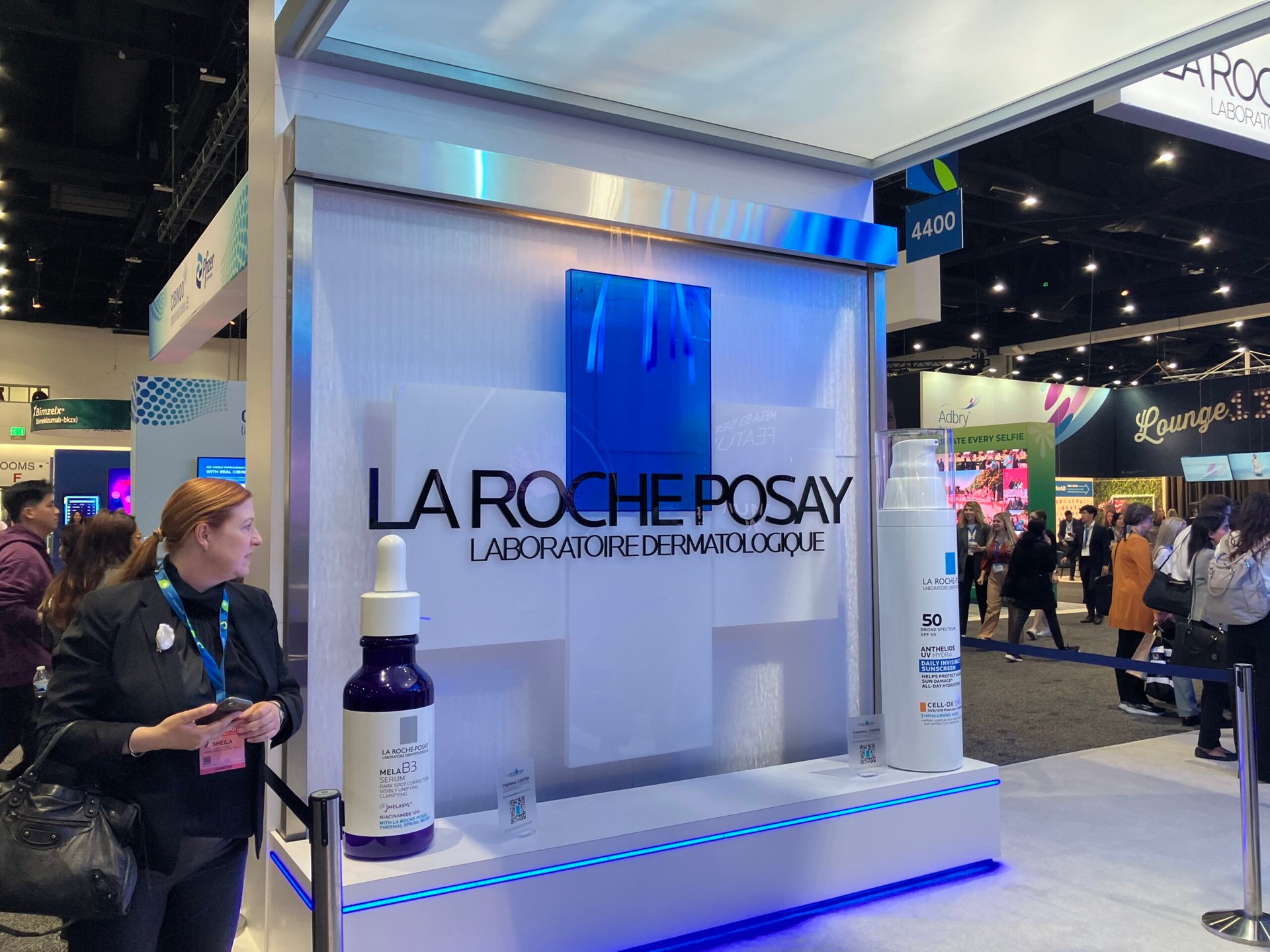
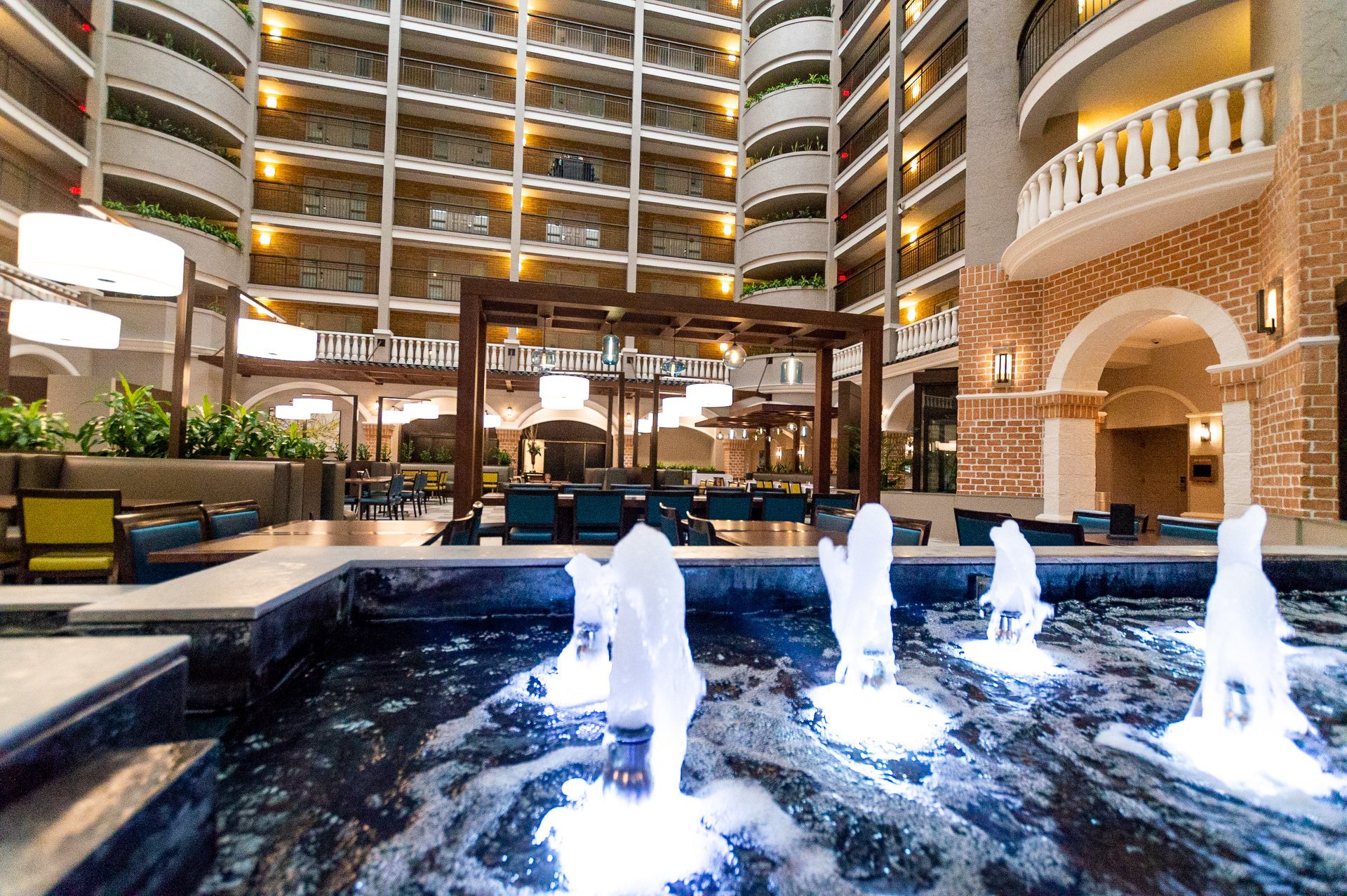
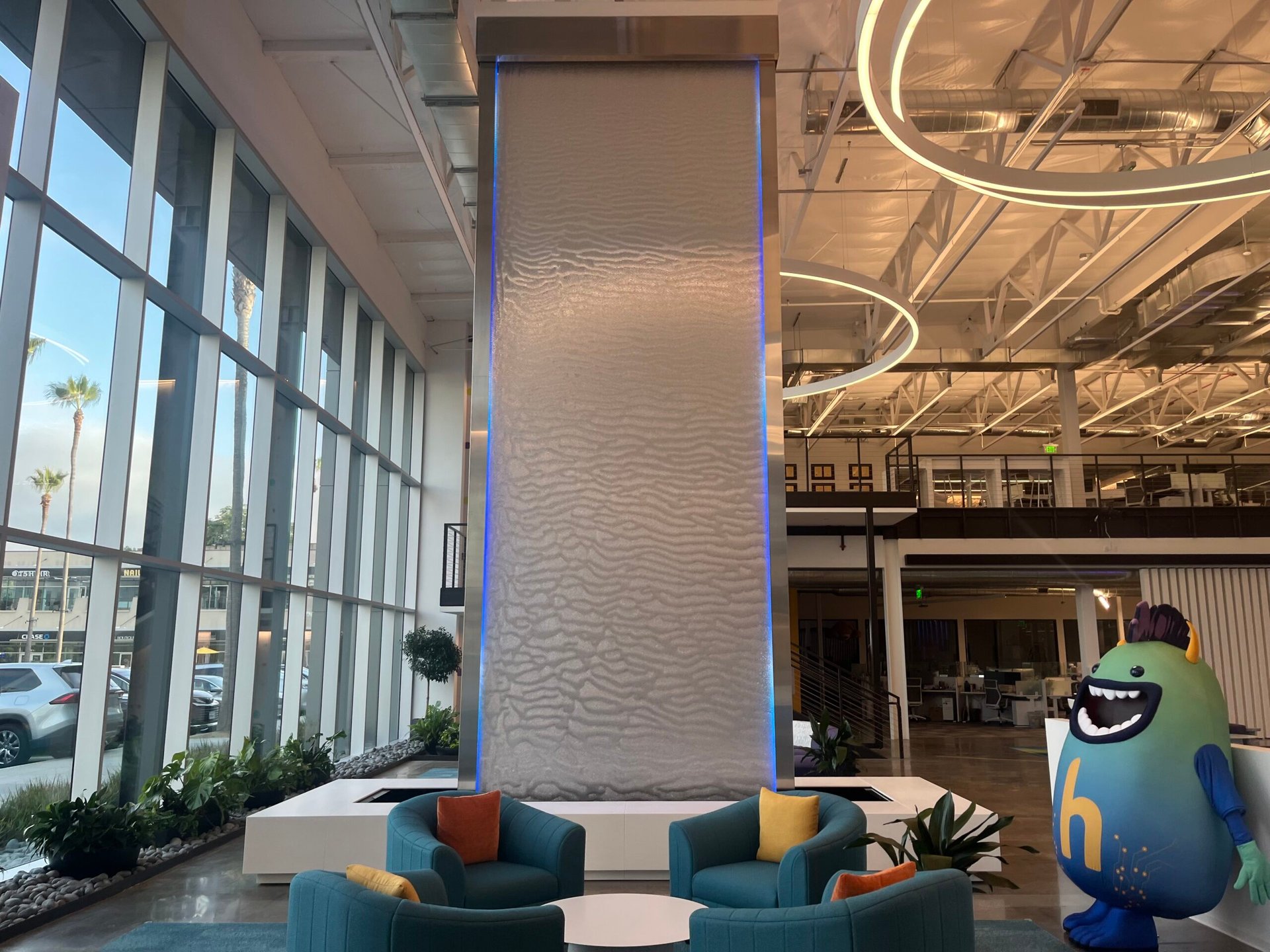
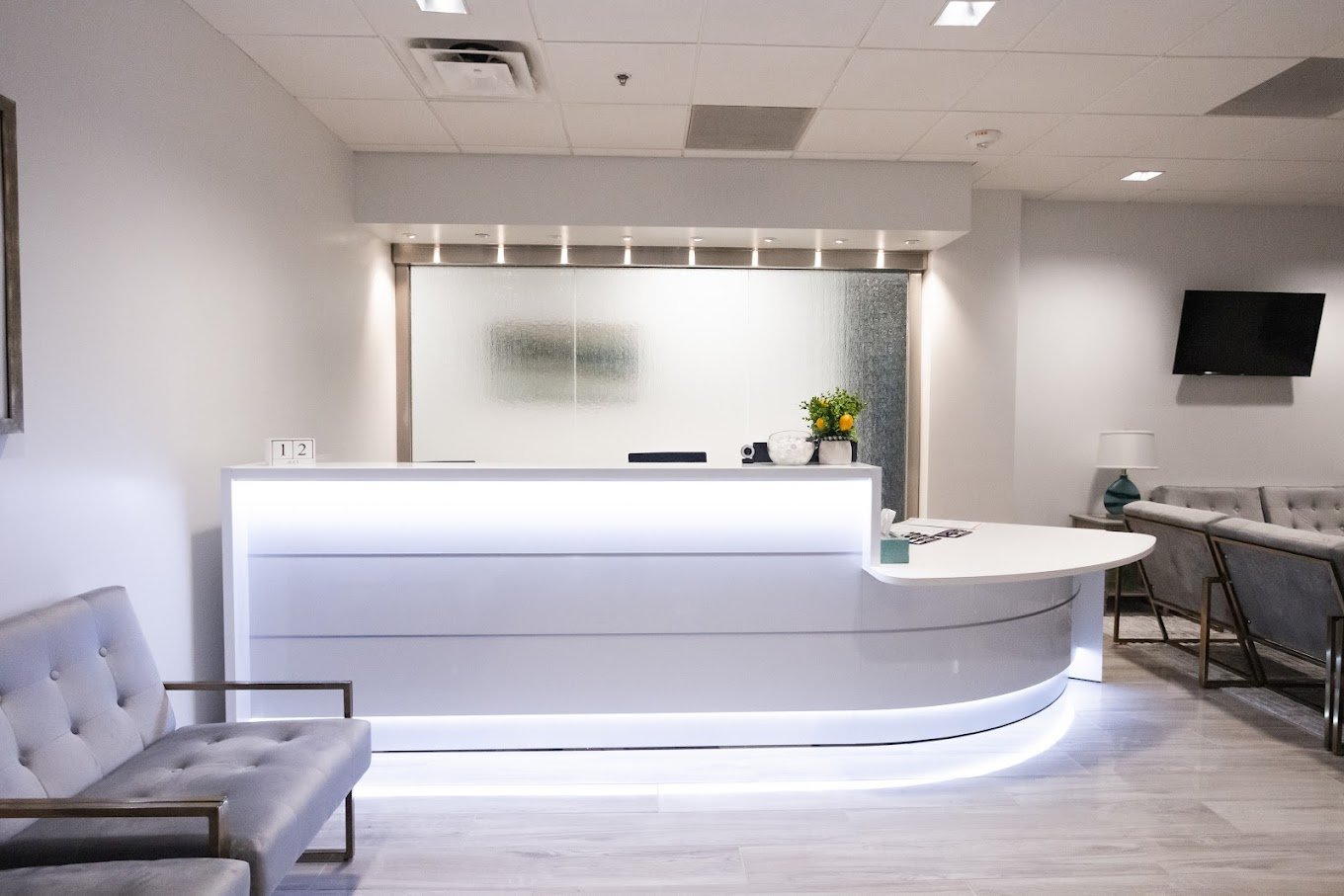
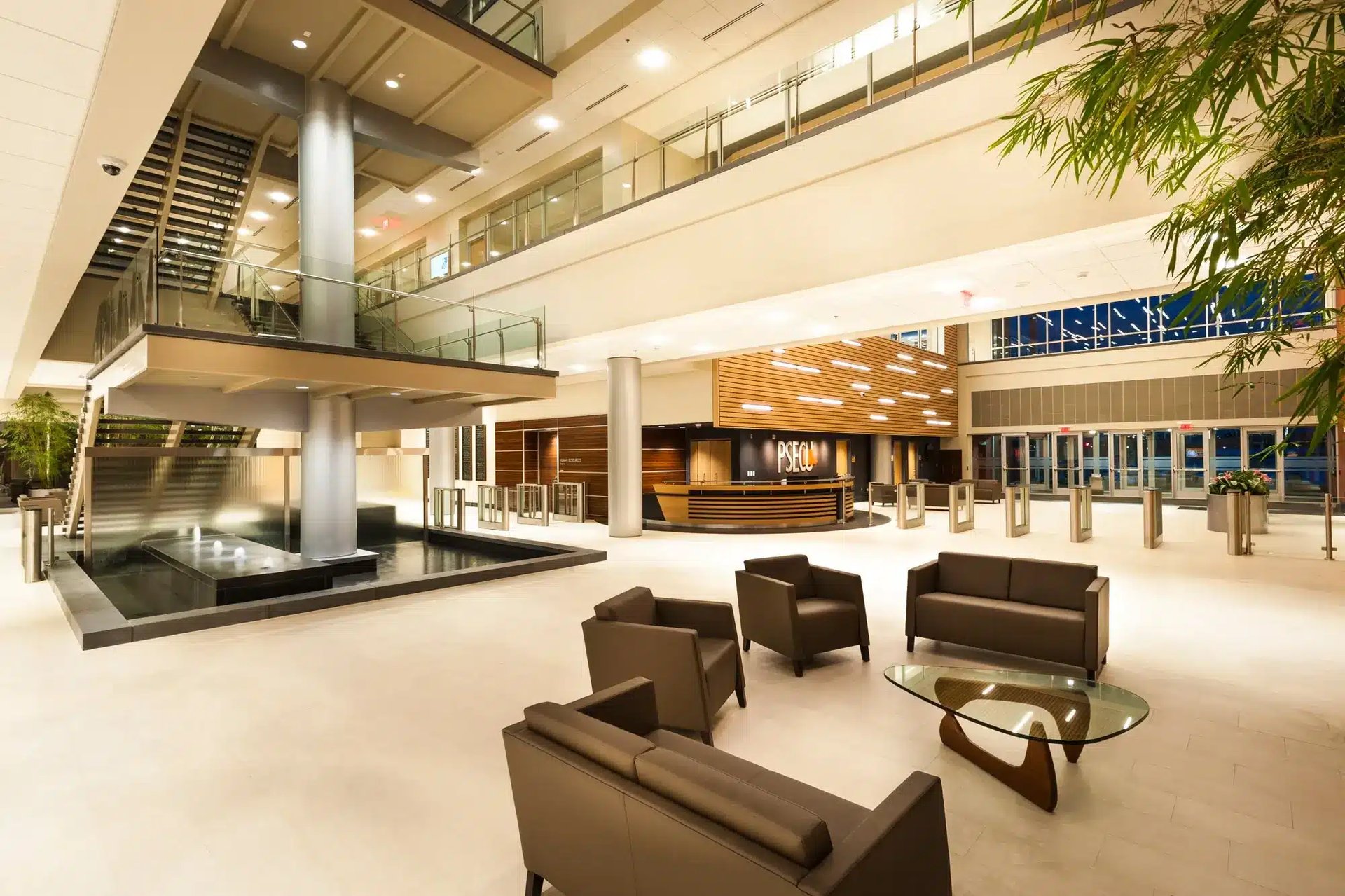
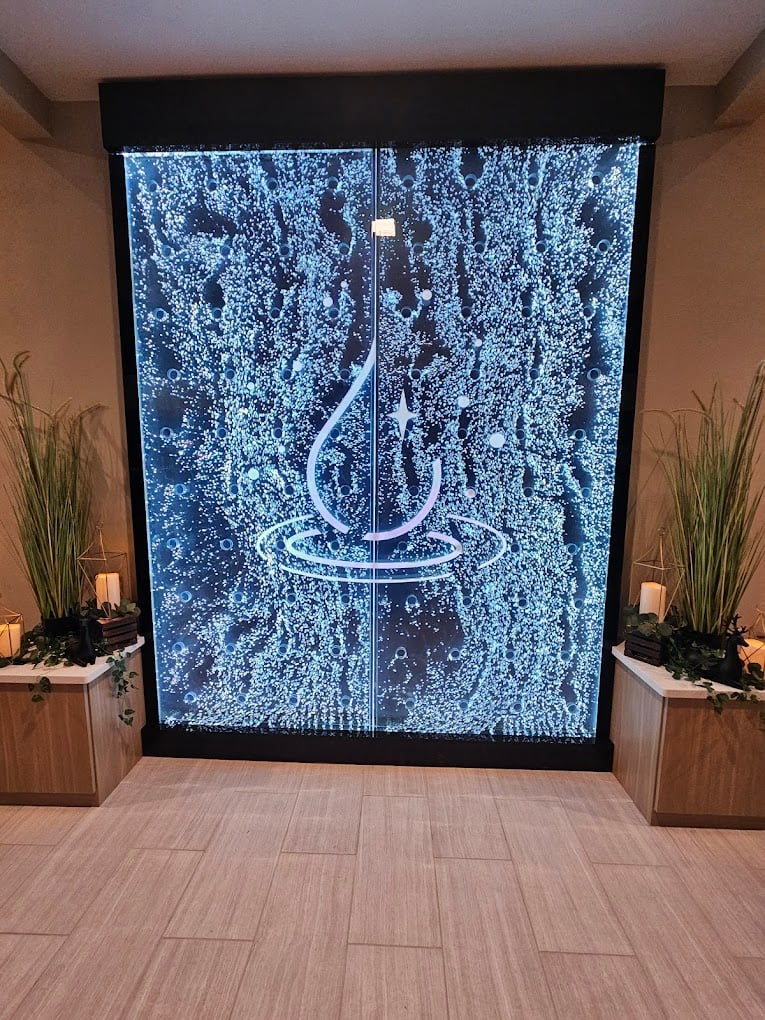
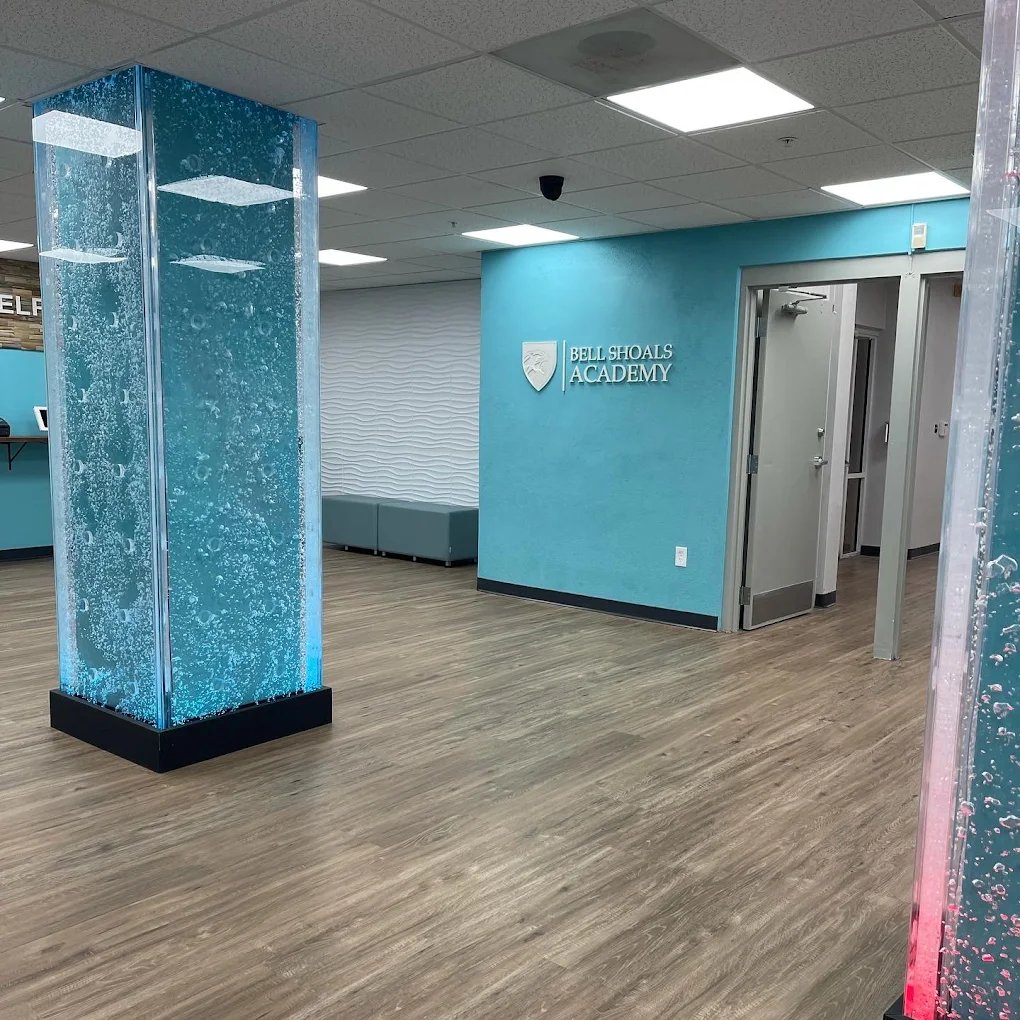
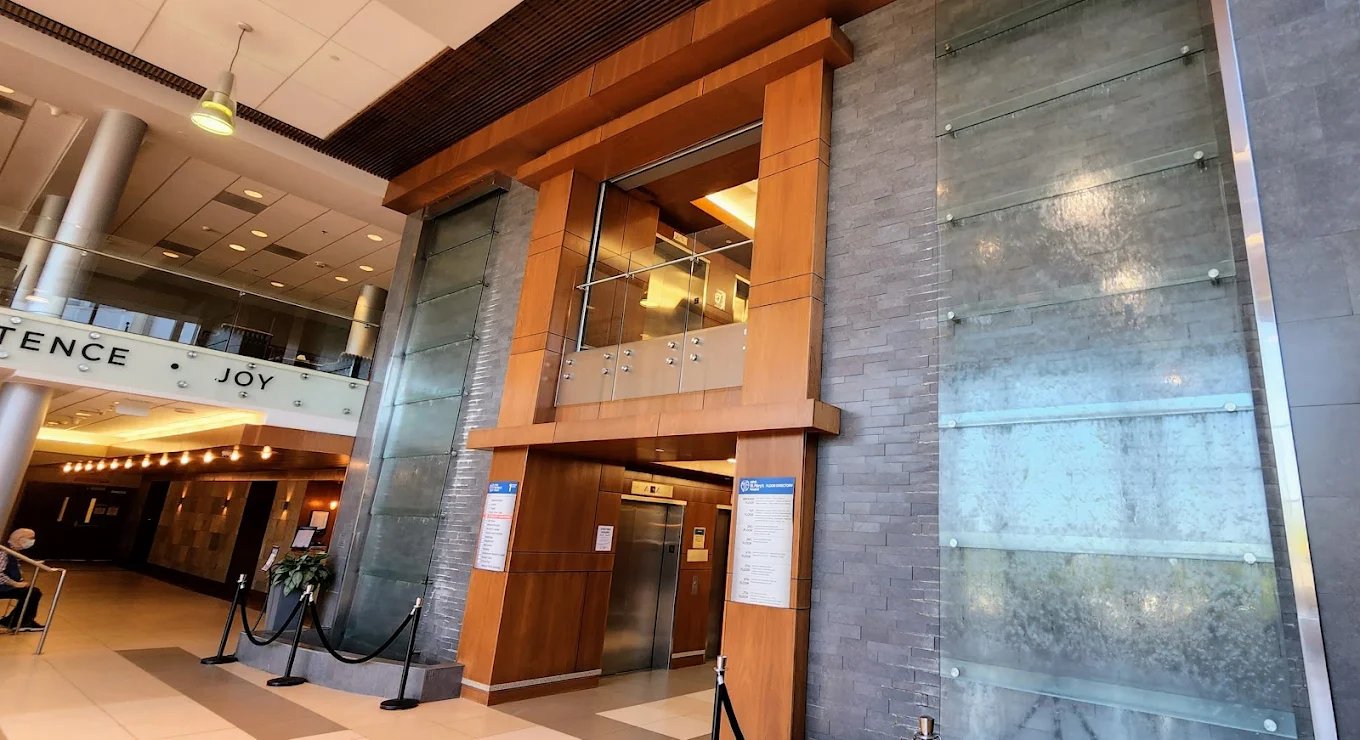
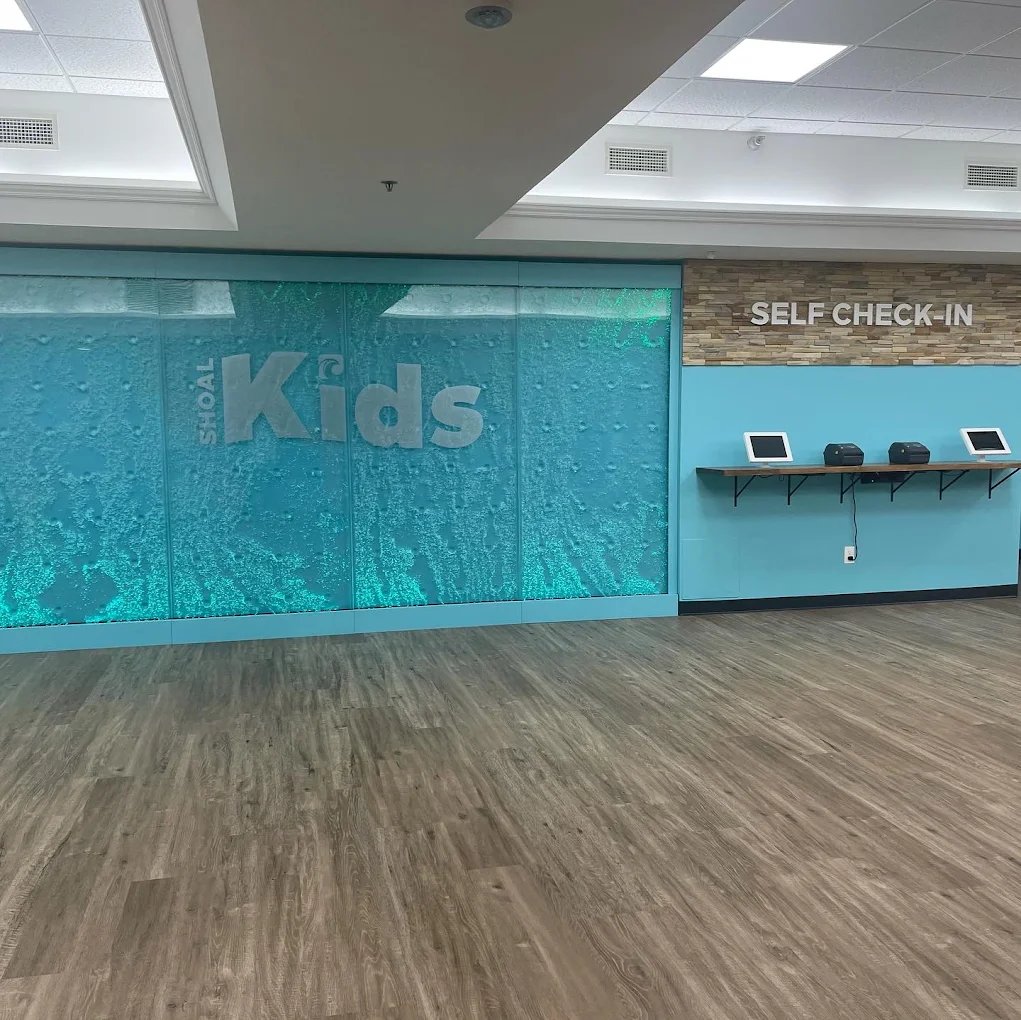
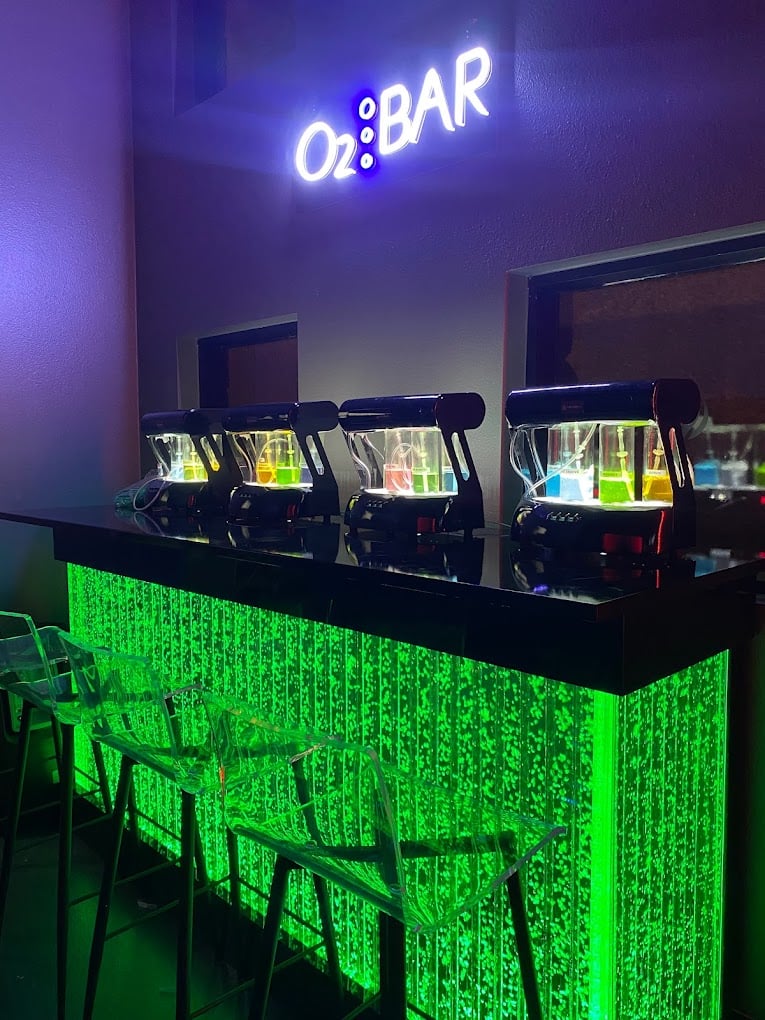

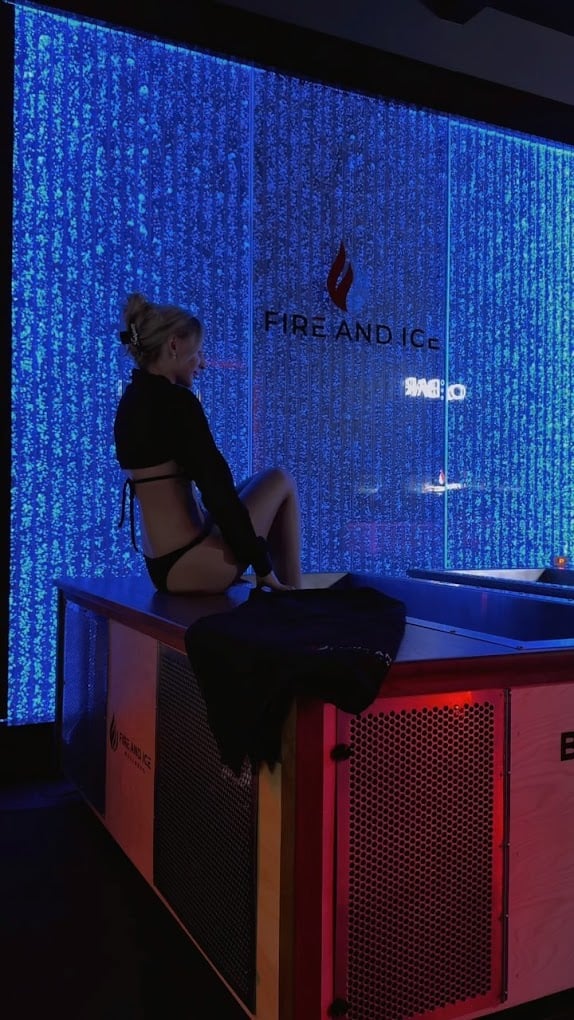
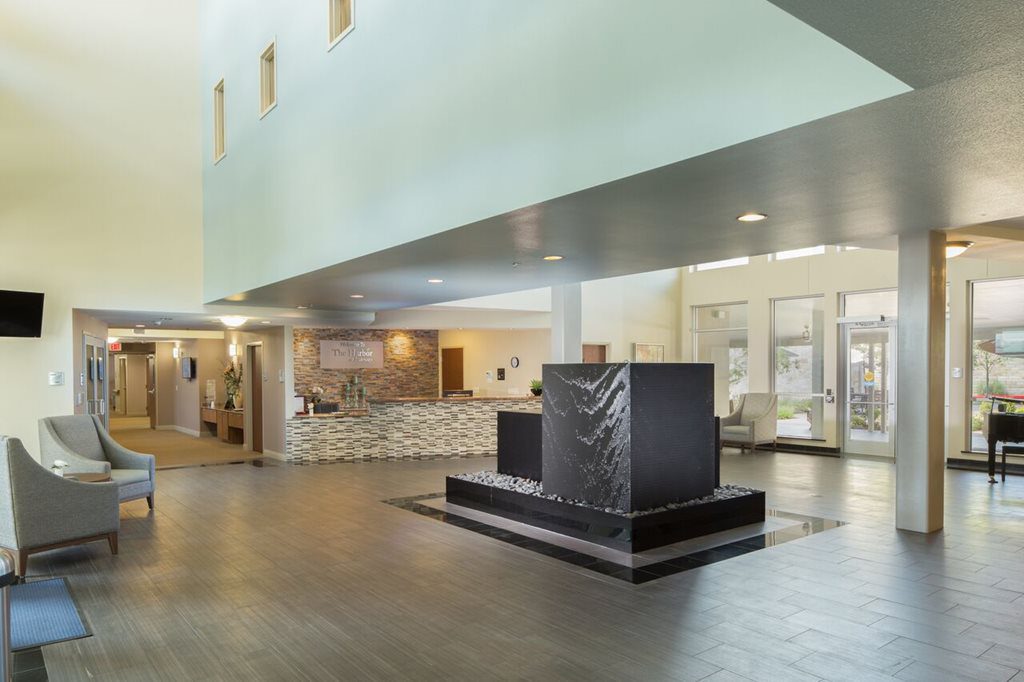
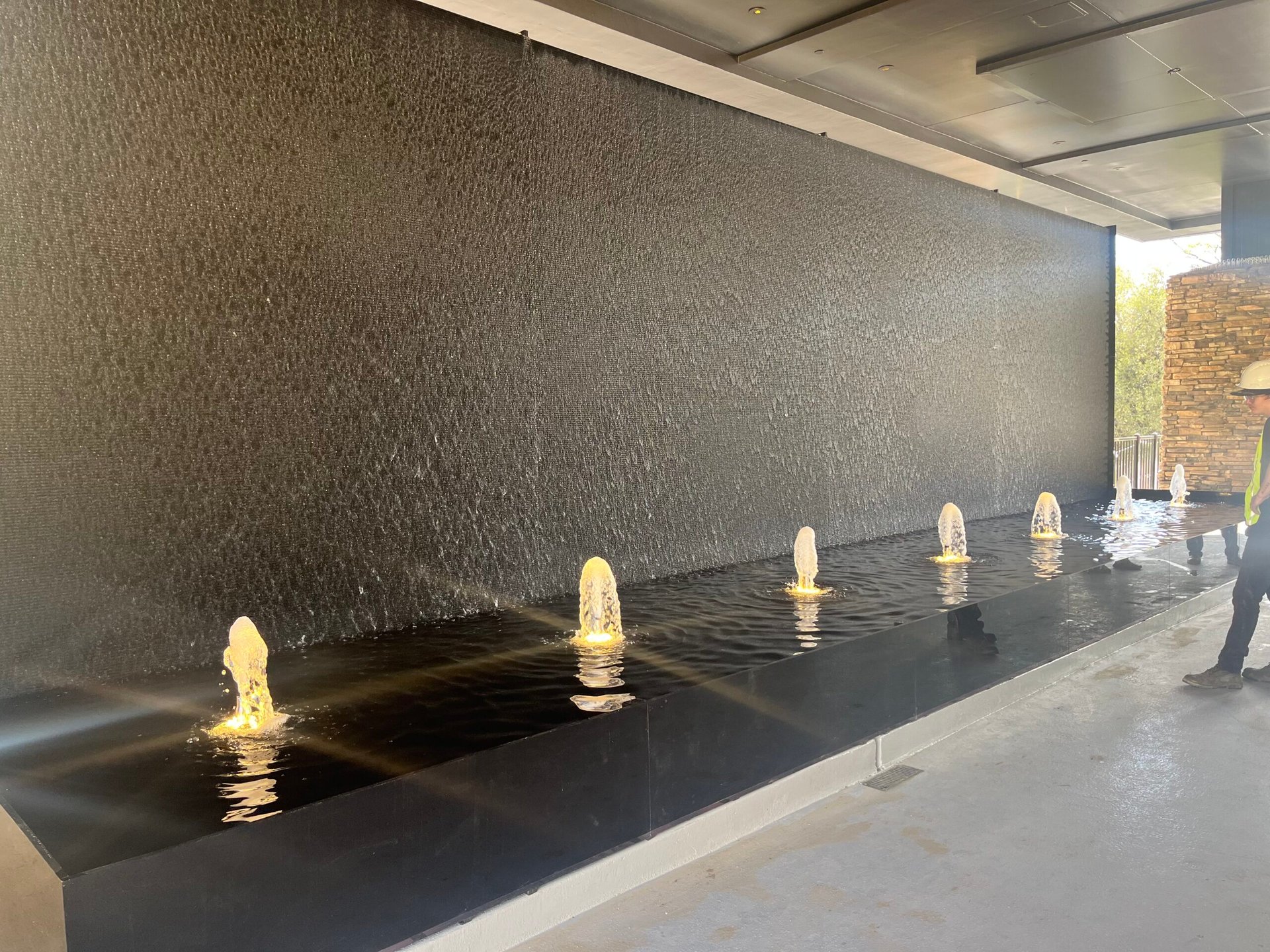
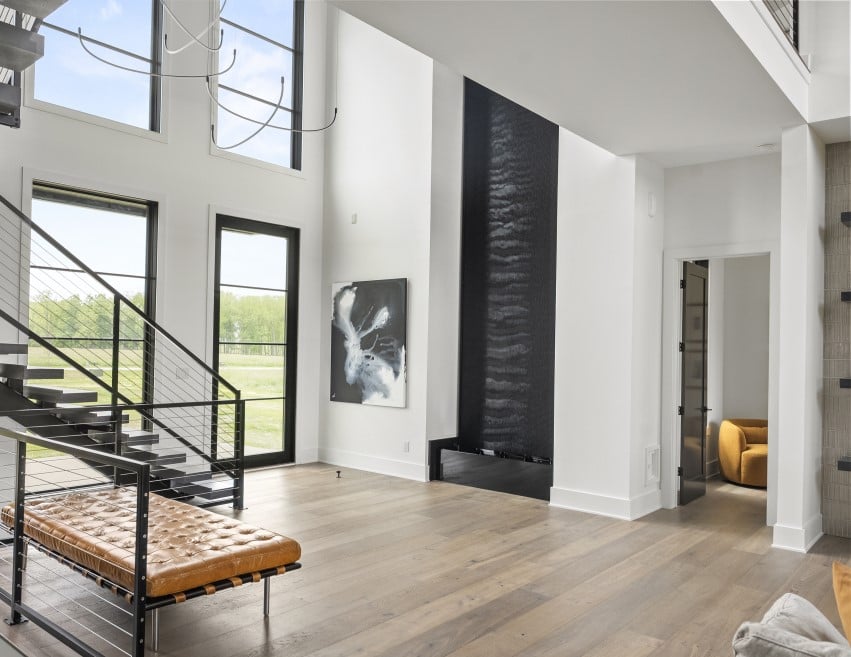
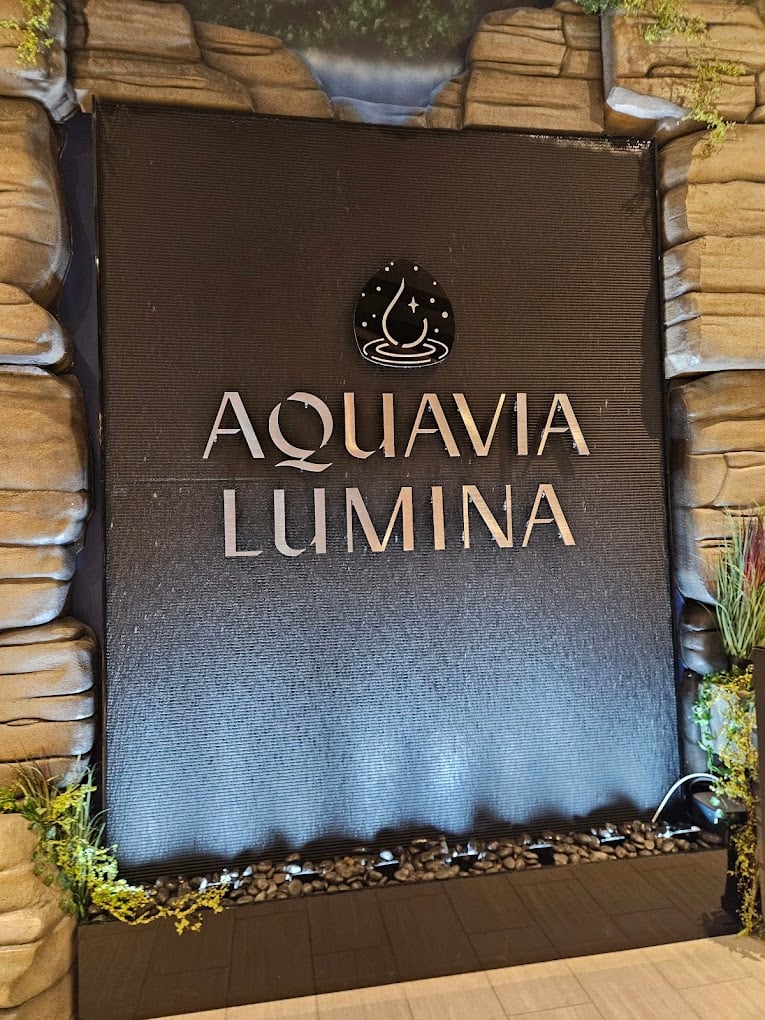
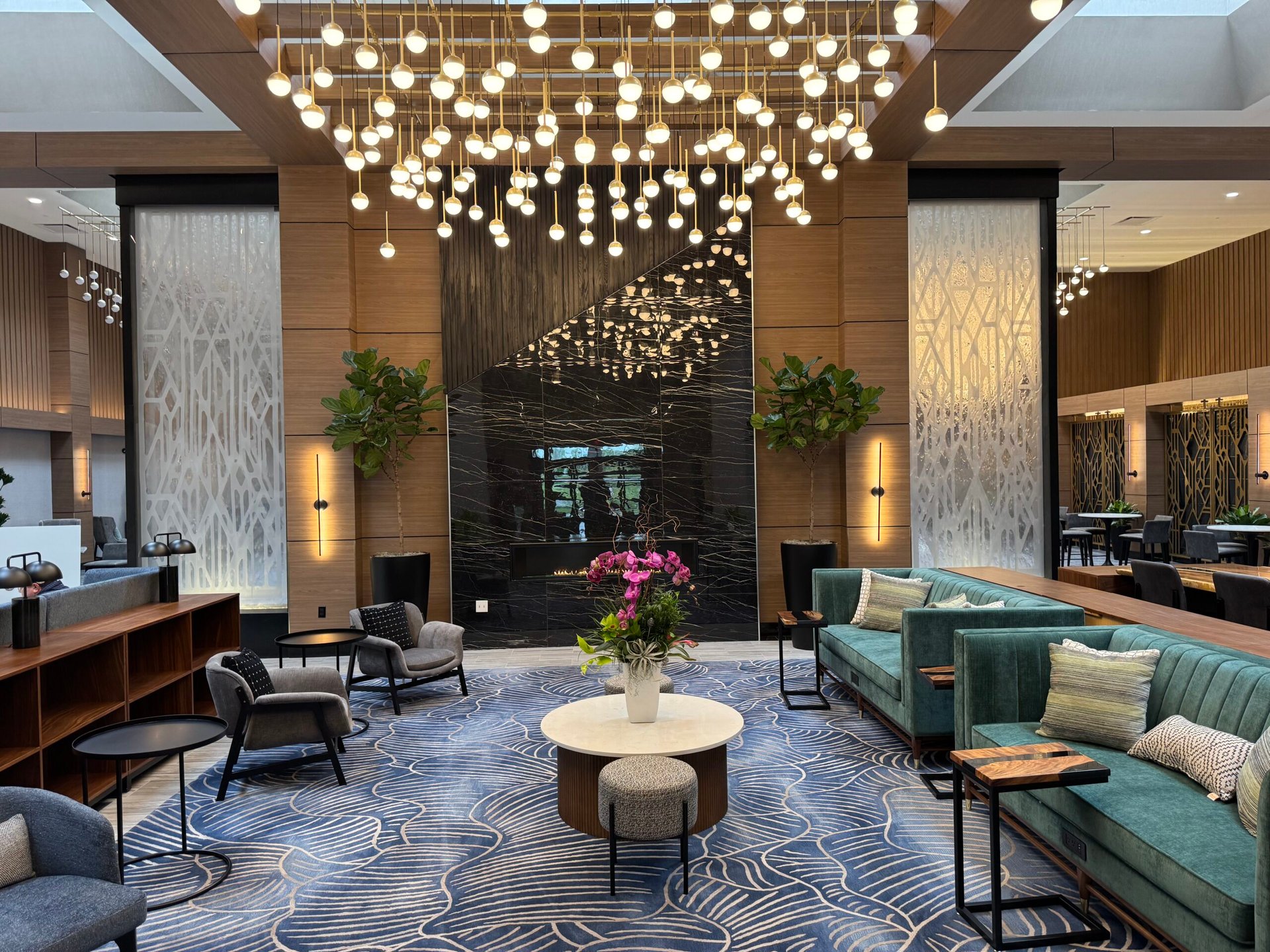
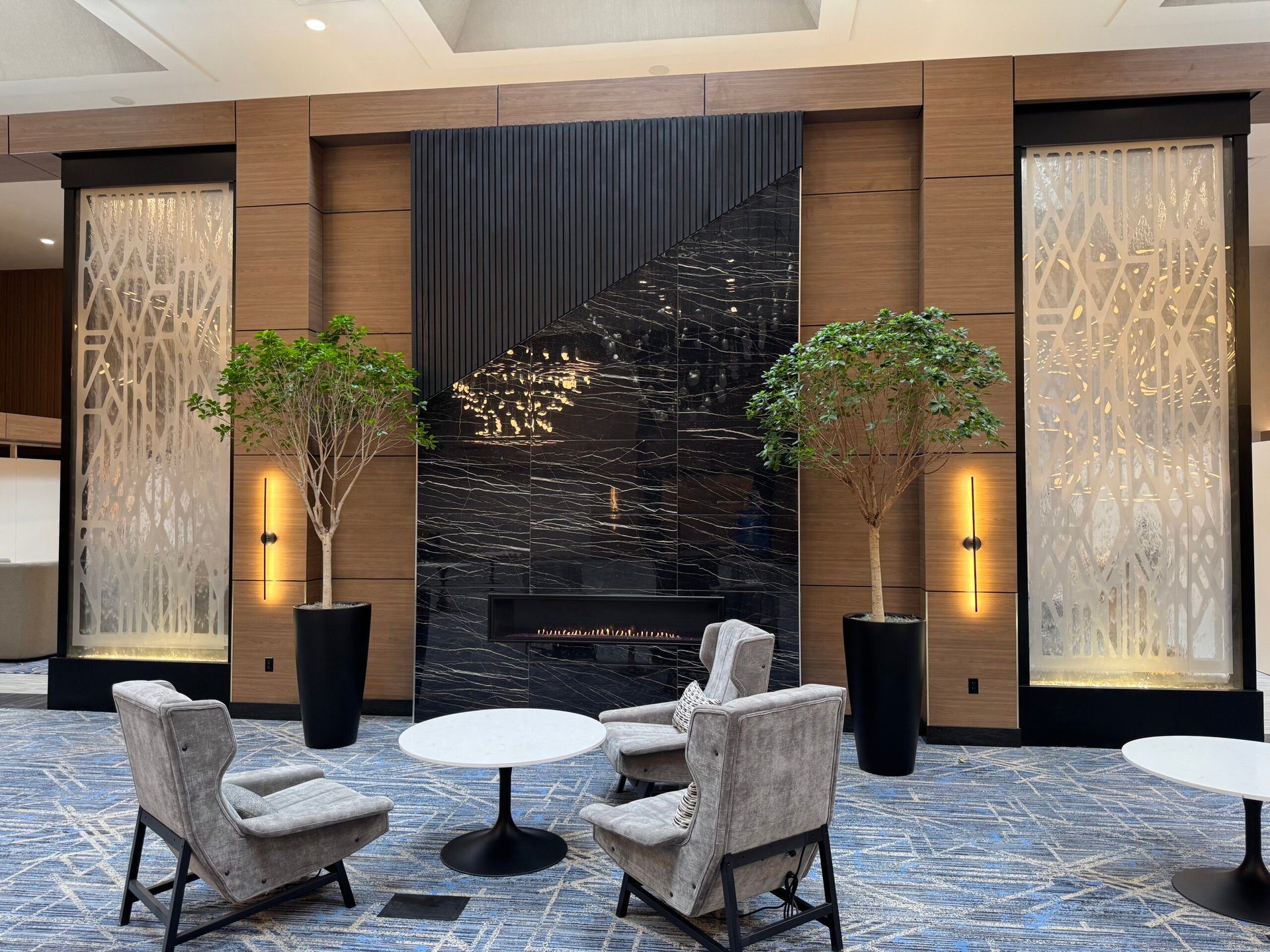
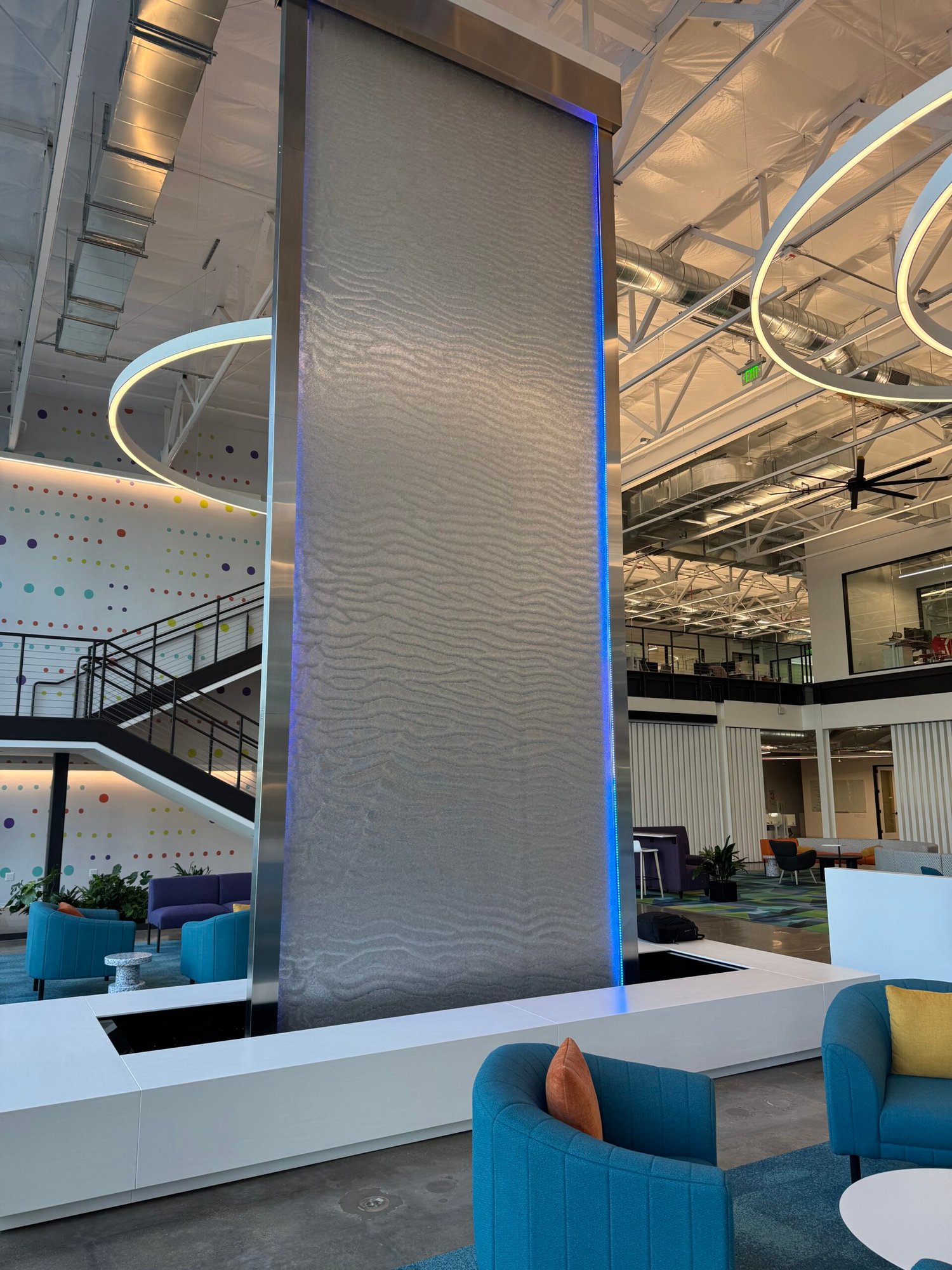
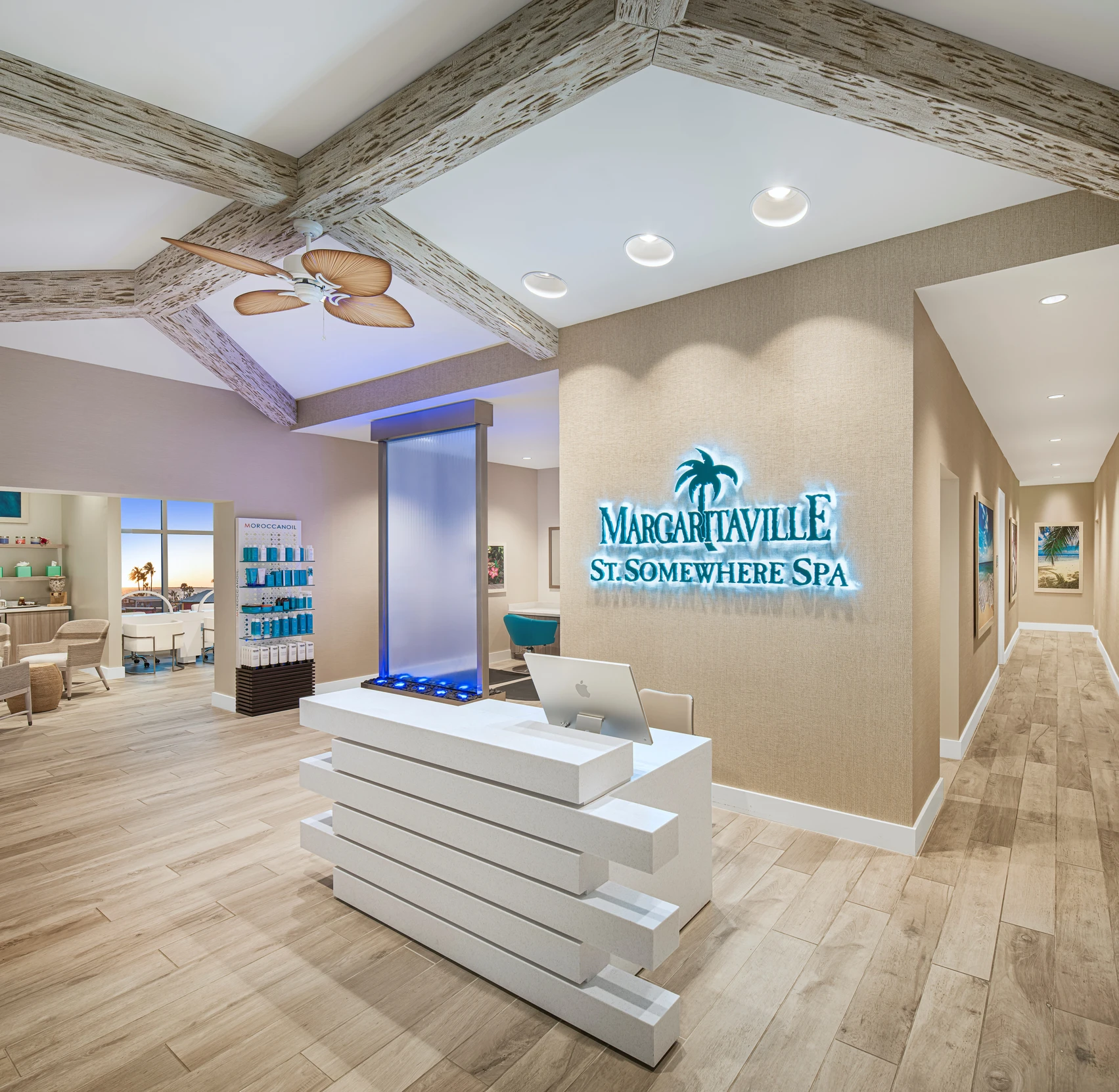
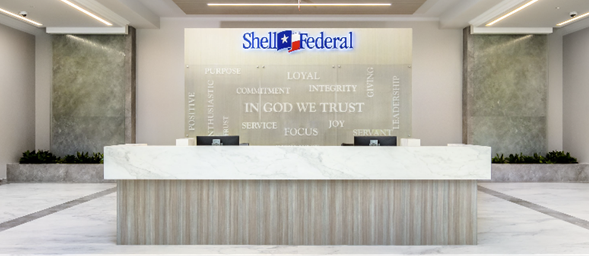
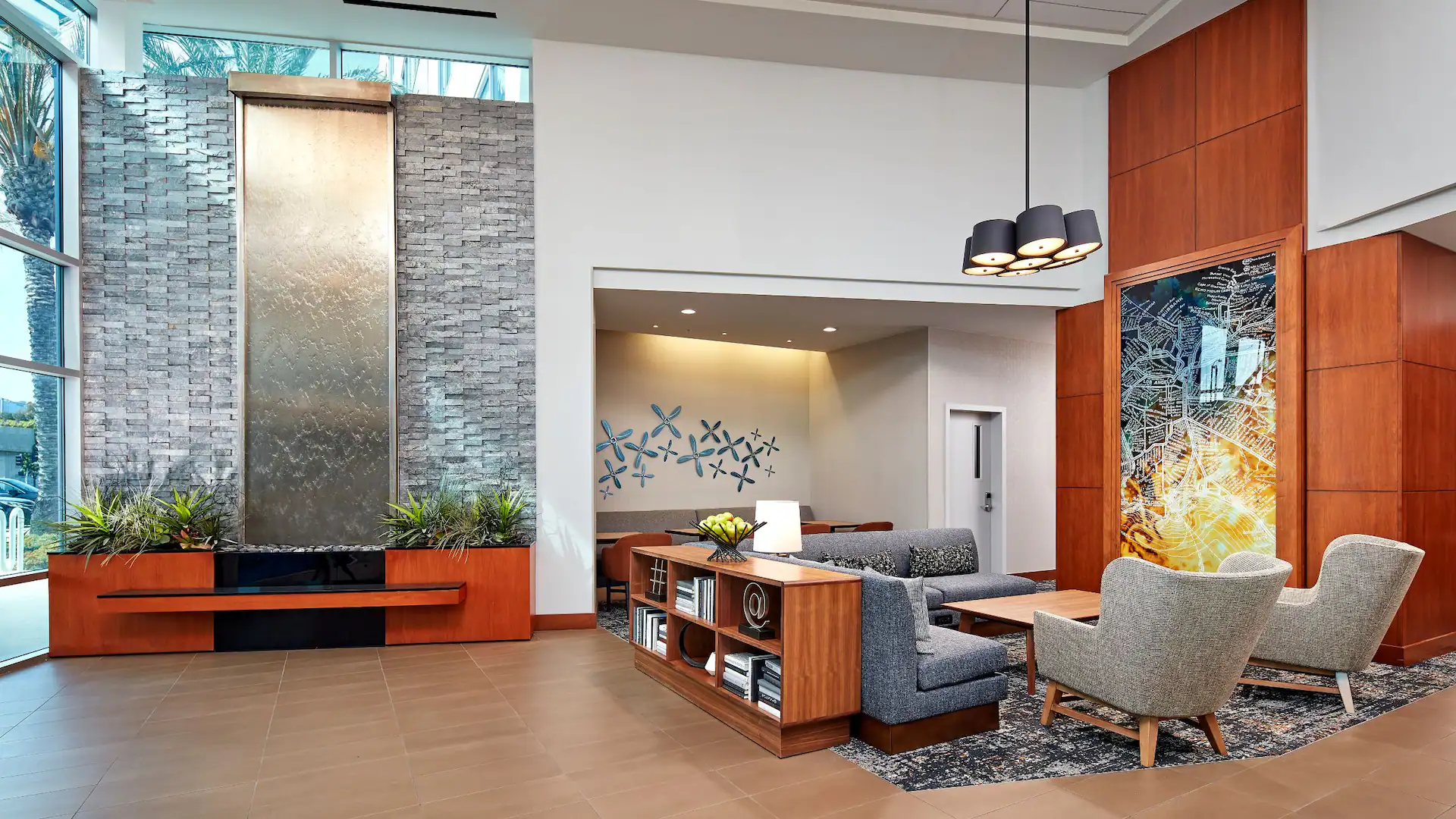



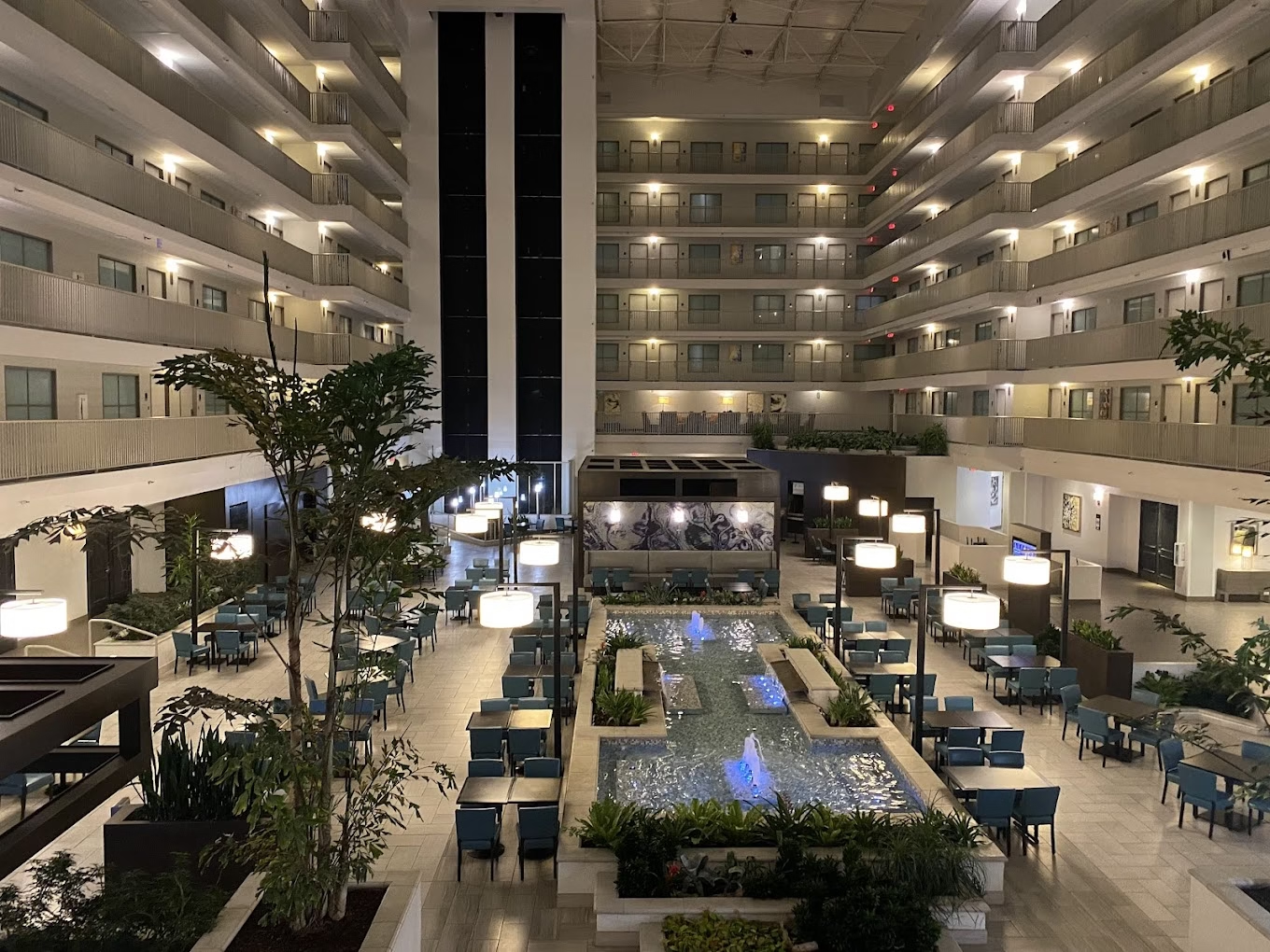

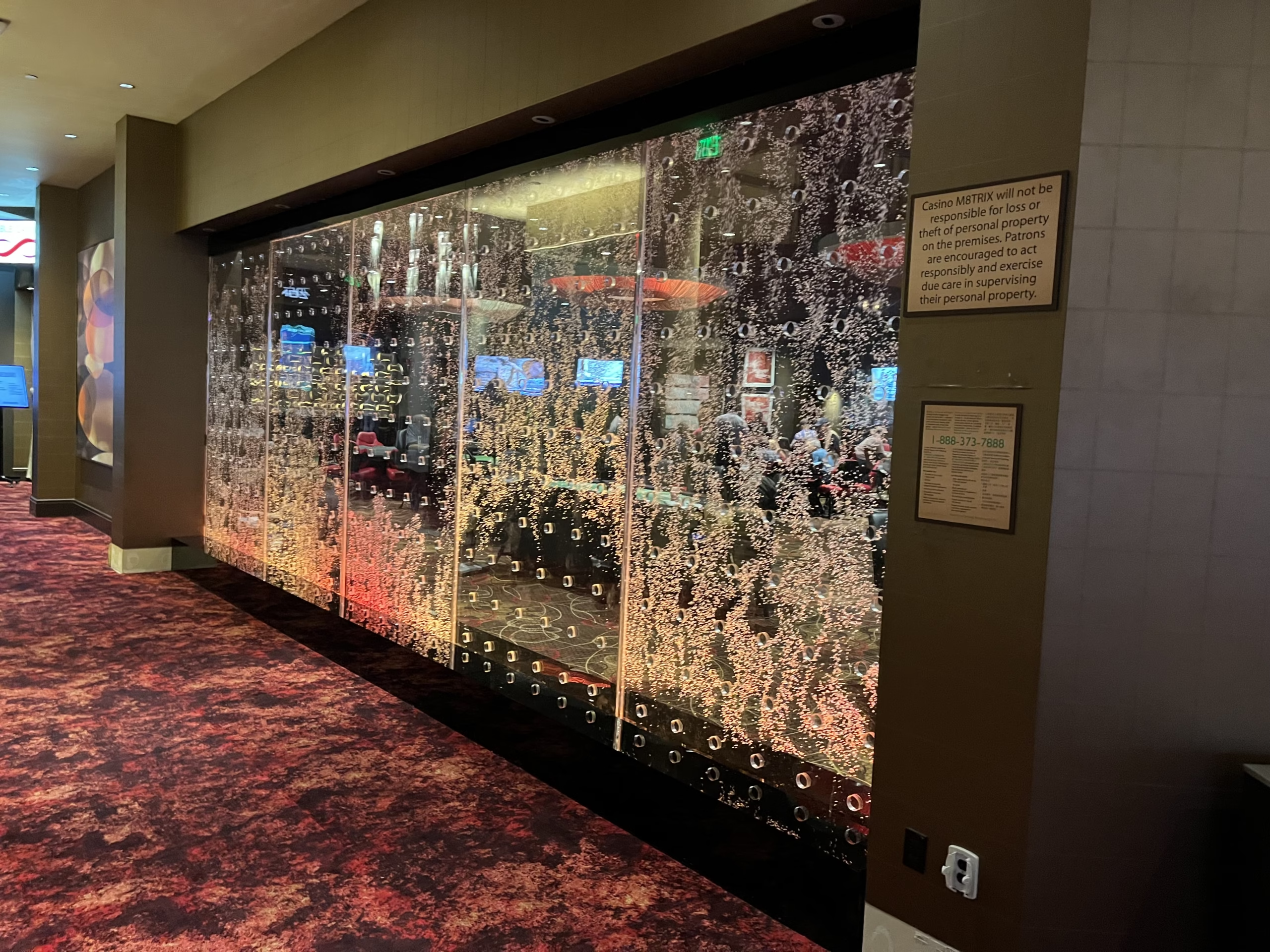
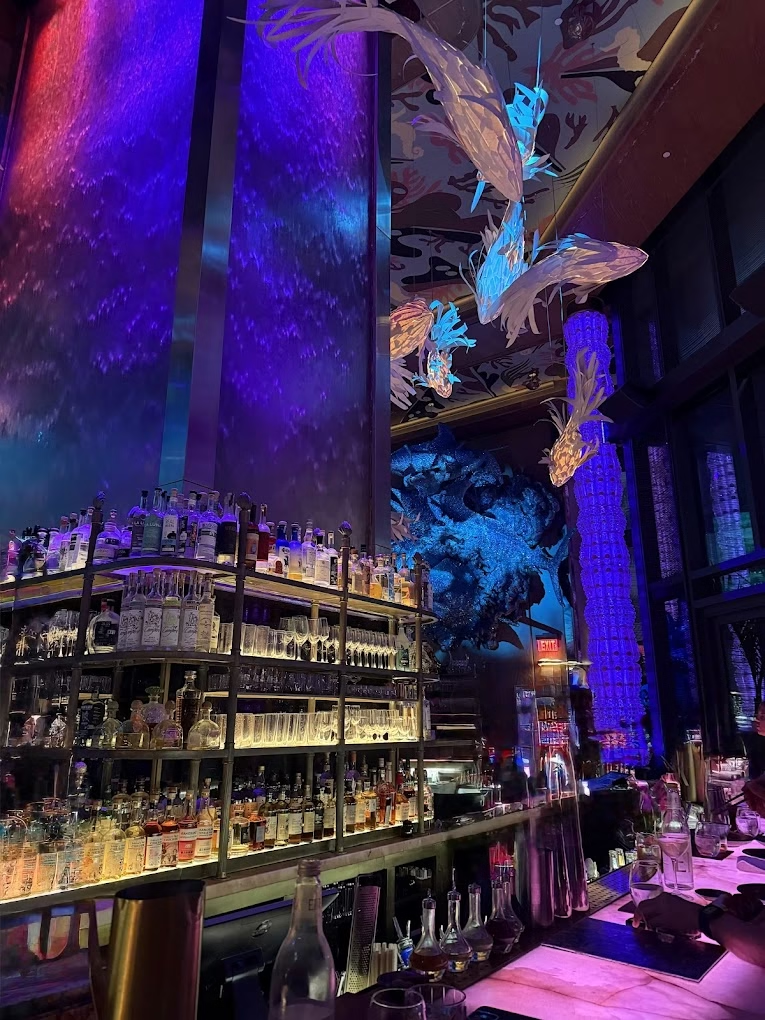
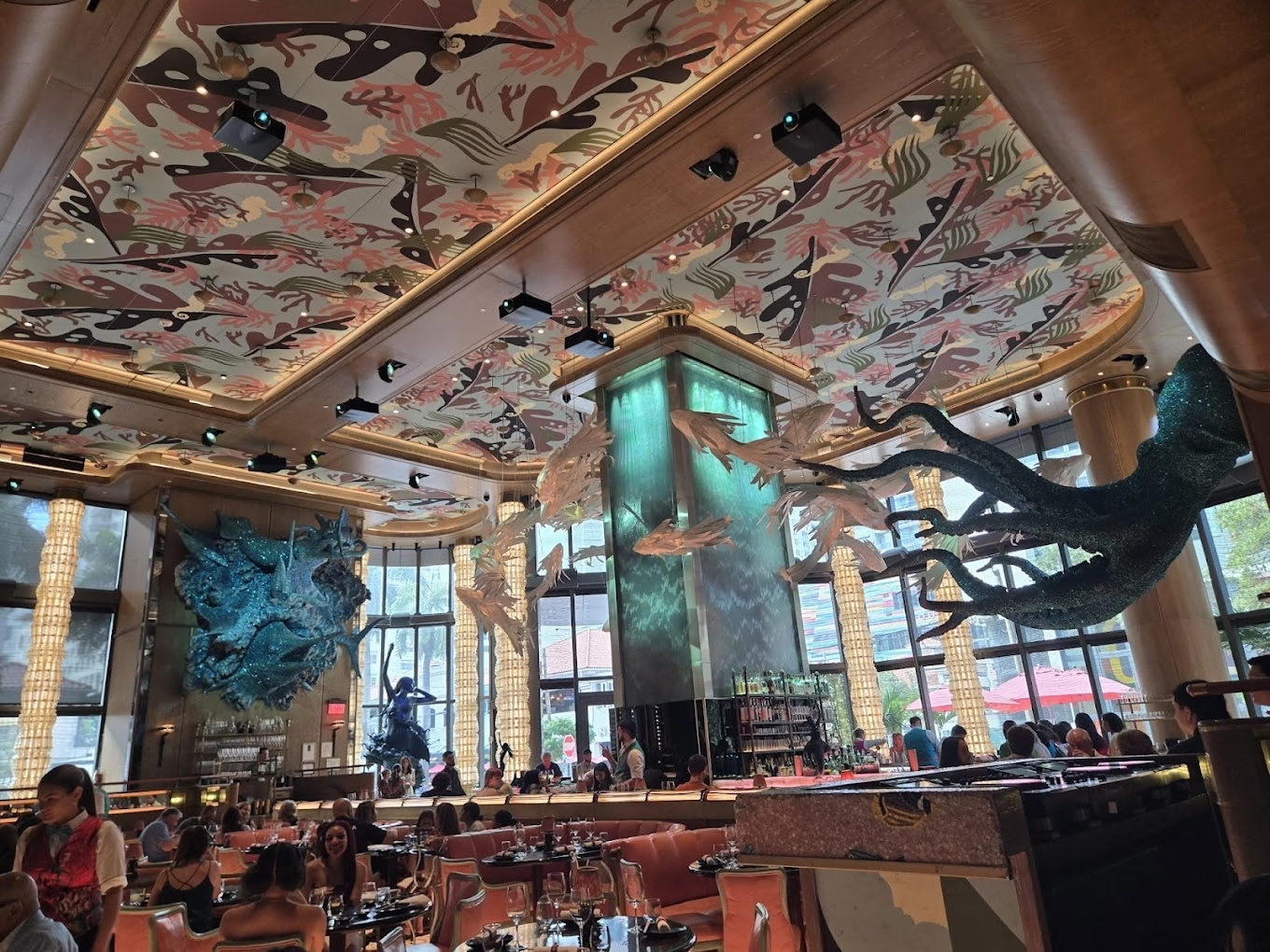
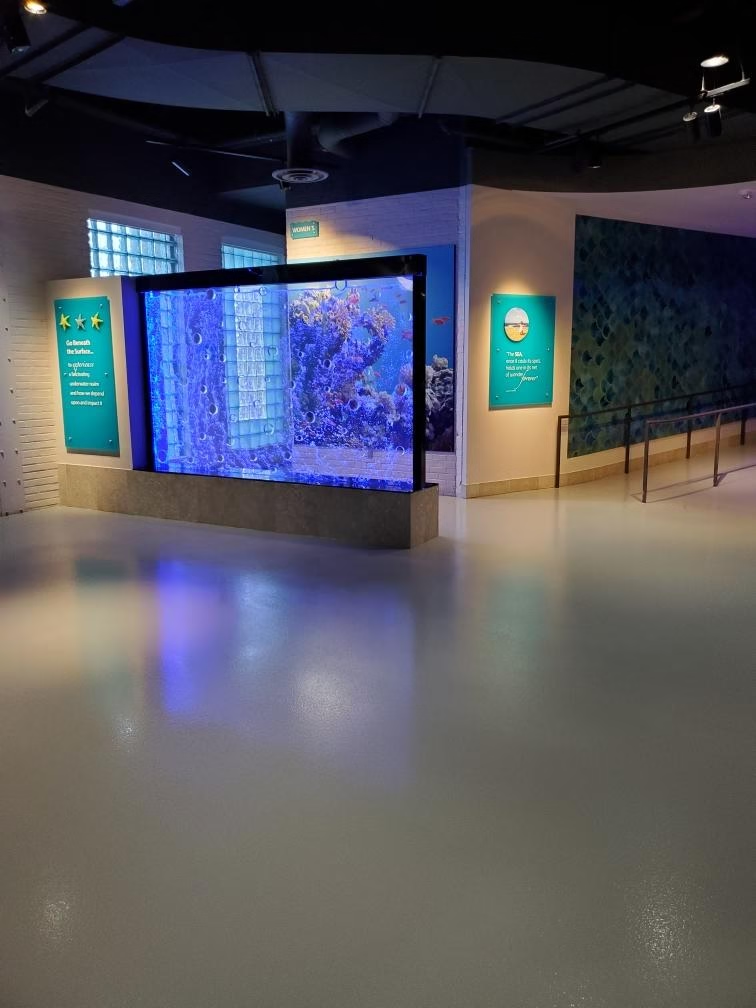
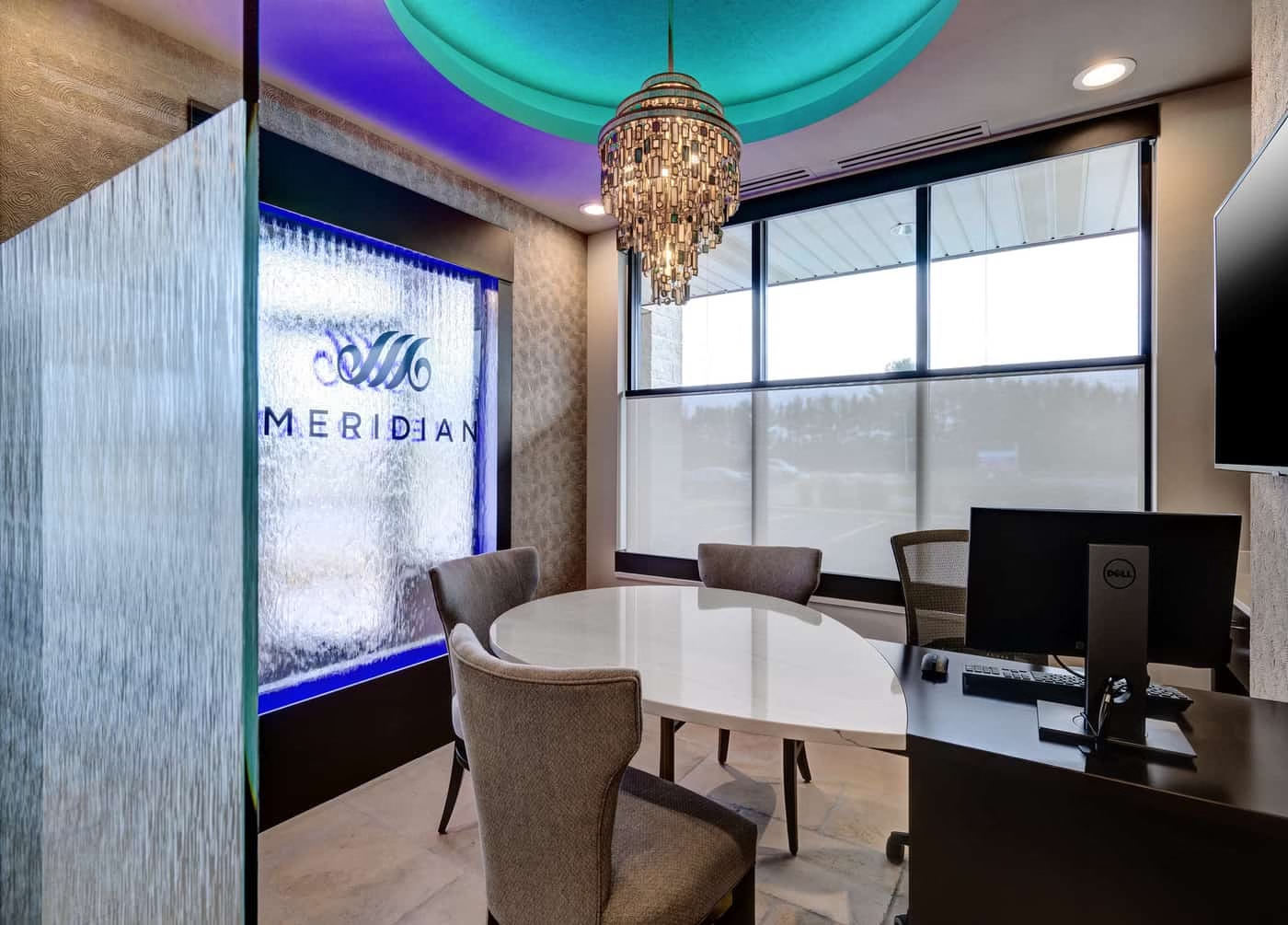
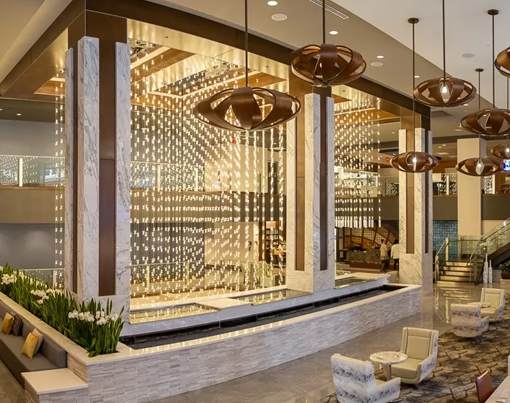
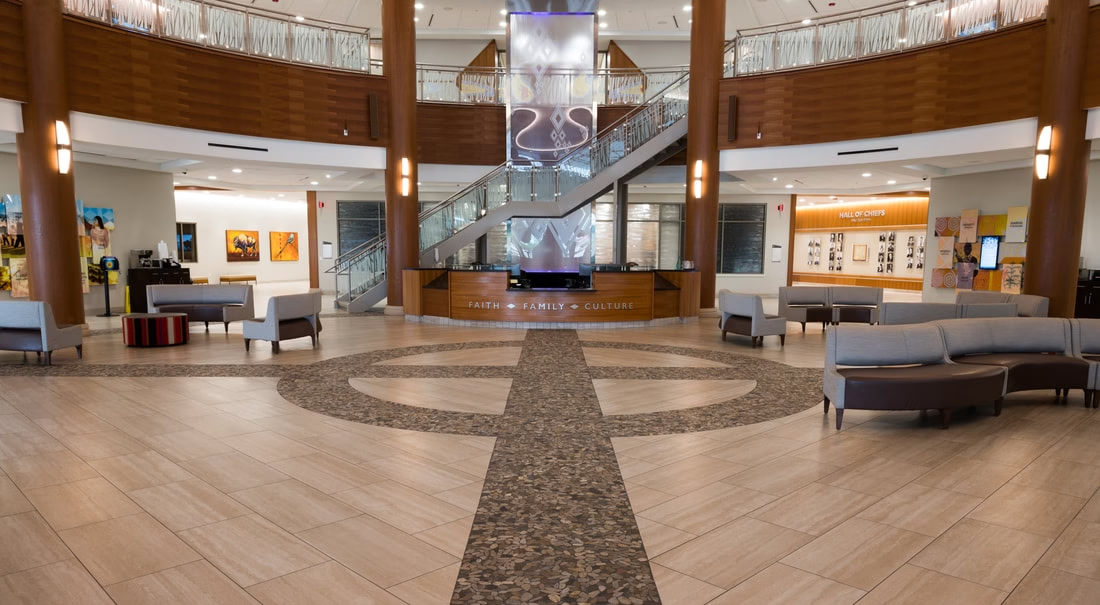
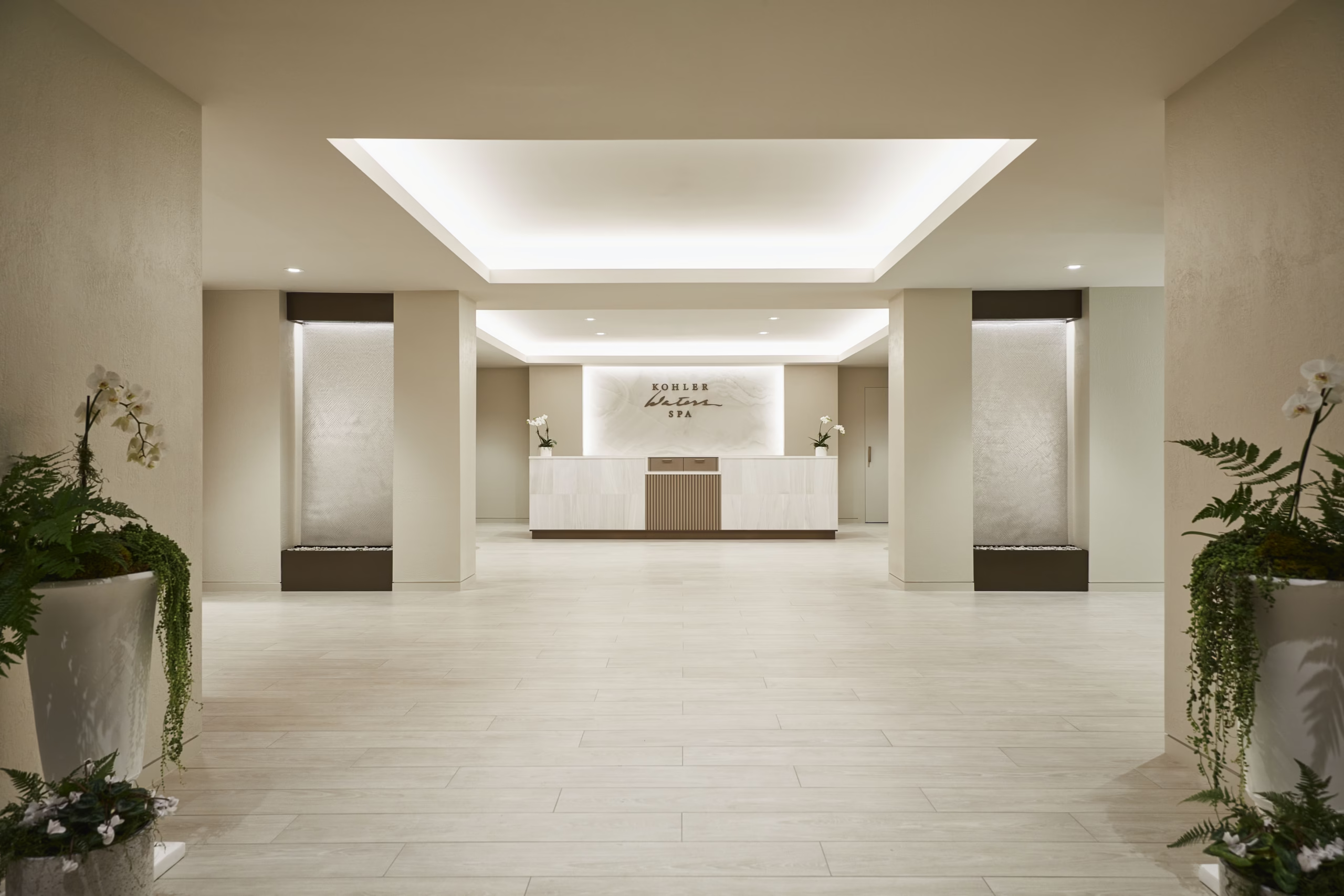
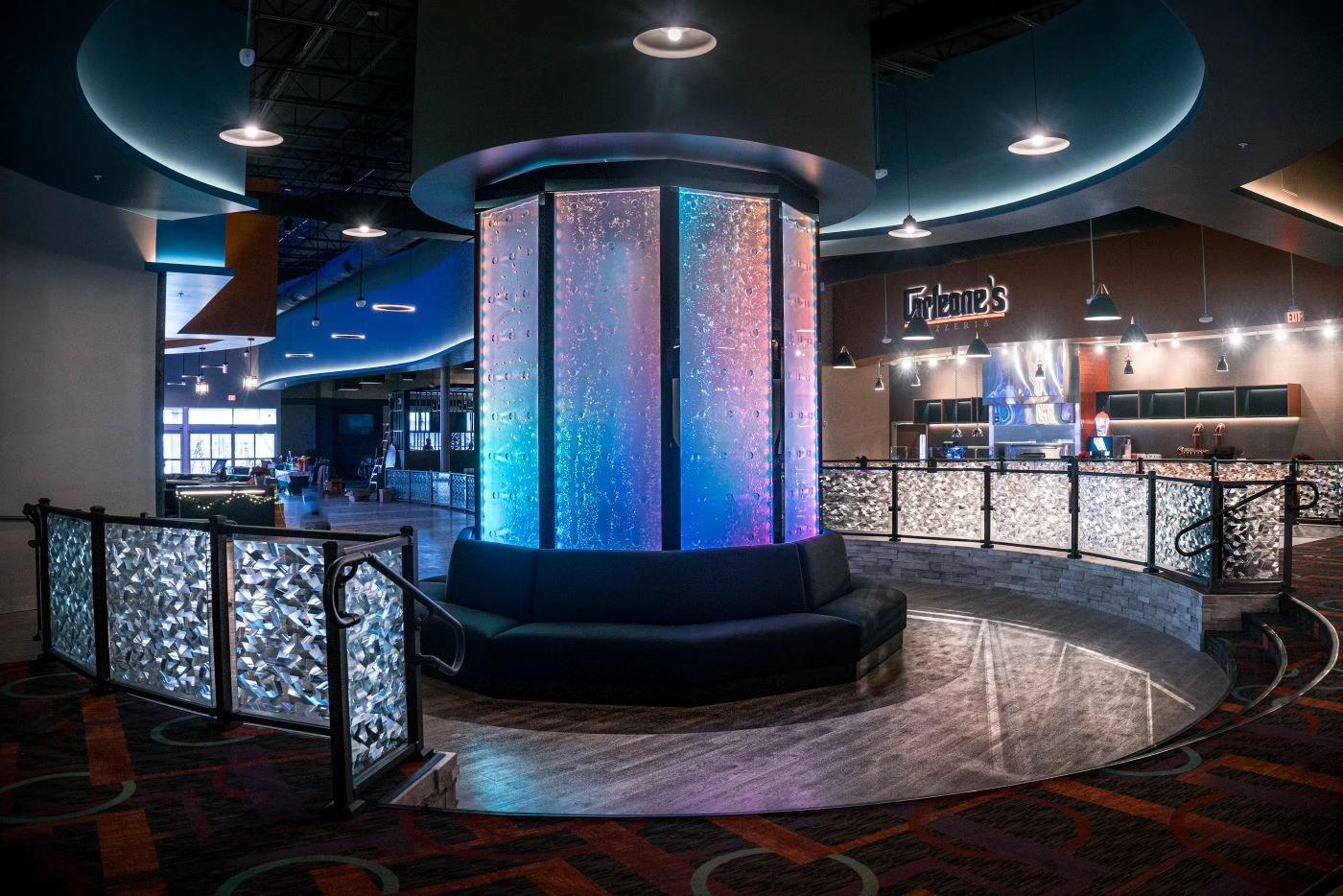
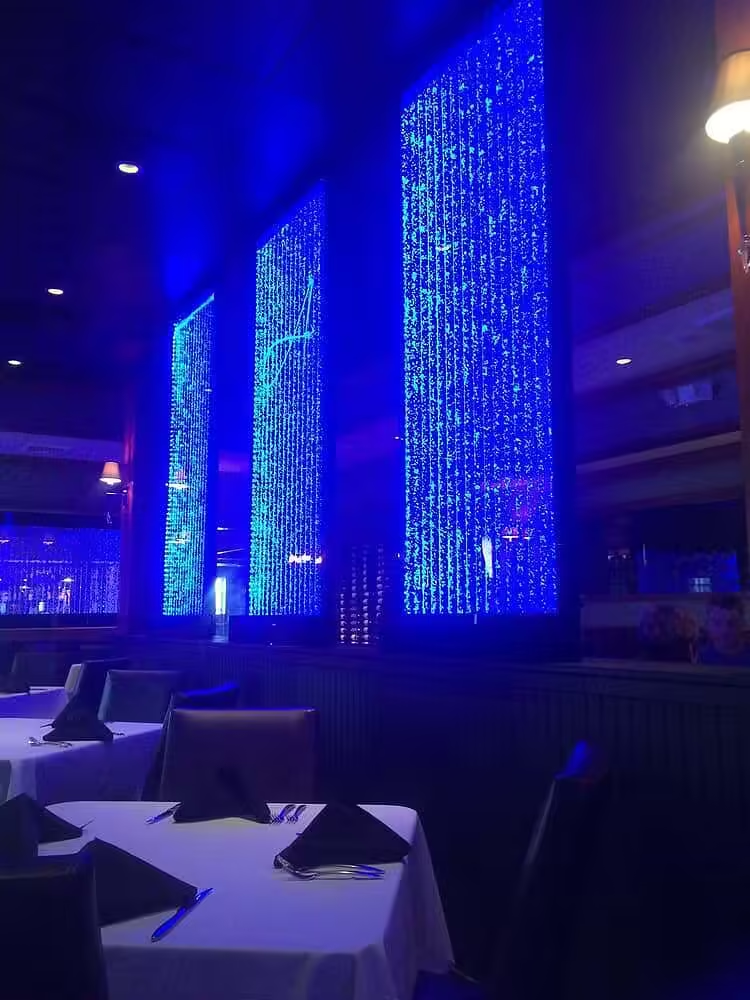
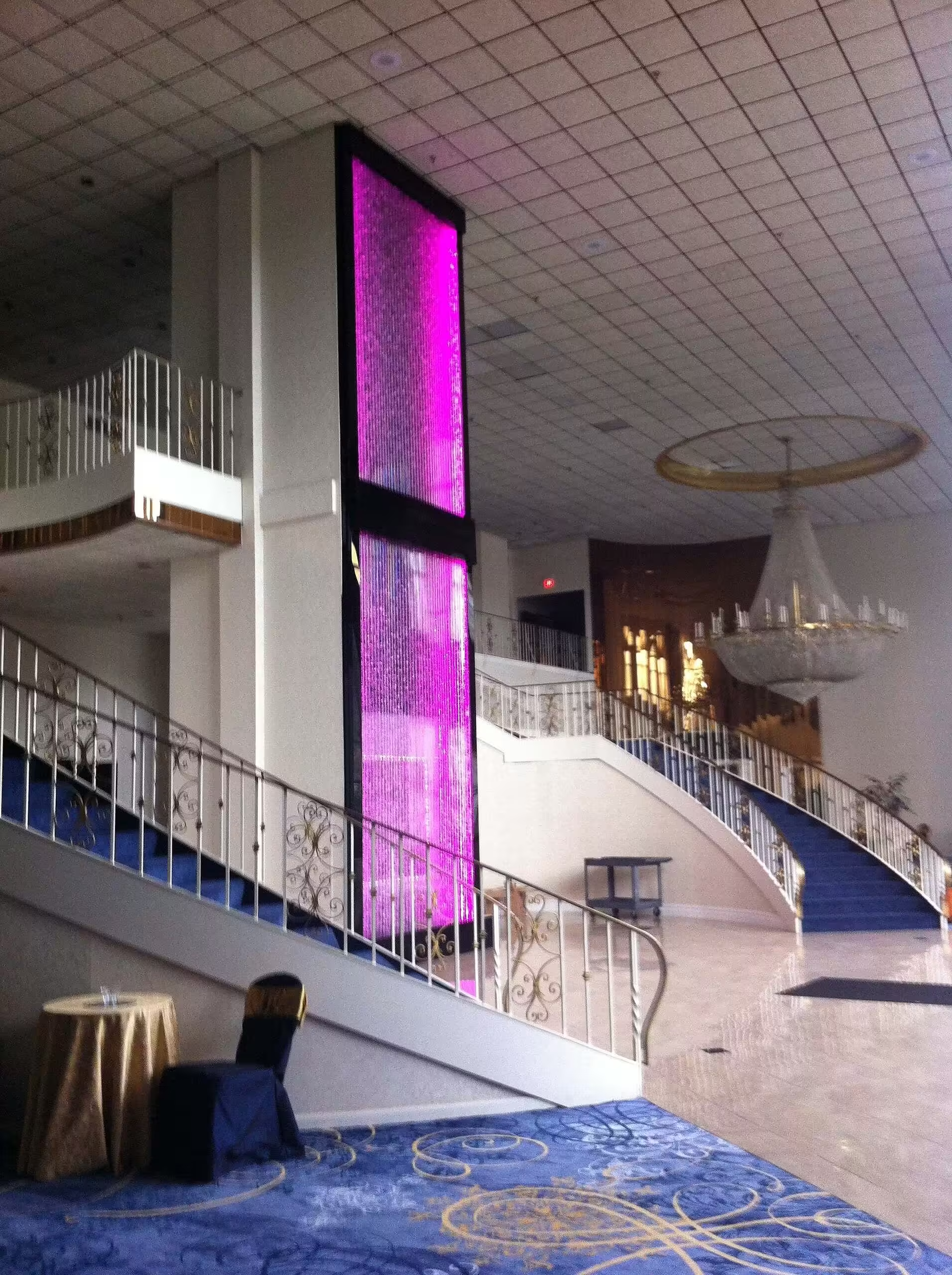
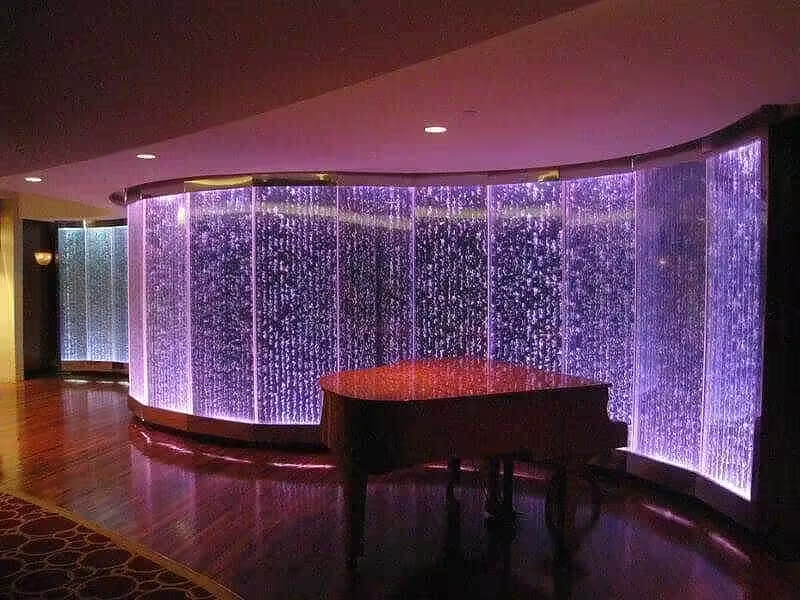
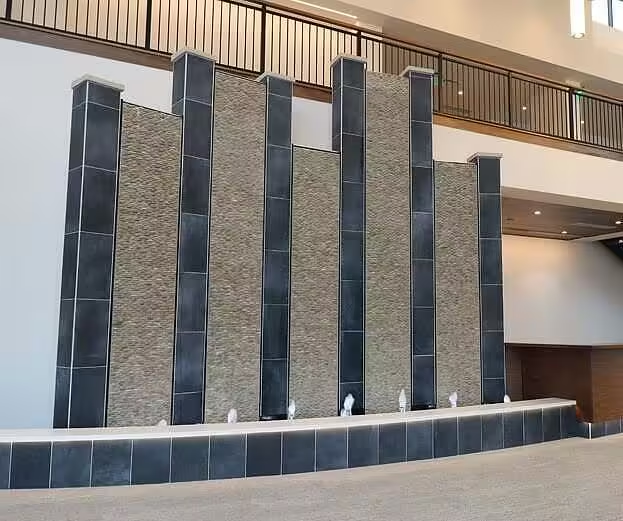
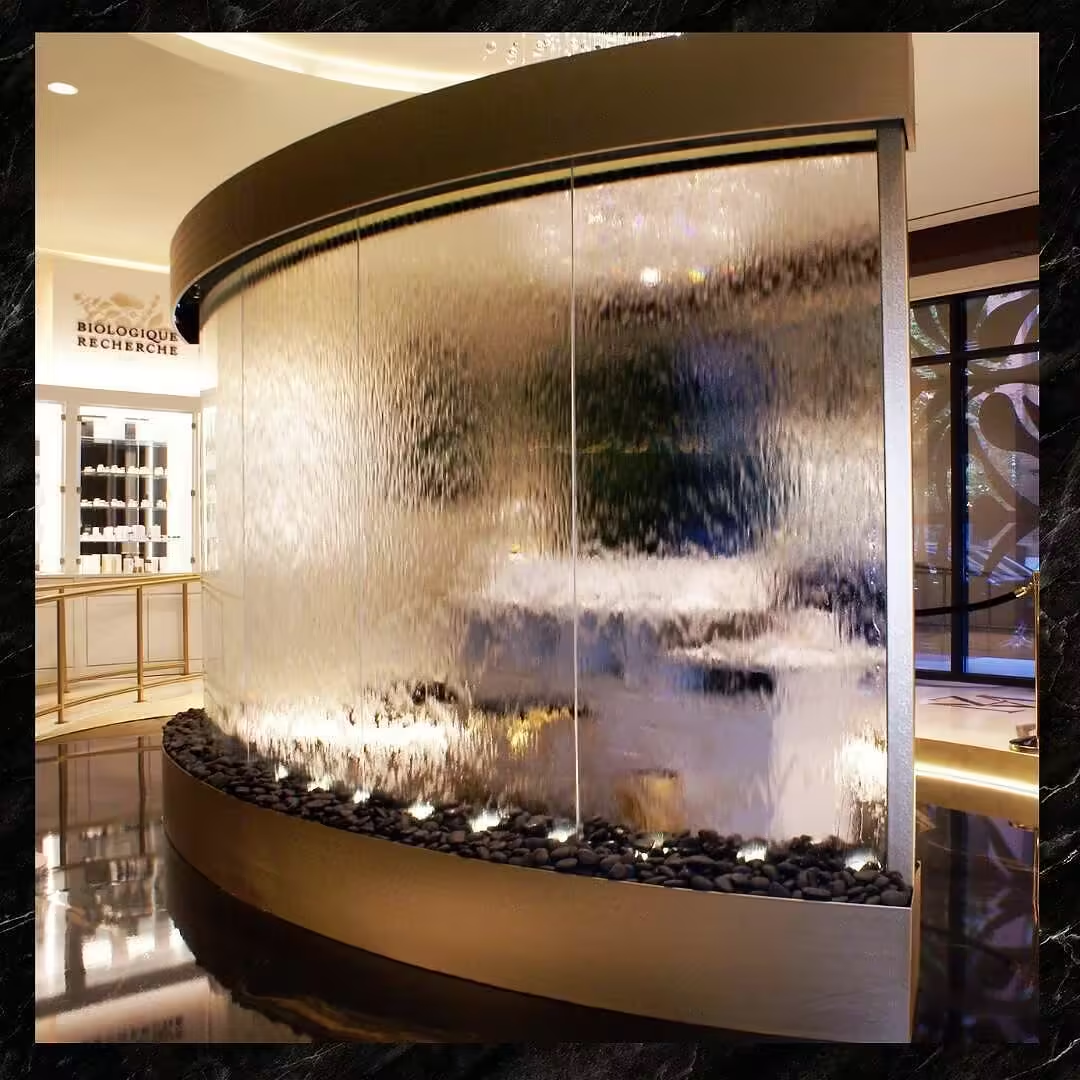
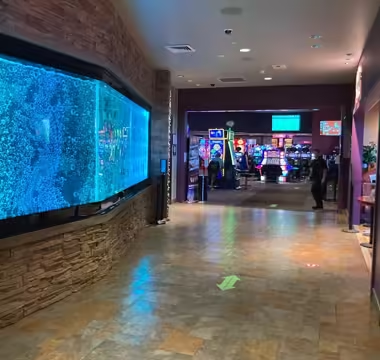
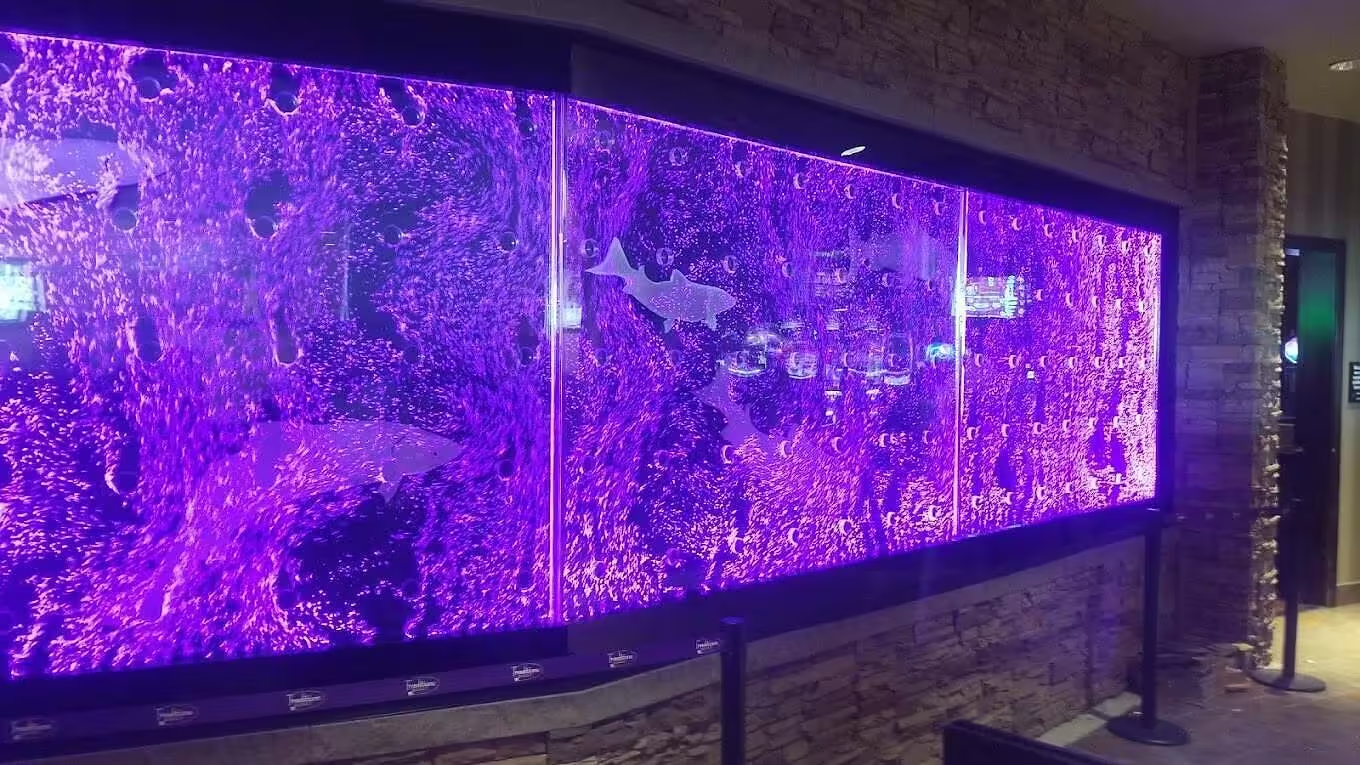
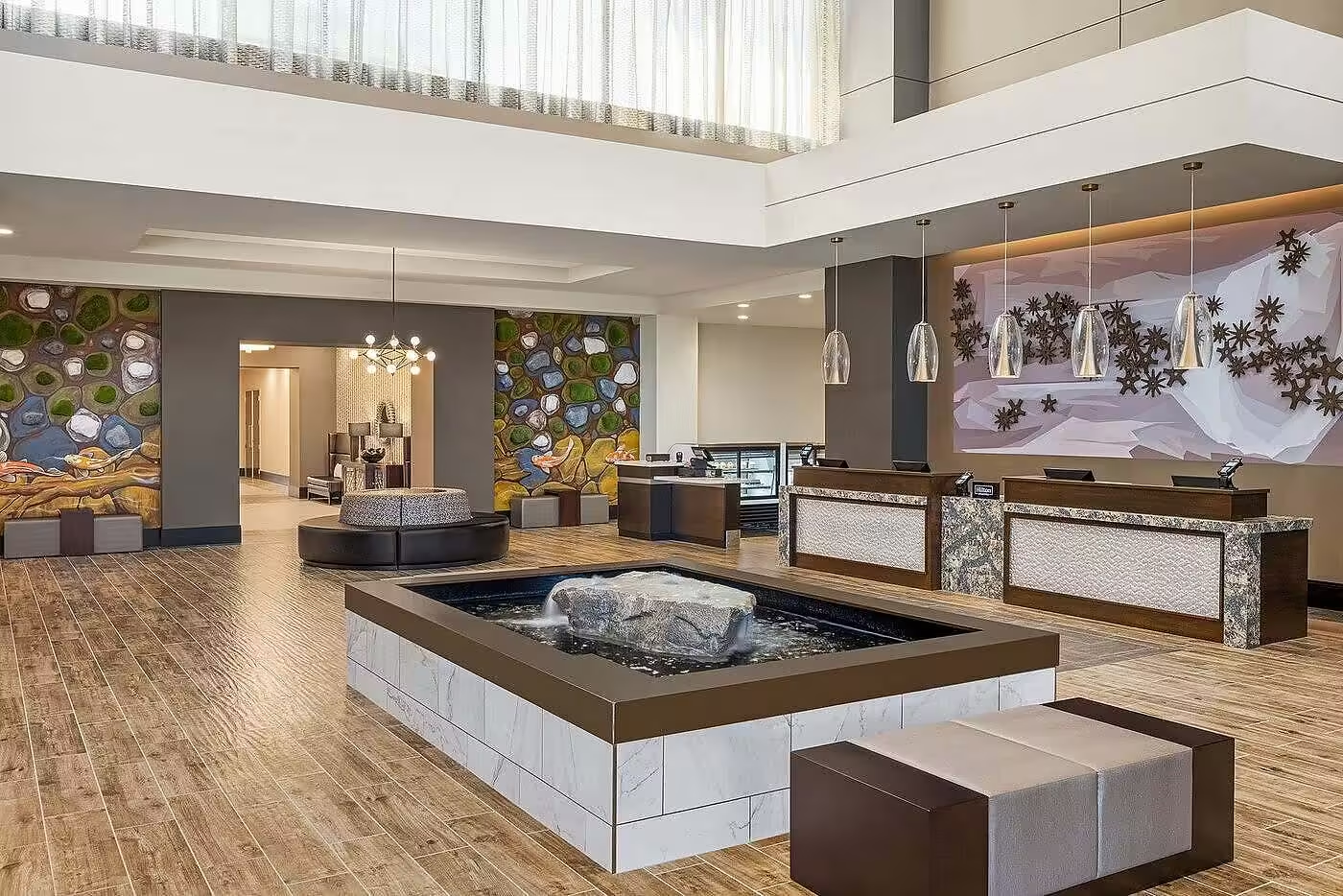
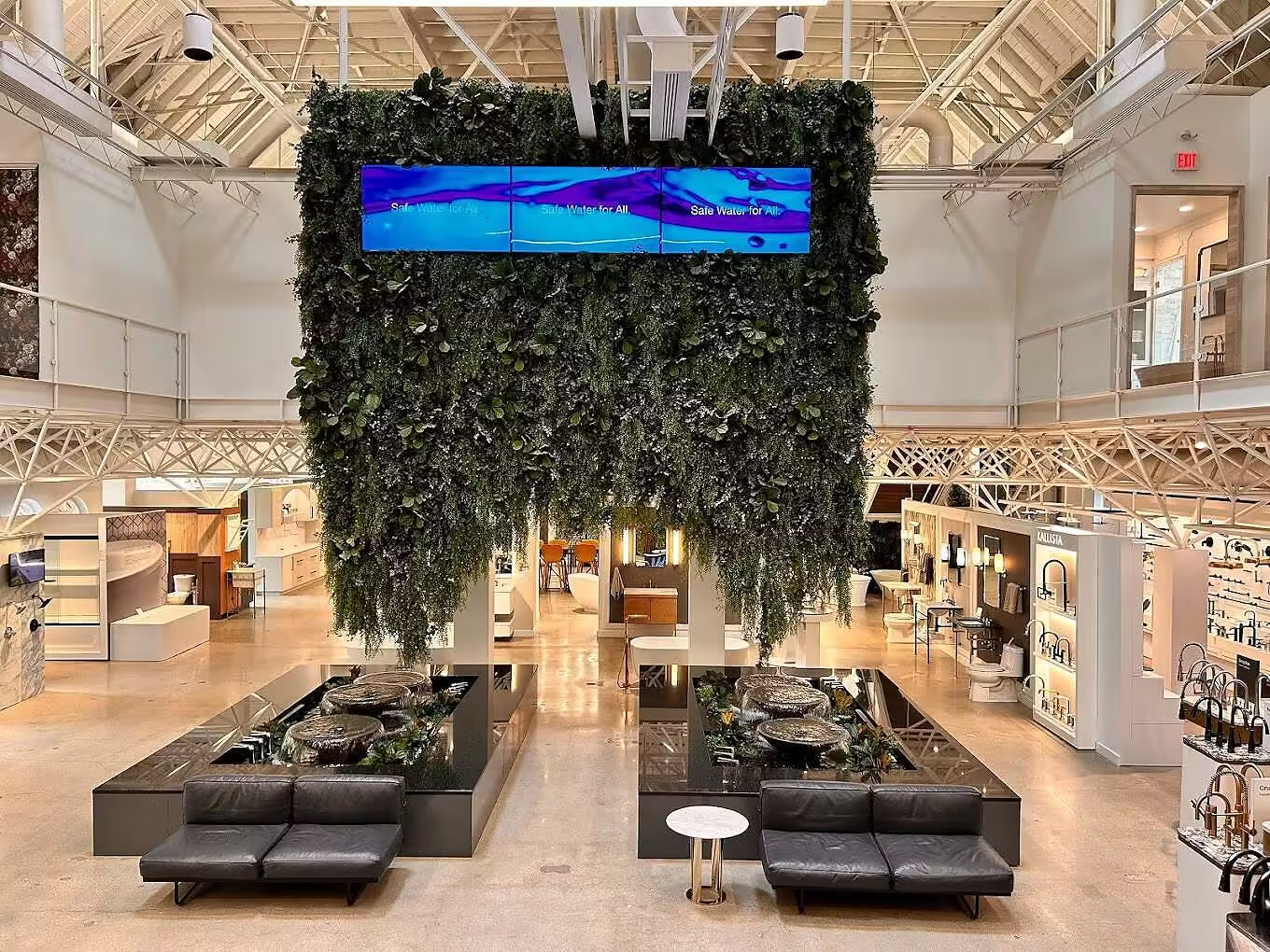
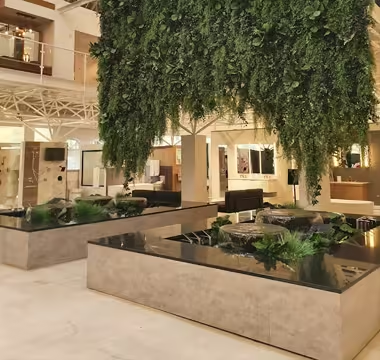
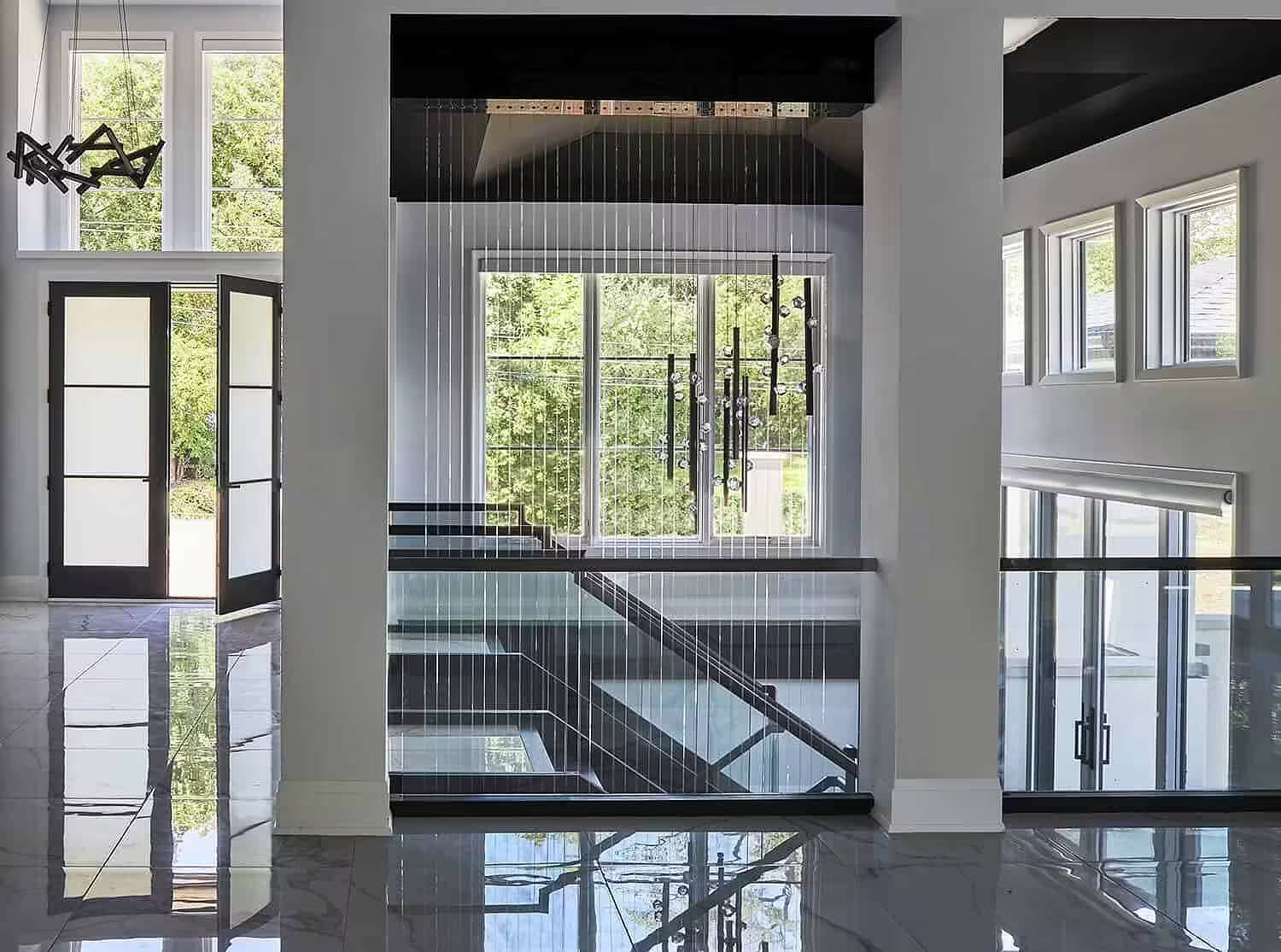
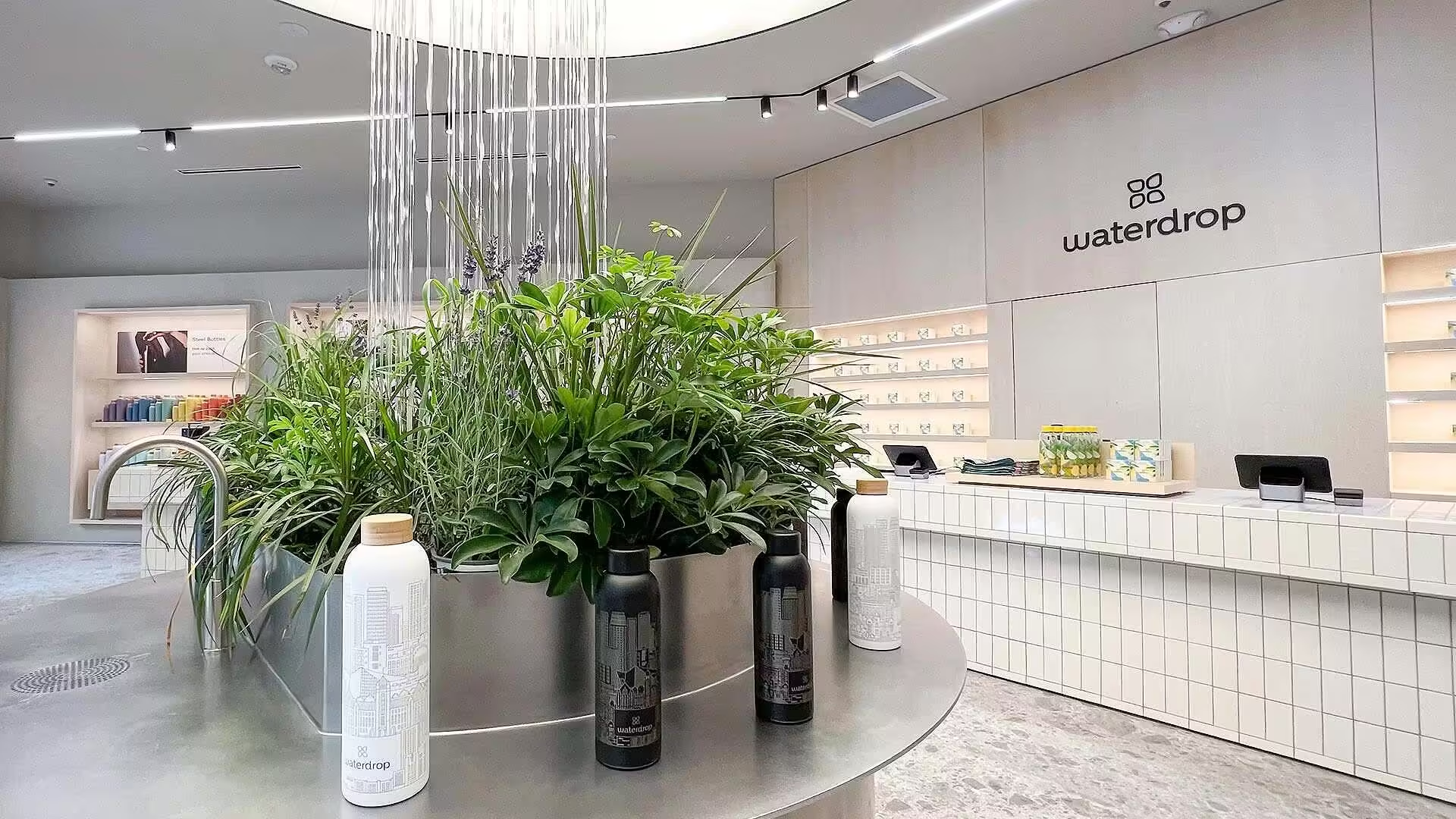


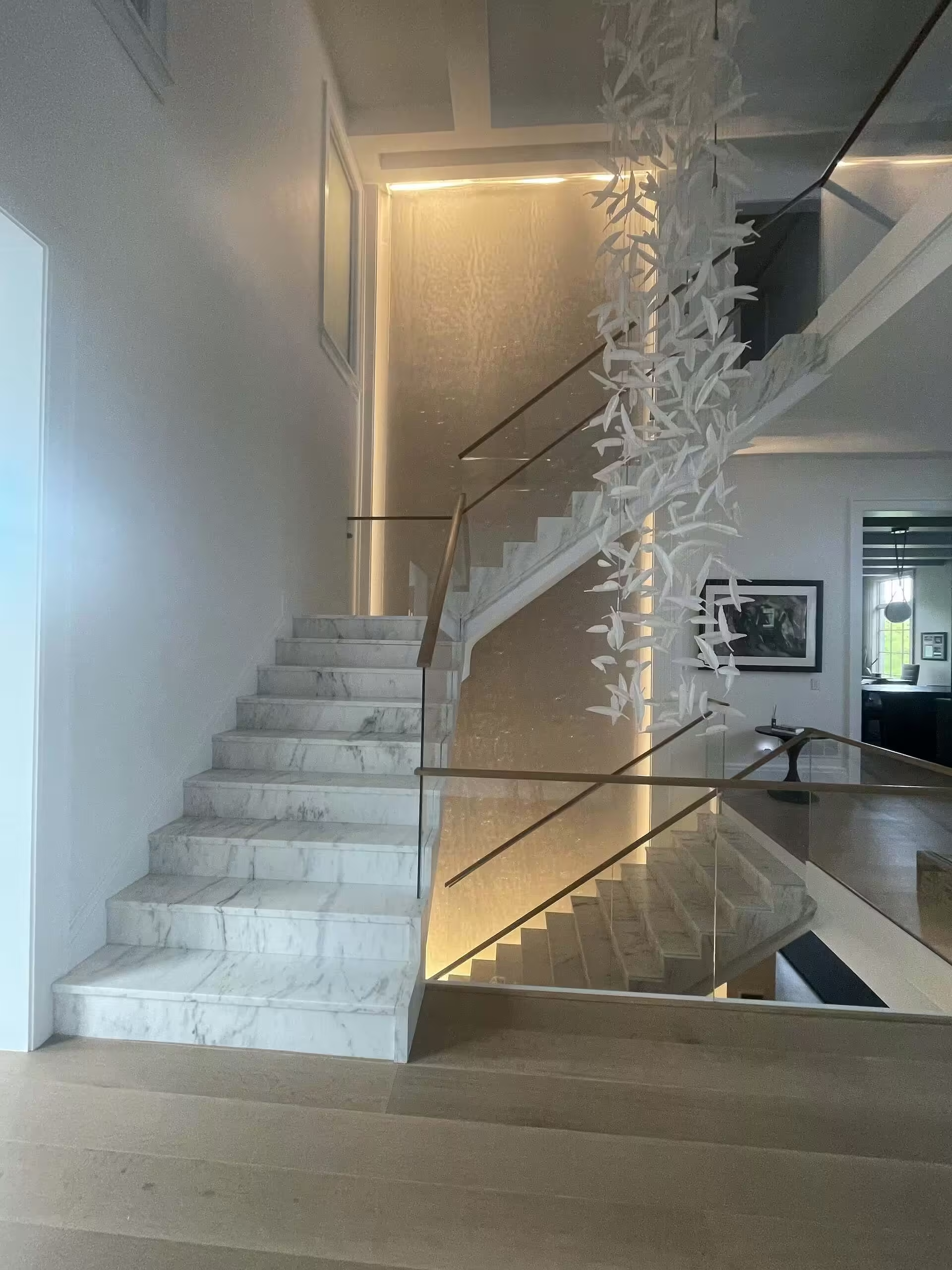
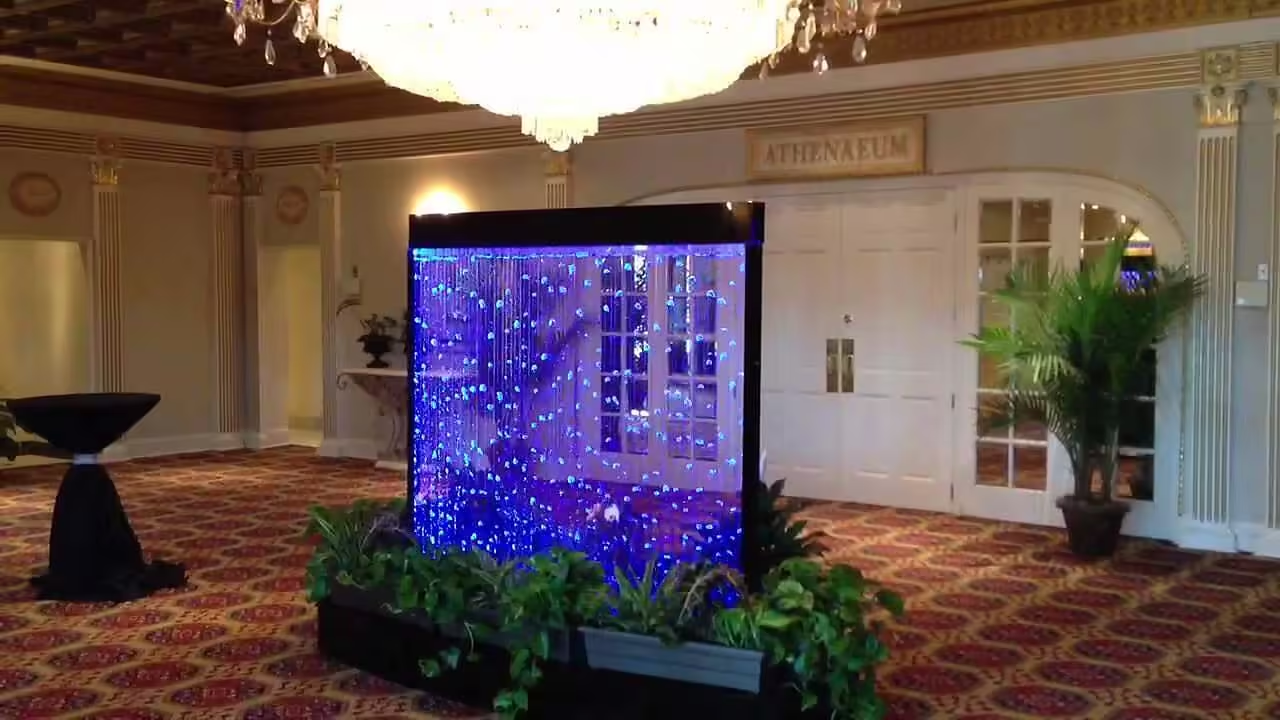
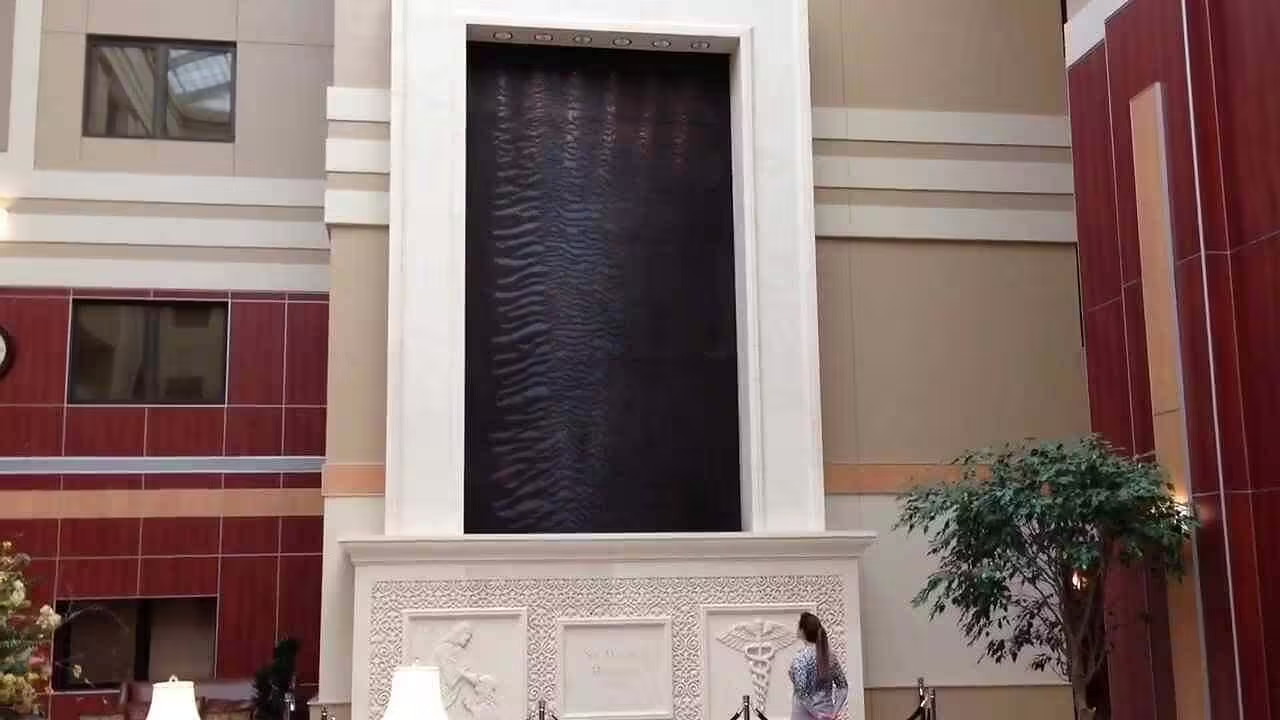
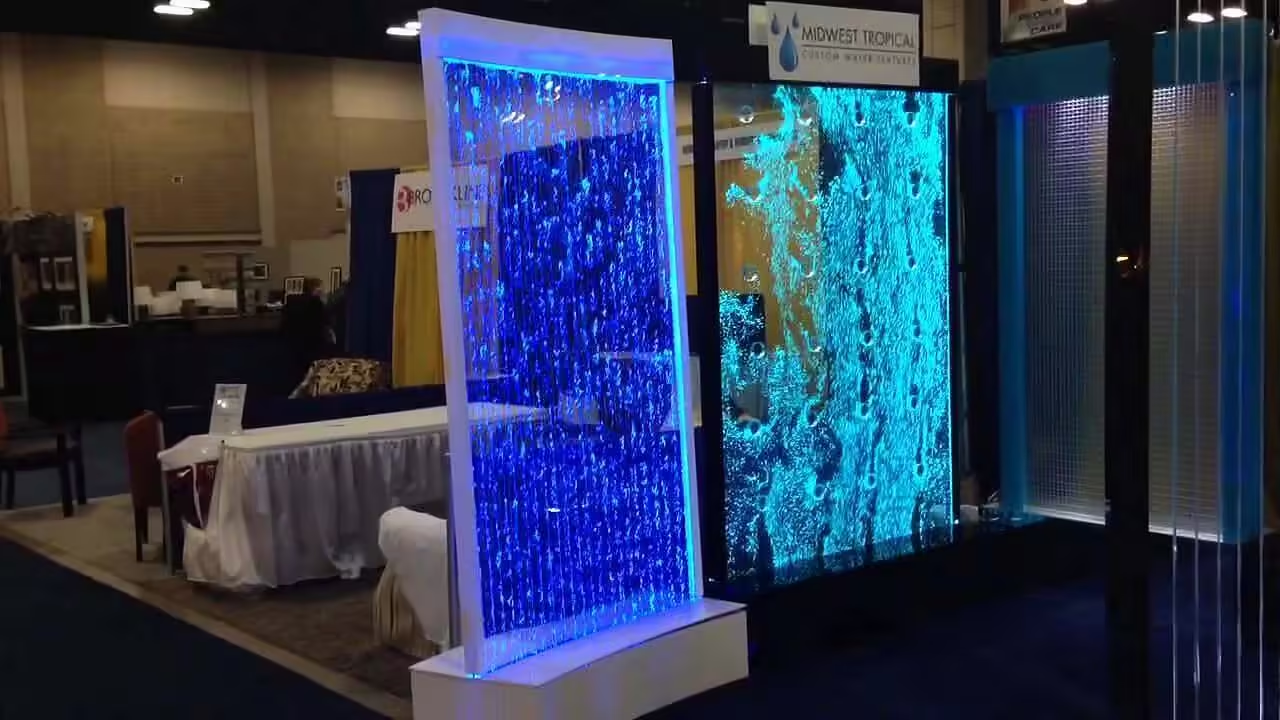
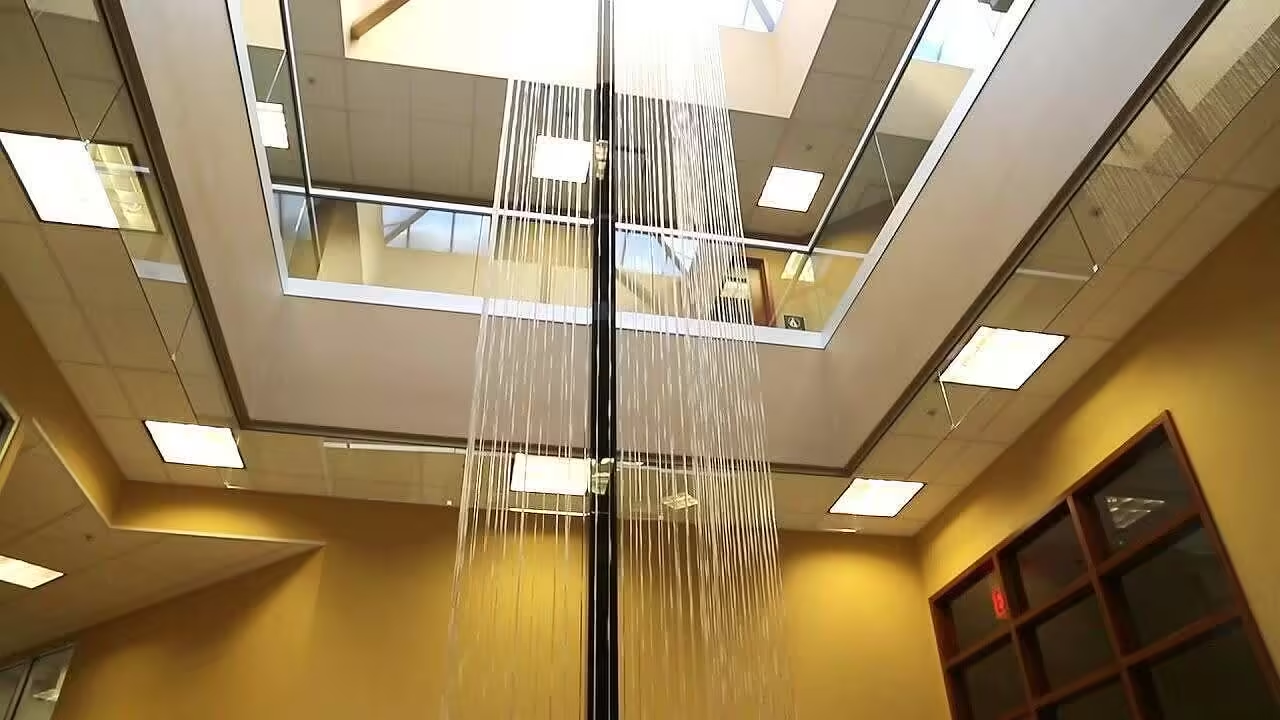

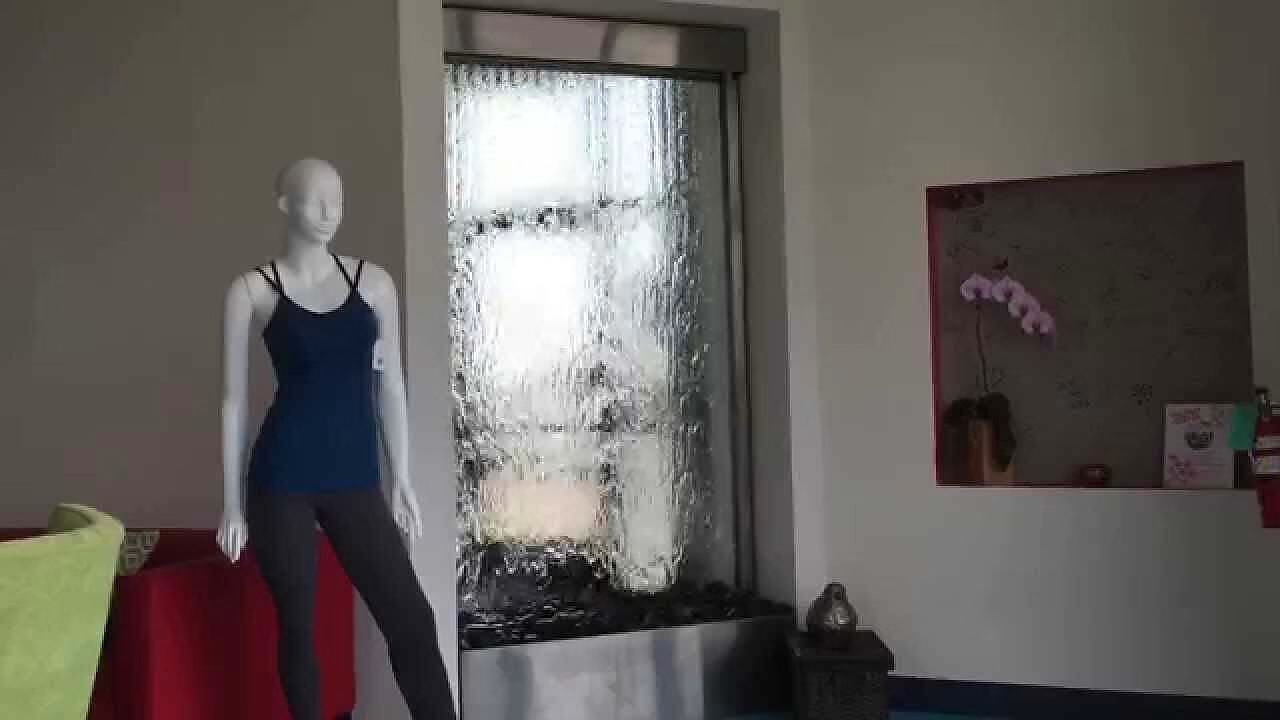

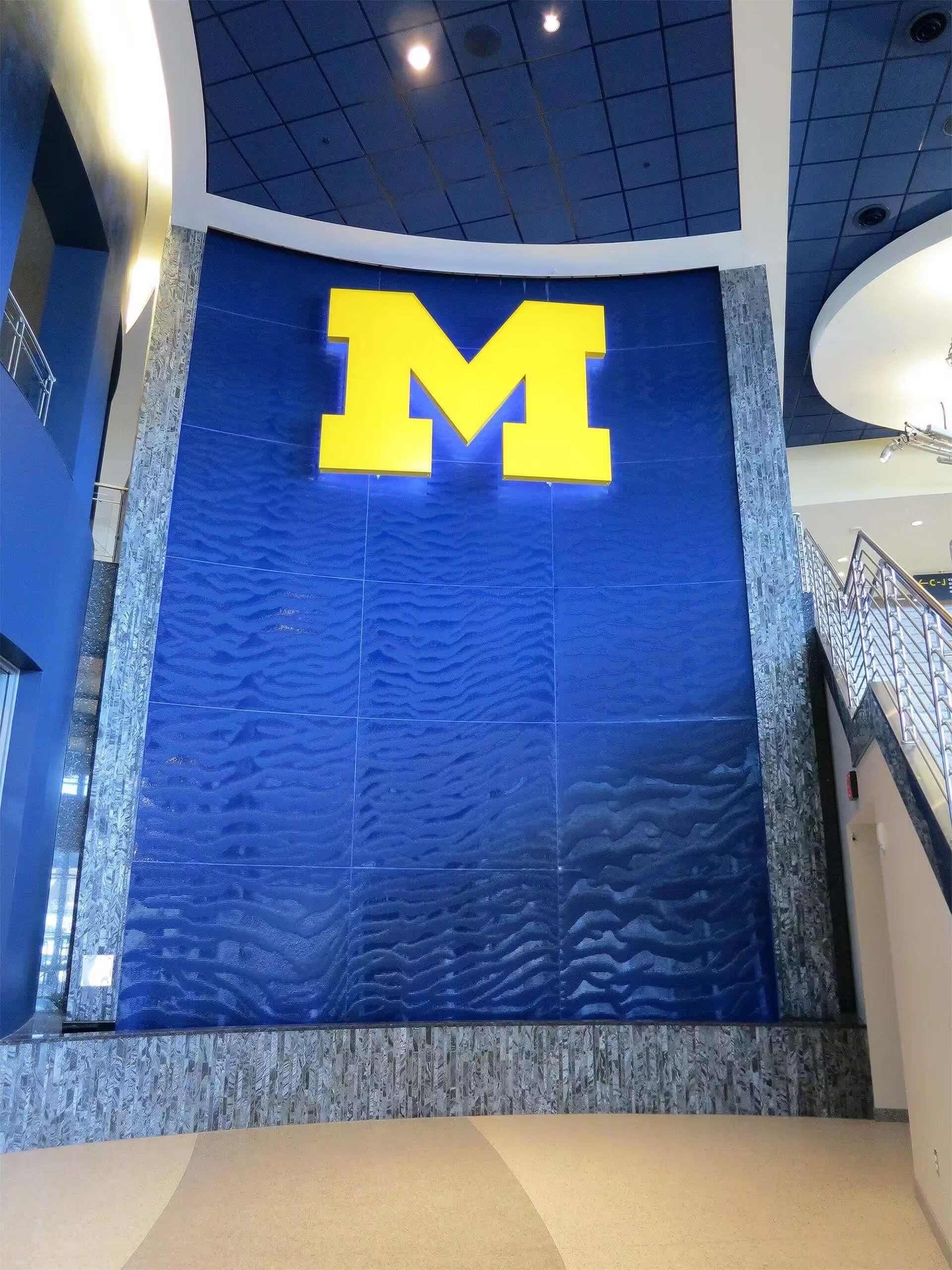
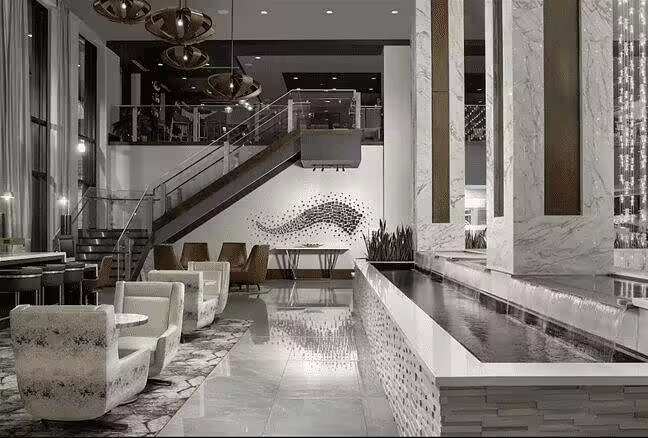
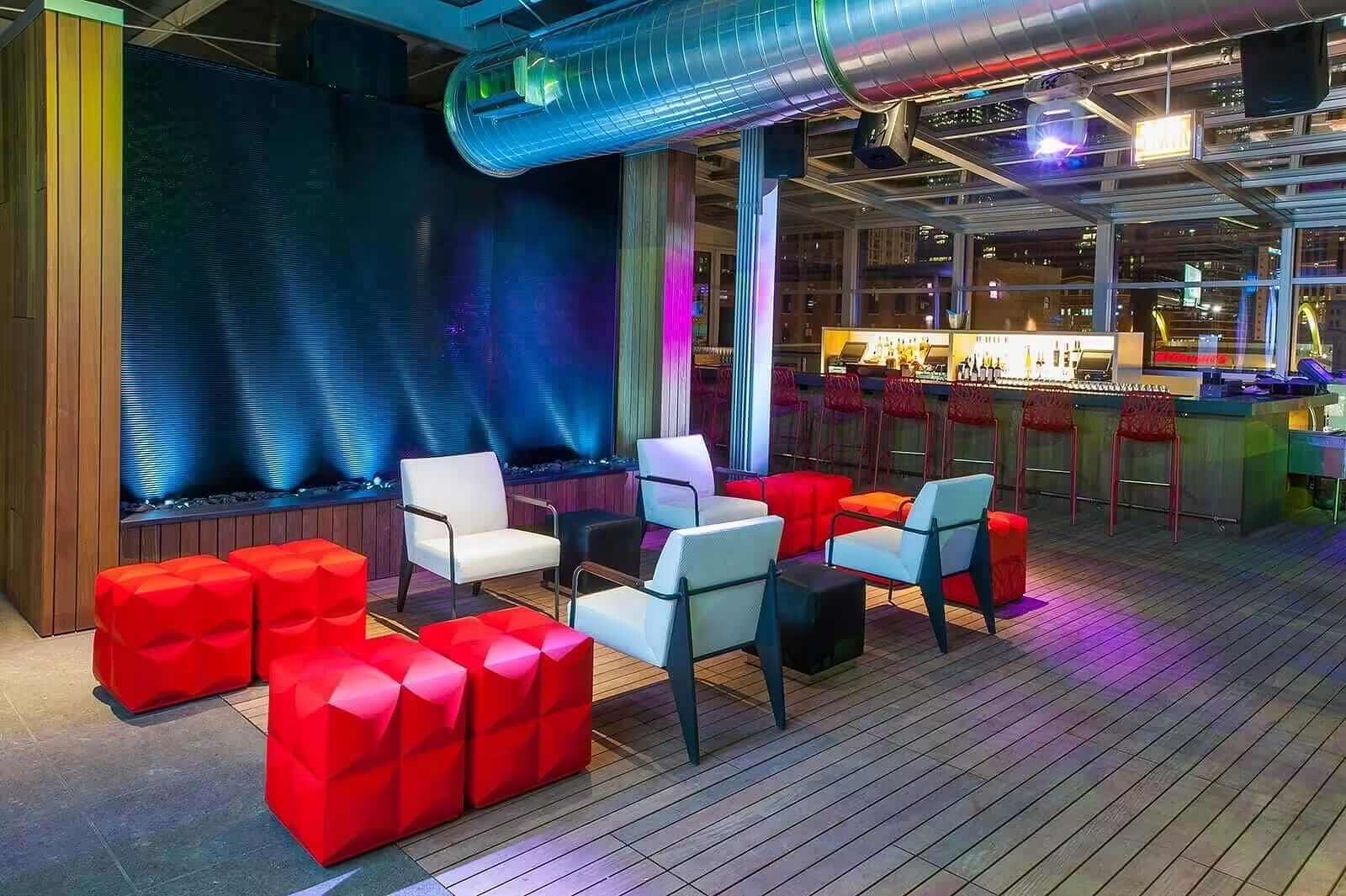
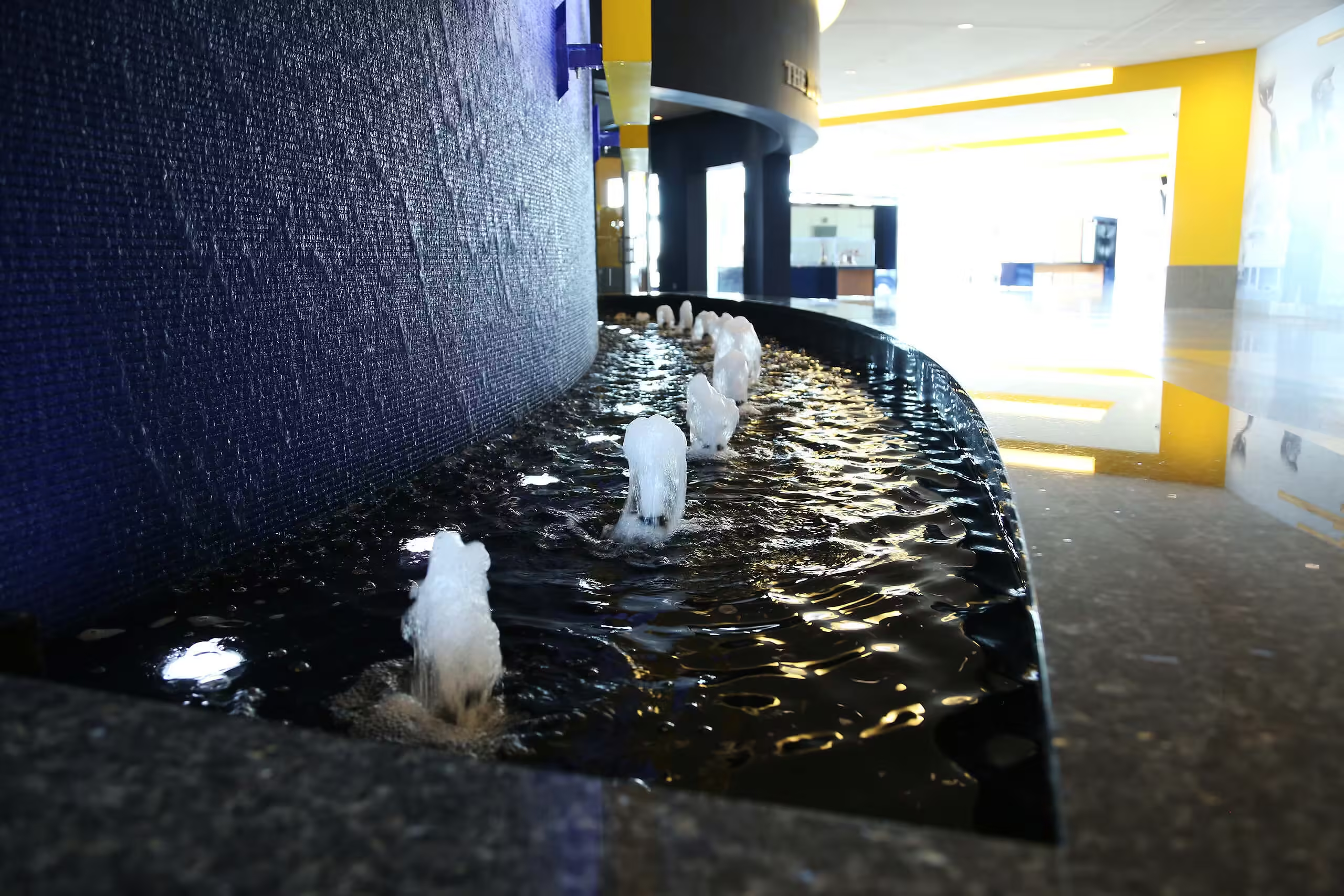
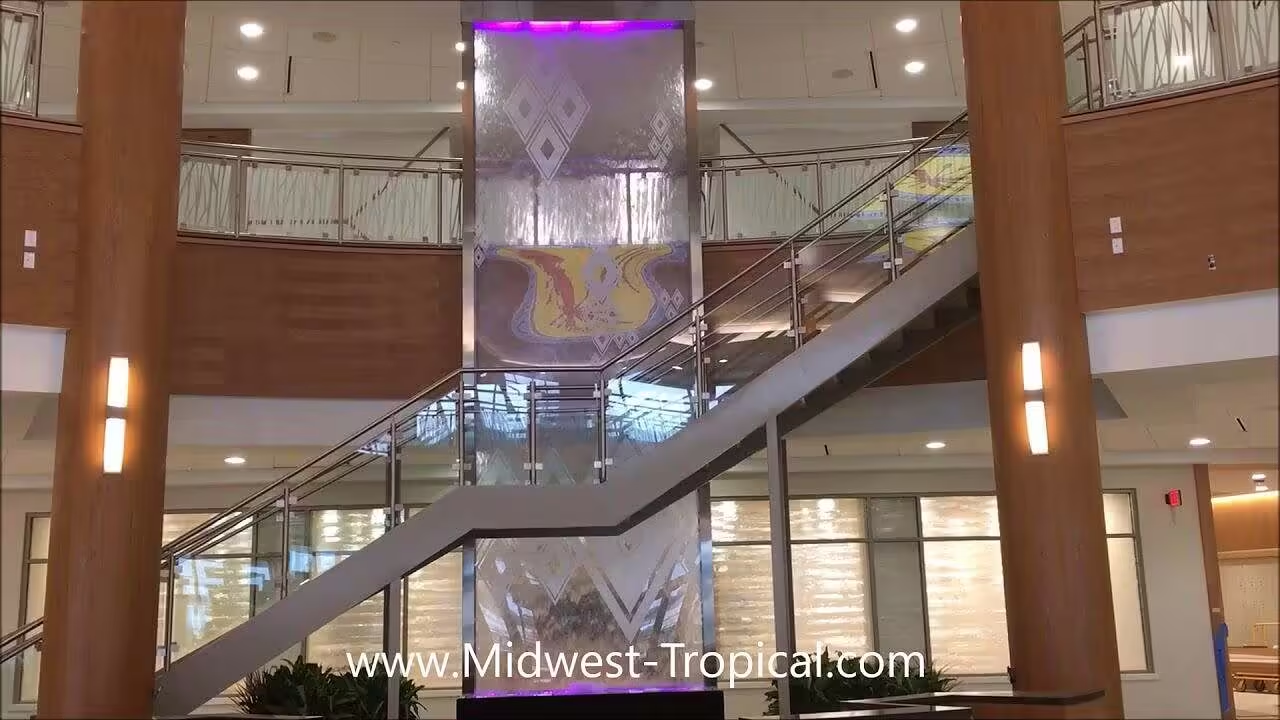
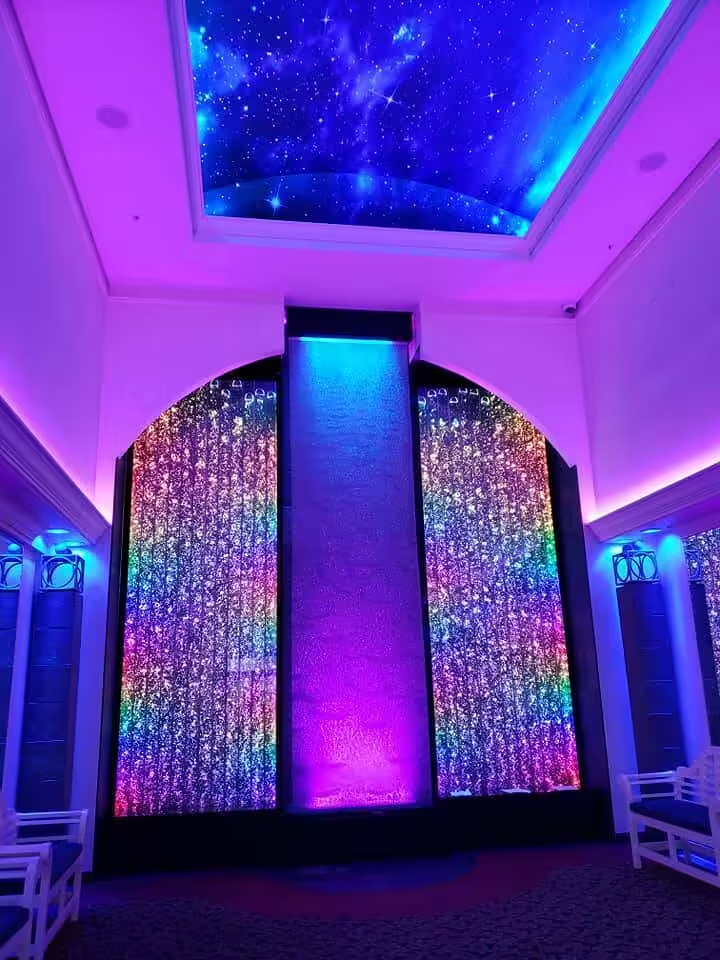
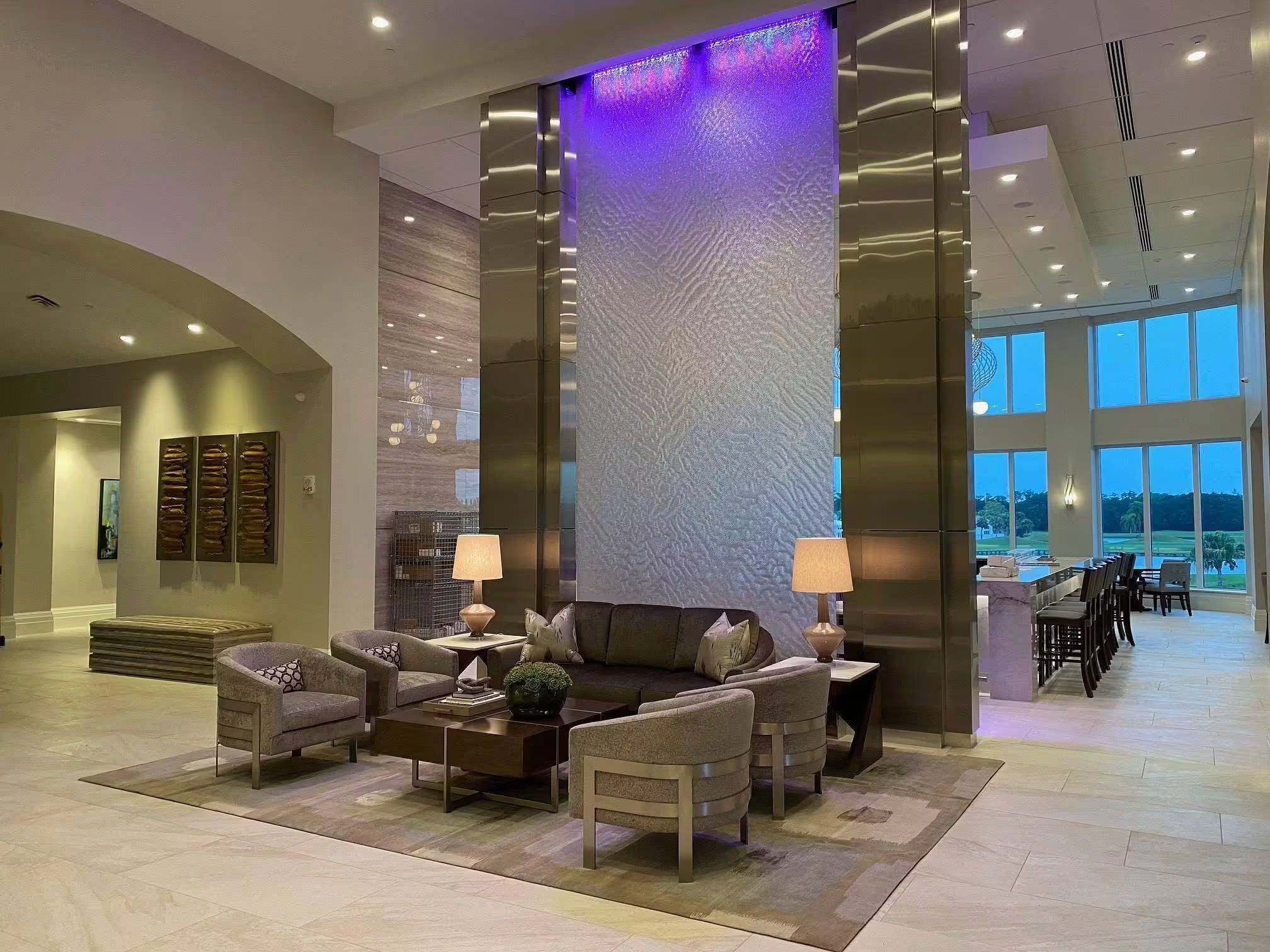
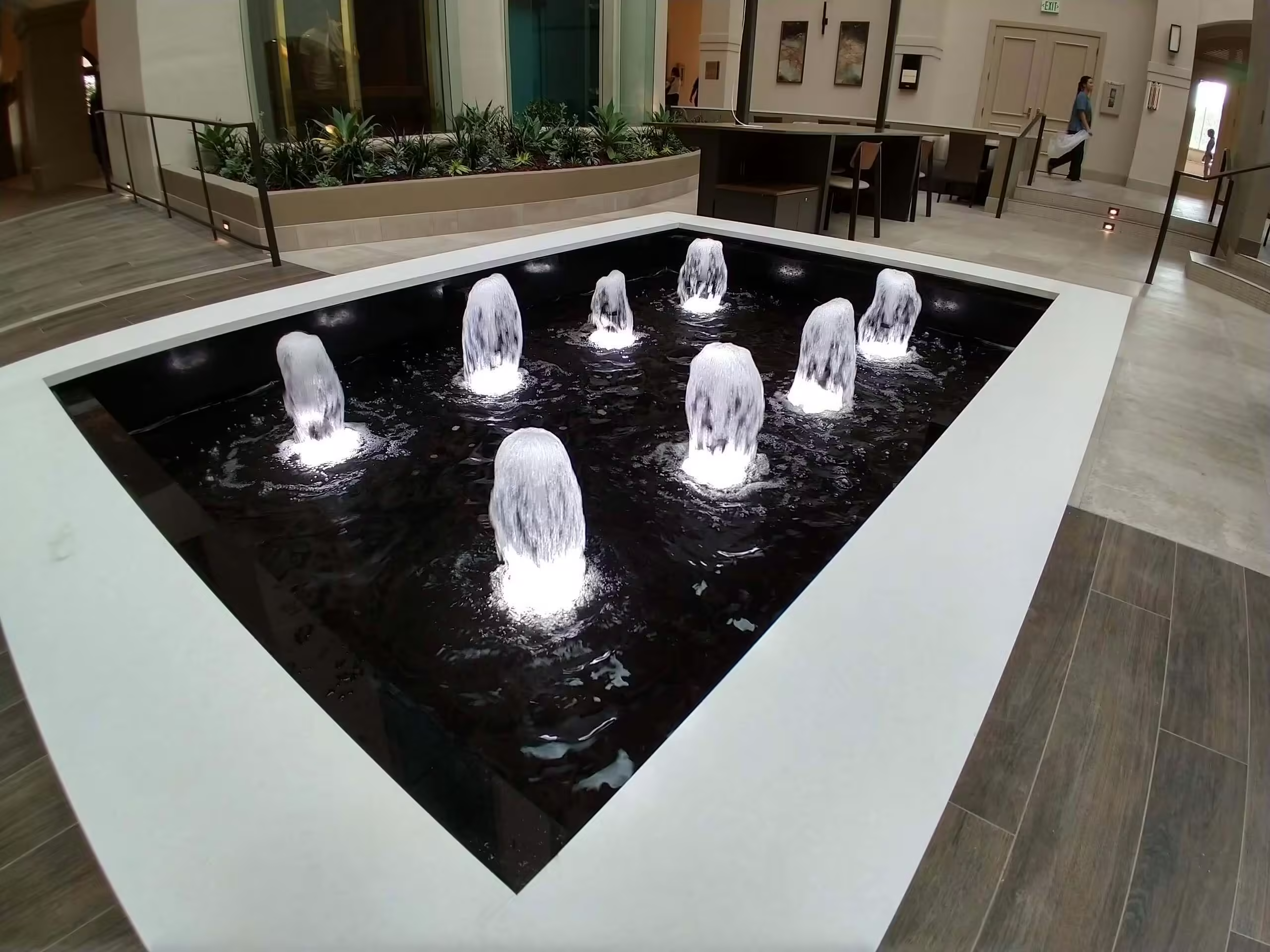
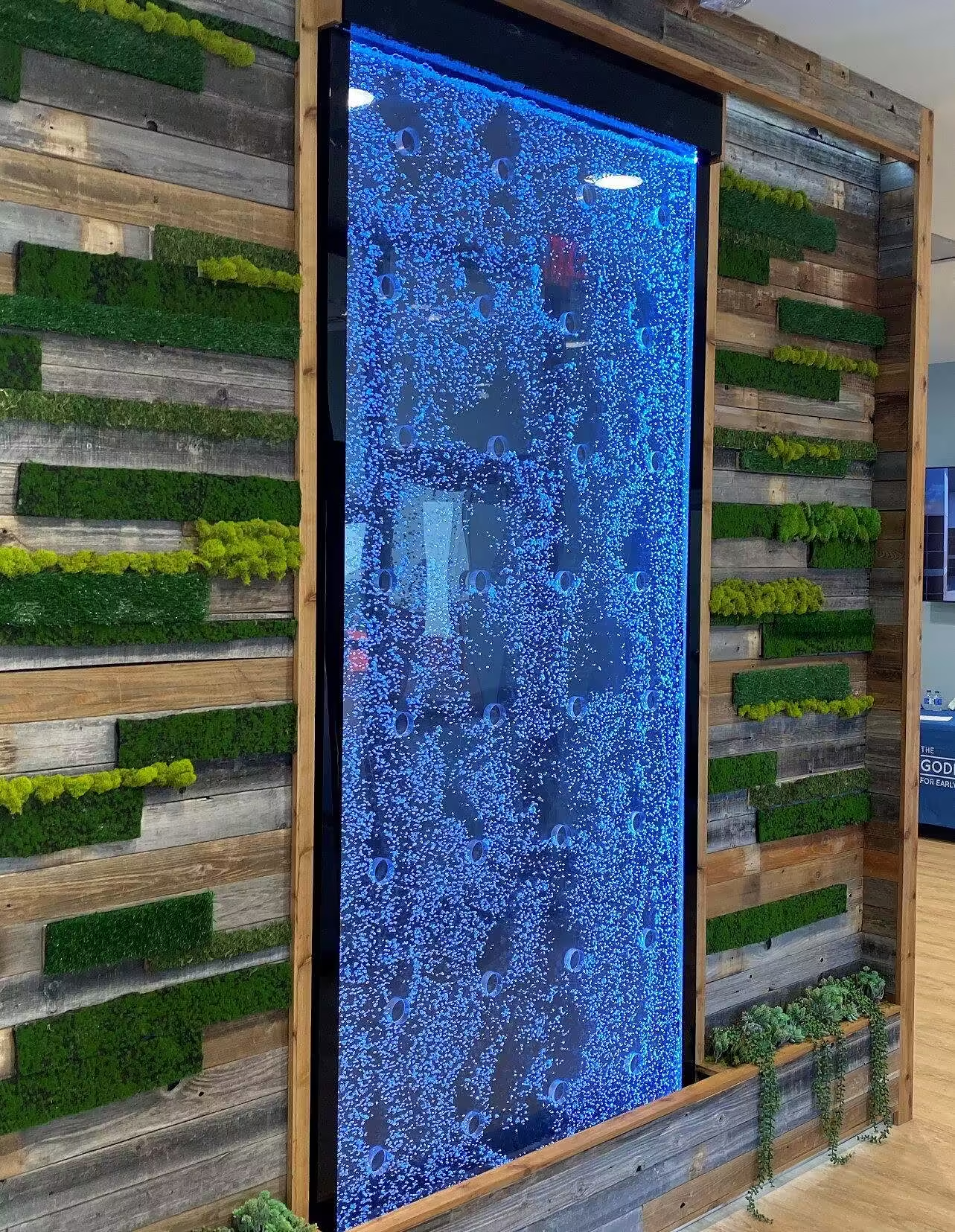
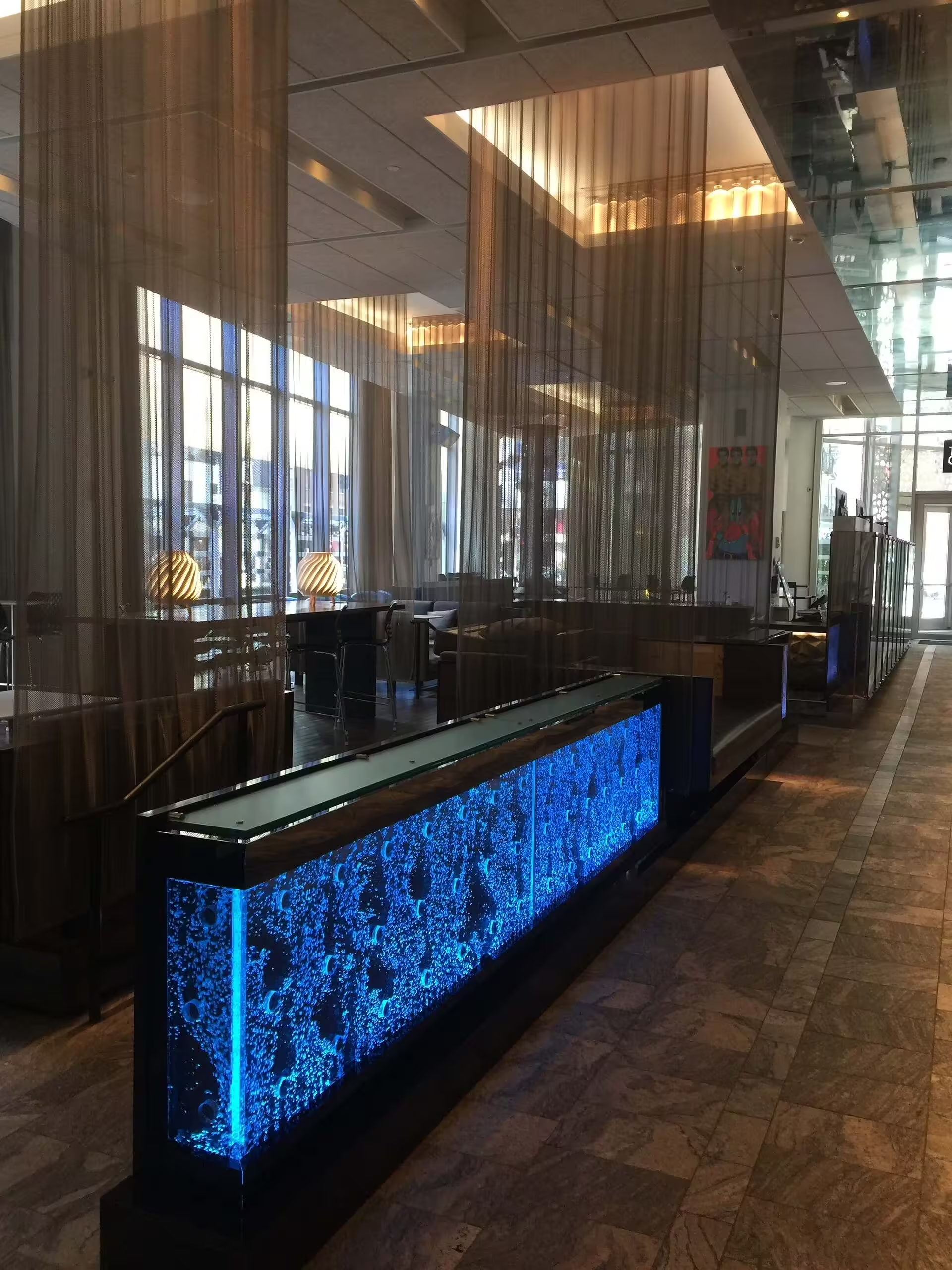
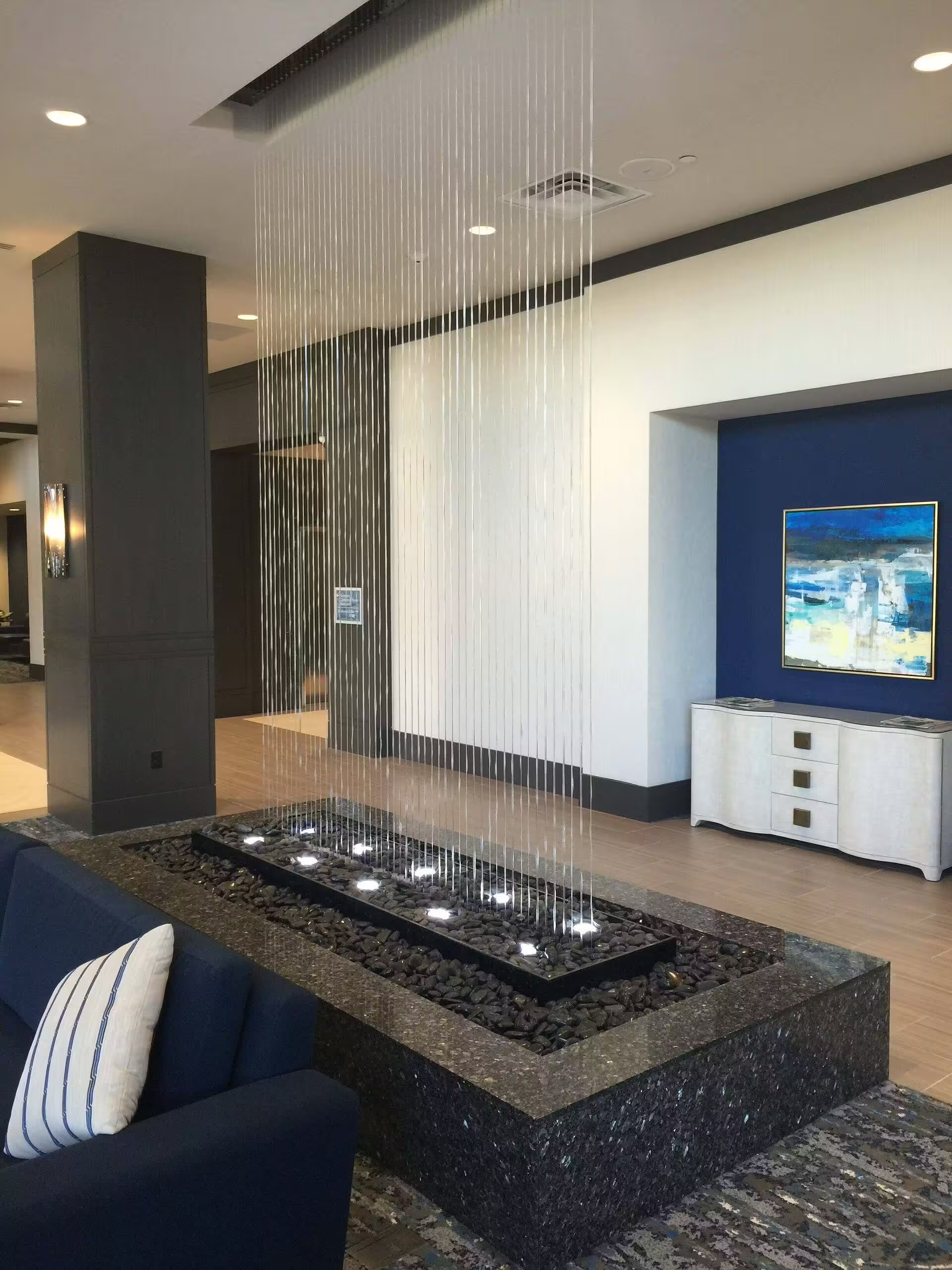
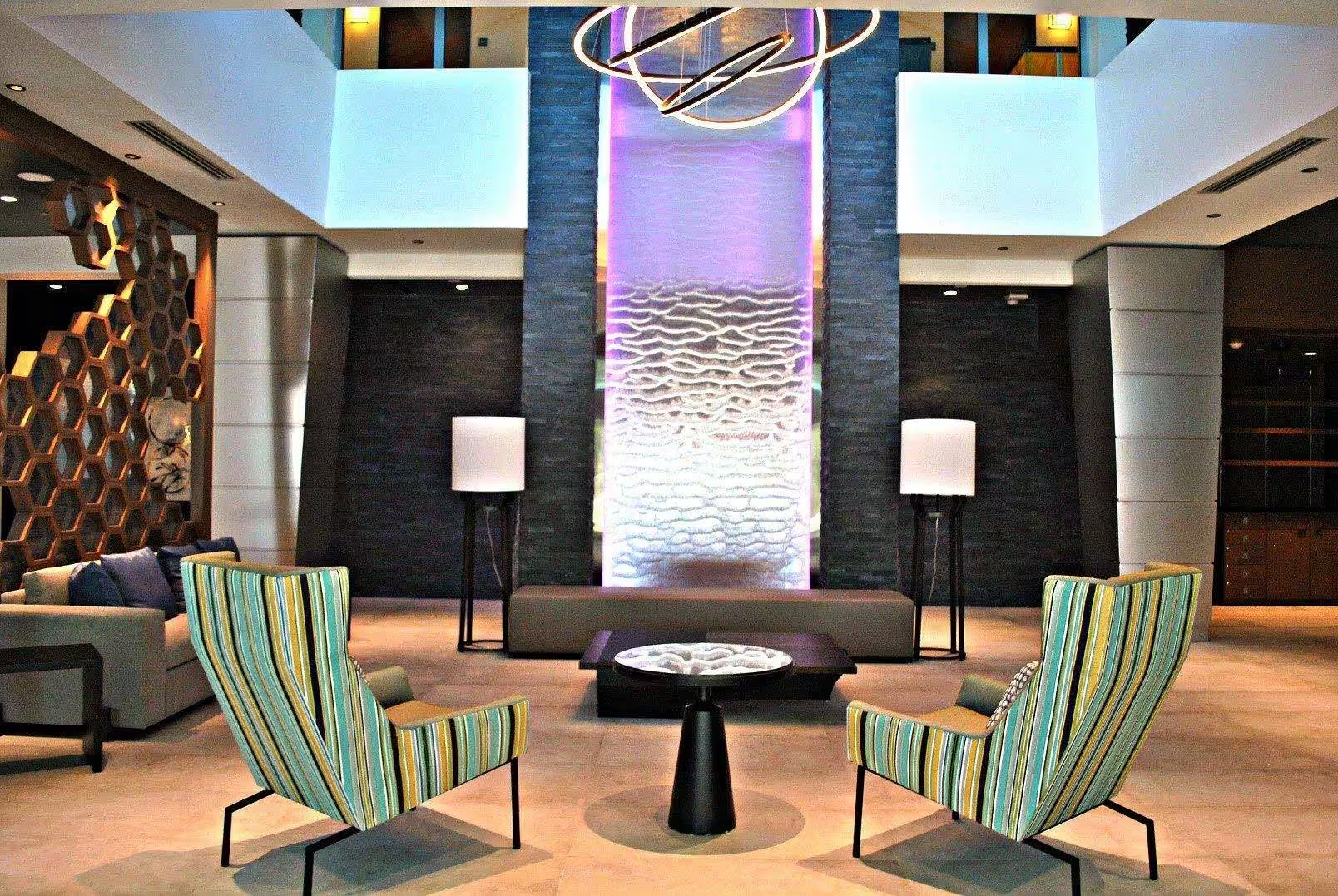
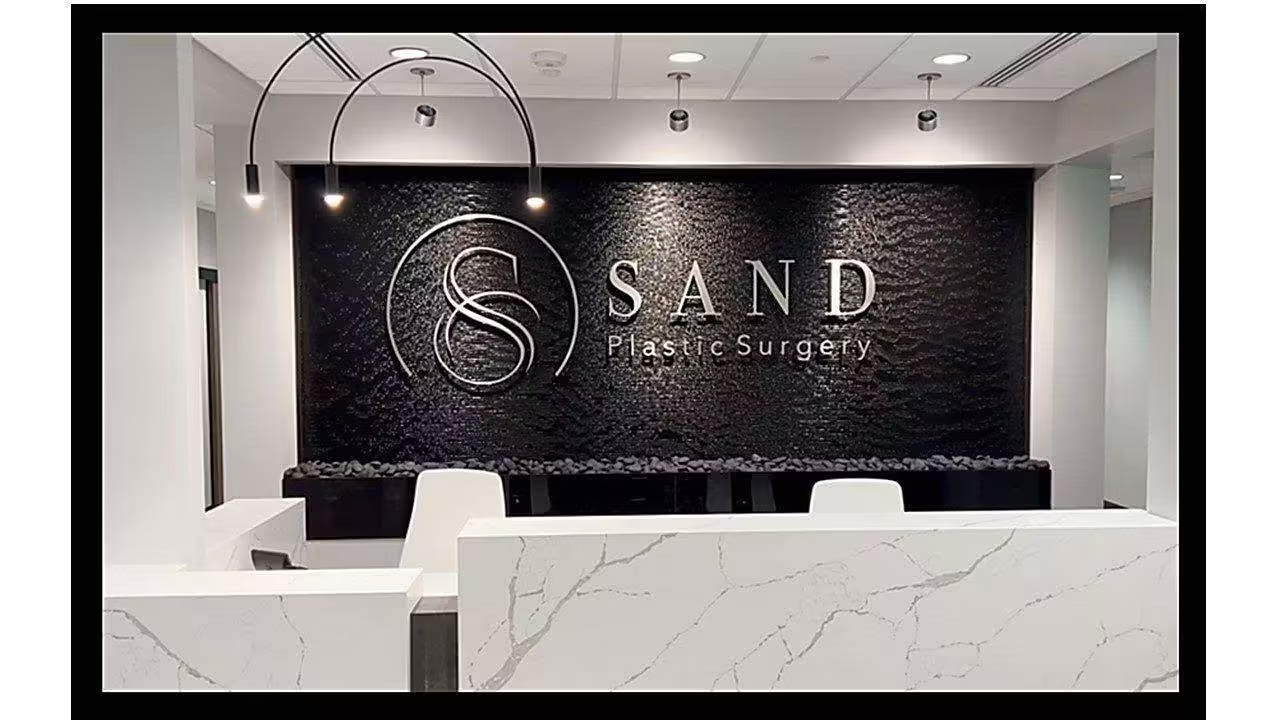
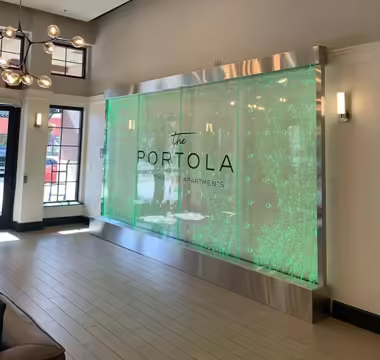
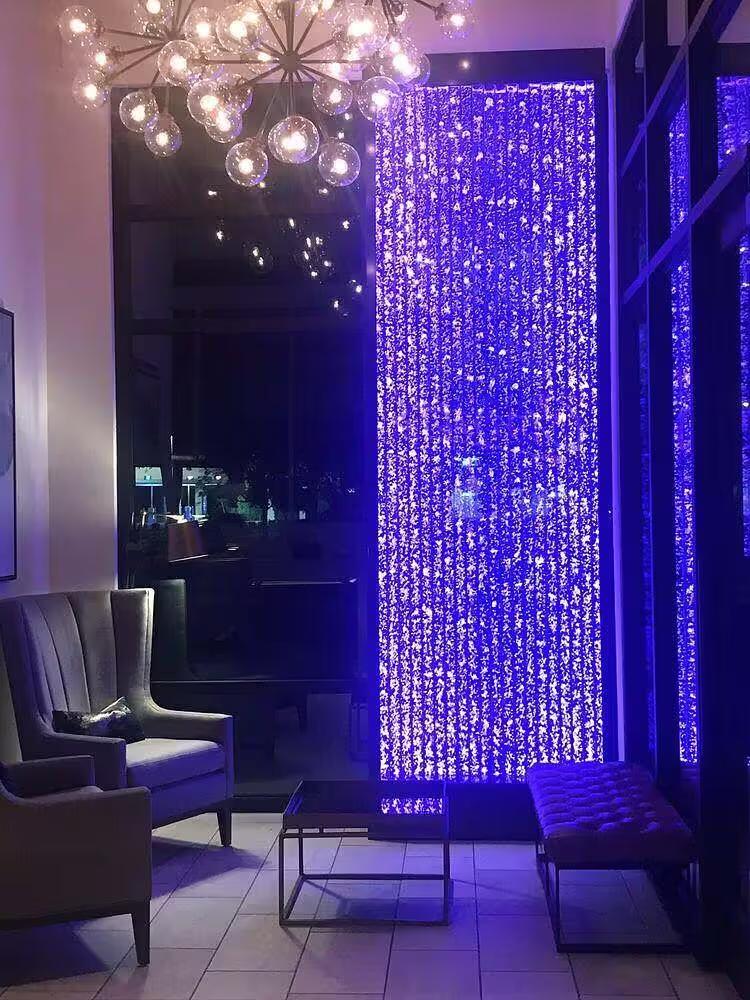

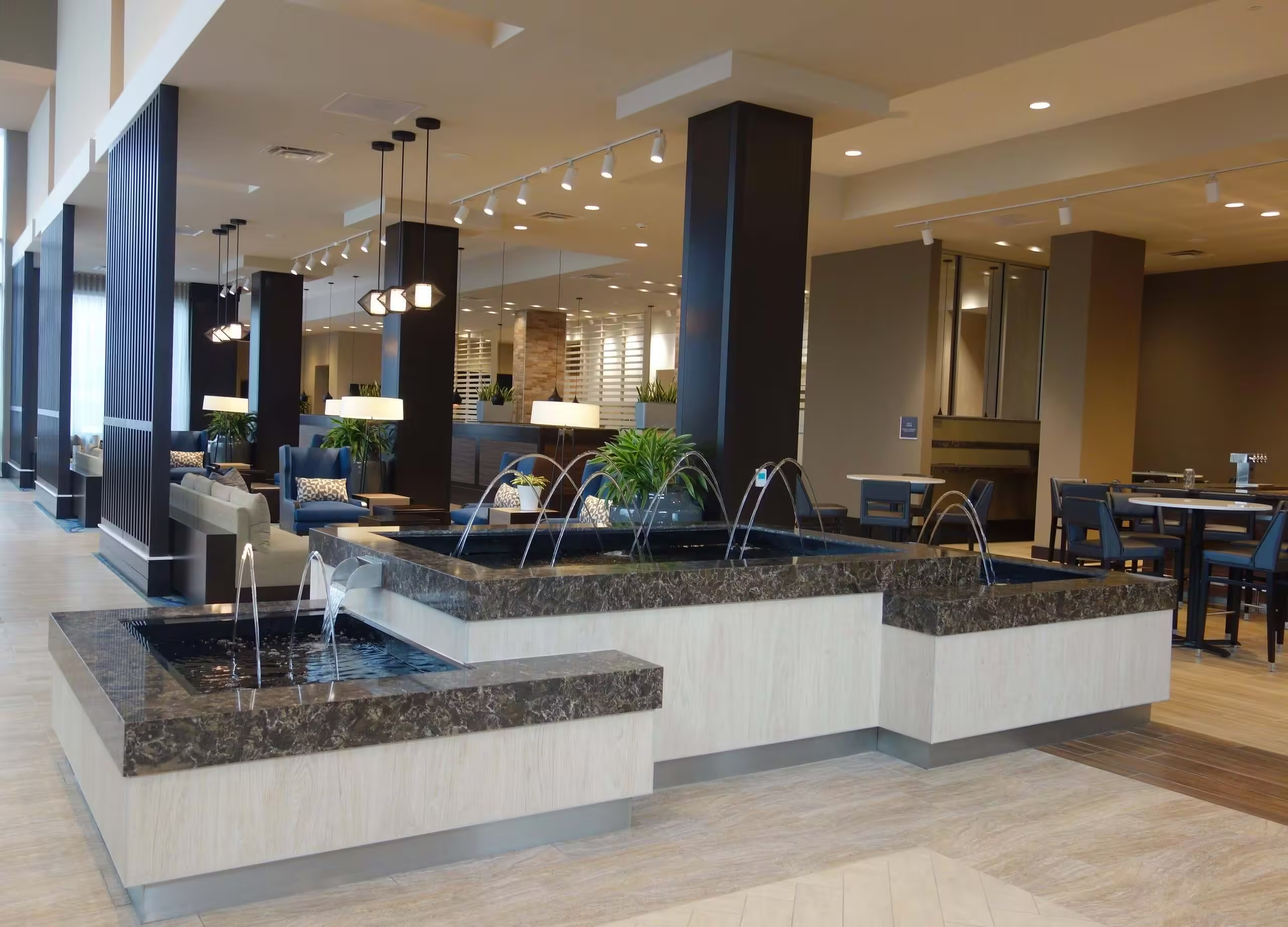
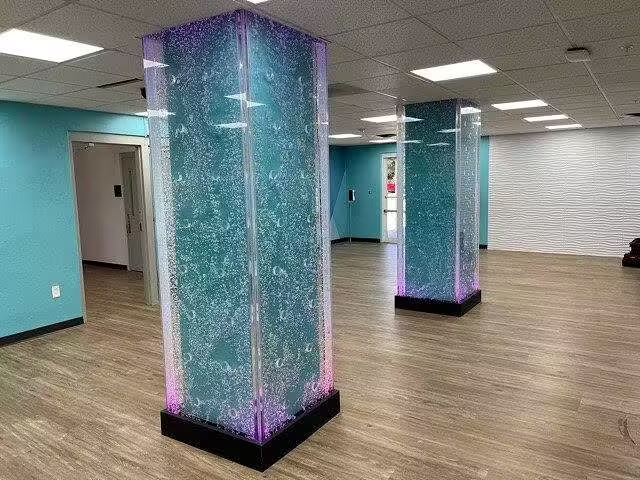
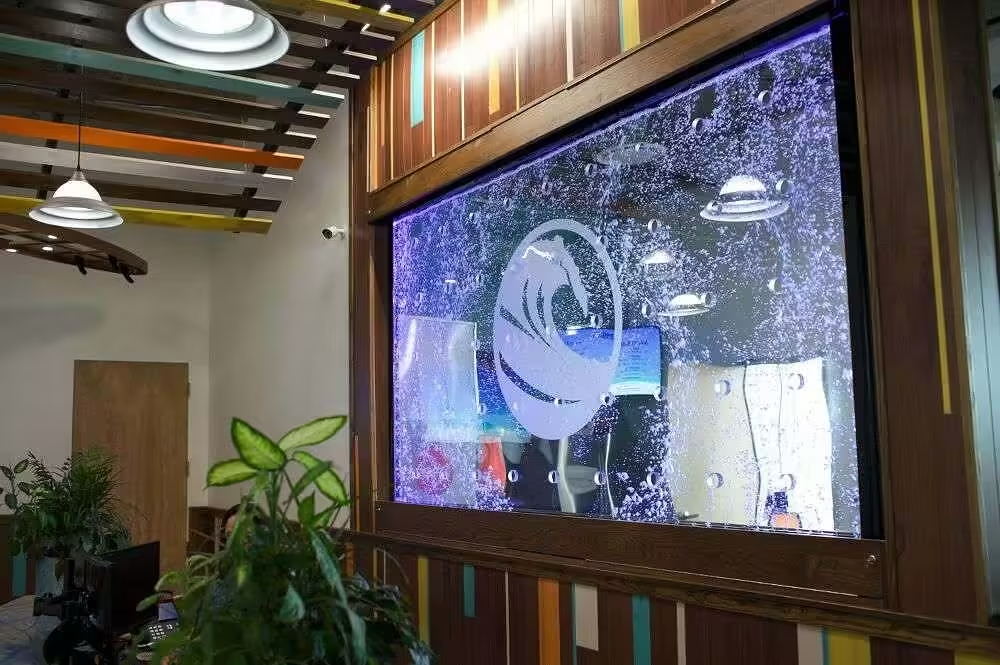
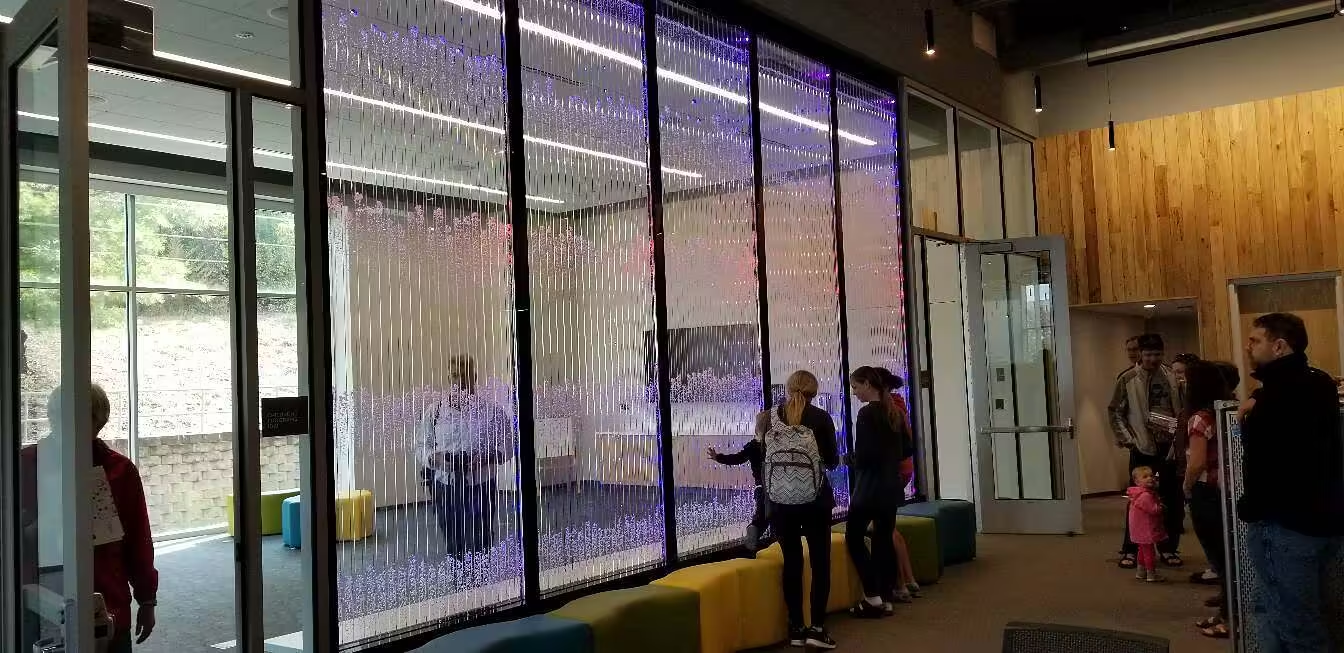
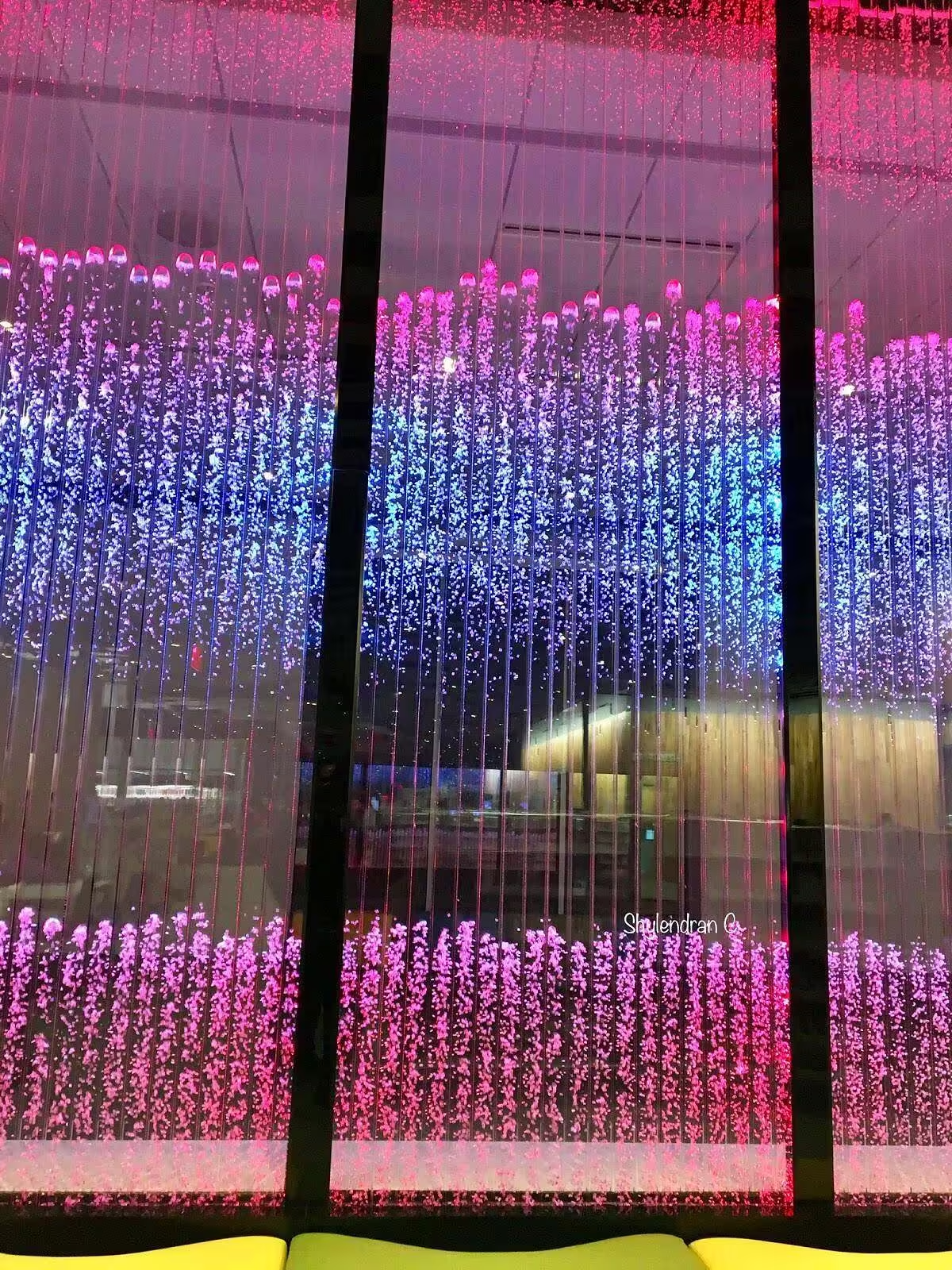
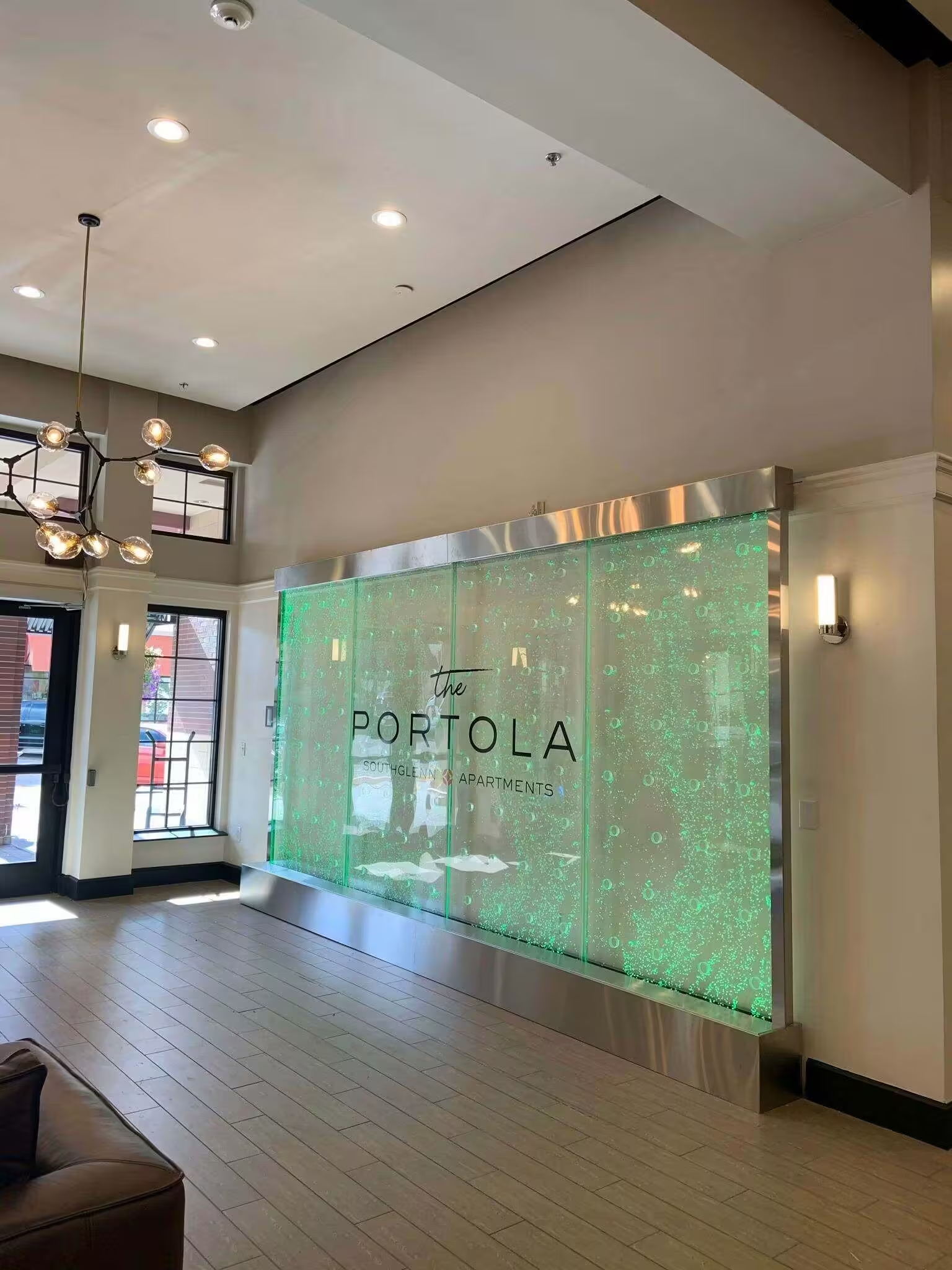
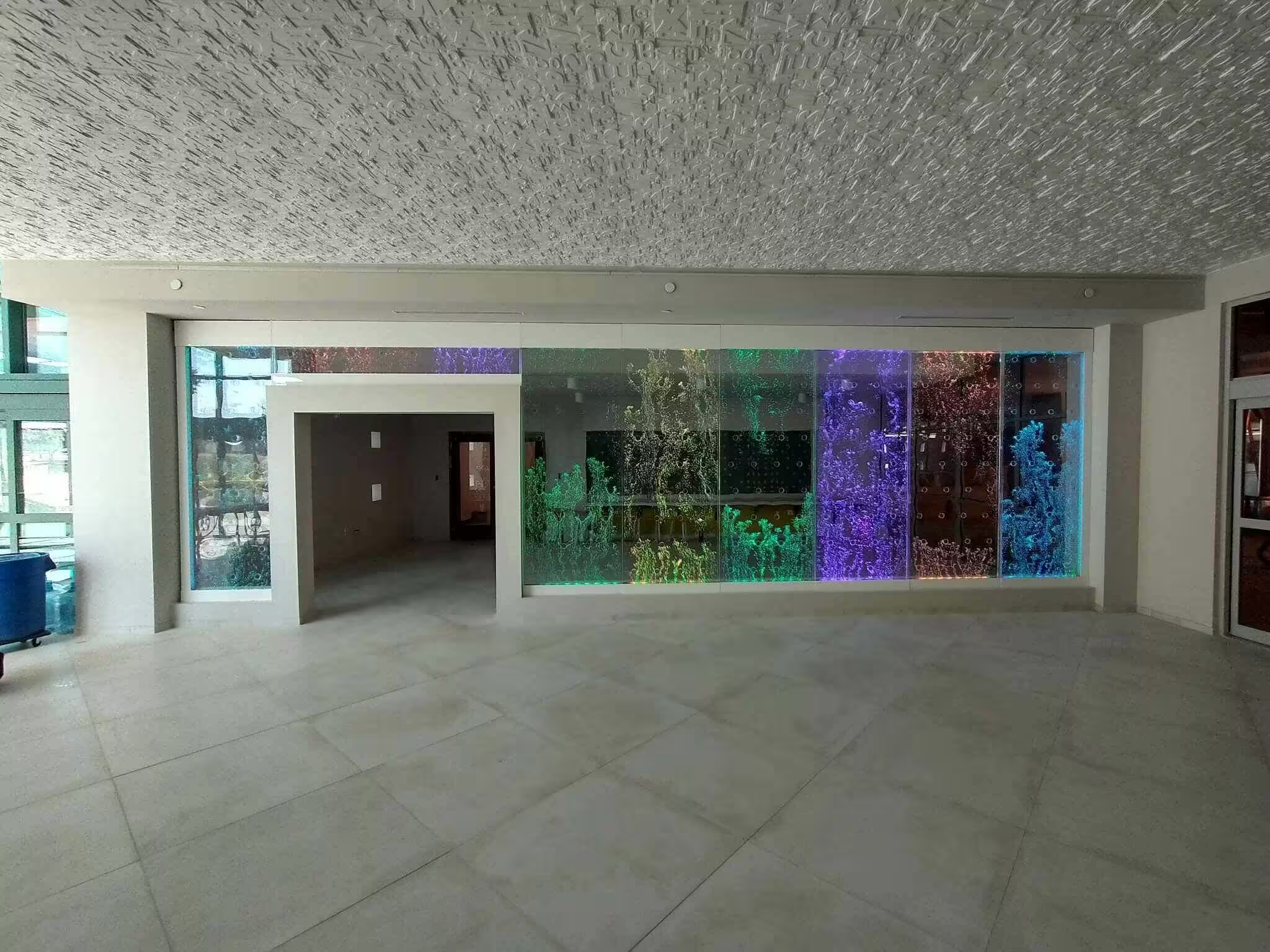
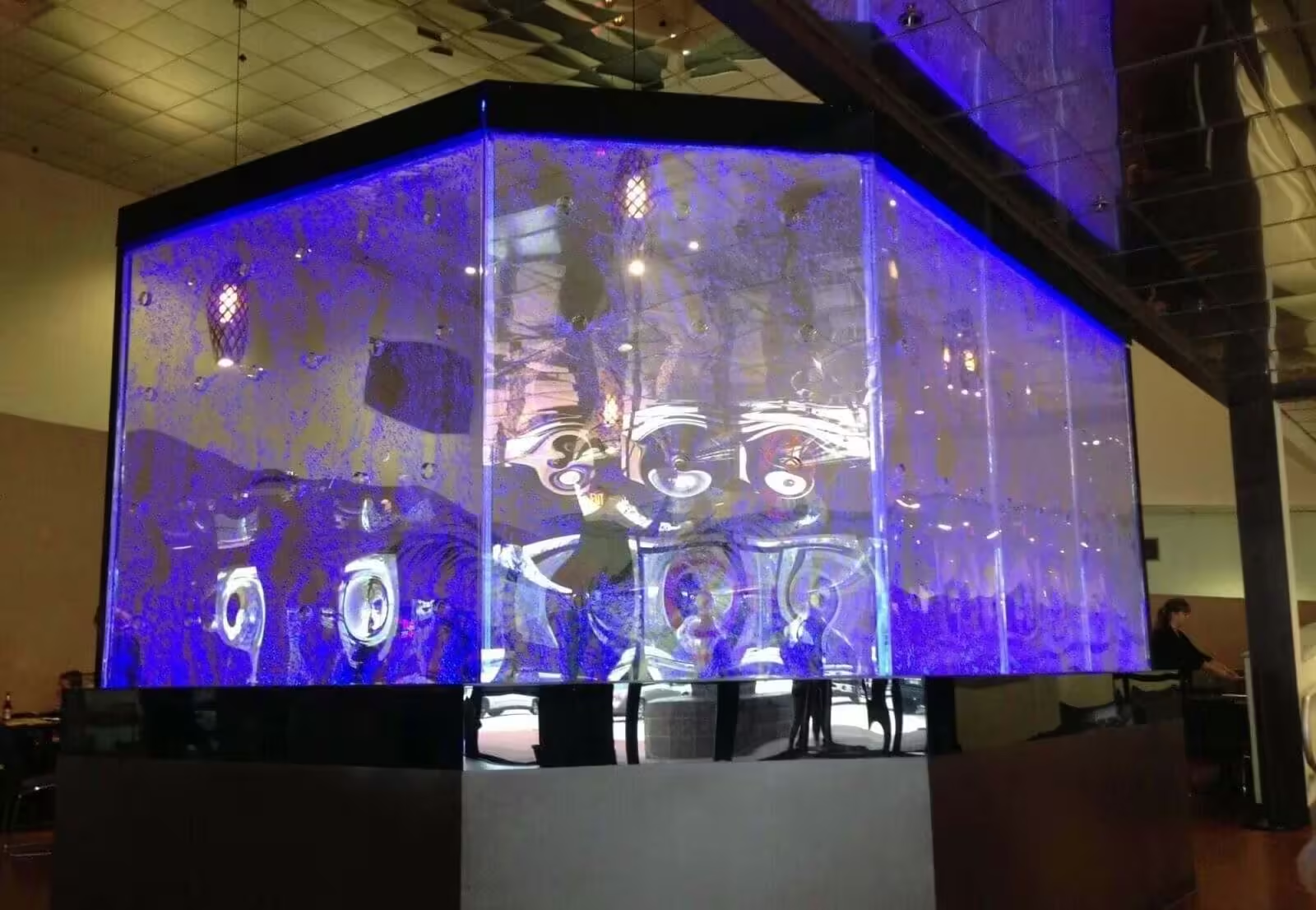
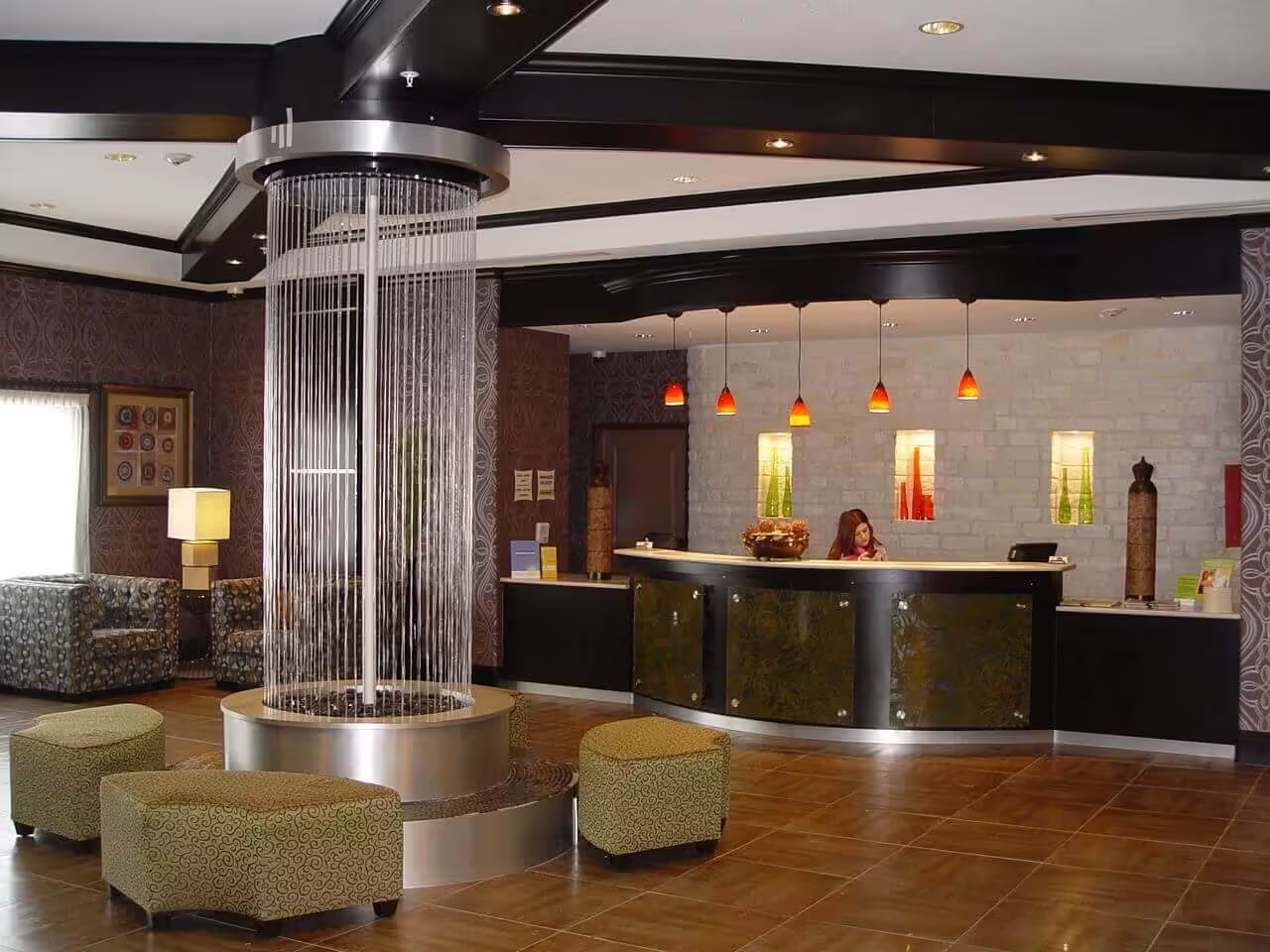
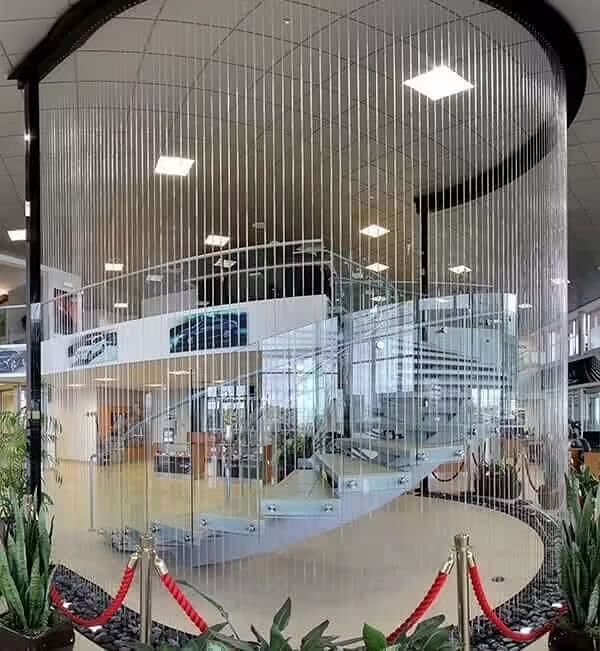
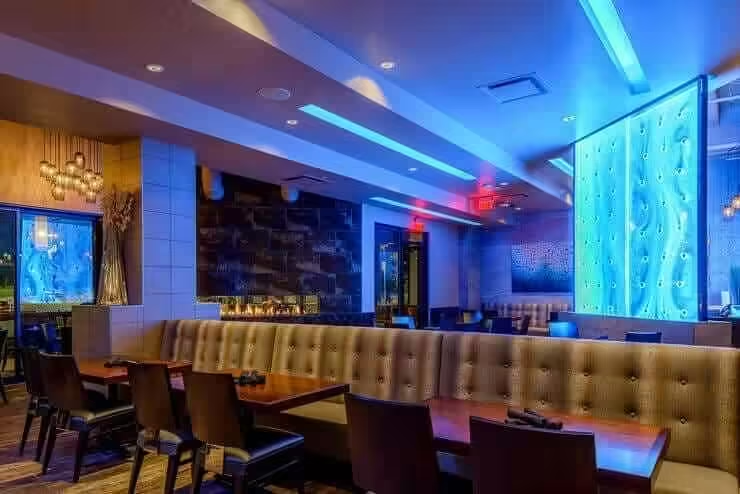
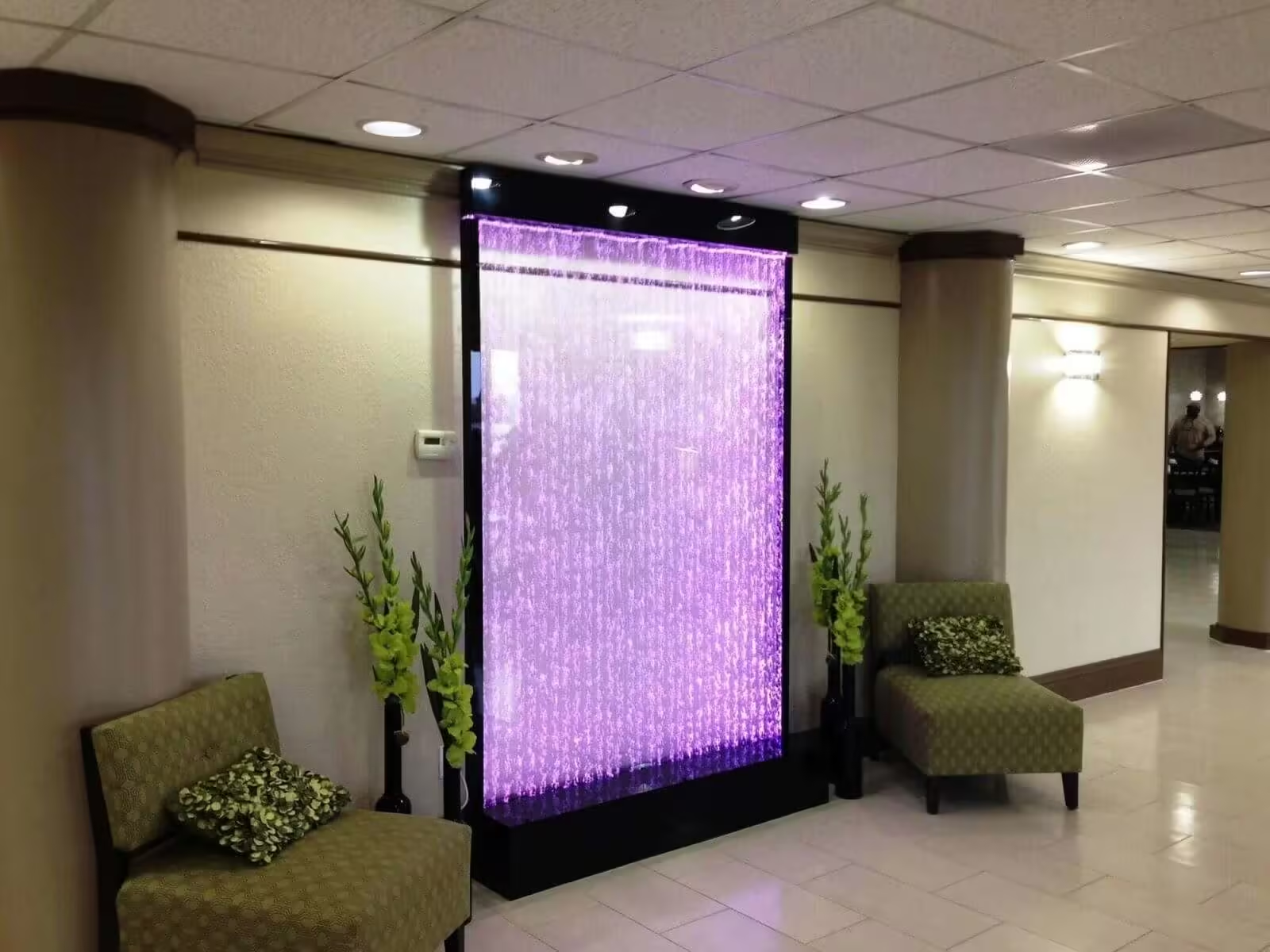
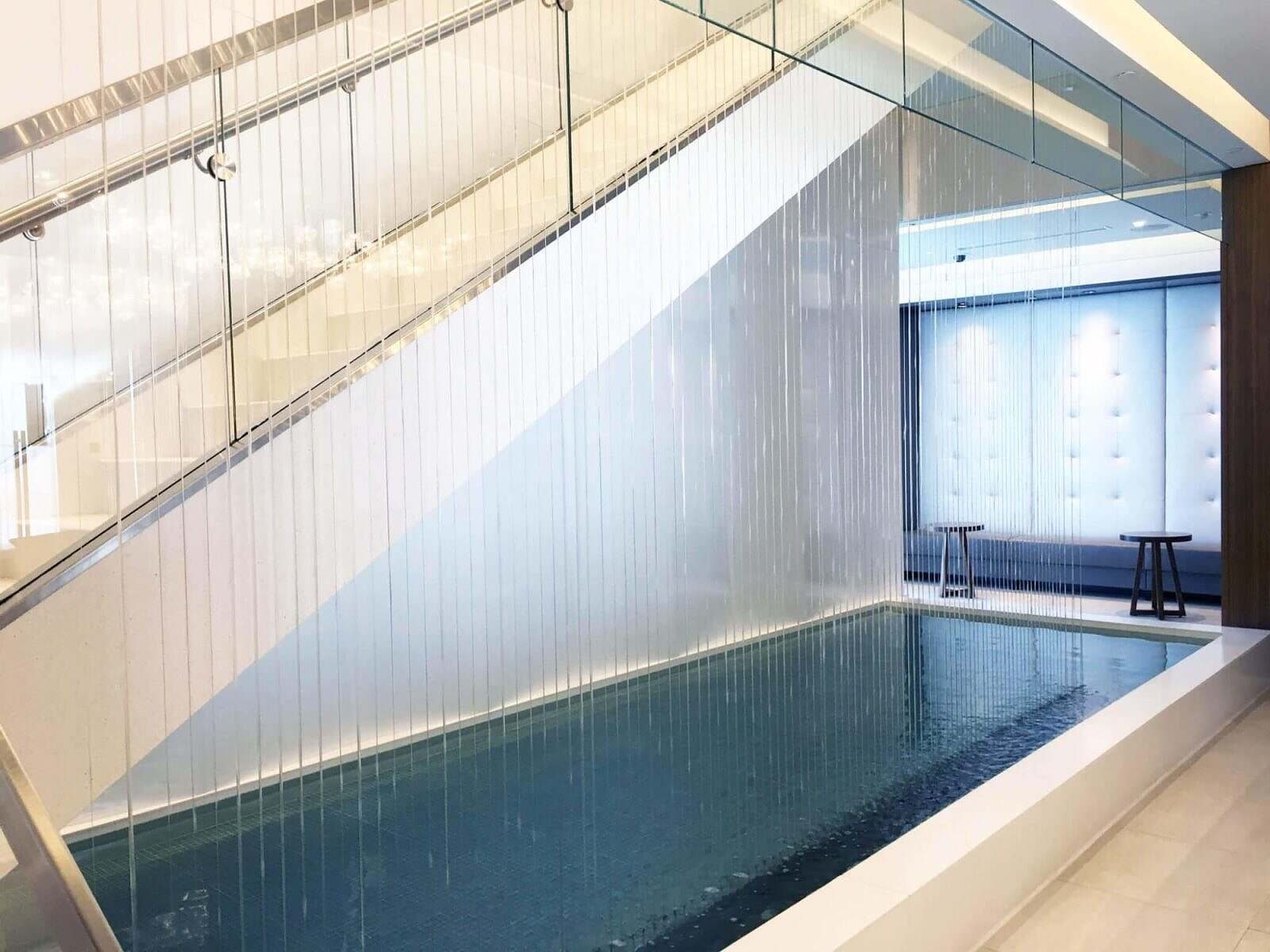
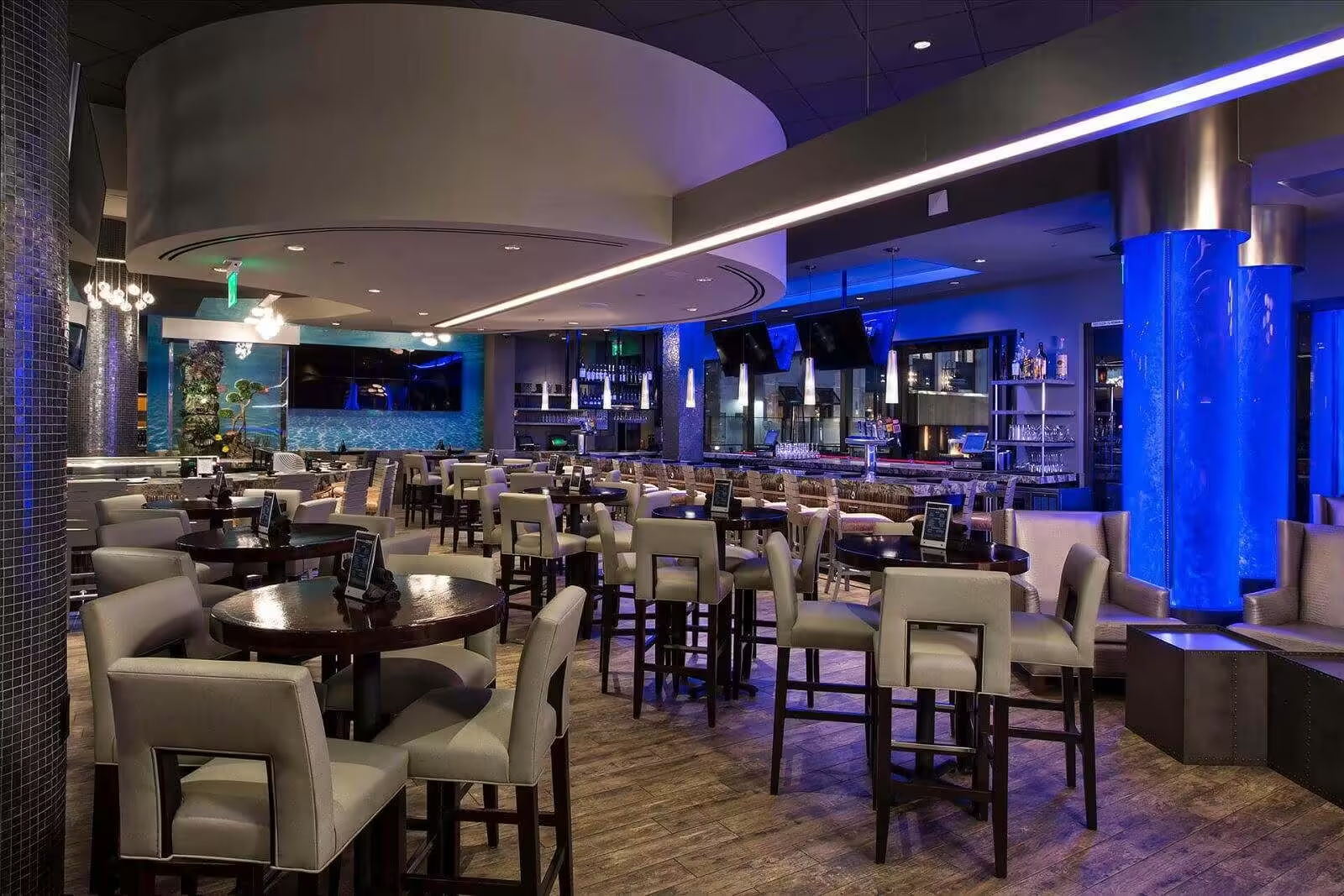
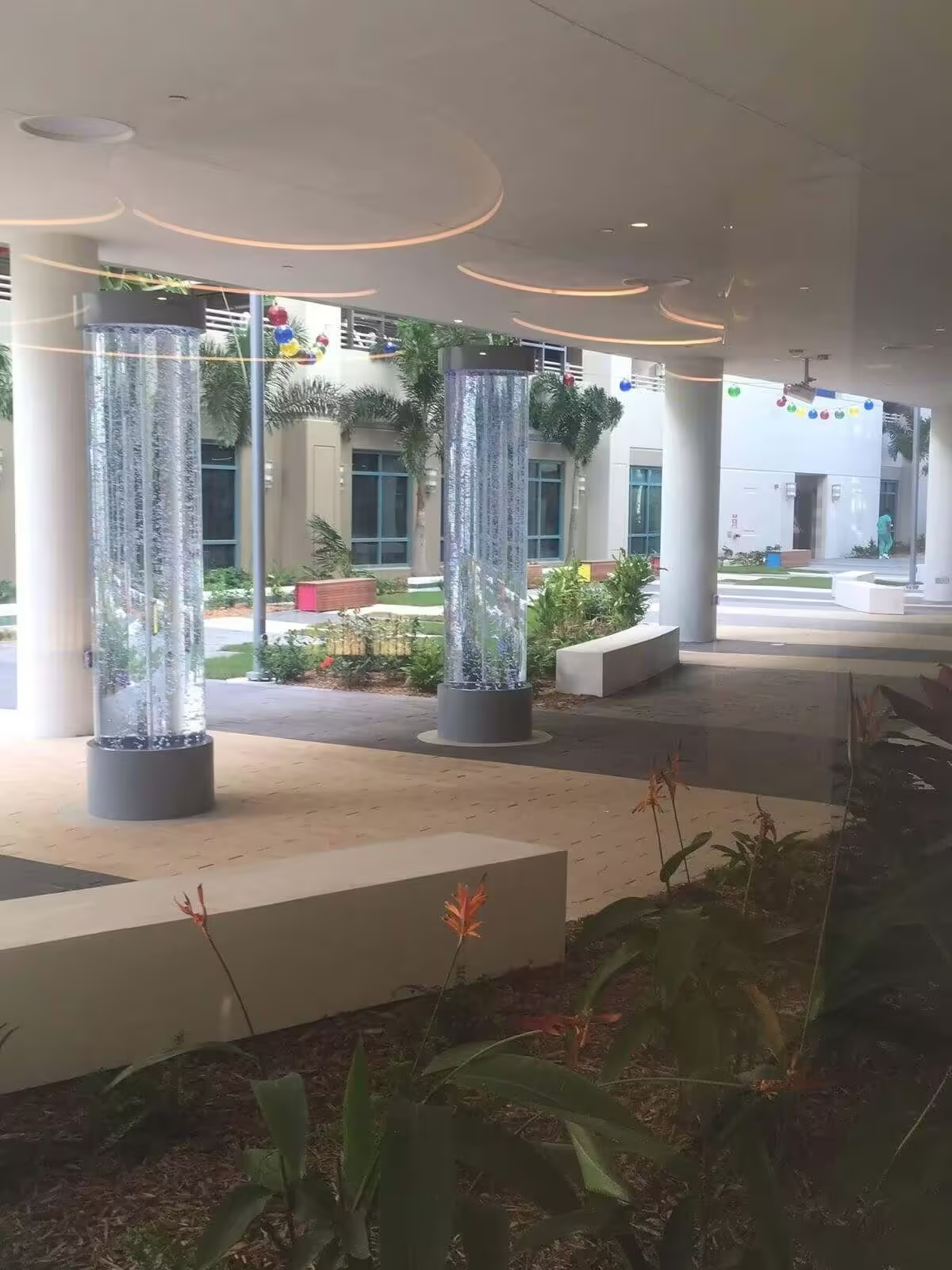
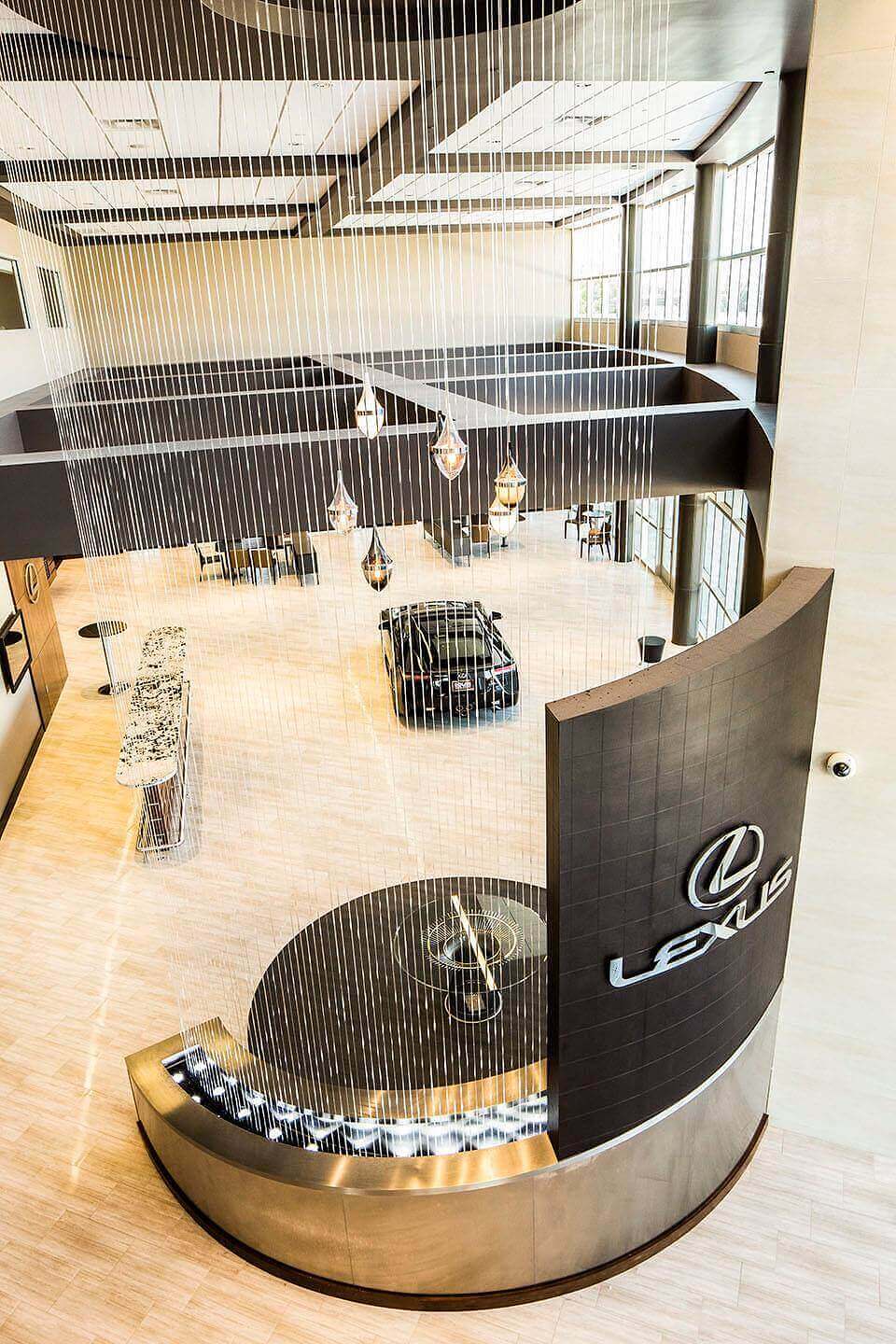
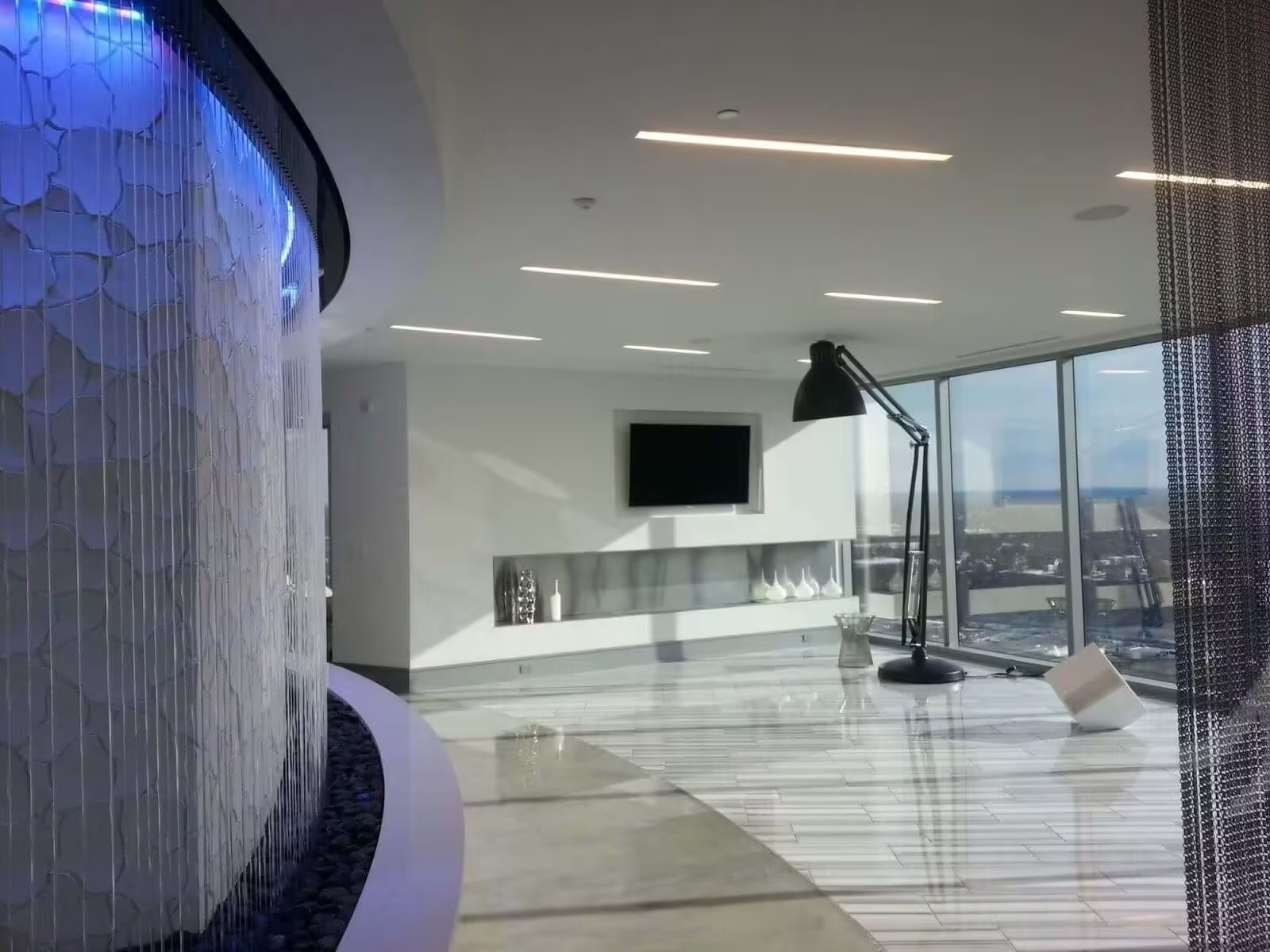
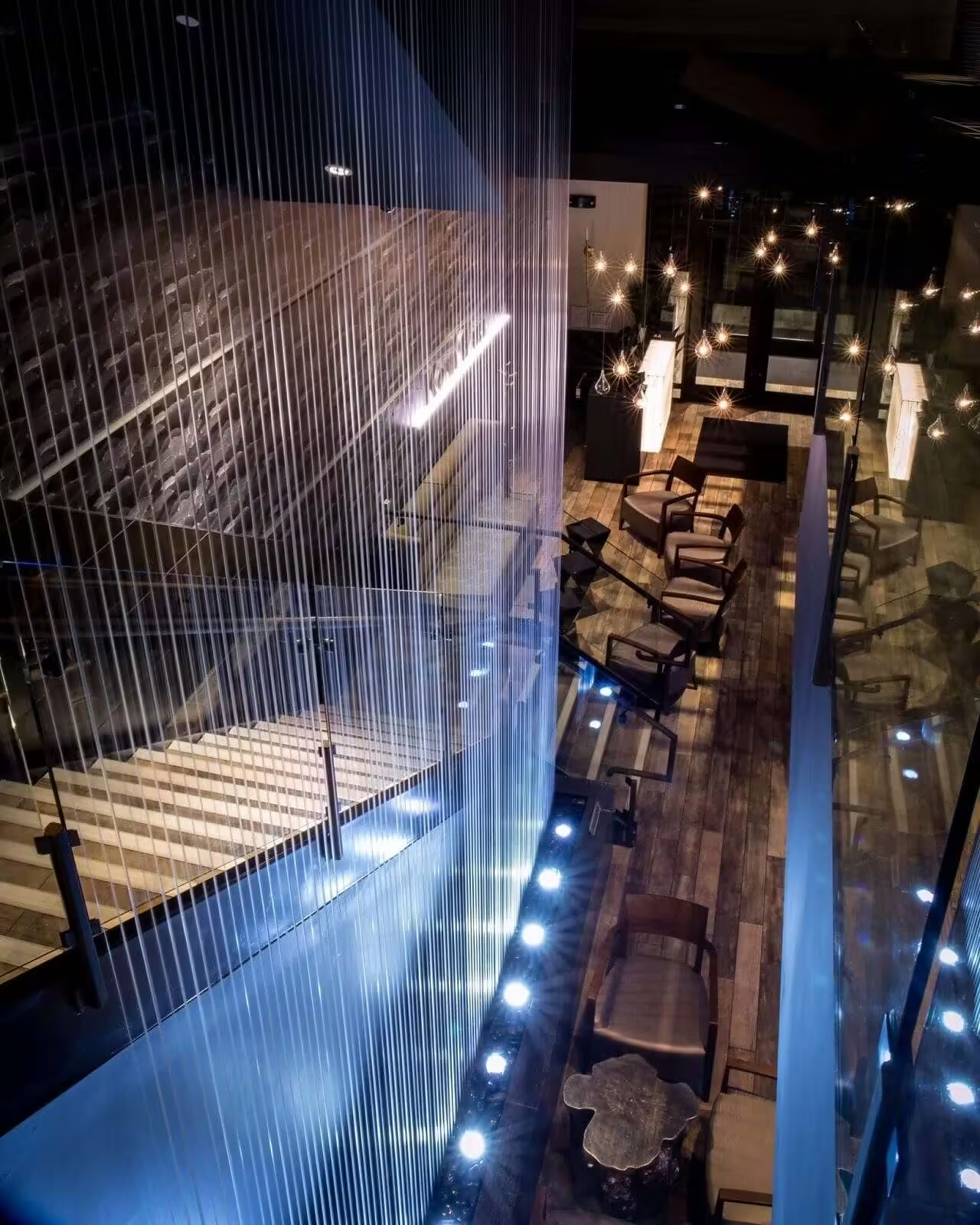
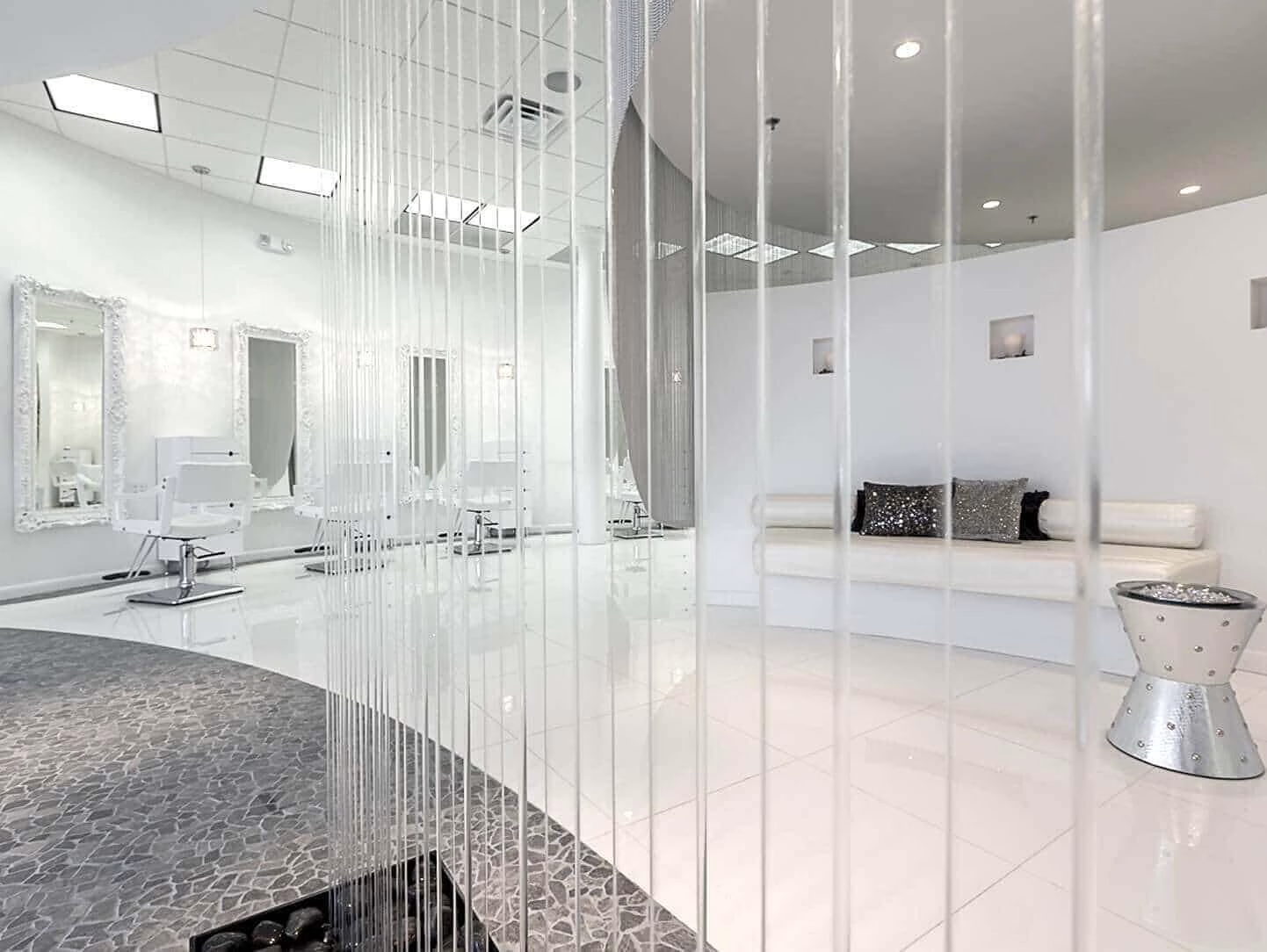
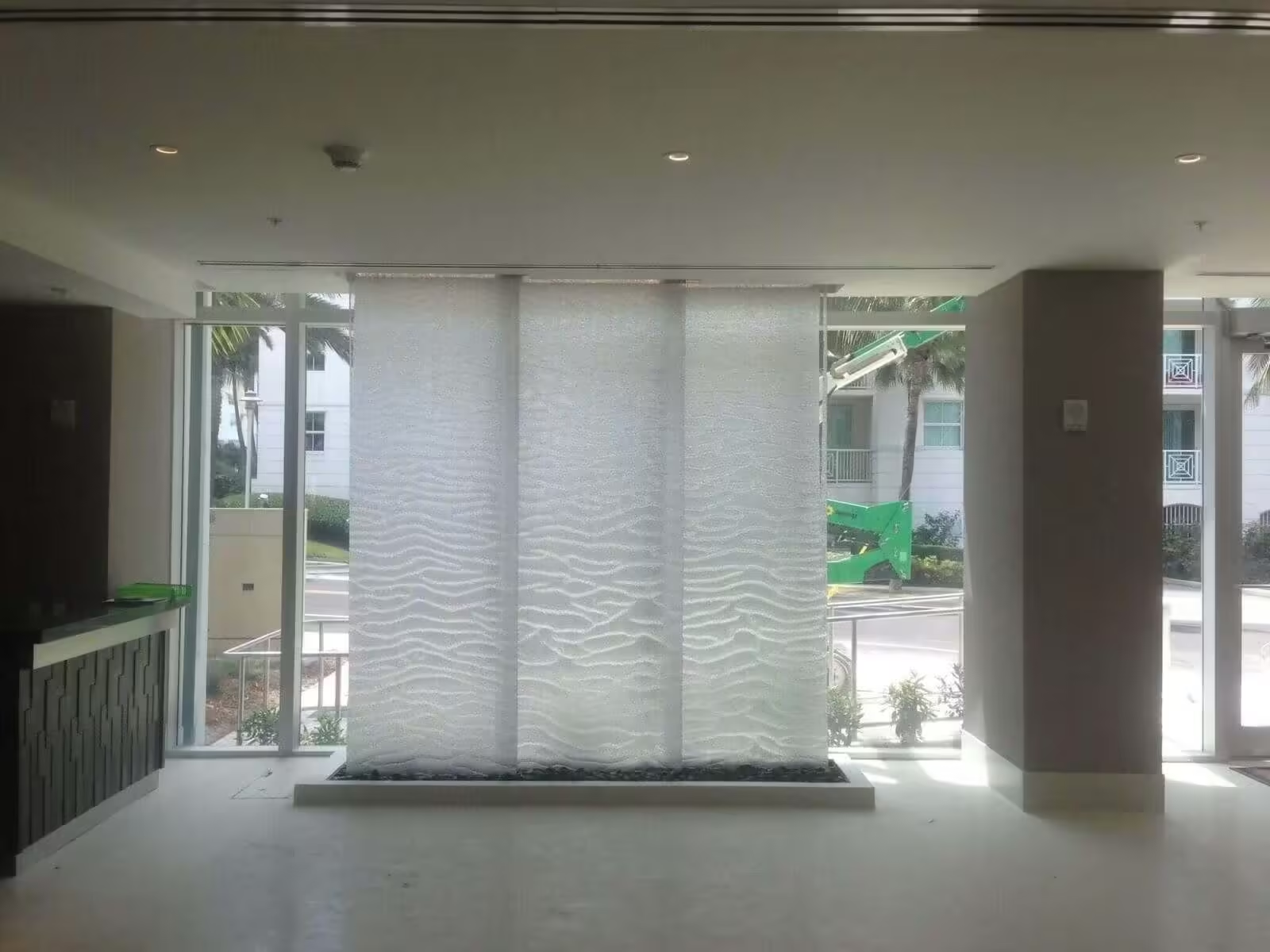
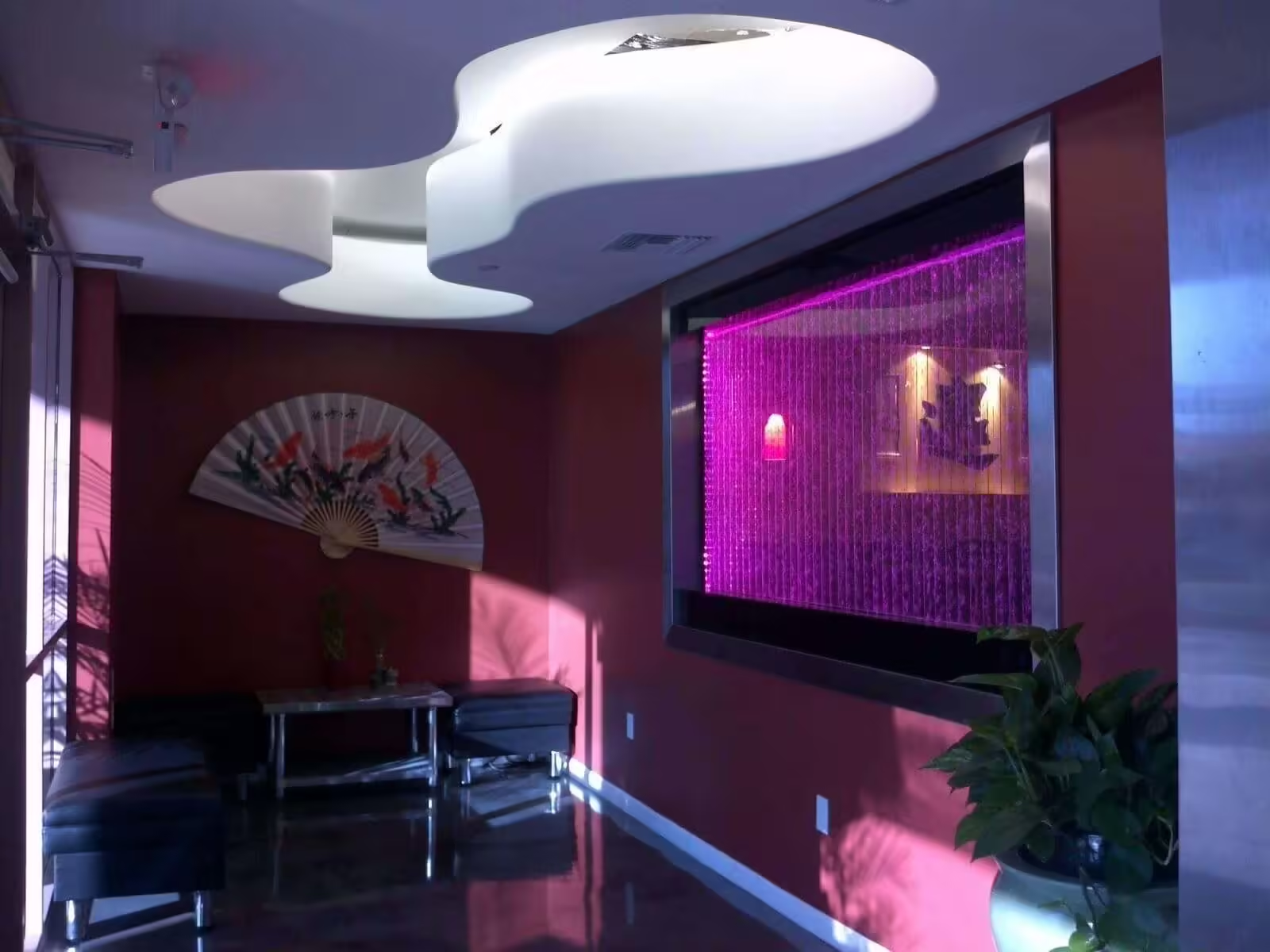
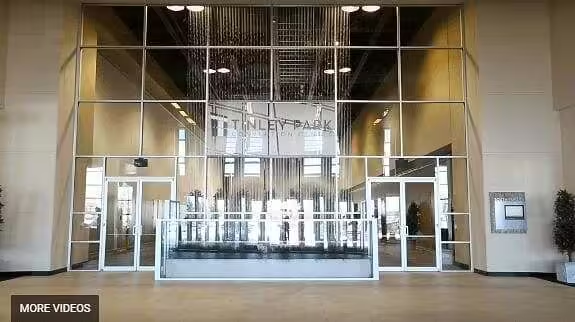
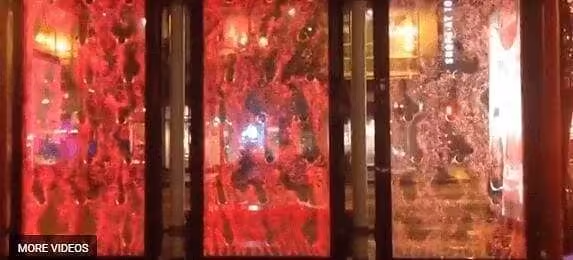
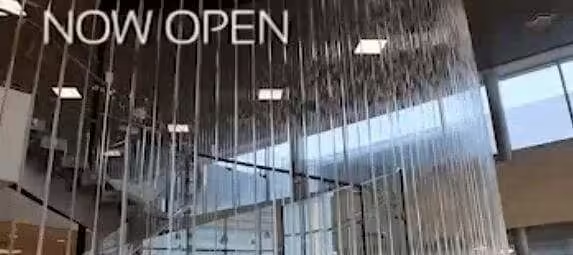
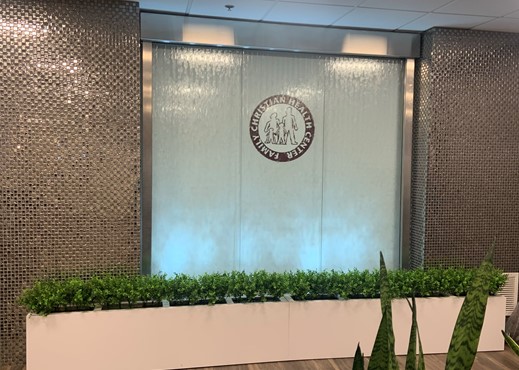
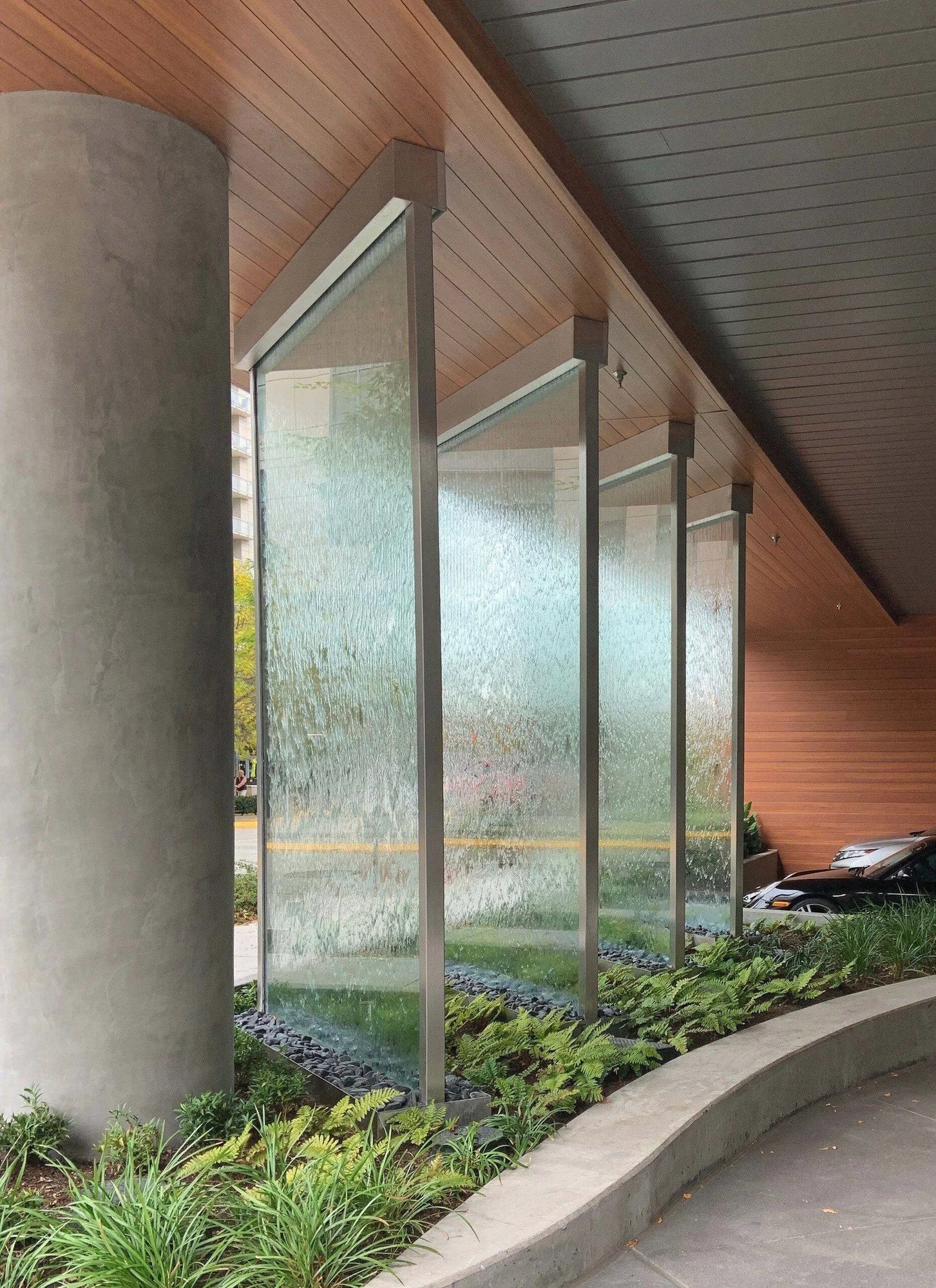
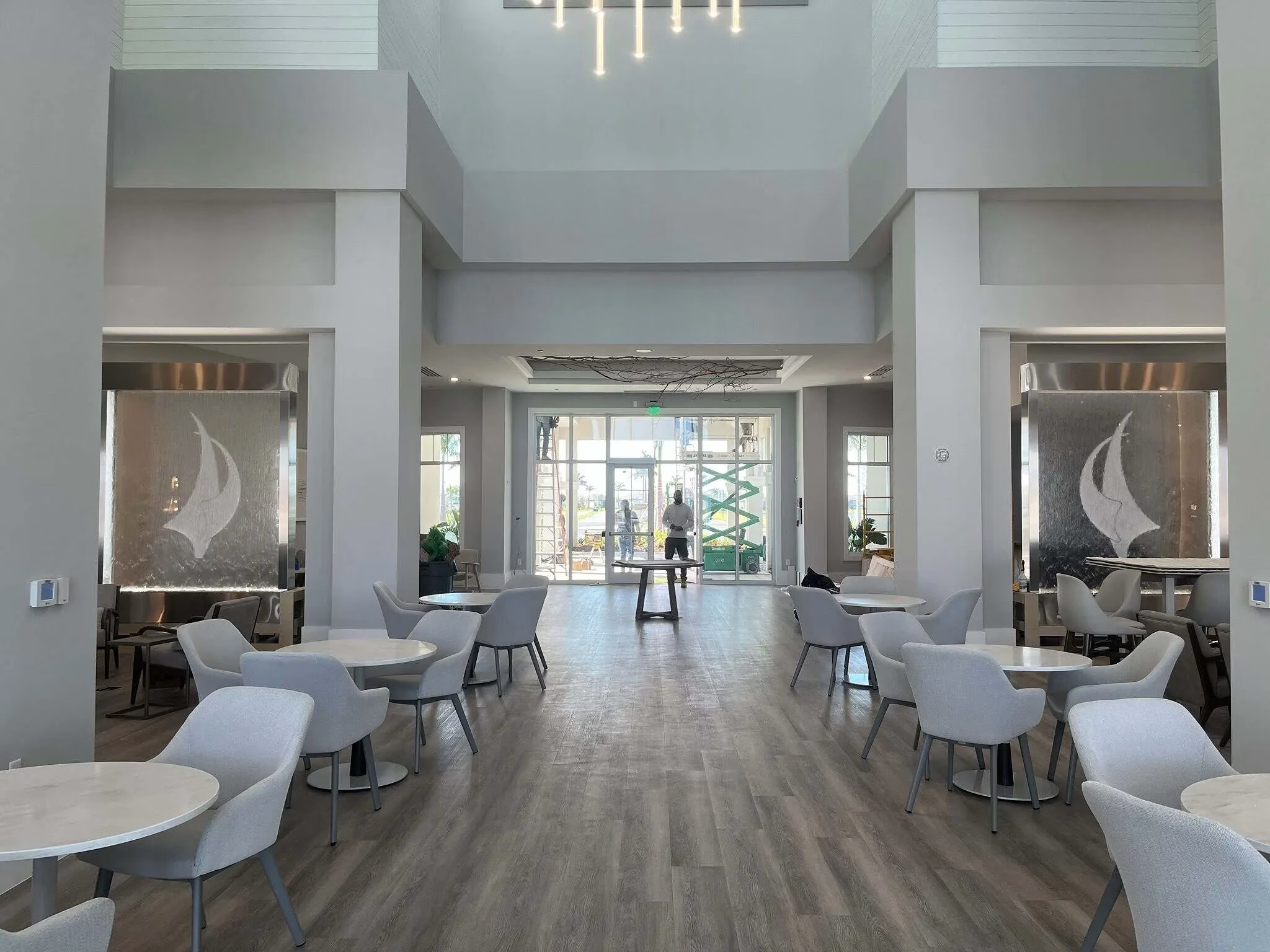
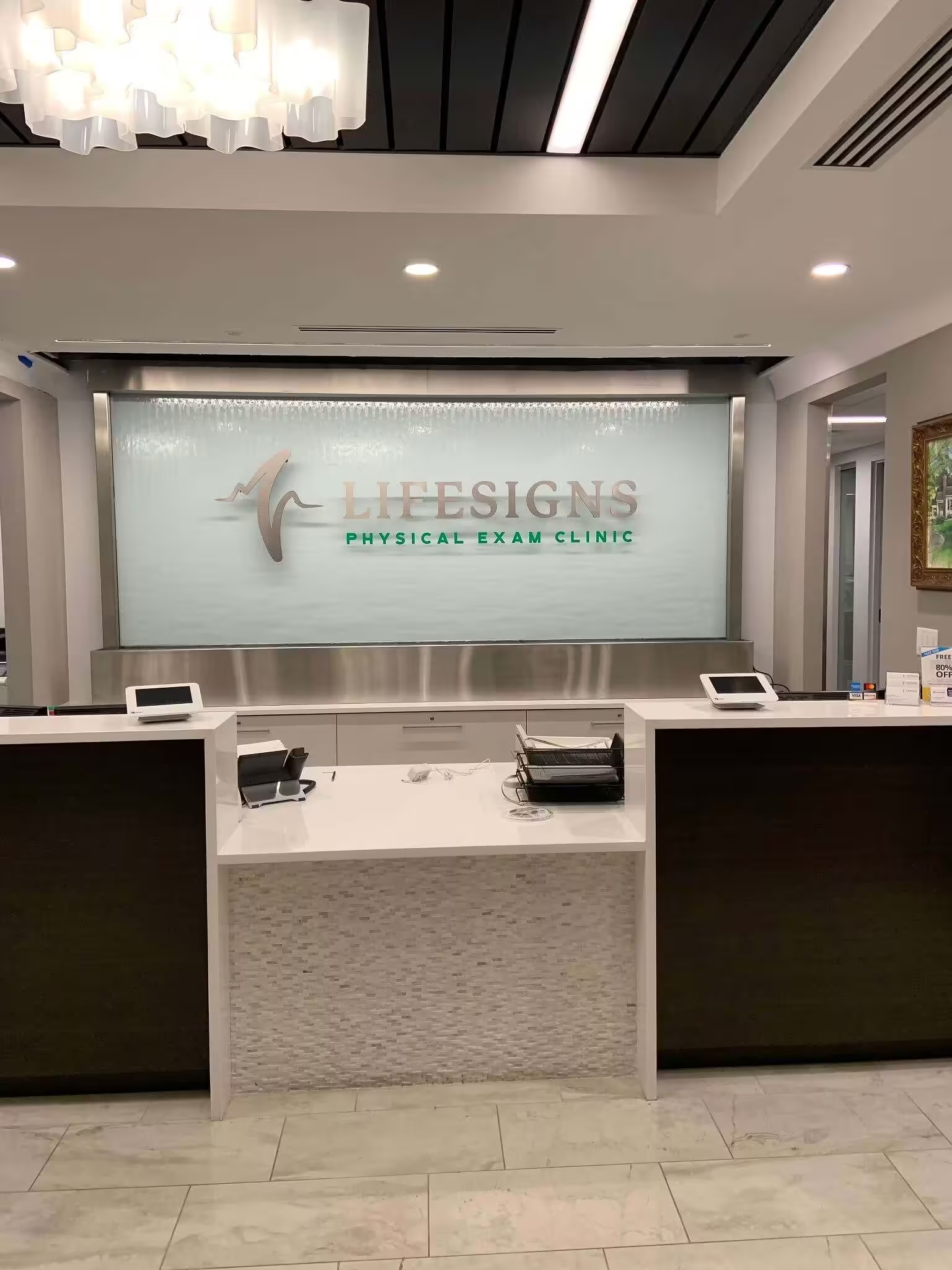
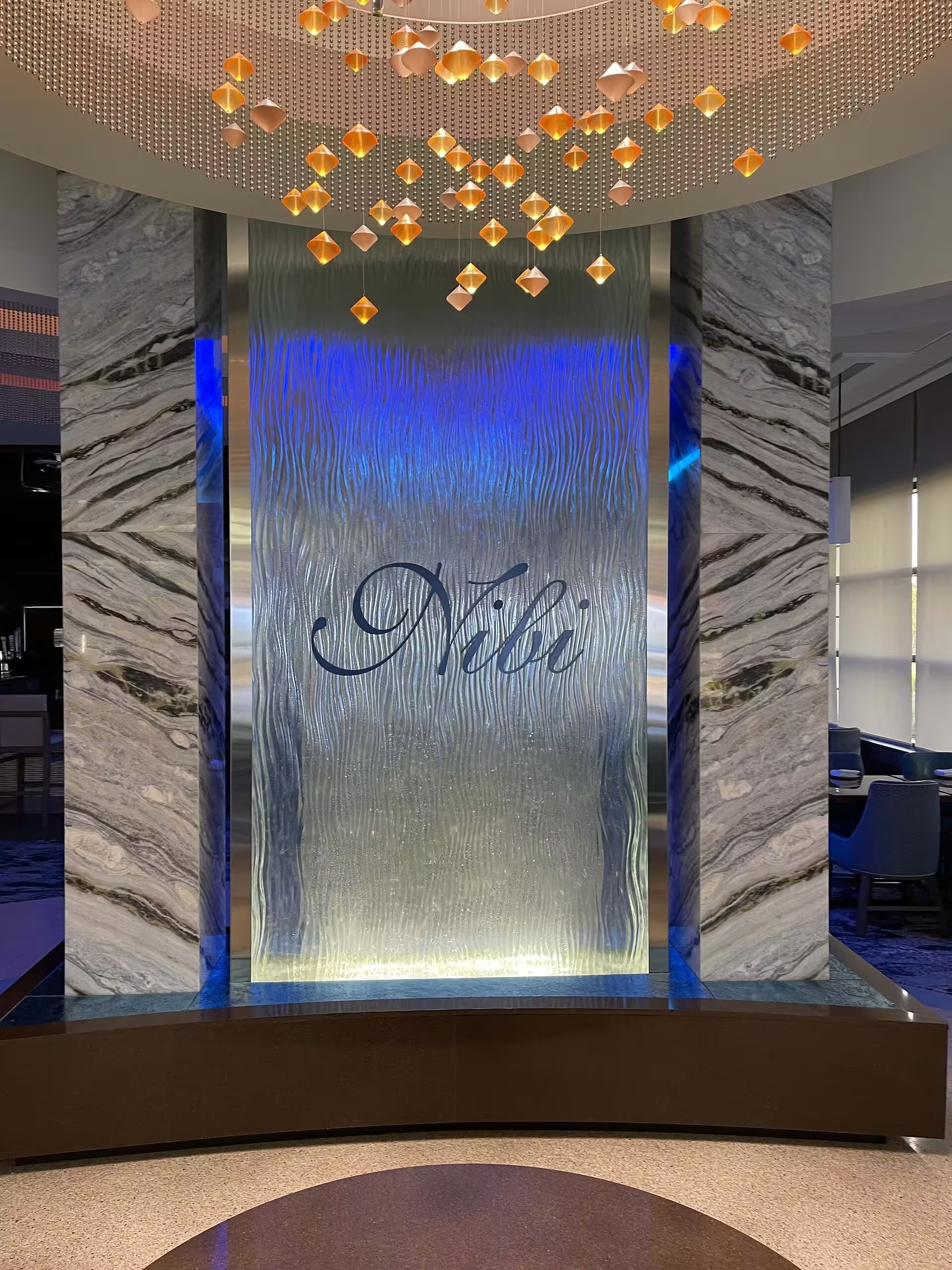
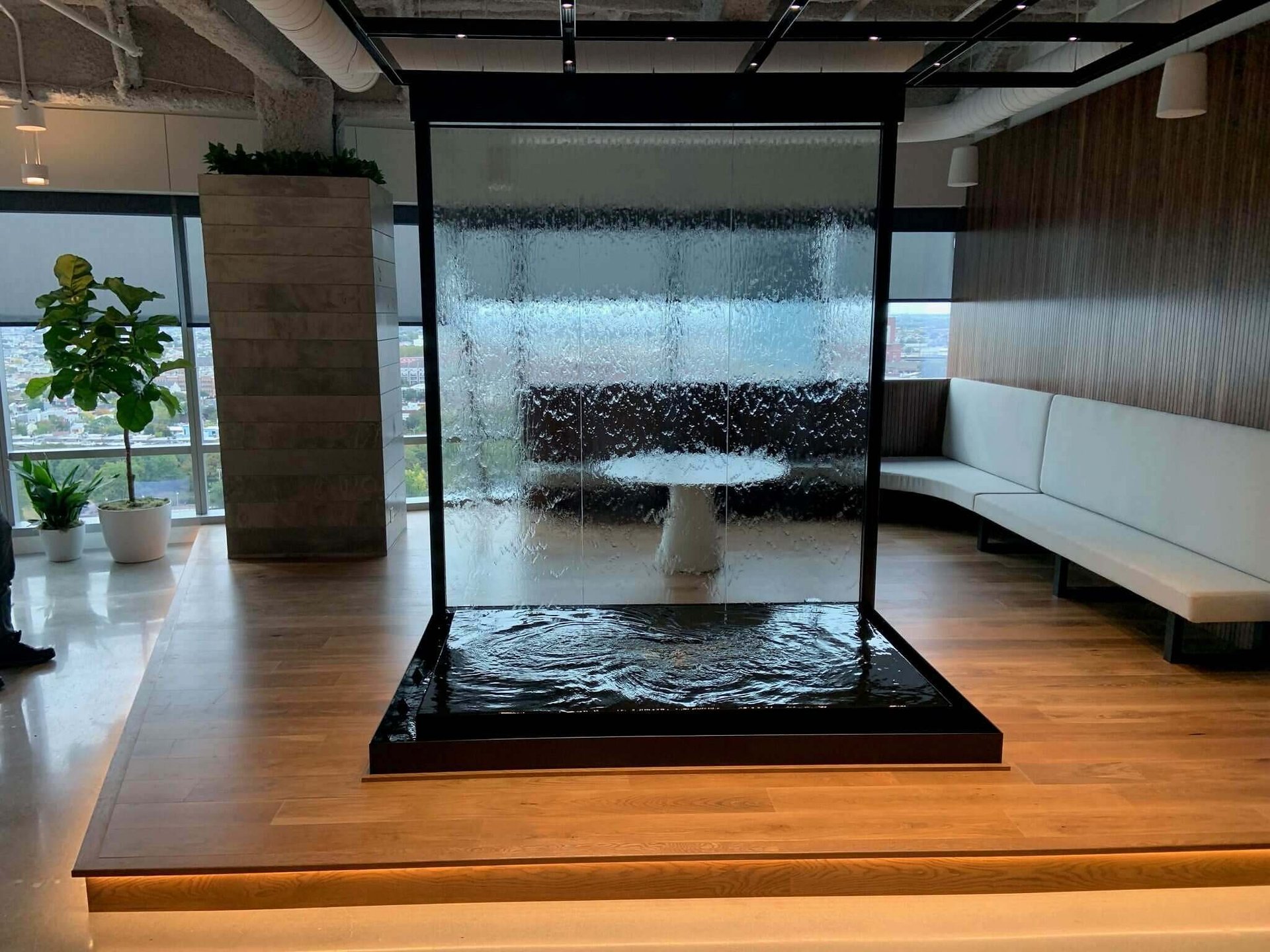
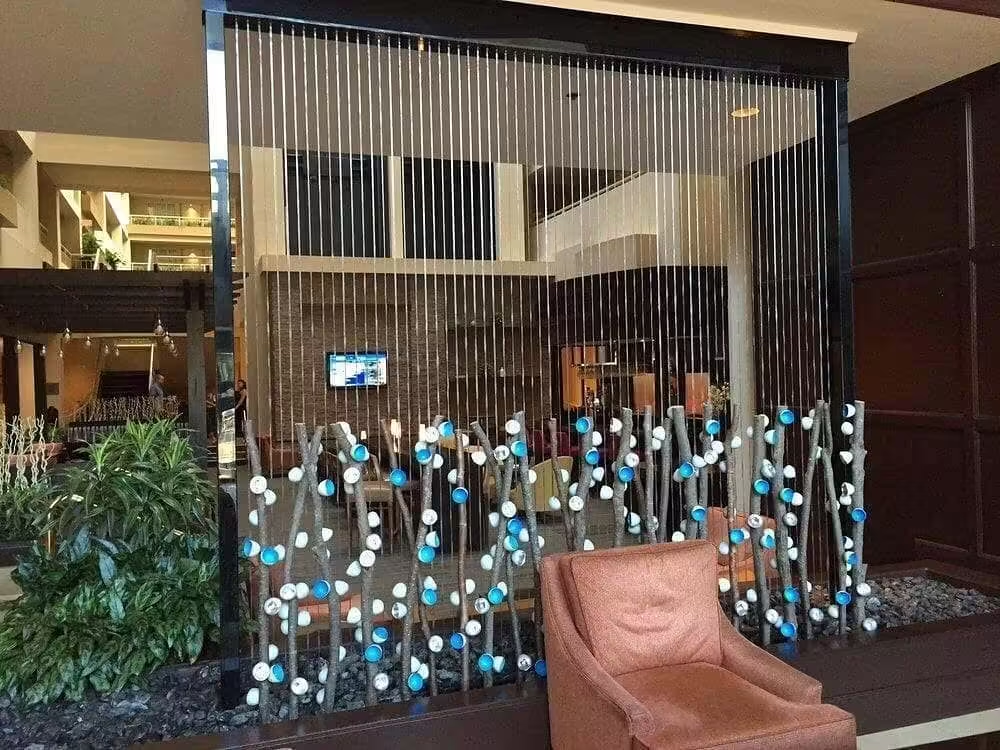
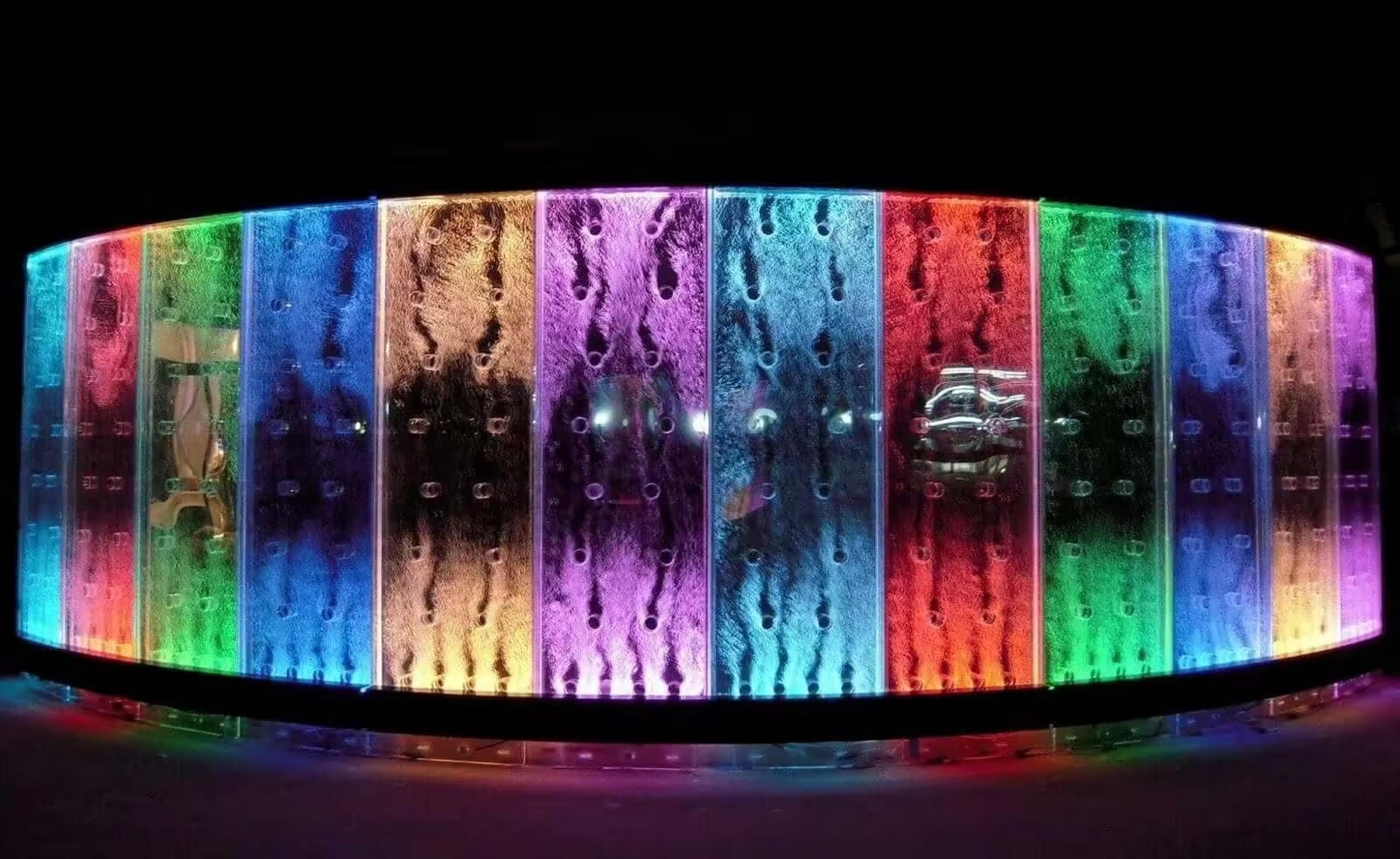
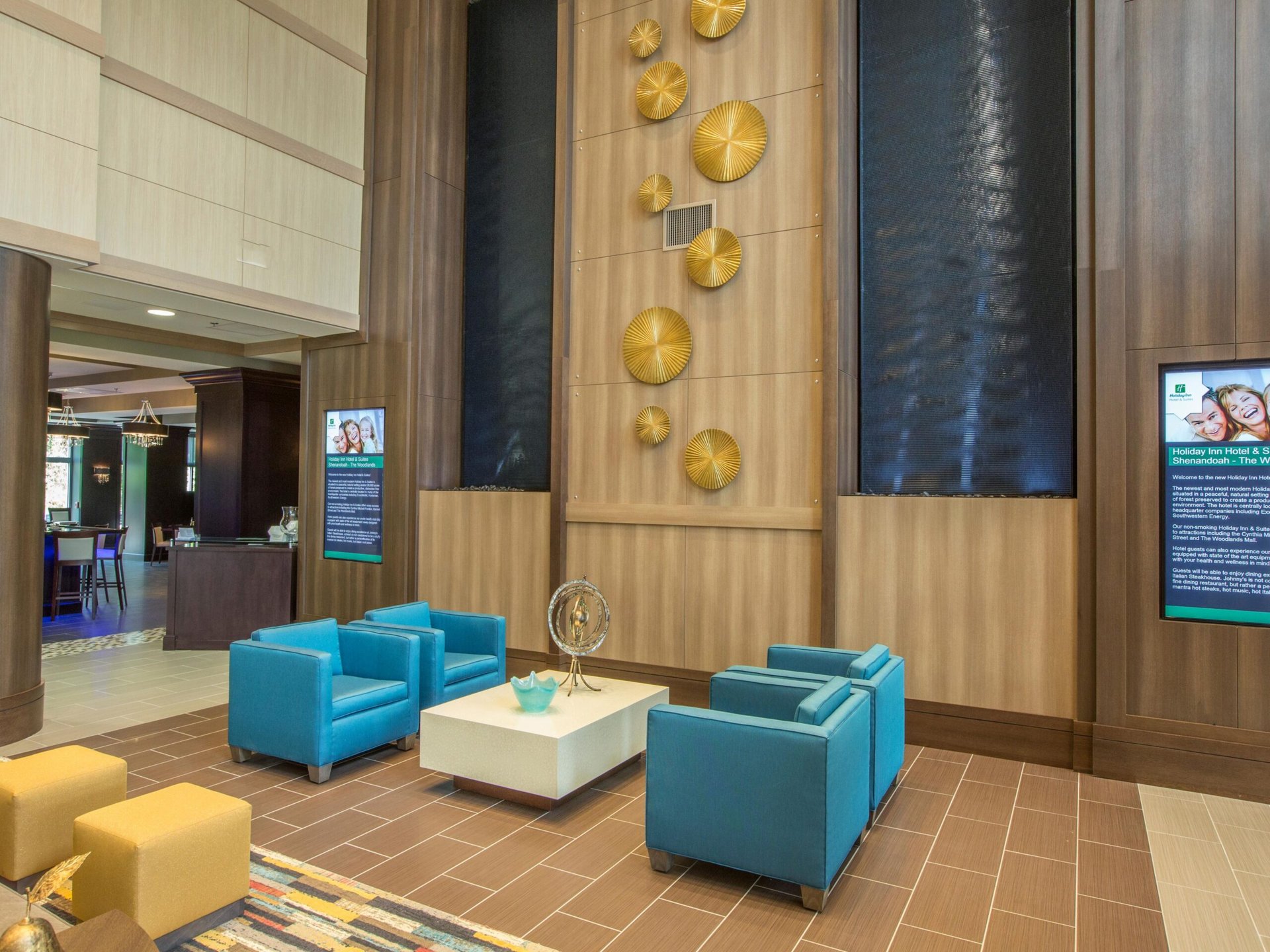
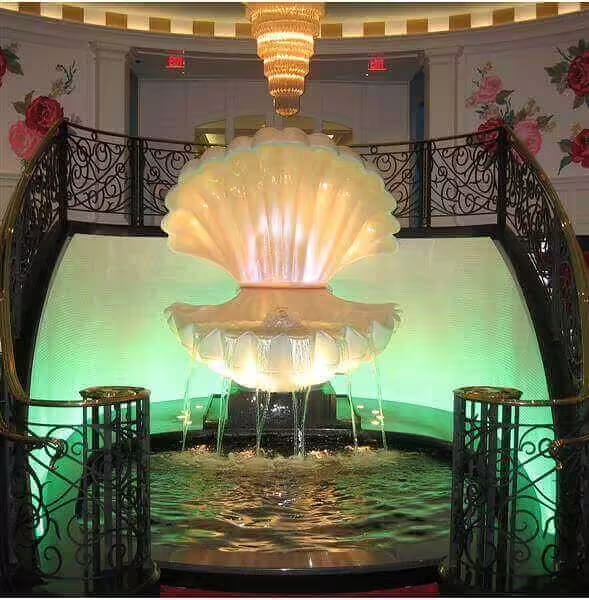

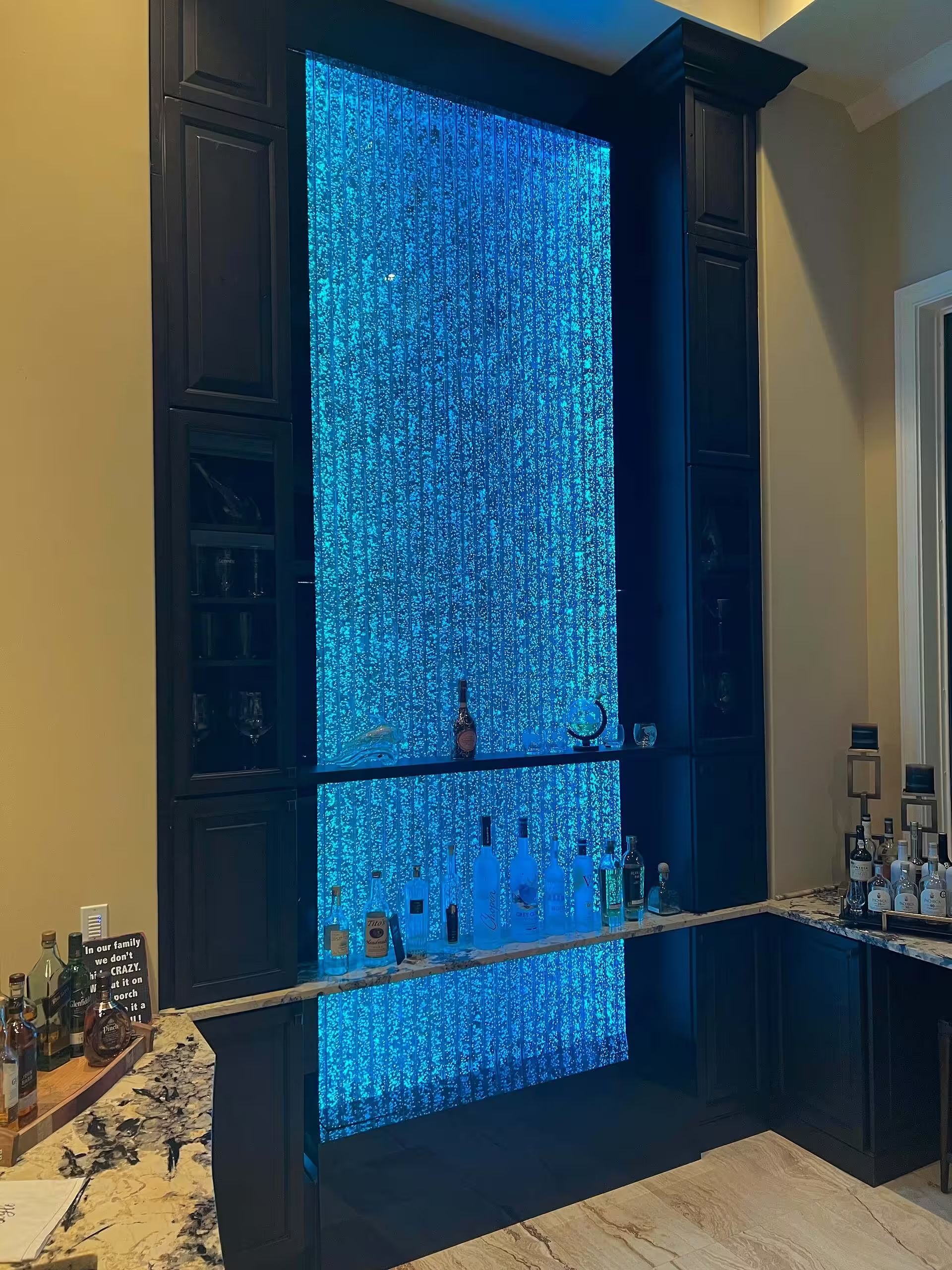
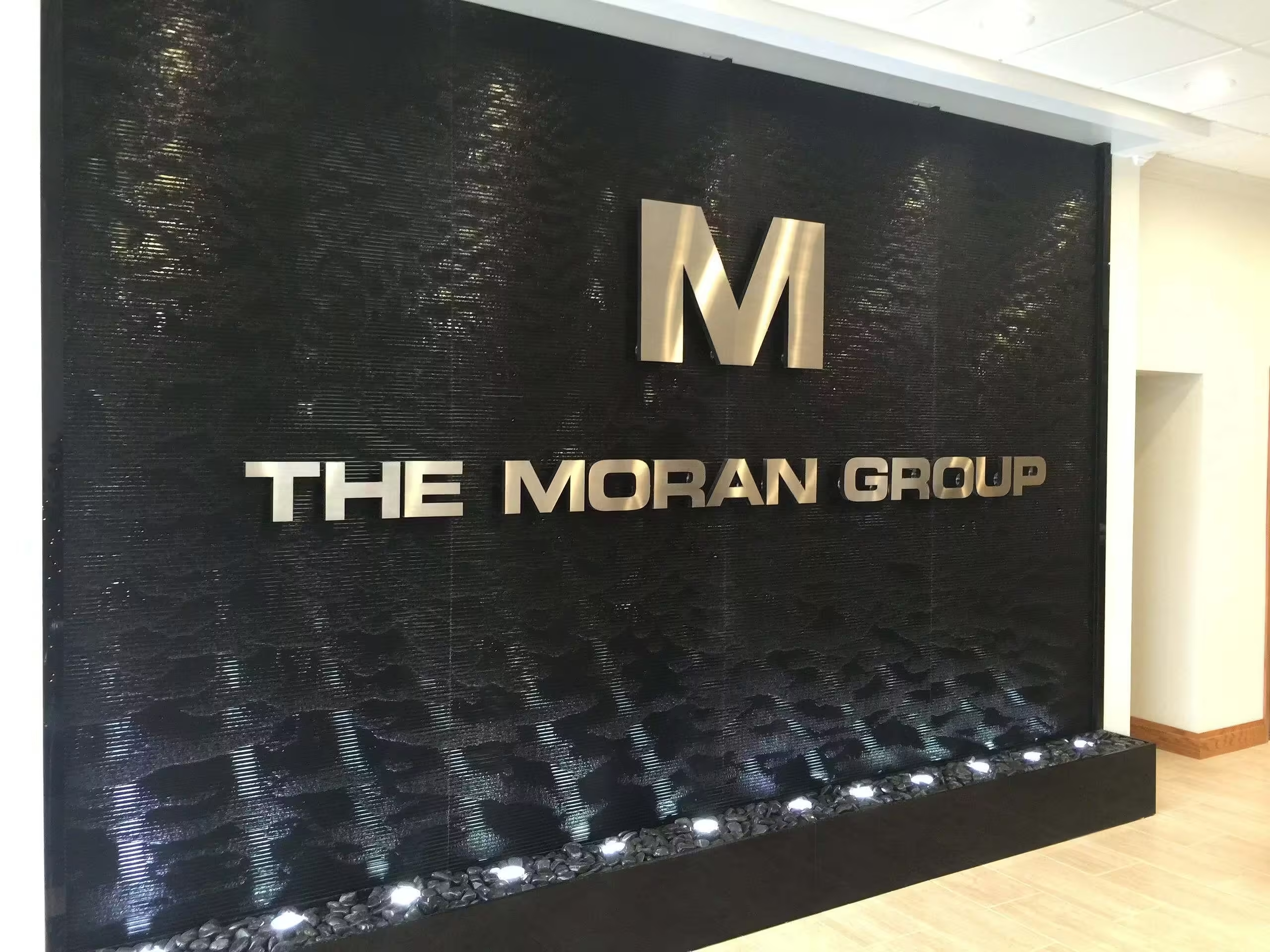
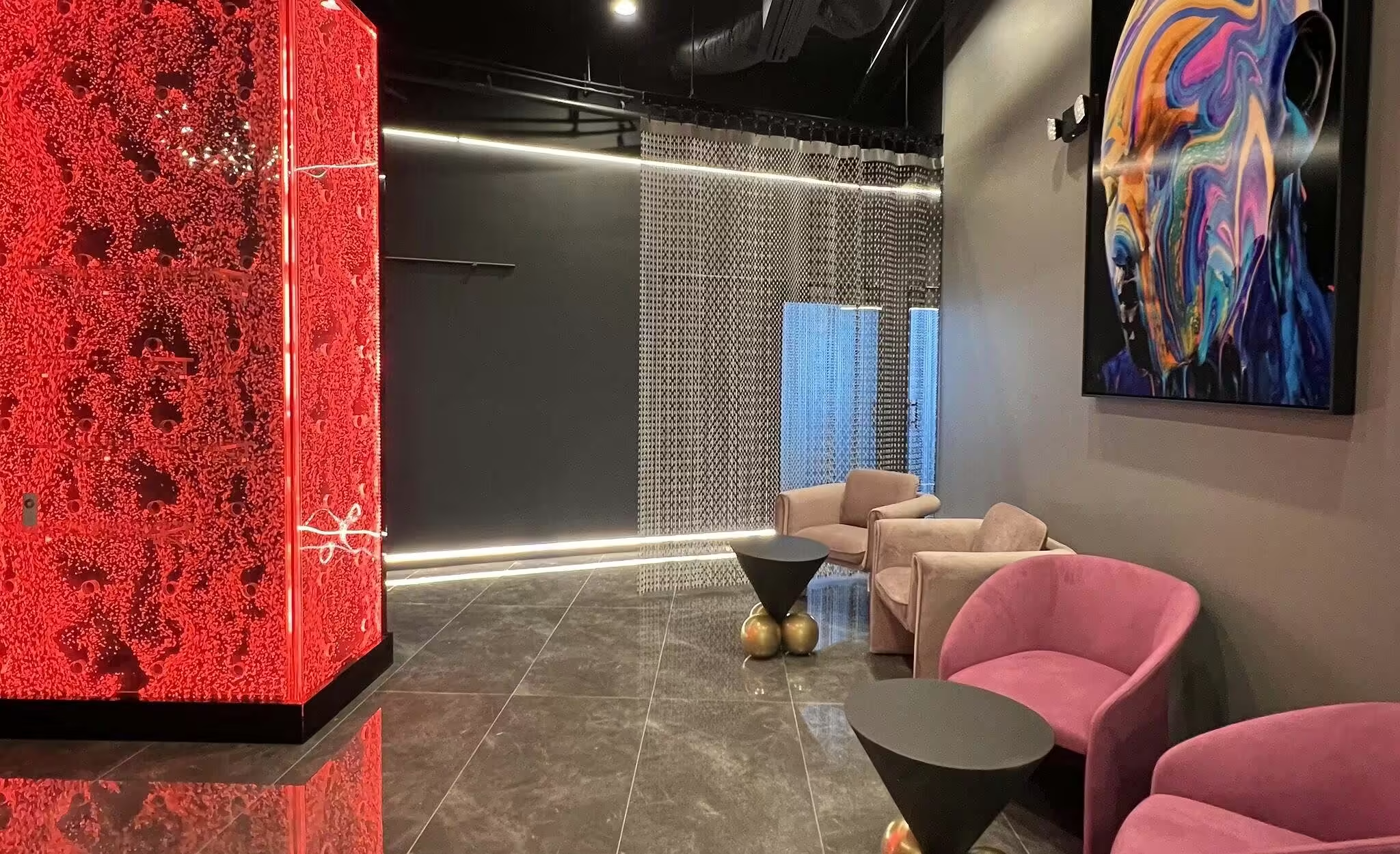
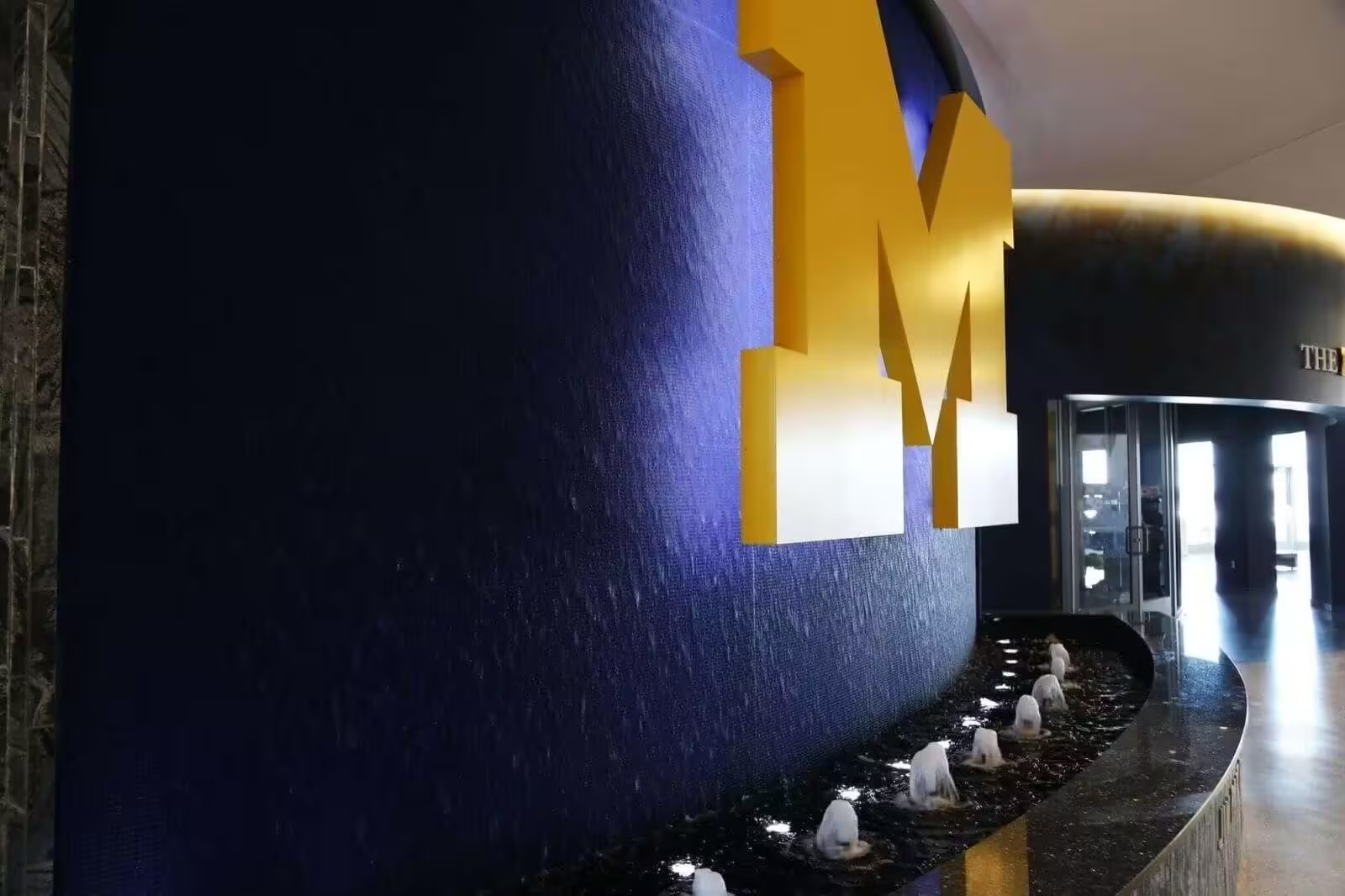
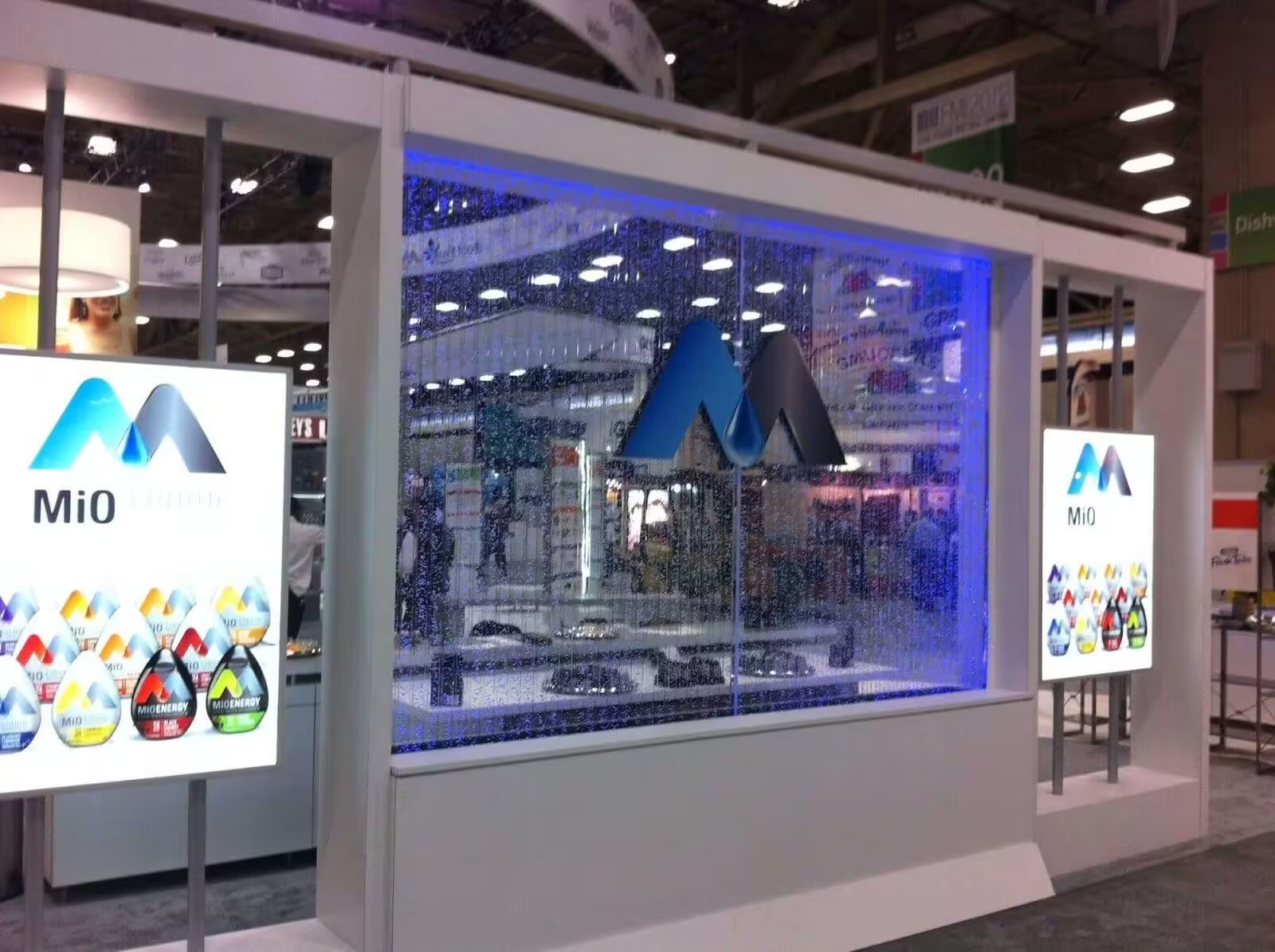
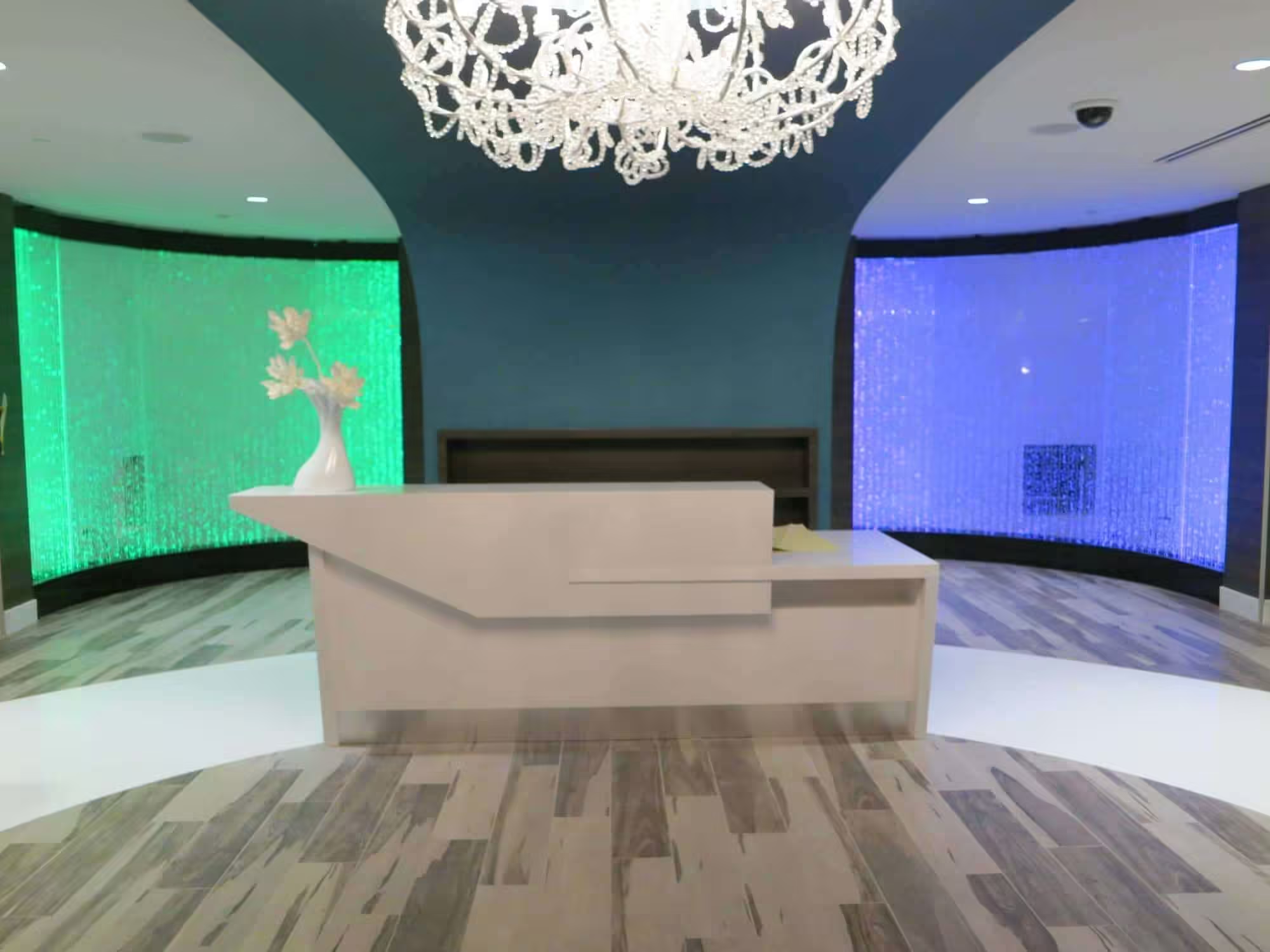
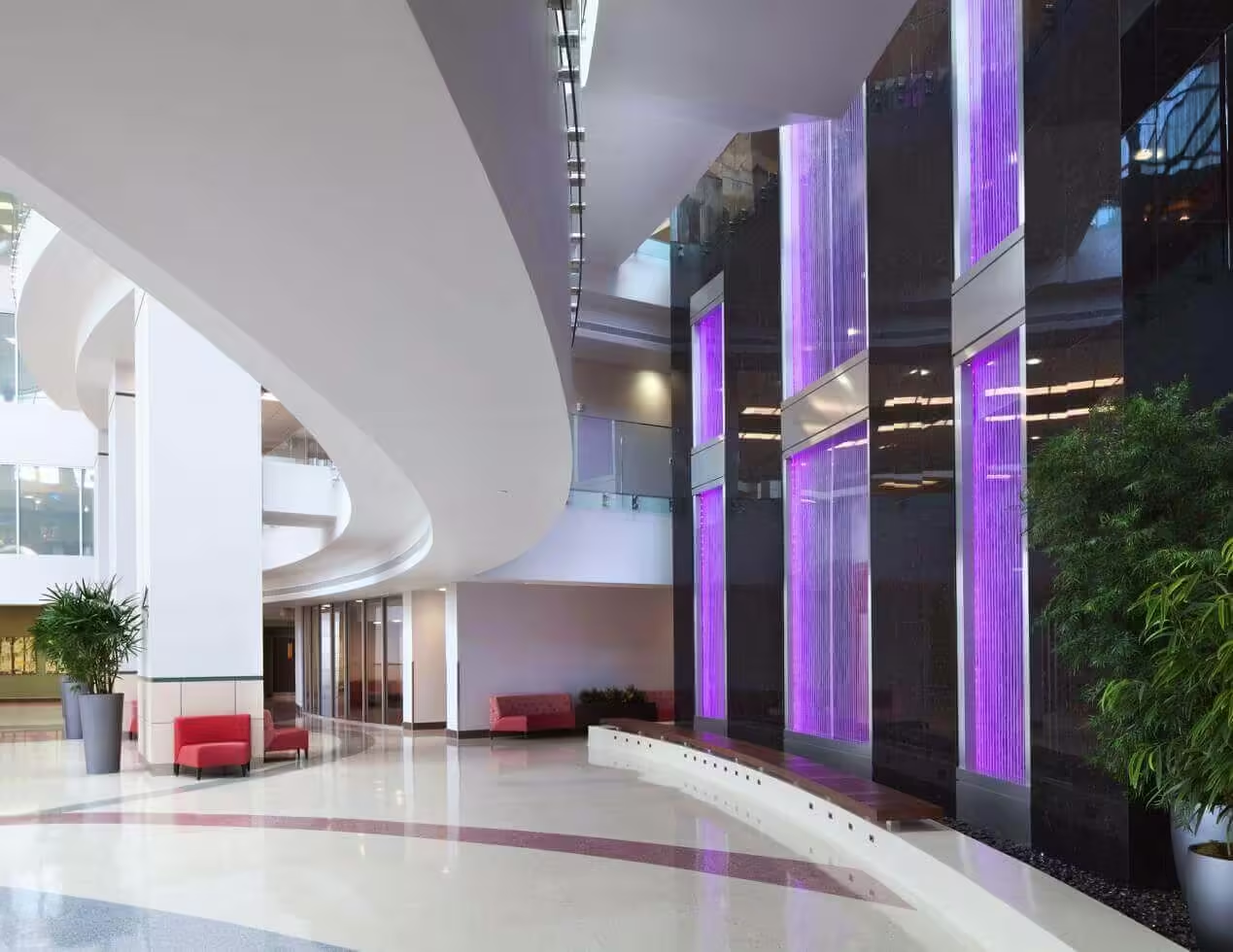

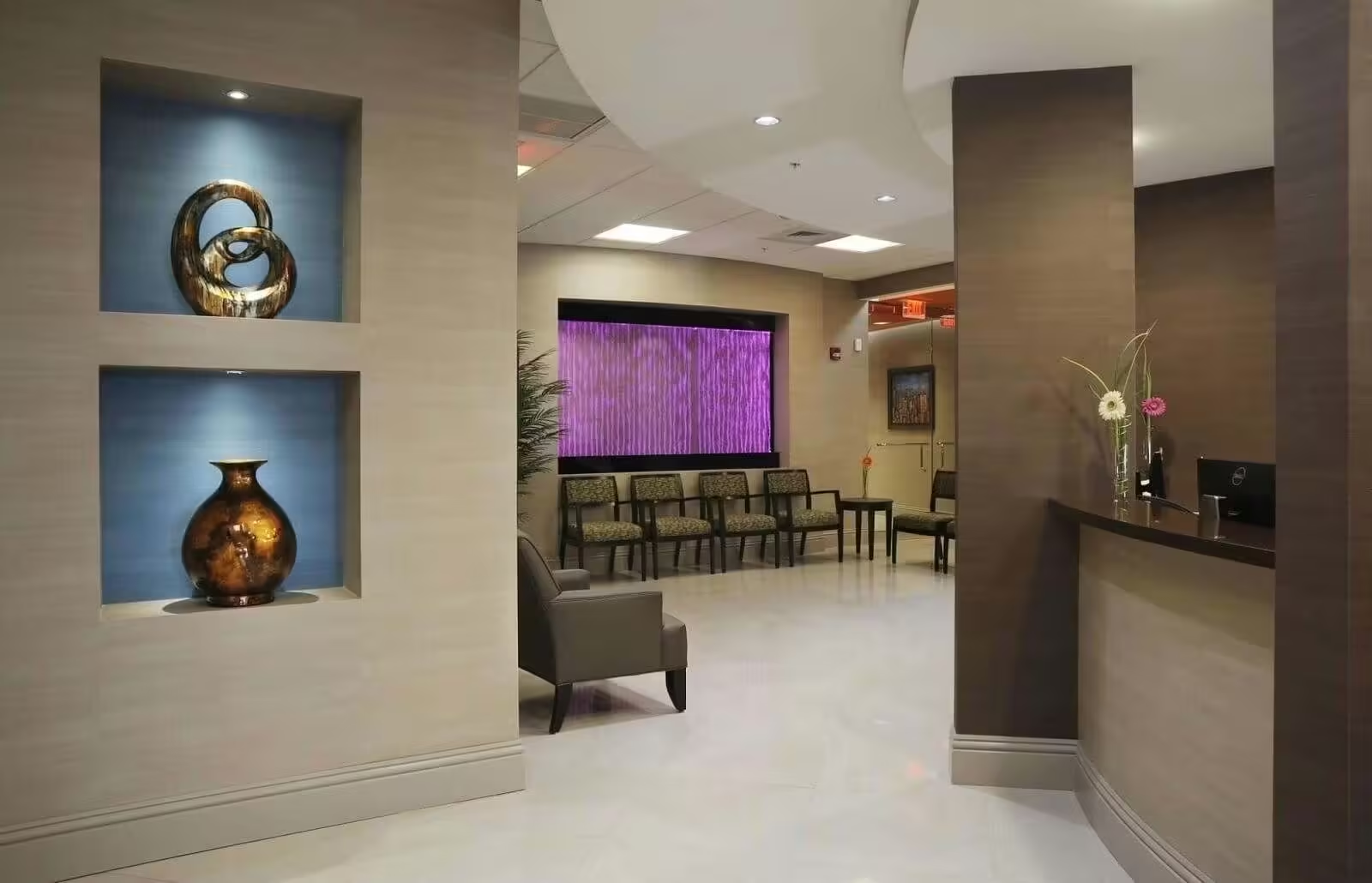
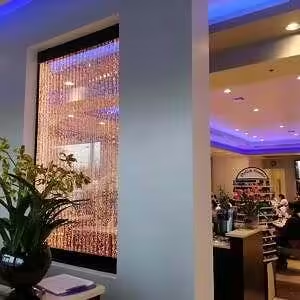
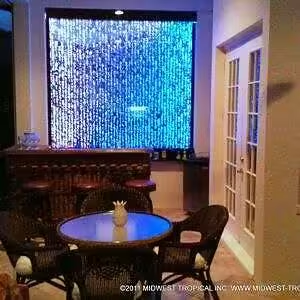
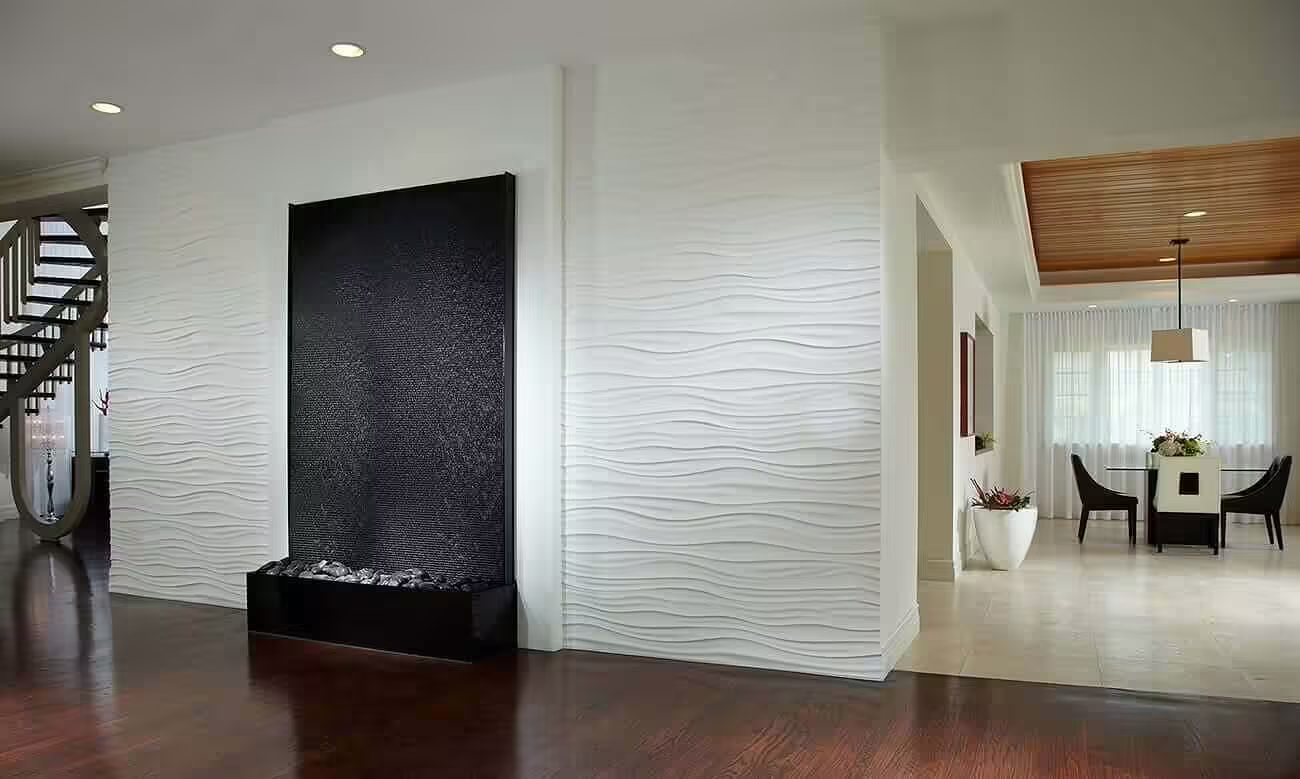
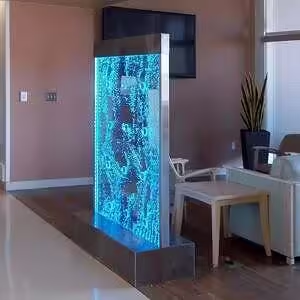

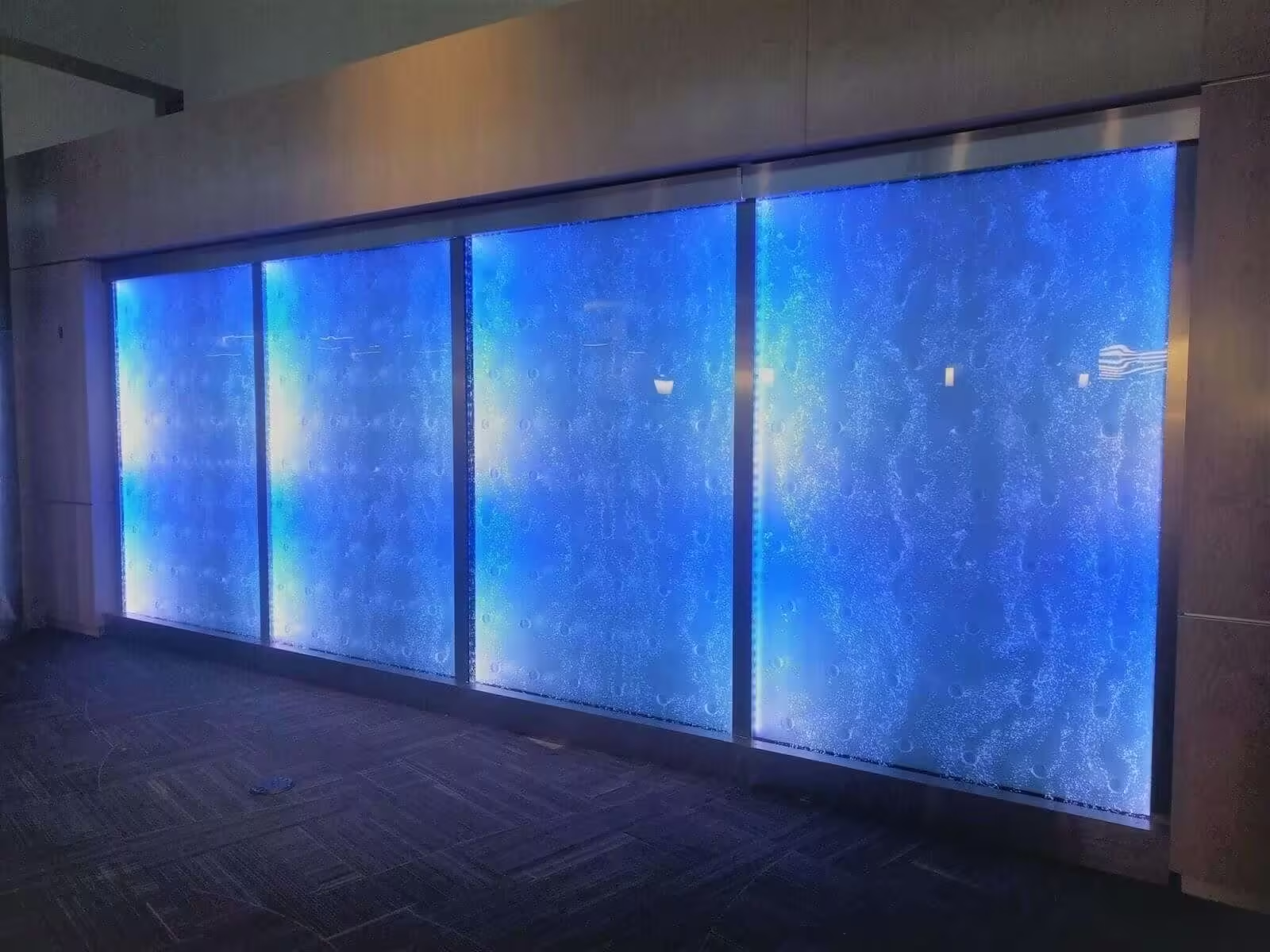
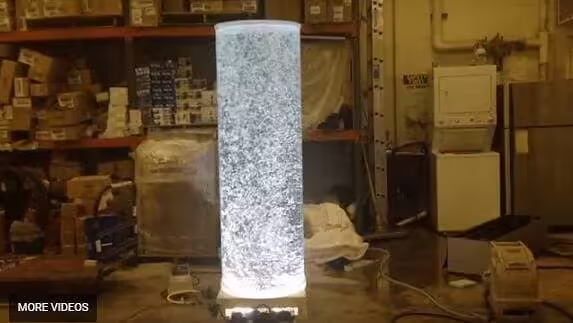
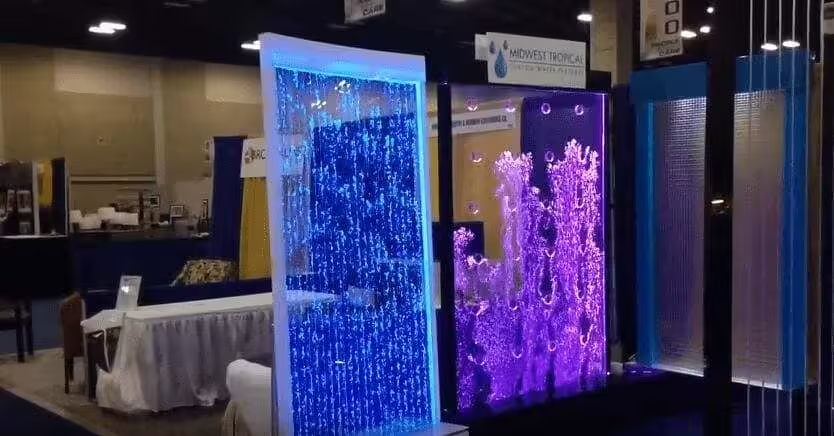
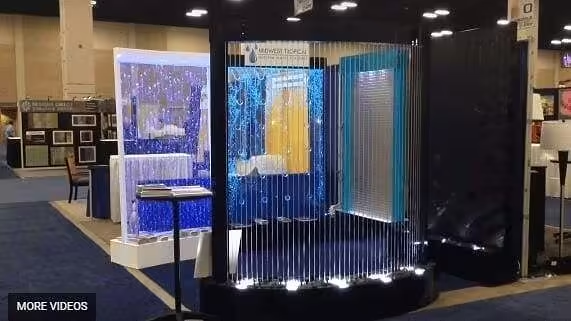
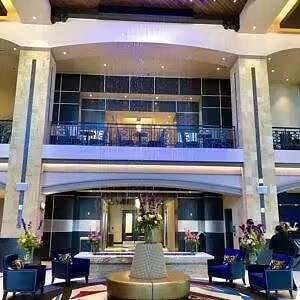

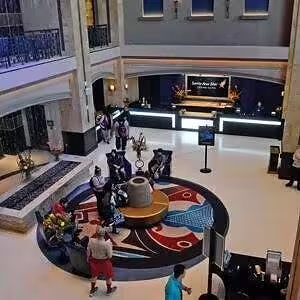

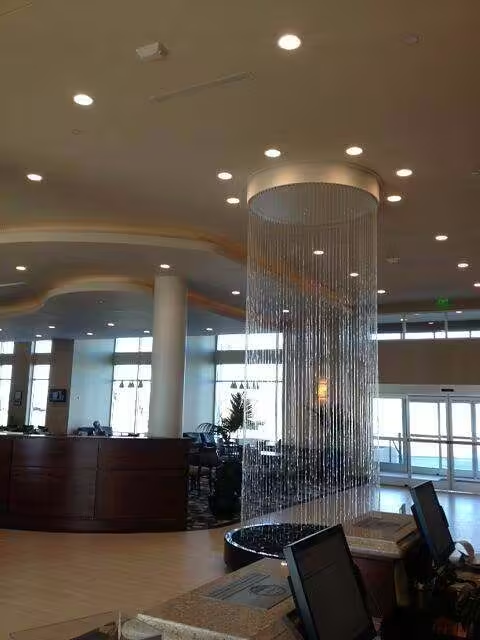
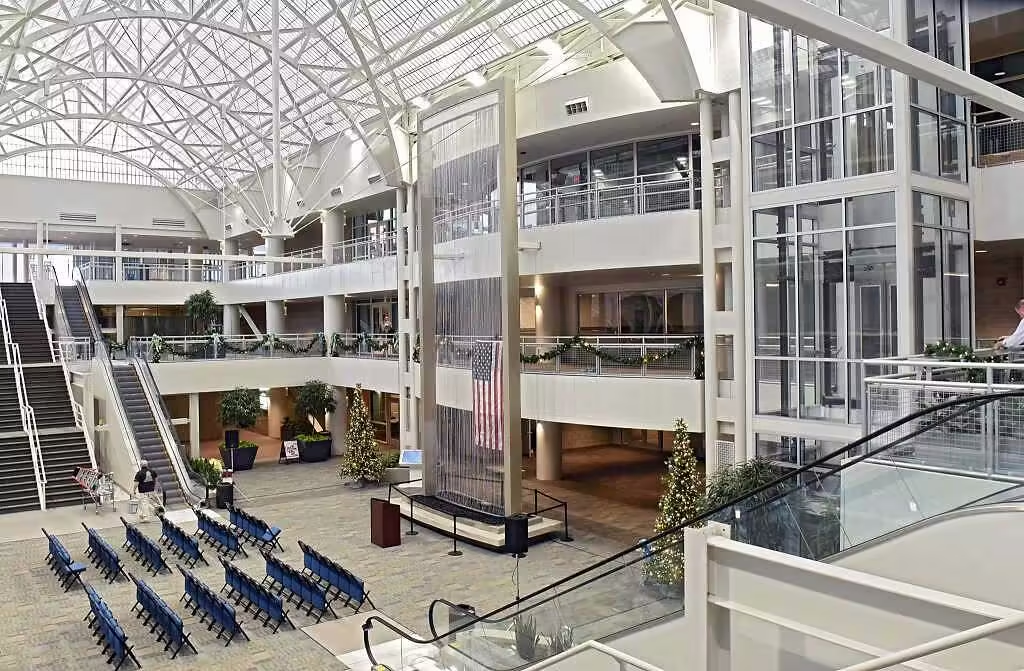
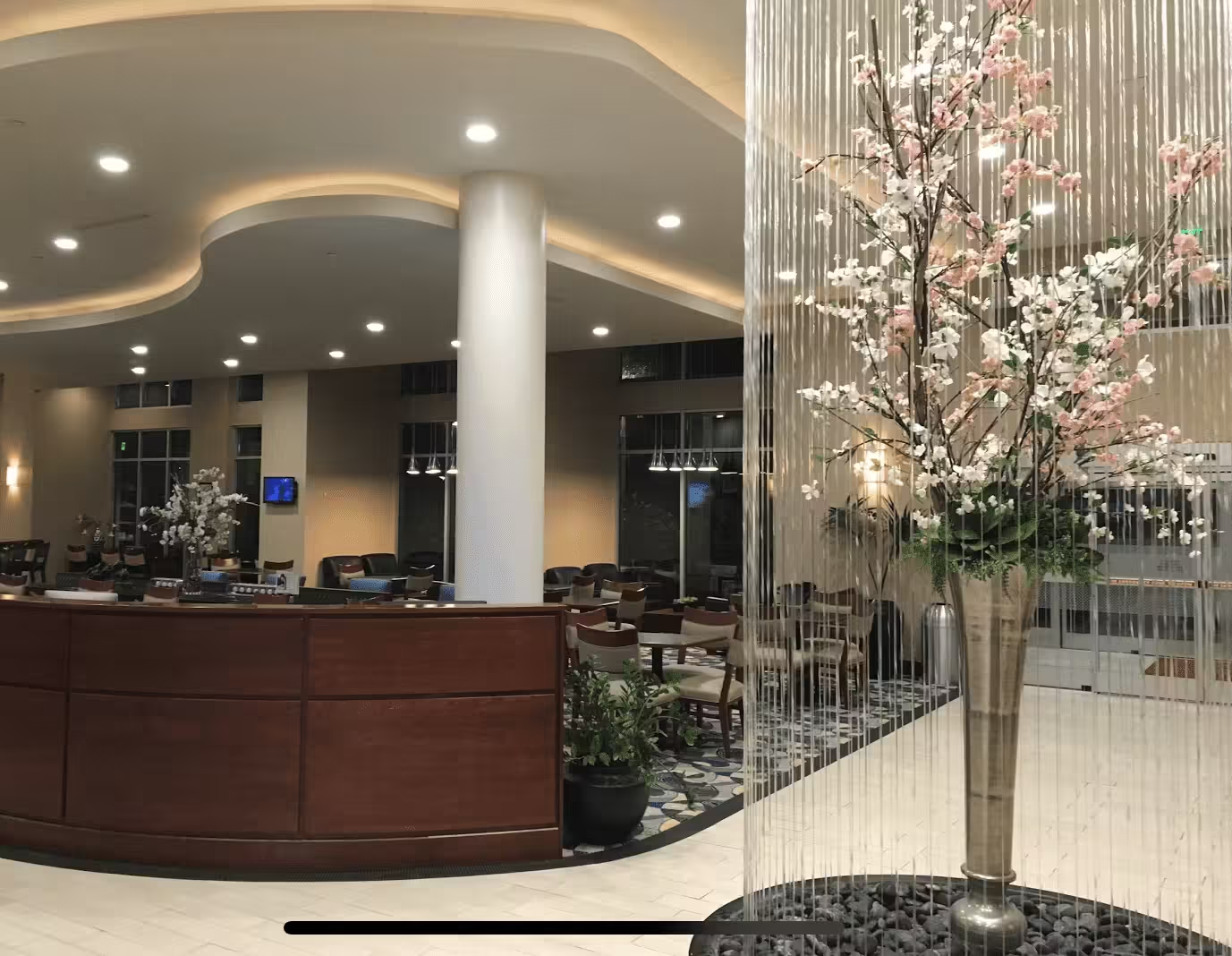
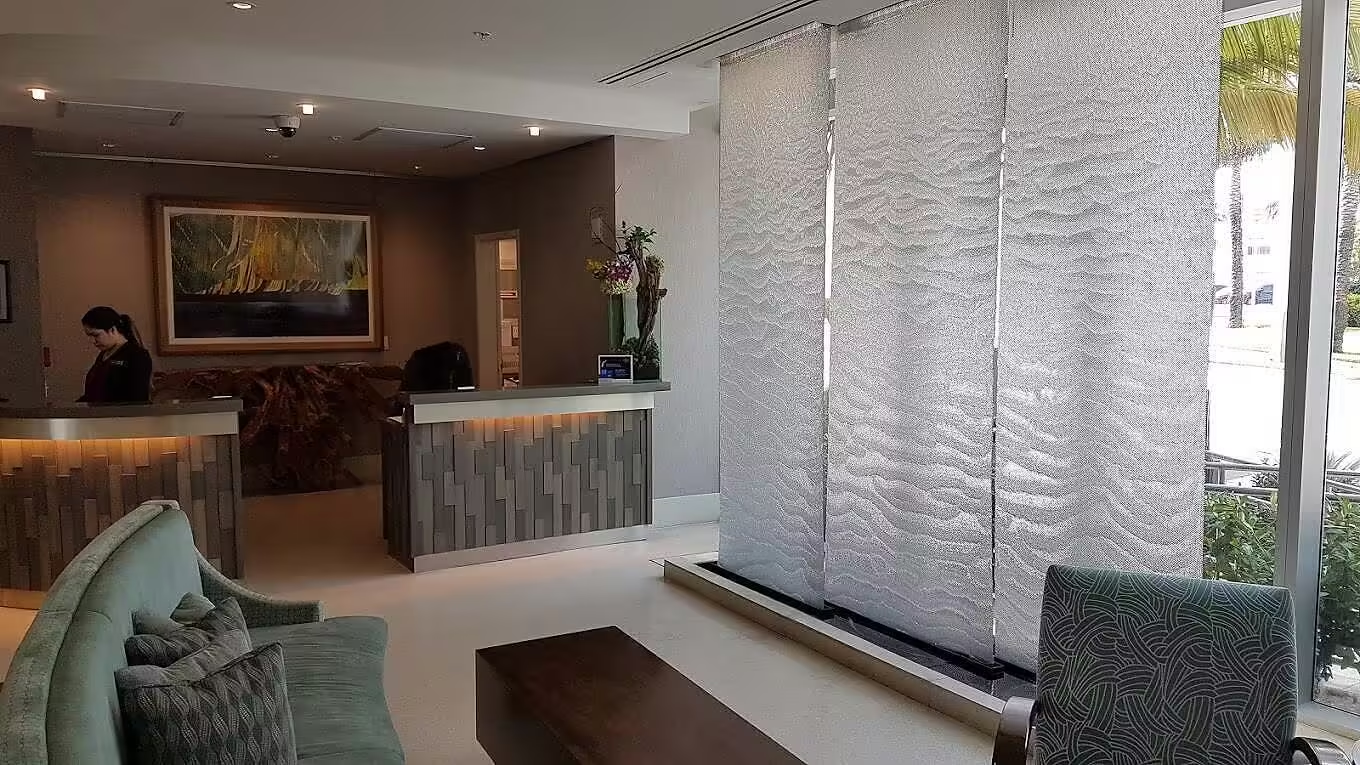
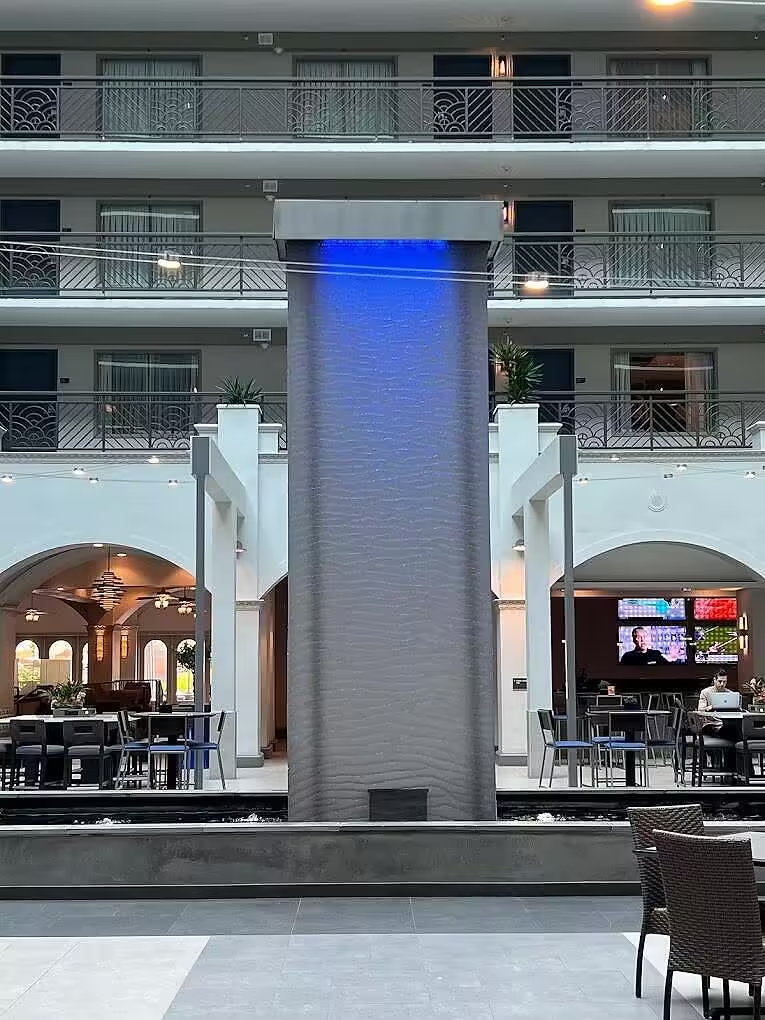
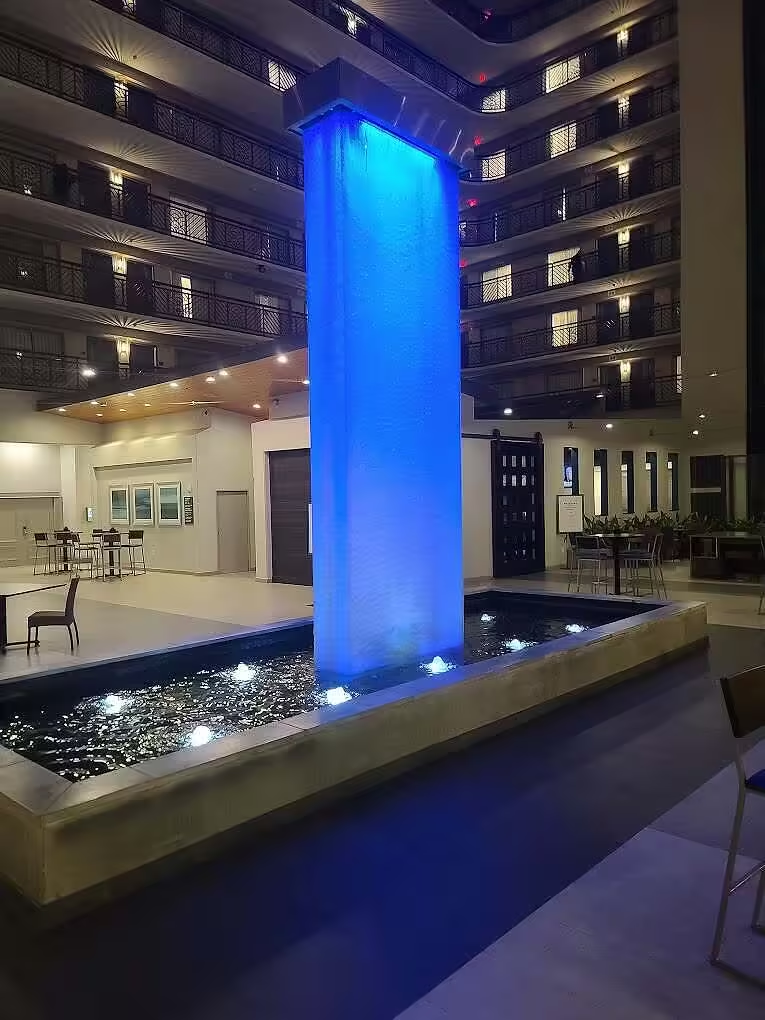
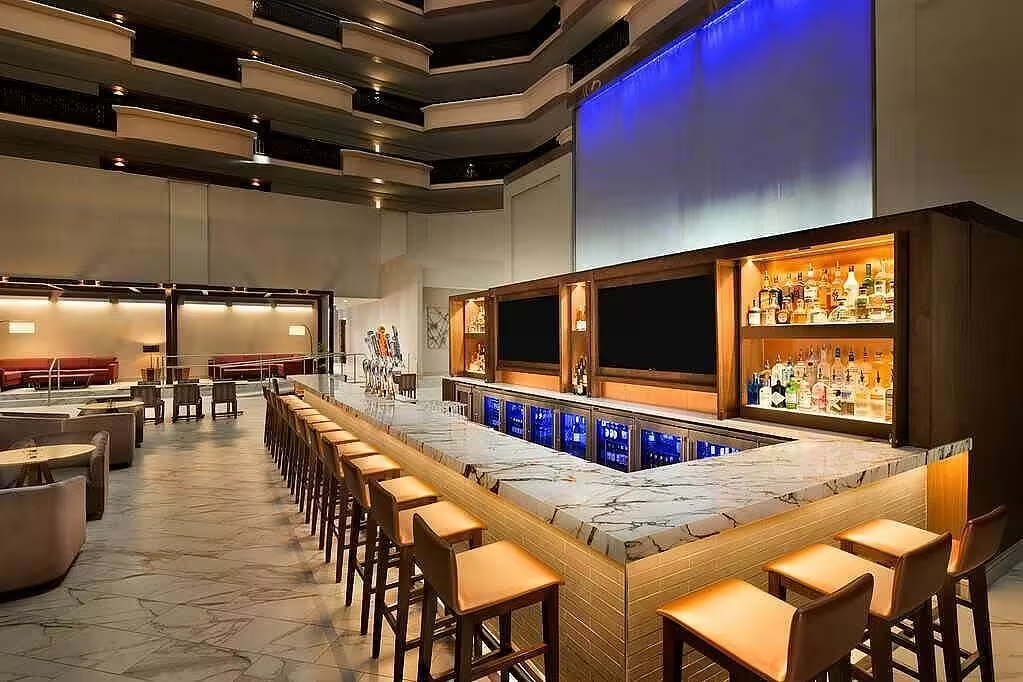
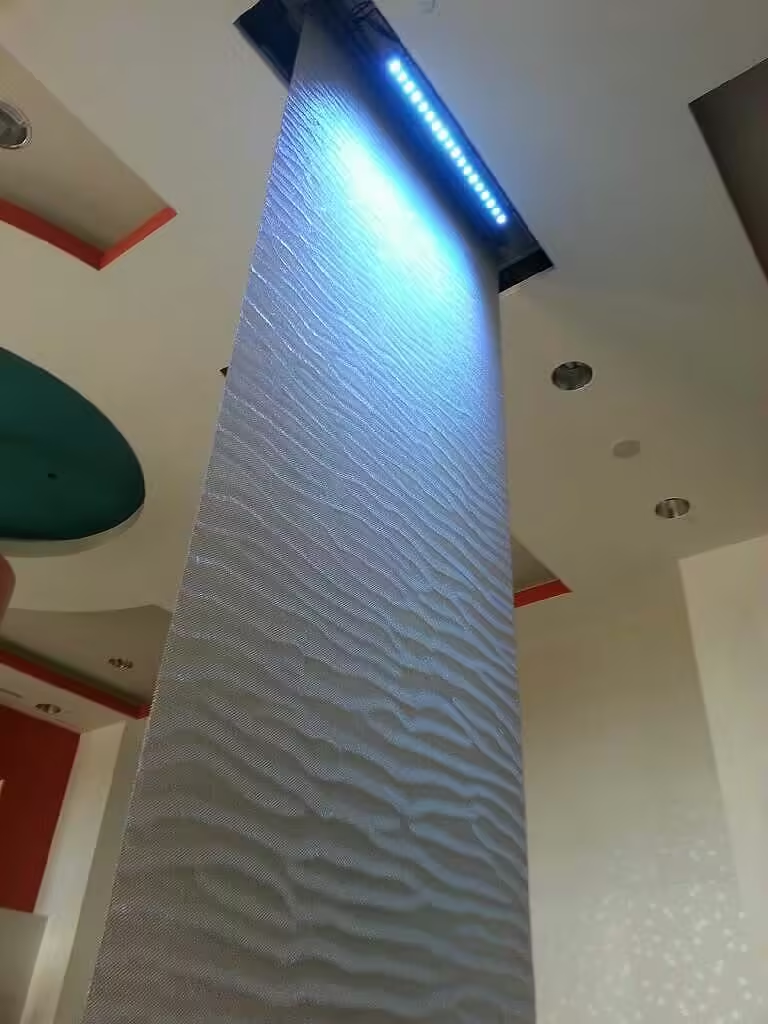

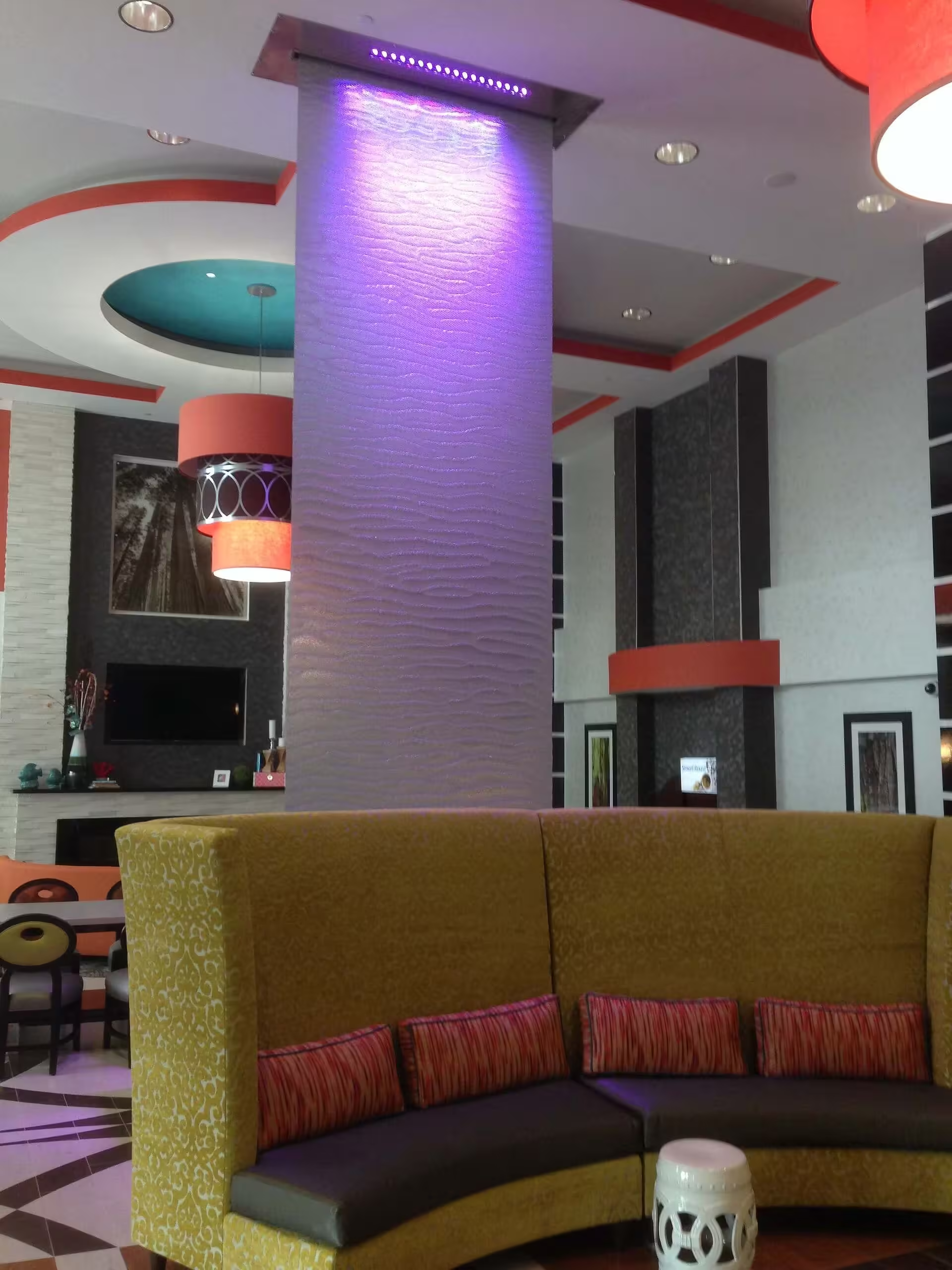

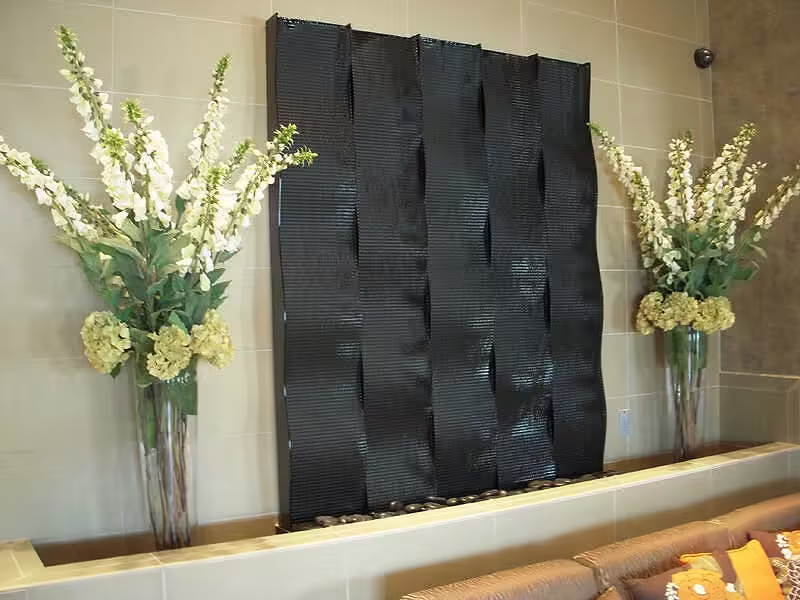
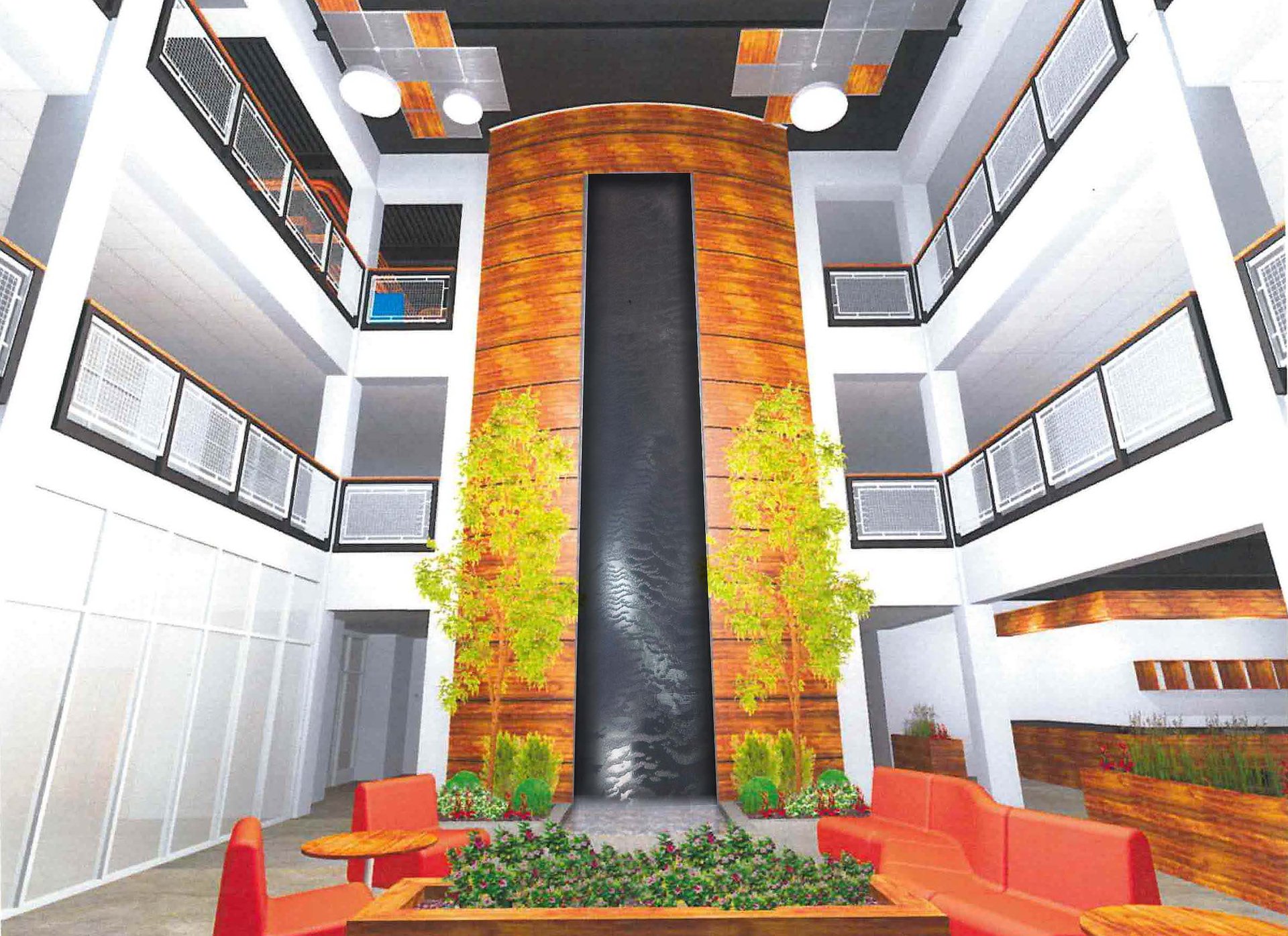
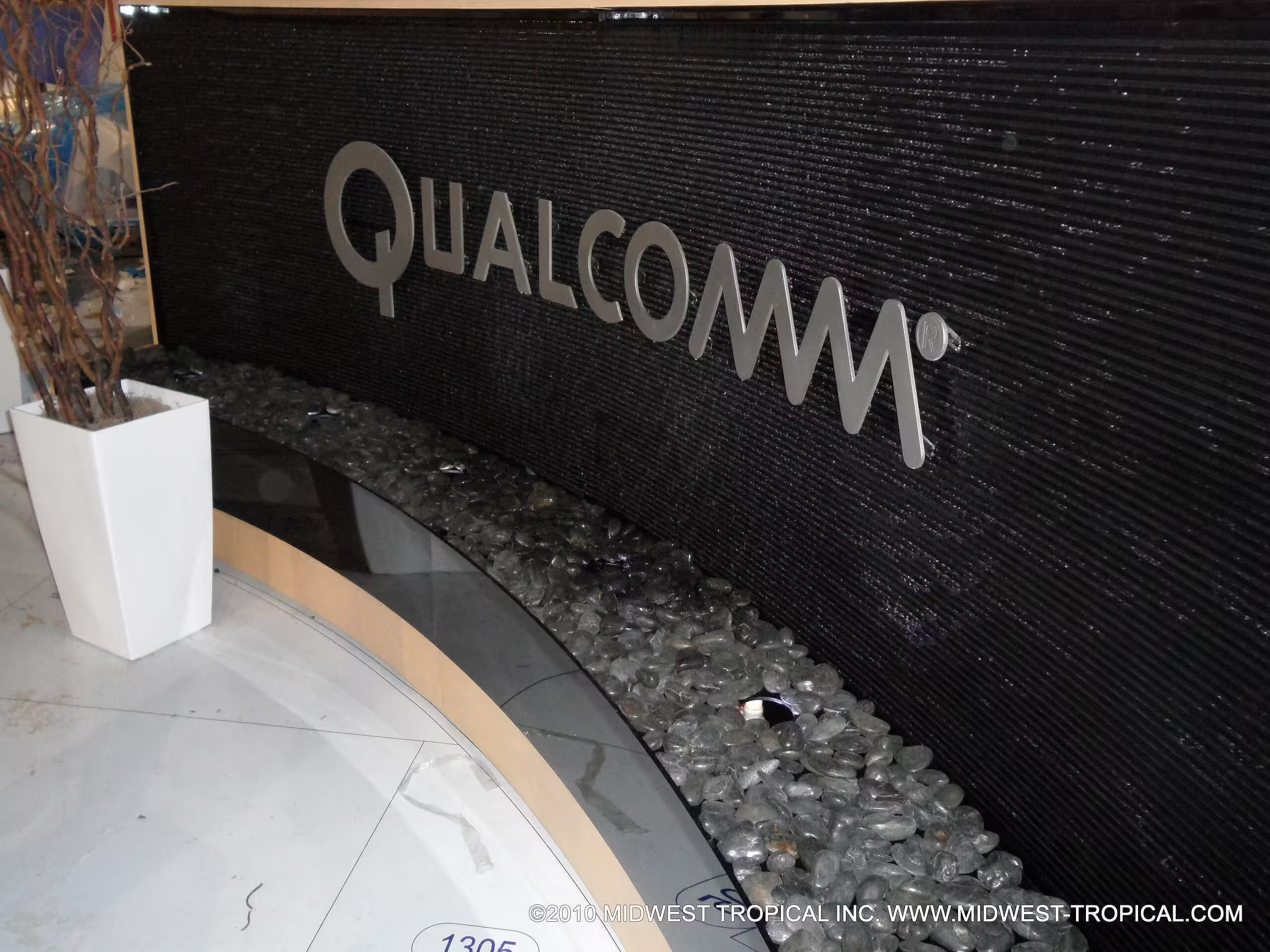
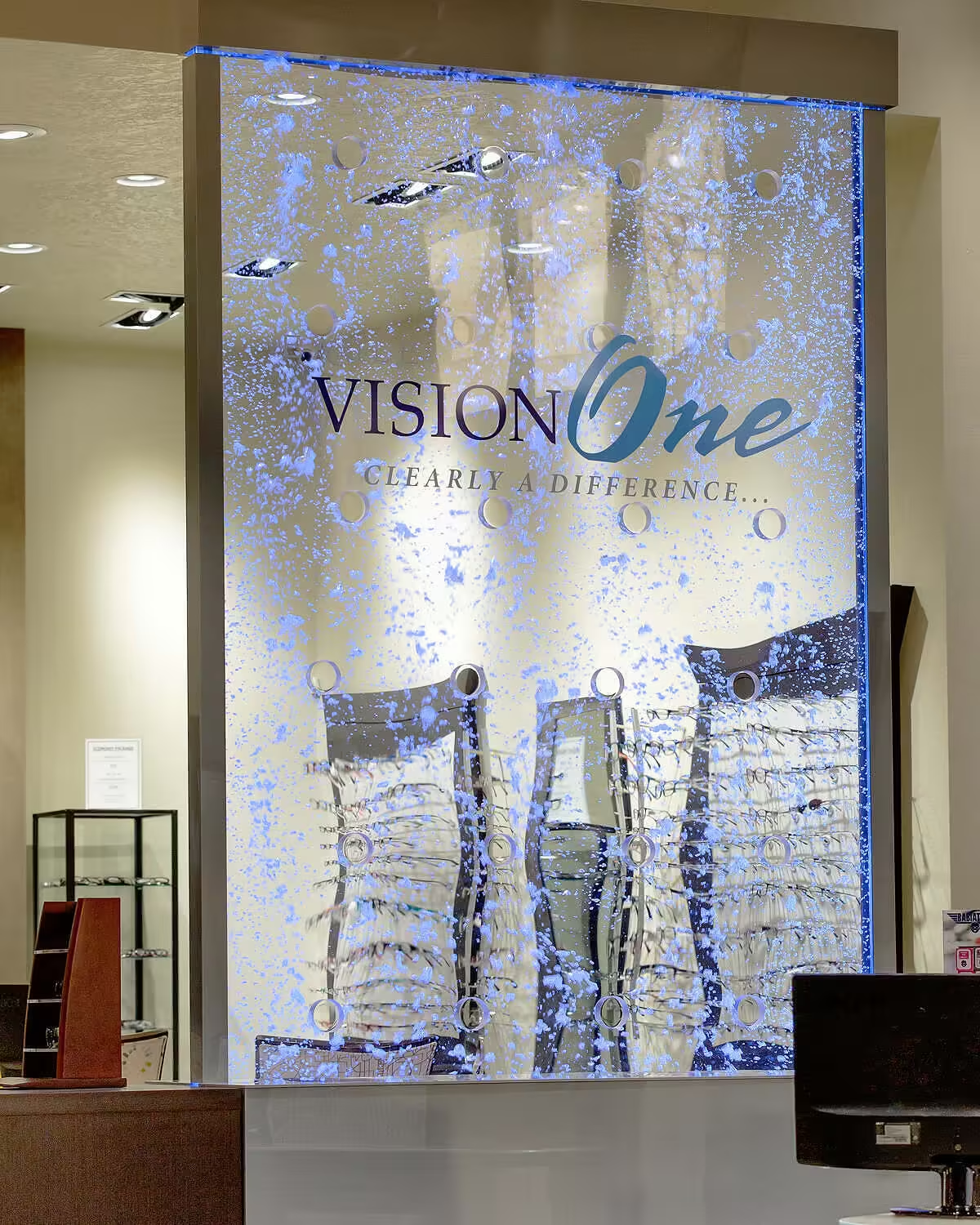
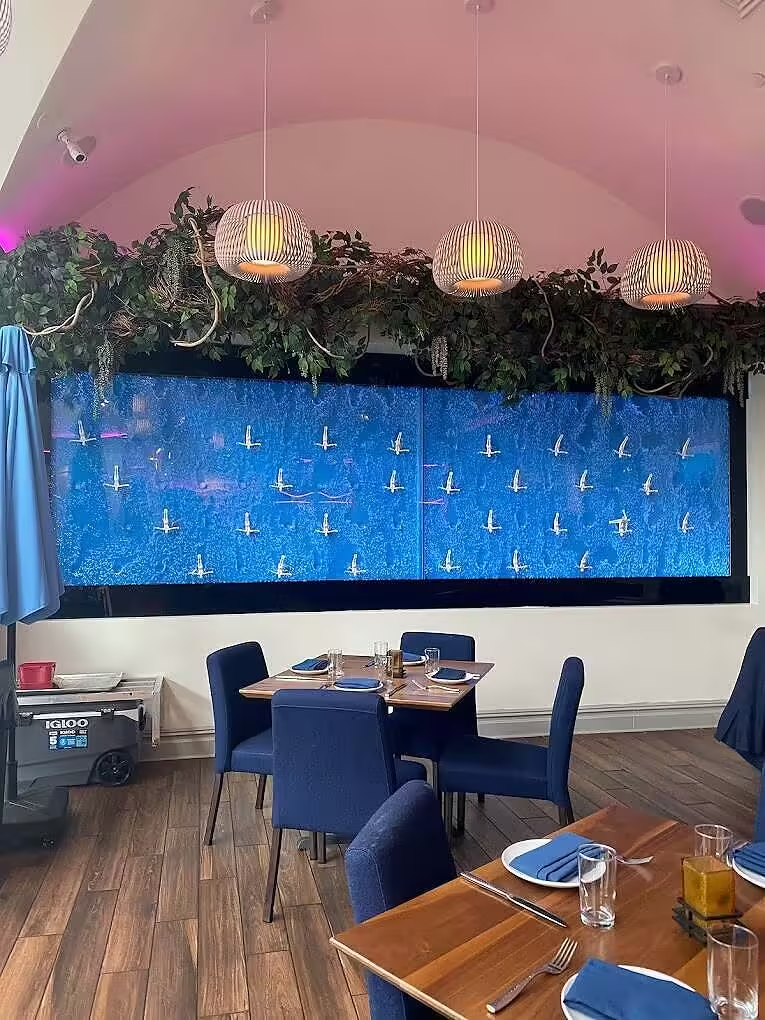
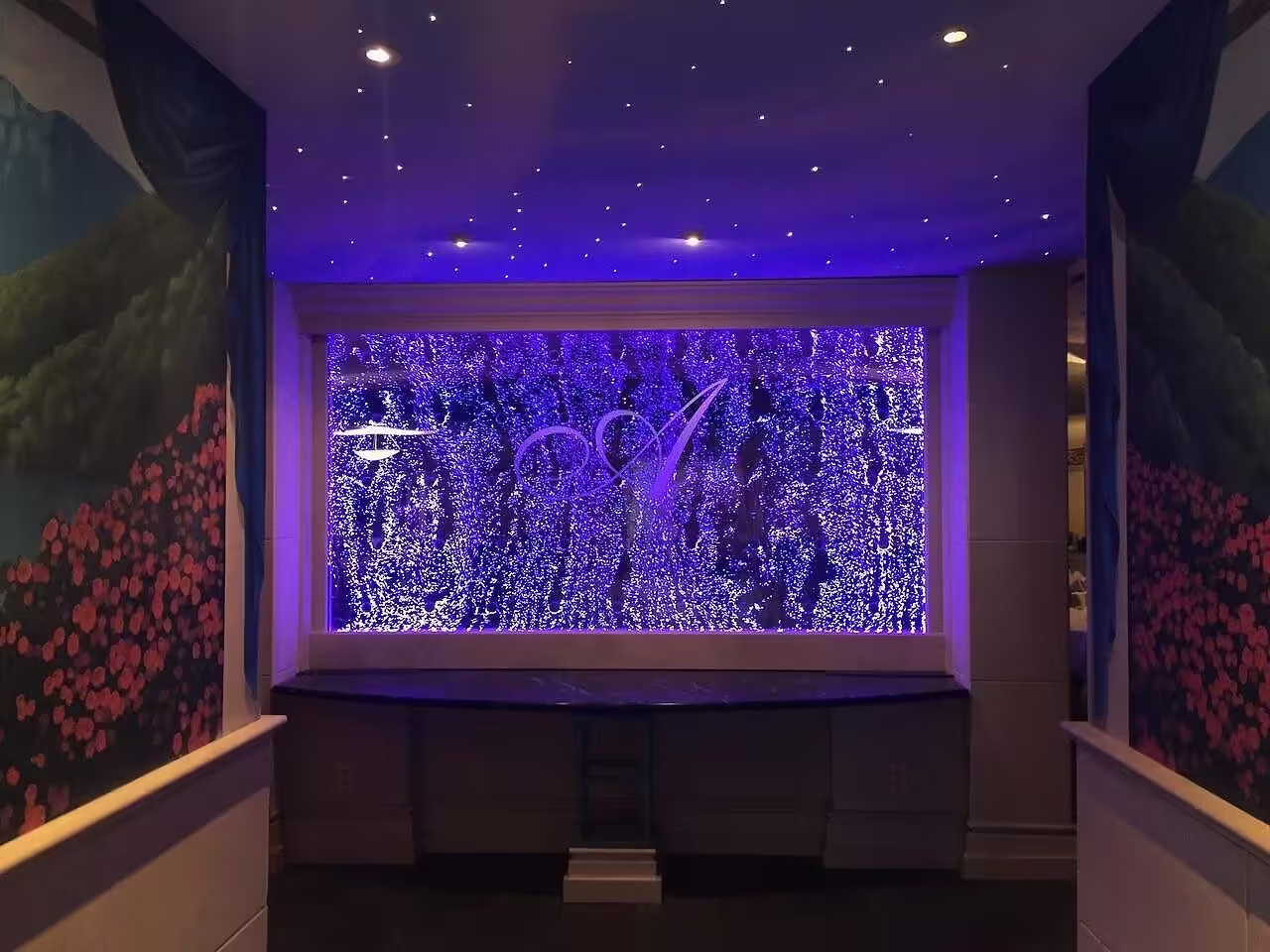
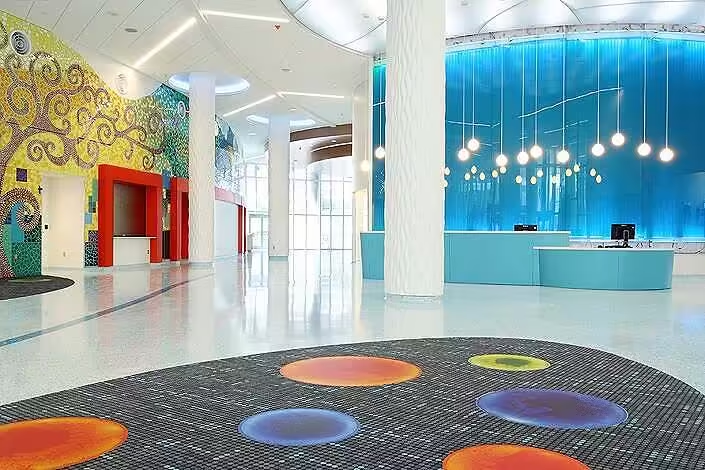
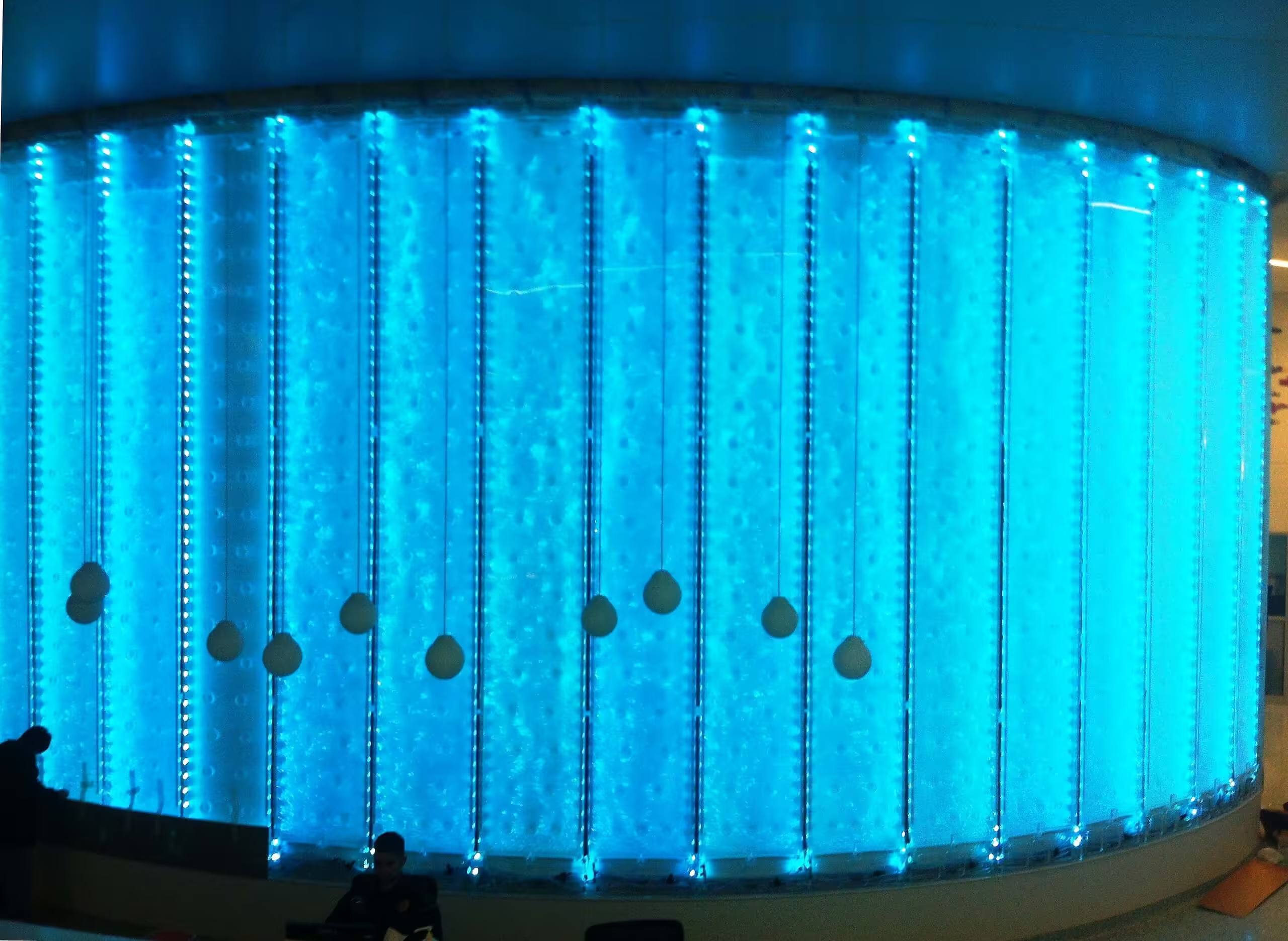
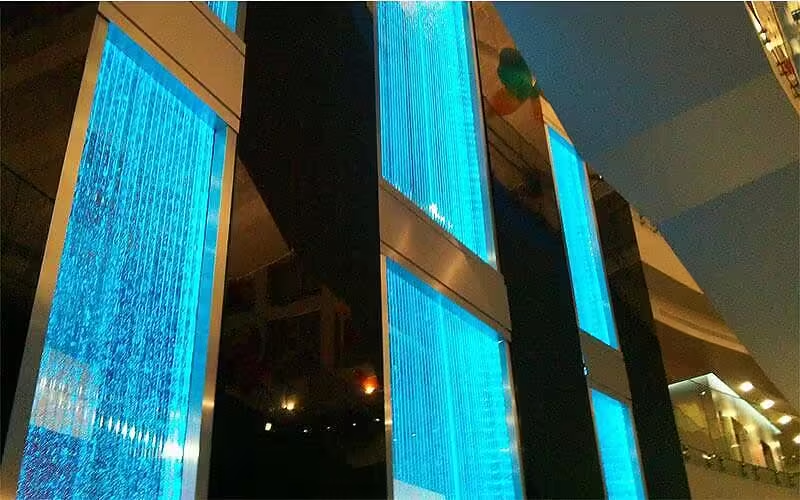
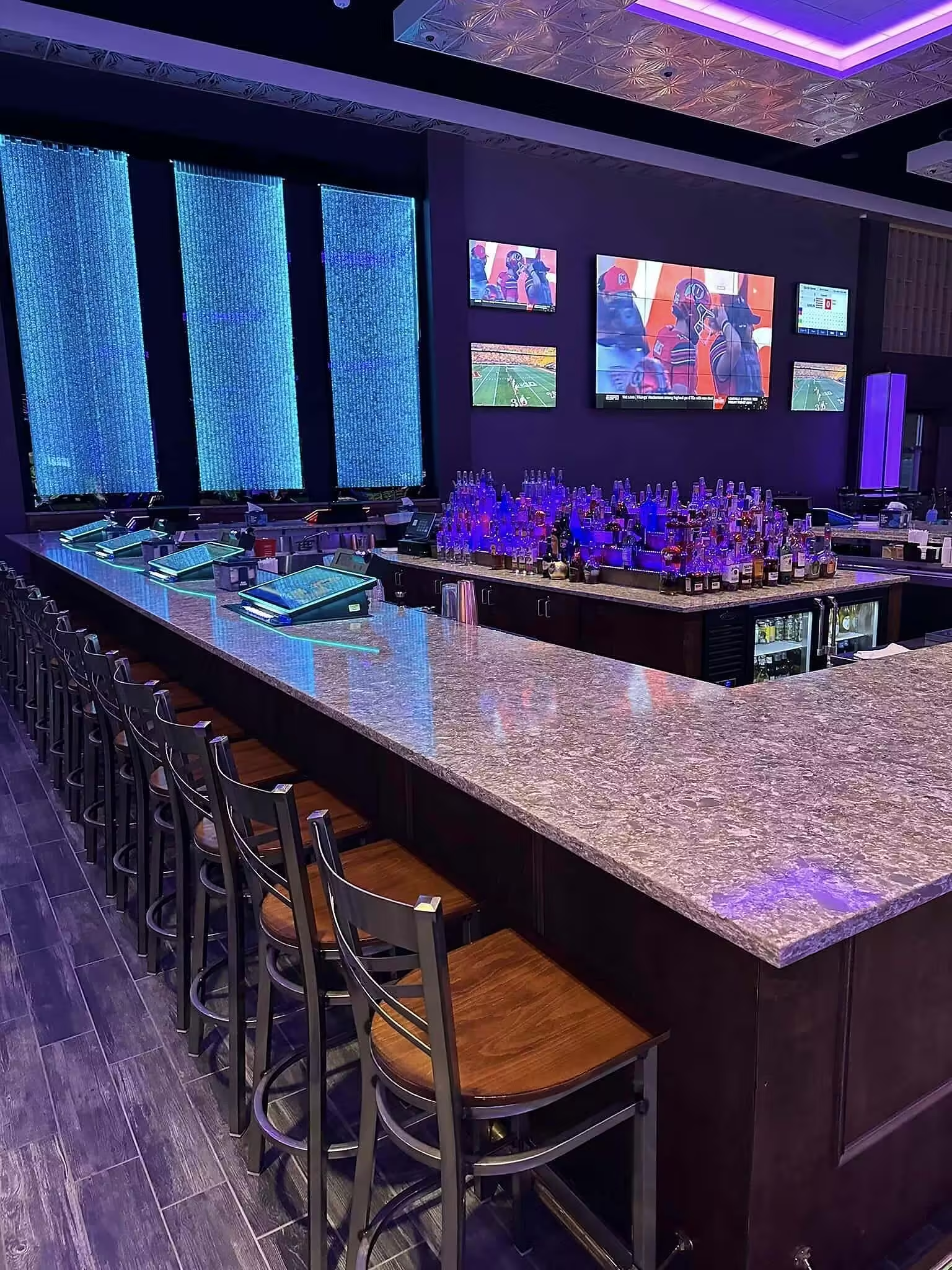

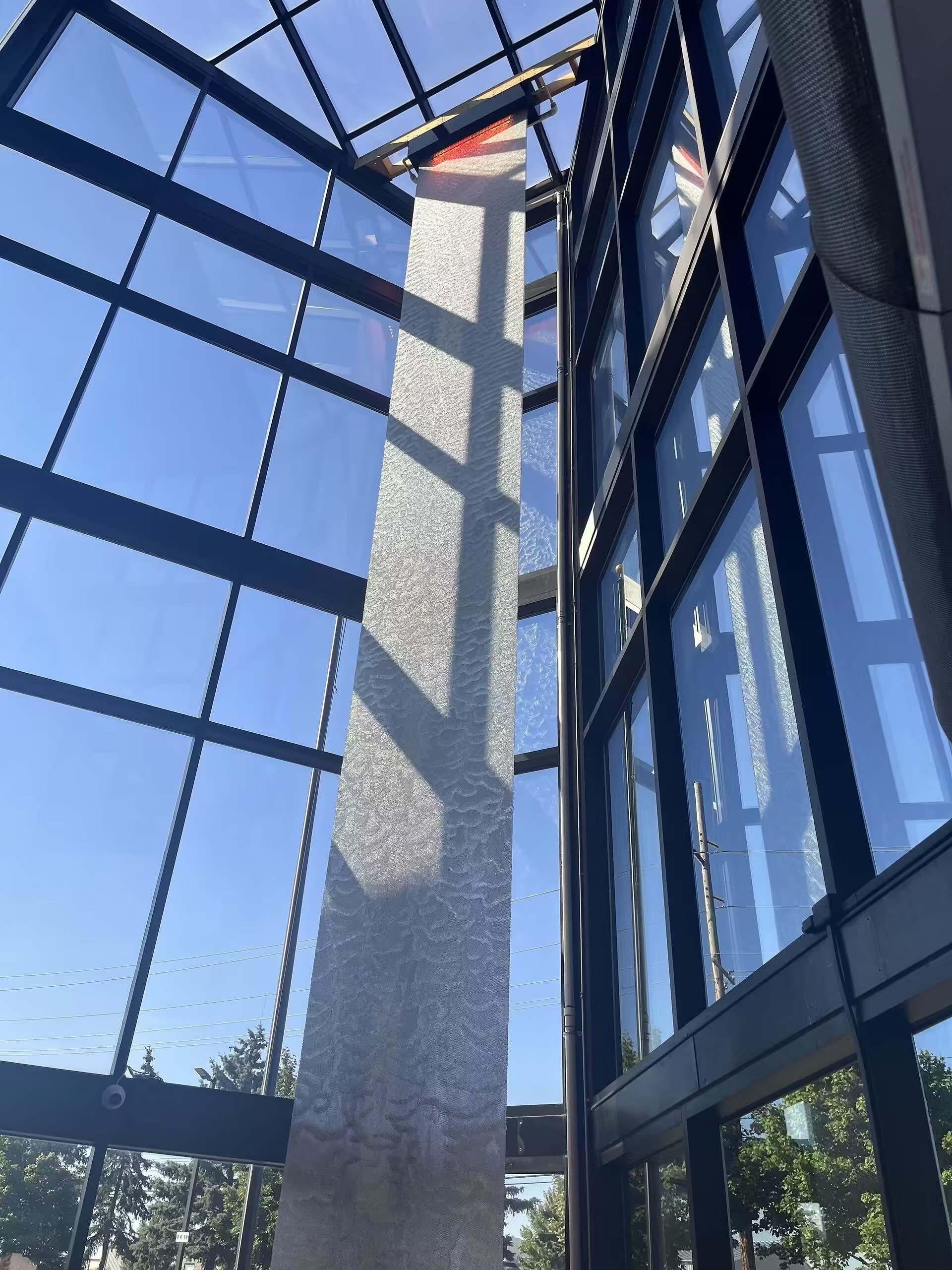
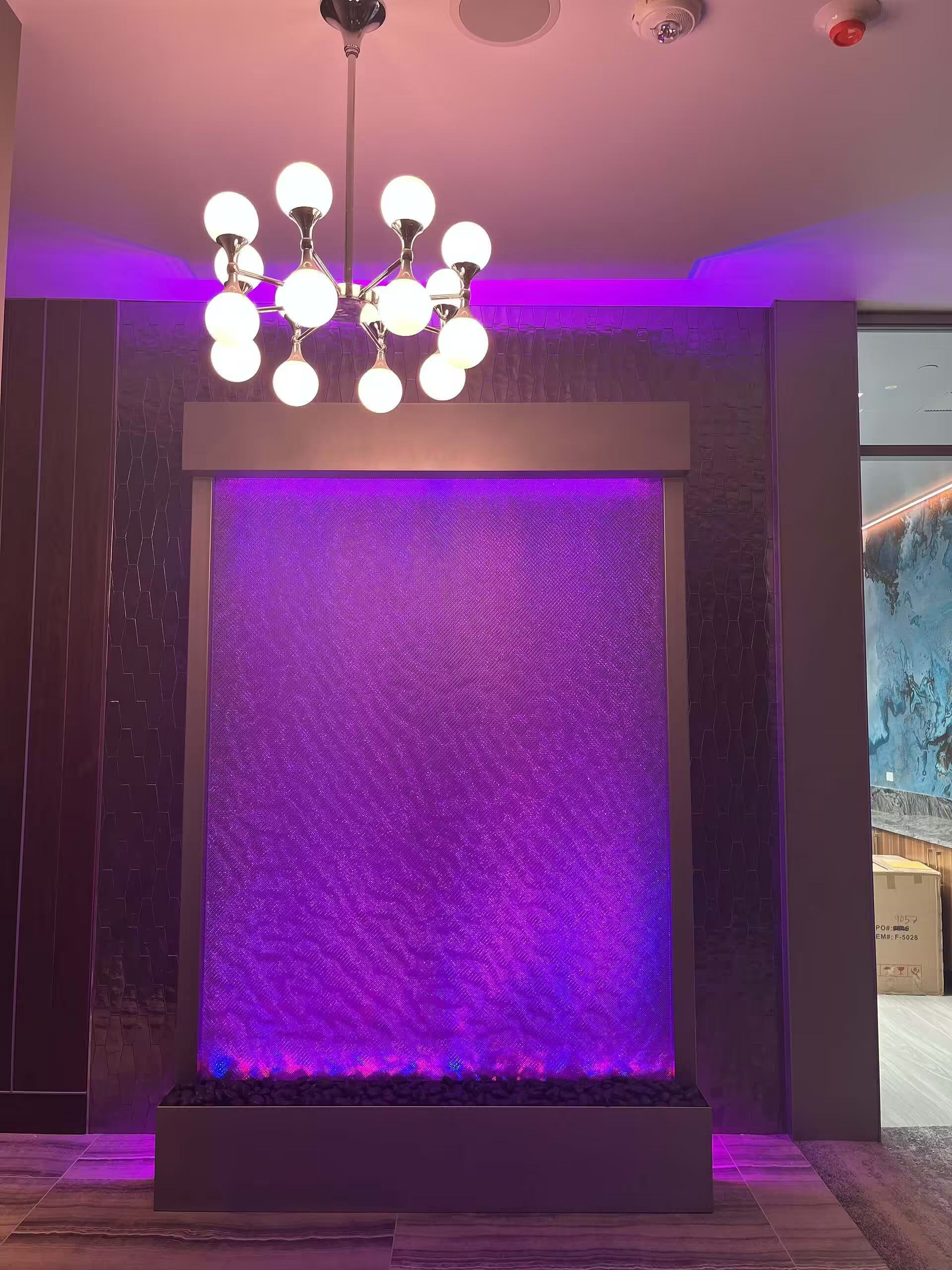
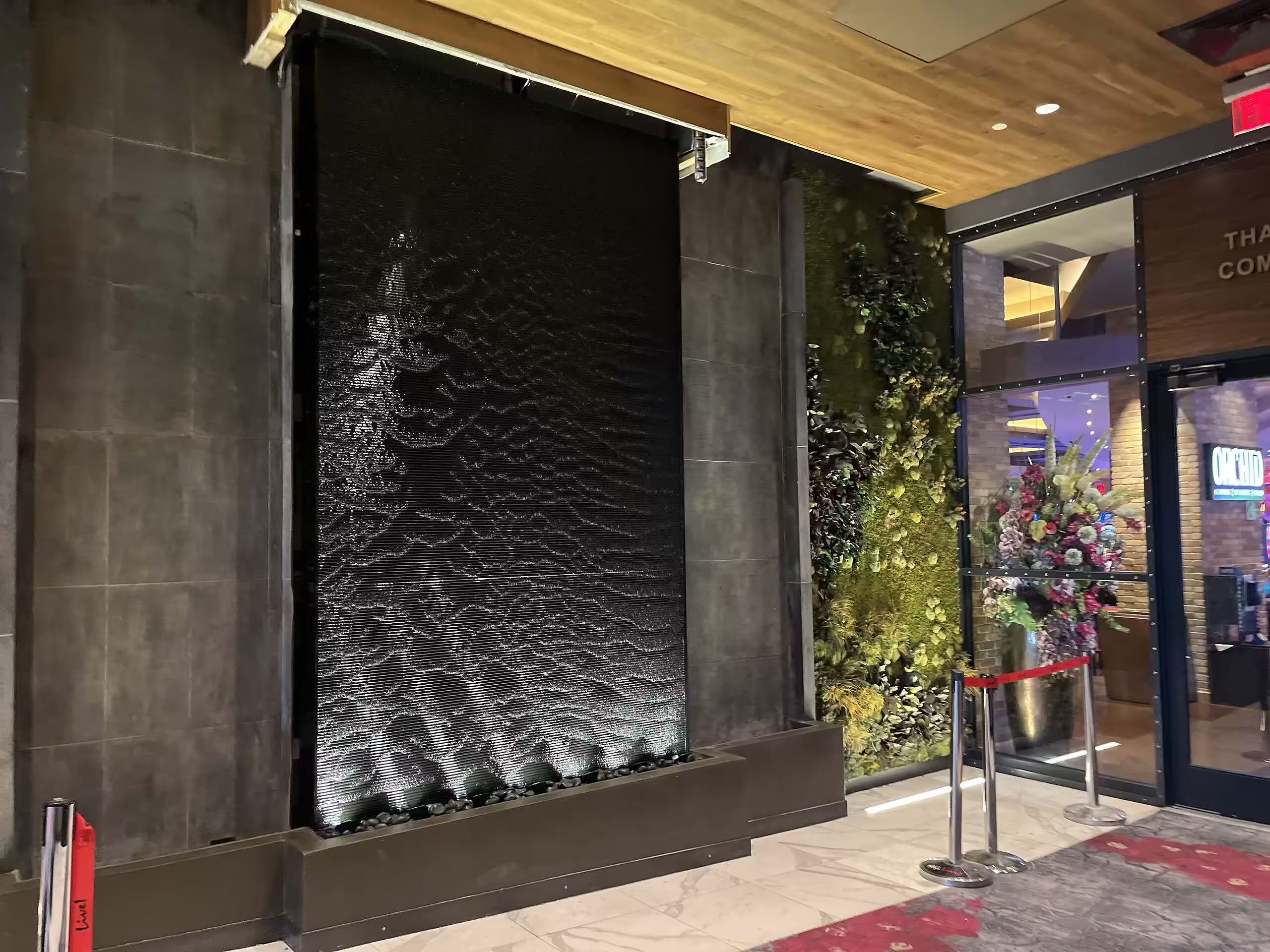
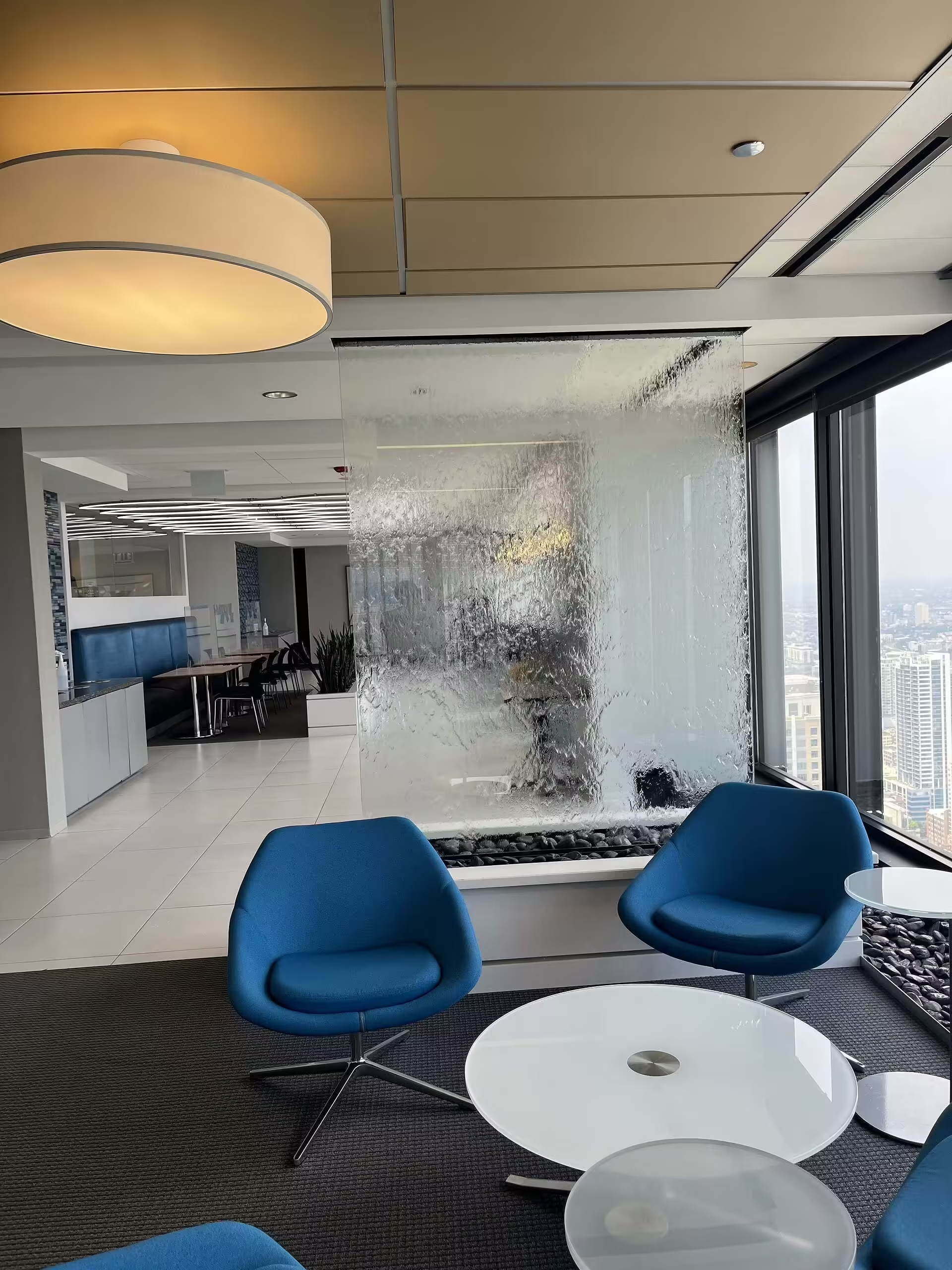
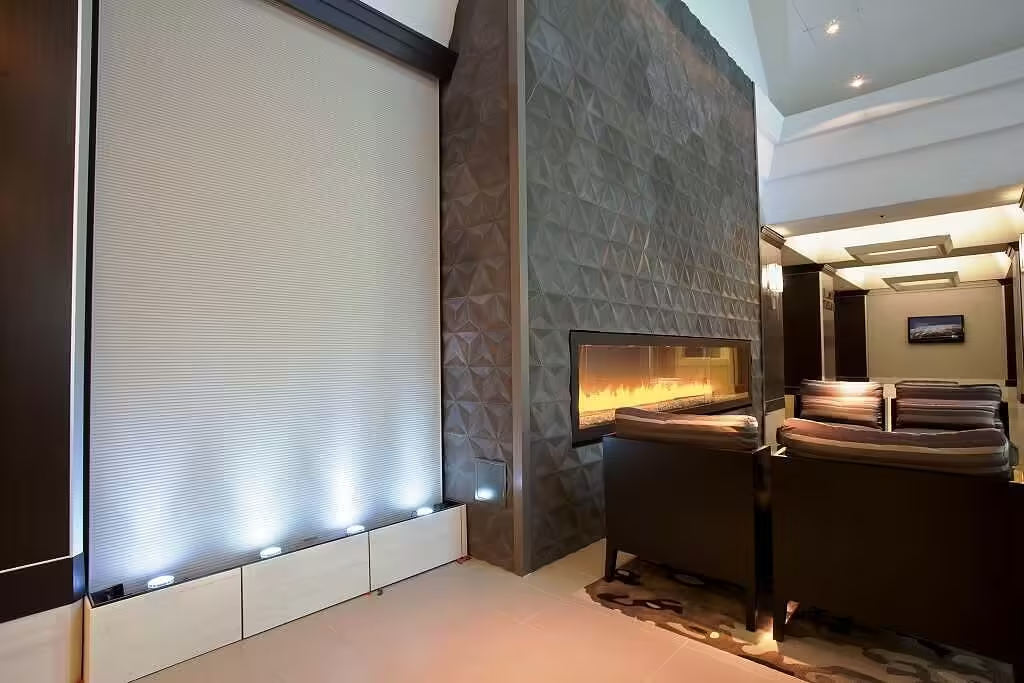
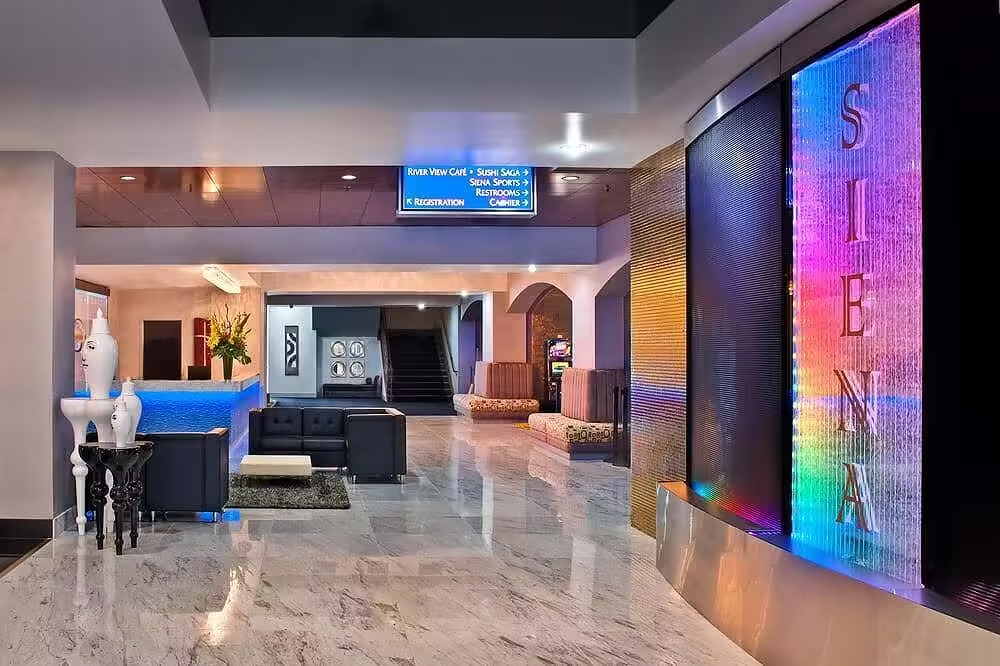
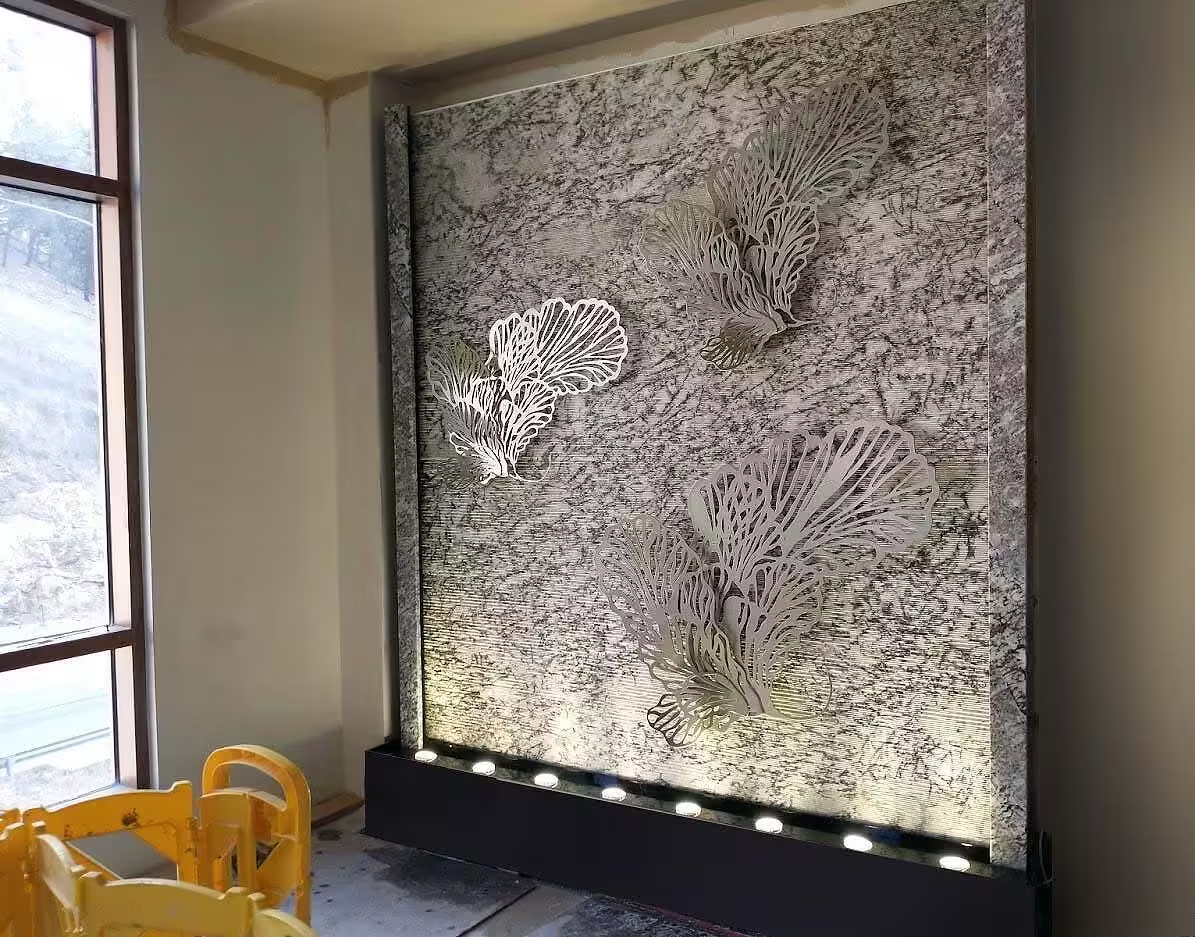
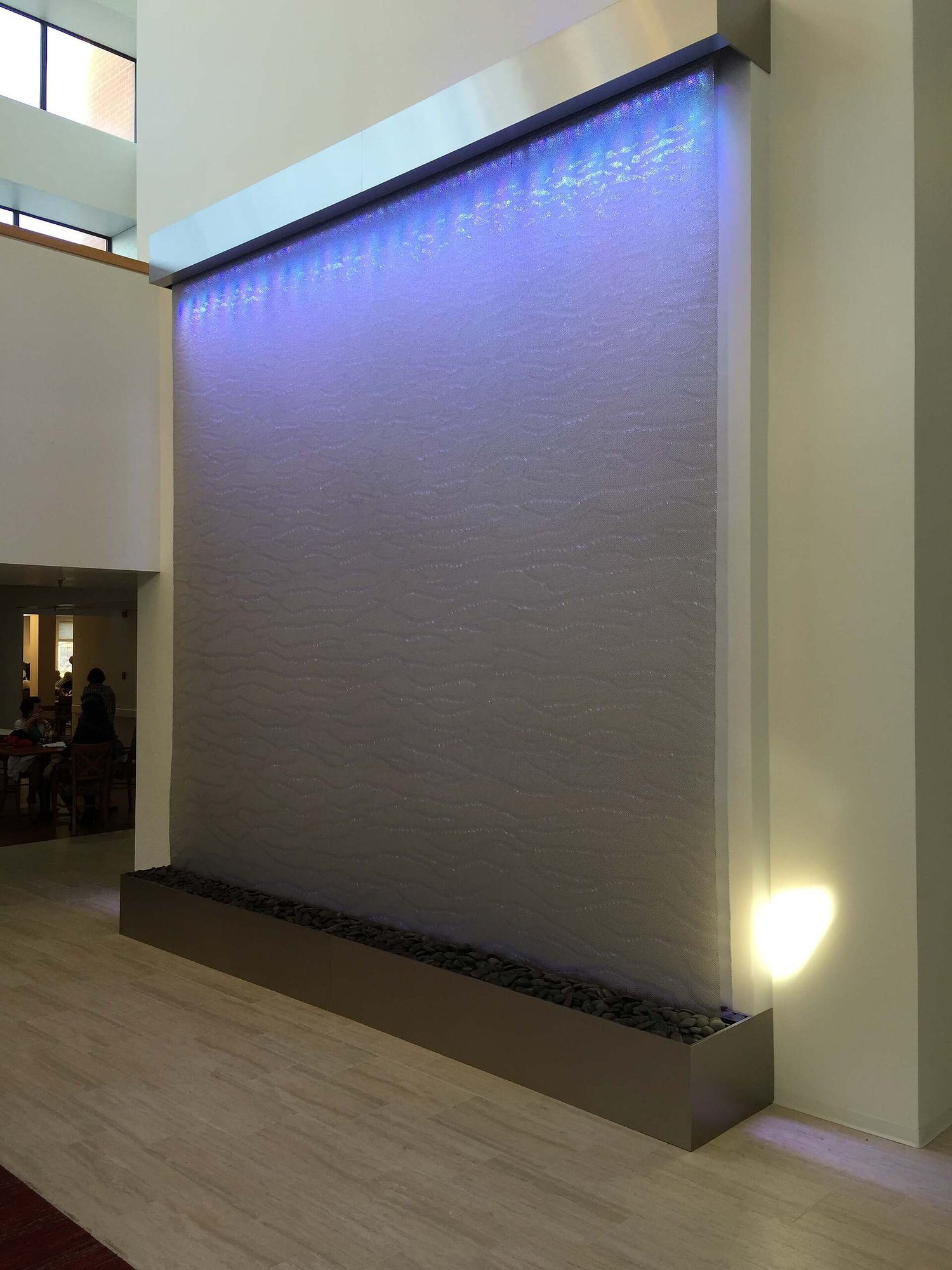
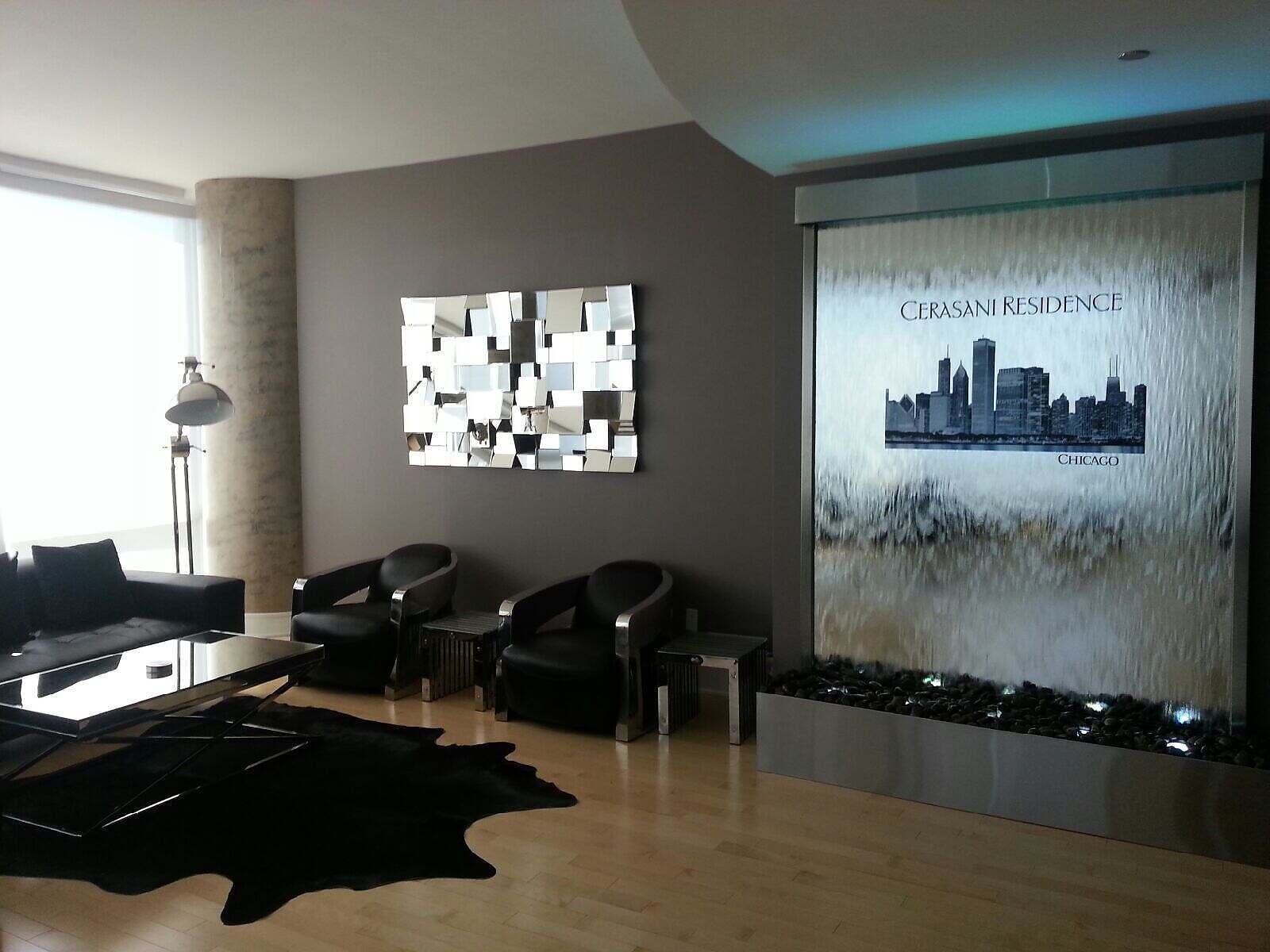

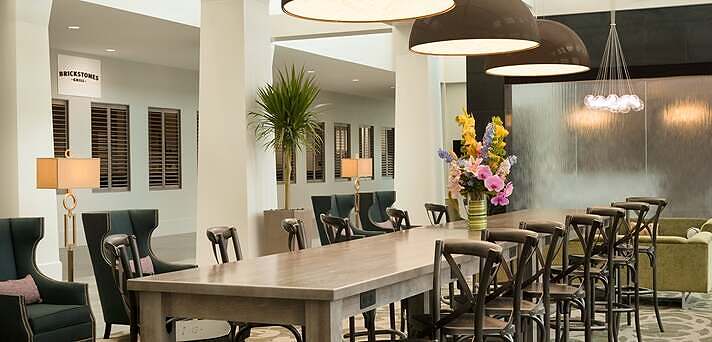

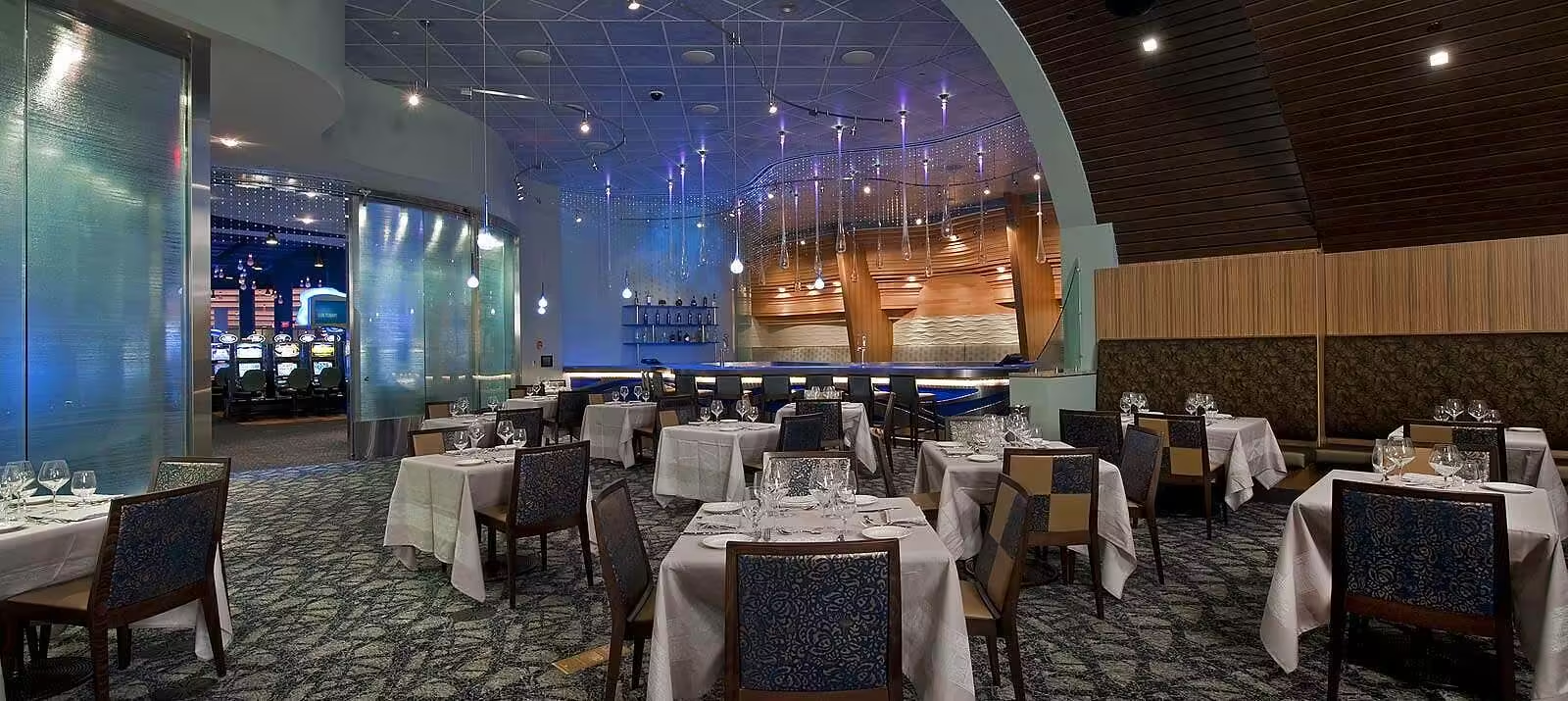
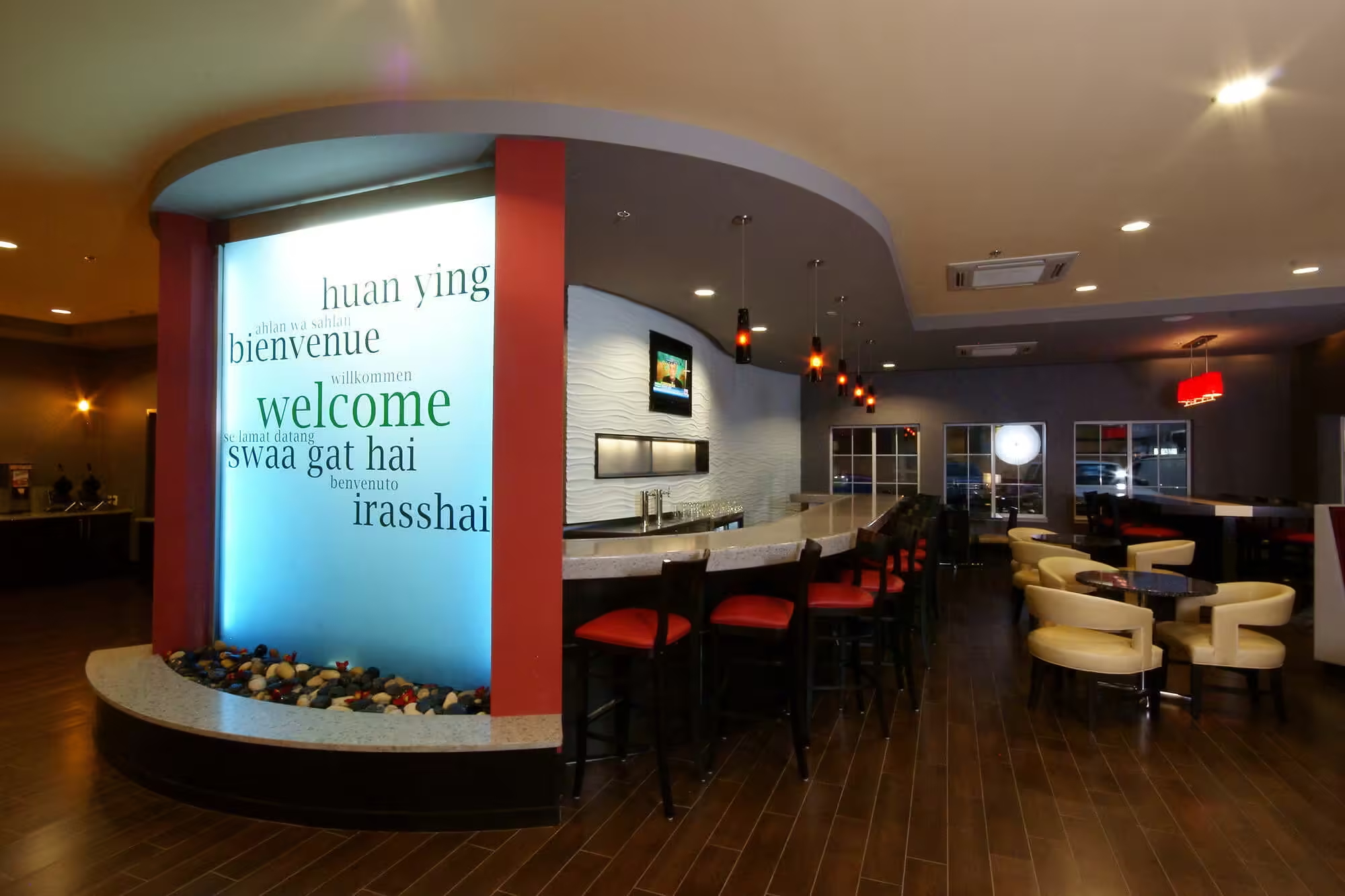
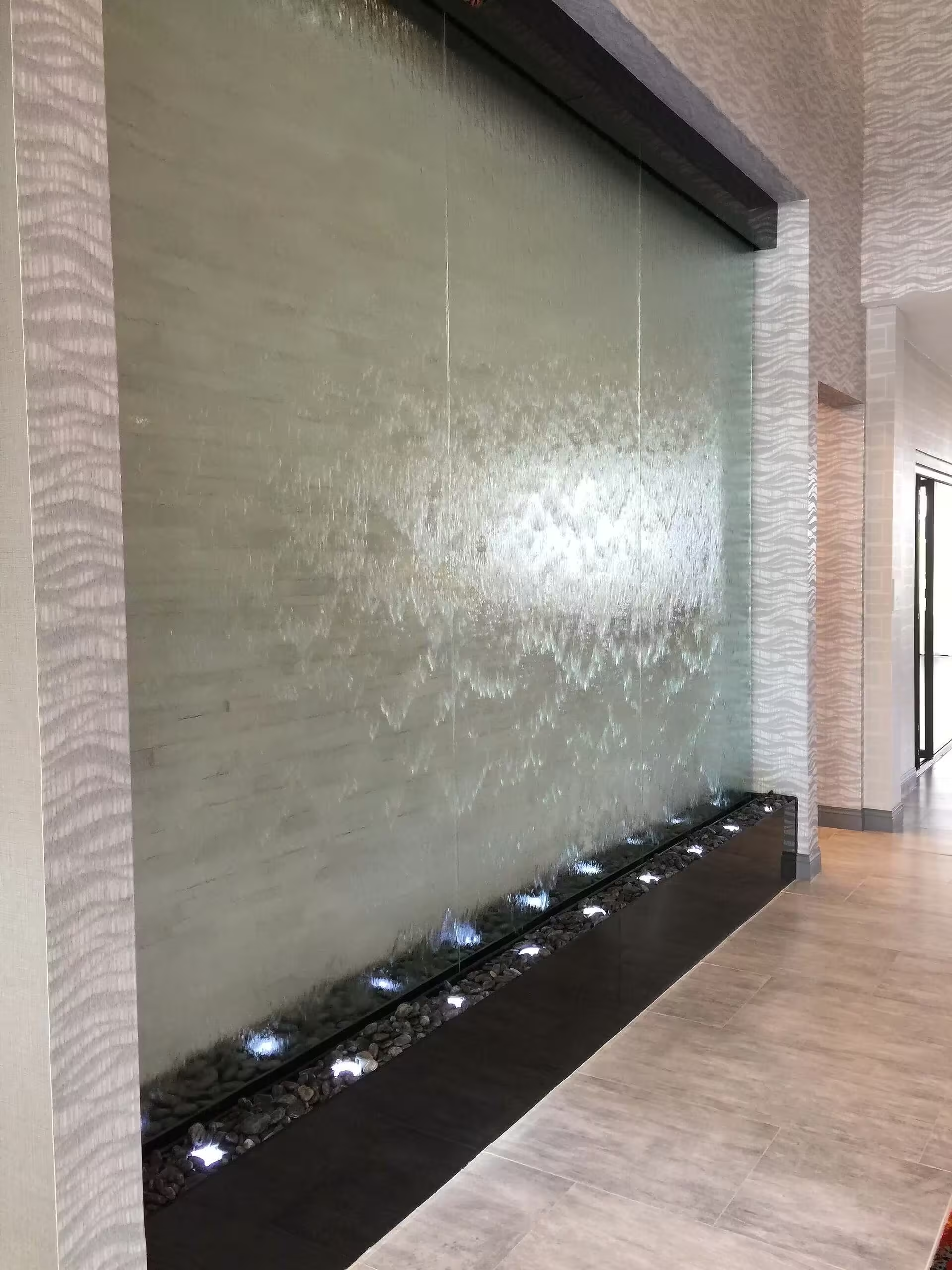
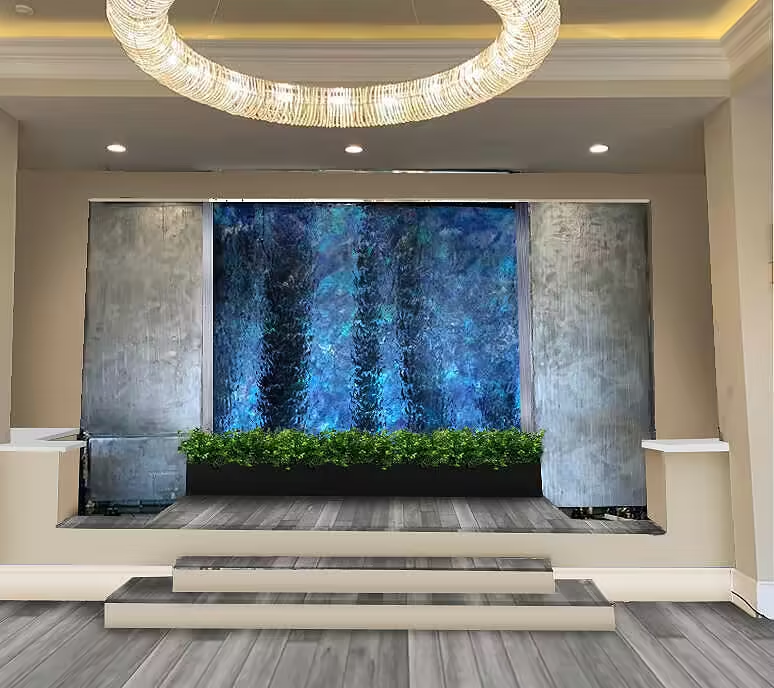
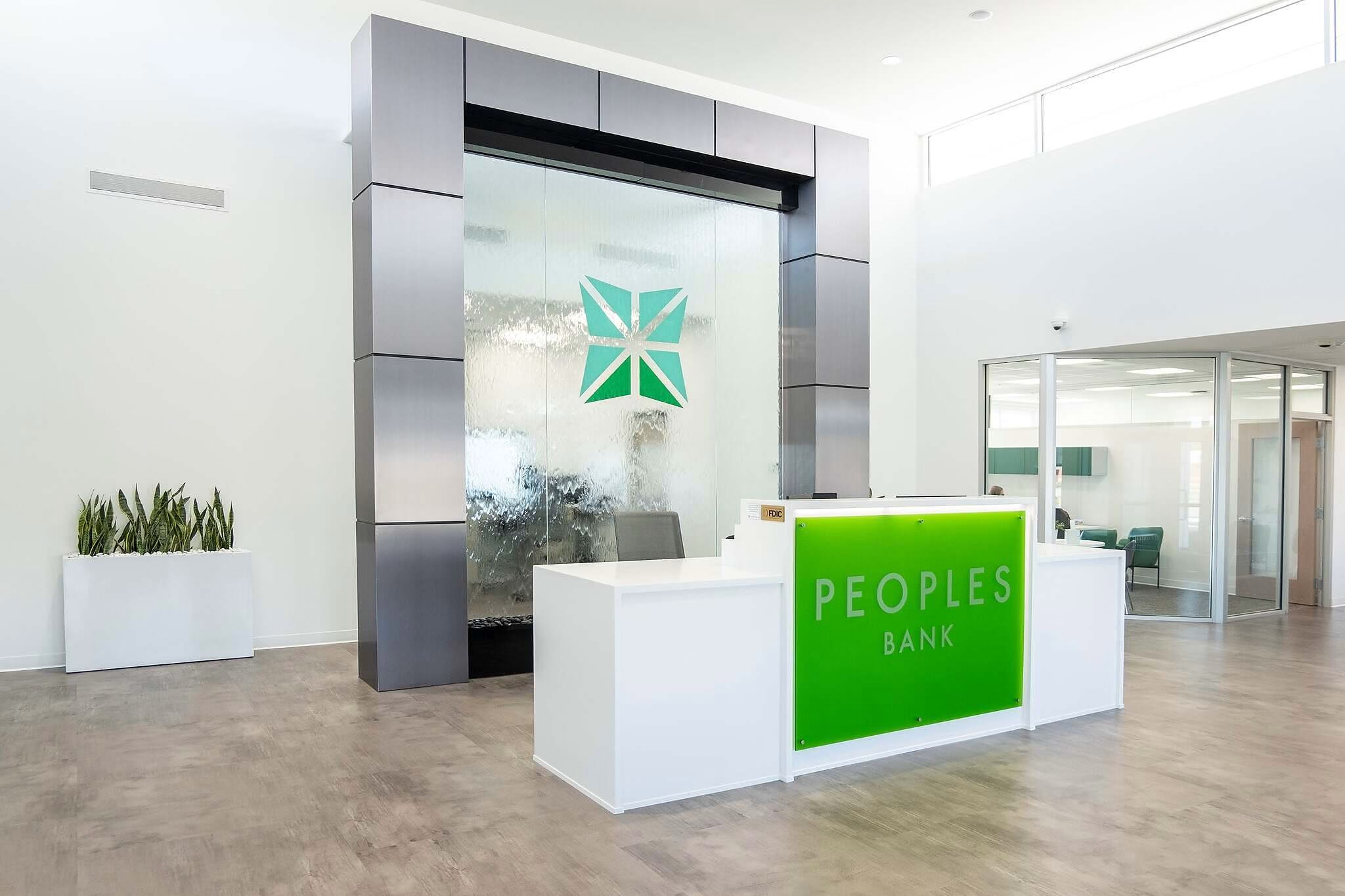
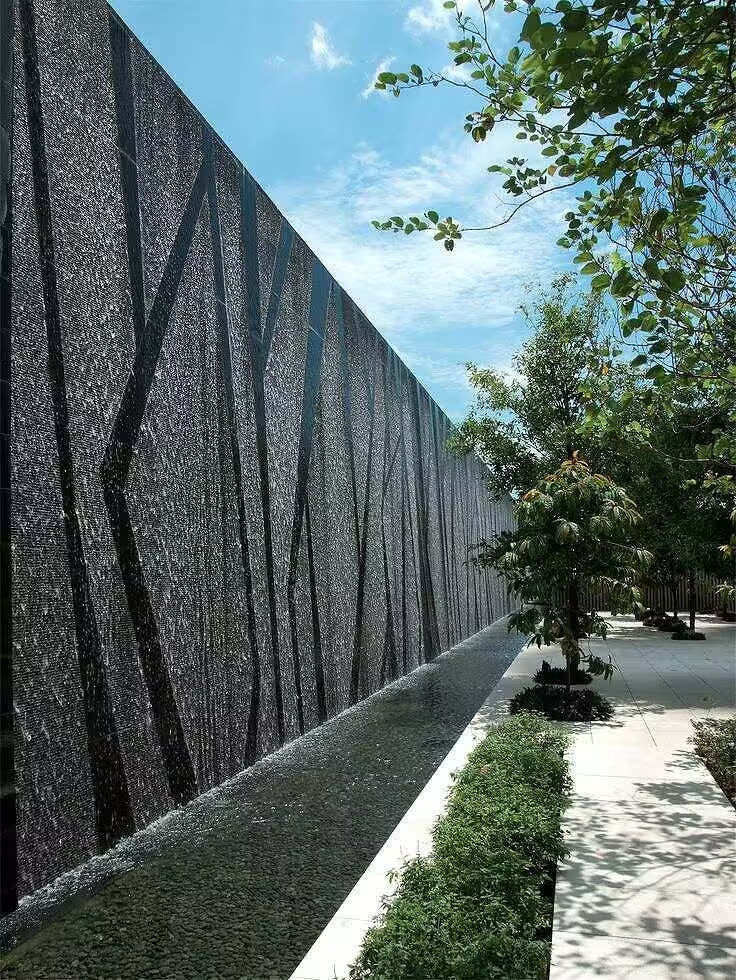
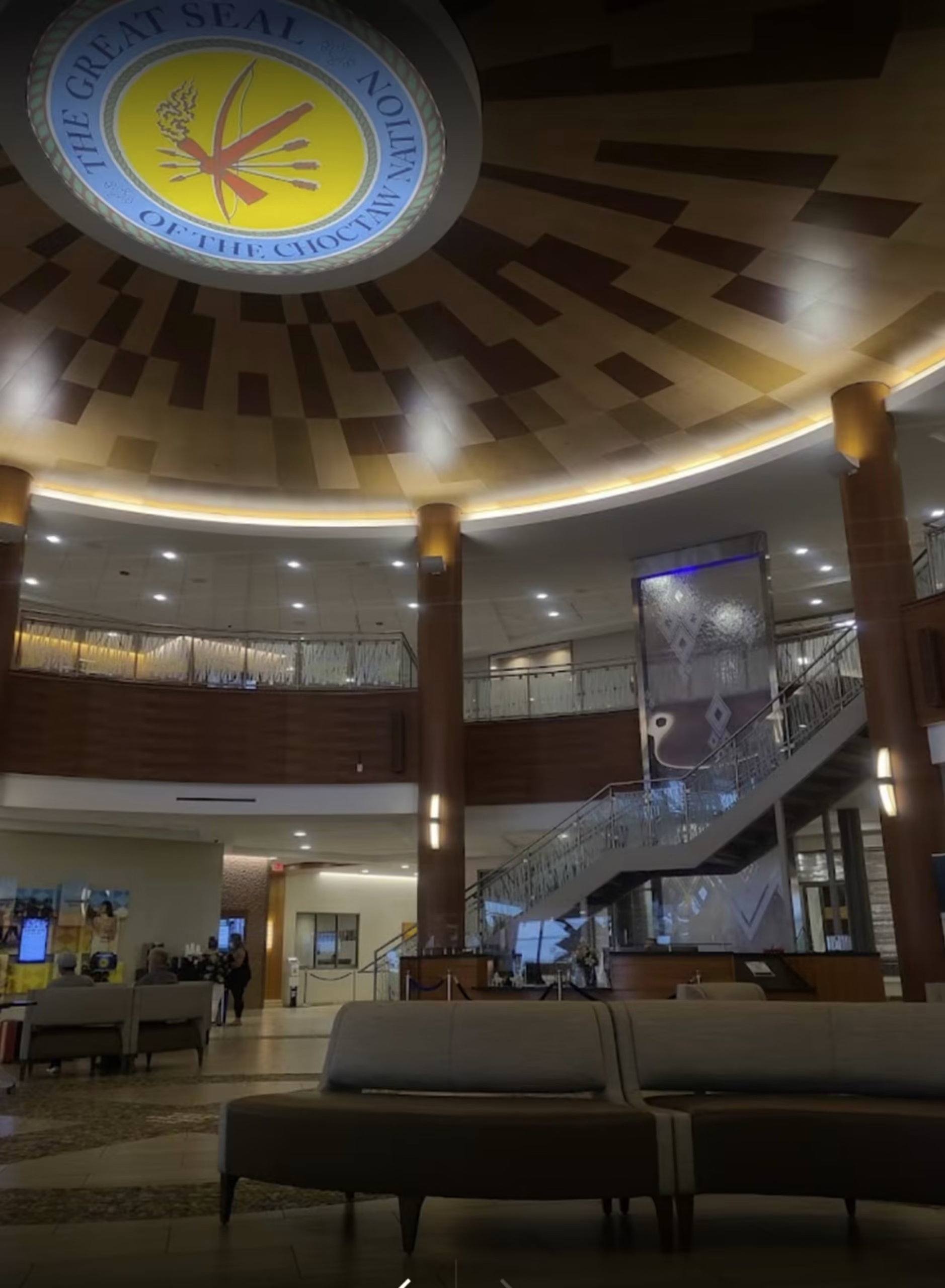
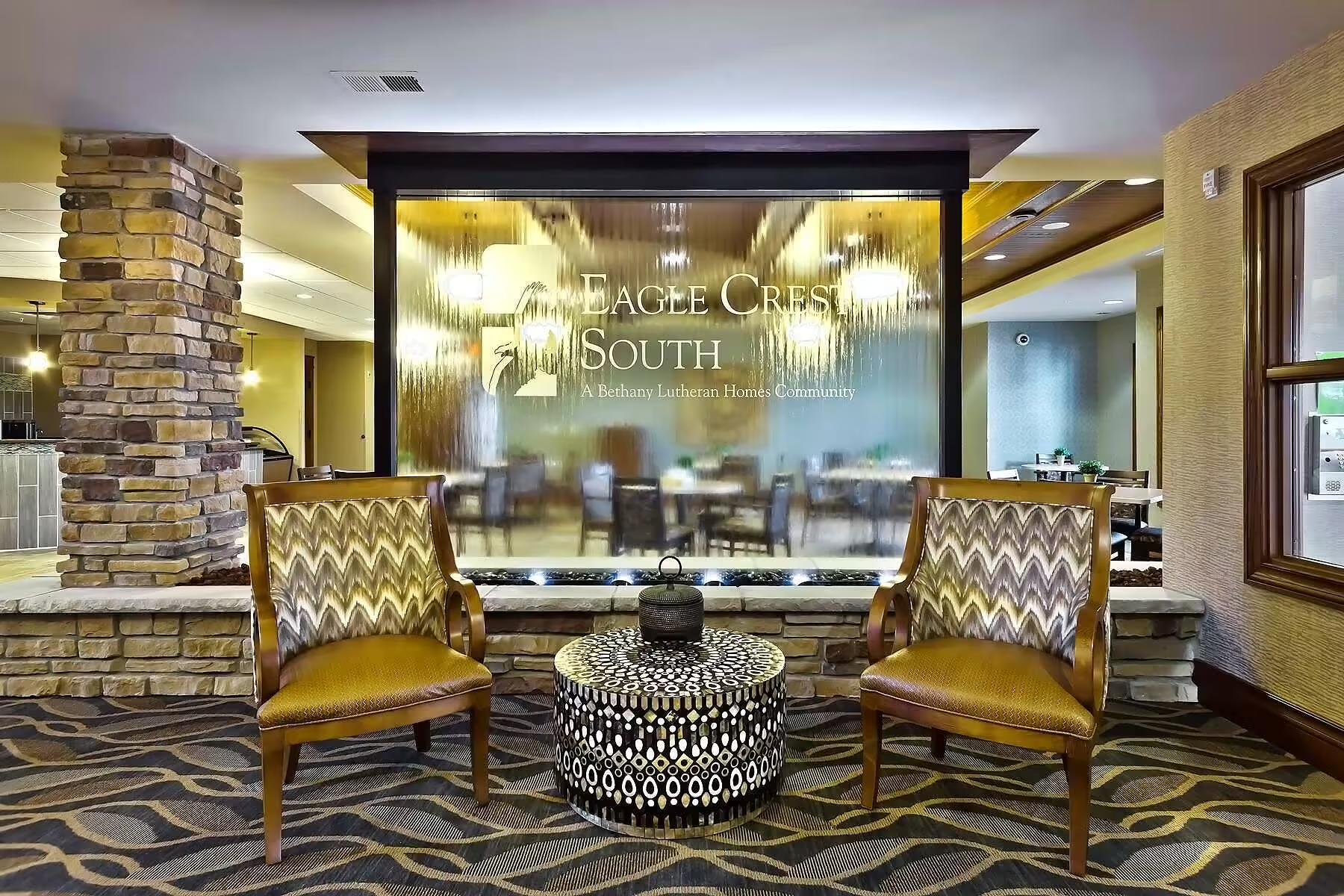
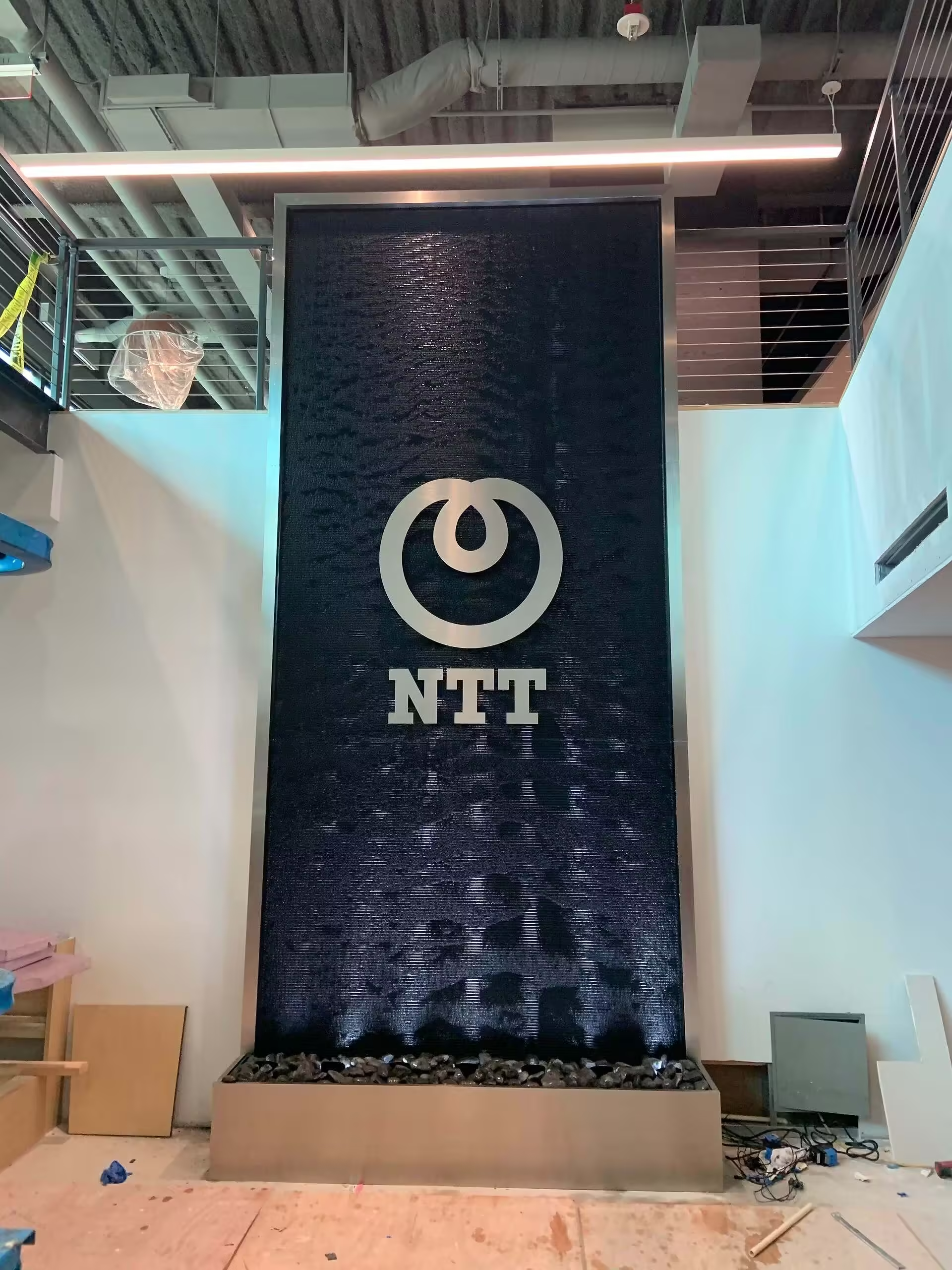
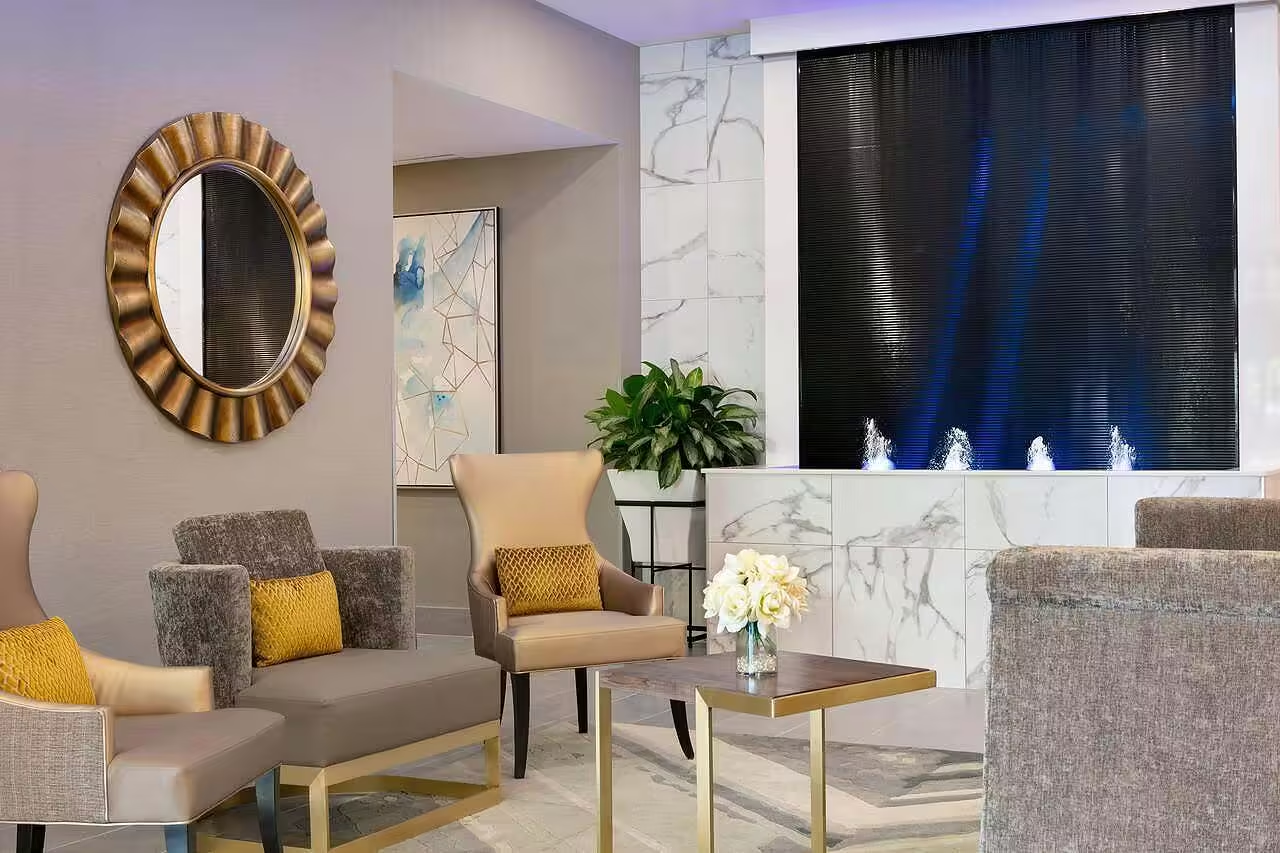
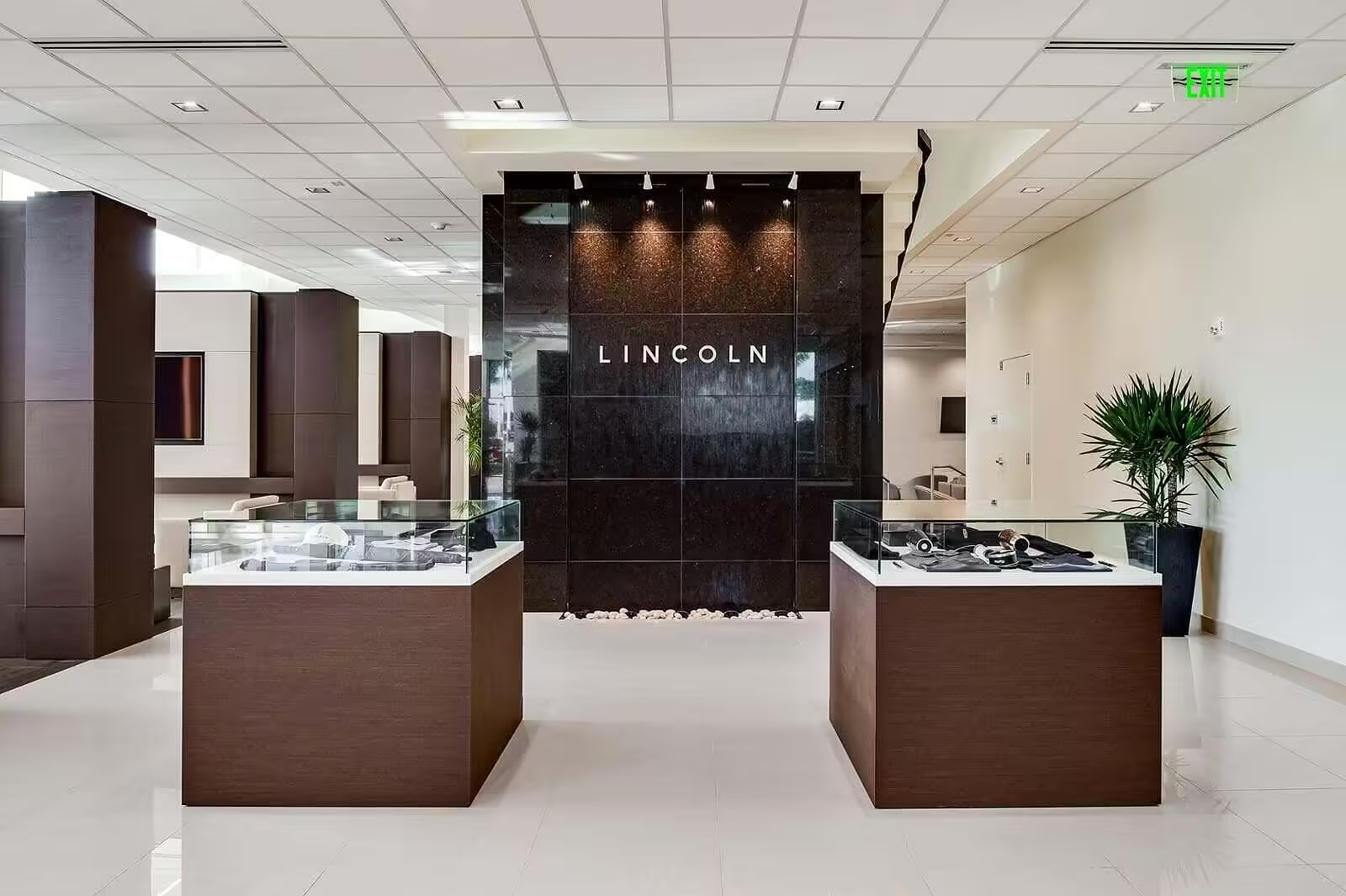
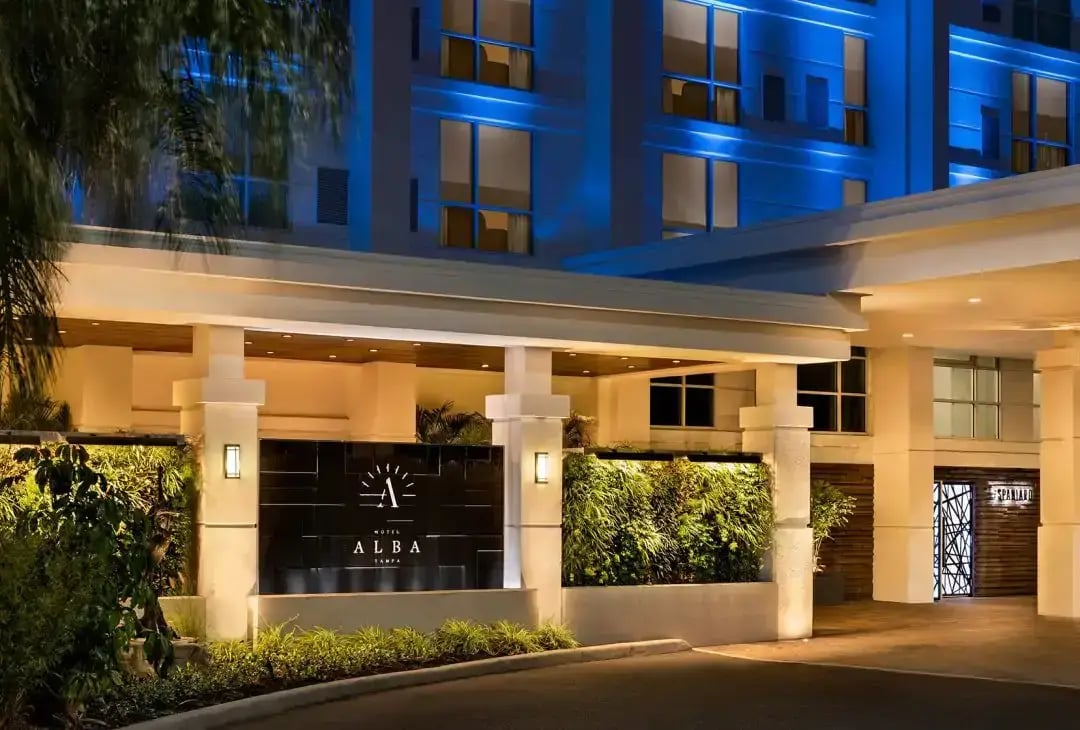
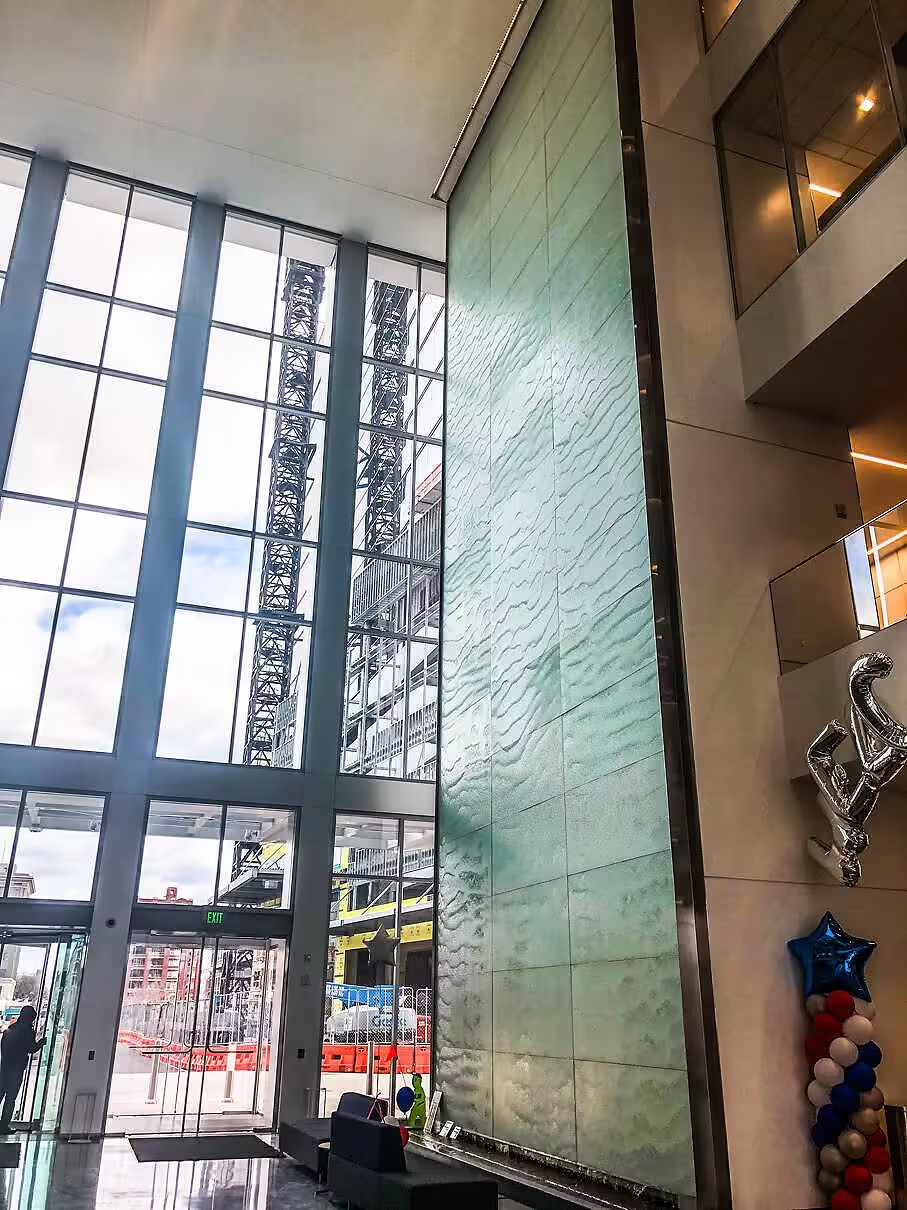
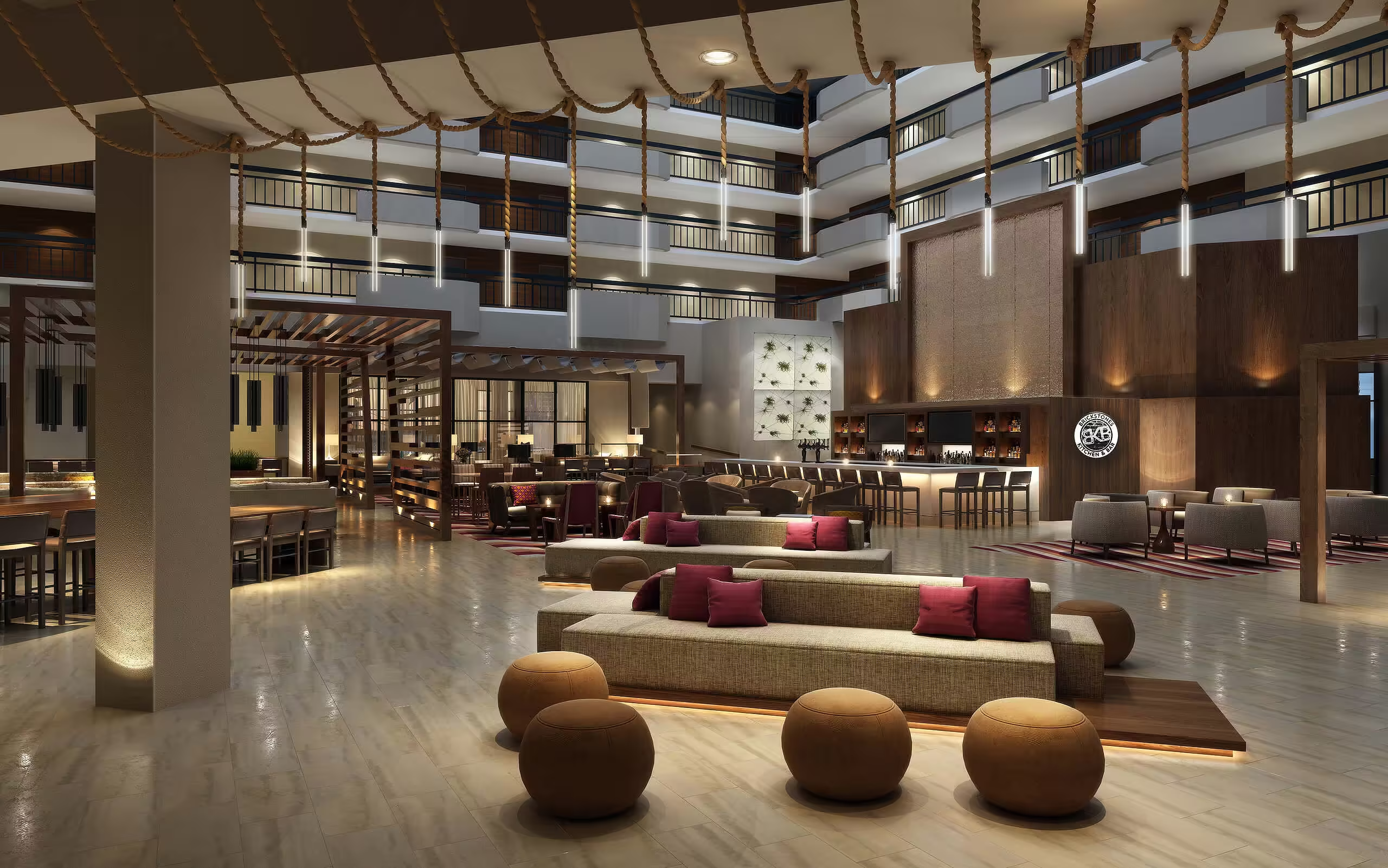

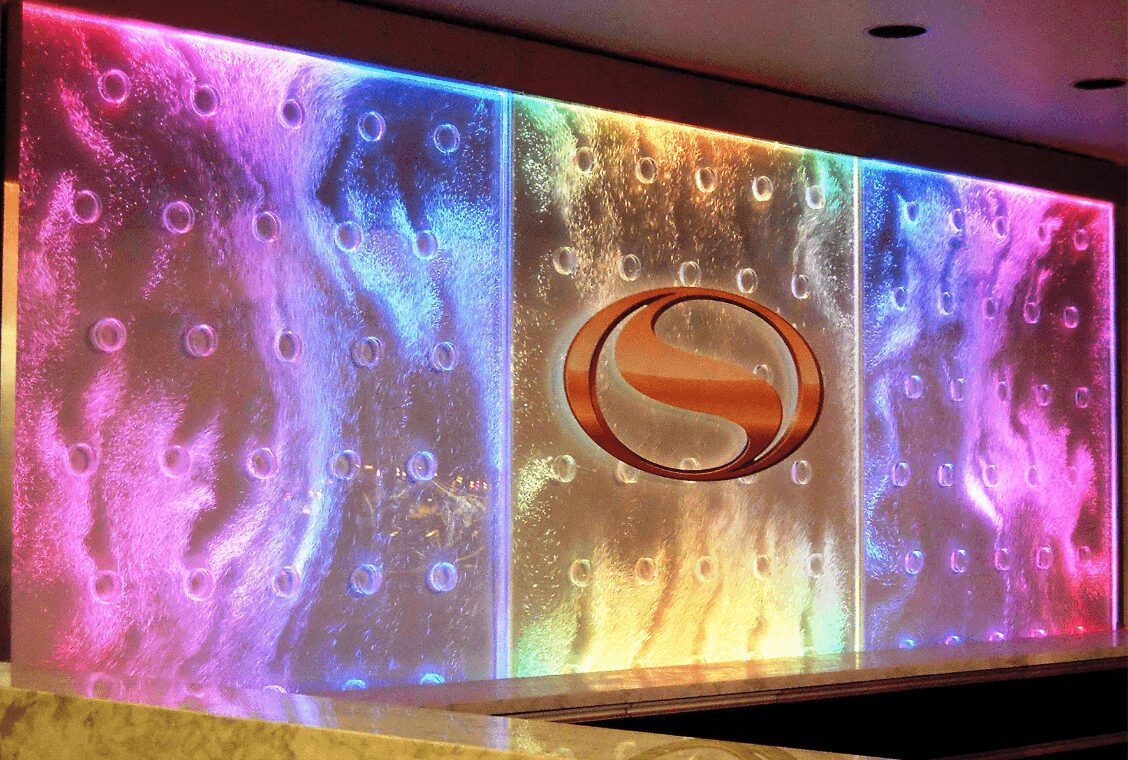
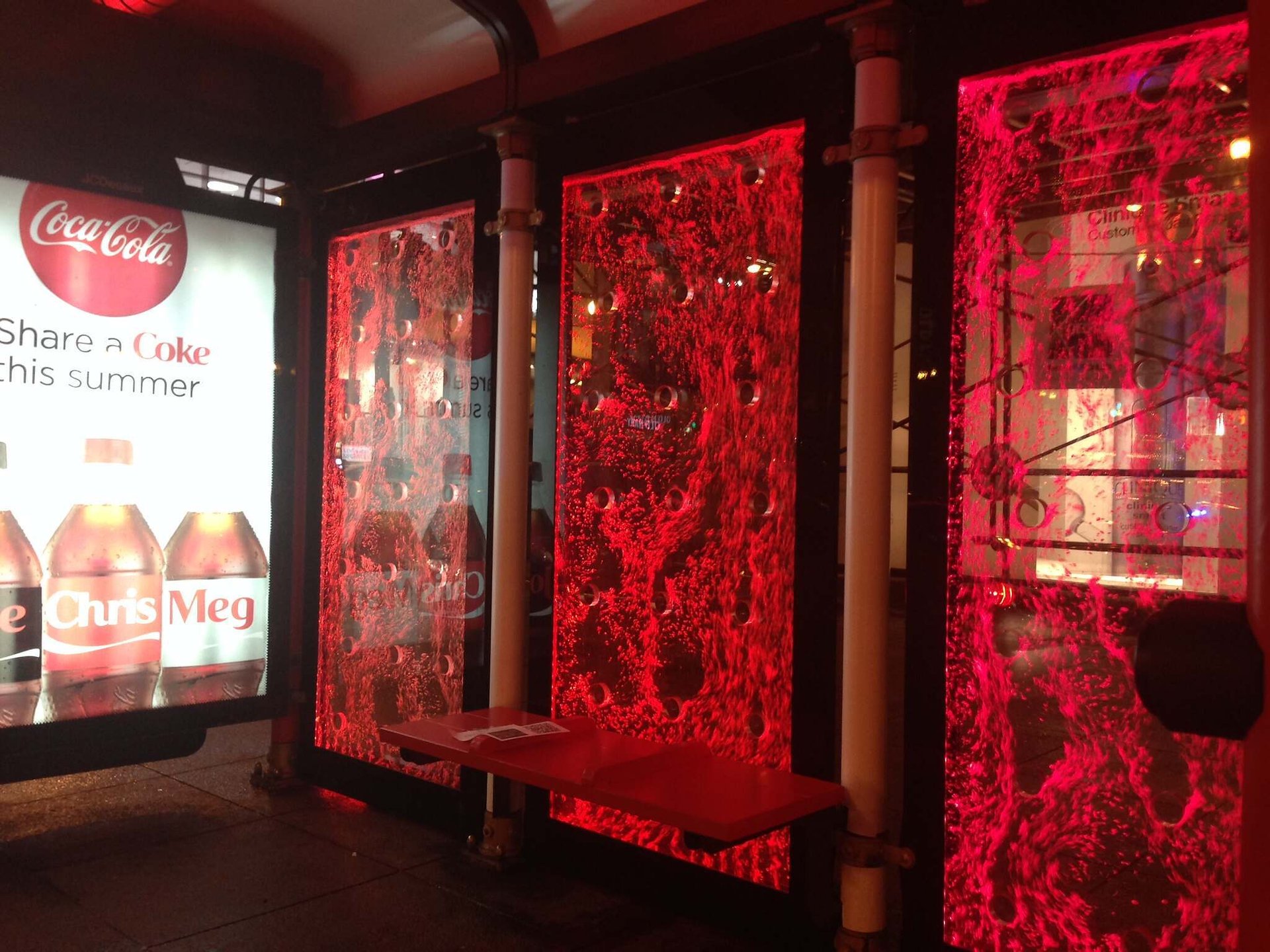
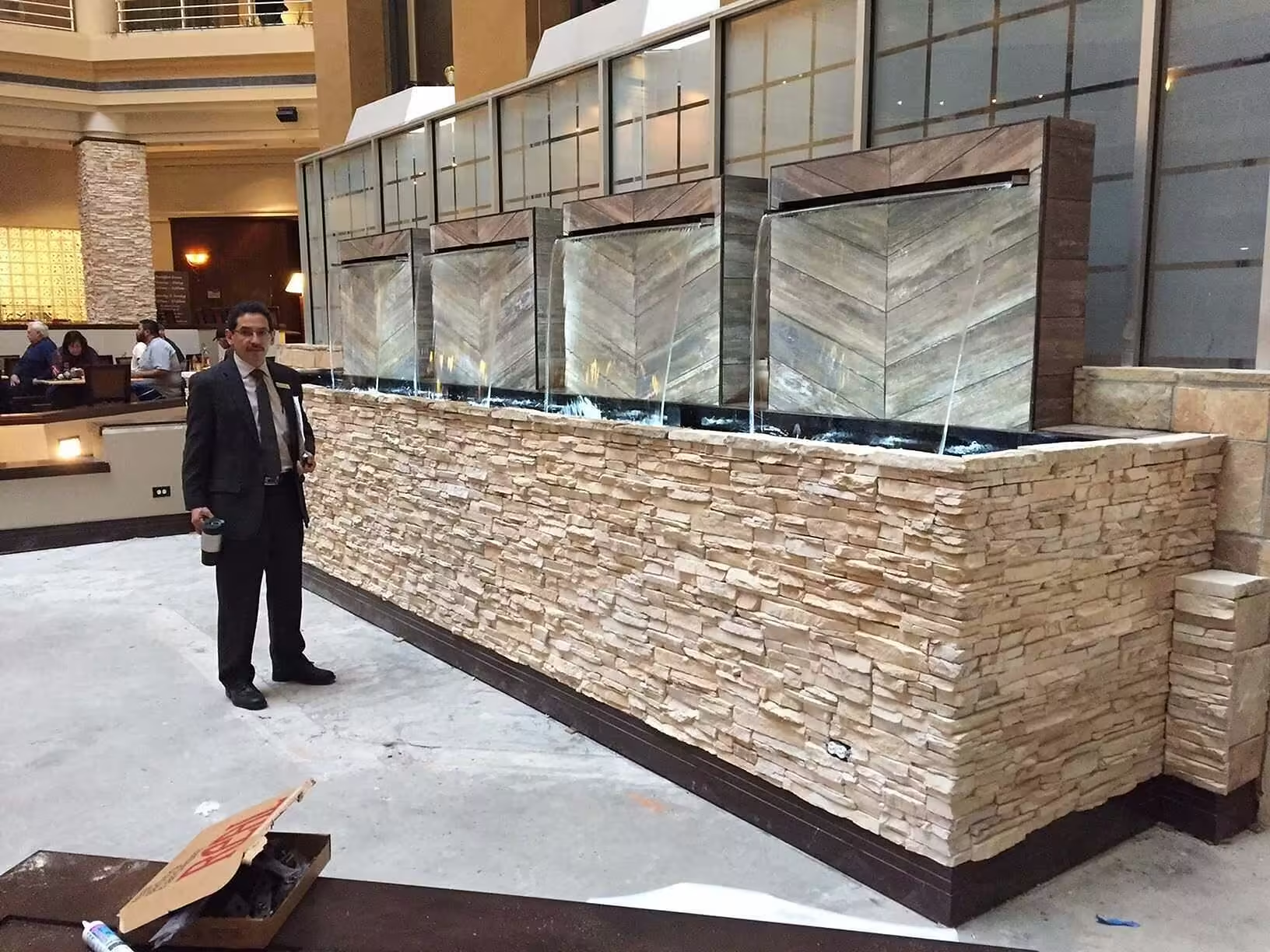
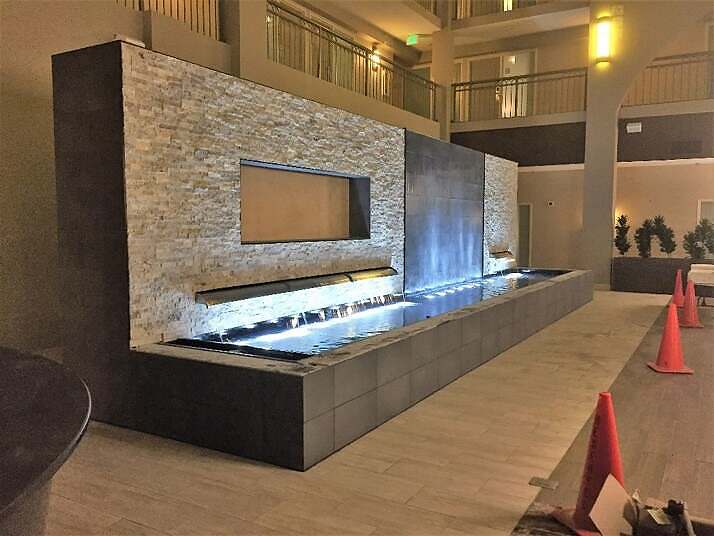
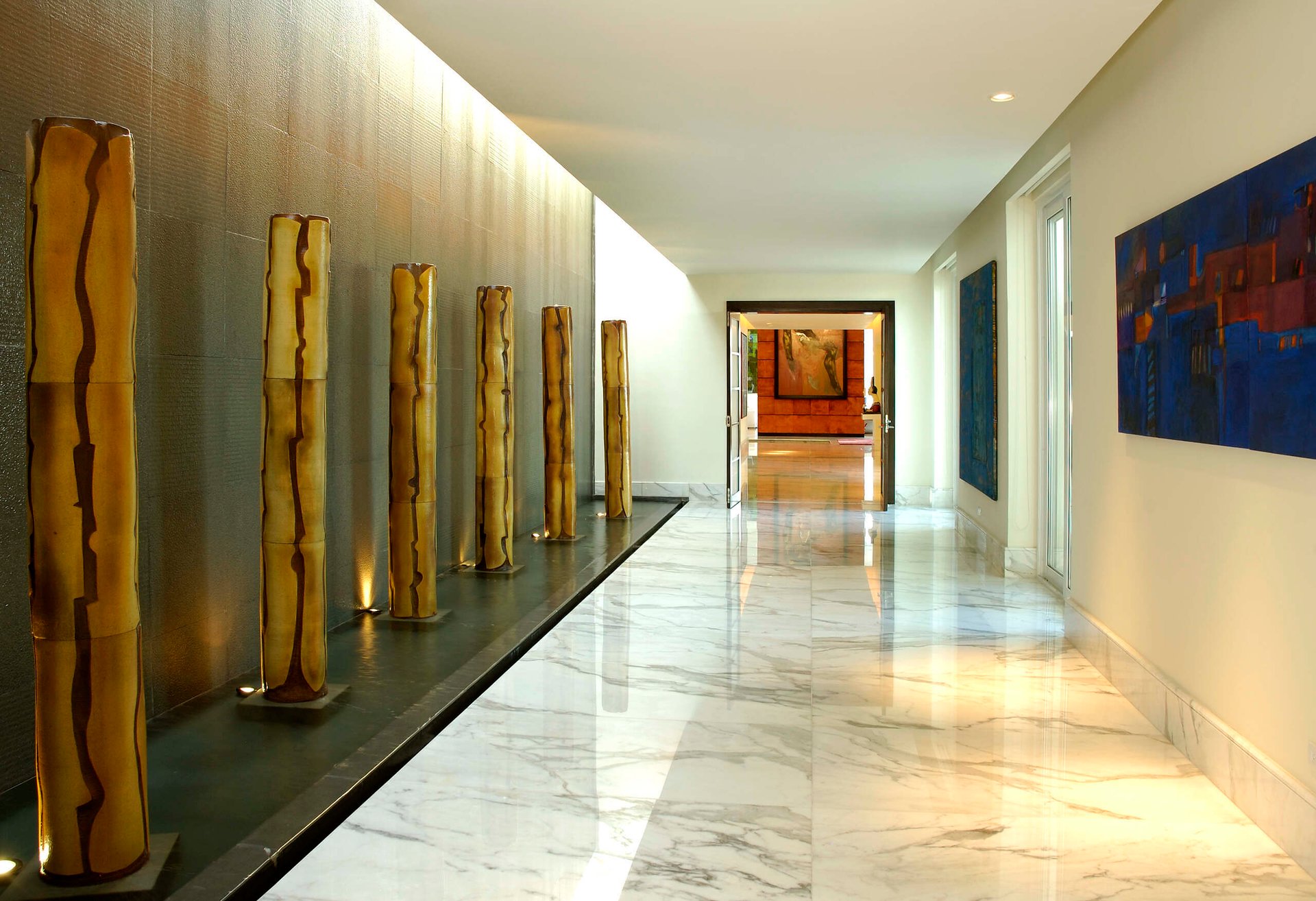
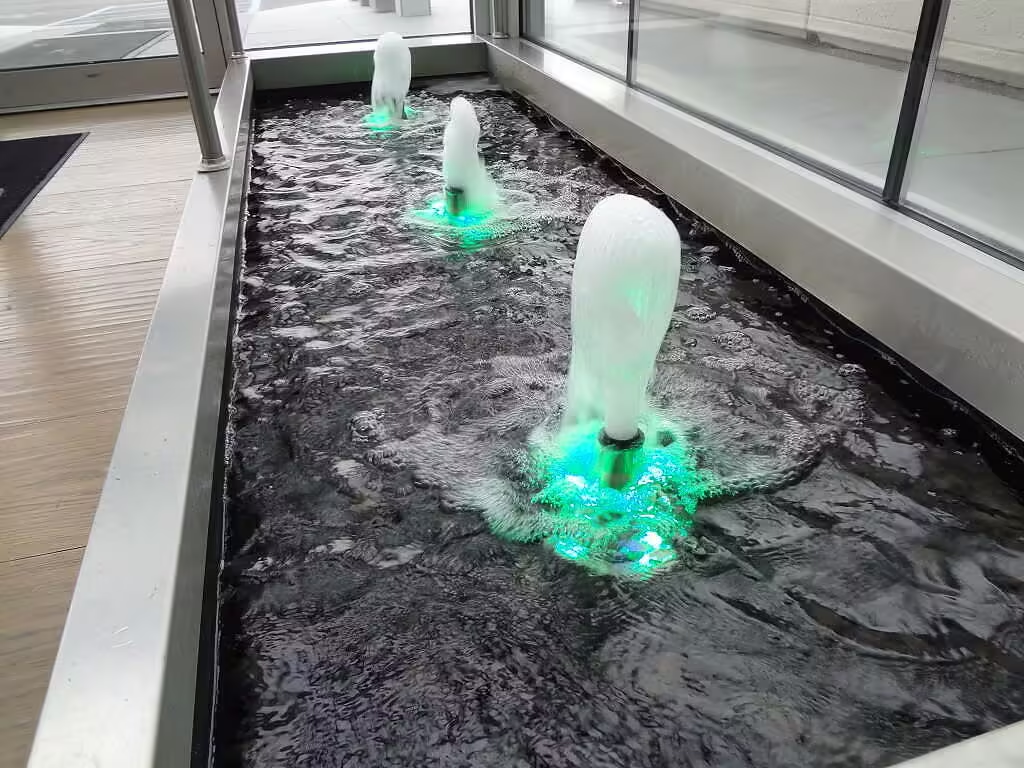
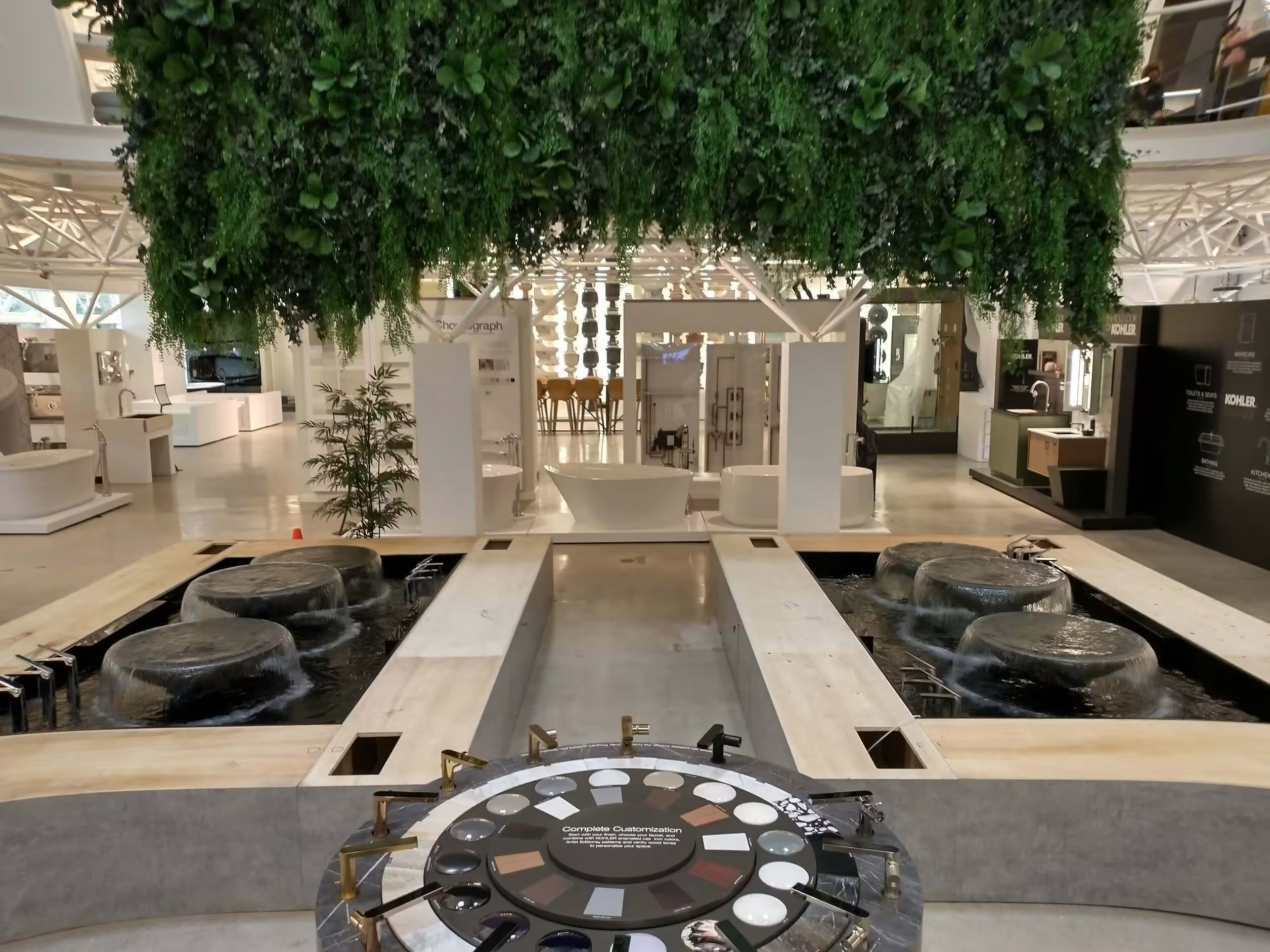
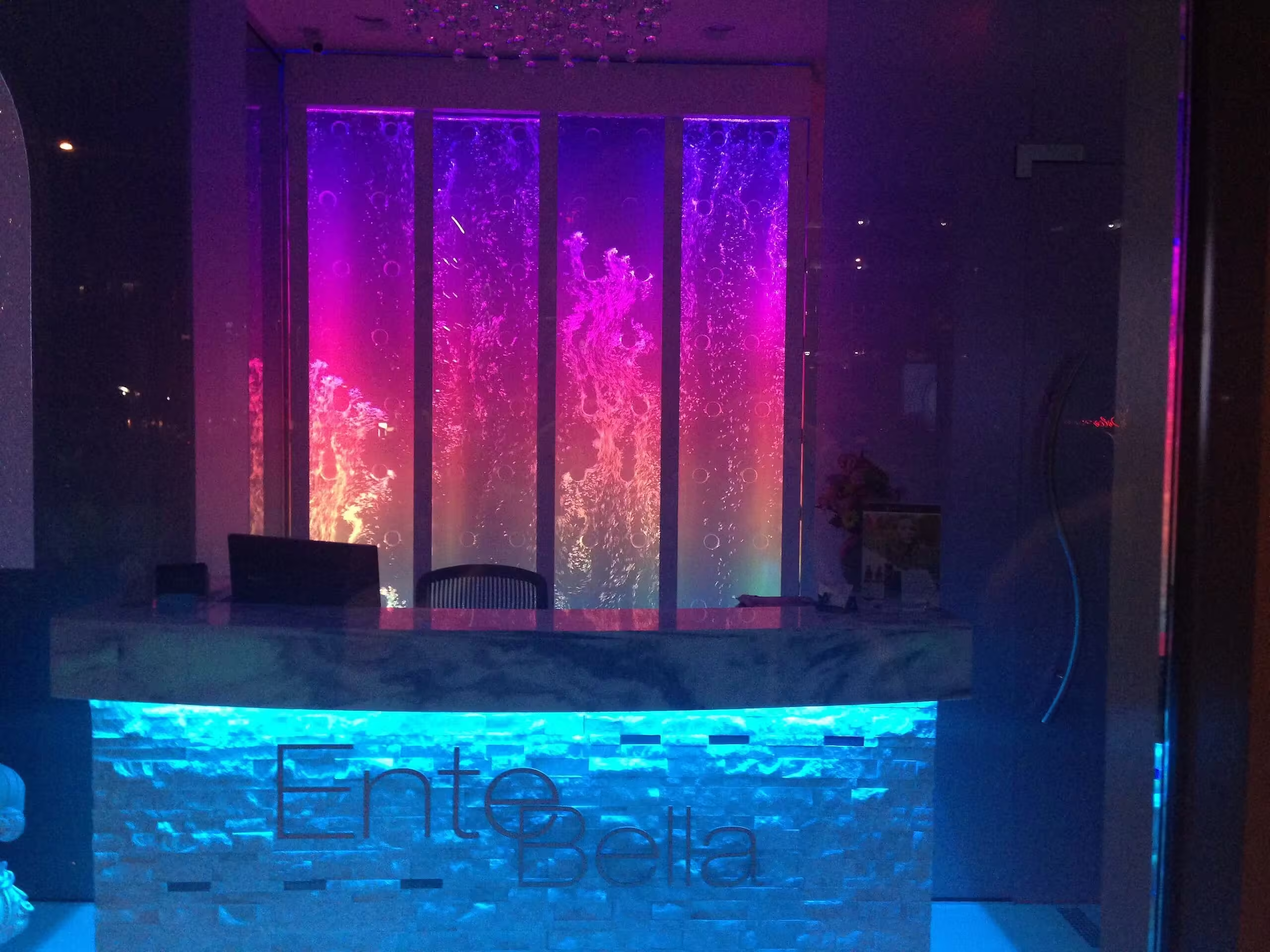
![Rod Style Bubble Wall Swirley for Bounce Empire in Denver, Colorado[84] Rod Style Bubble Wall Swirley for Bounce Empire in Denver, Colorado[84]](https://cfw51.rabbitloader.xyz/eyJjIjp0cnVlLCJoIjoid3d3Lm1pZHdlc3QtdHJvcGljYWwuY29tIiwidiI6MjExNTM2ODkwNCwiciI6MX0/wp-content/uploads/Rod-Style-Bubble-Wall-Swirley-for-Bounce-Empire-in-Denver-Colorado84-jpg.avif)
![Rod Style Bubble Wall Swirley for Bounce Empire in Denver, Colorado 2[2] Rod Style Bubble Wall Swirley for Bounce Empire in Denver, Colorado 2[2]](https://cfw51.rabbitloader.xyz/eyJjIjp0cnVlLCJoIjoid3d3Lm1pZHdlc3QtdHJvcGljYWwuY29tIiwidiI6MjExNTM2ODkwNCwiciI6MX0/wp-content/uploads/Rod-Style-Bubble-Wall-Swirley-for-Bounce-Empire-in-Denver-Colorado-22-jpg.avif)
